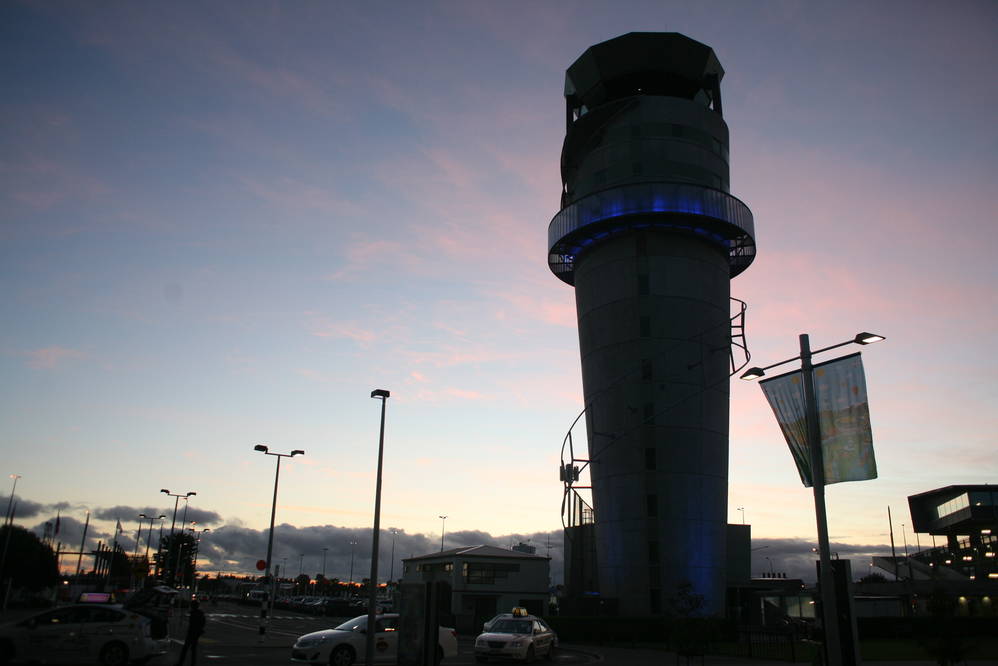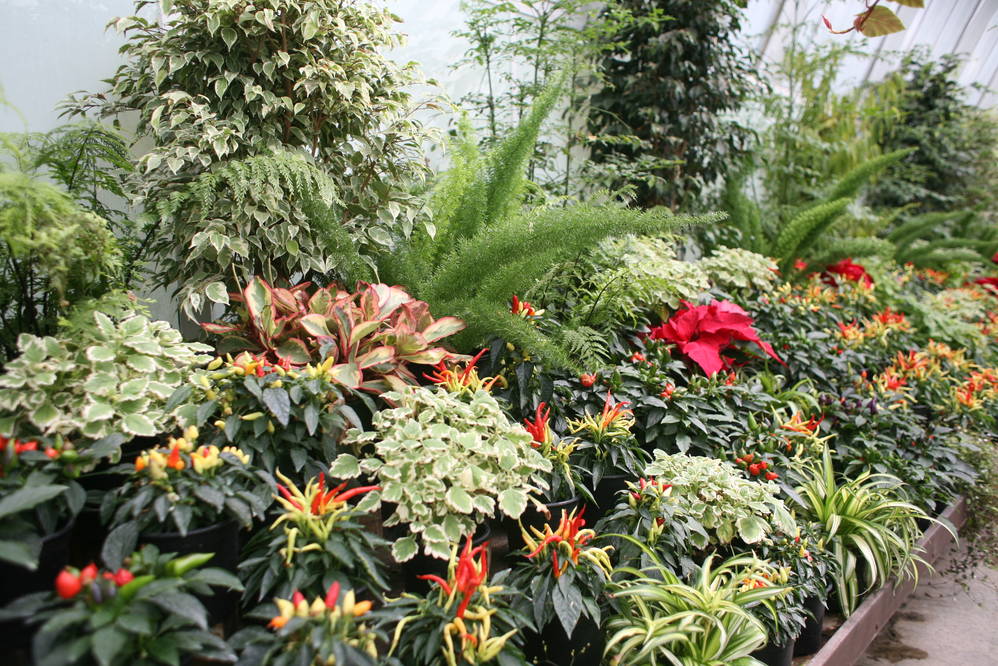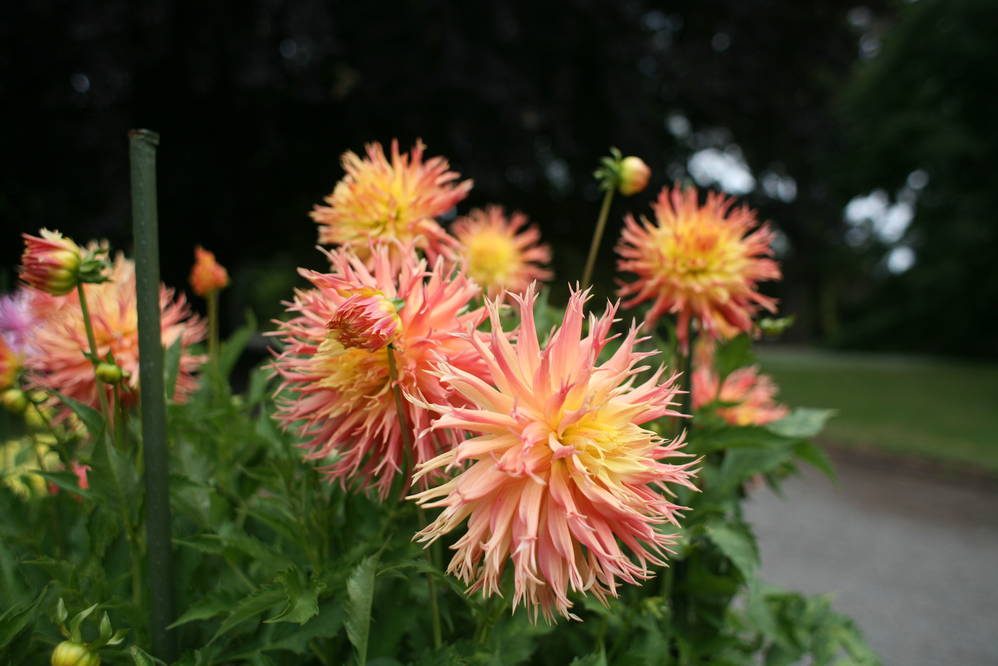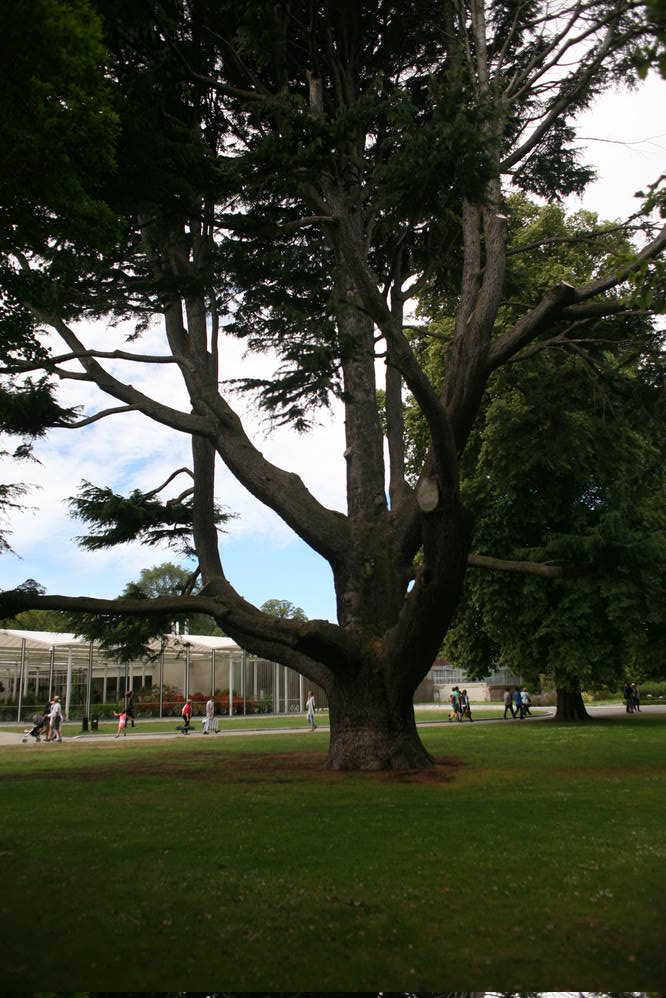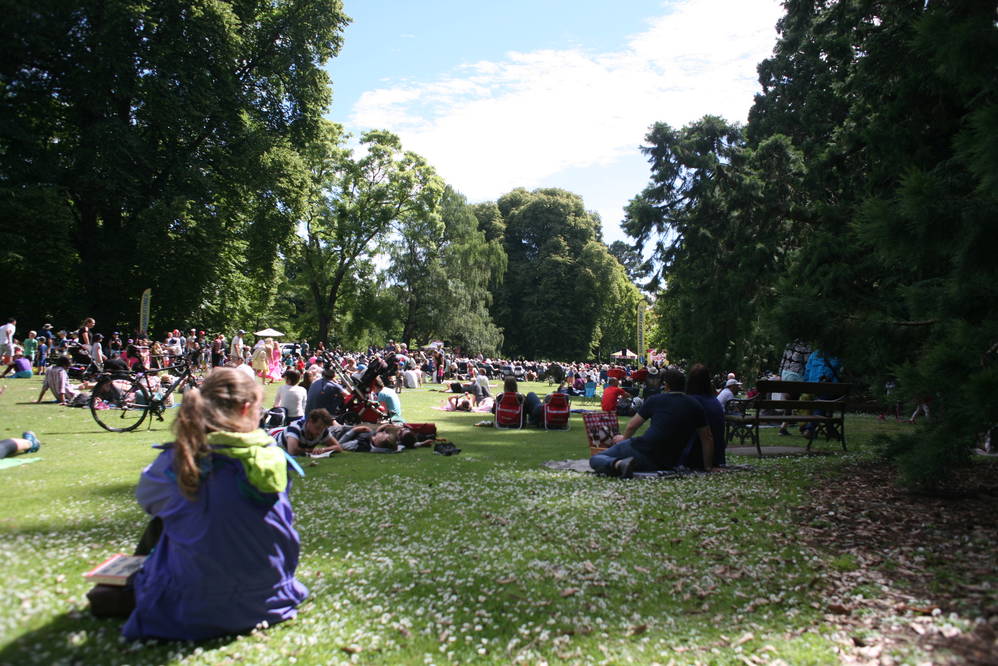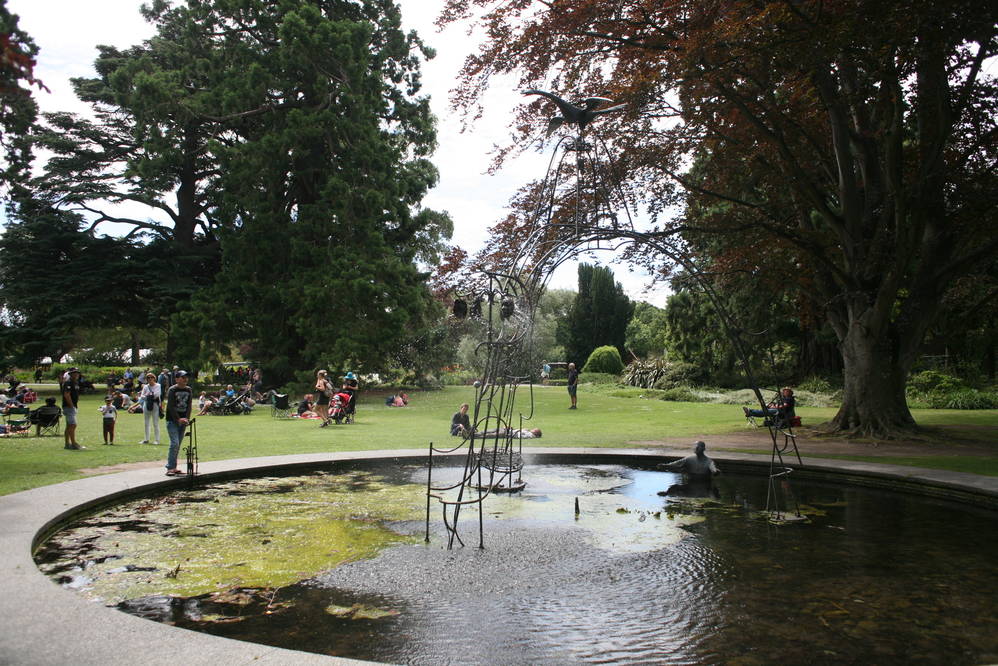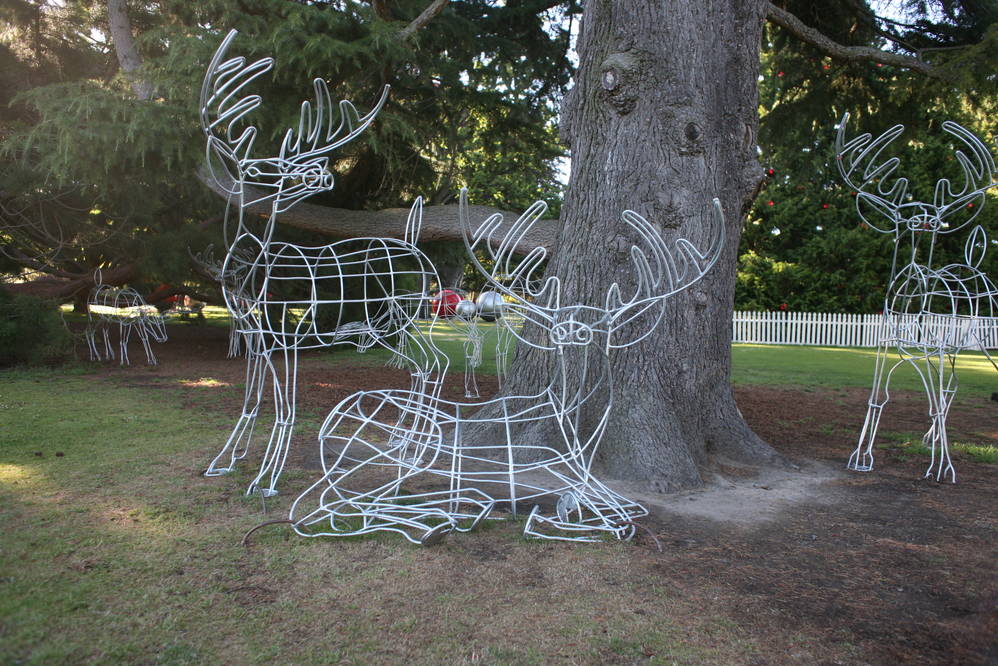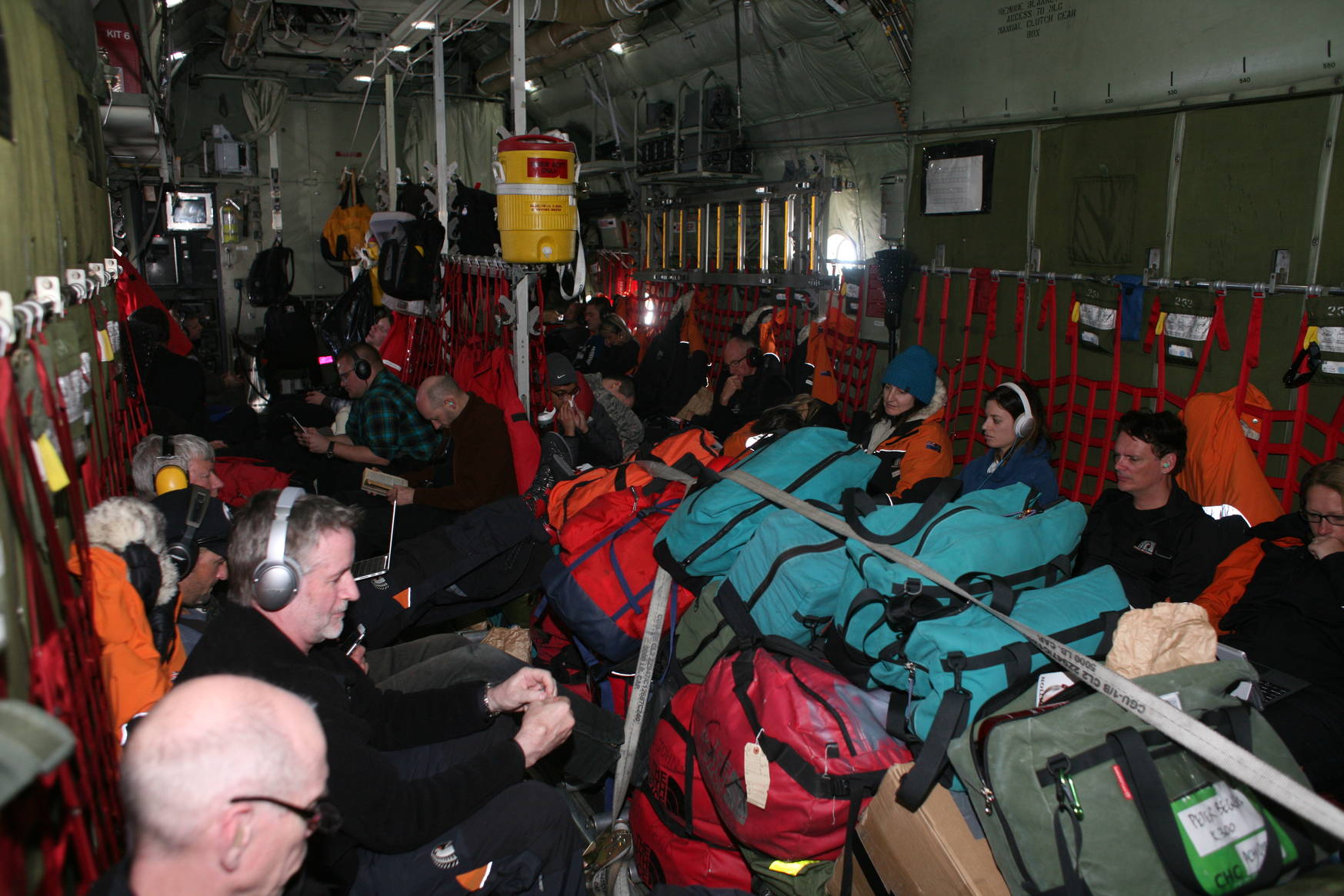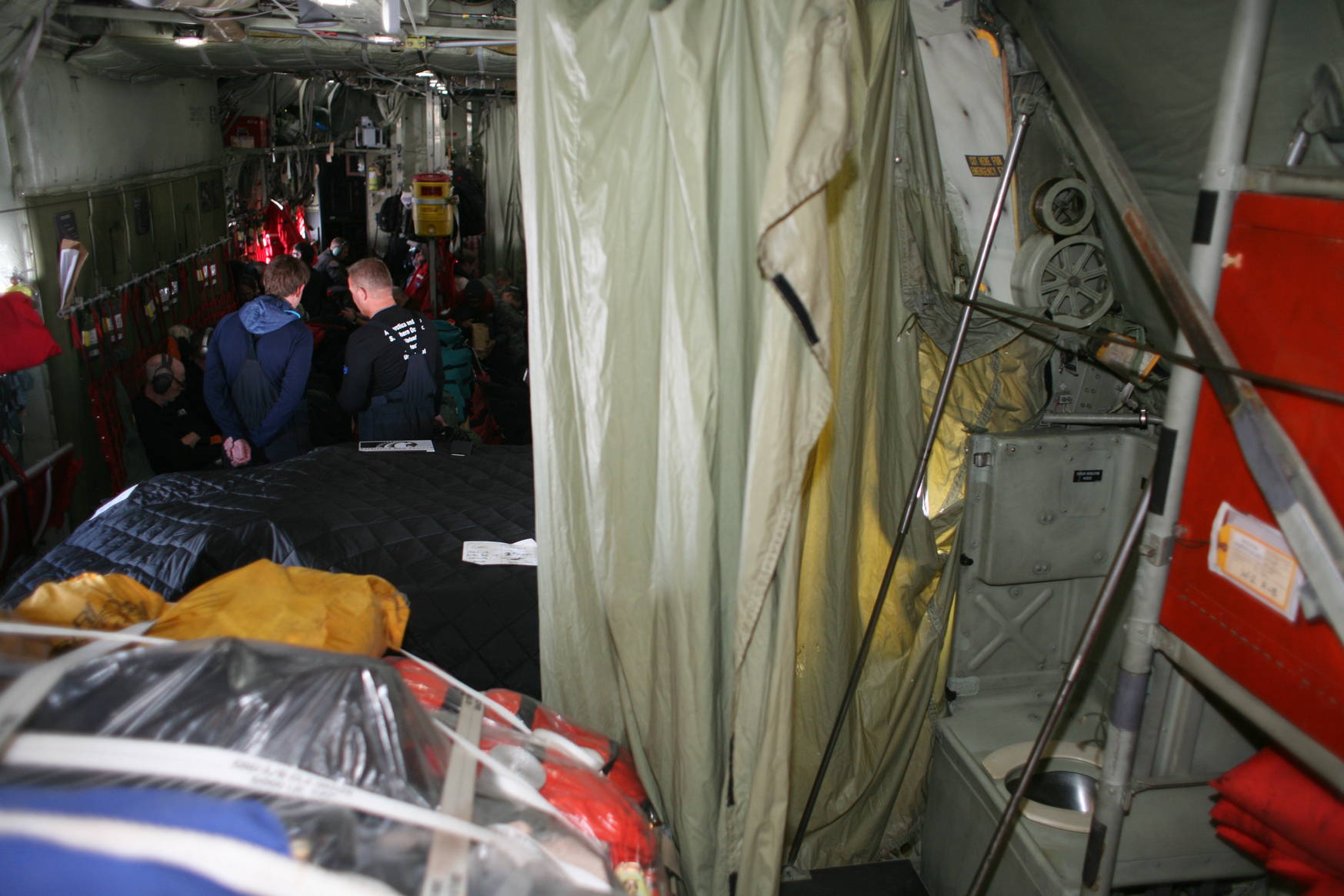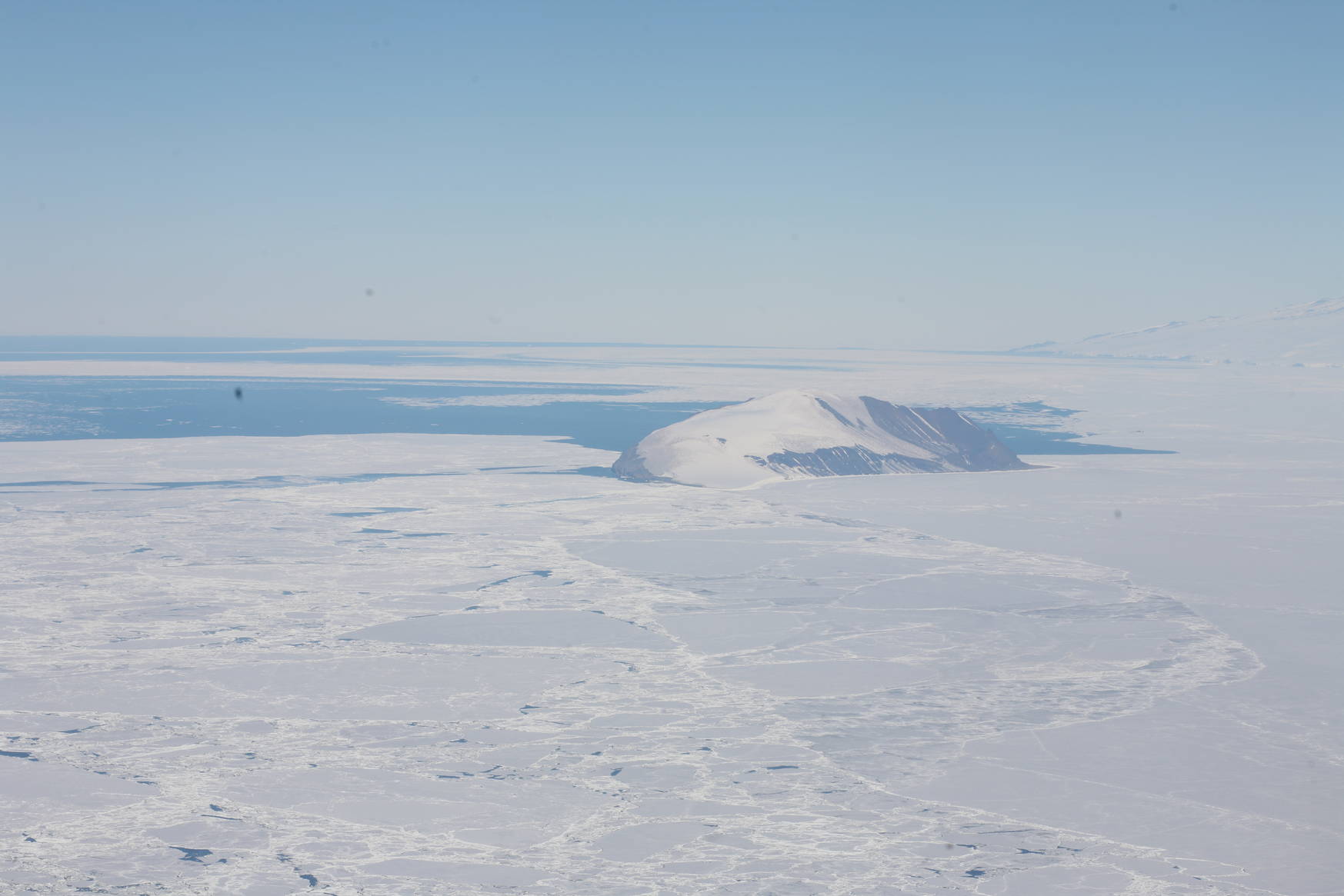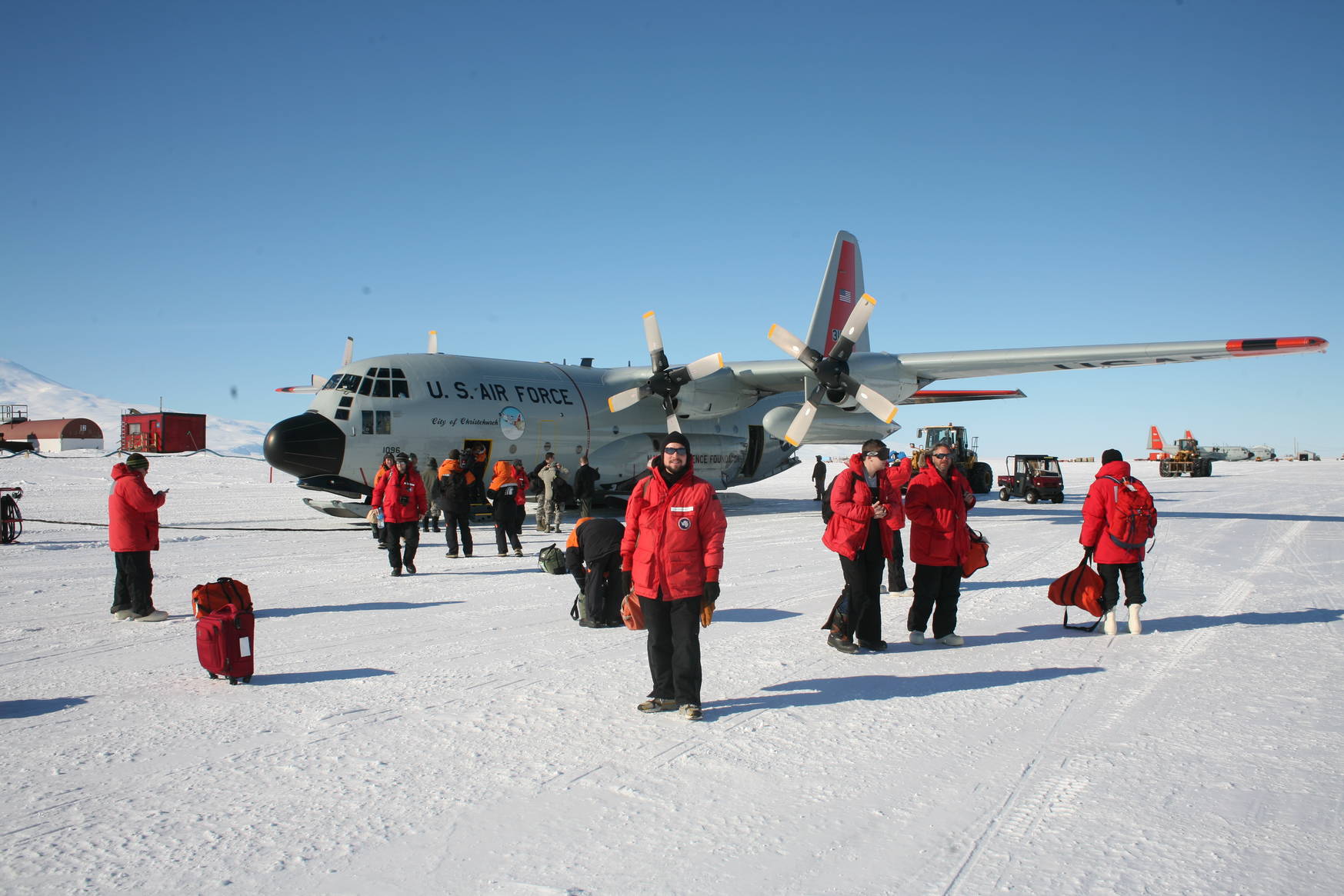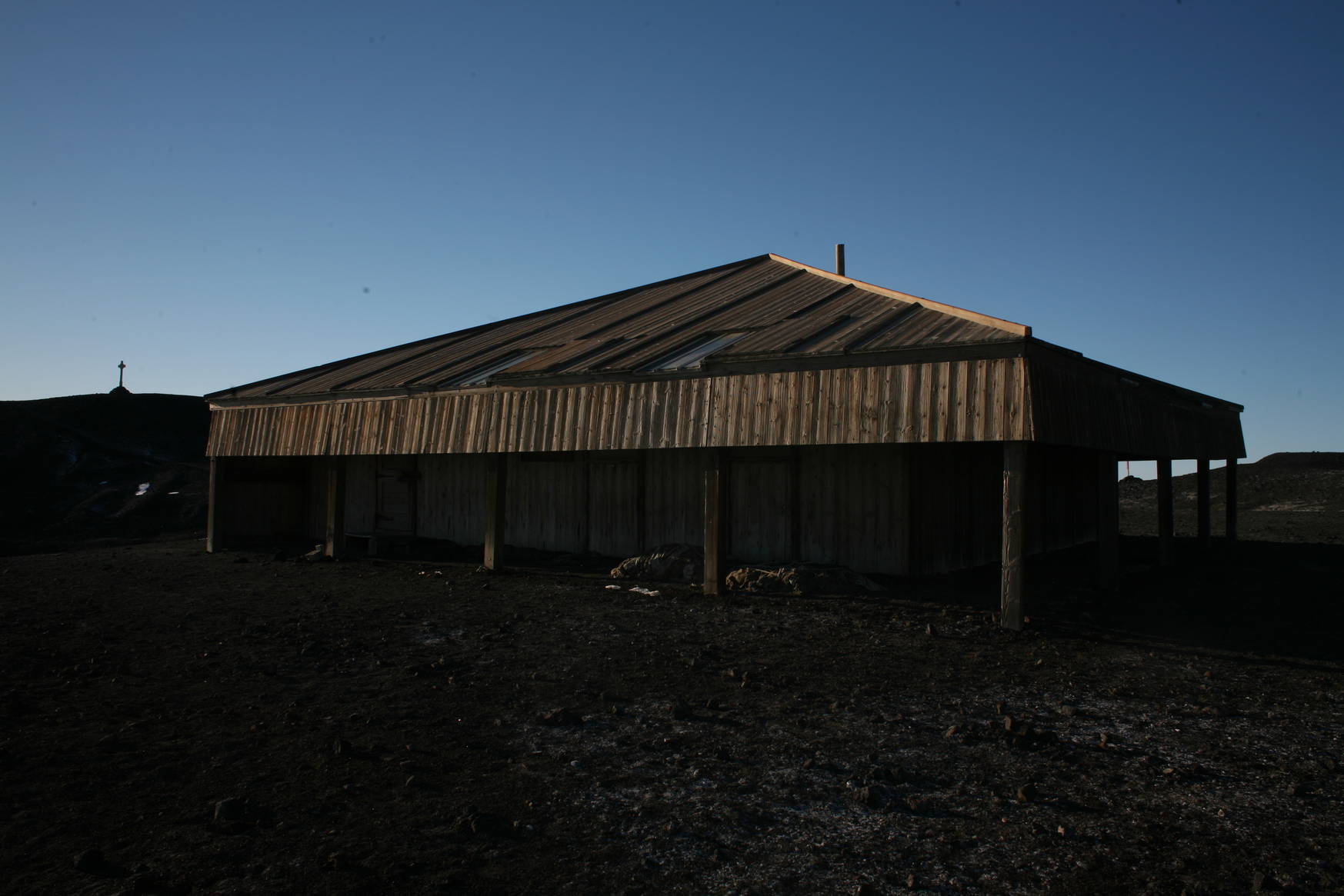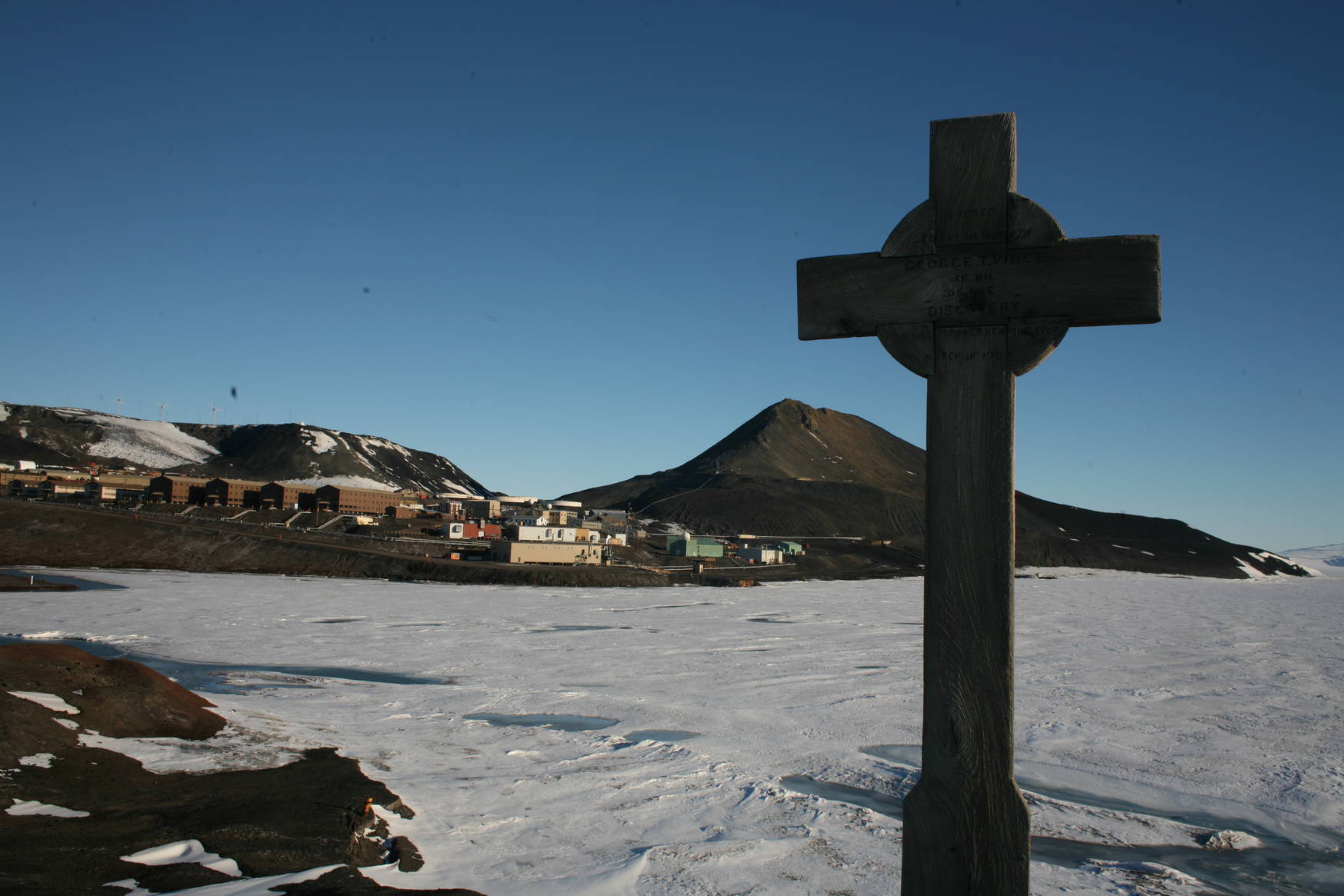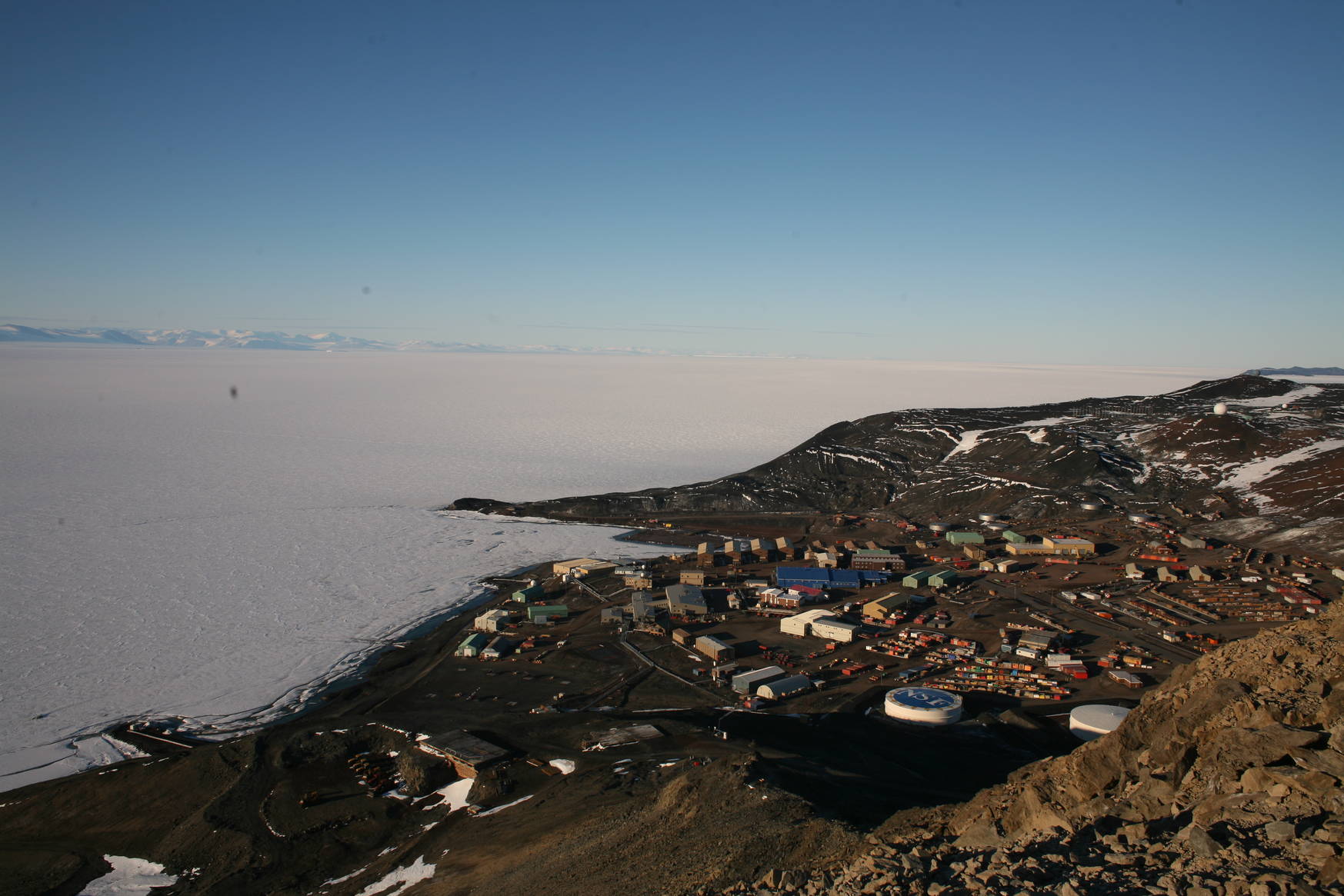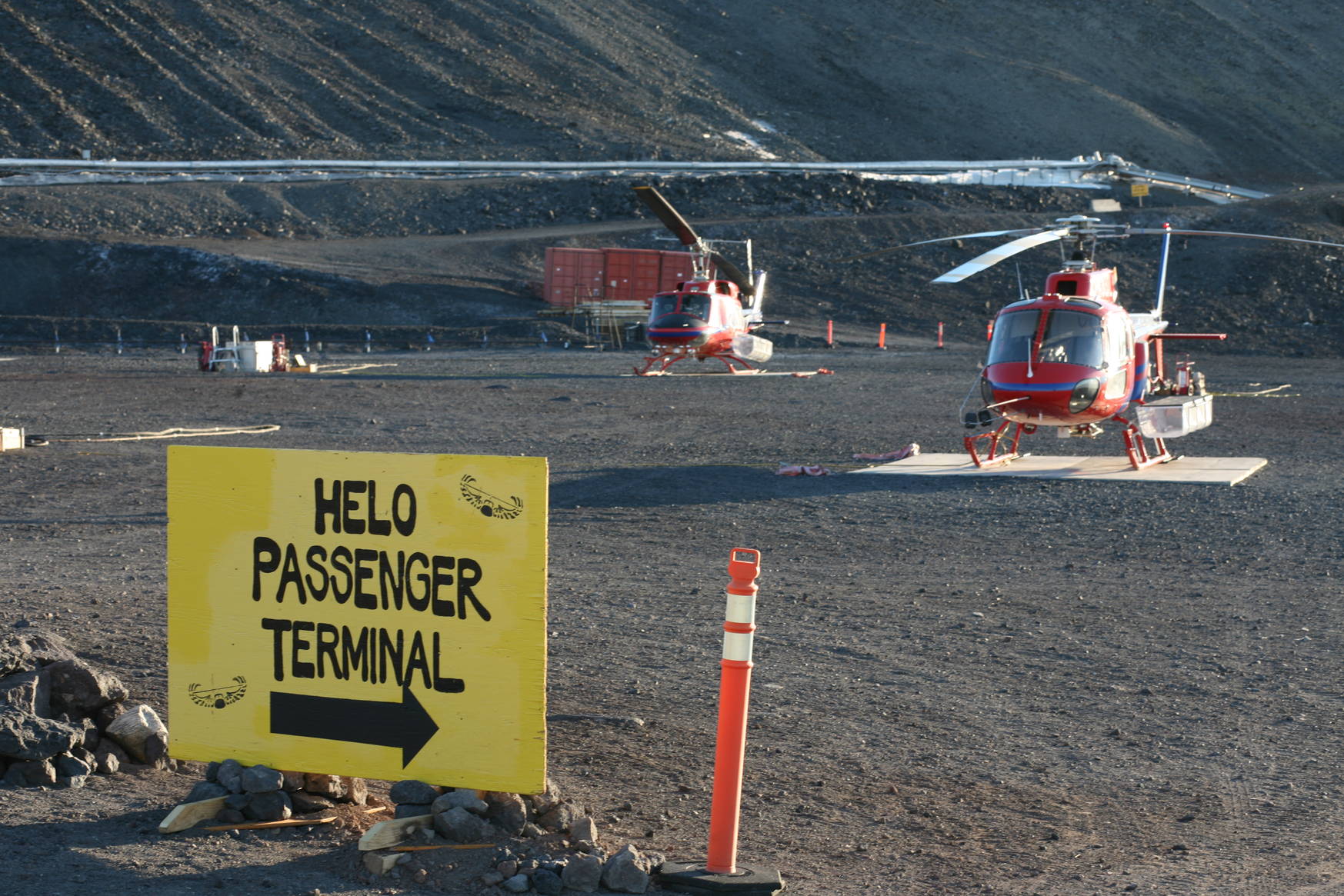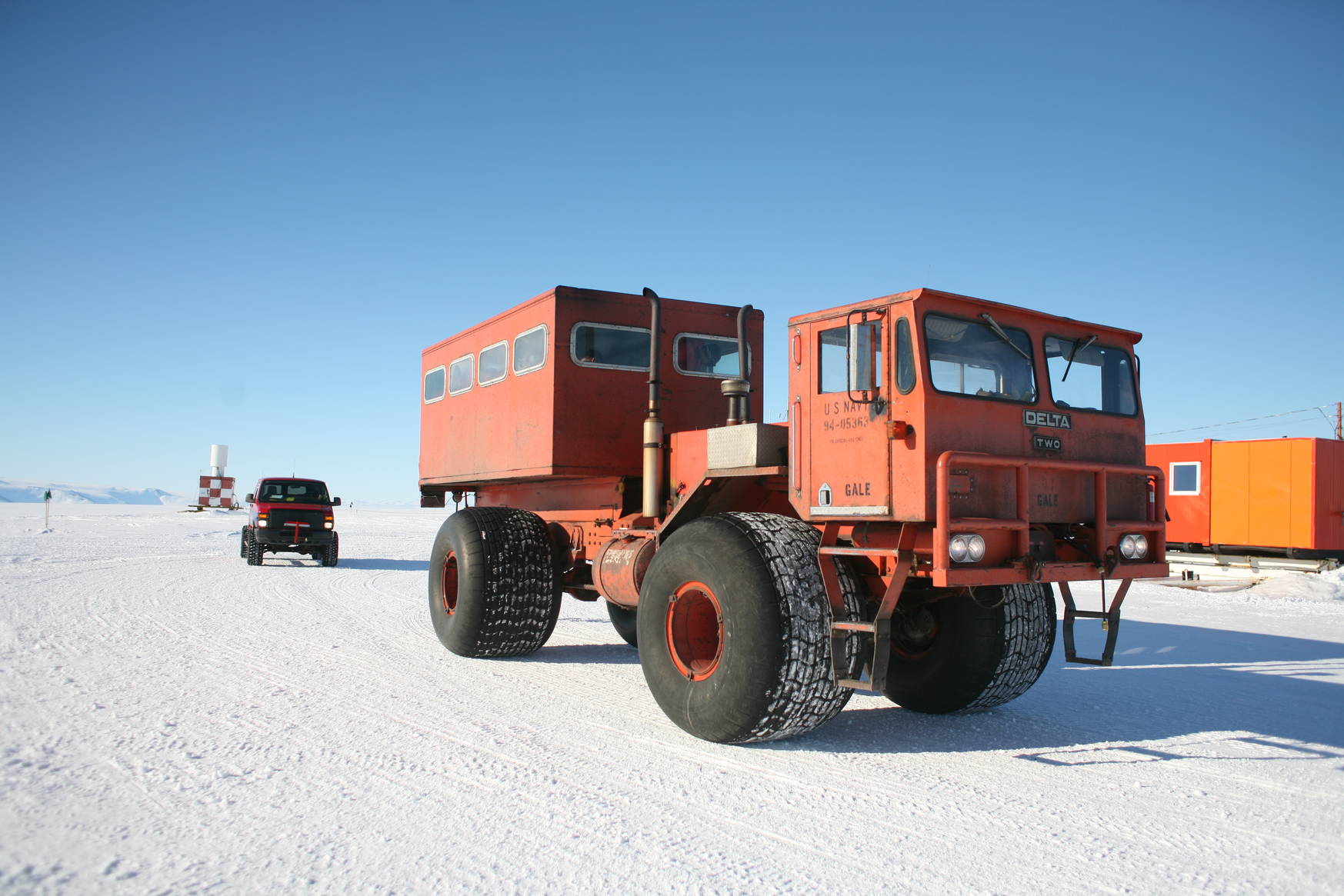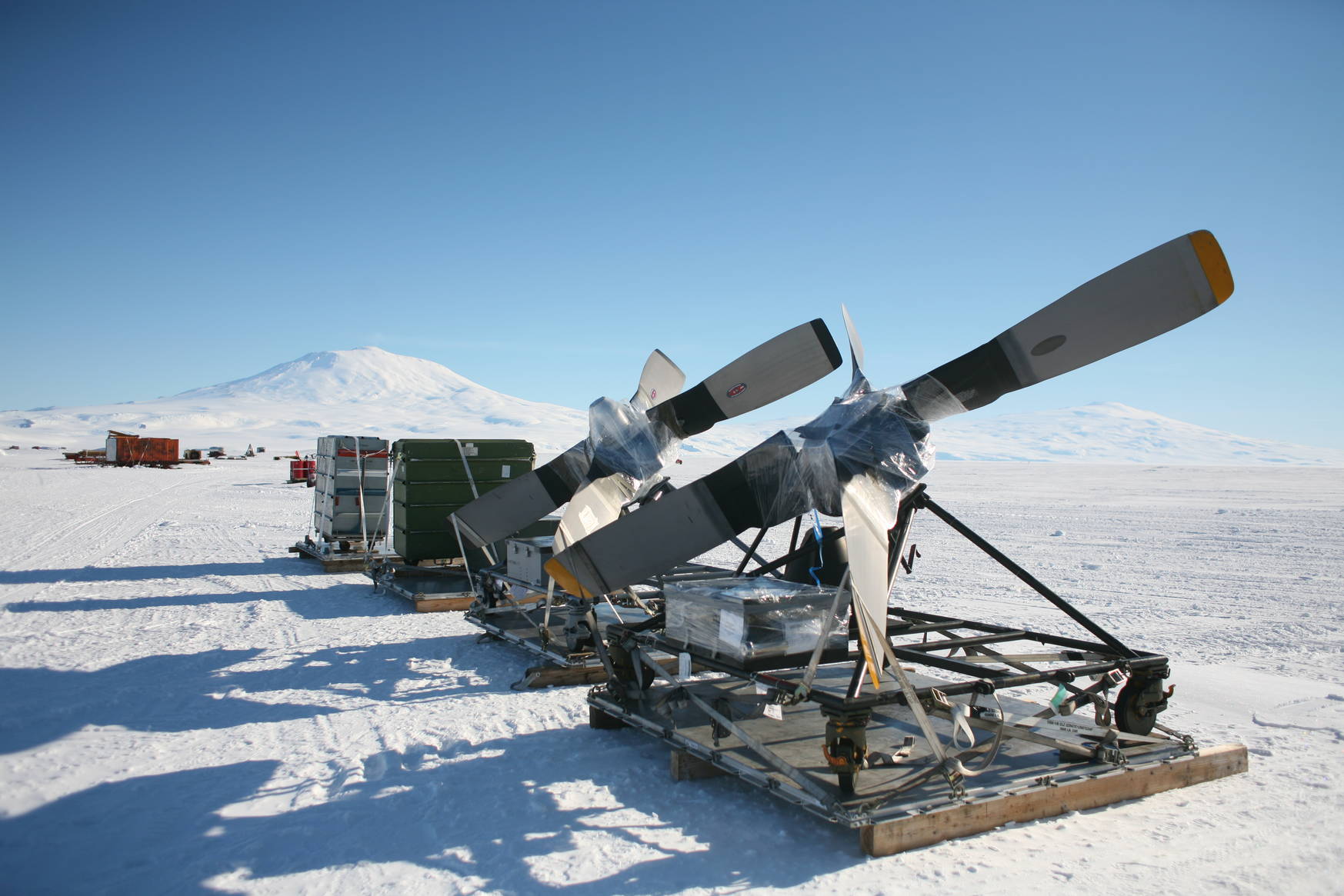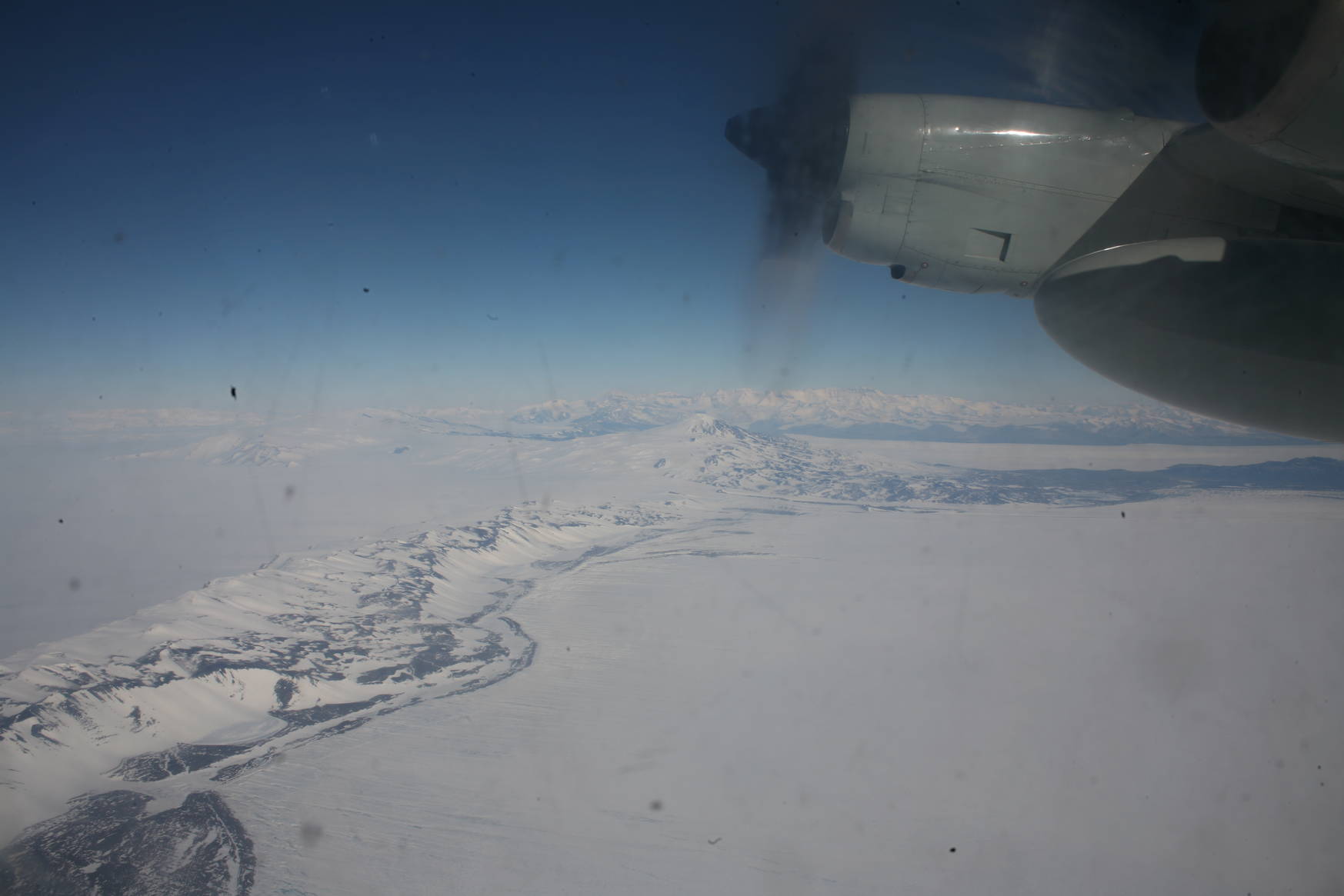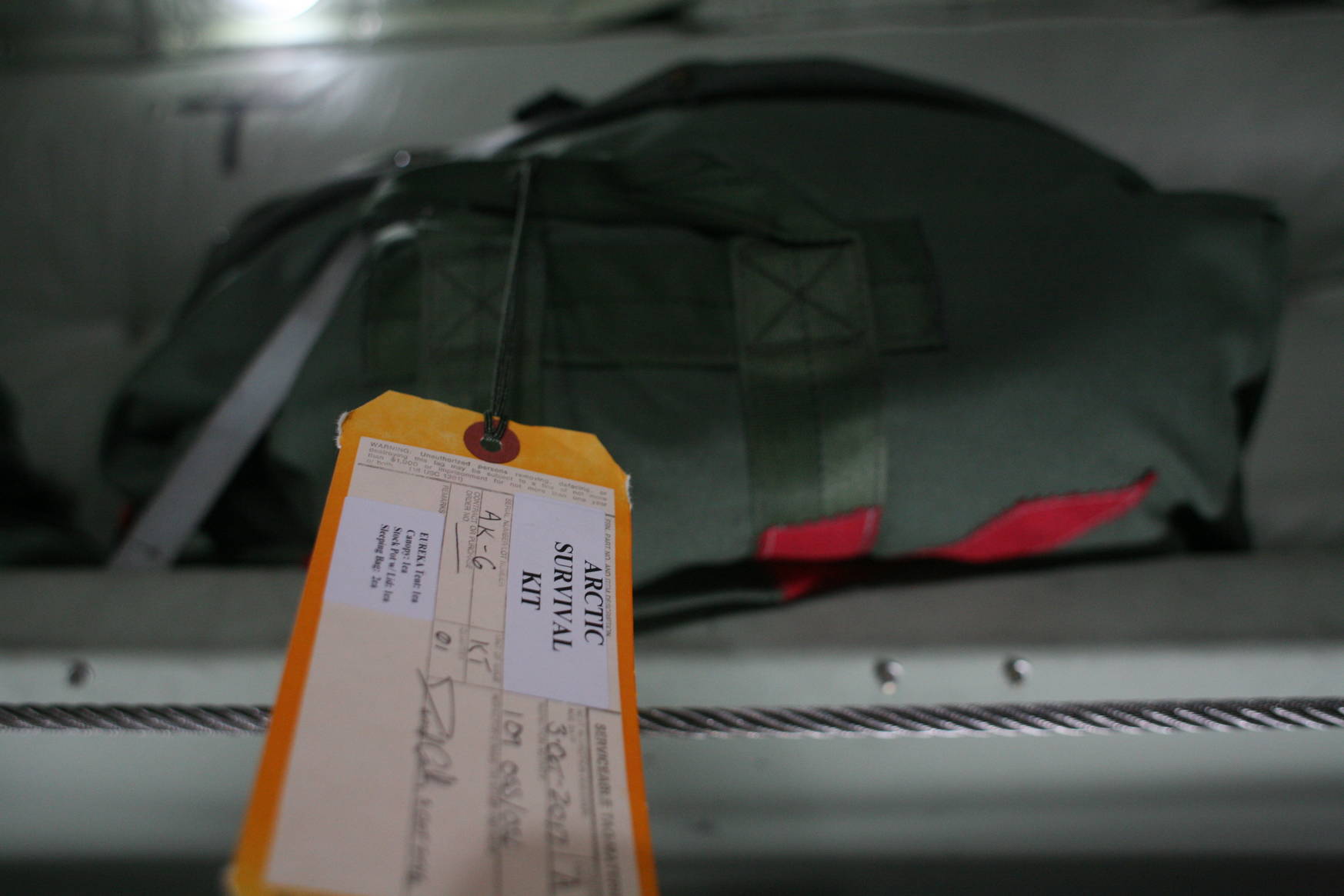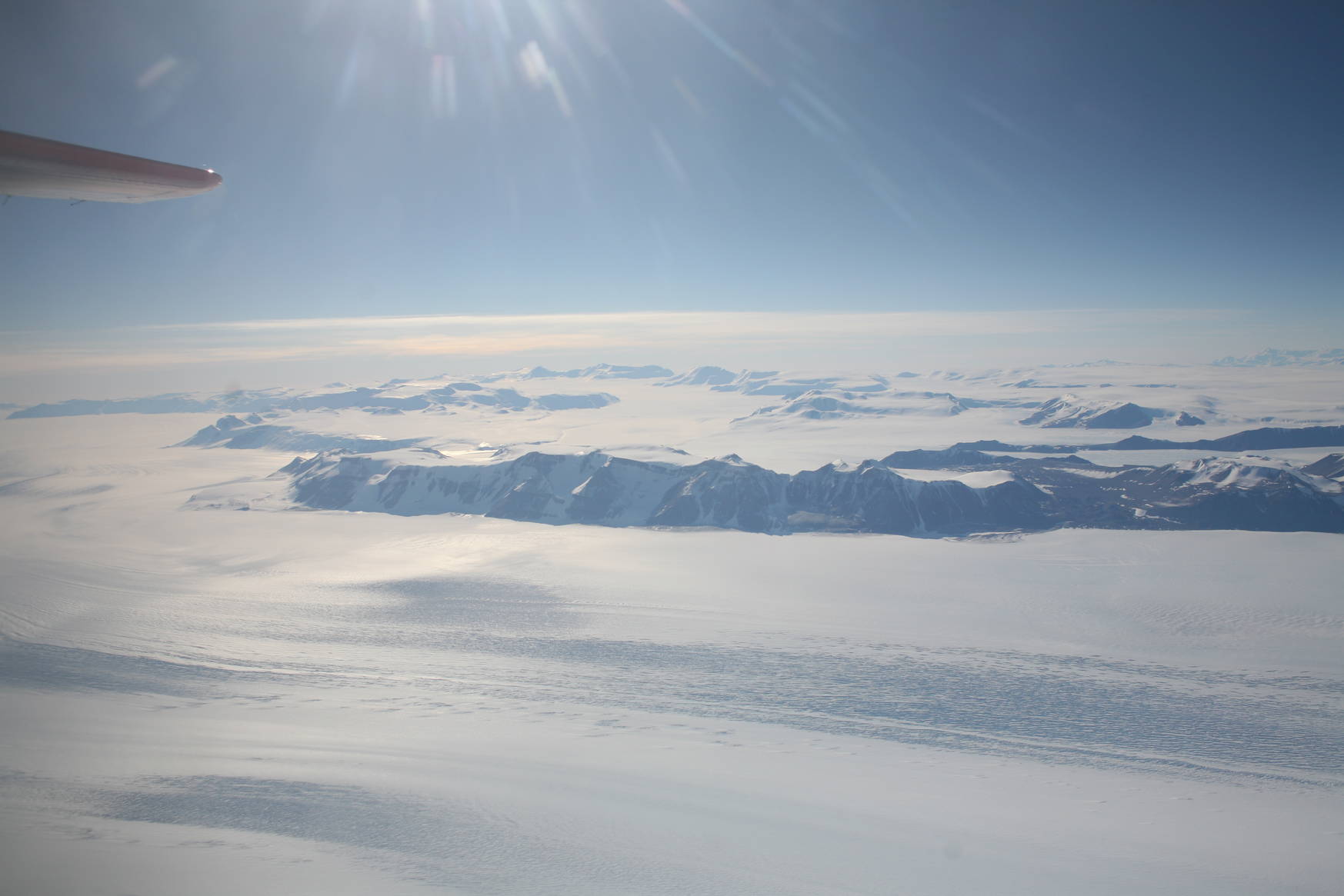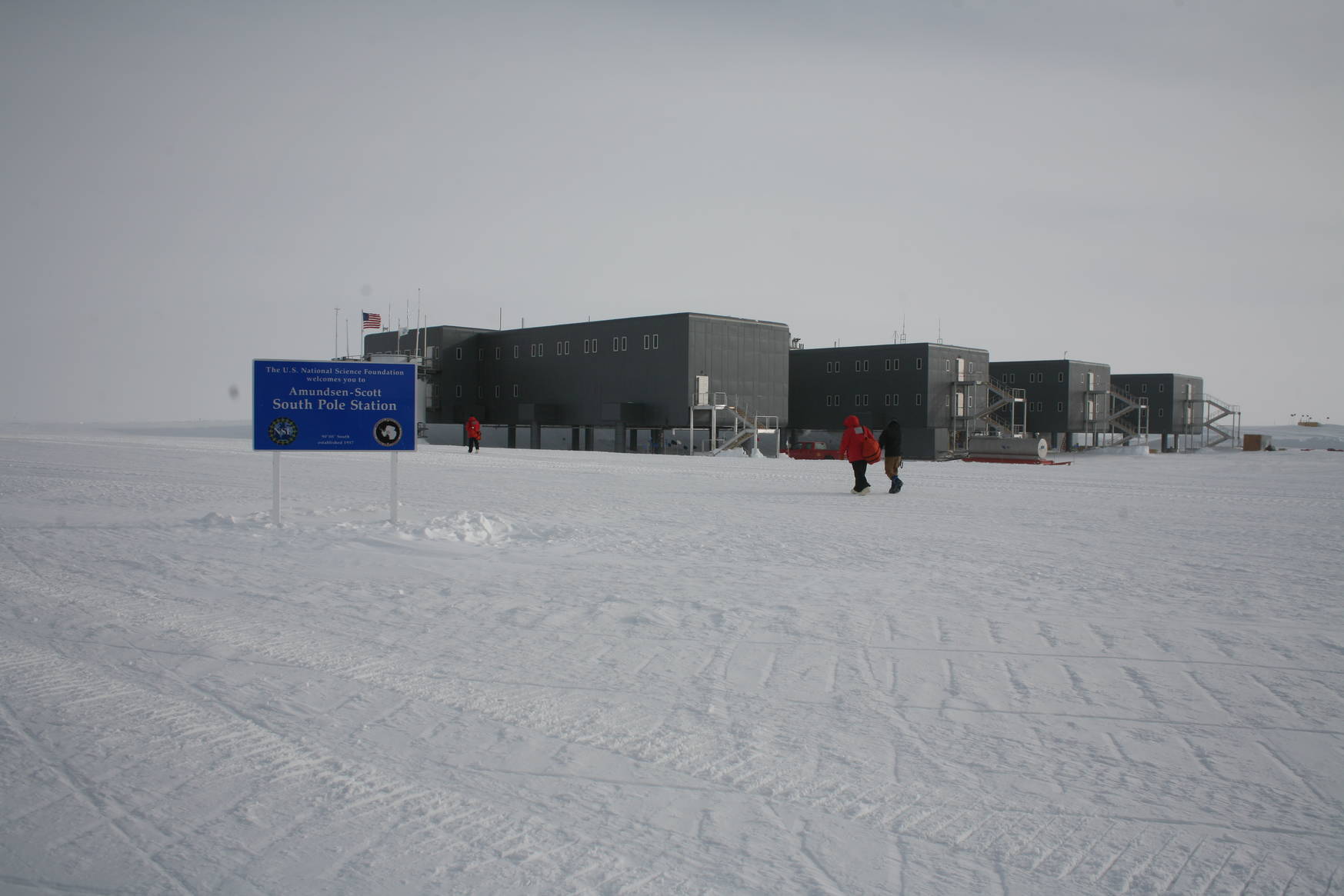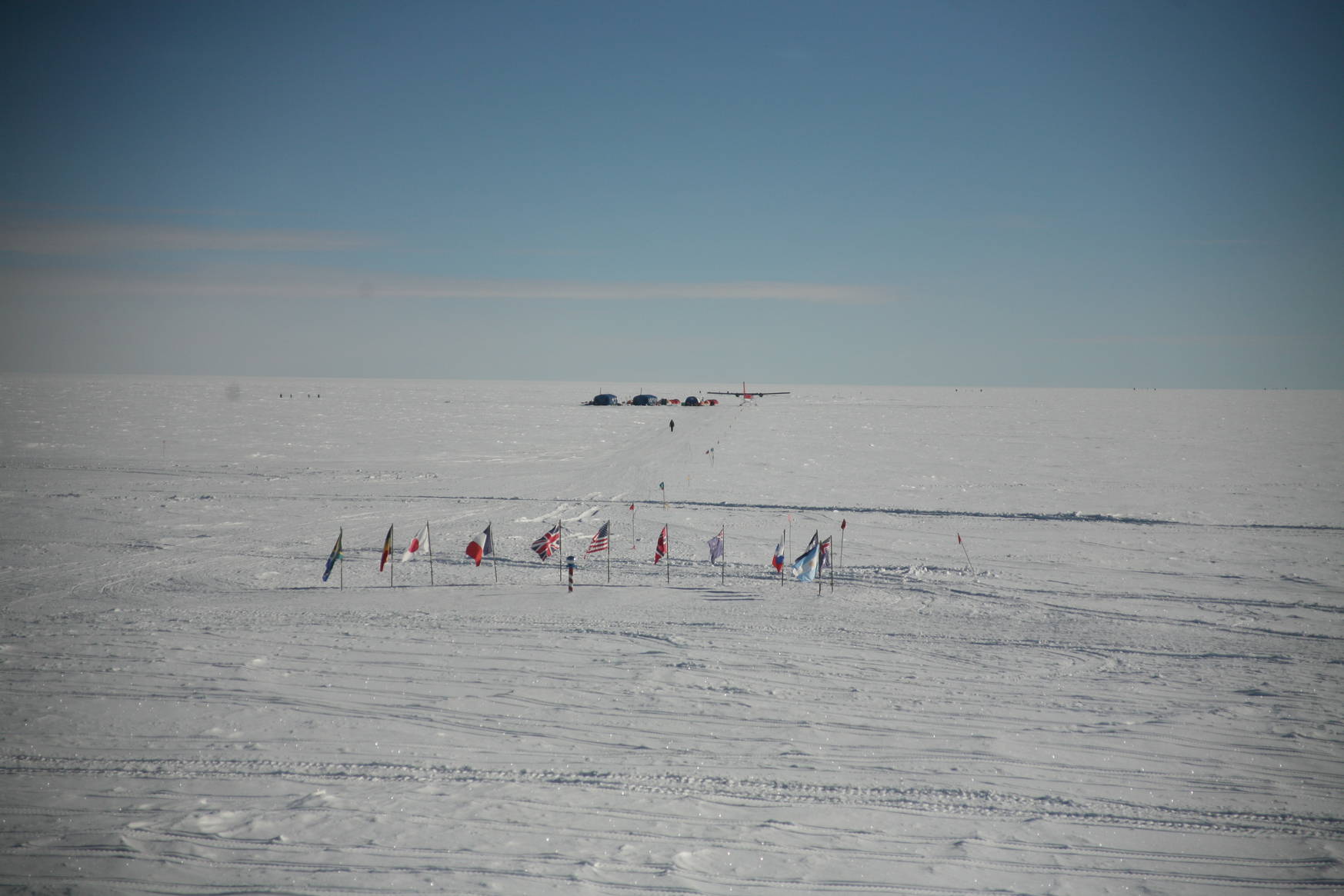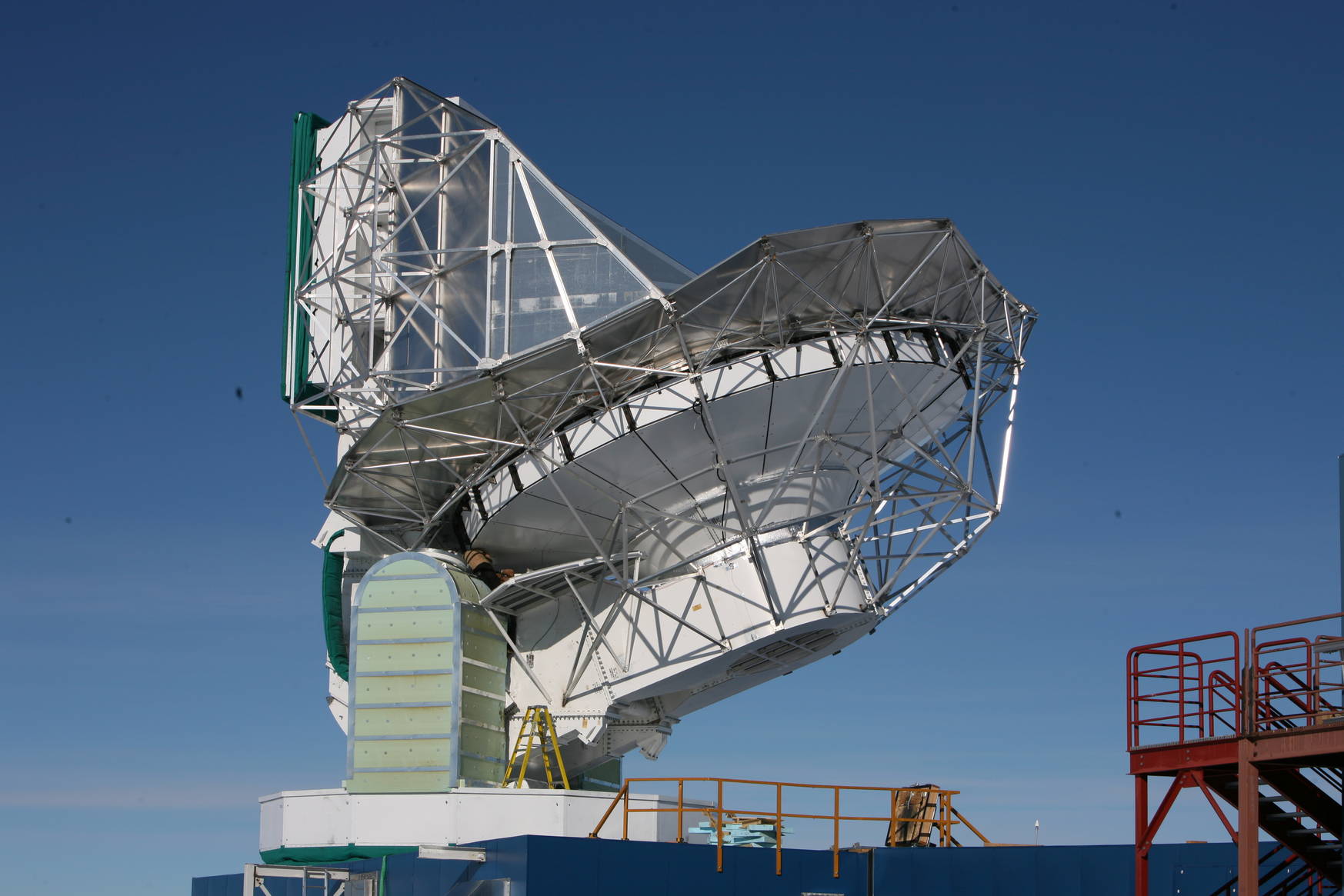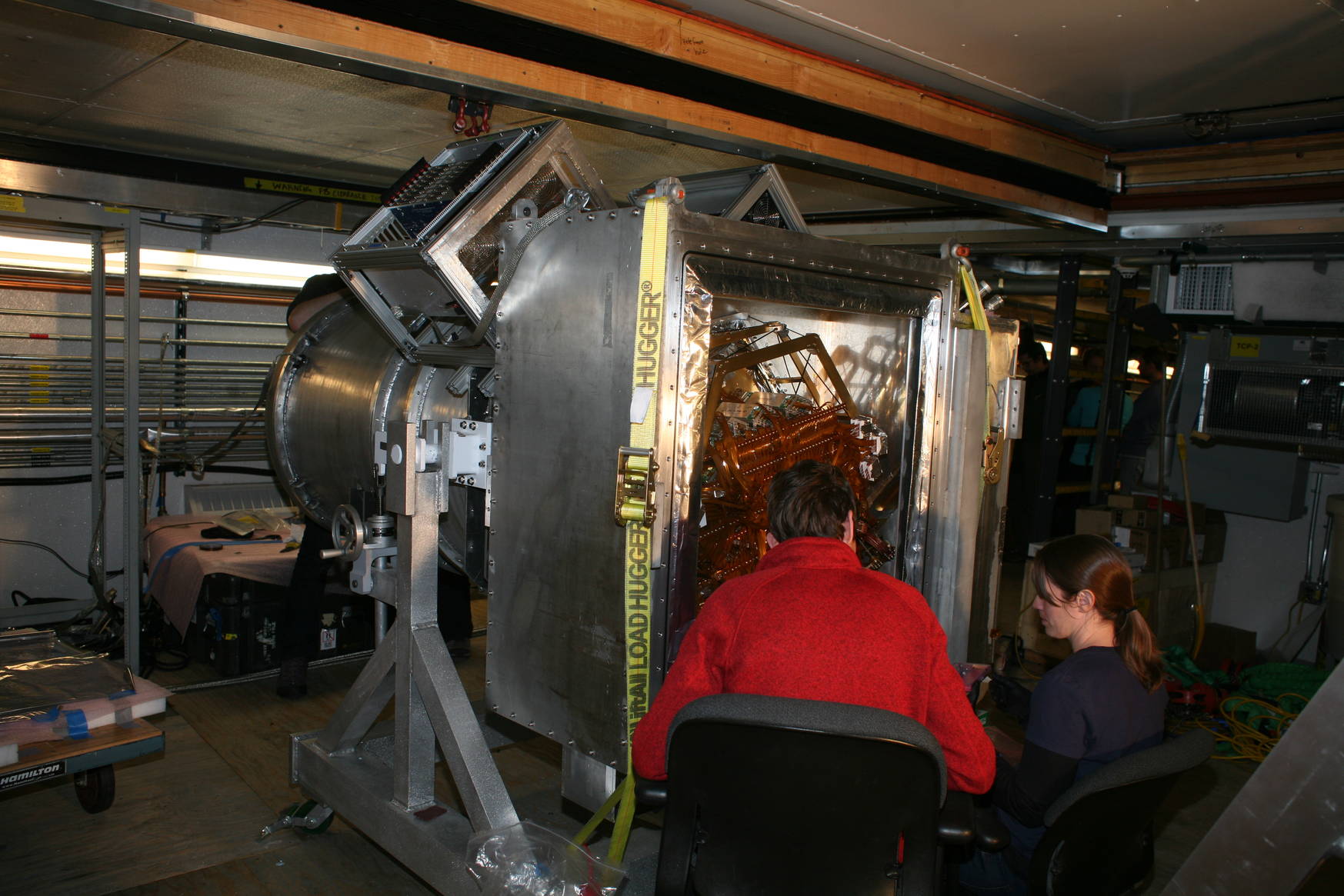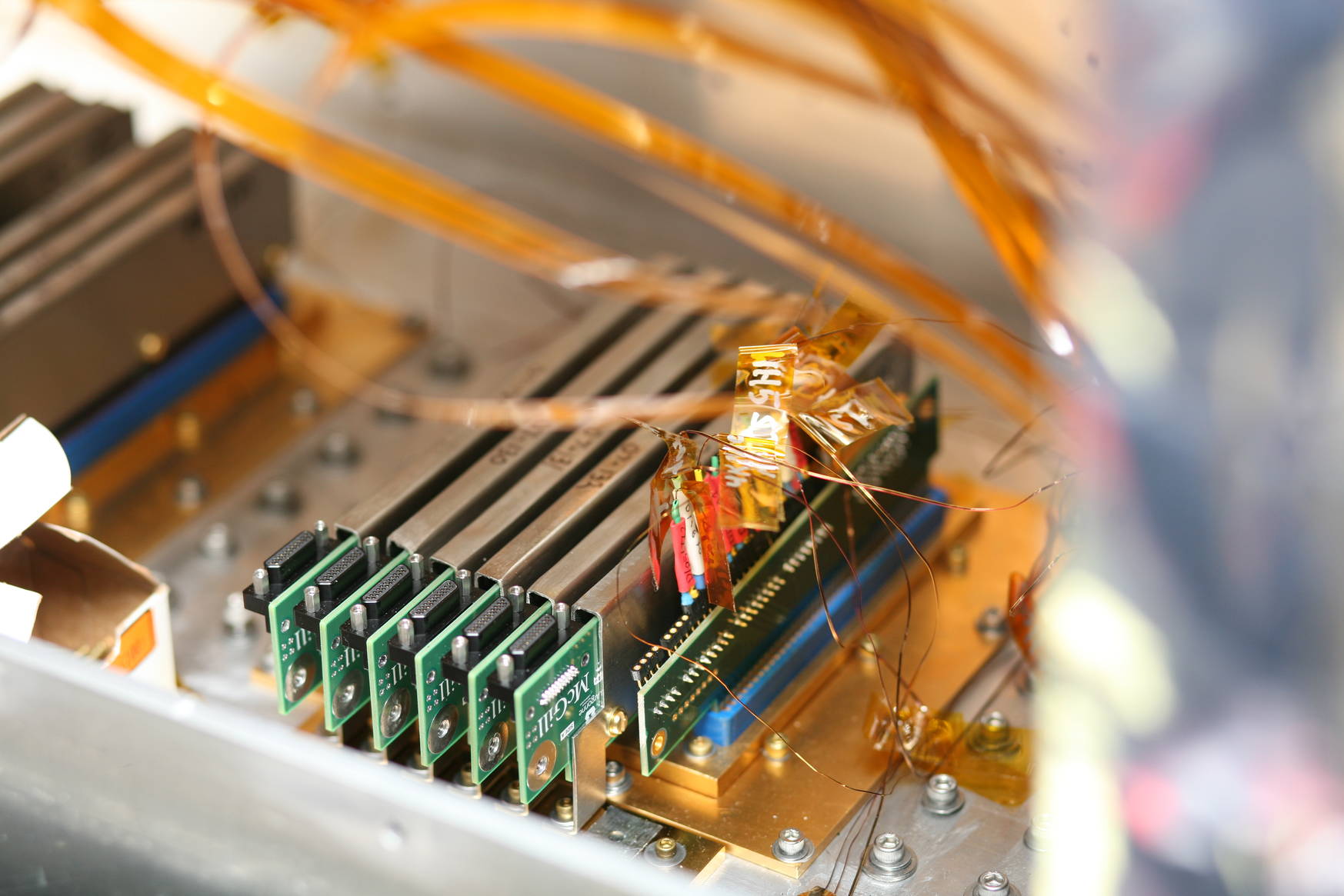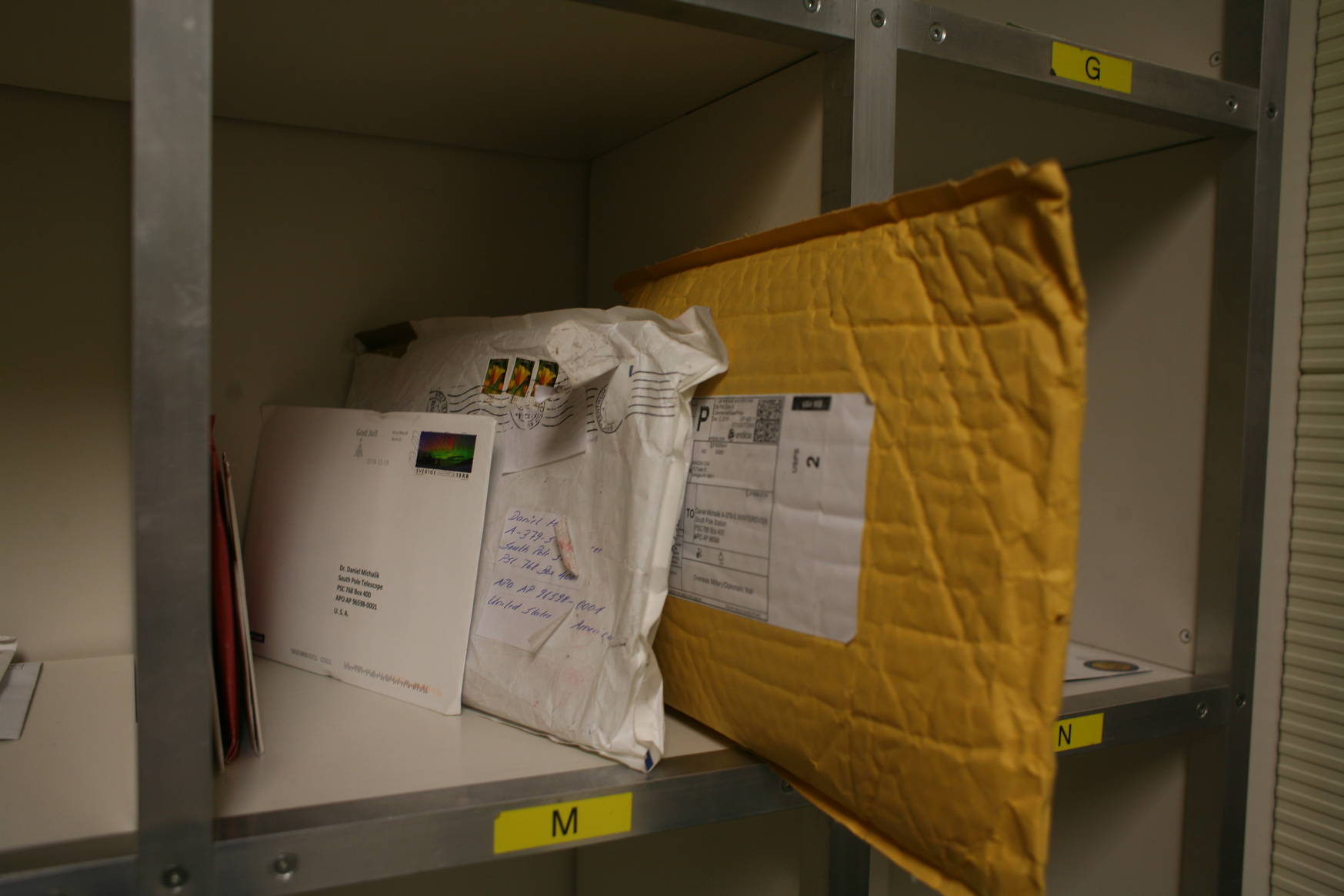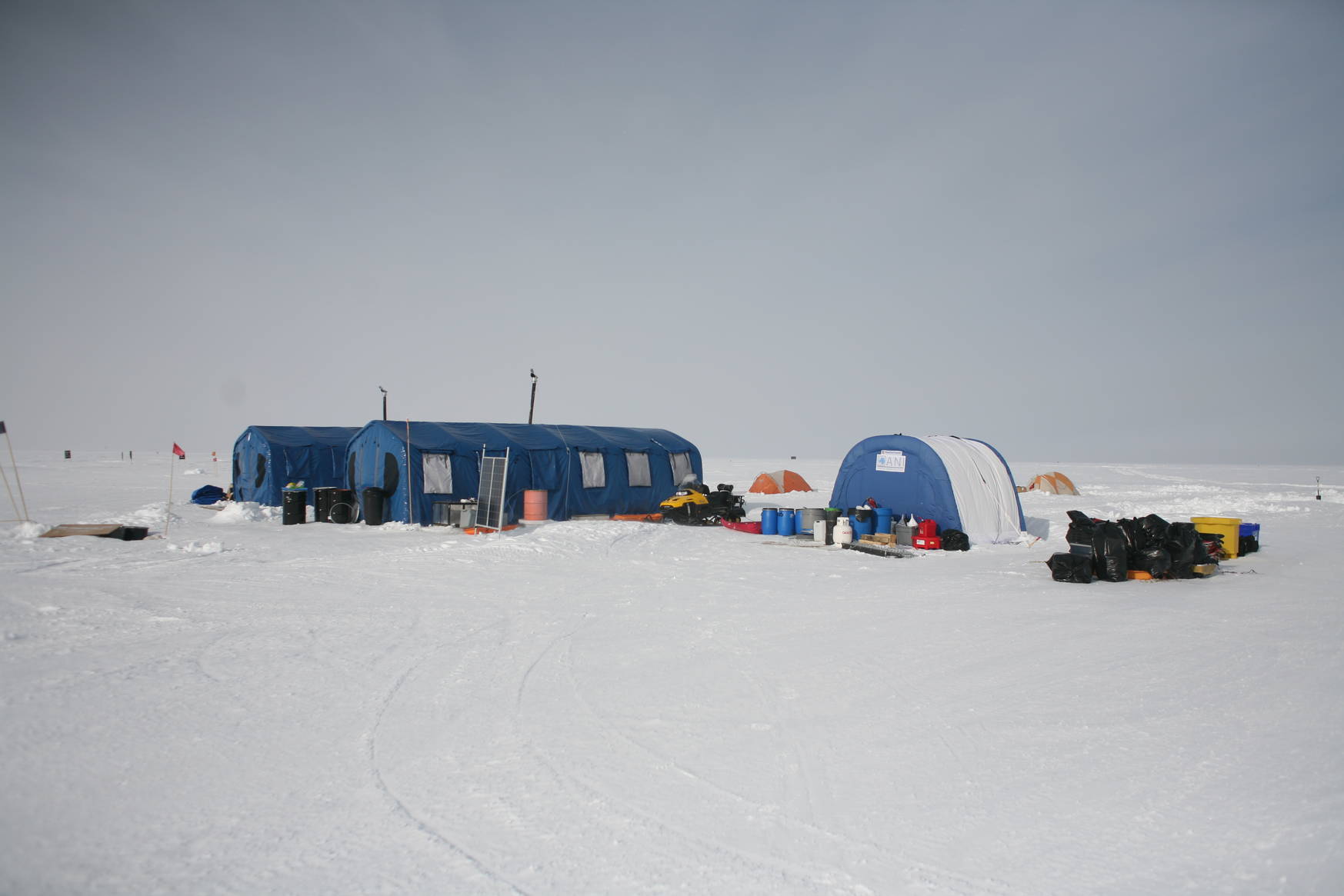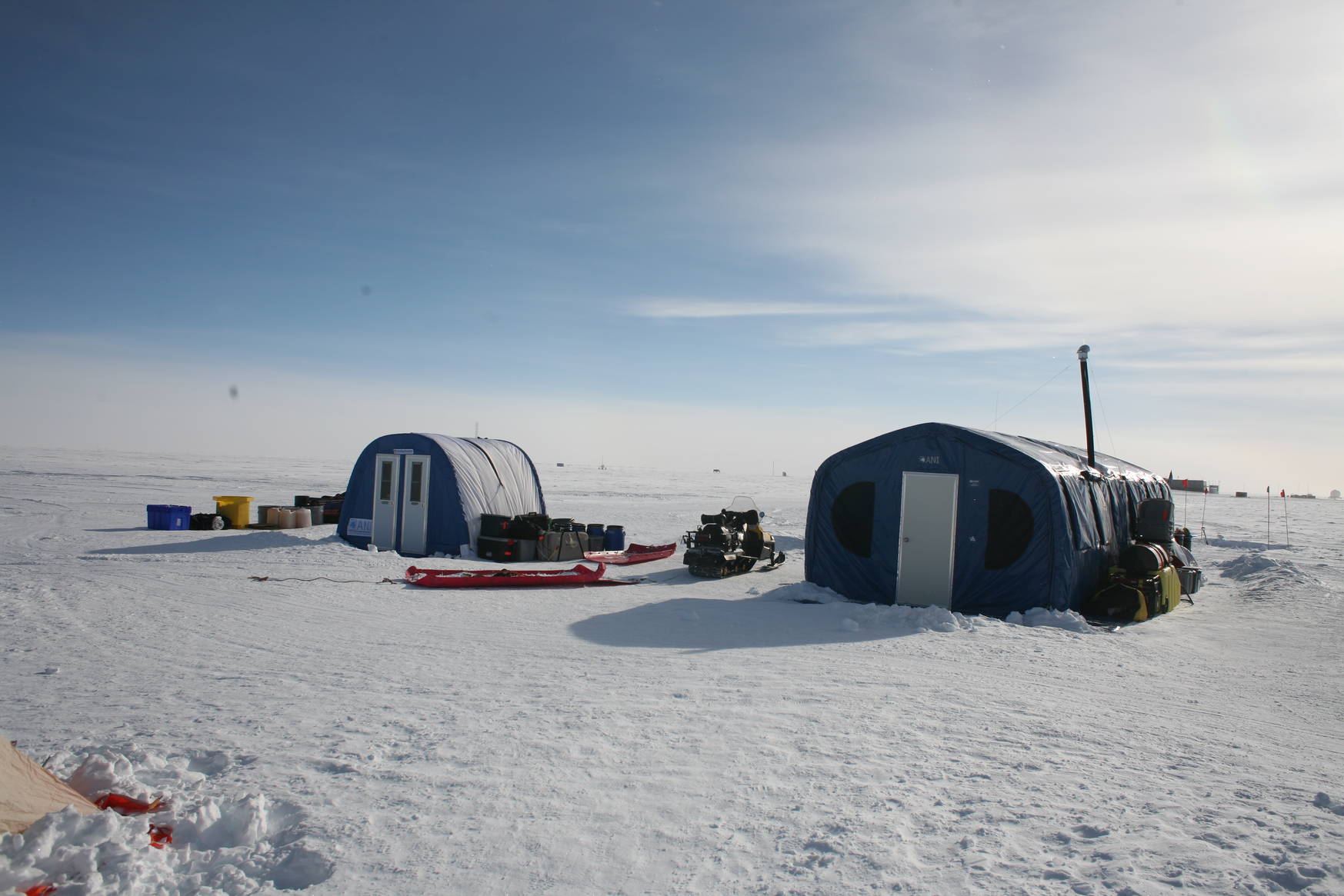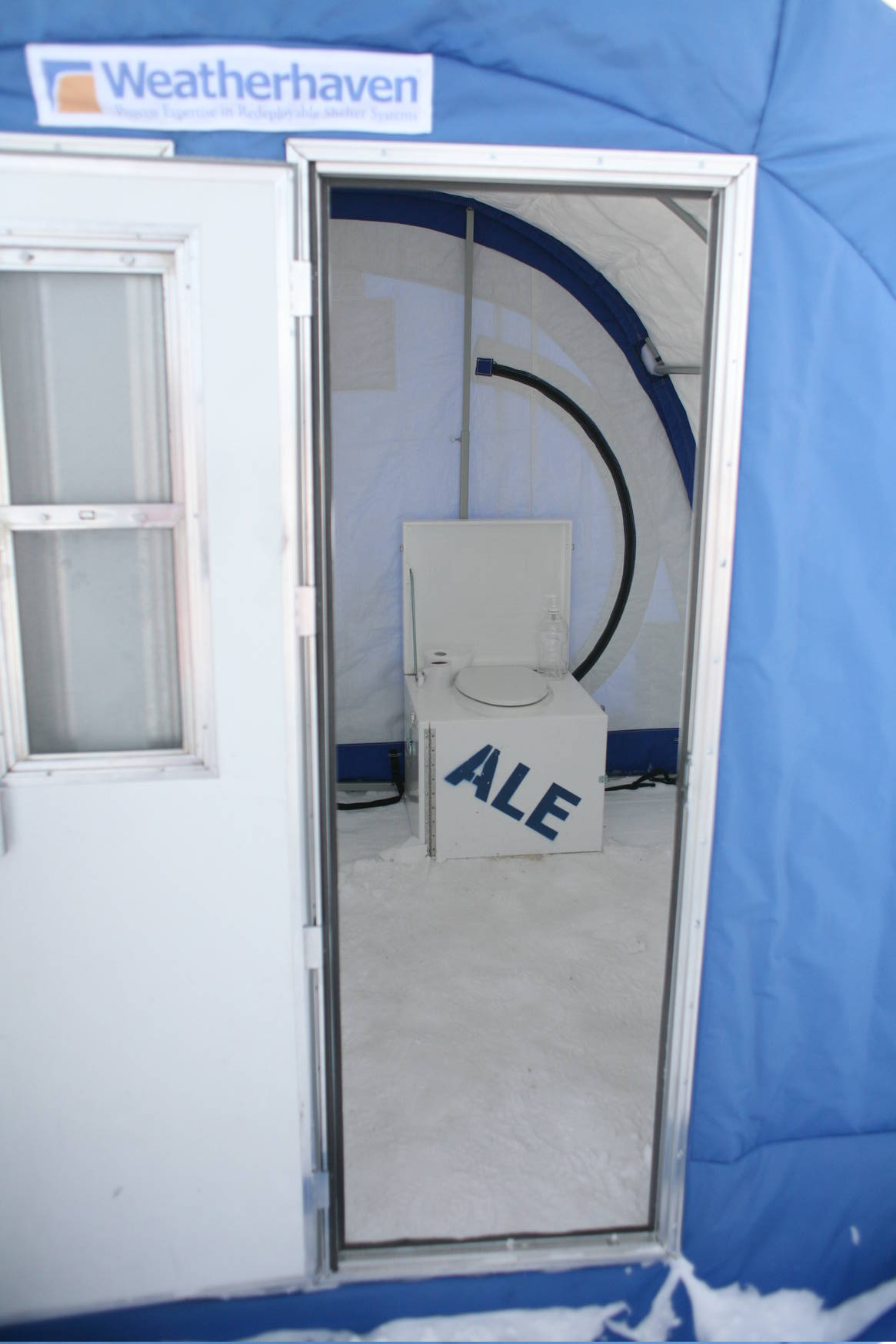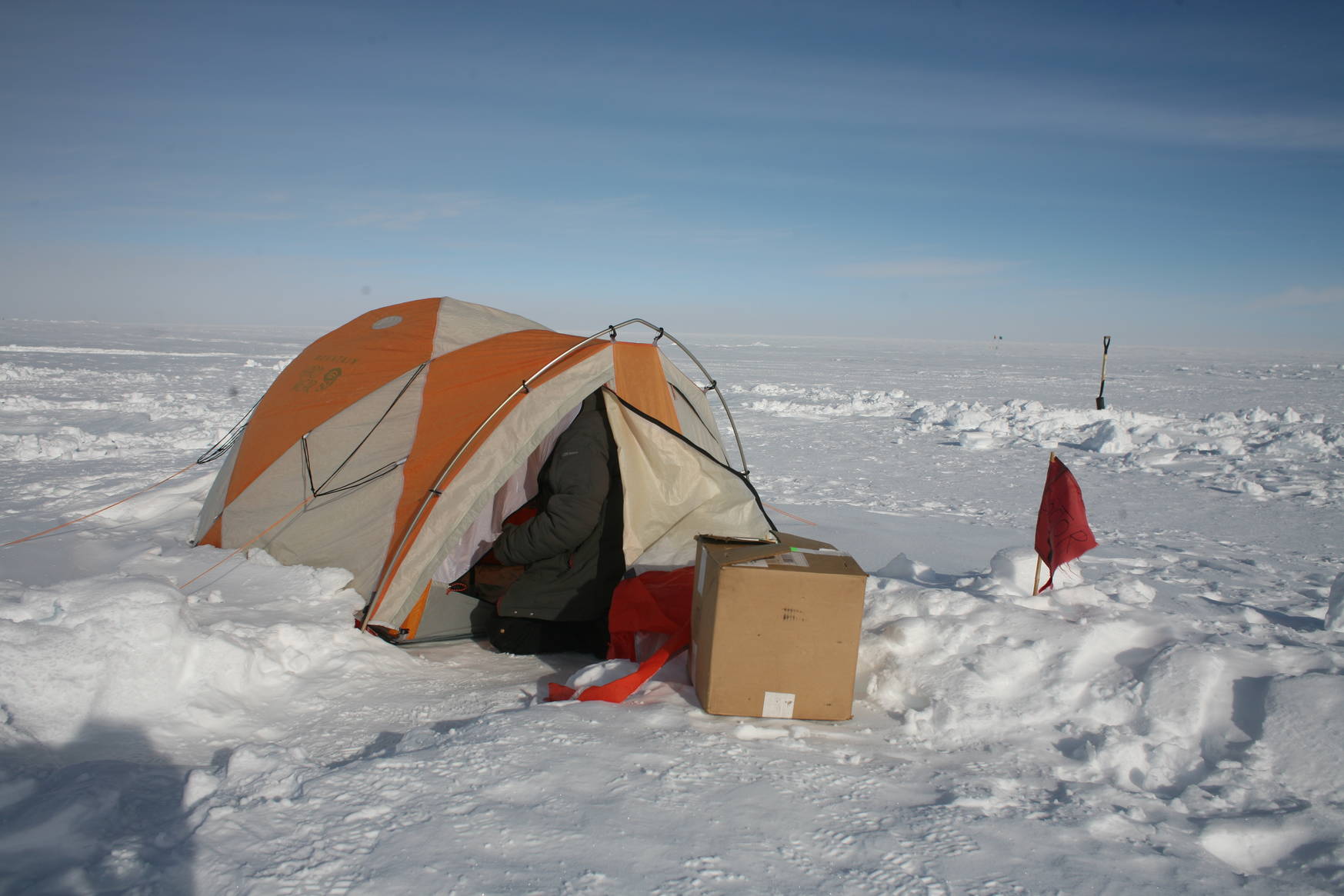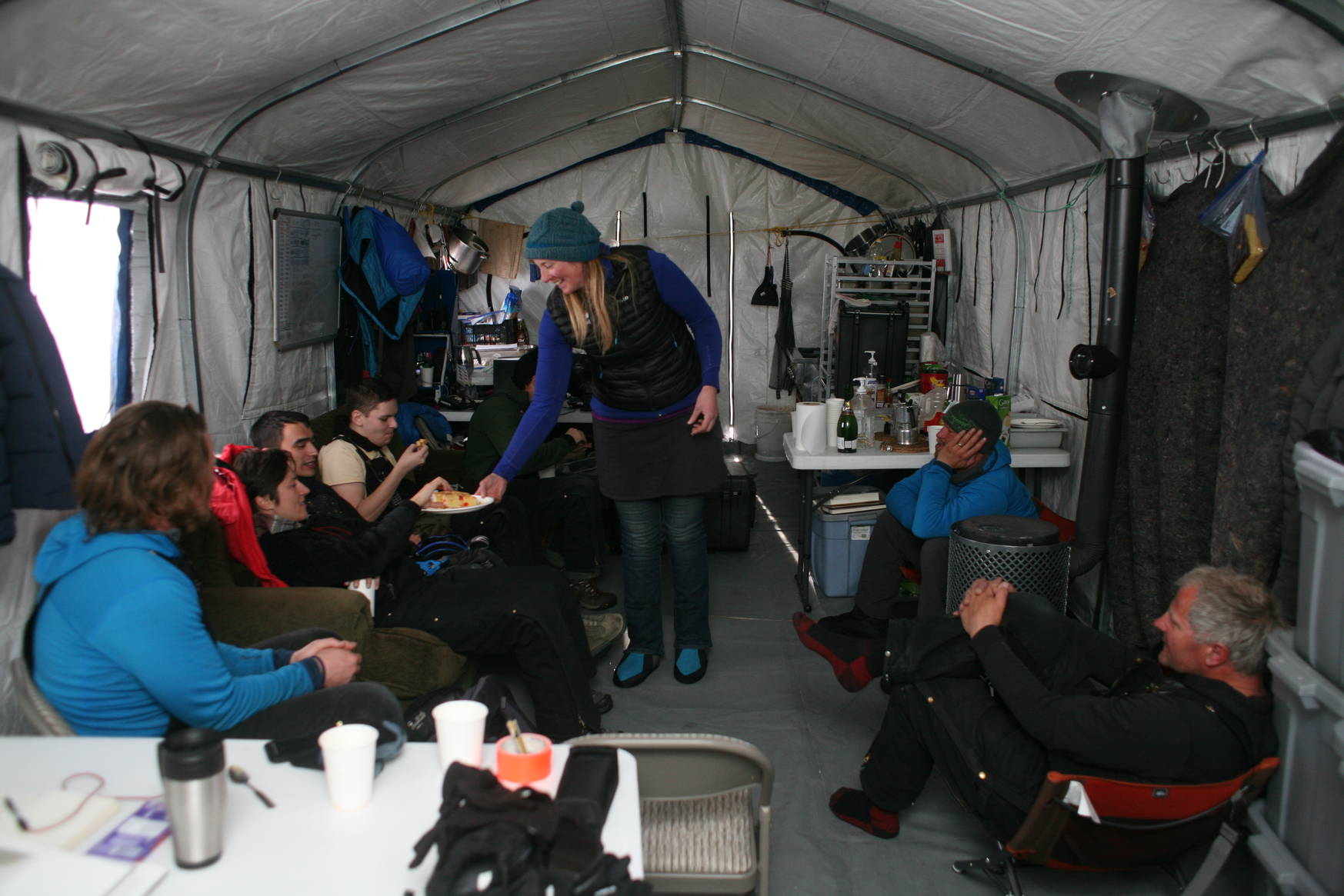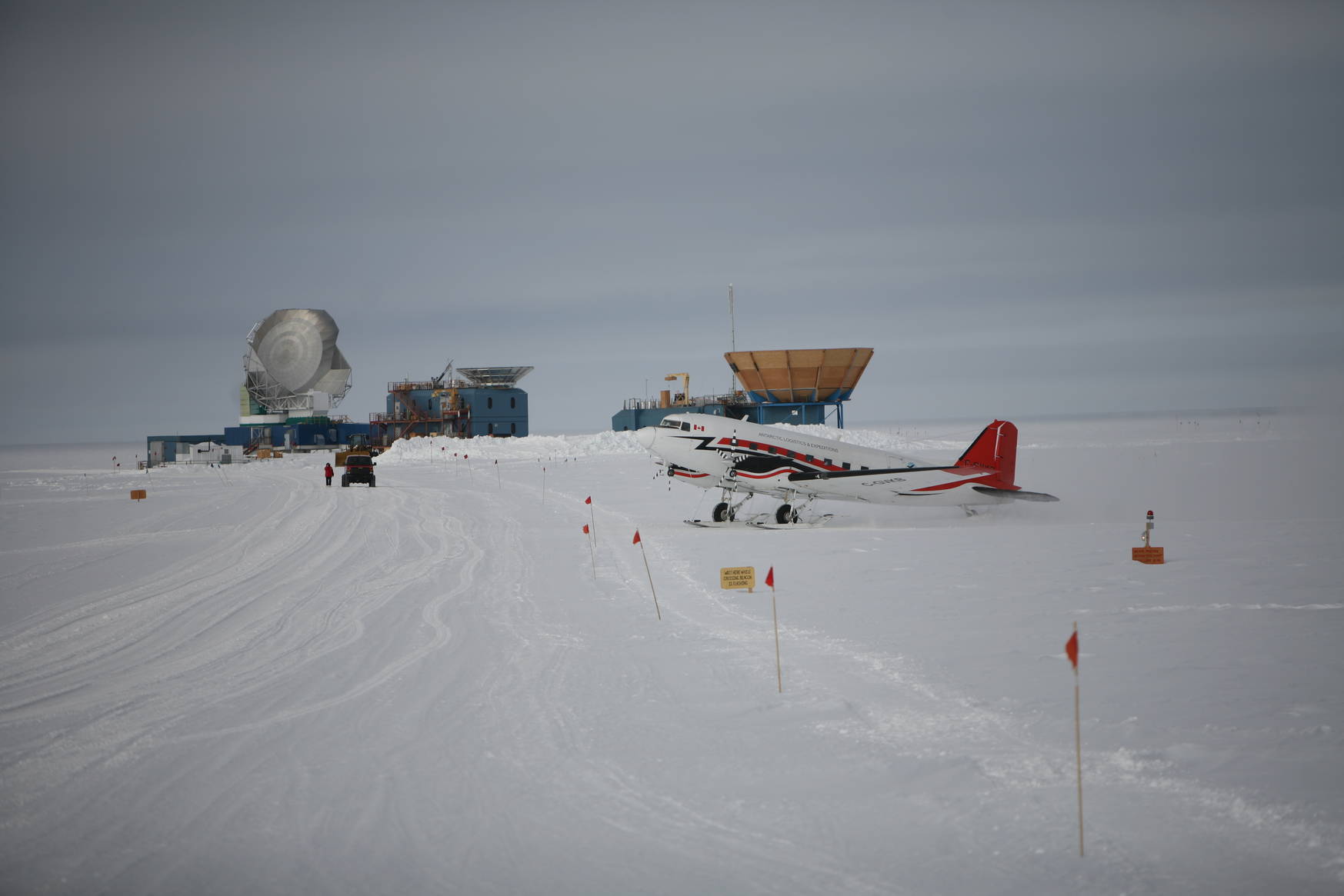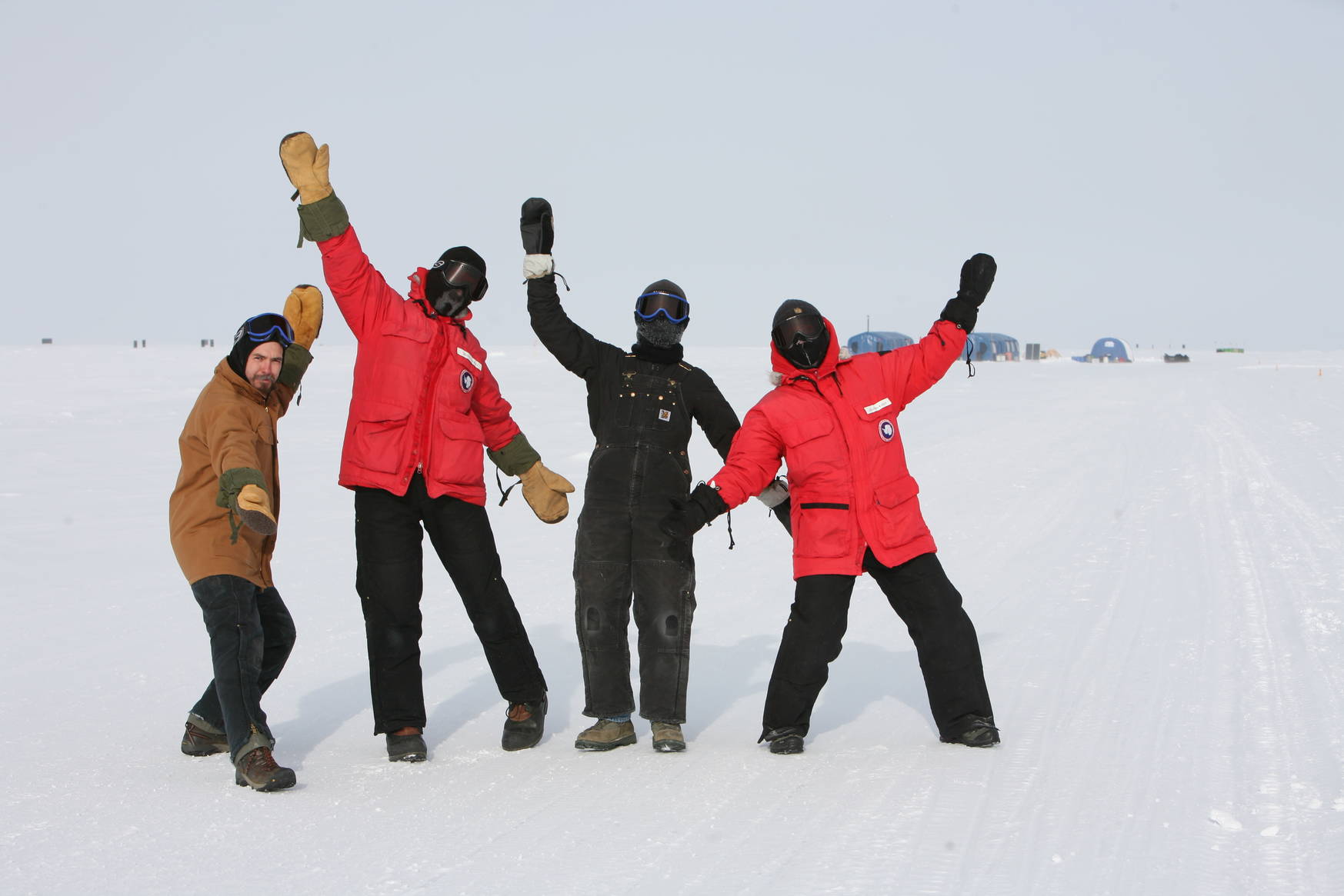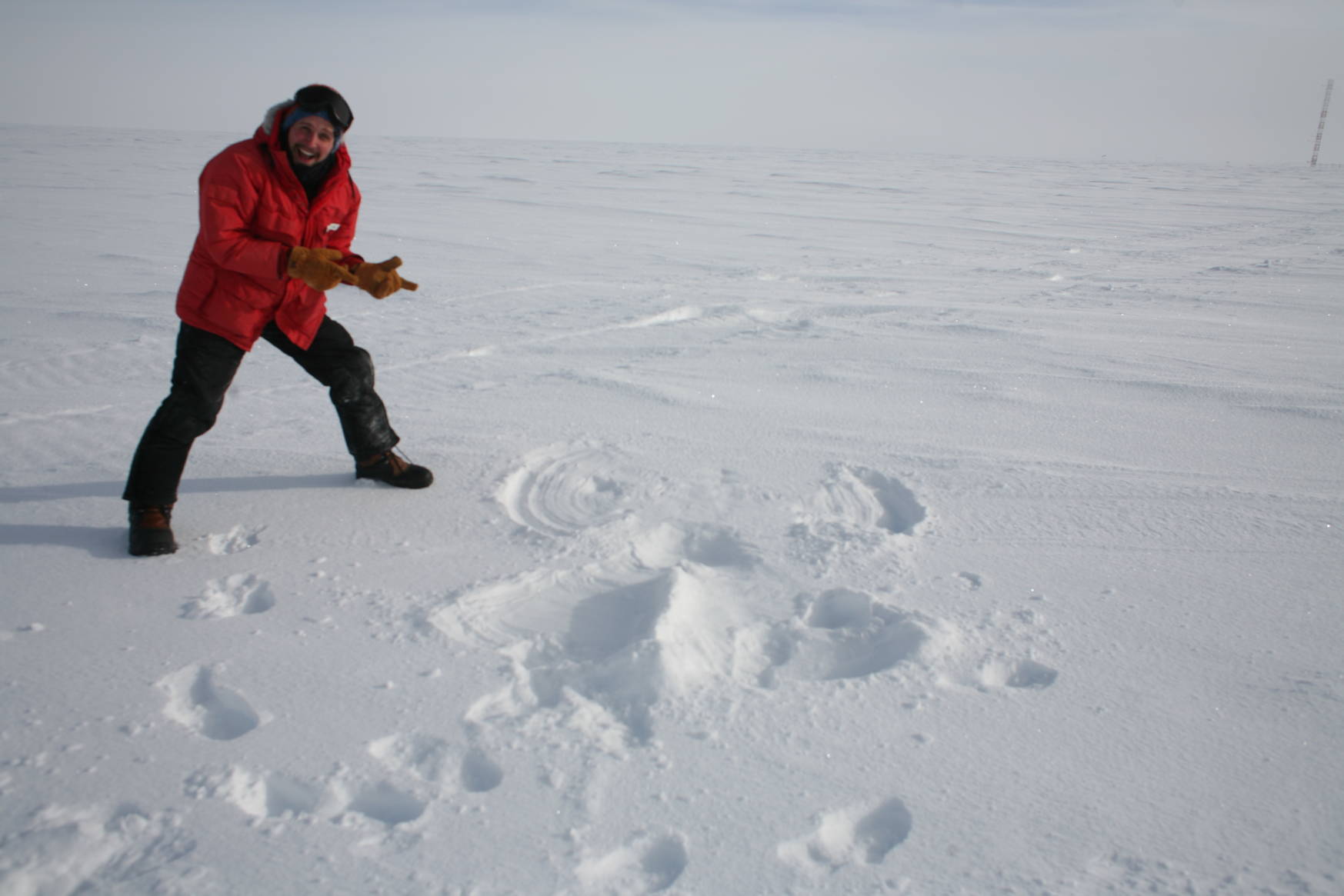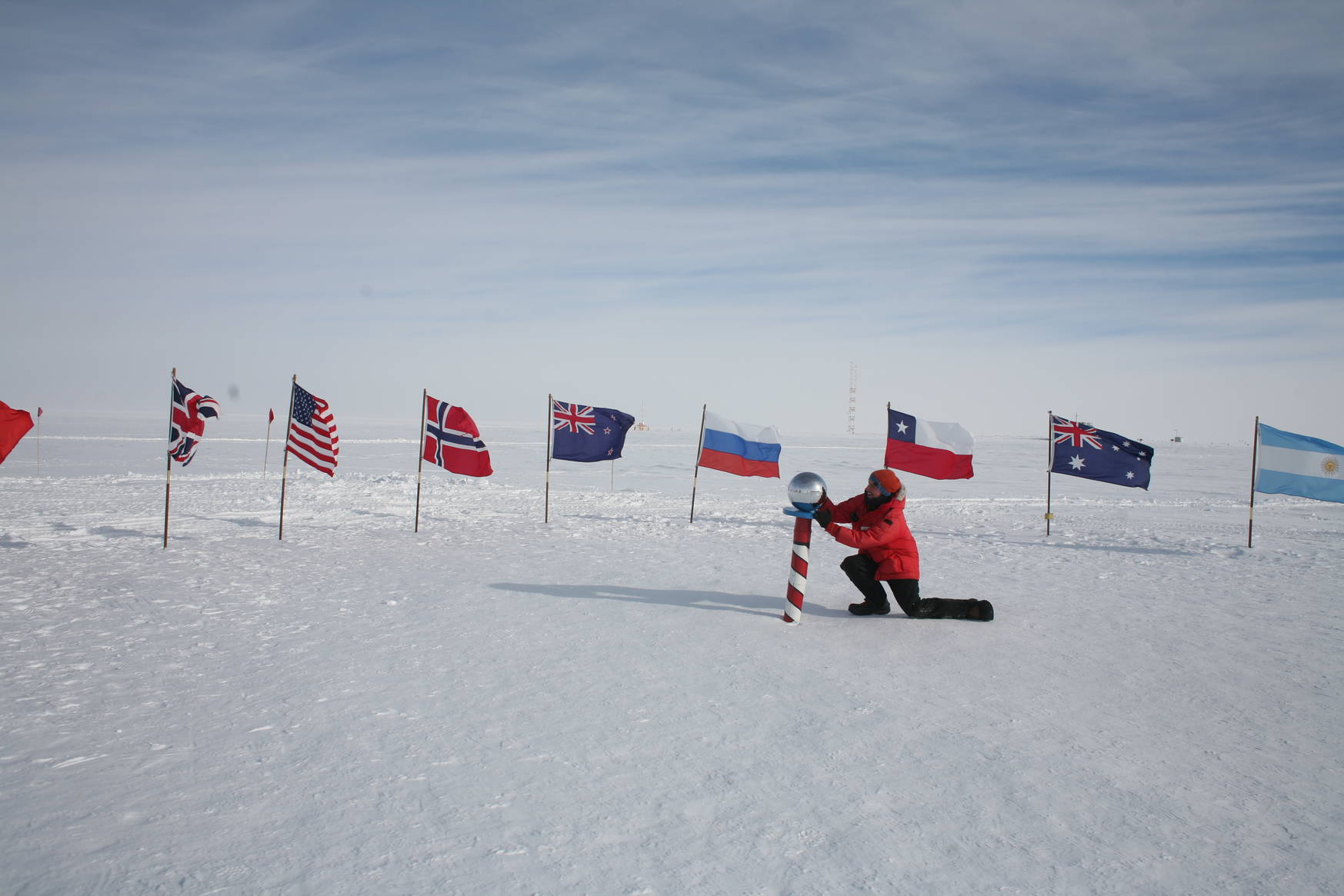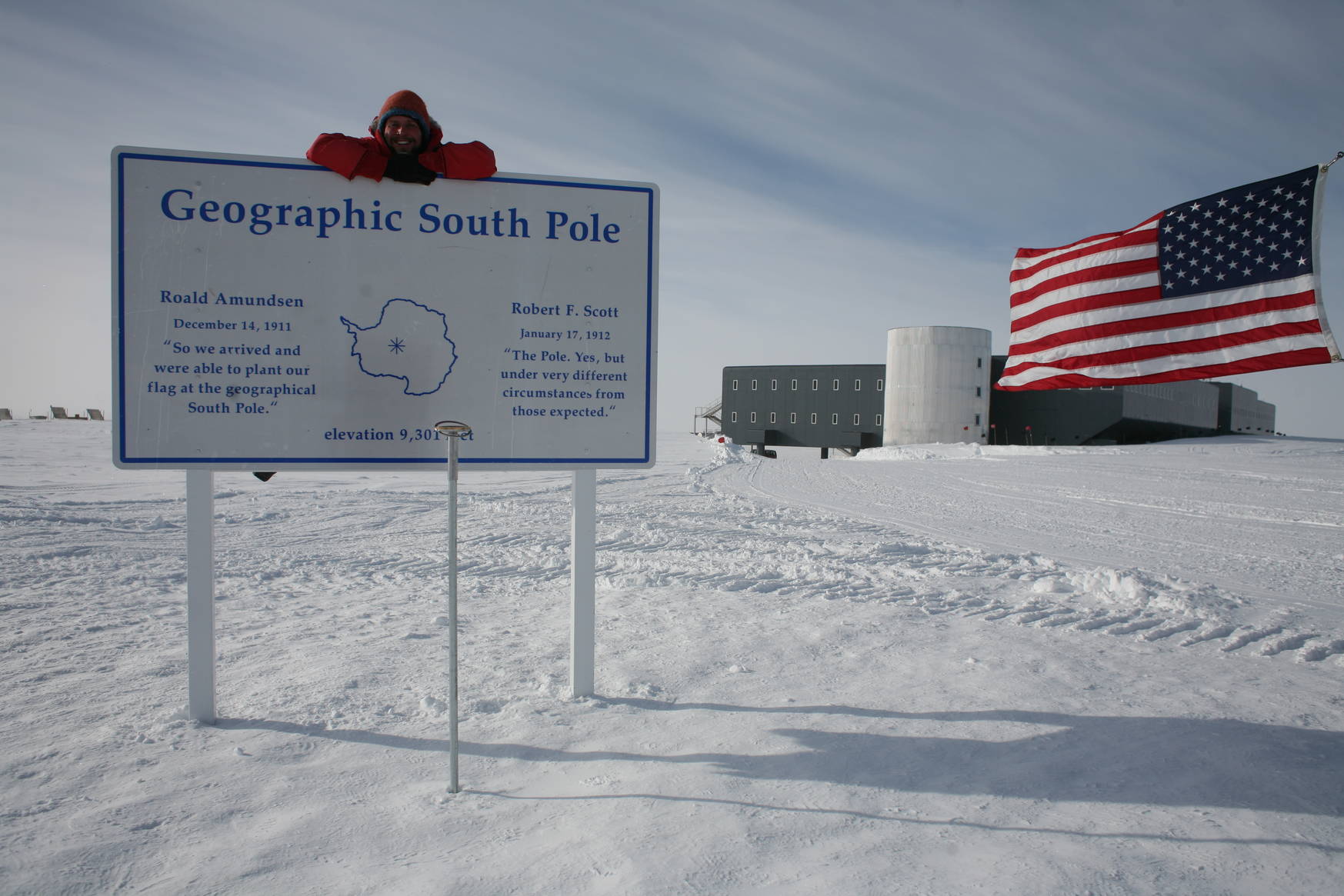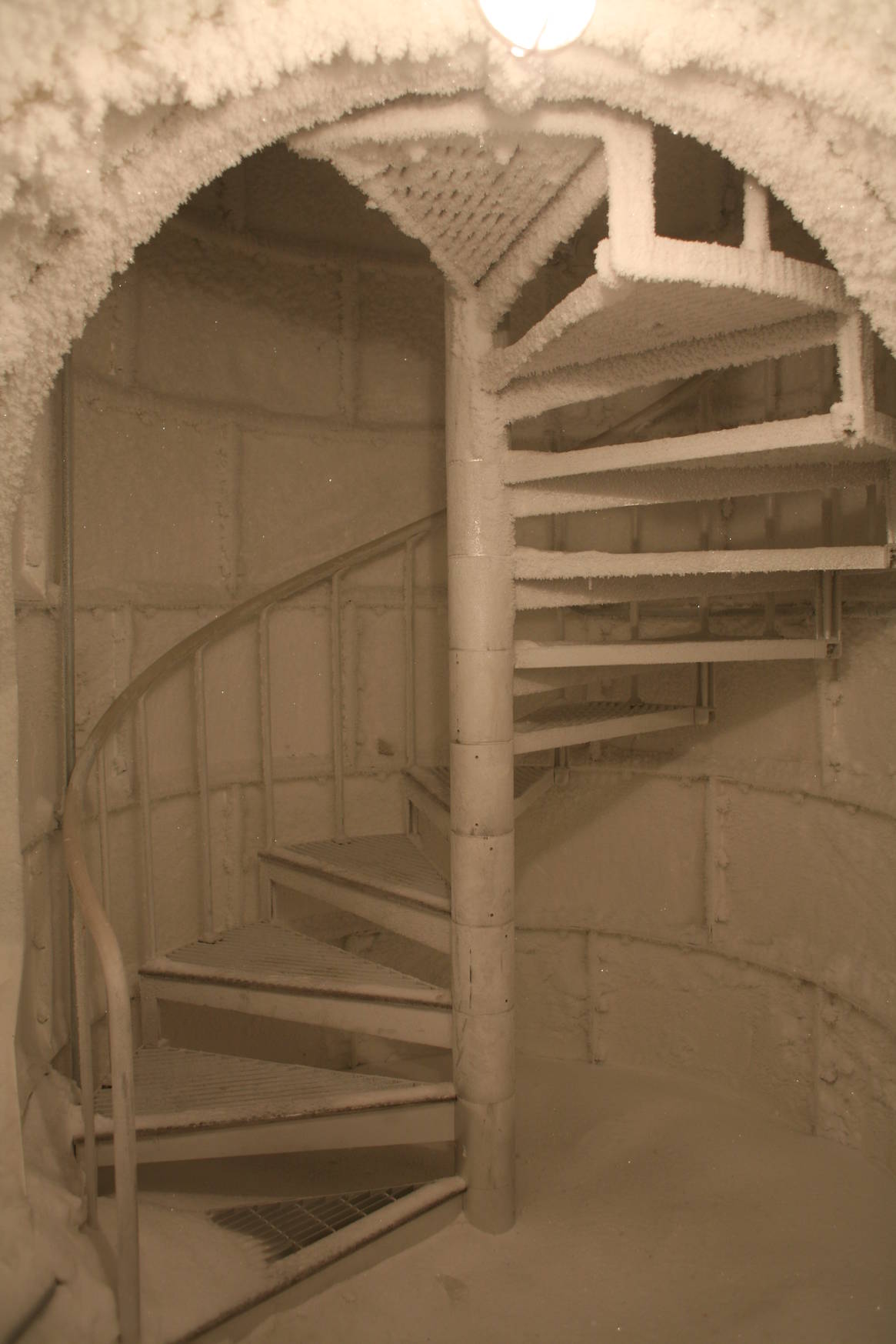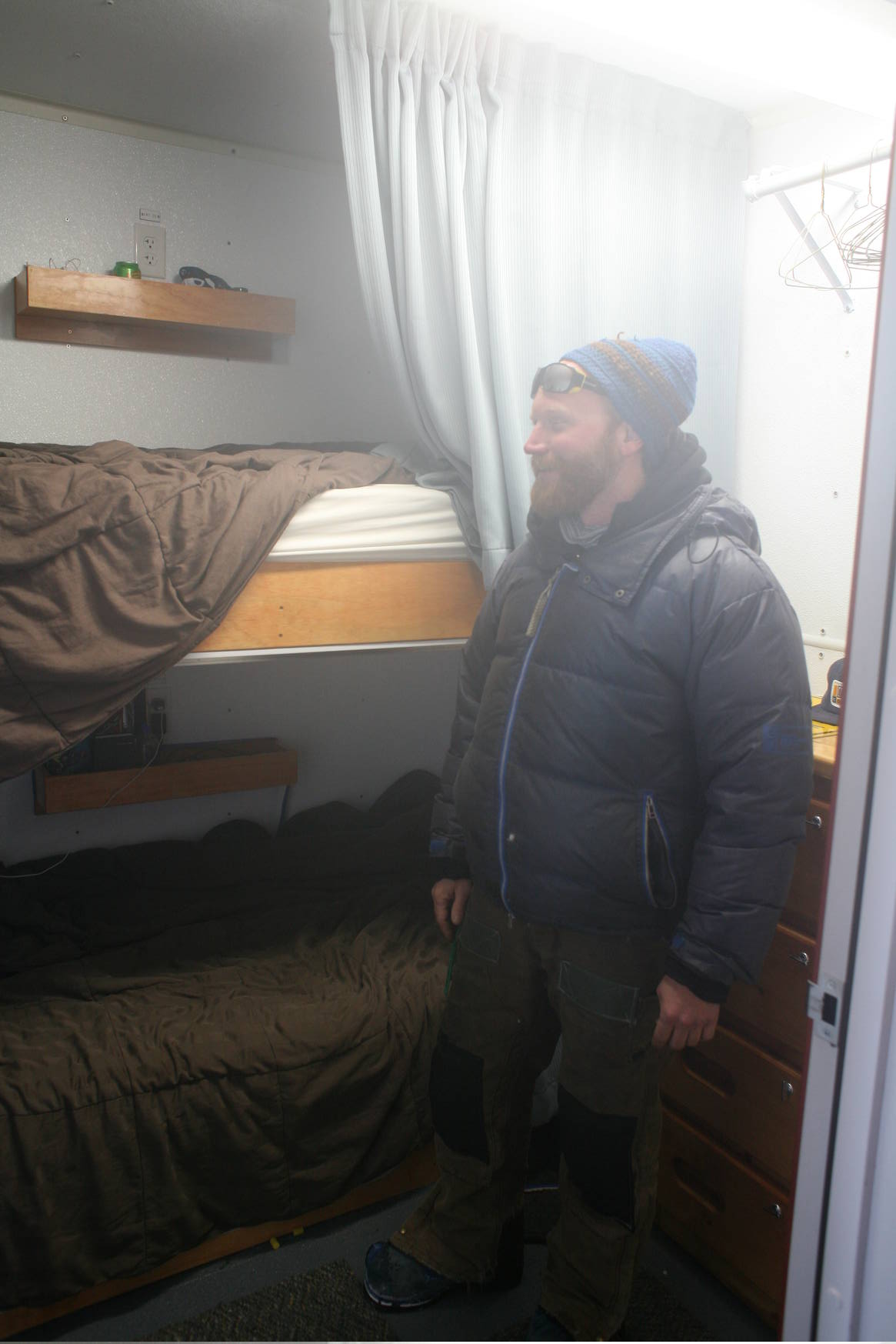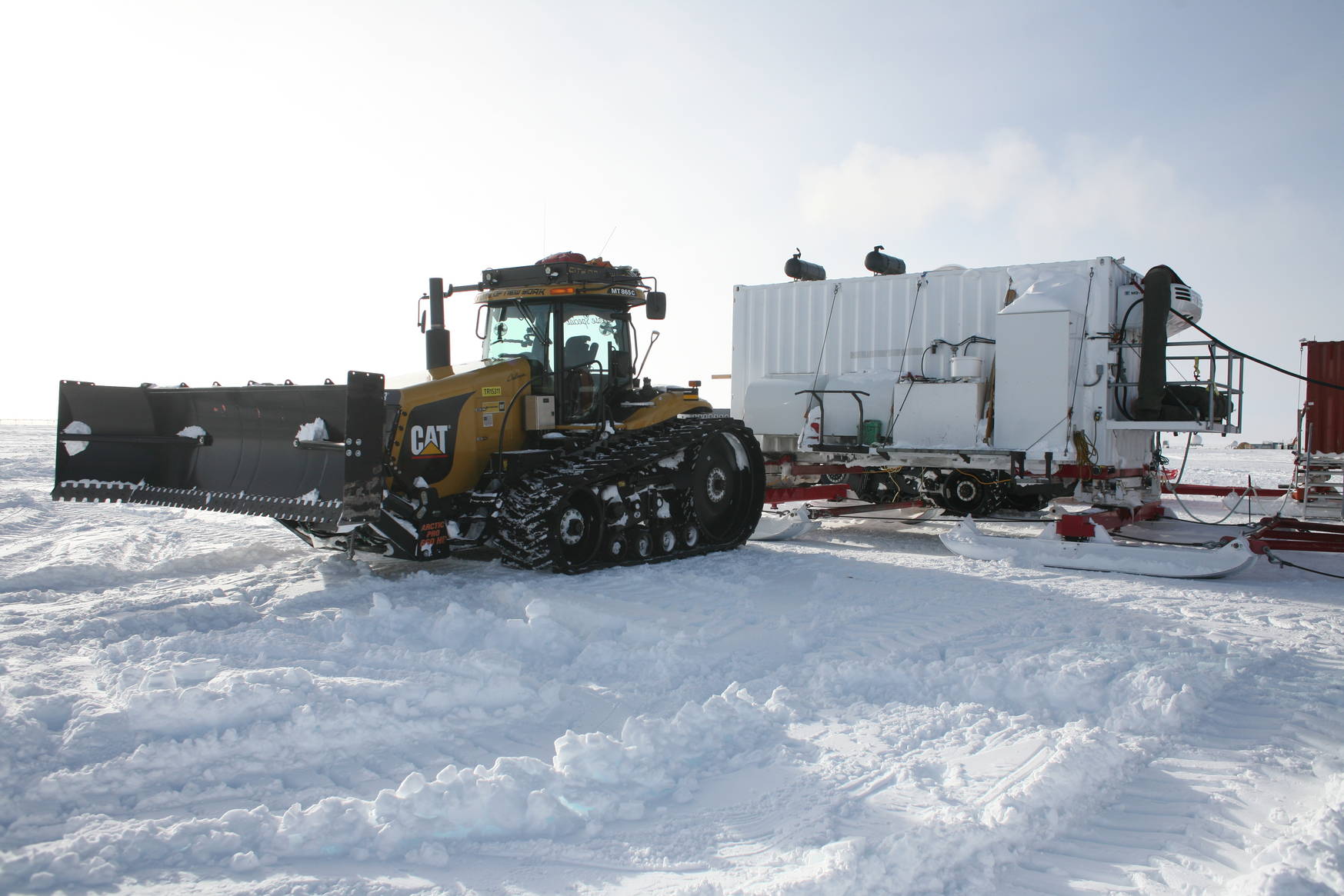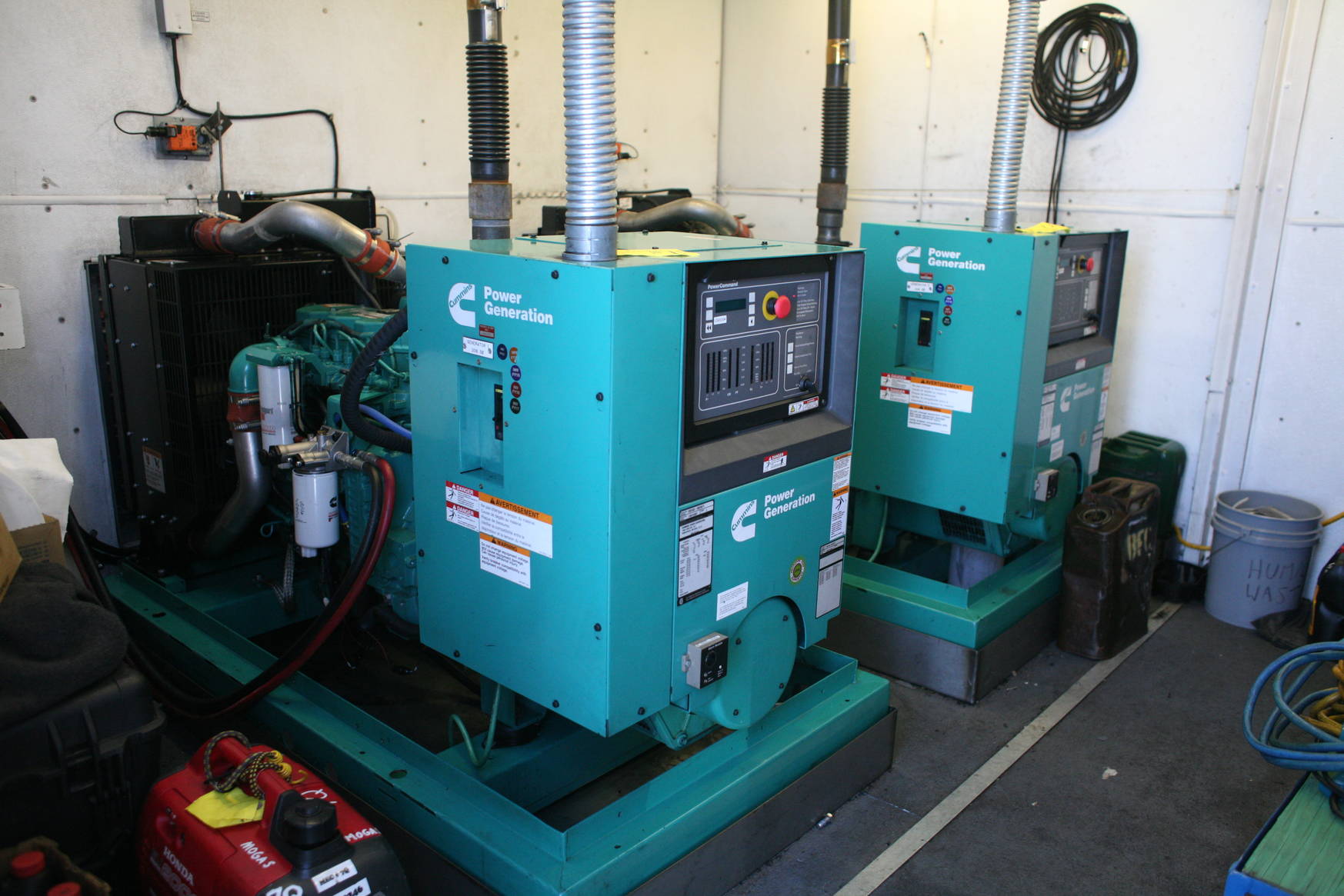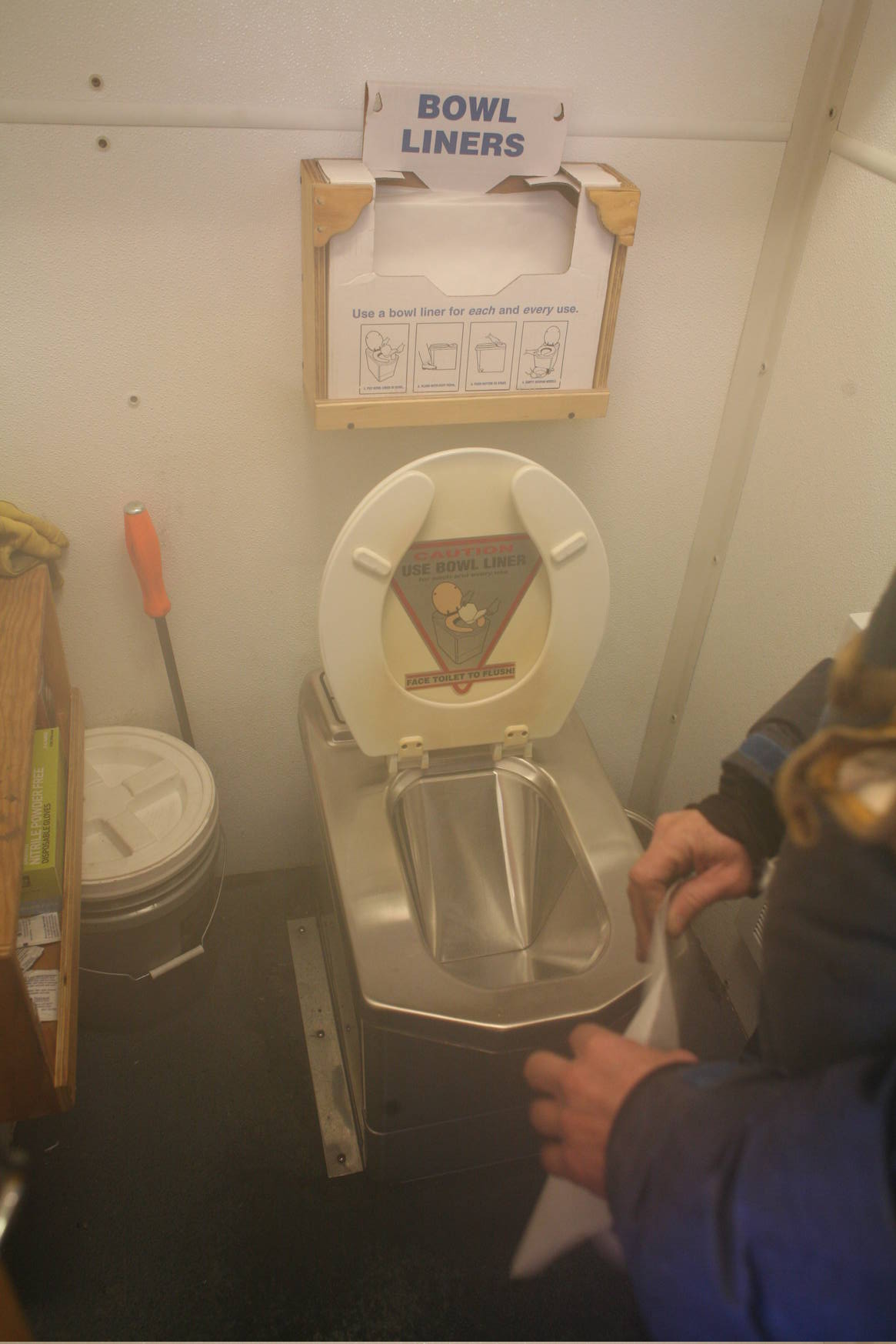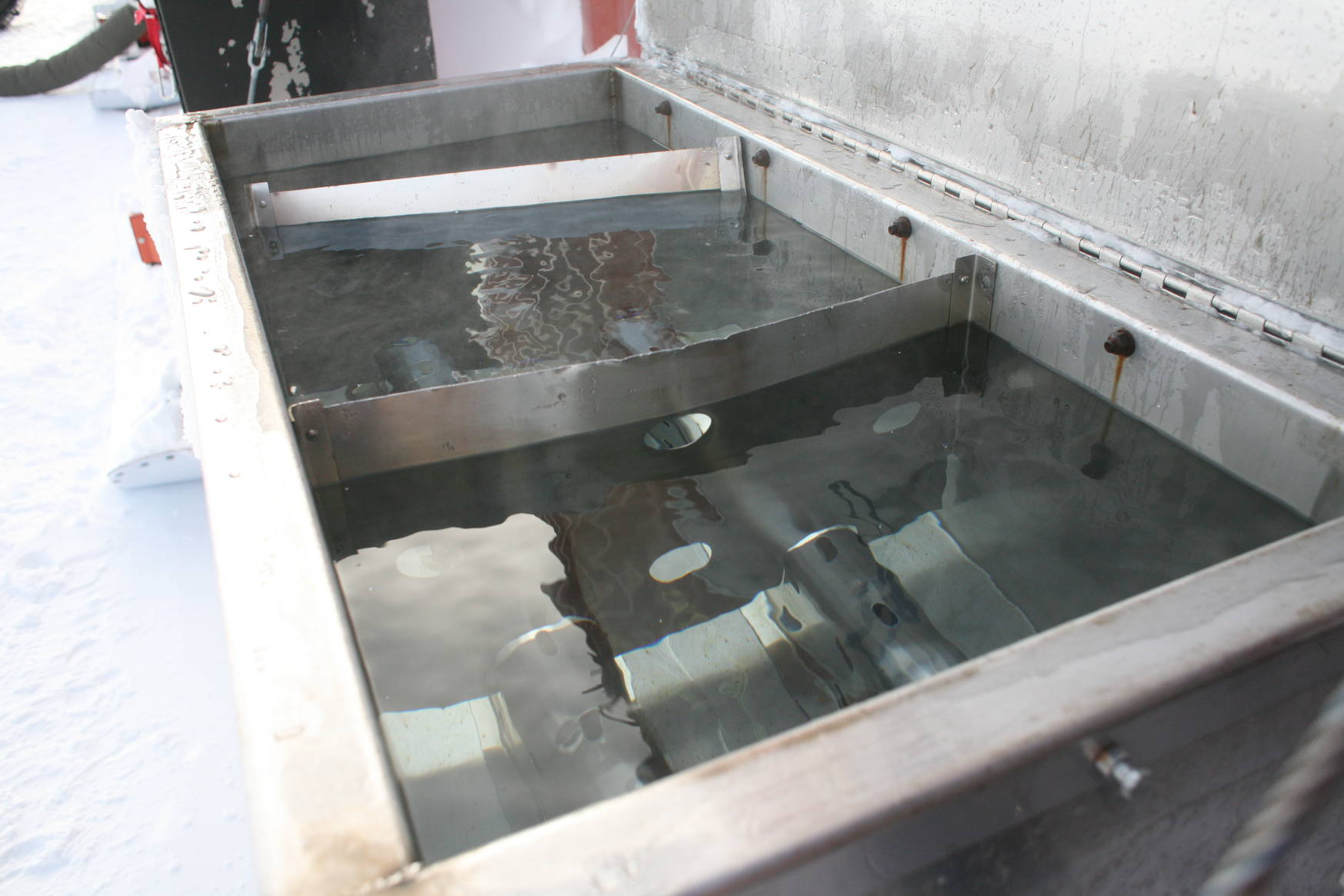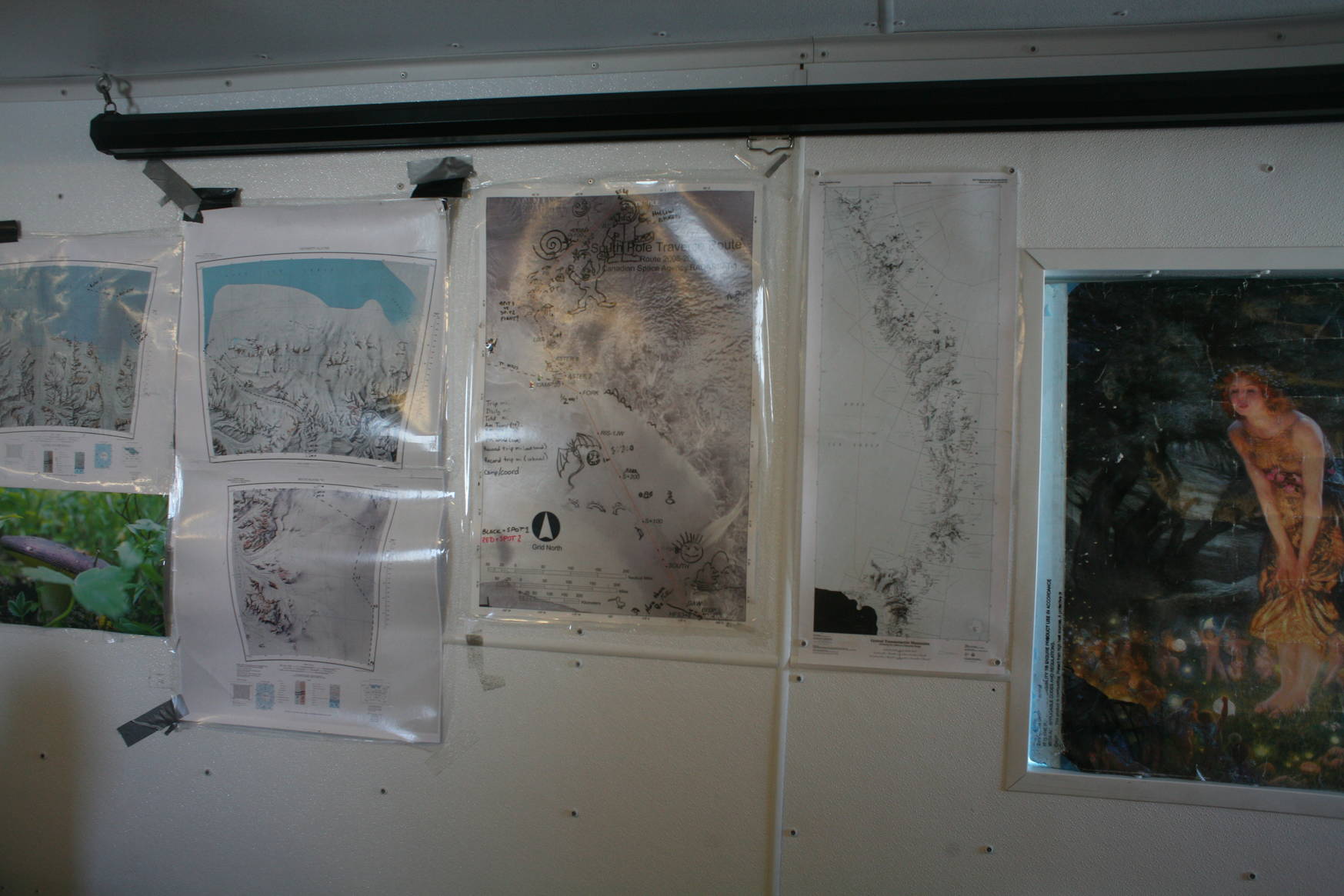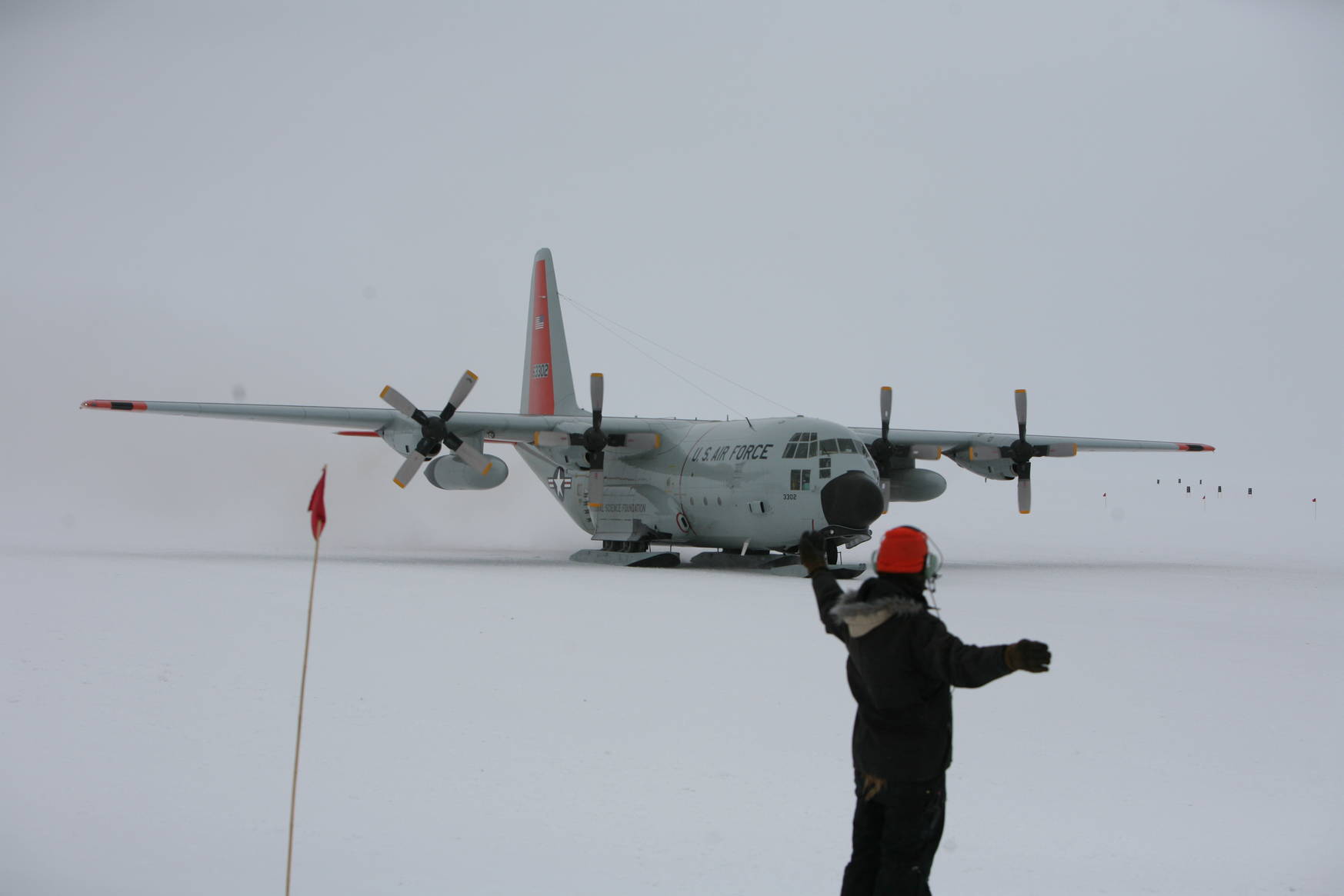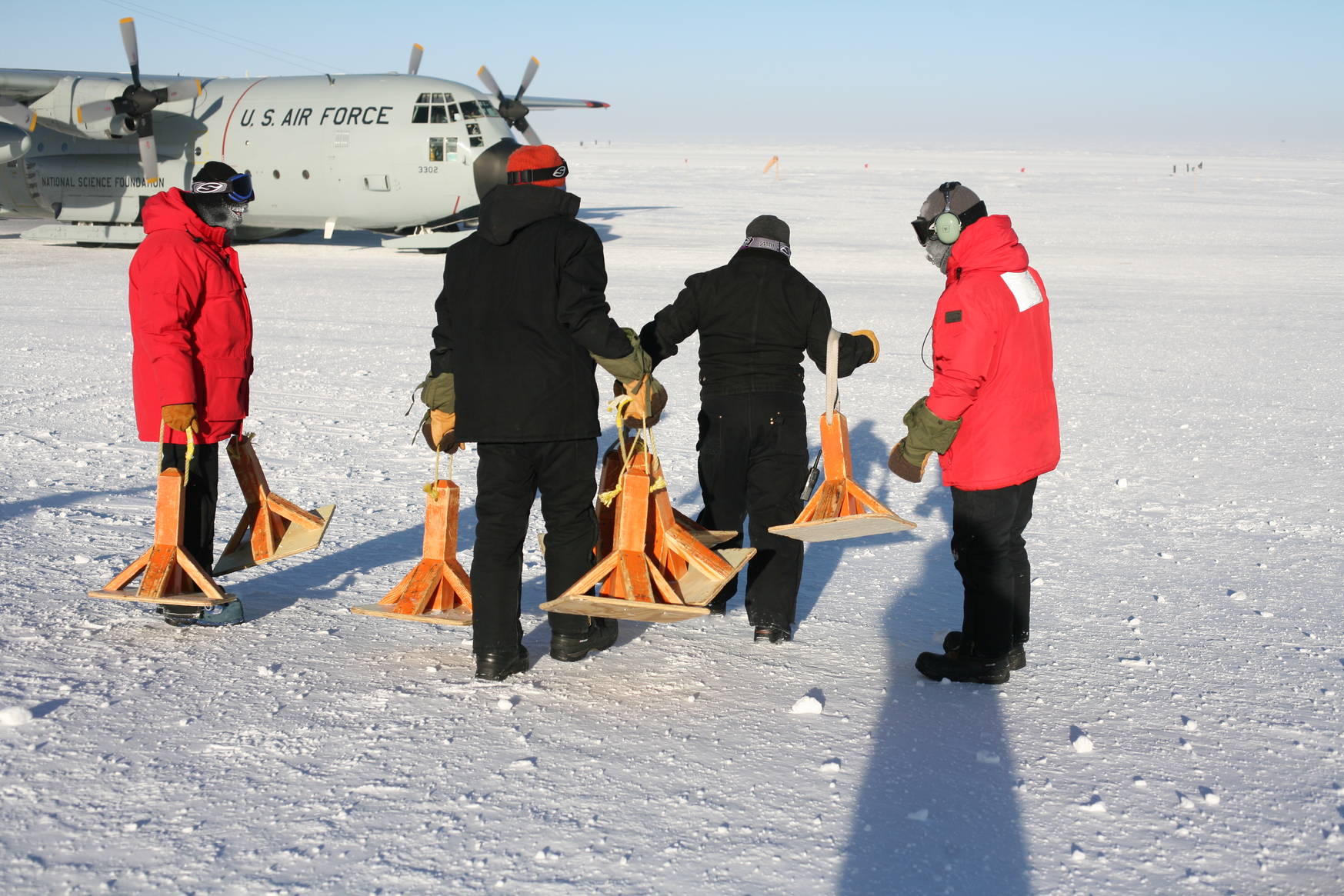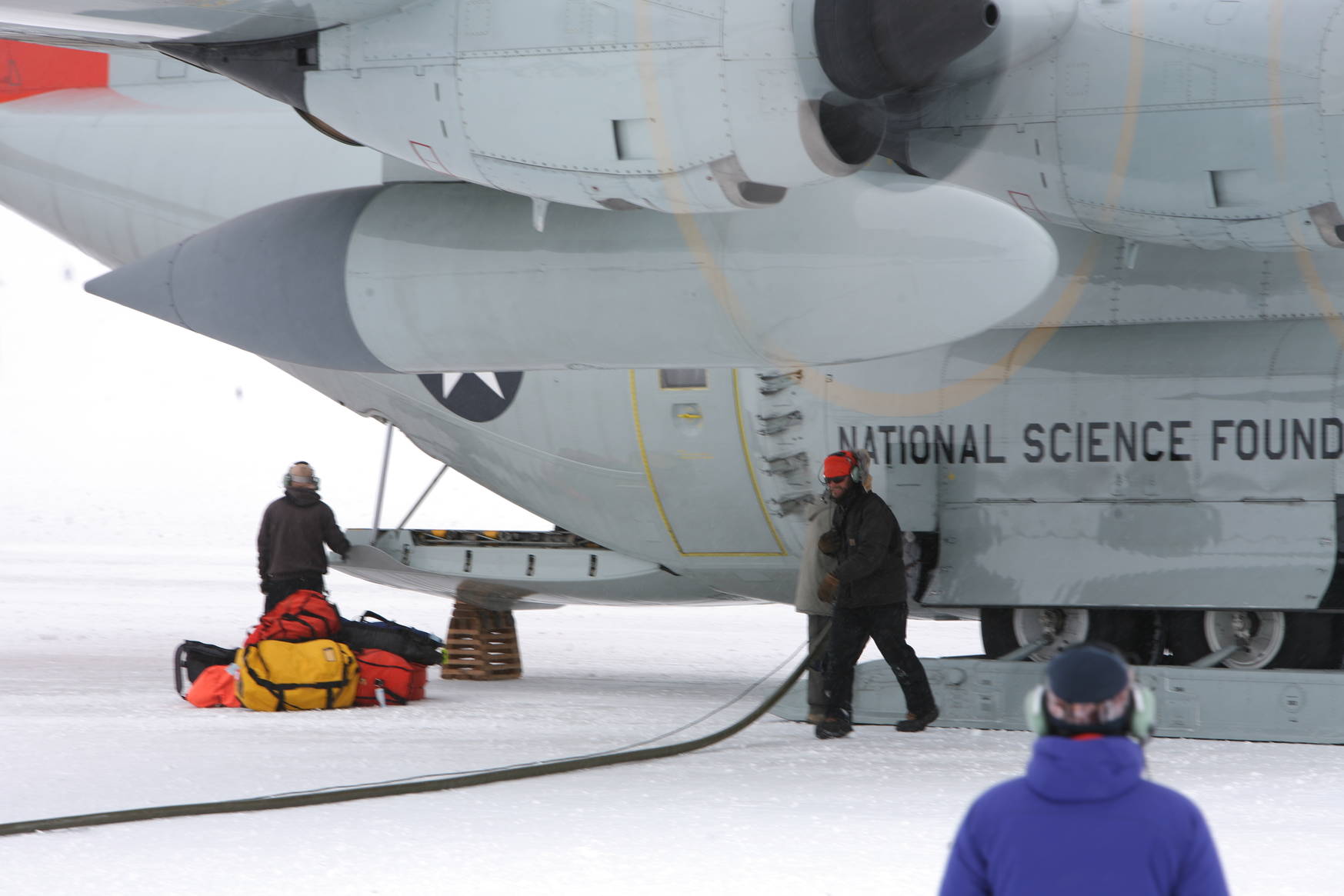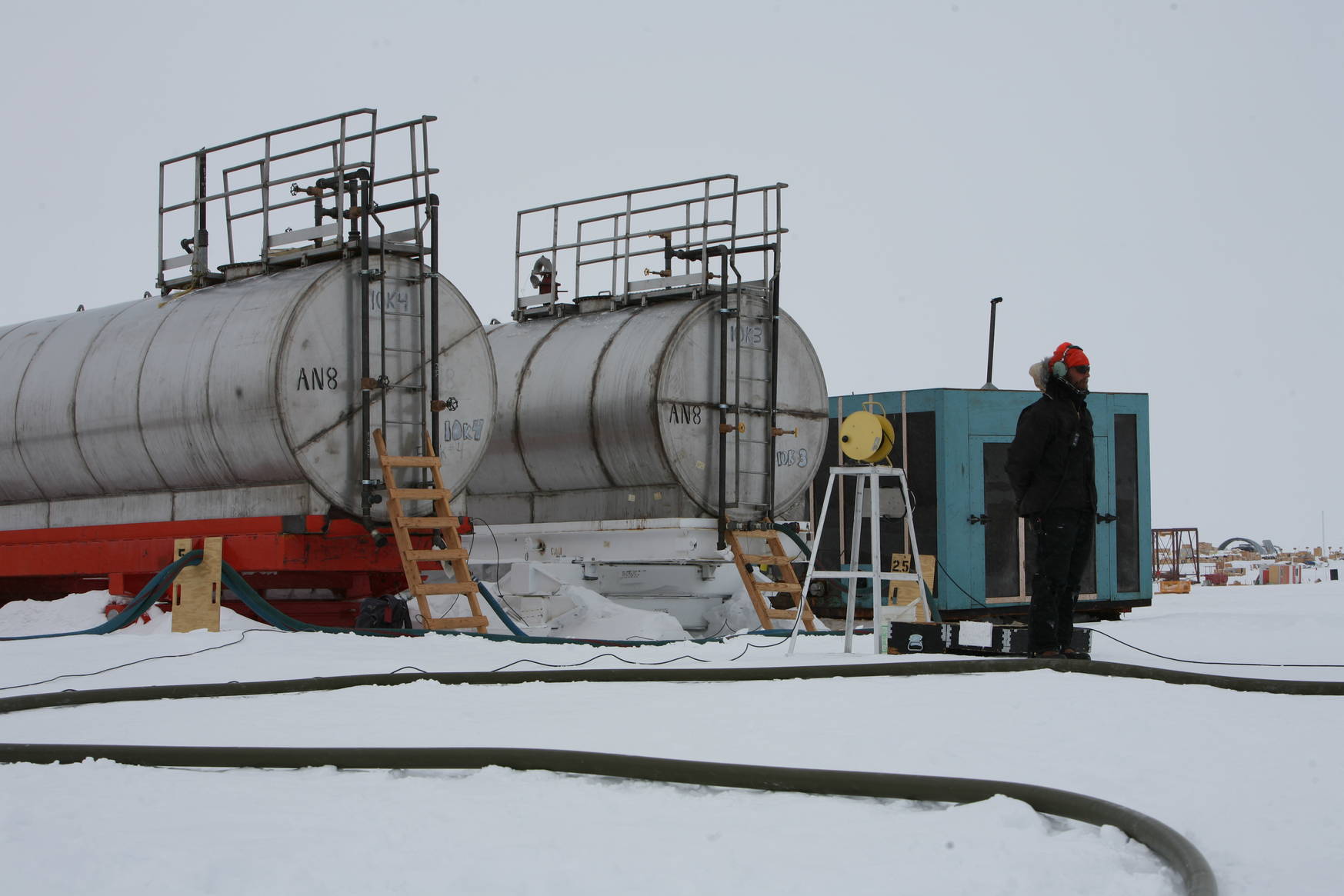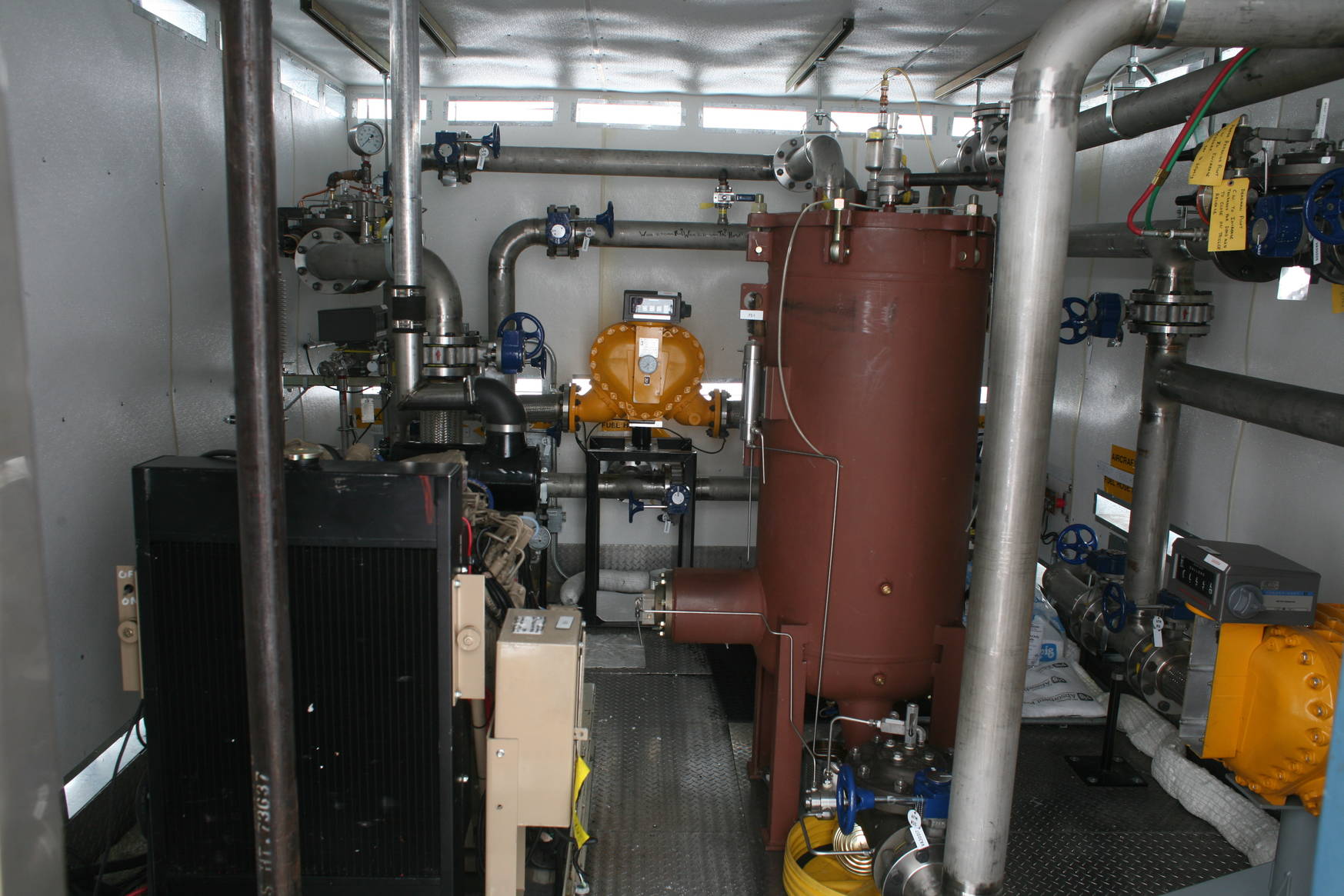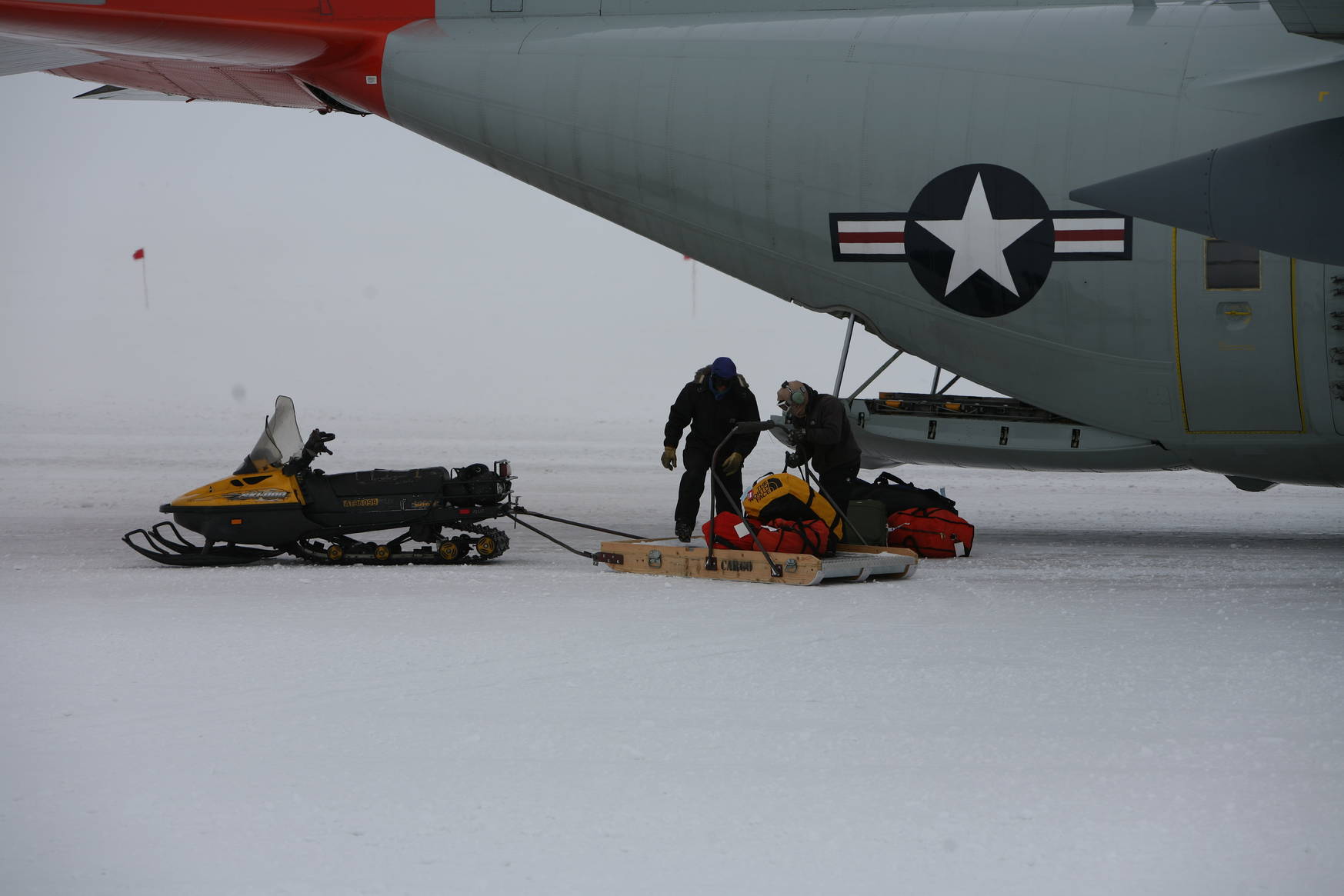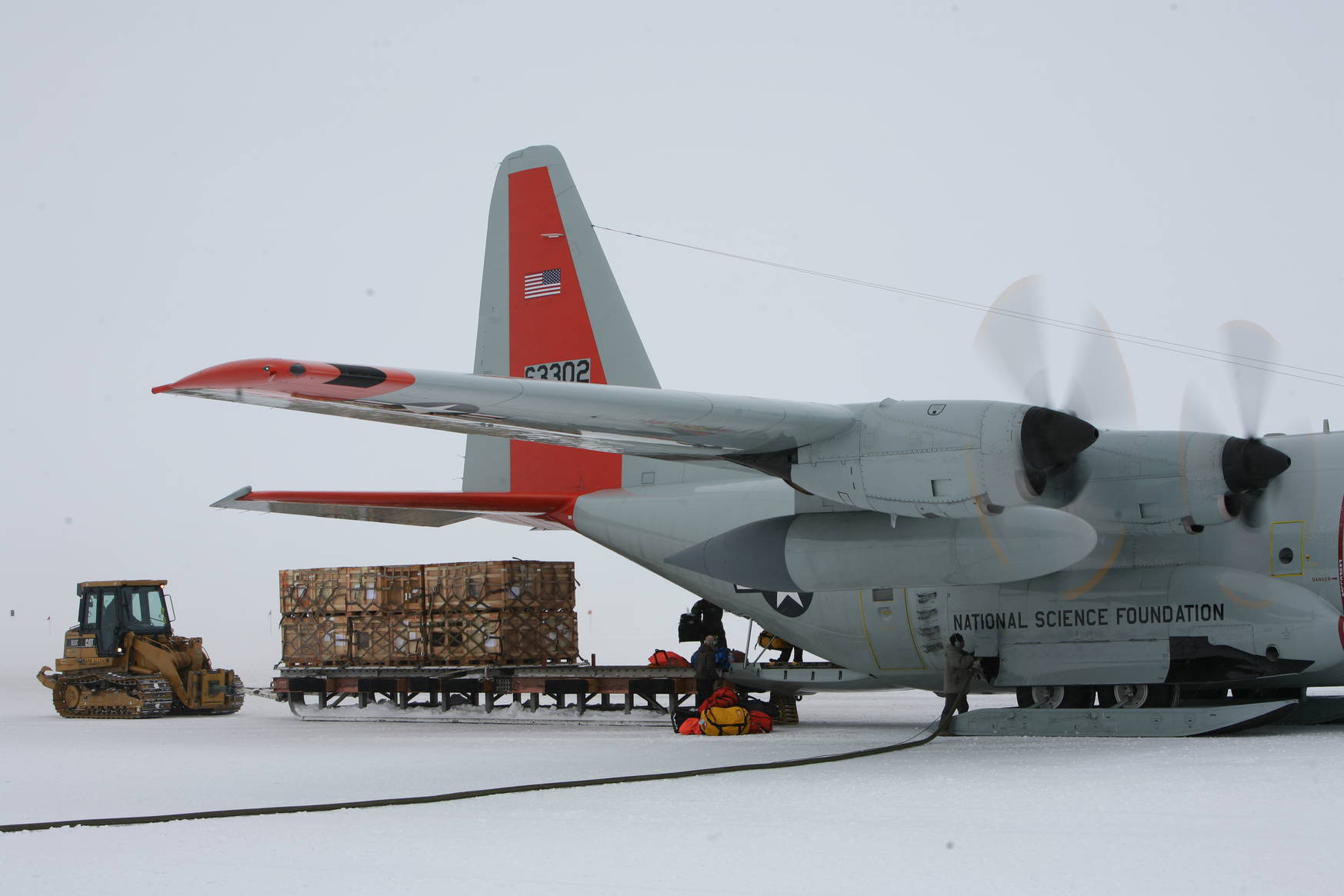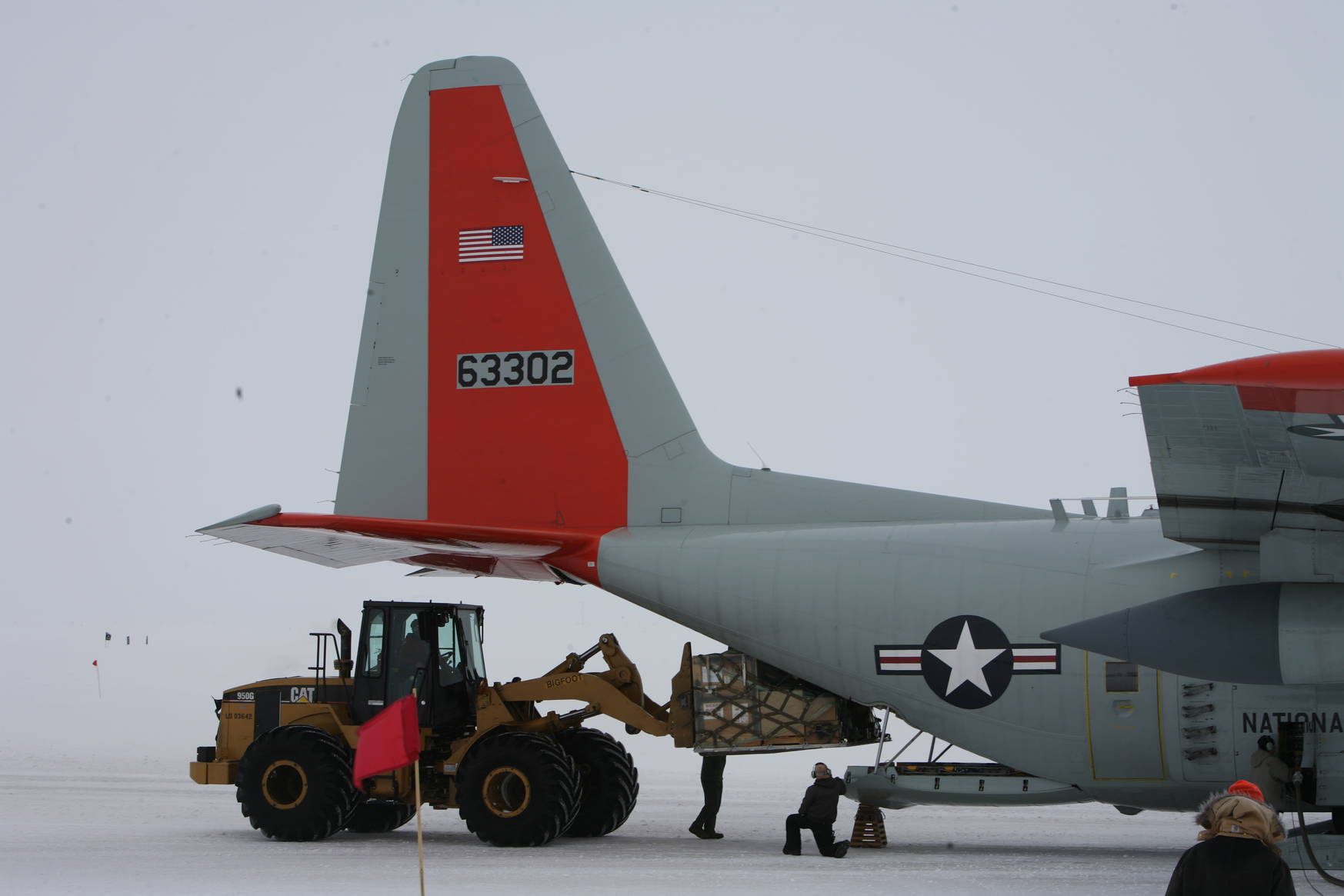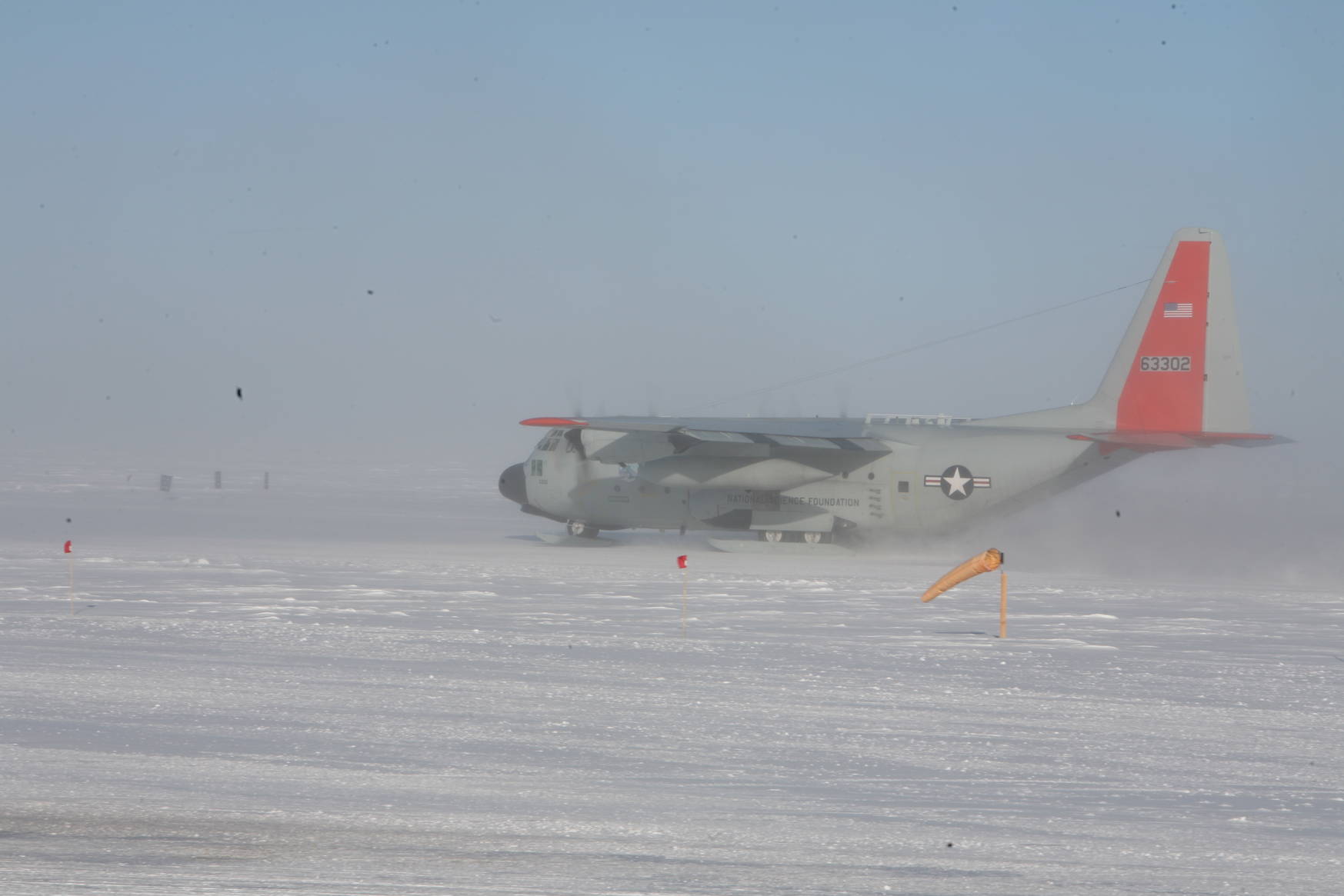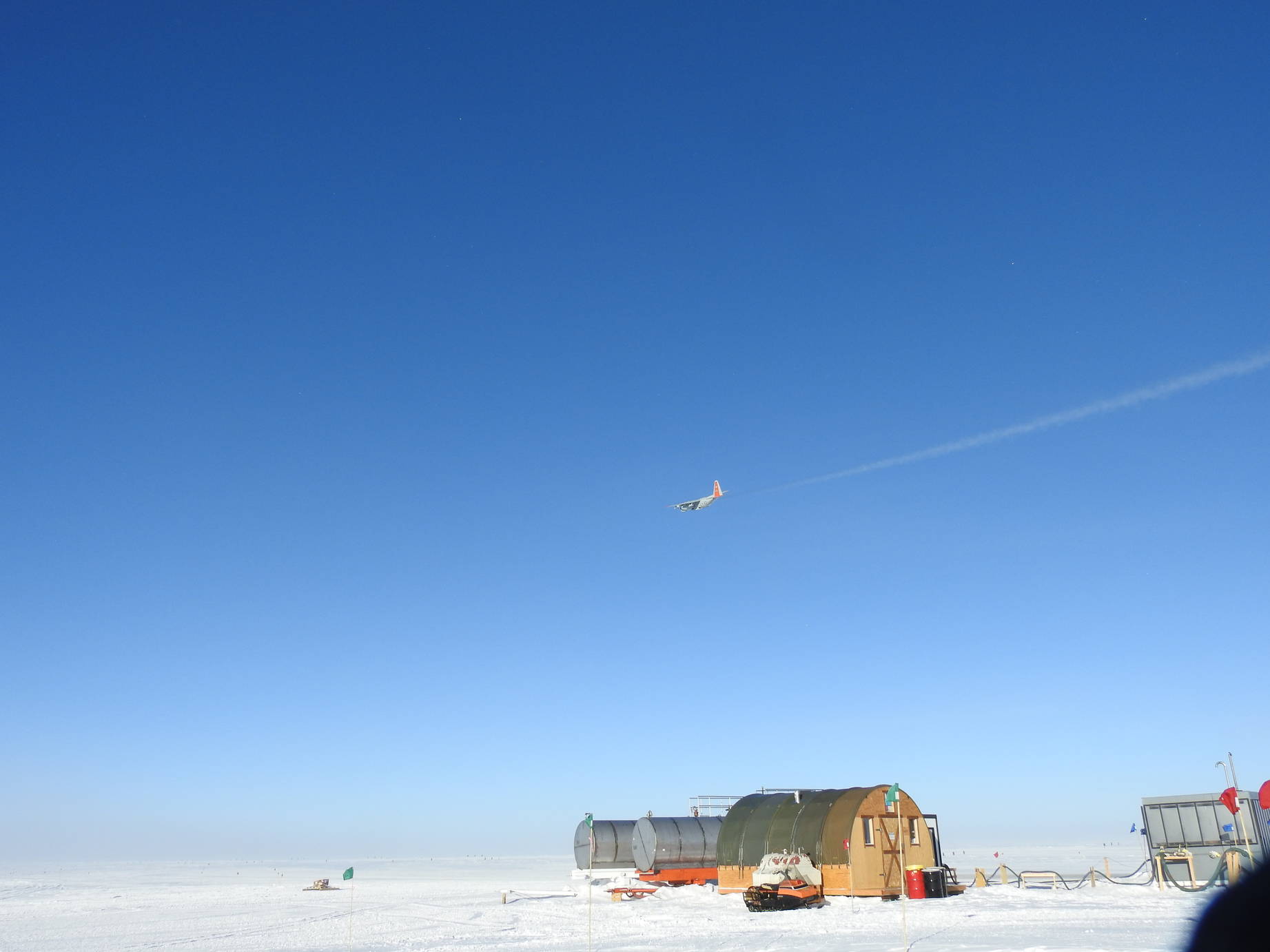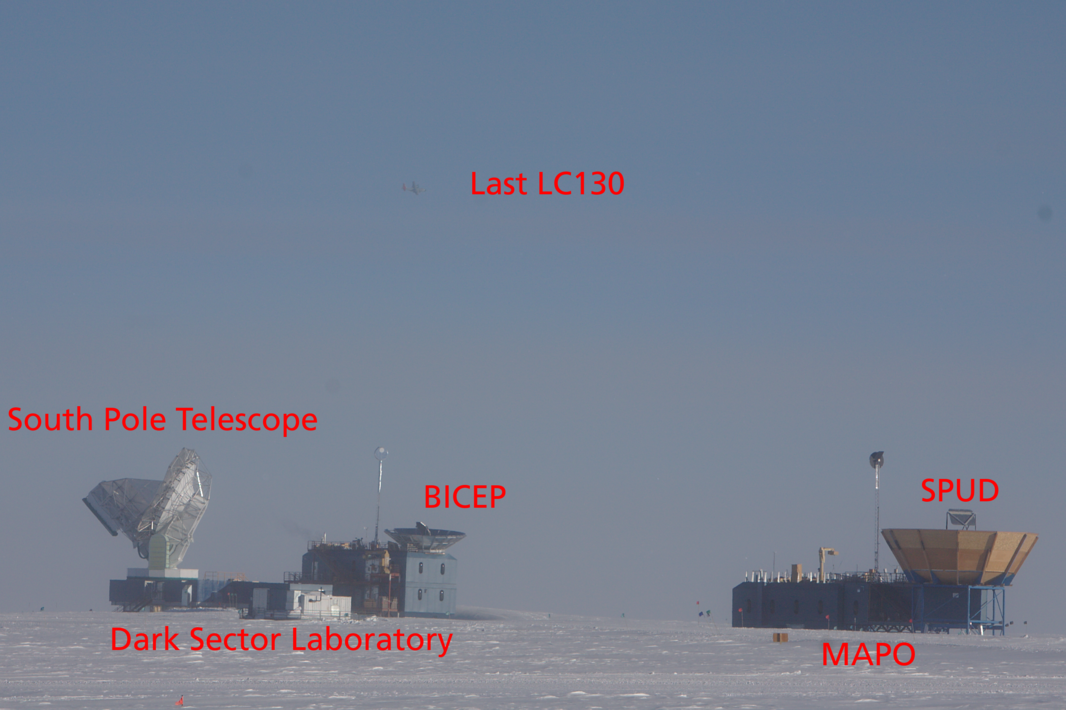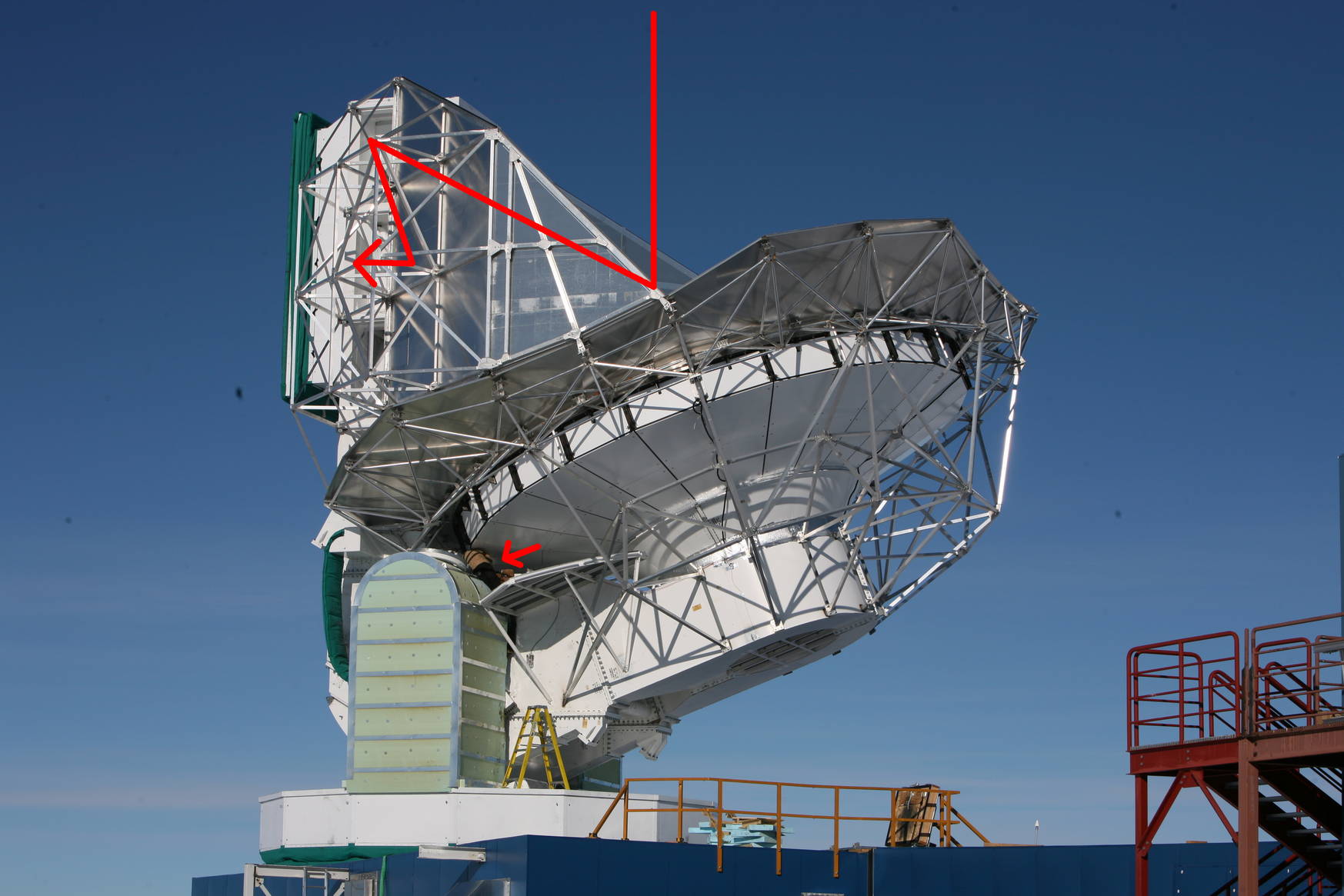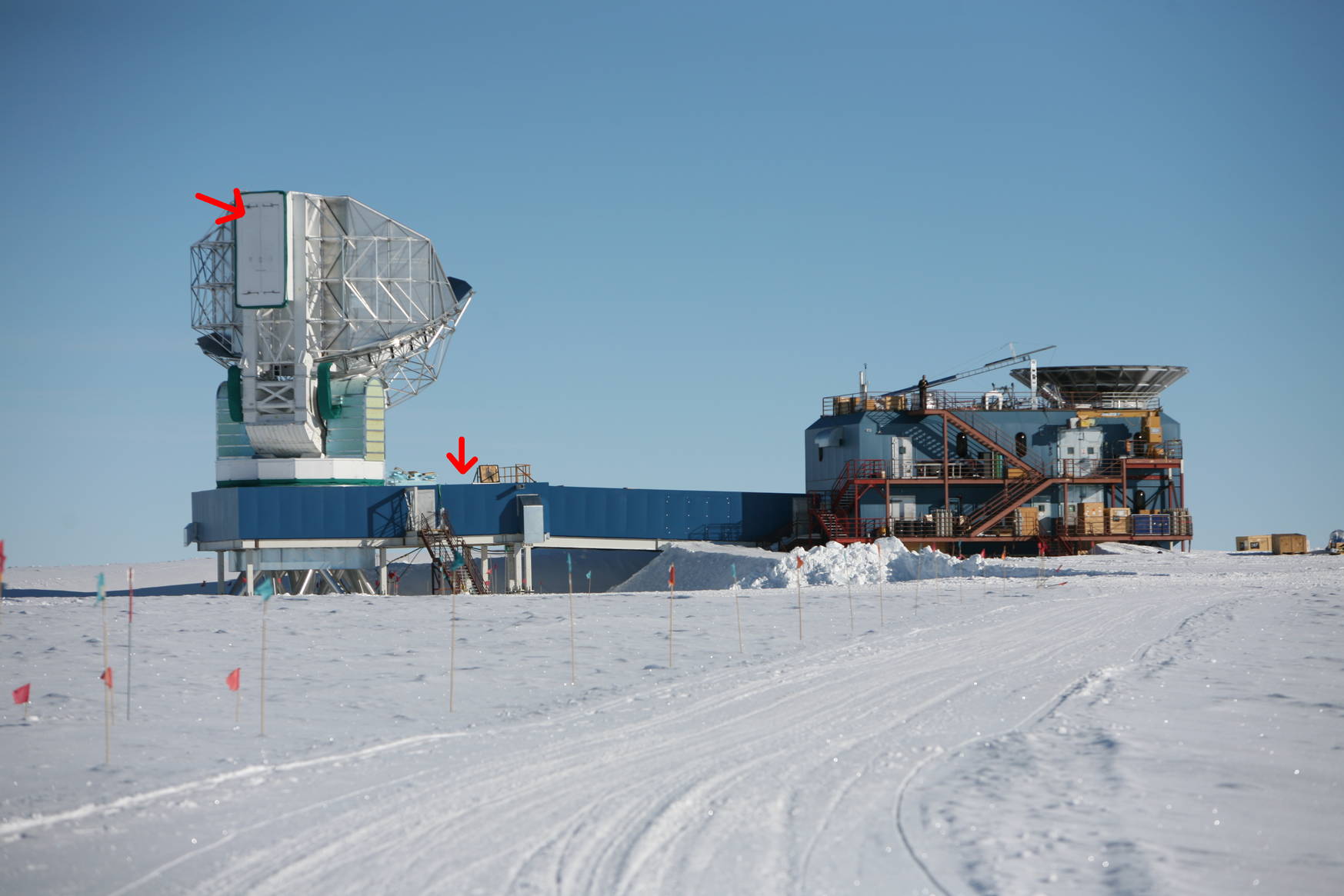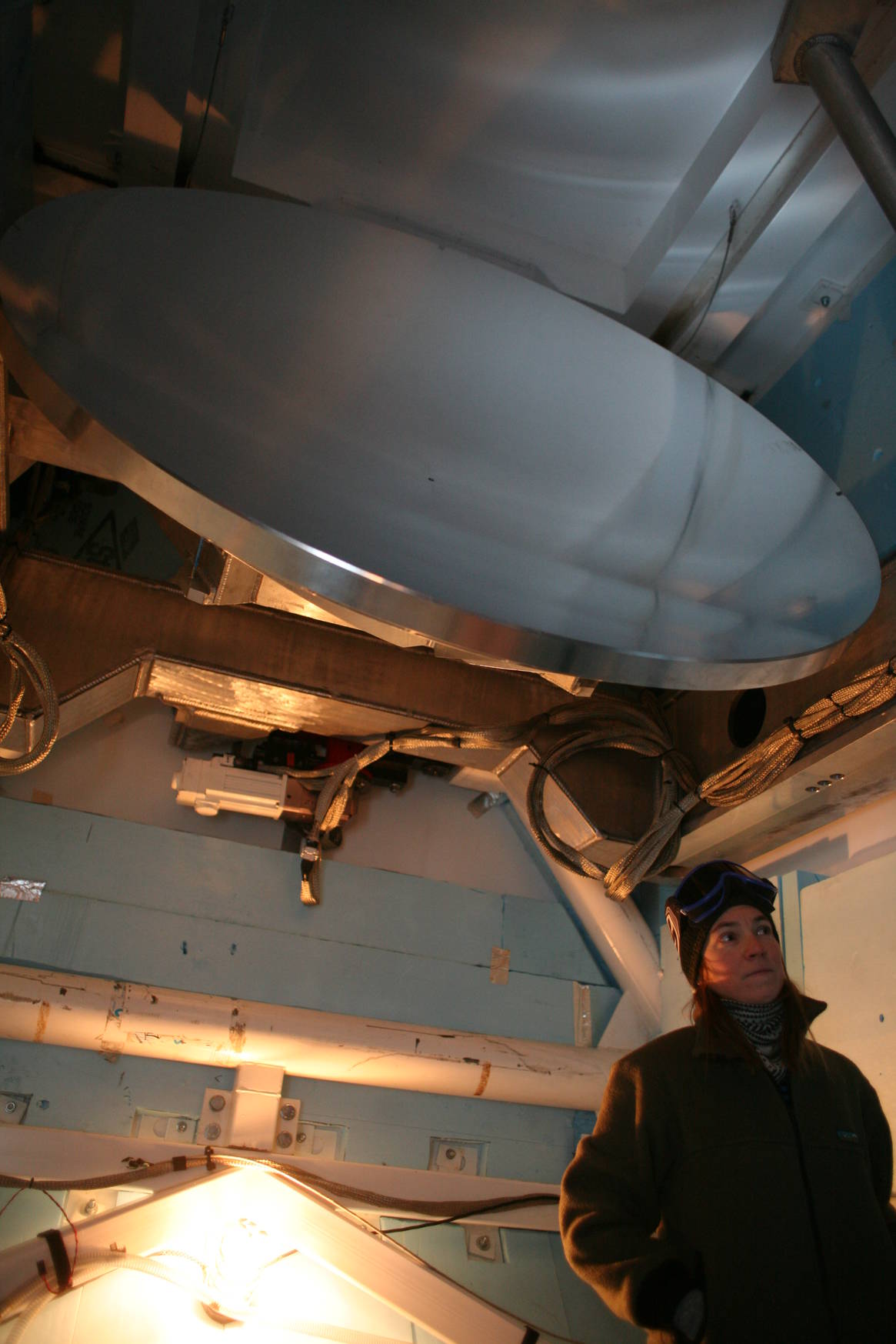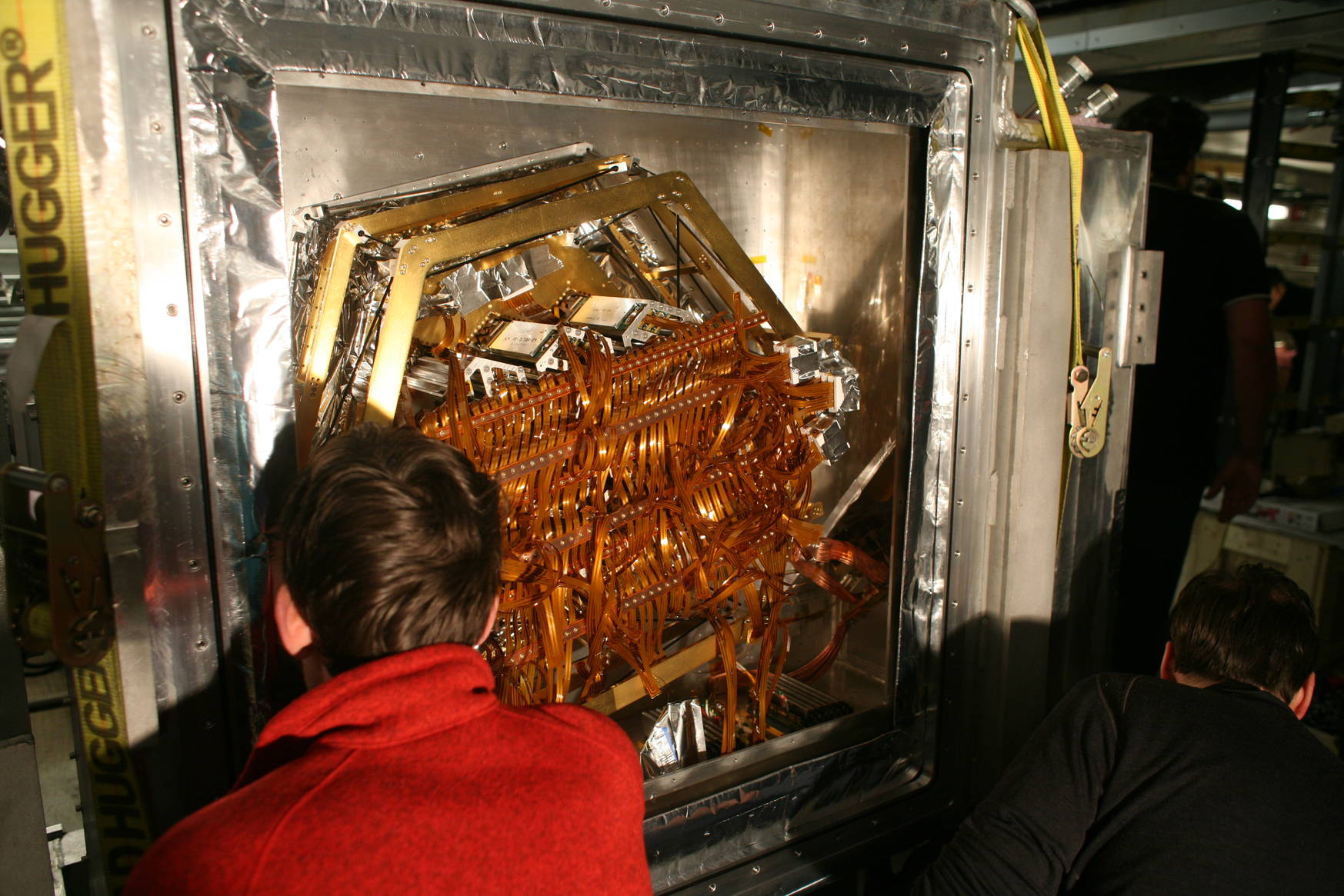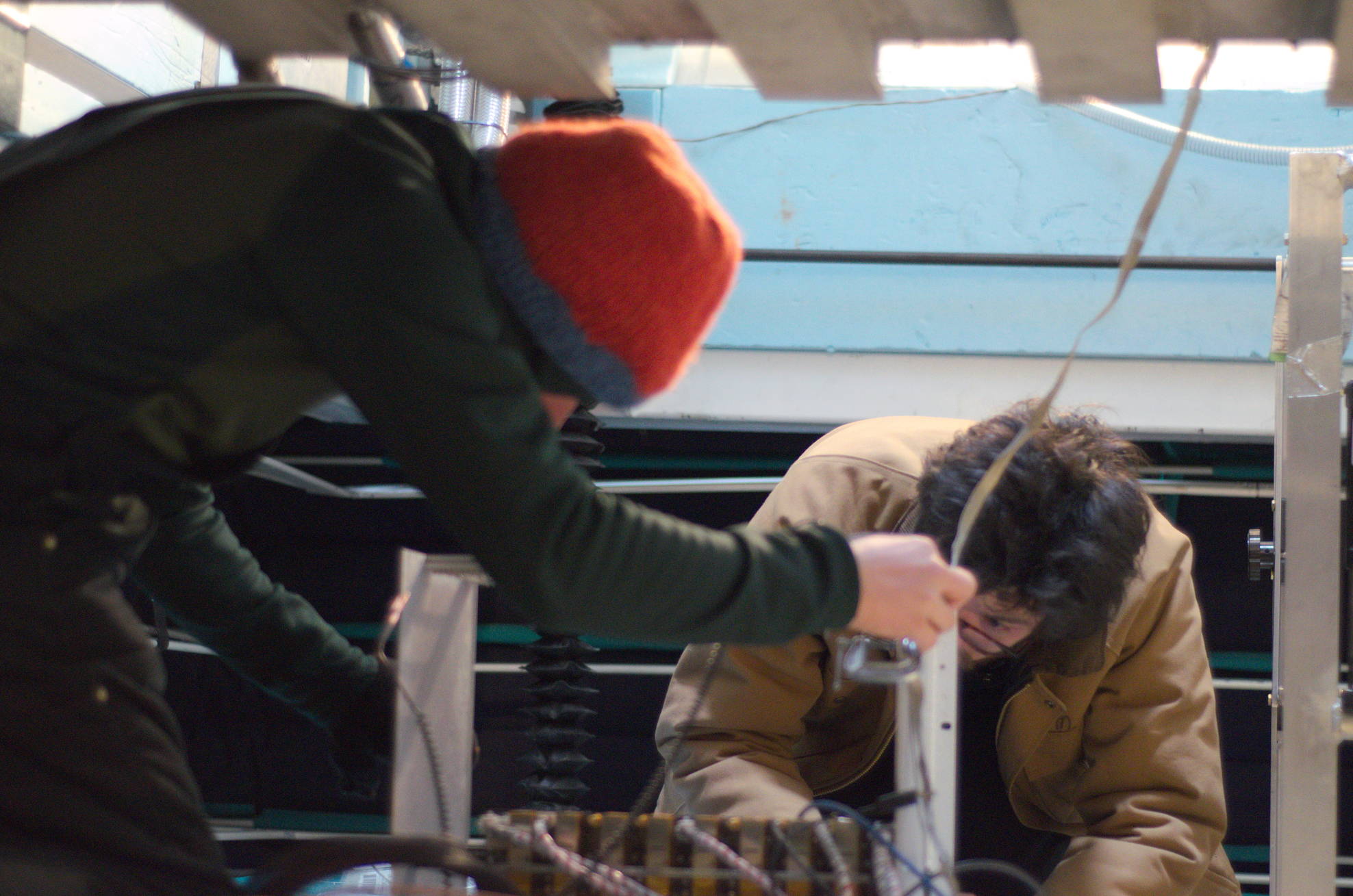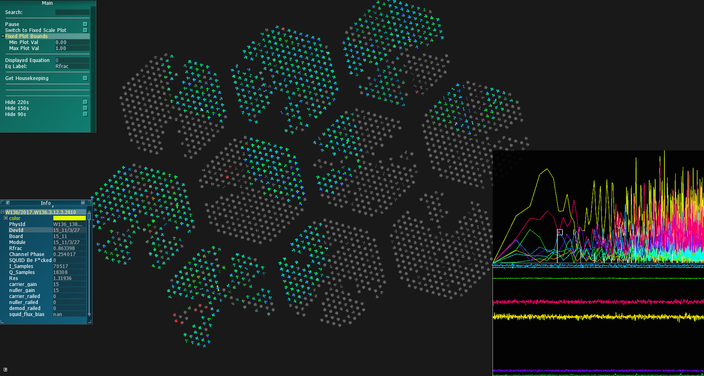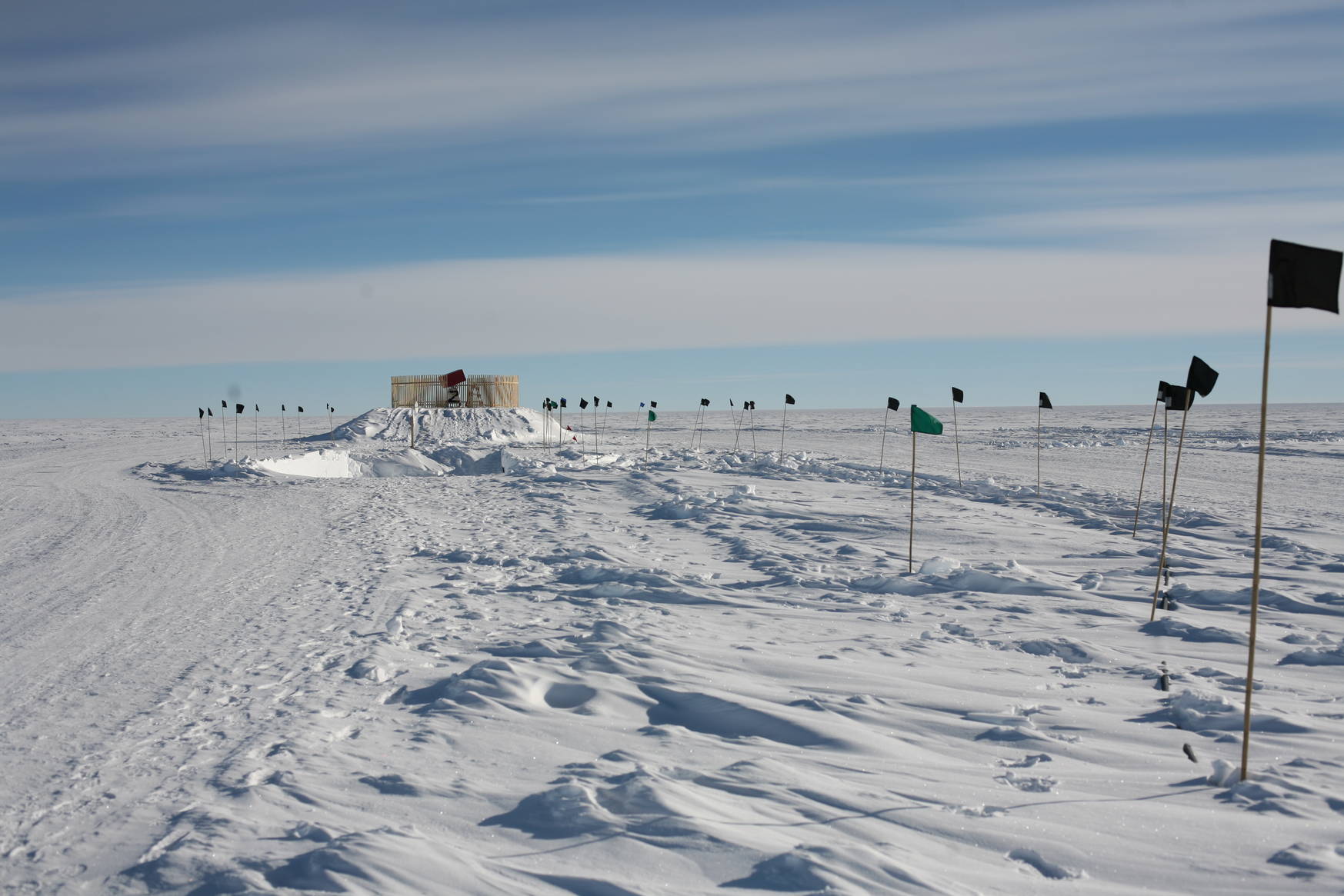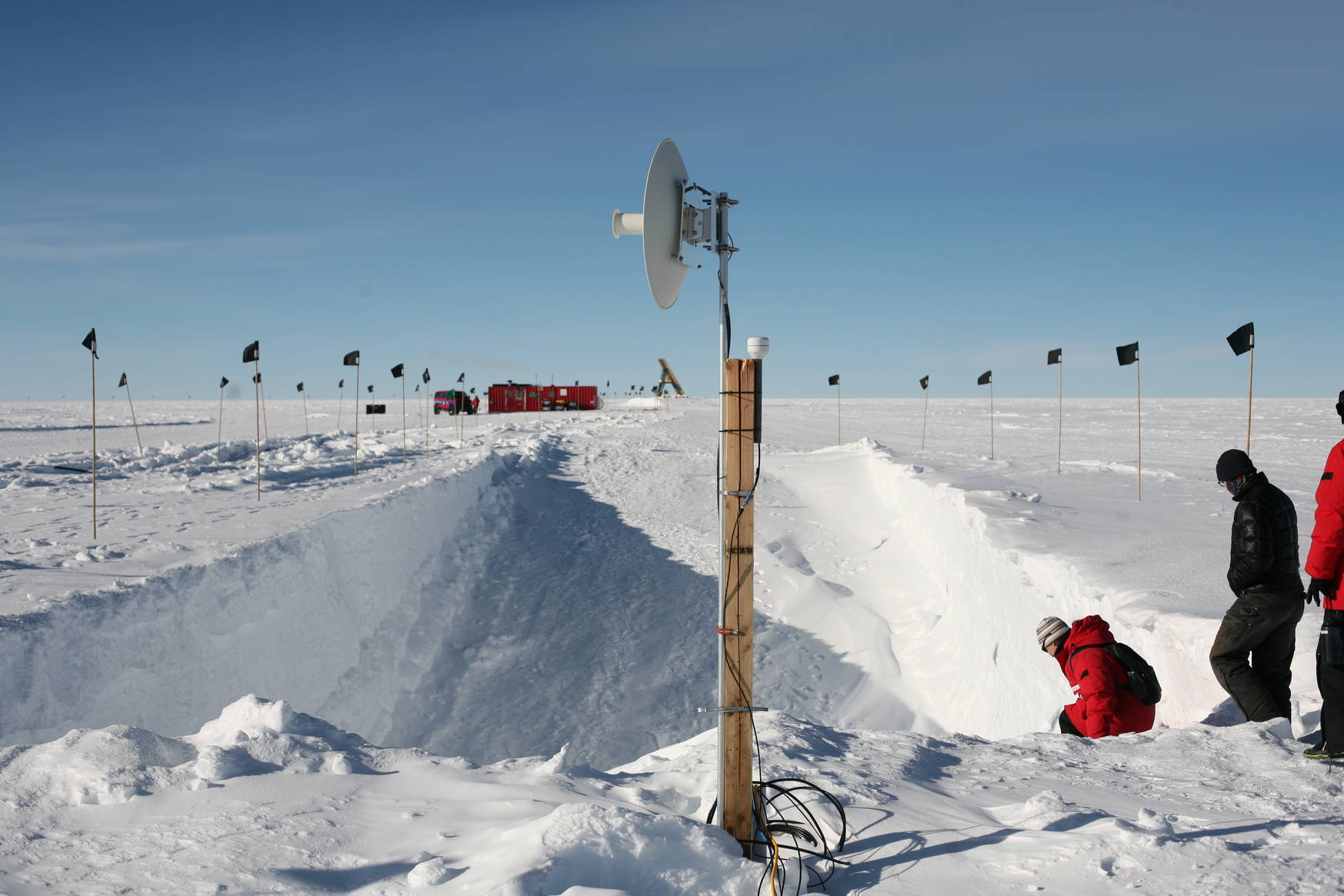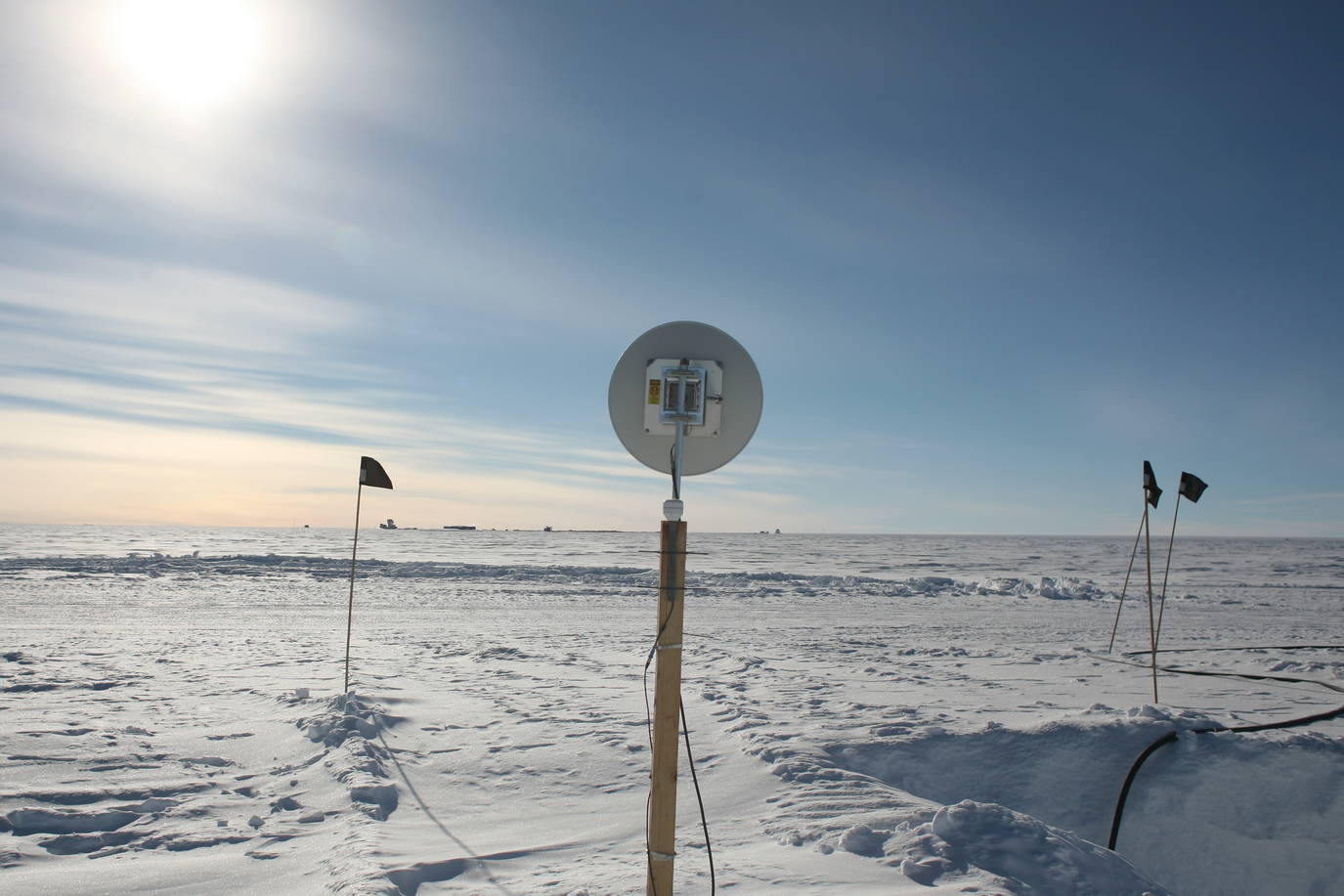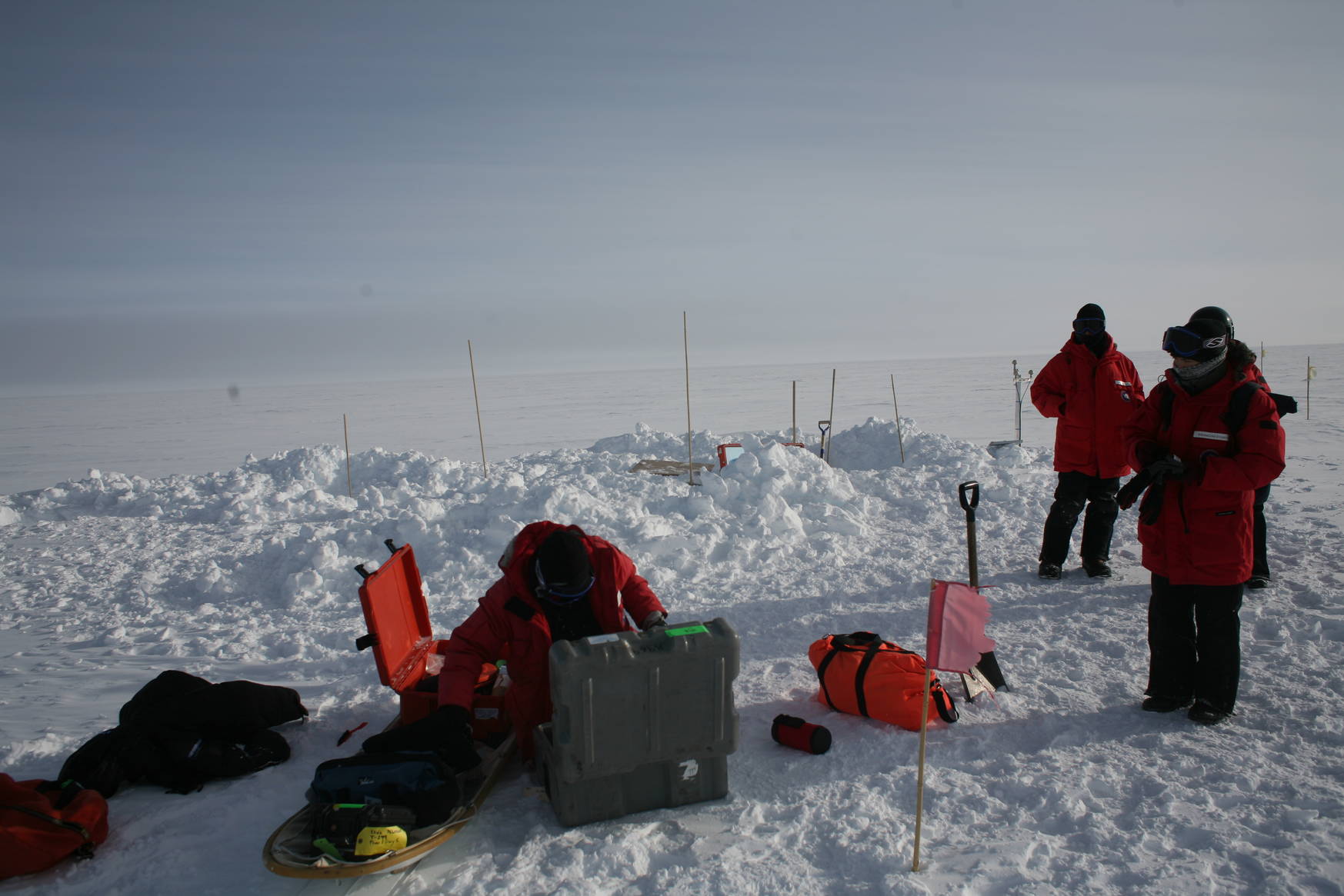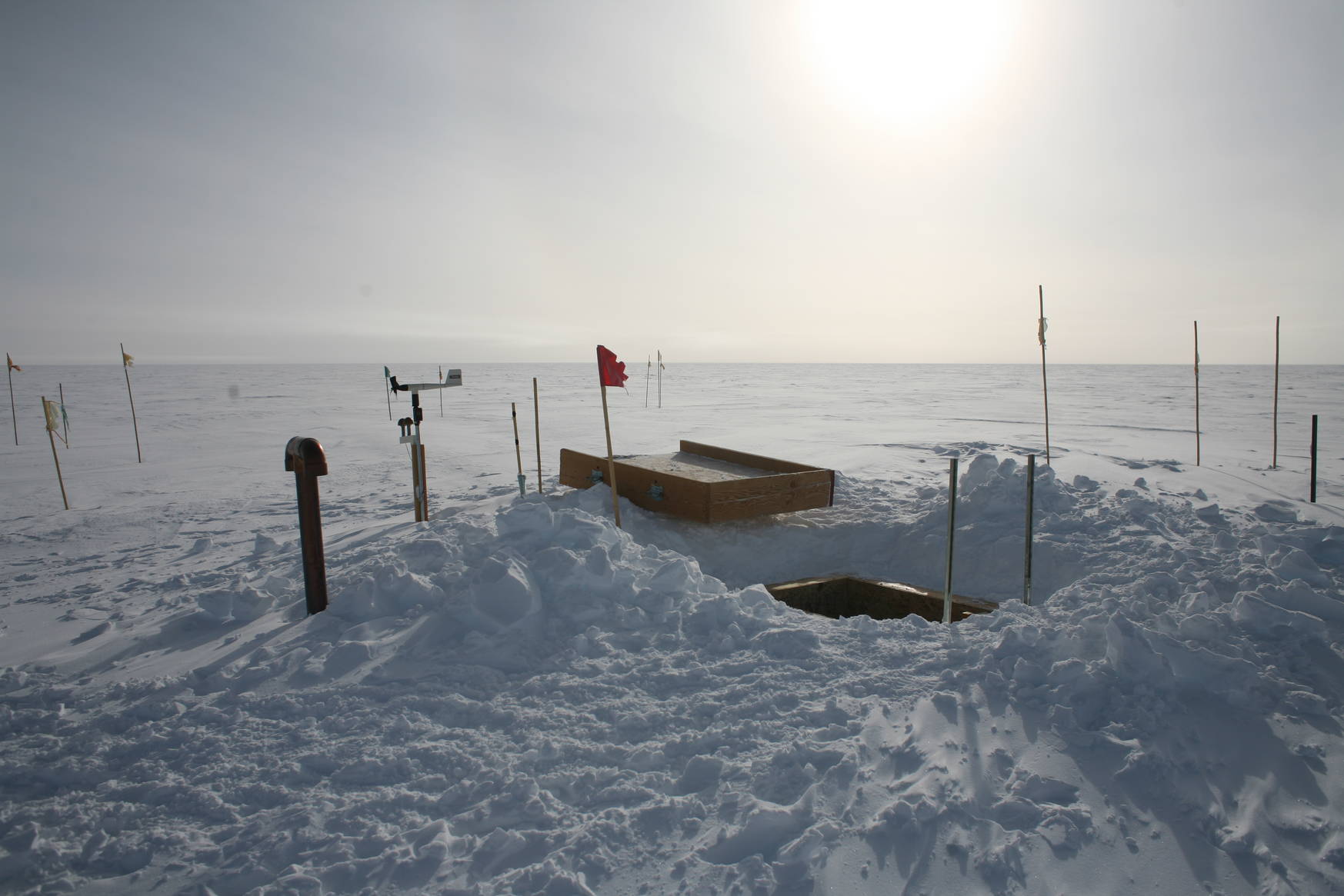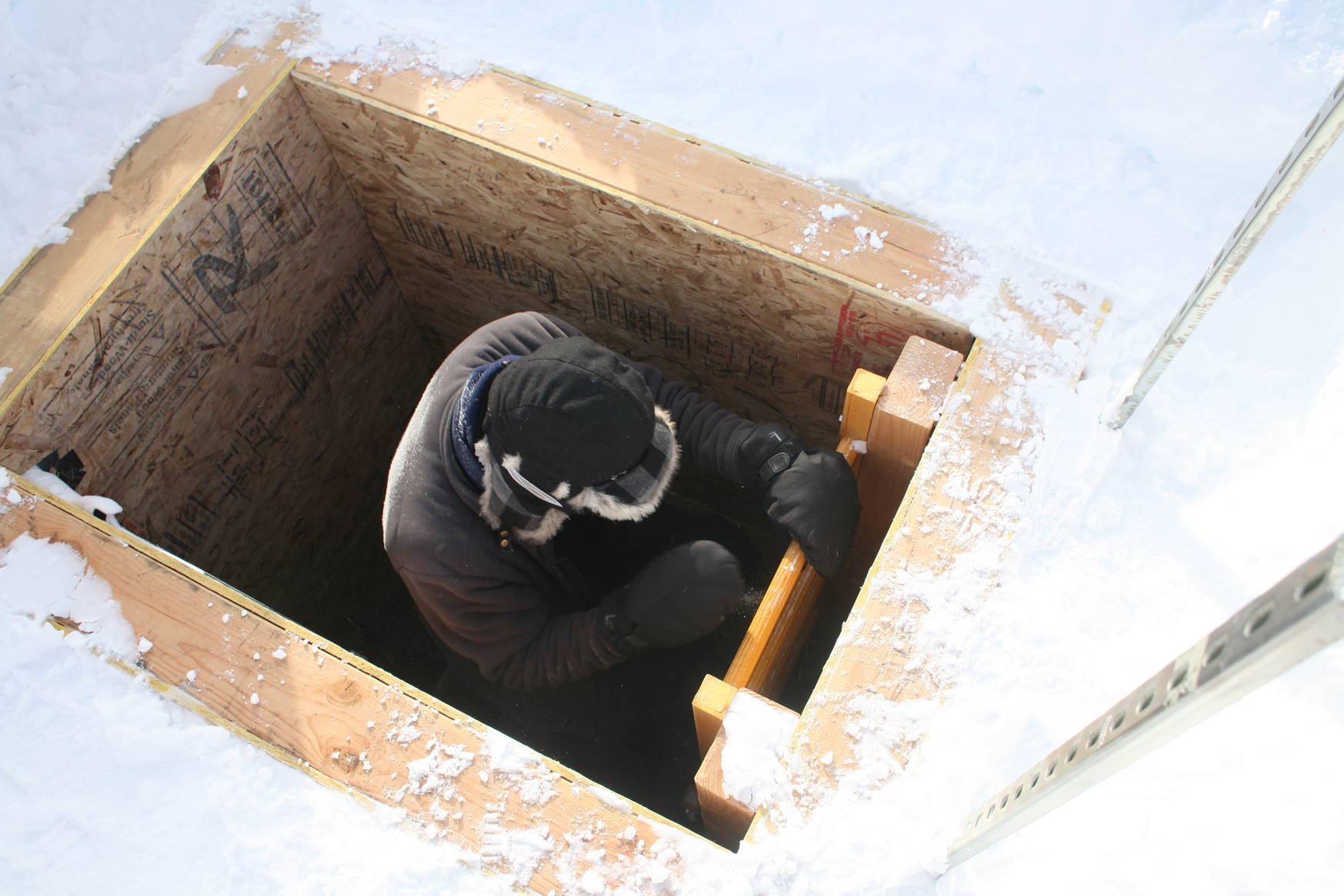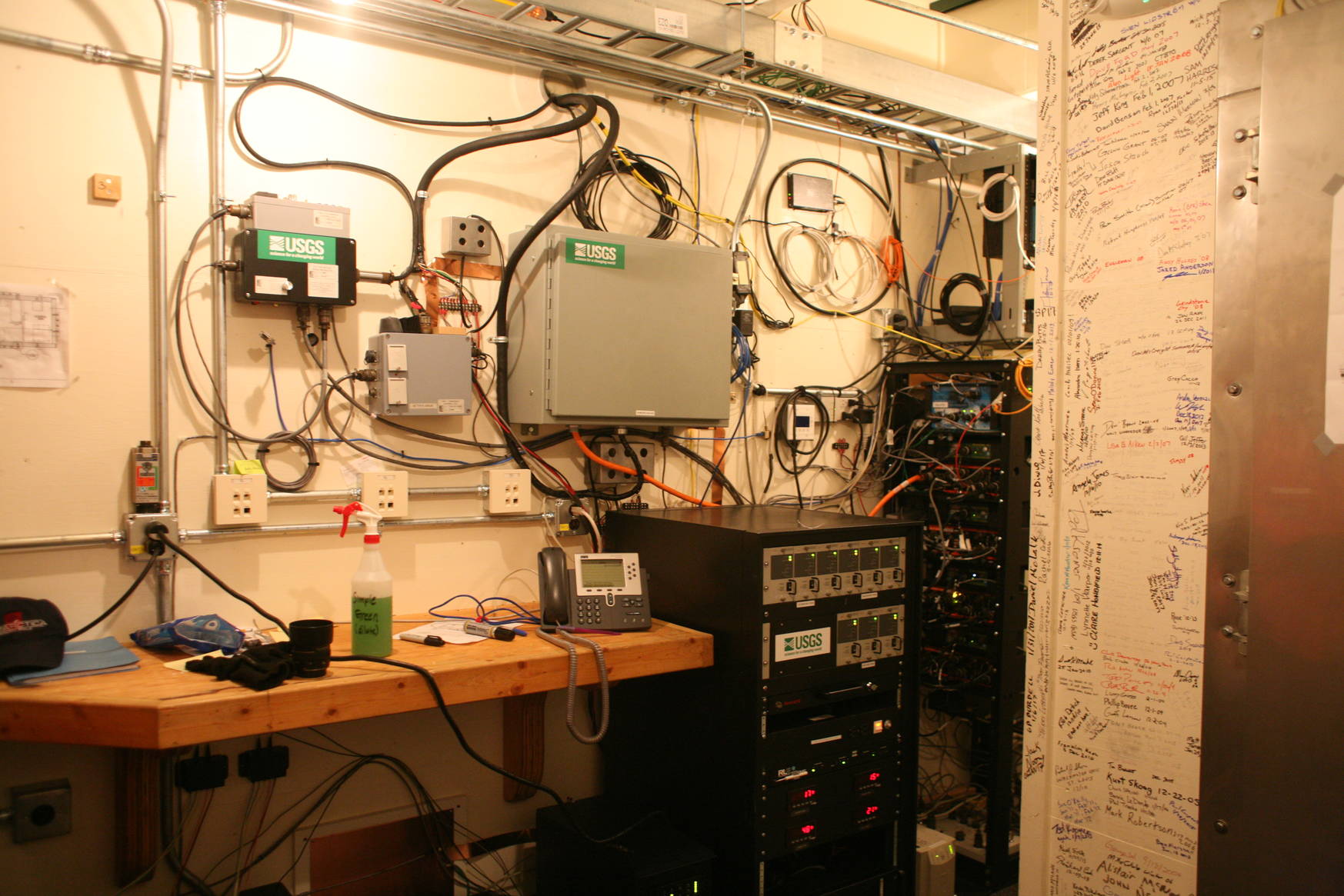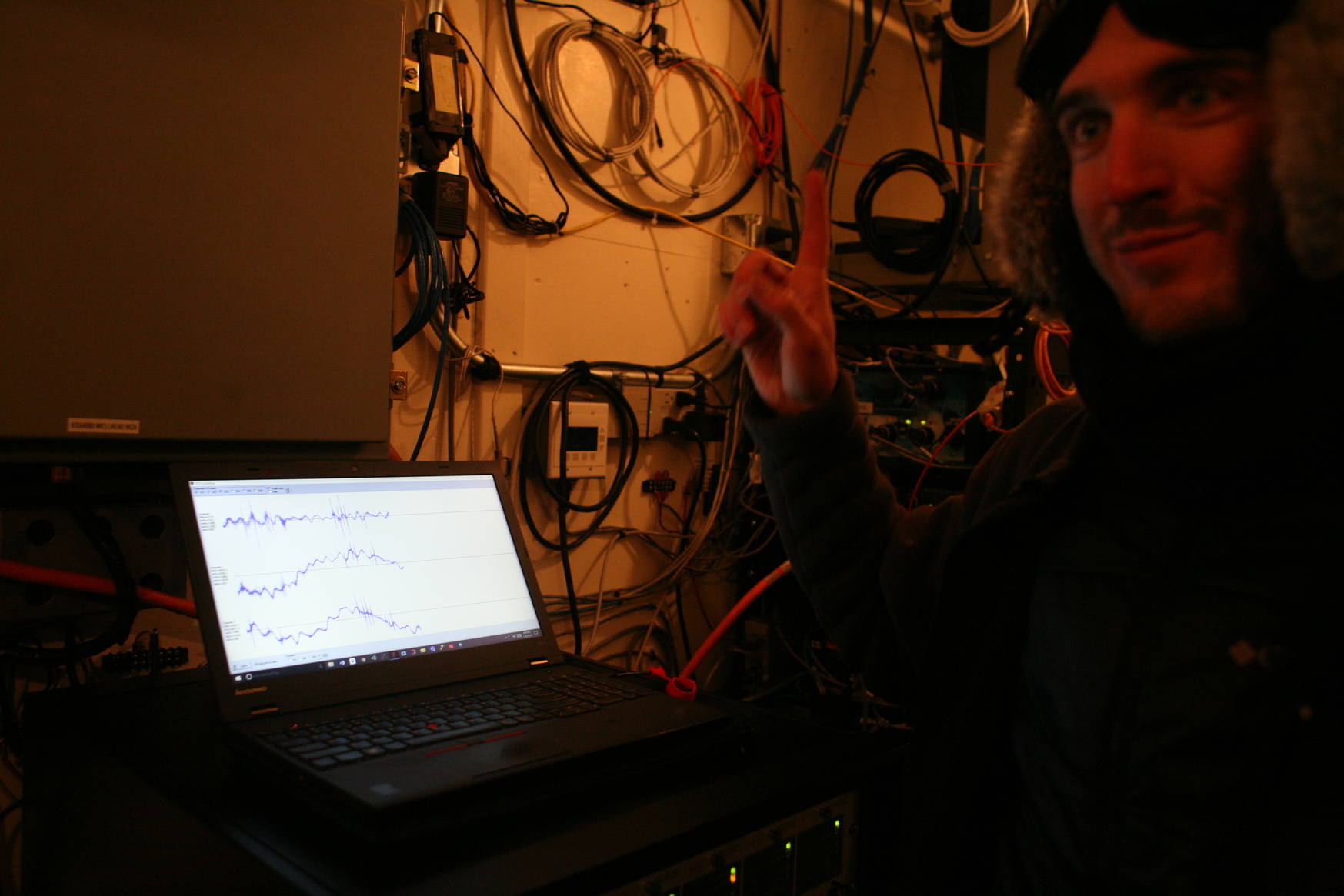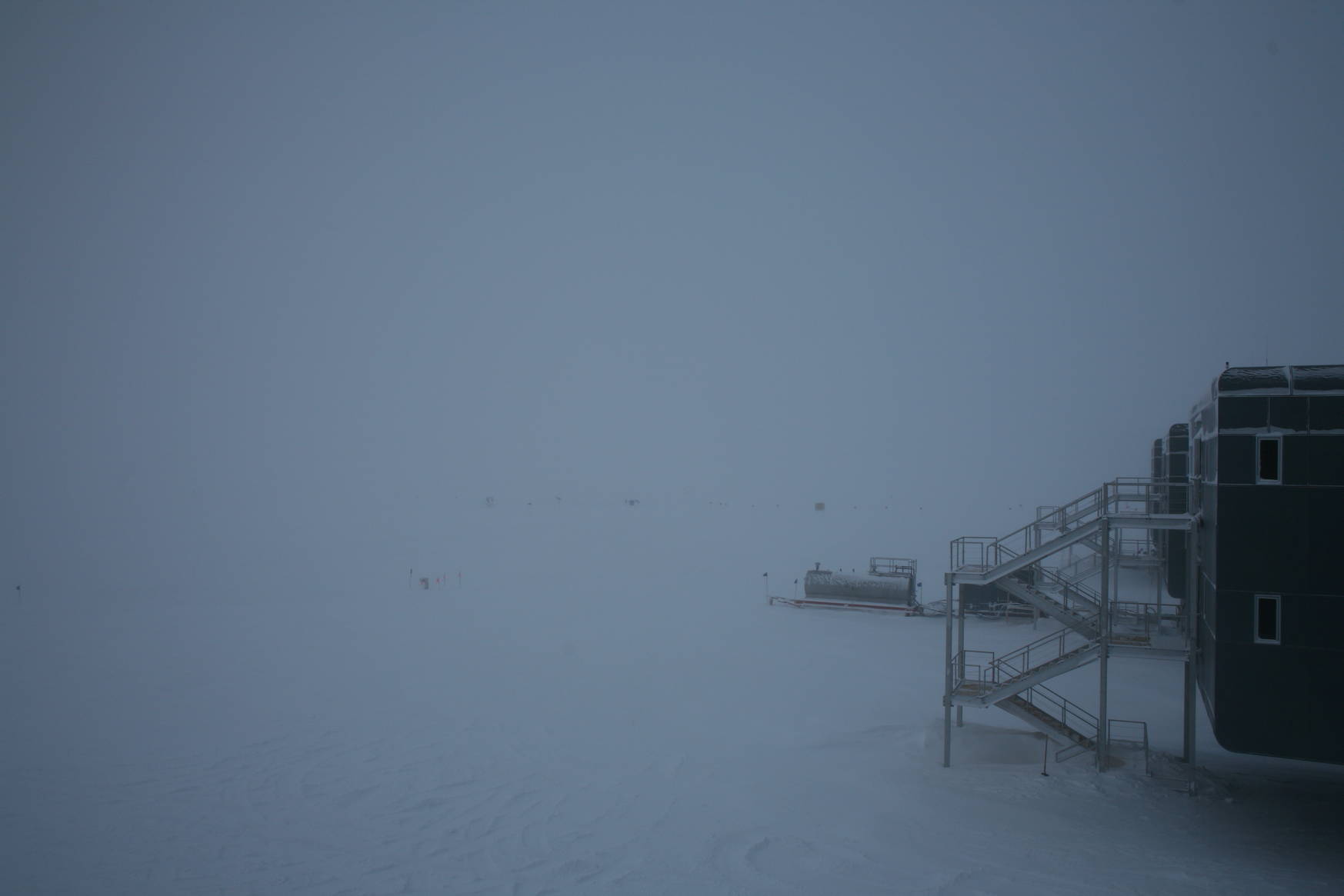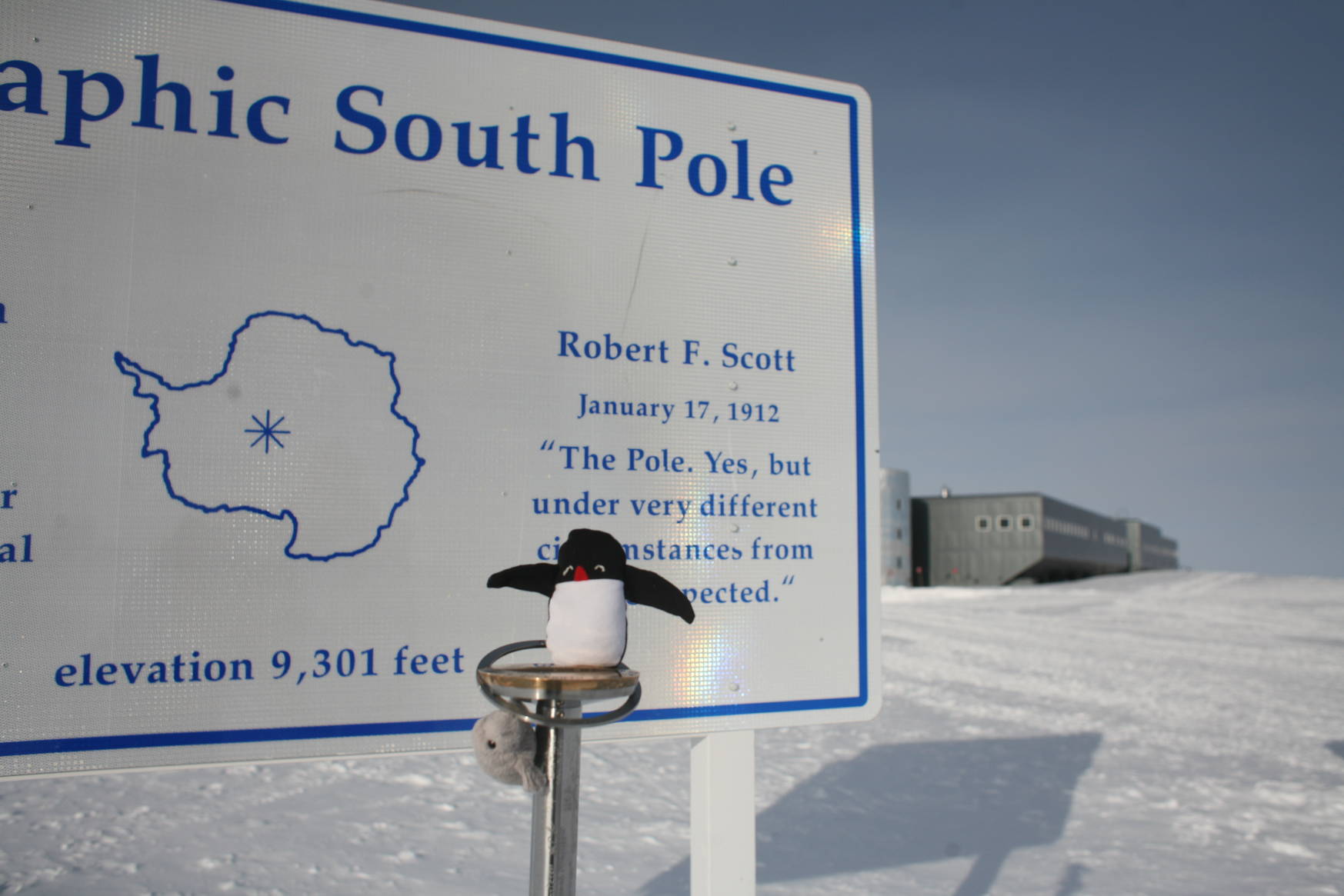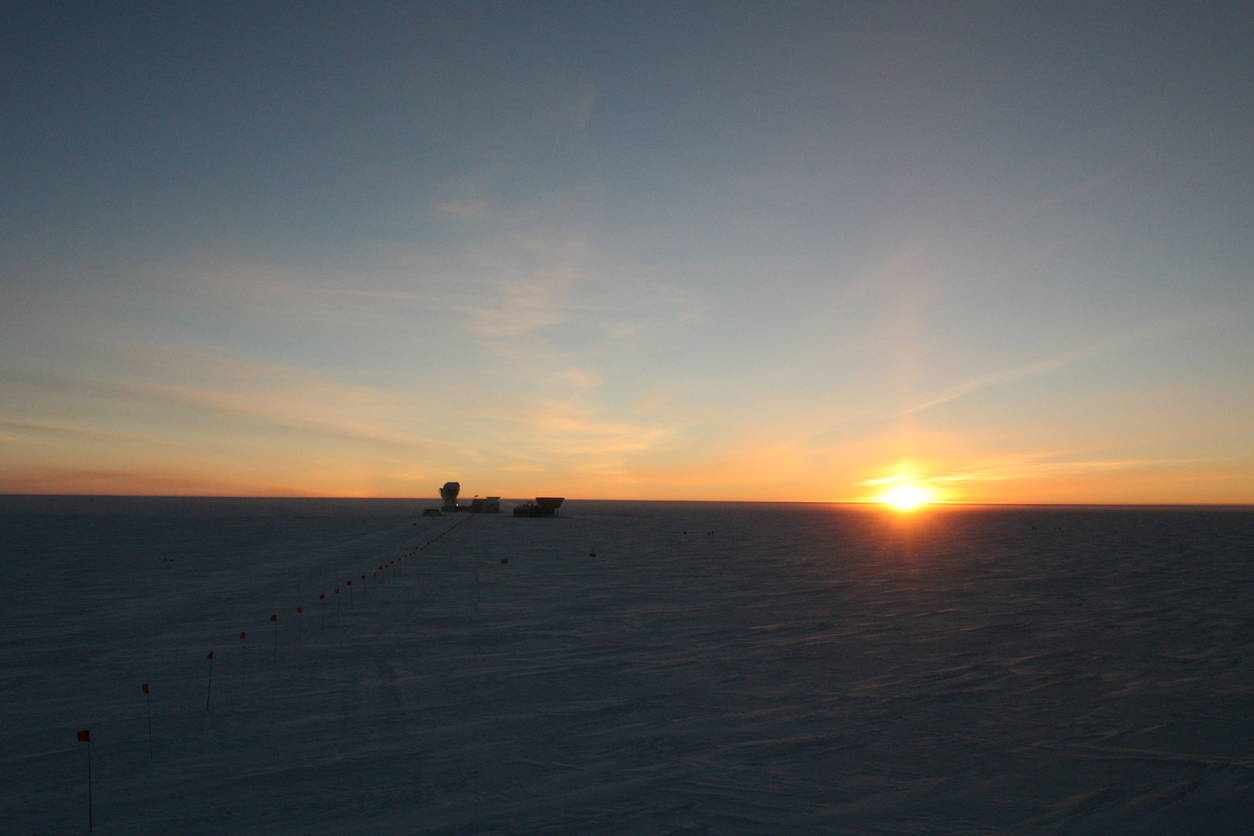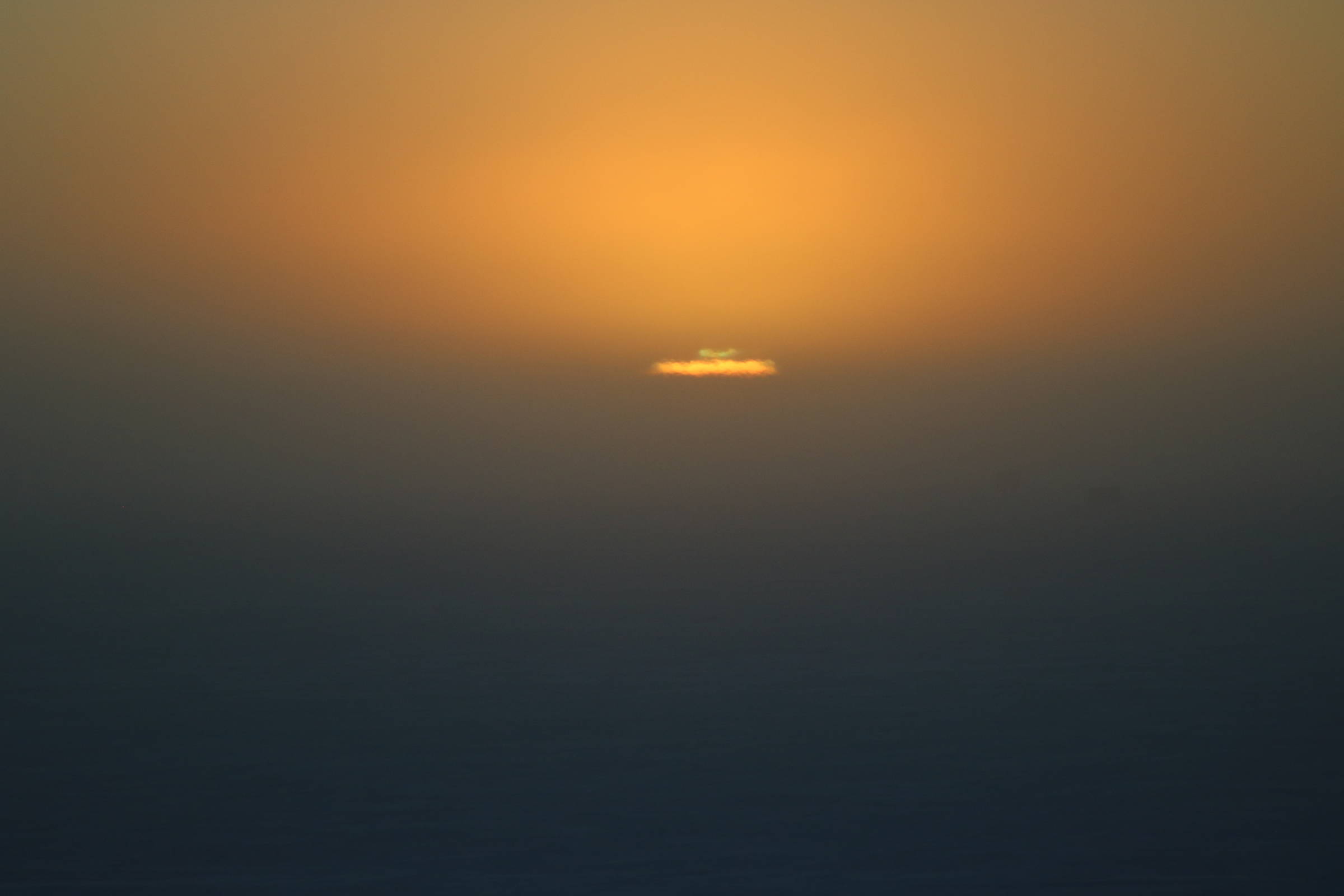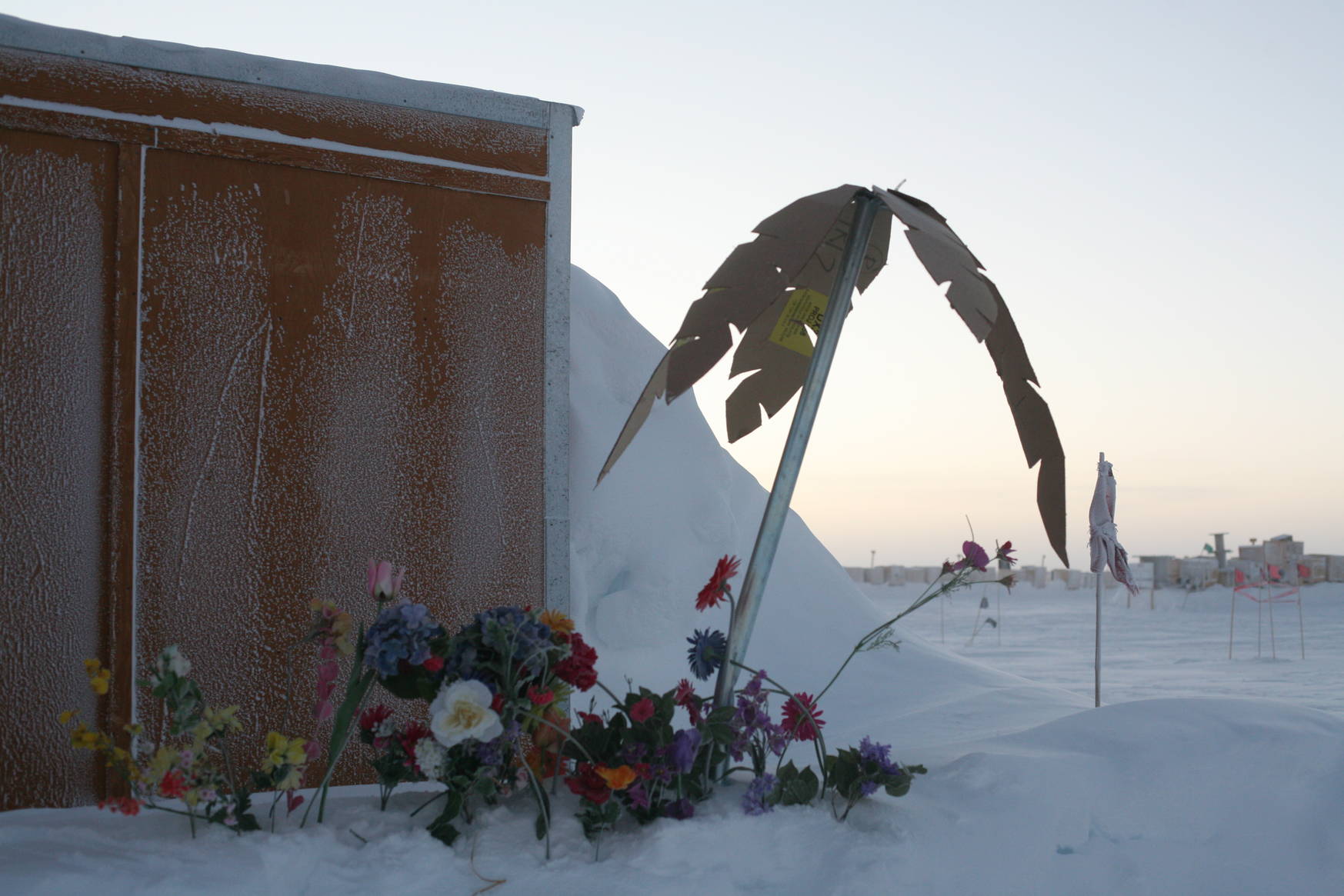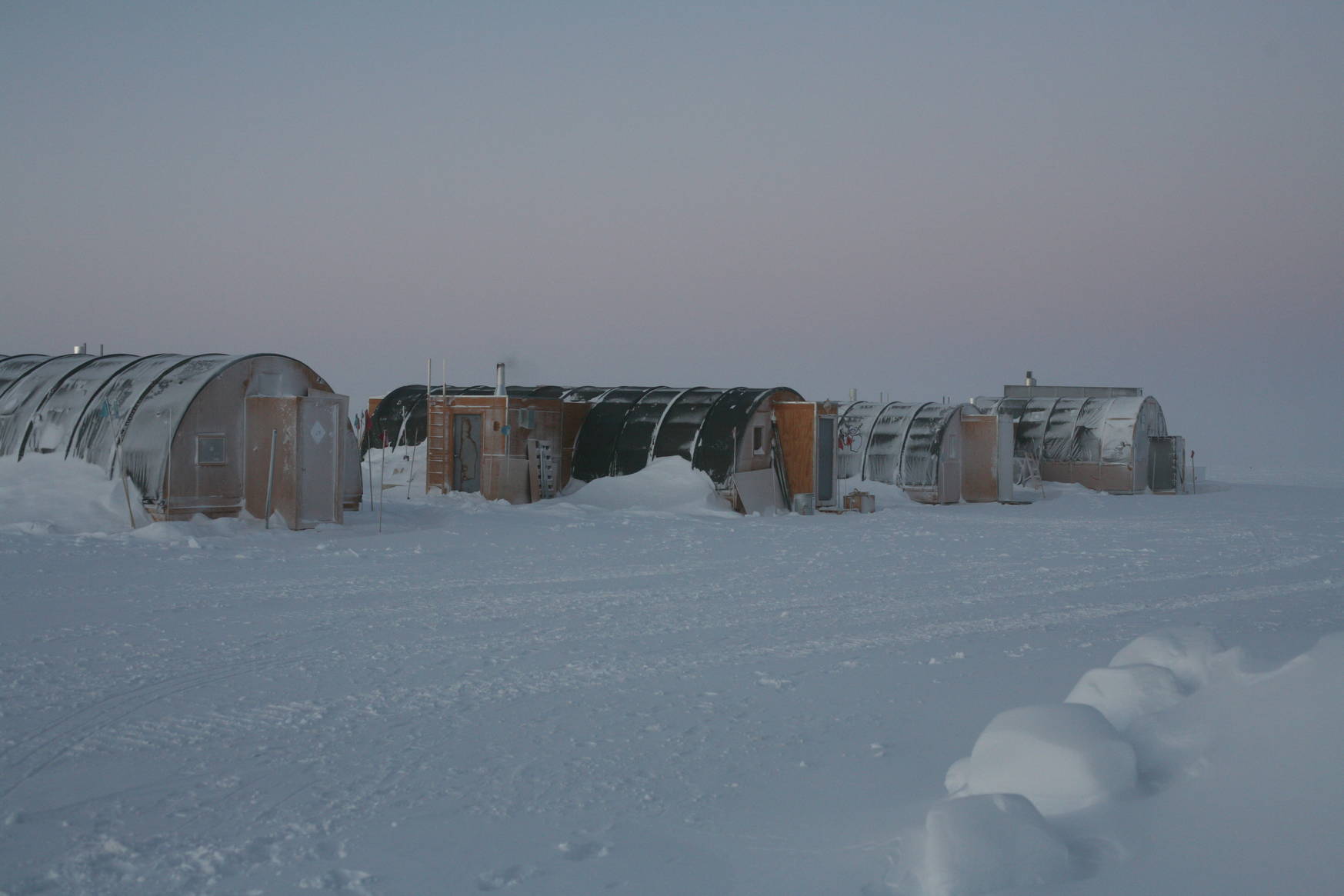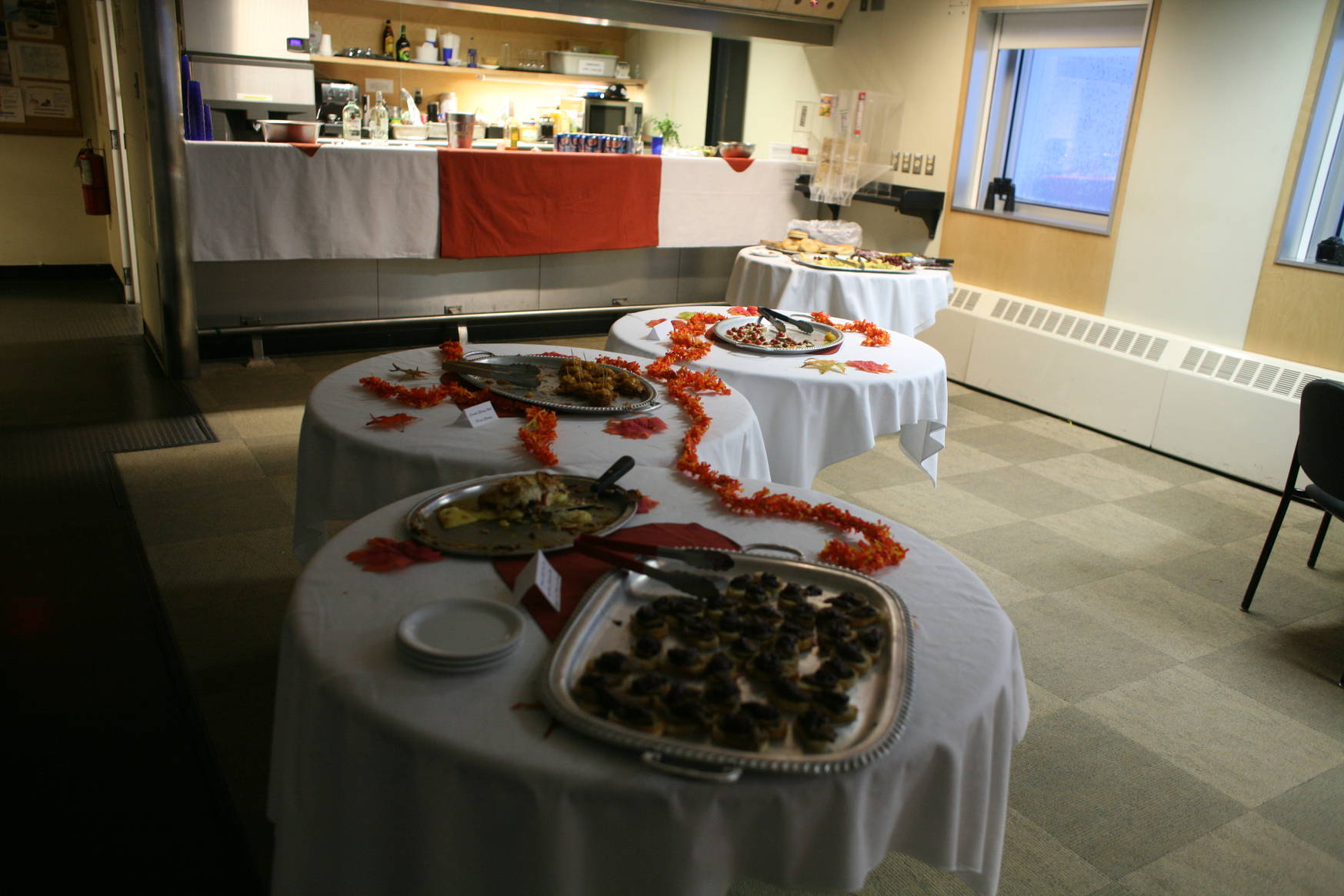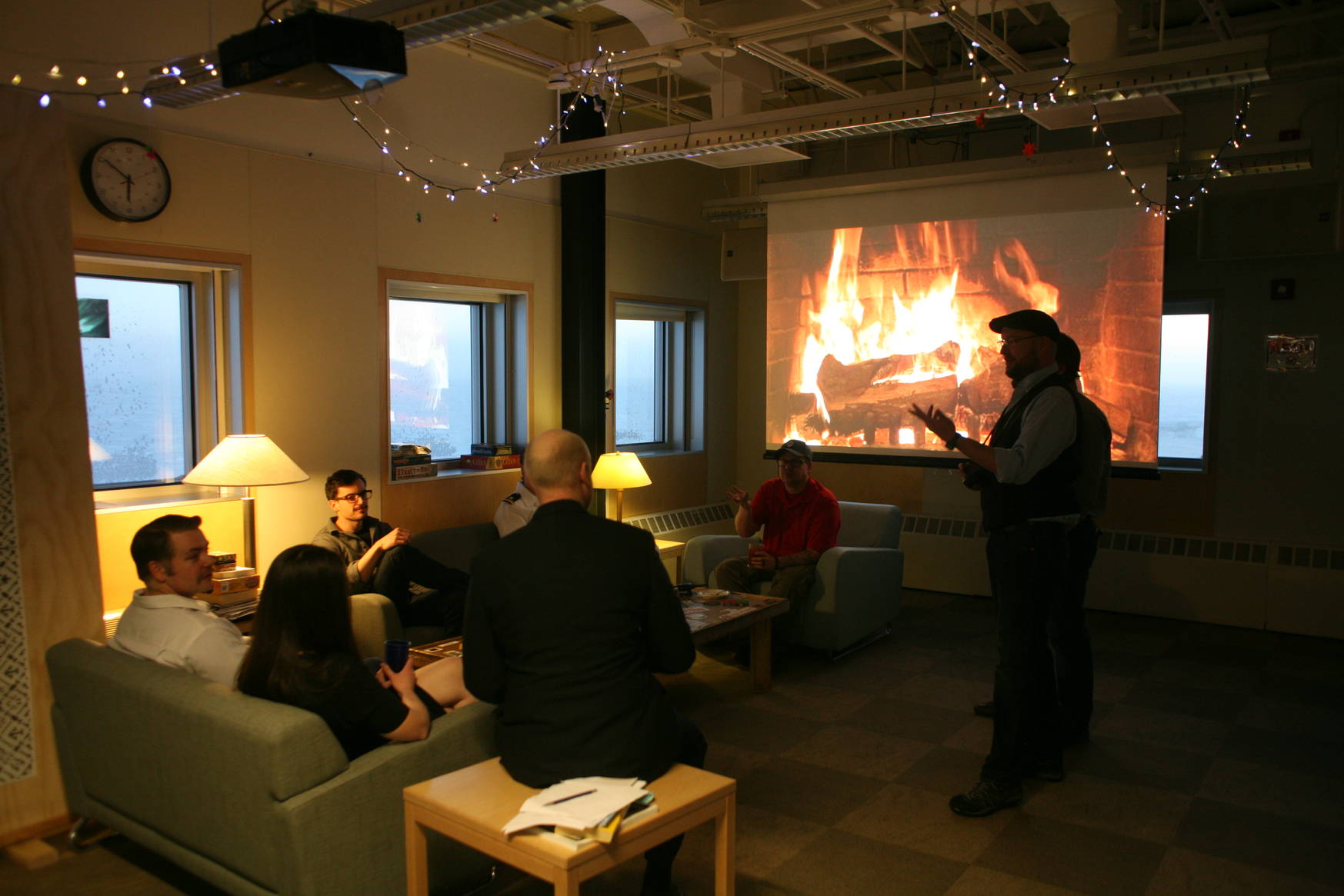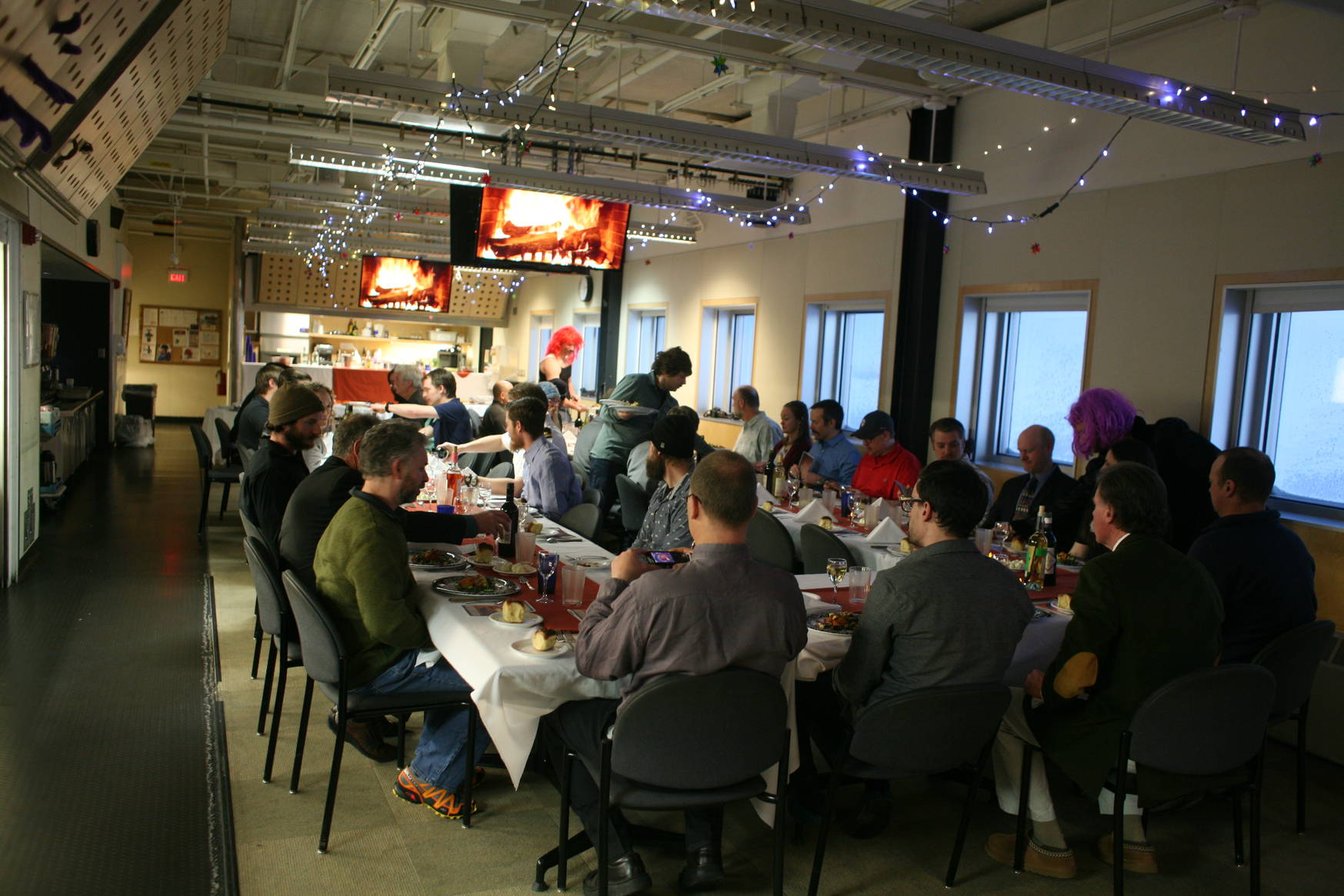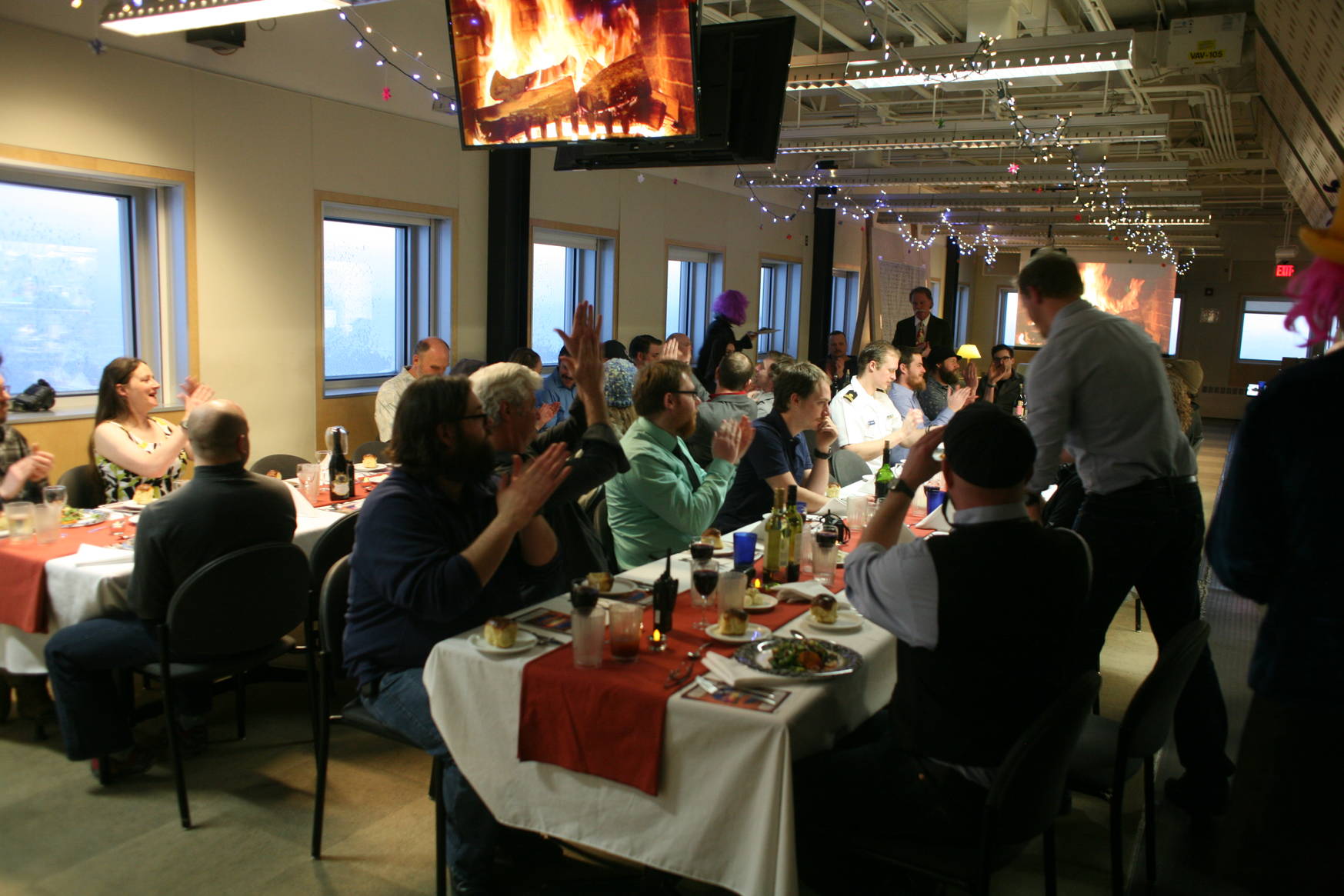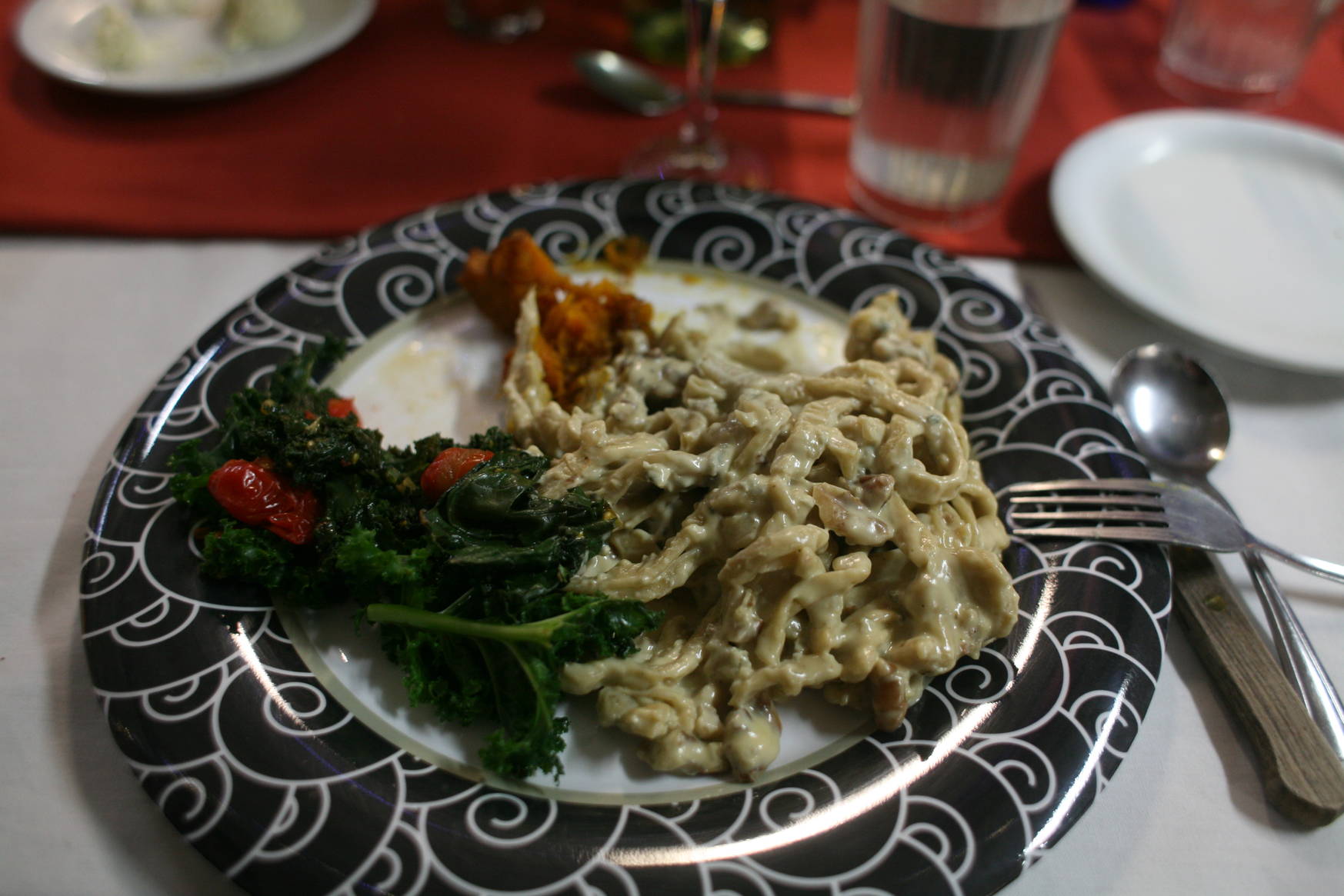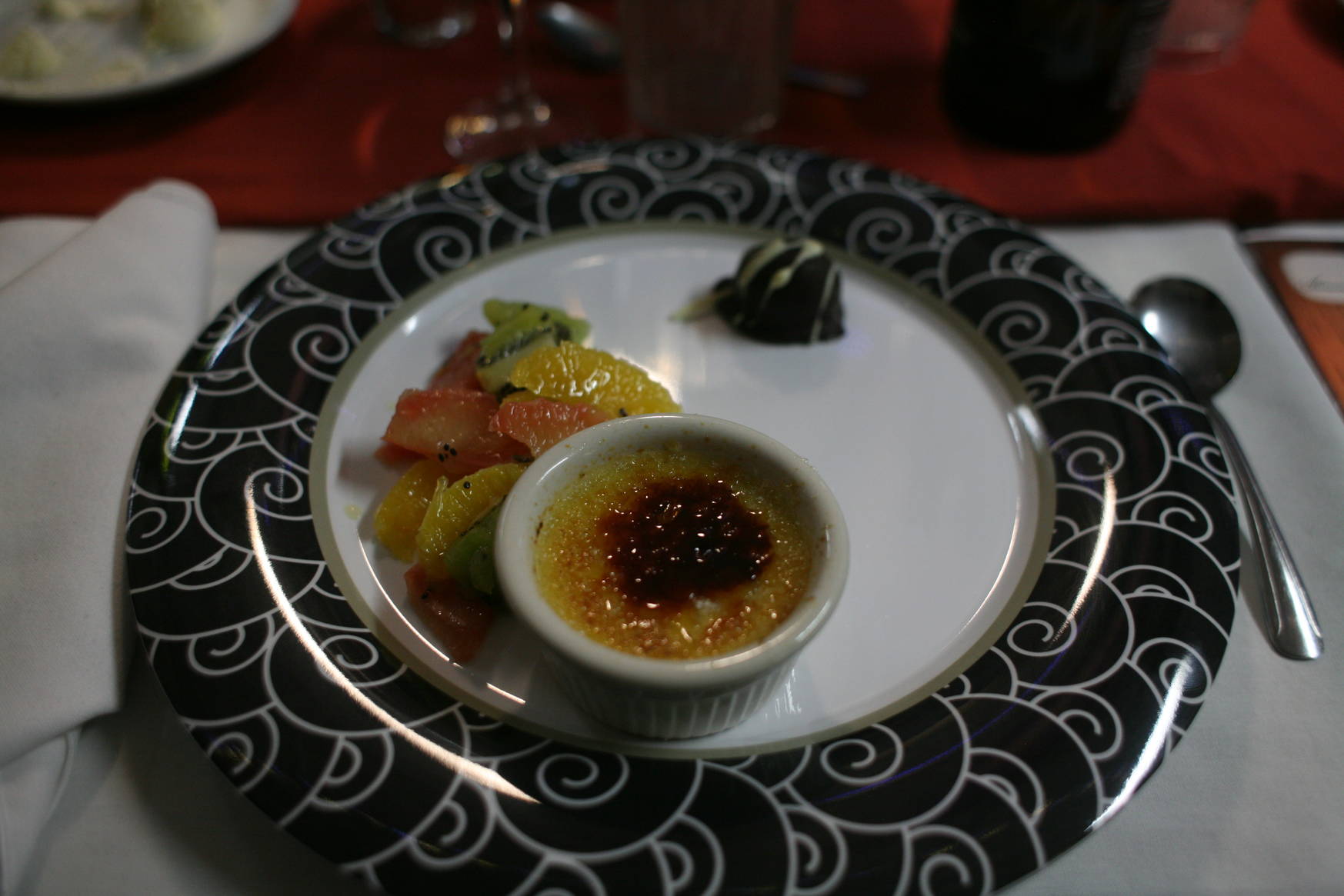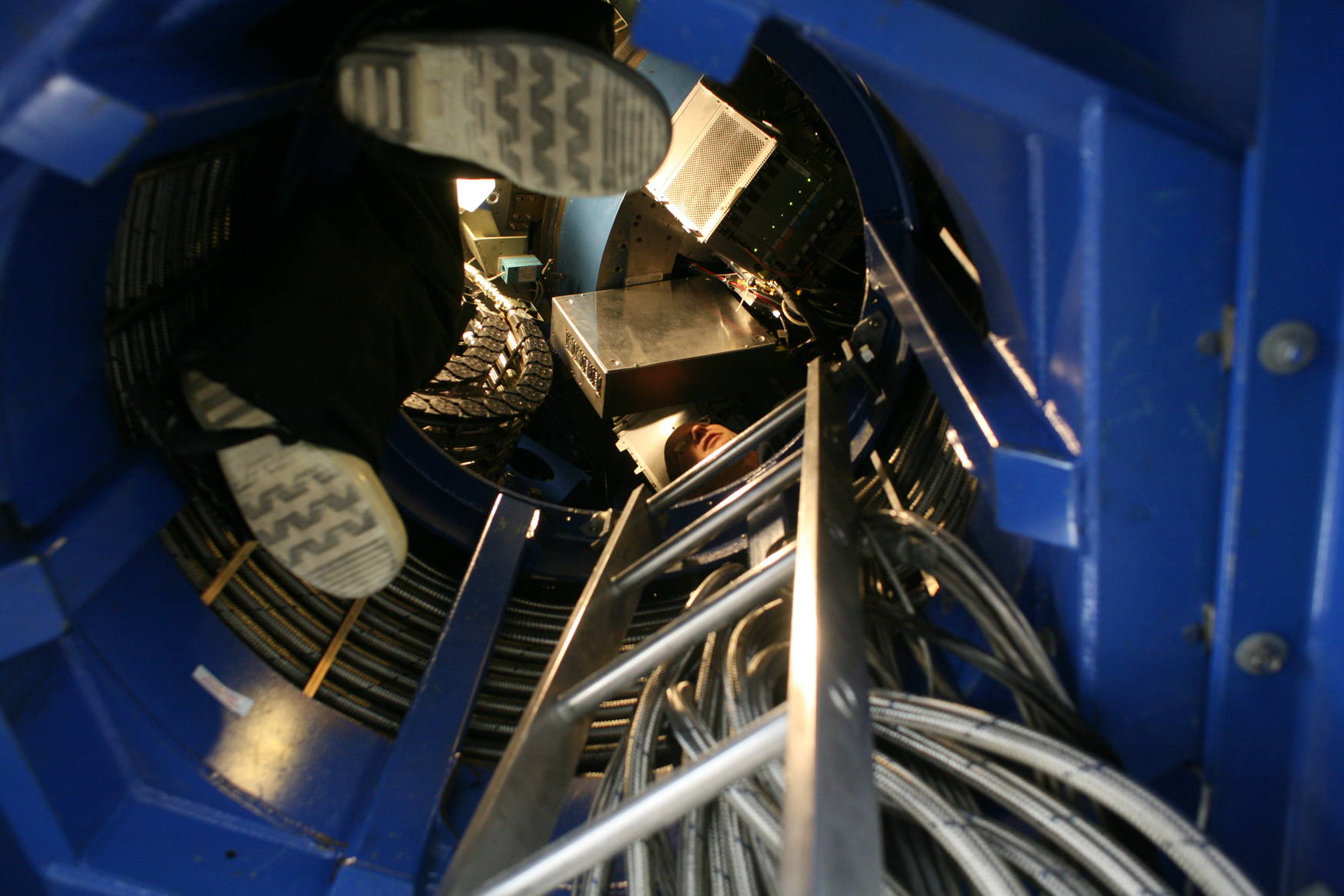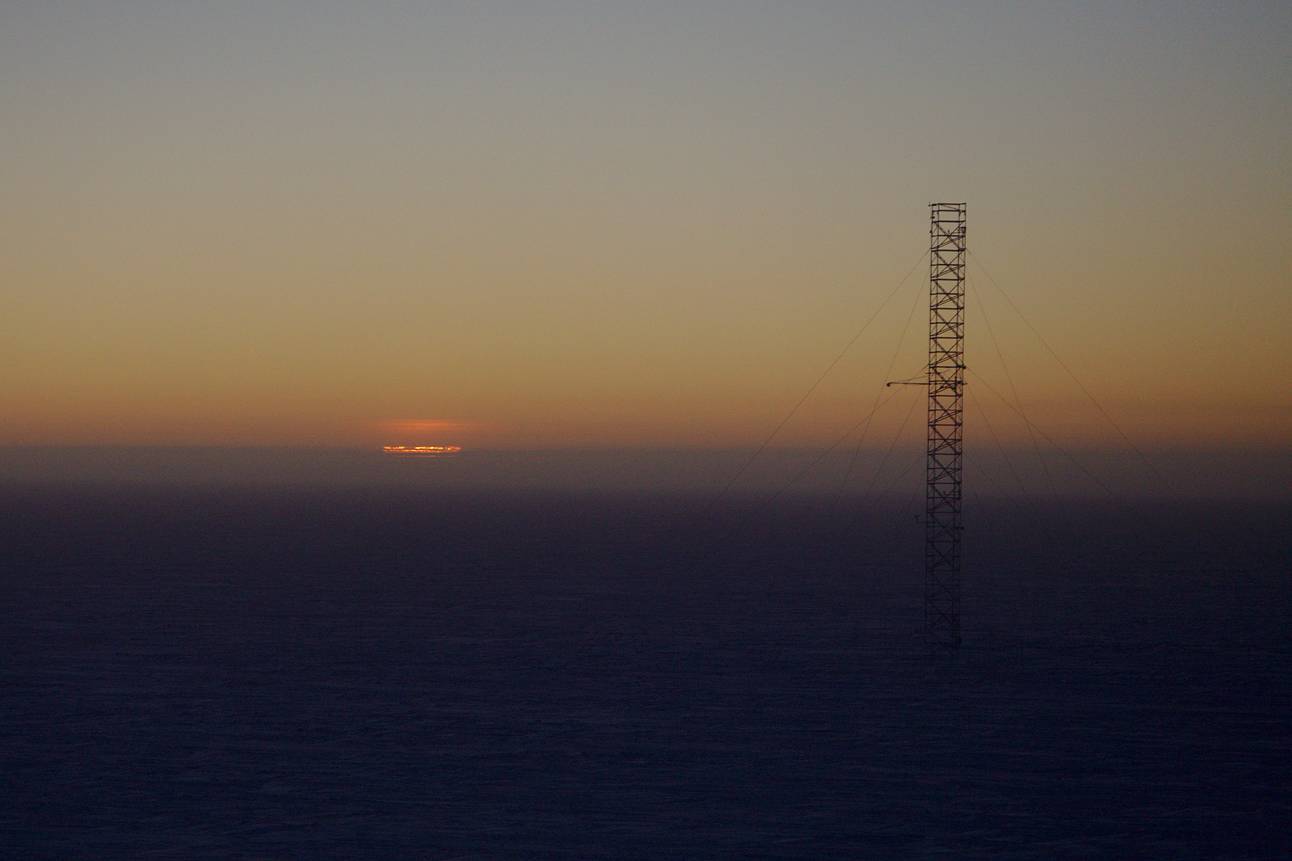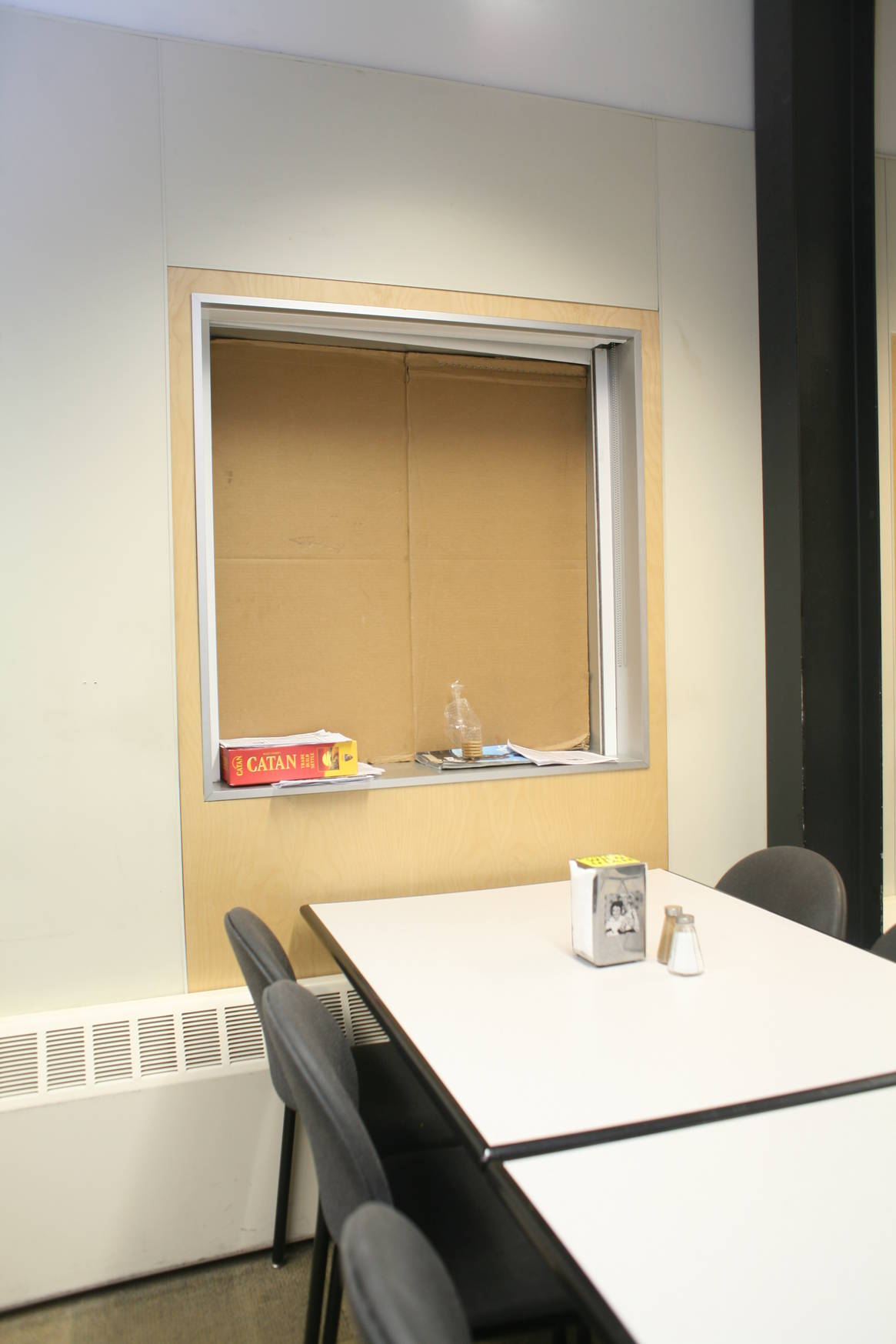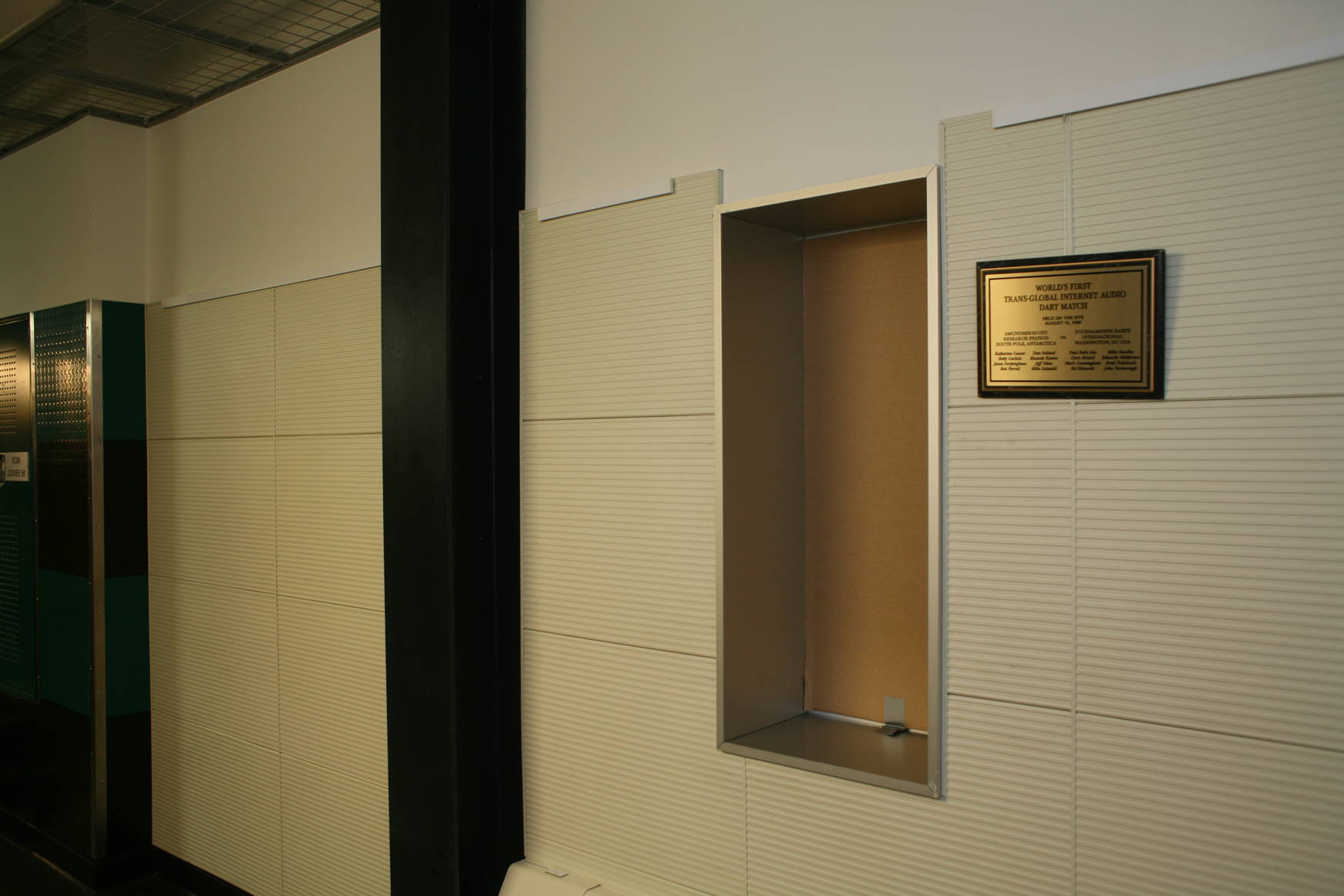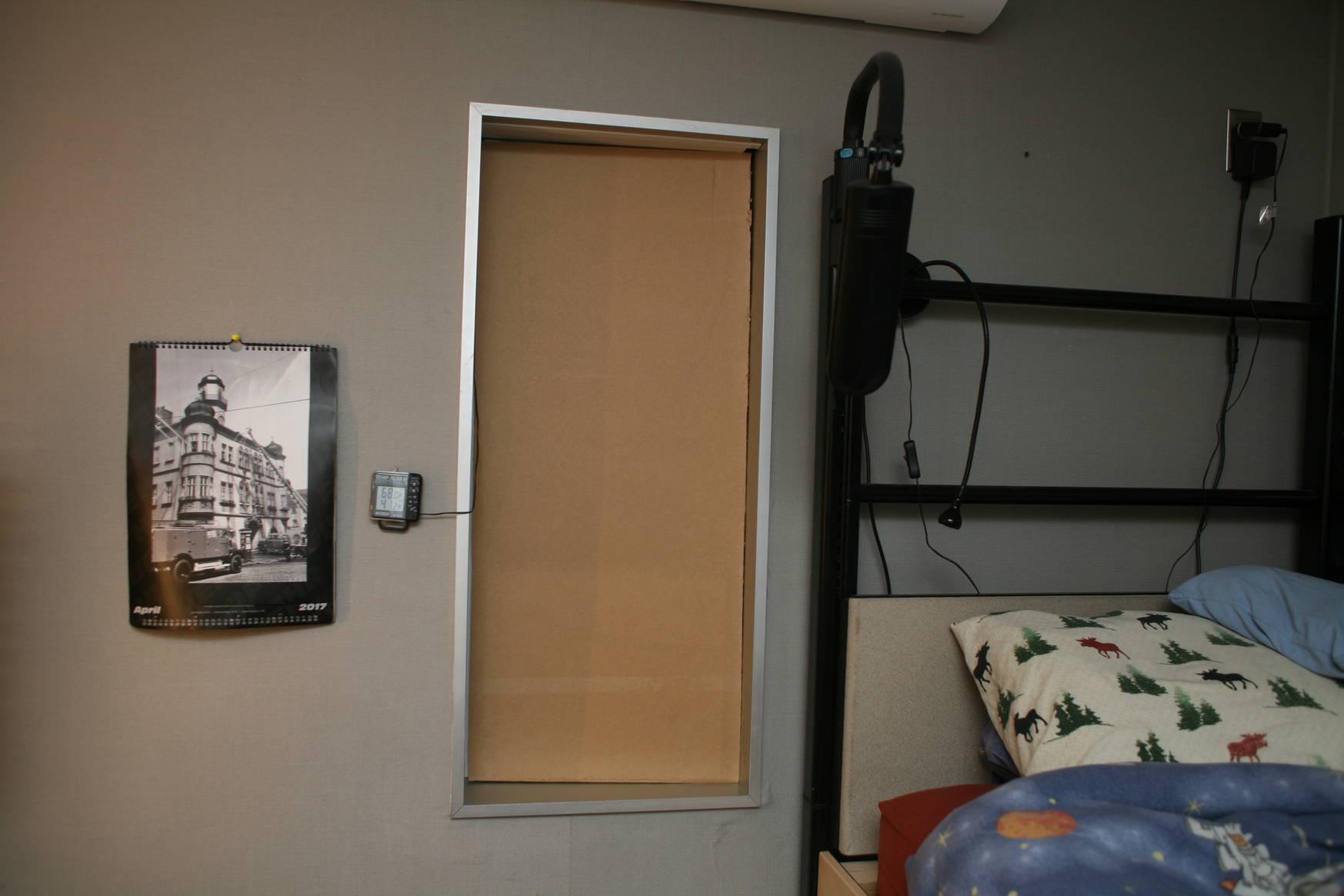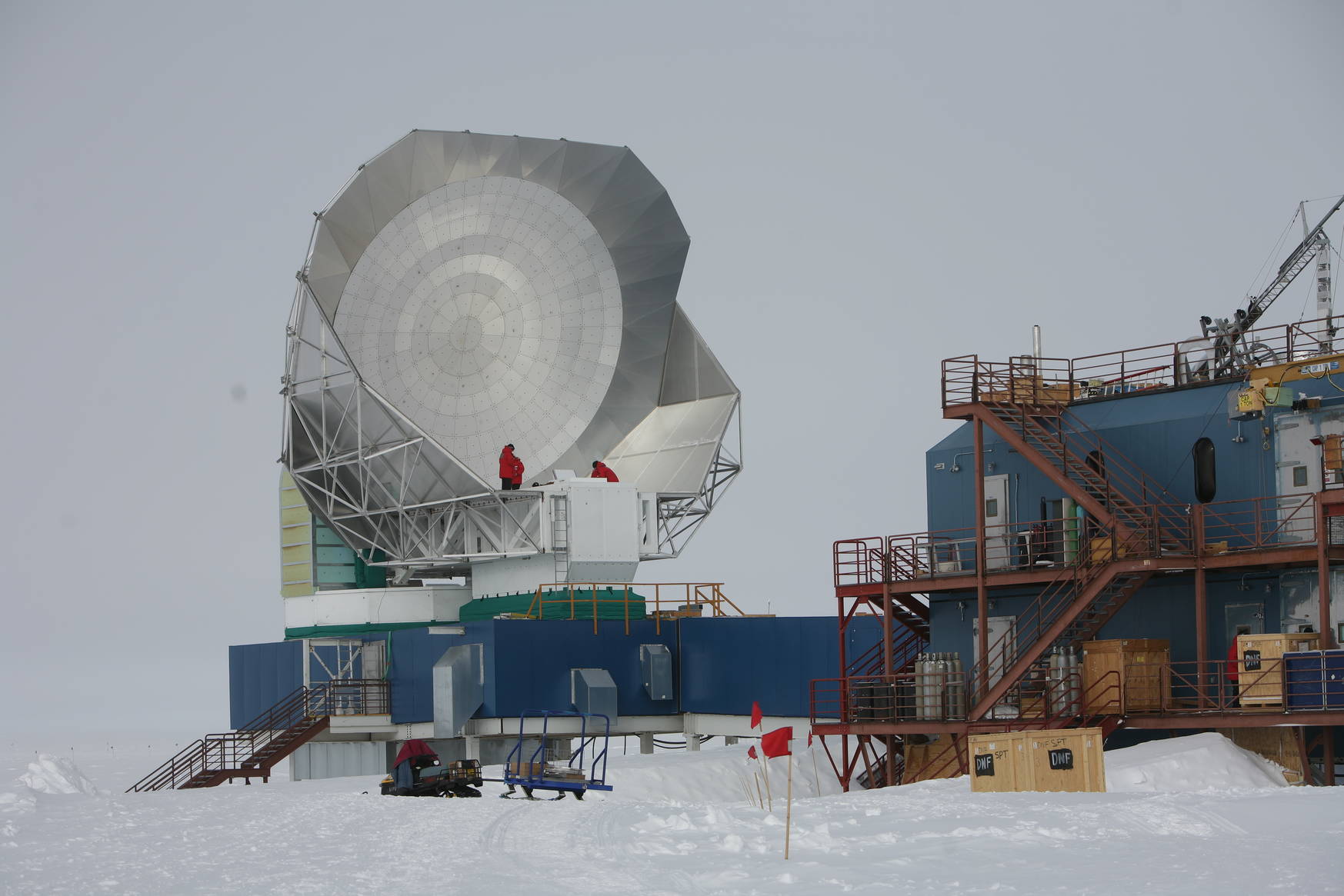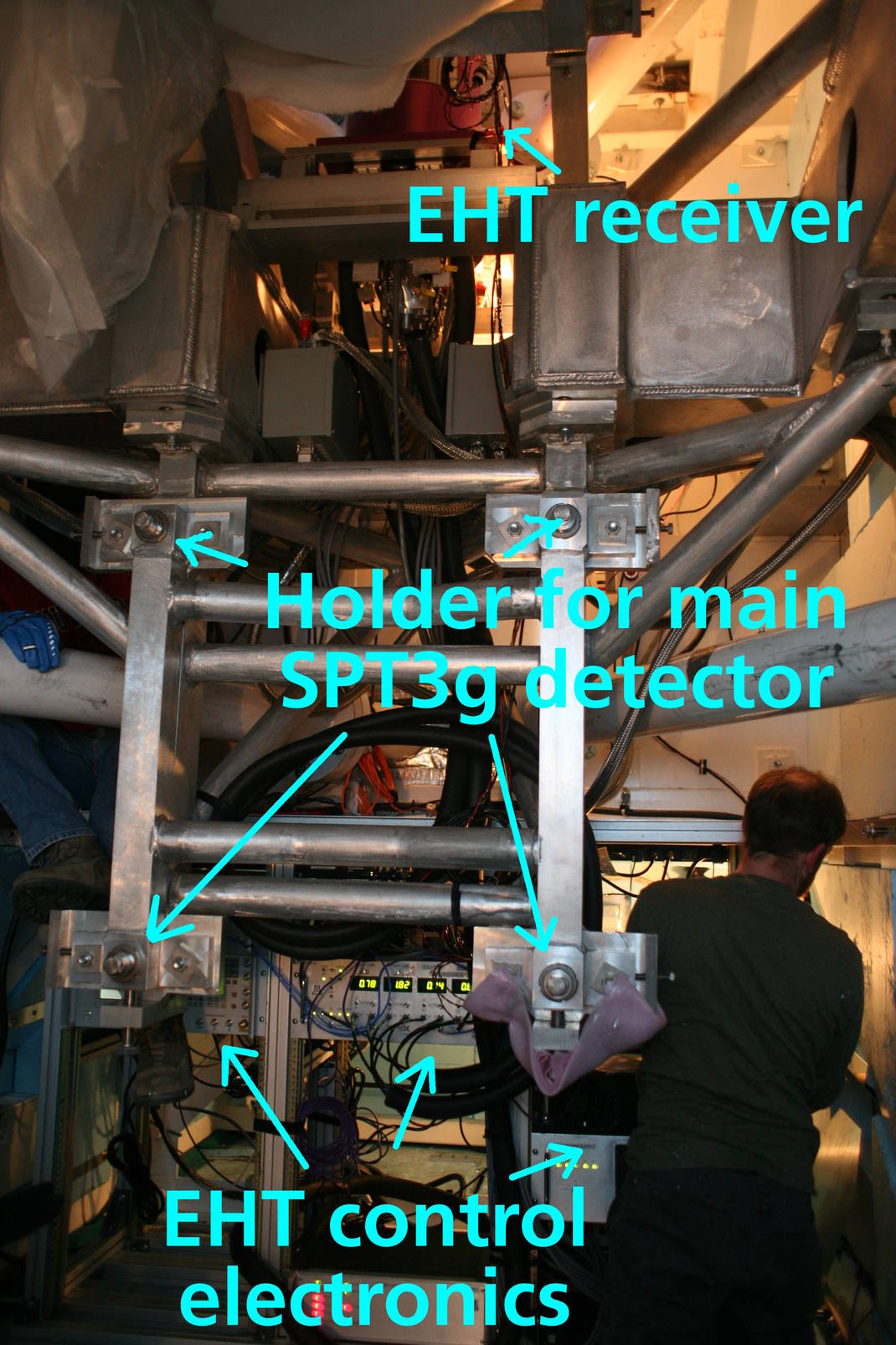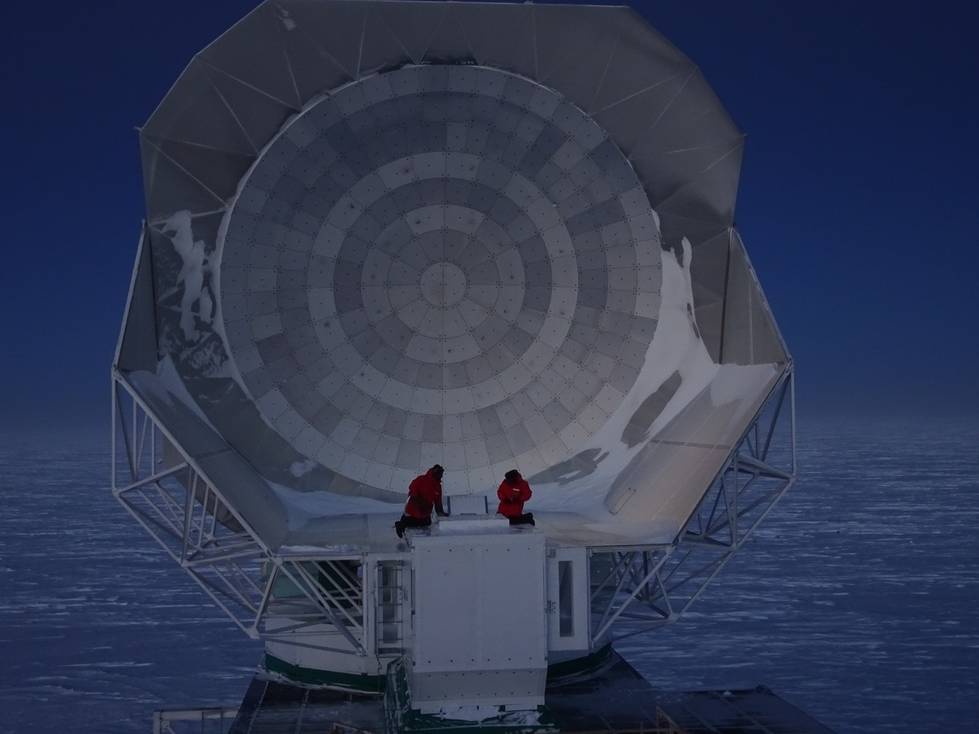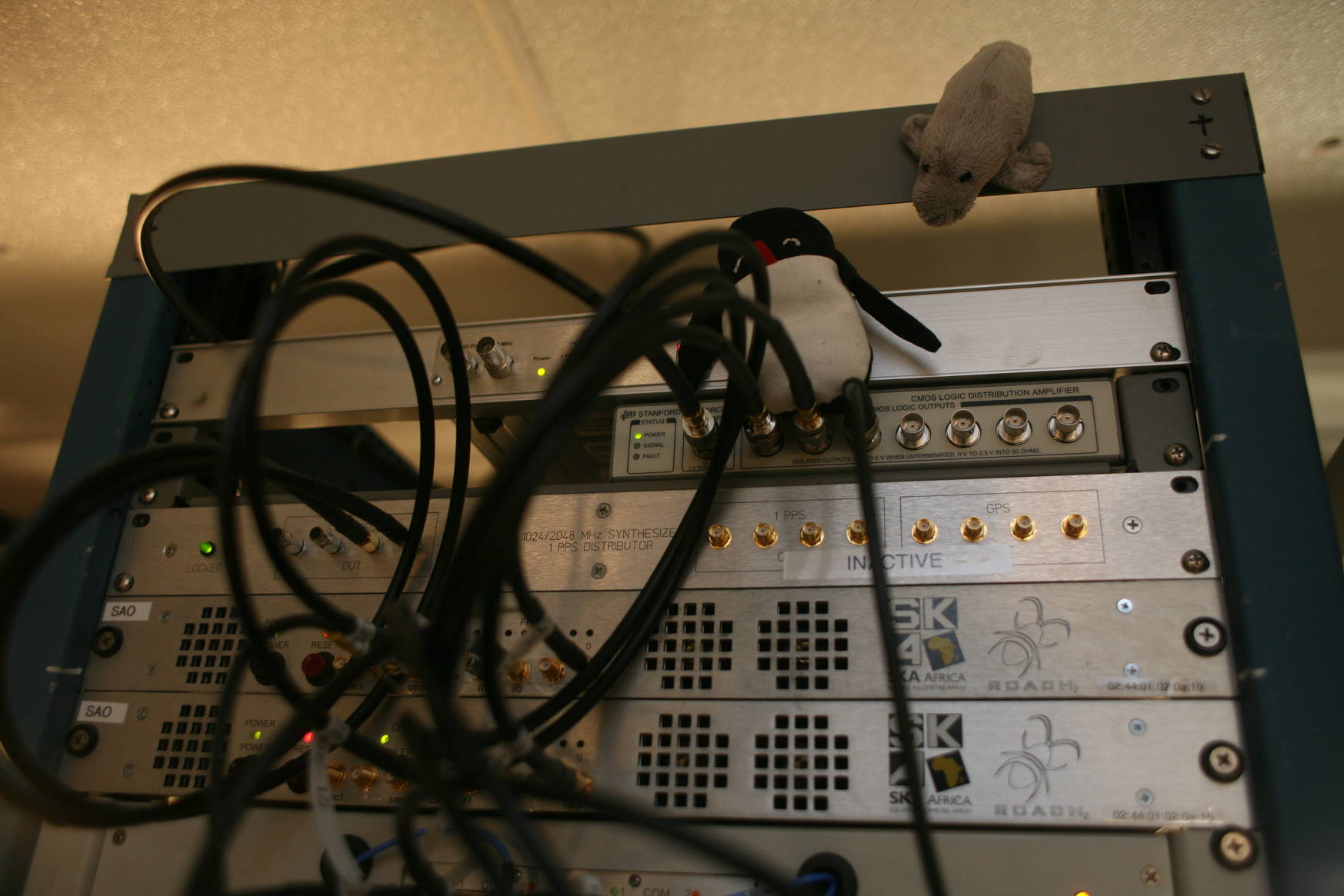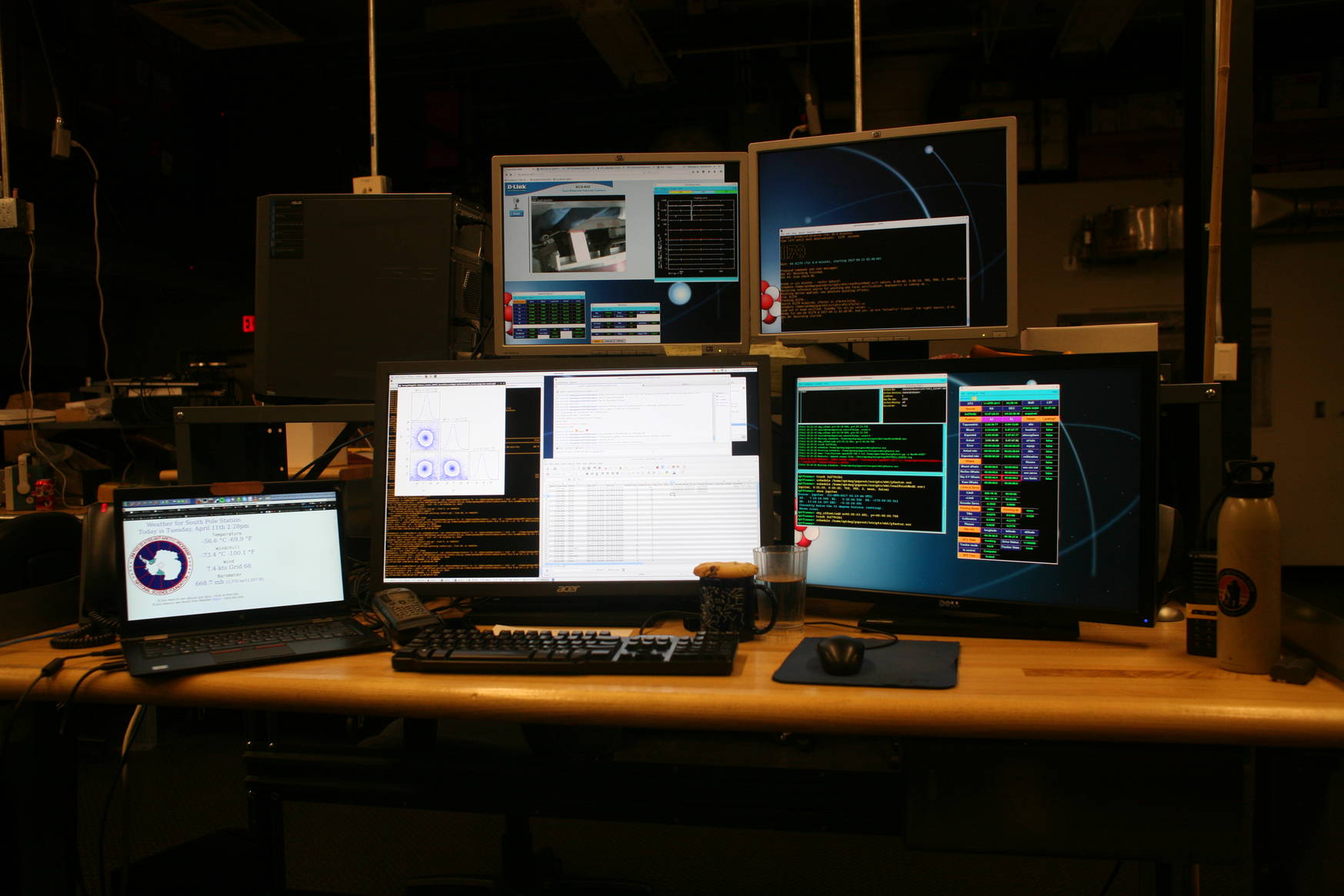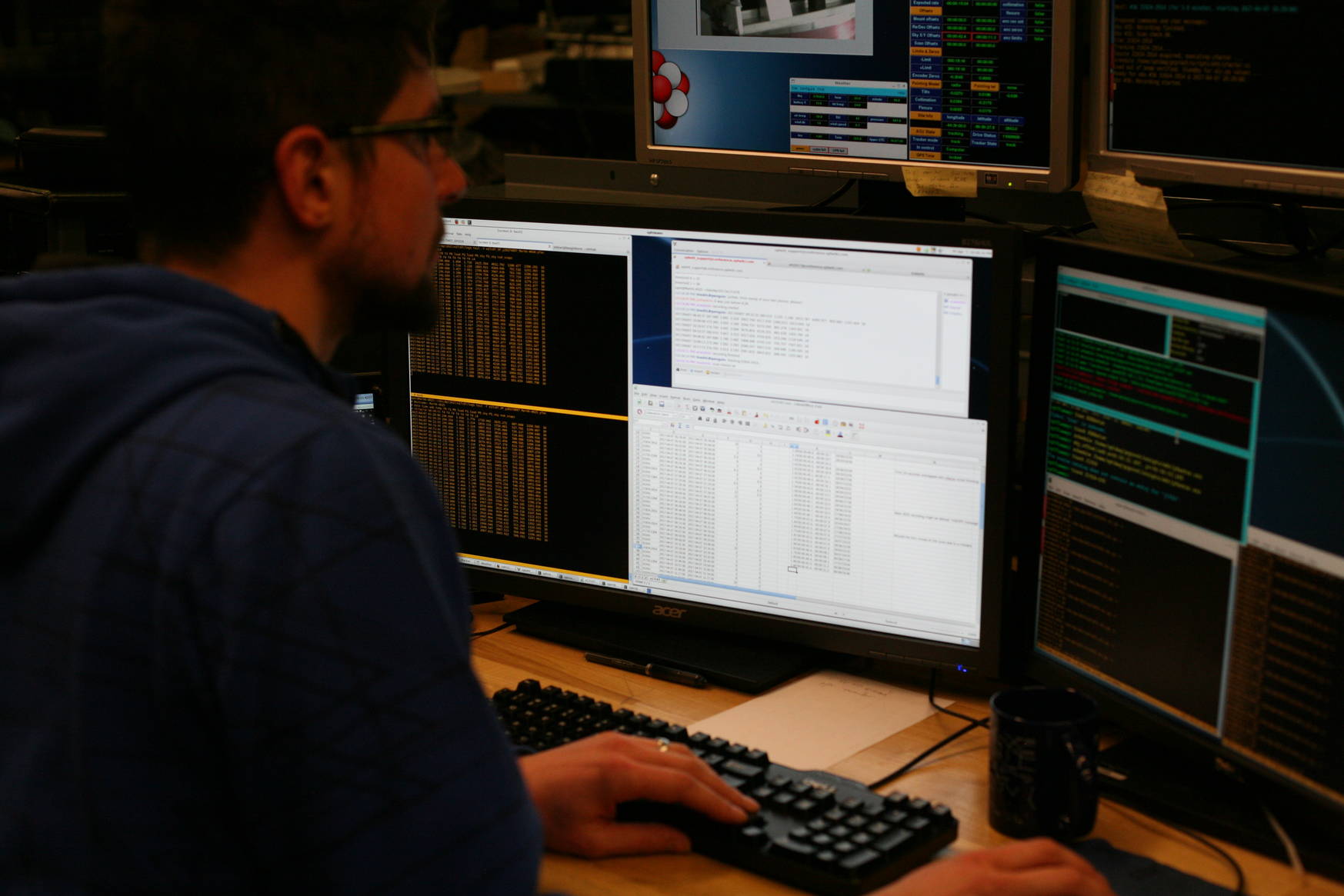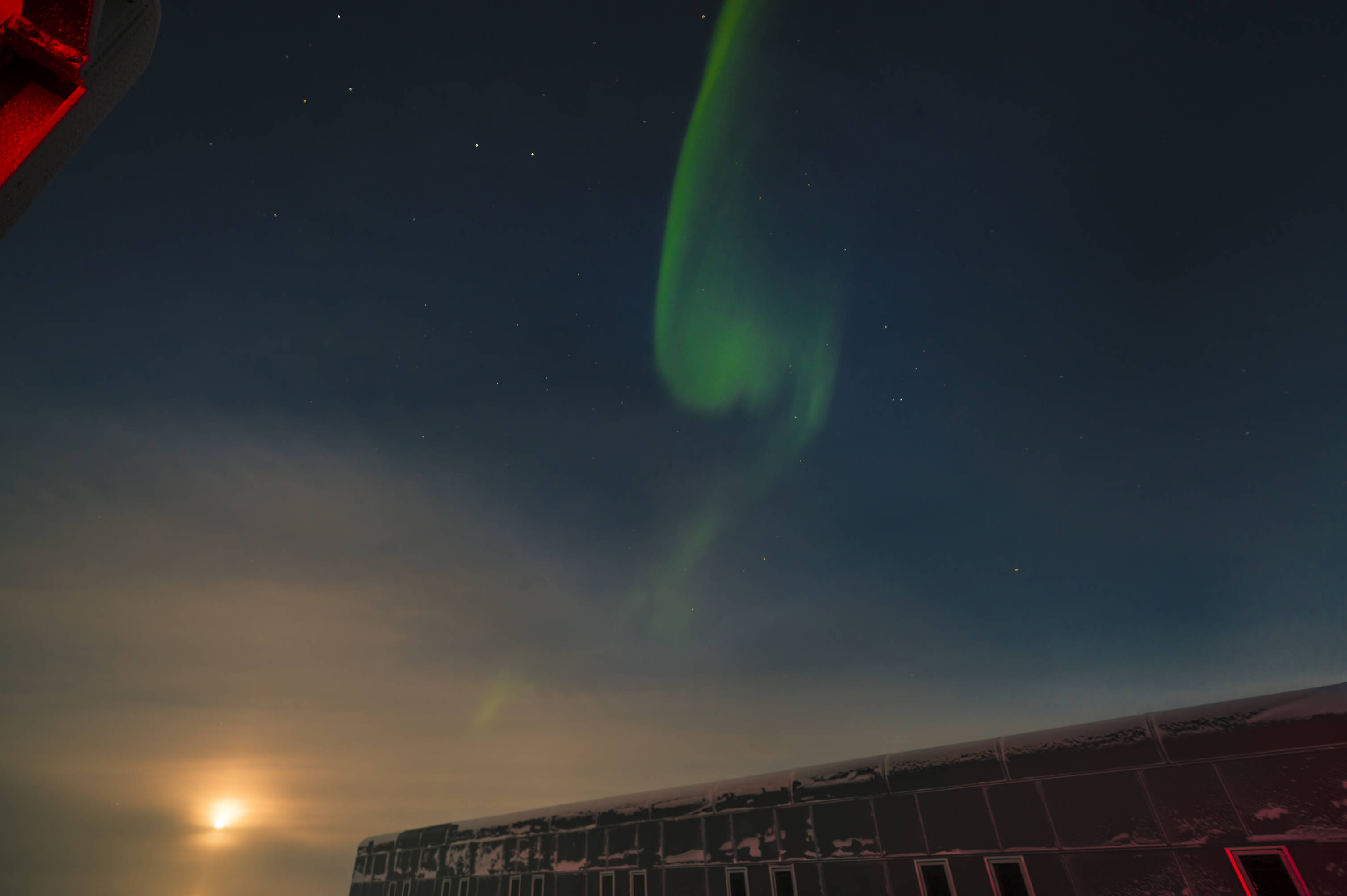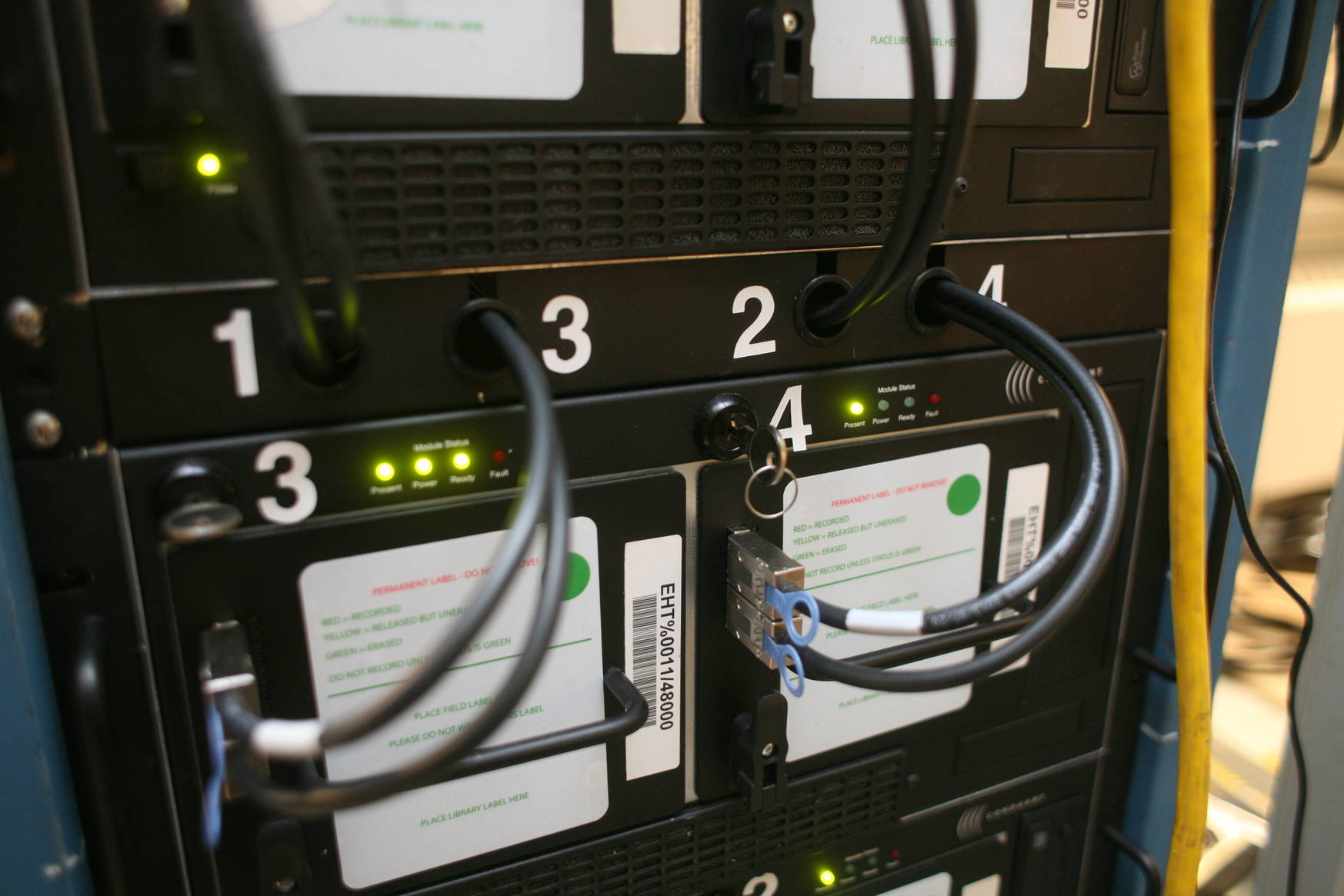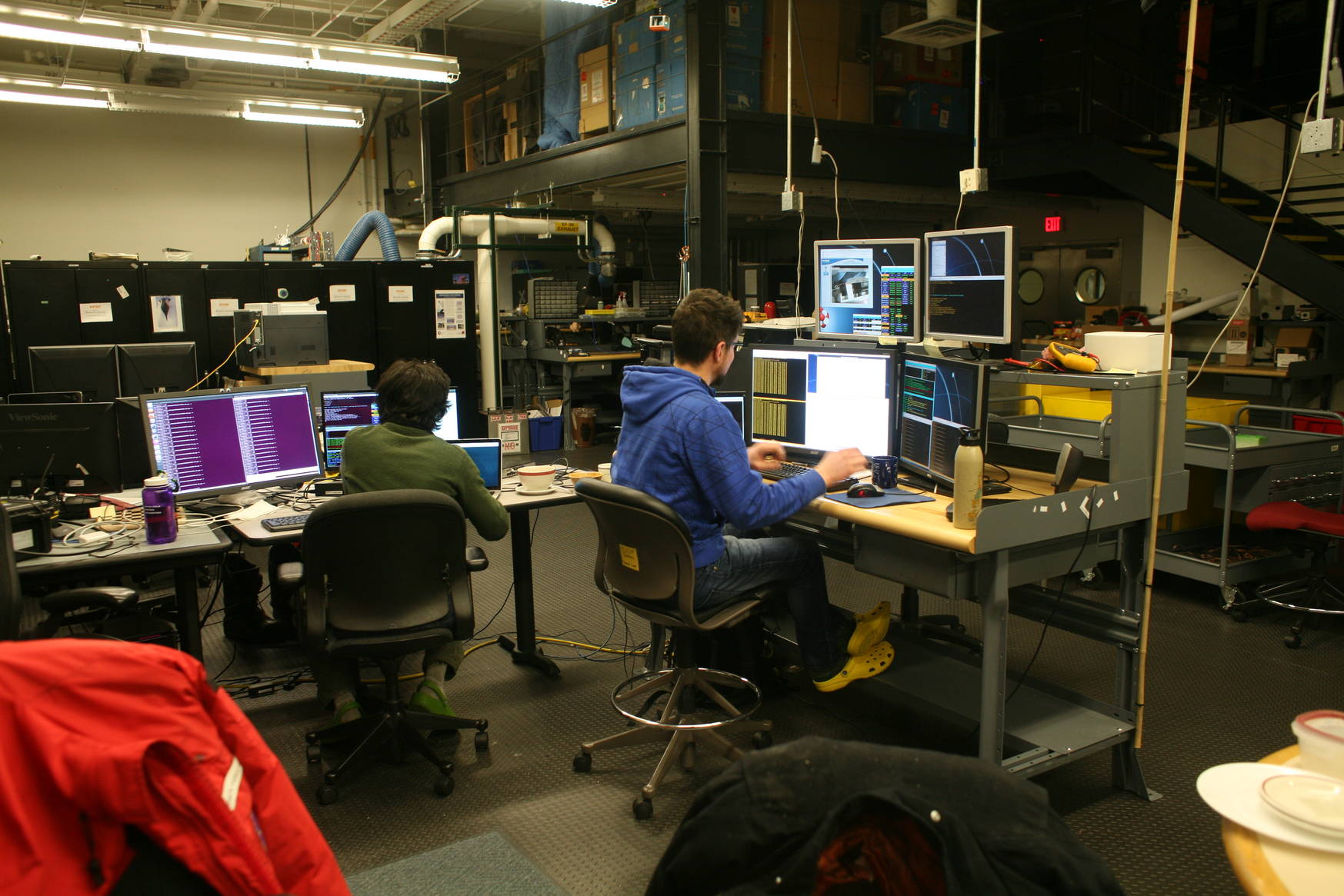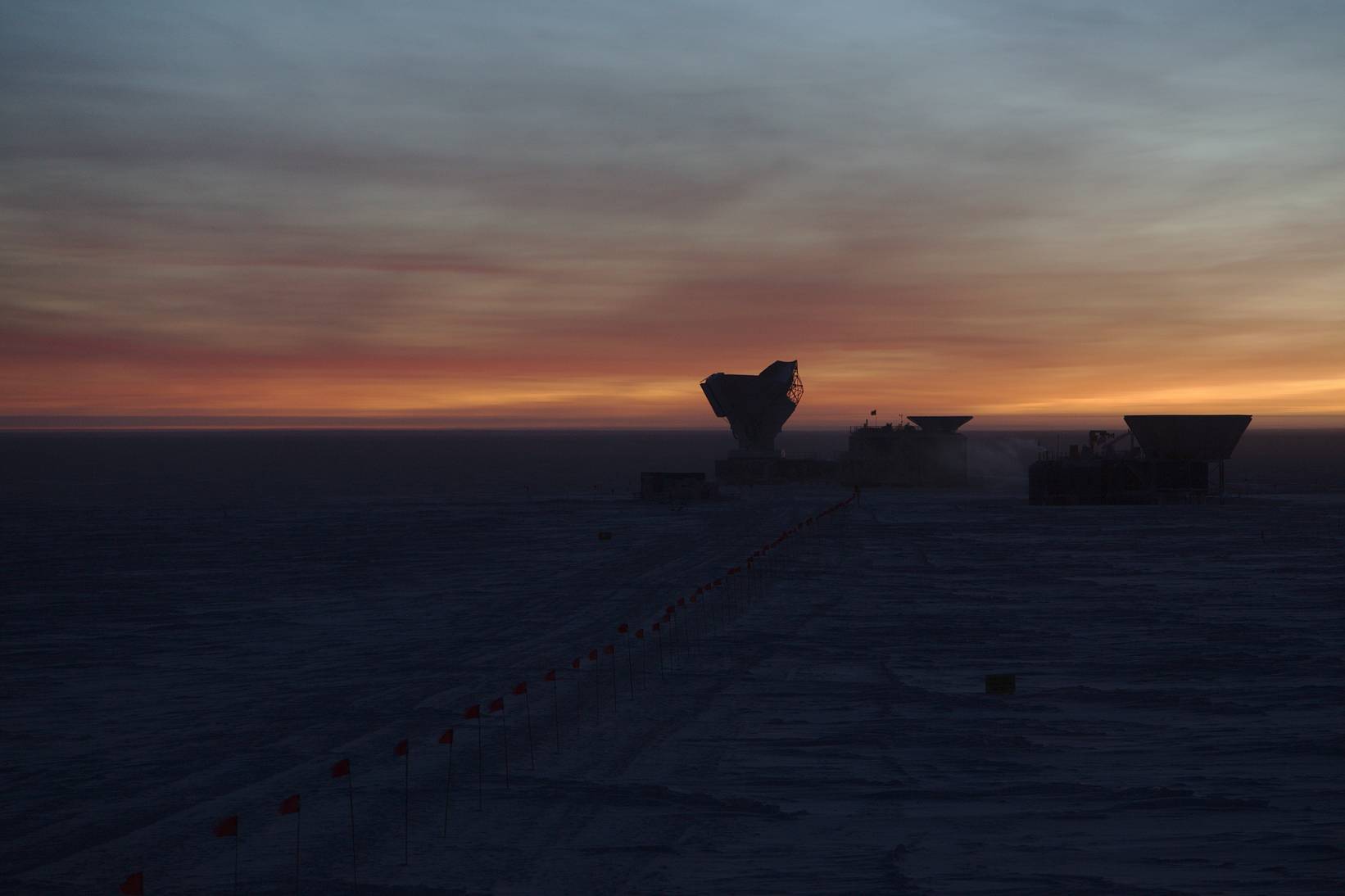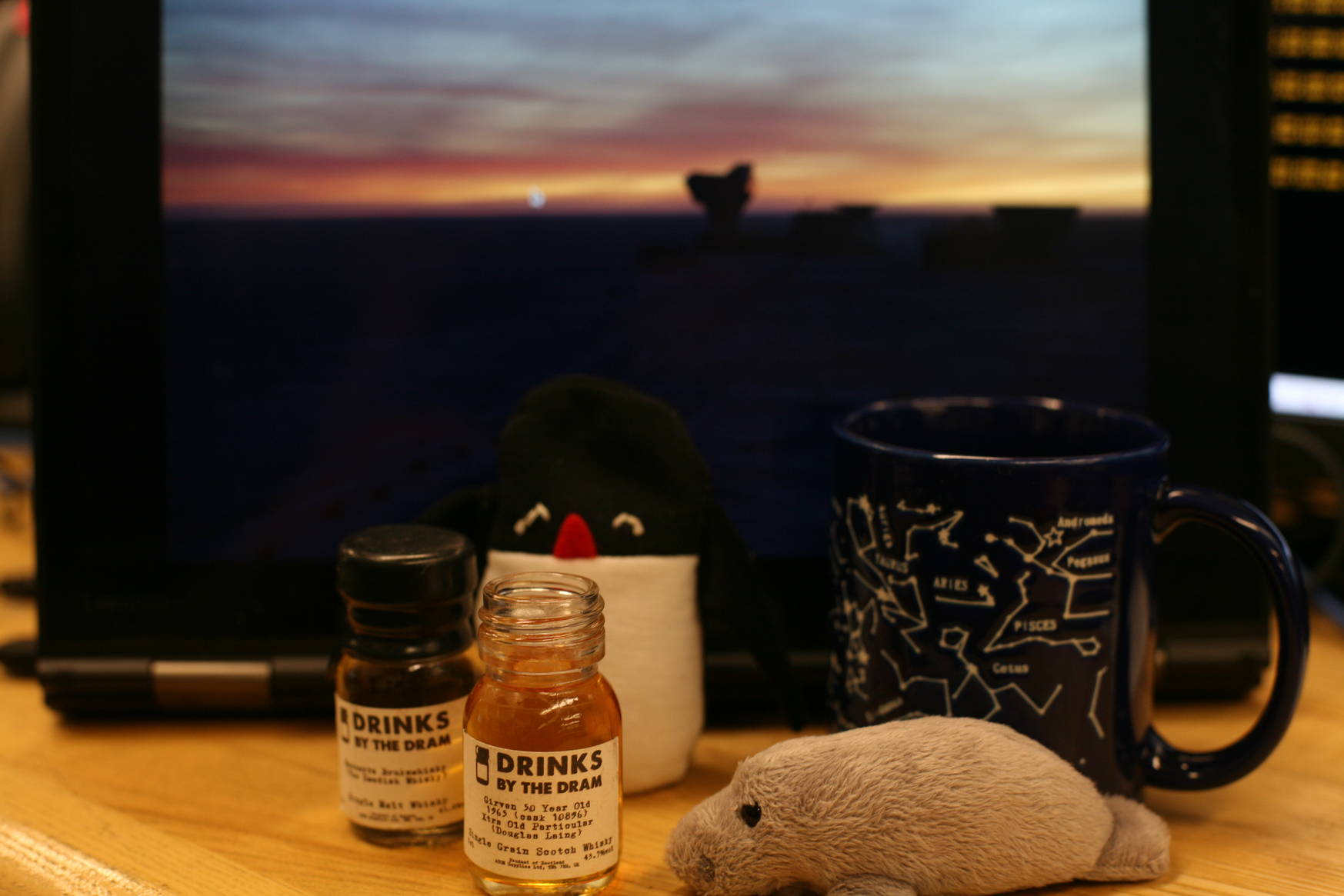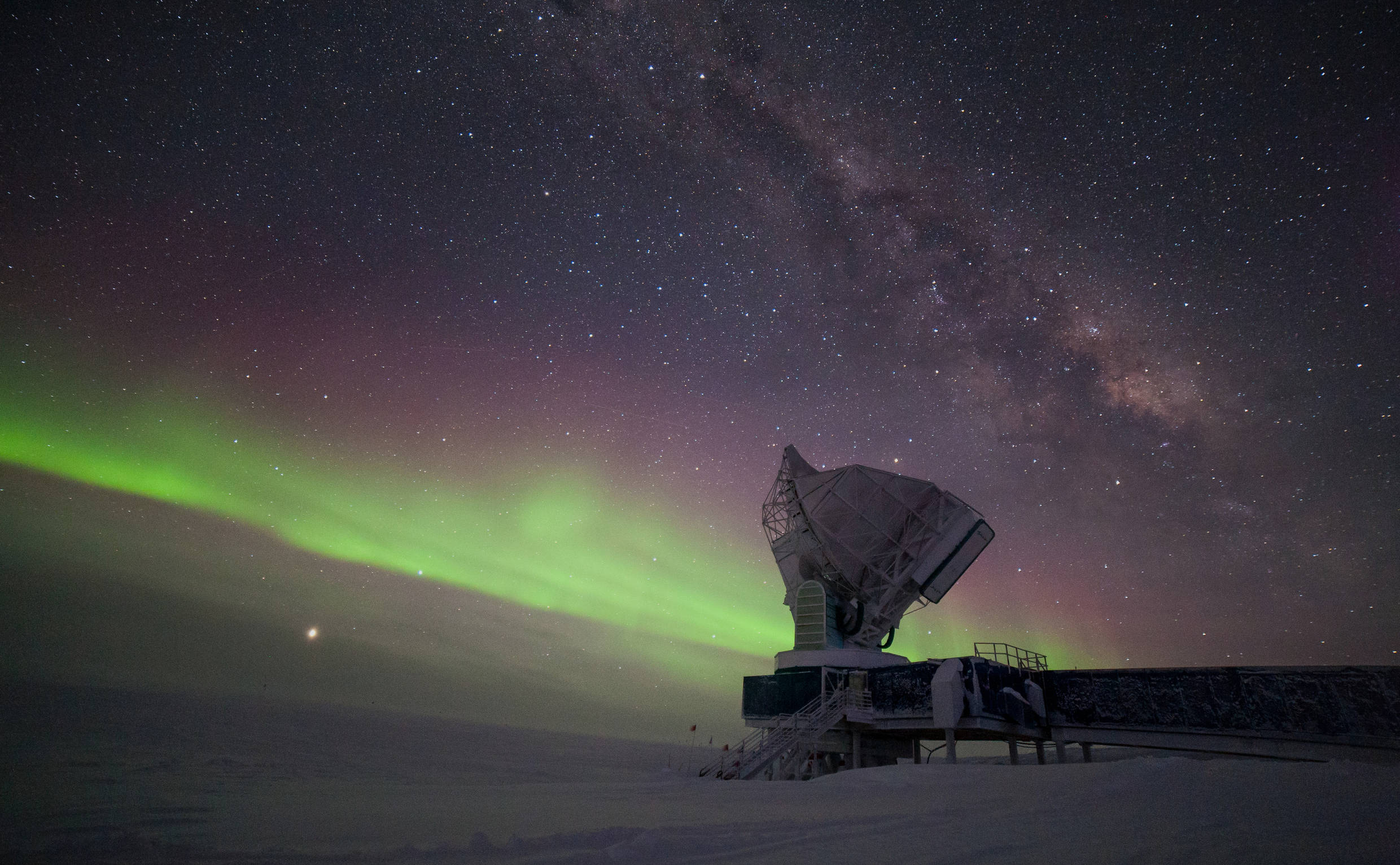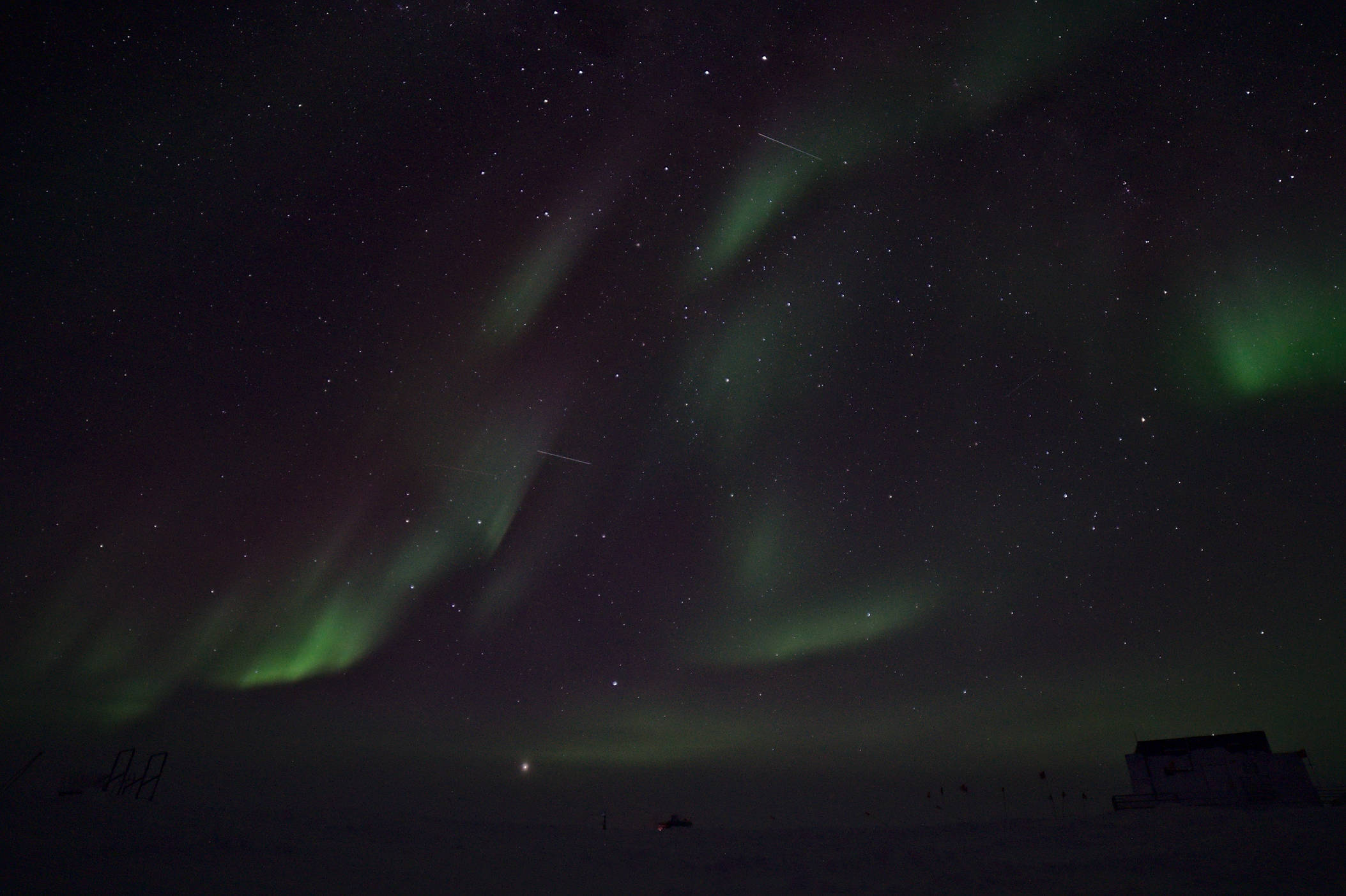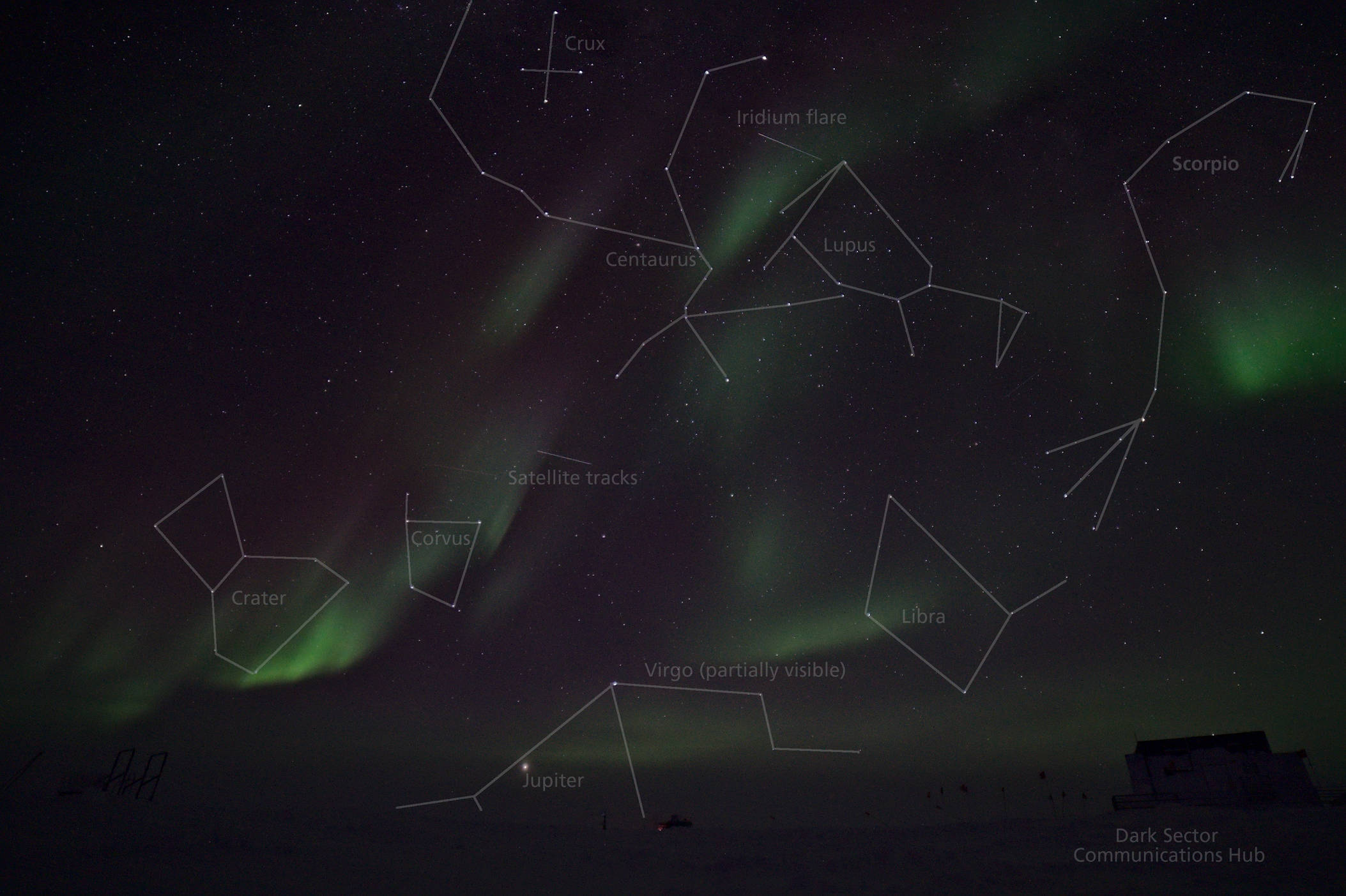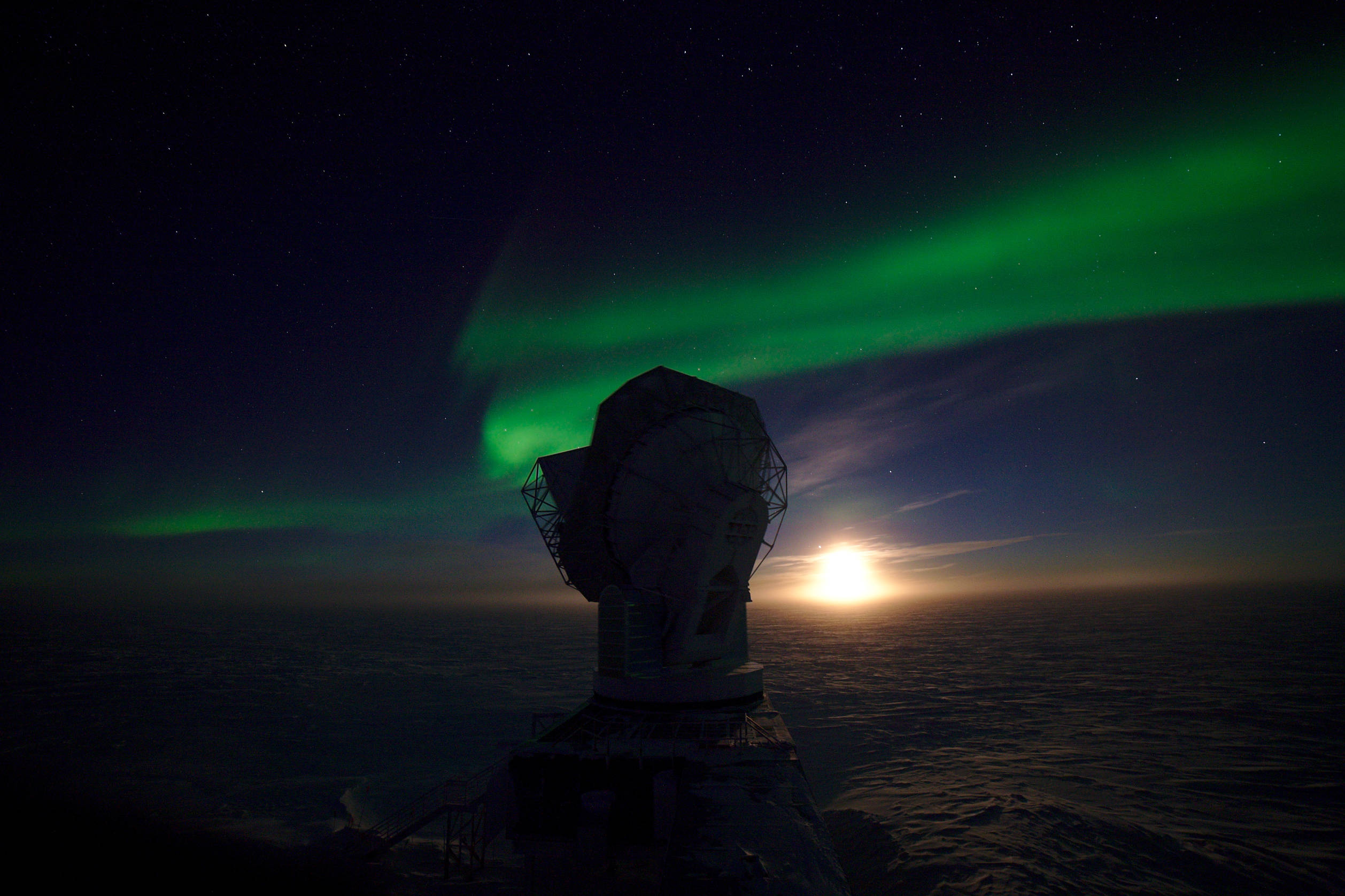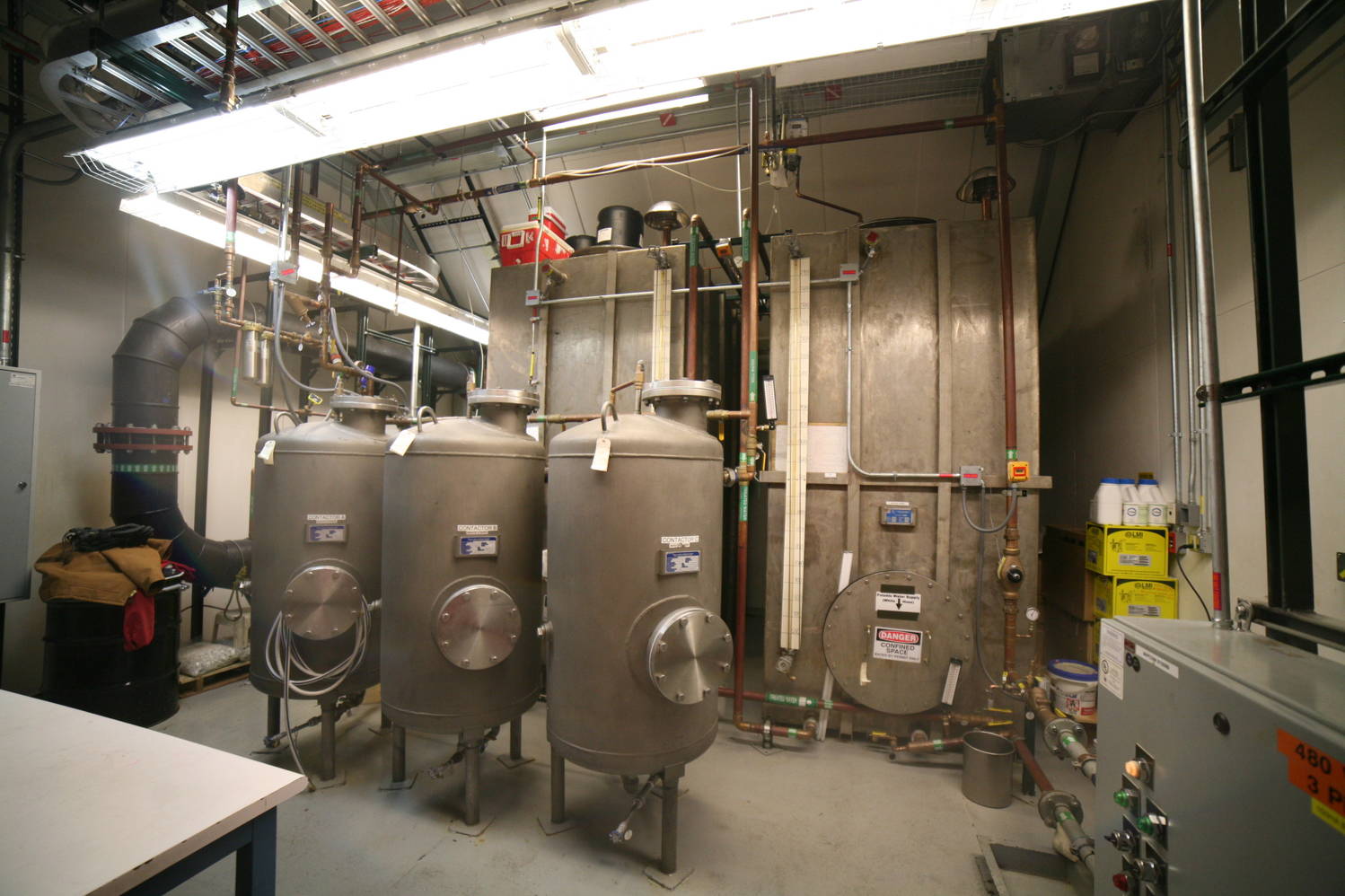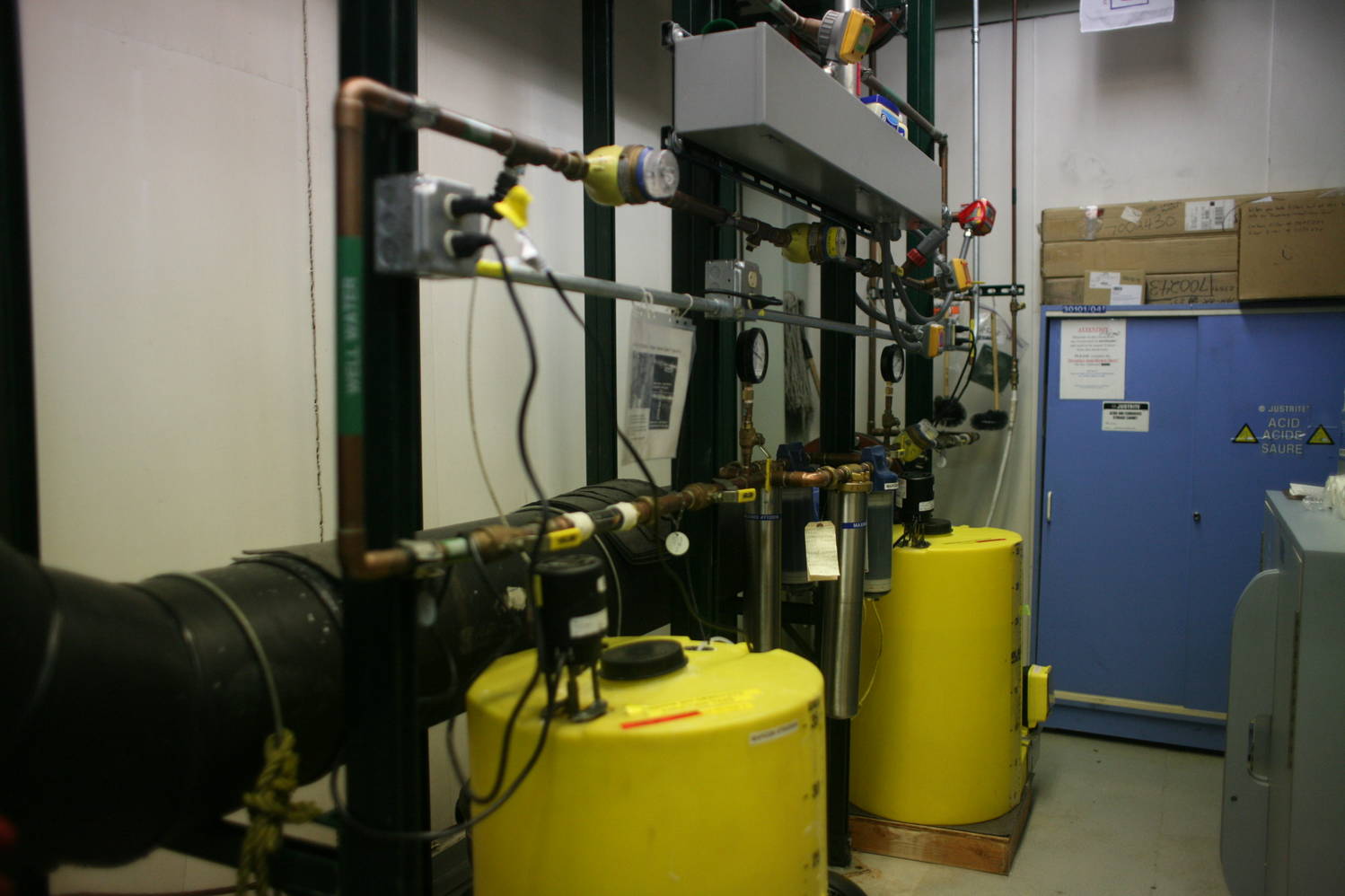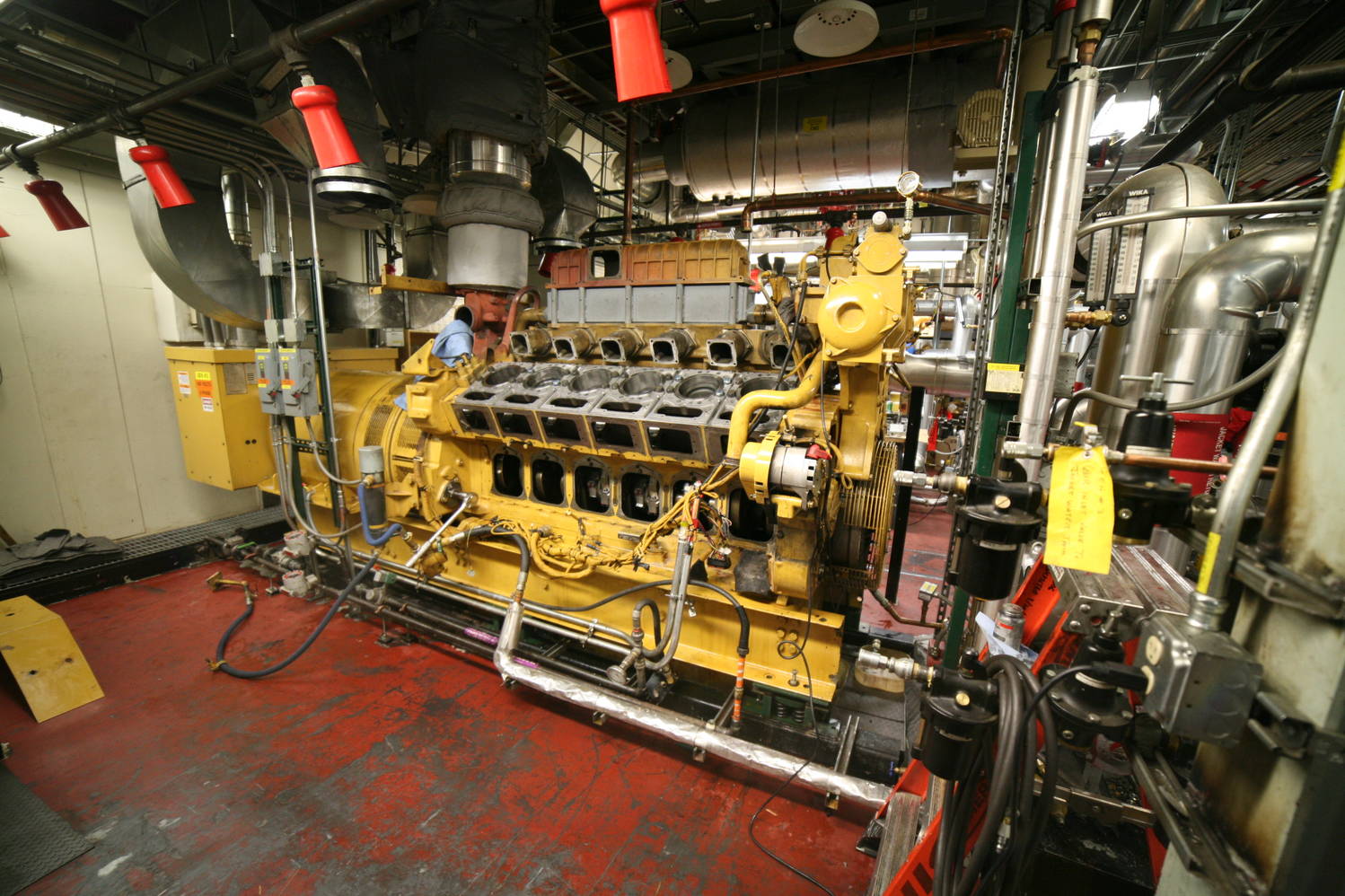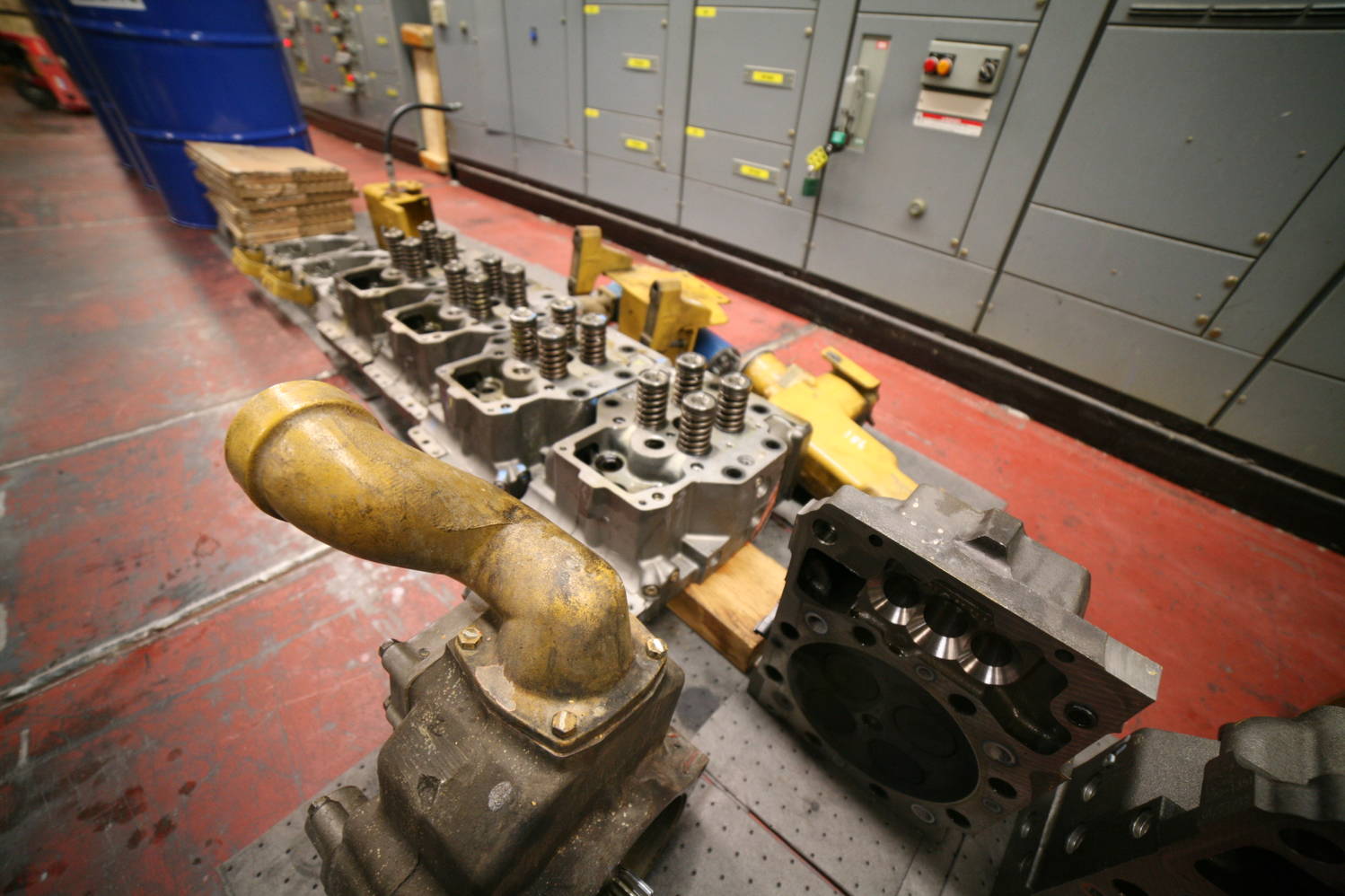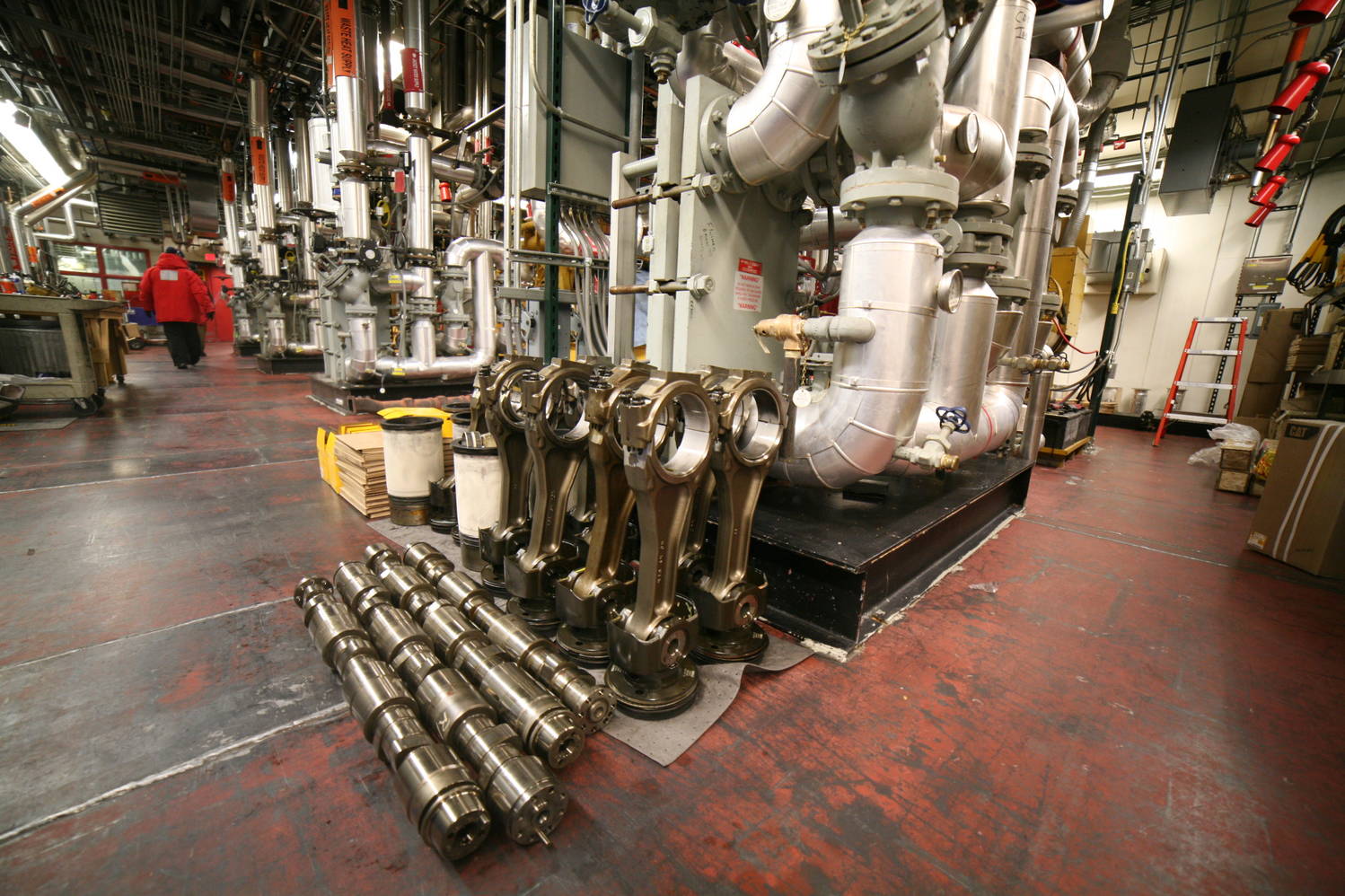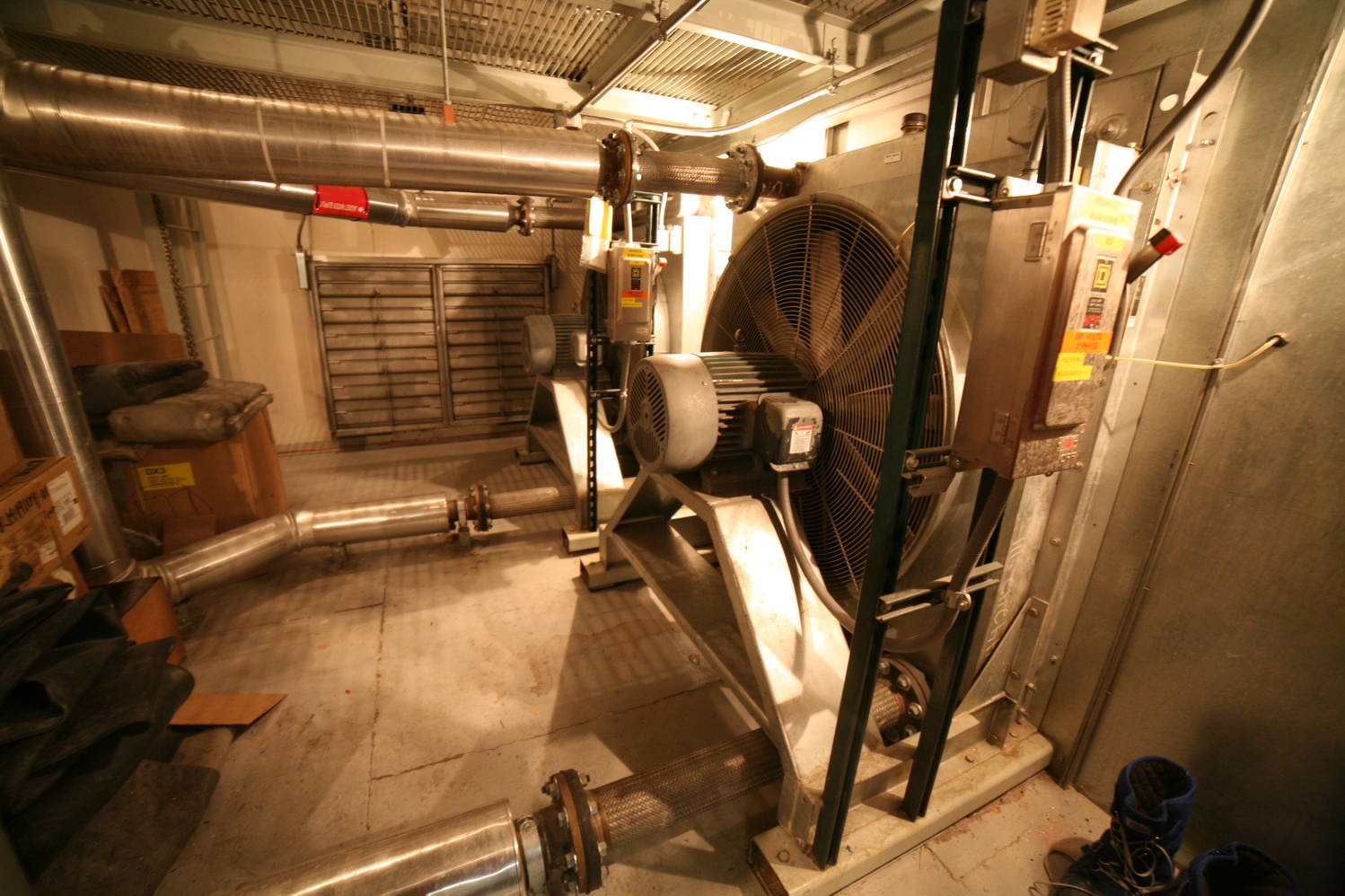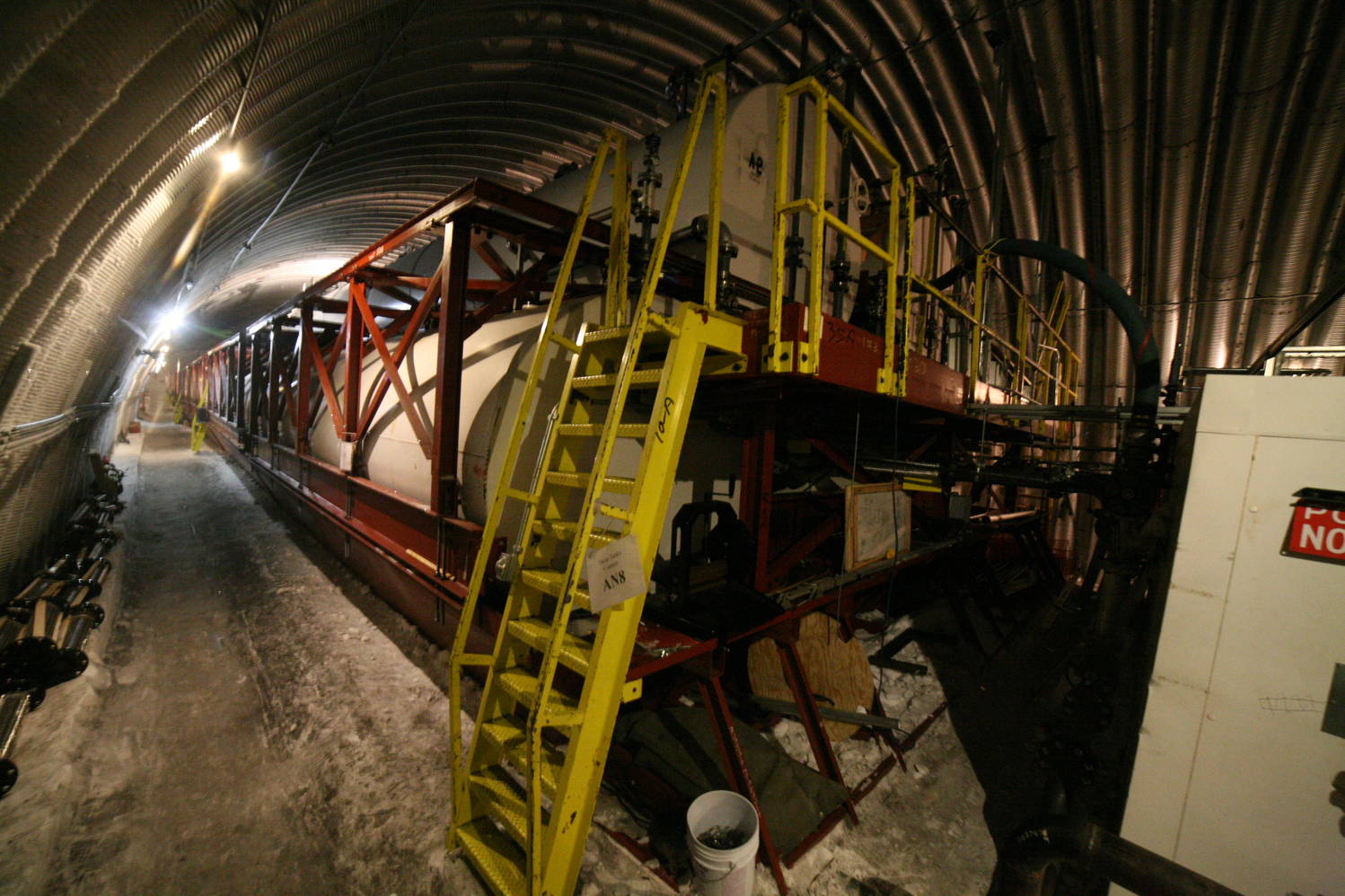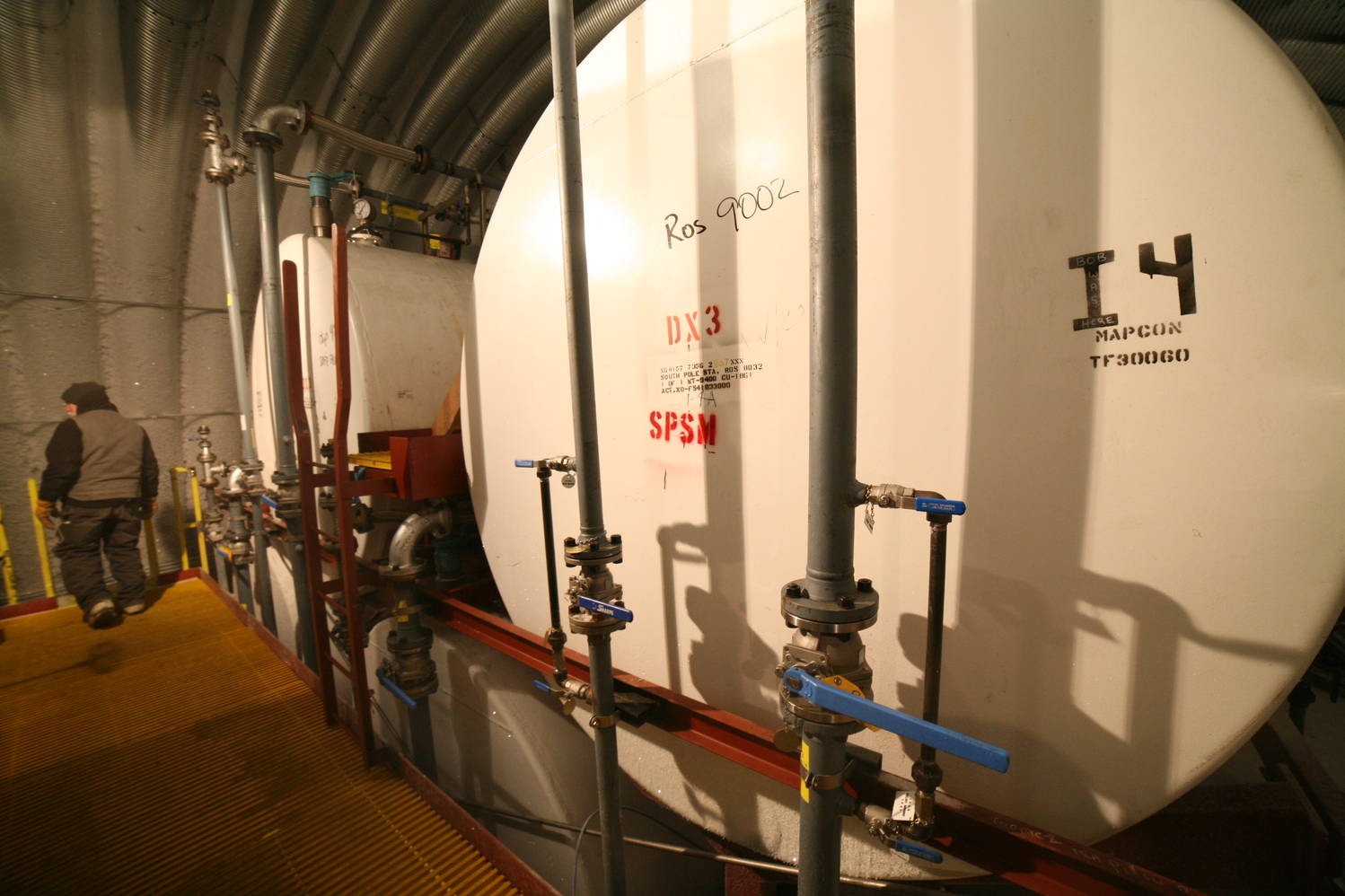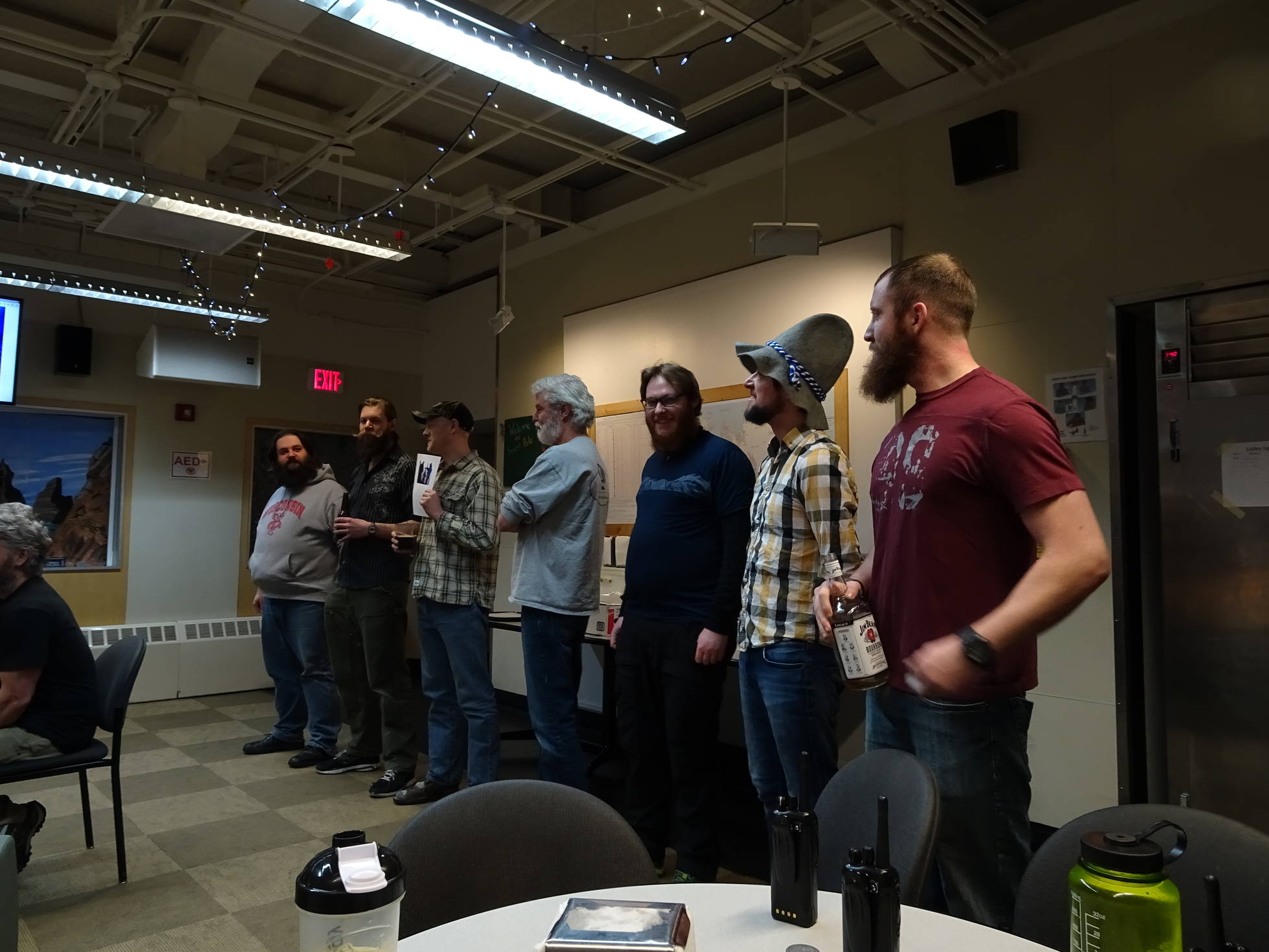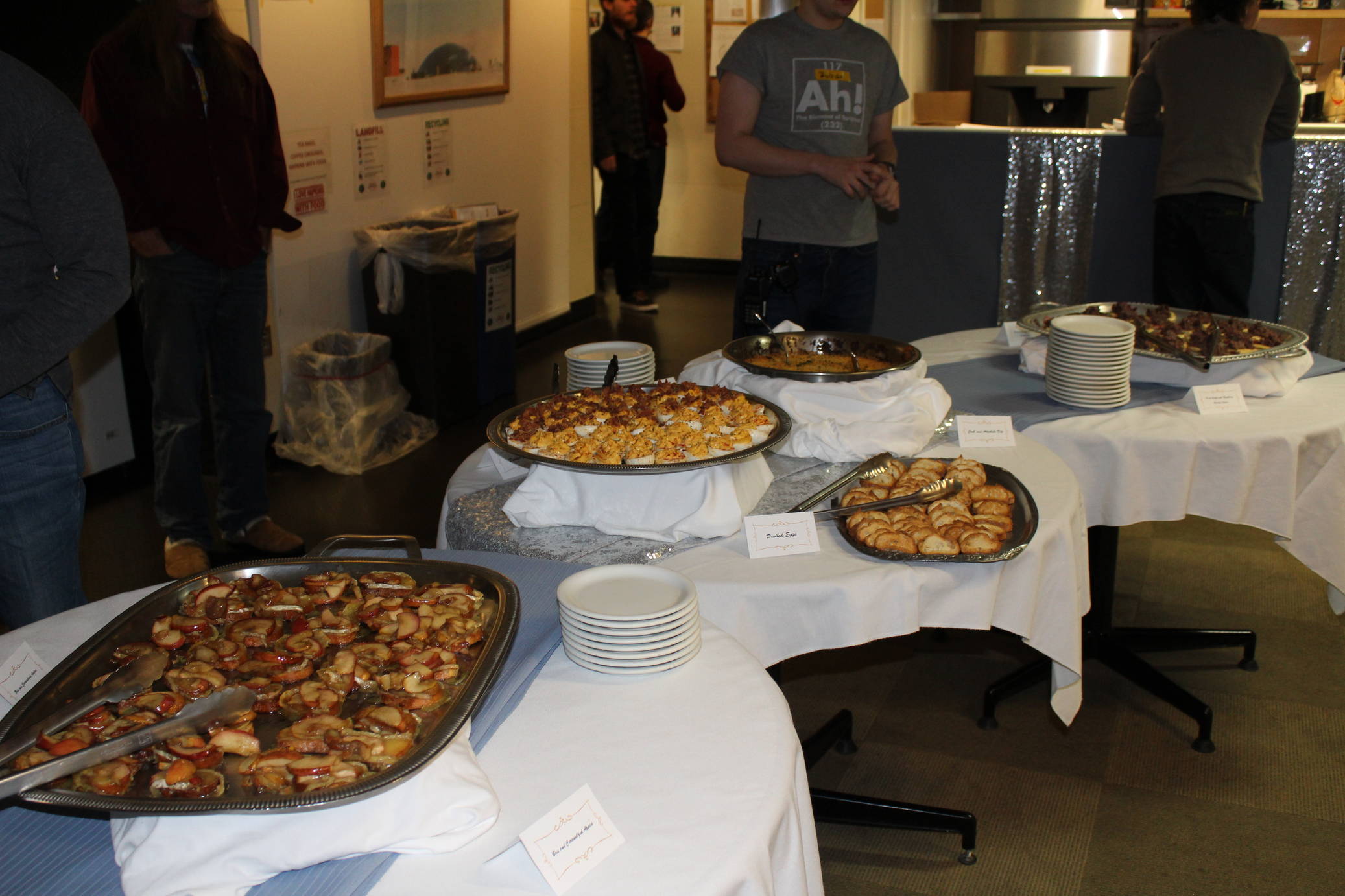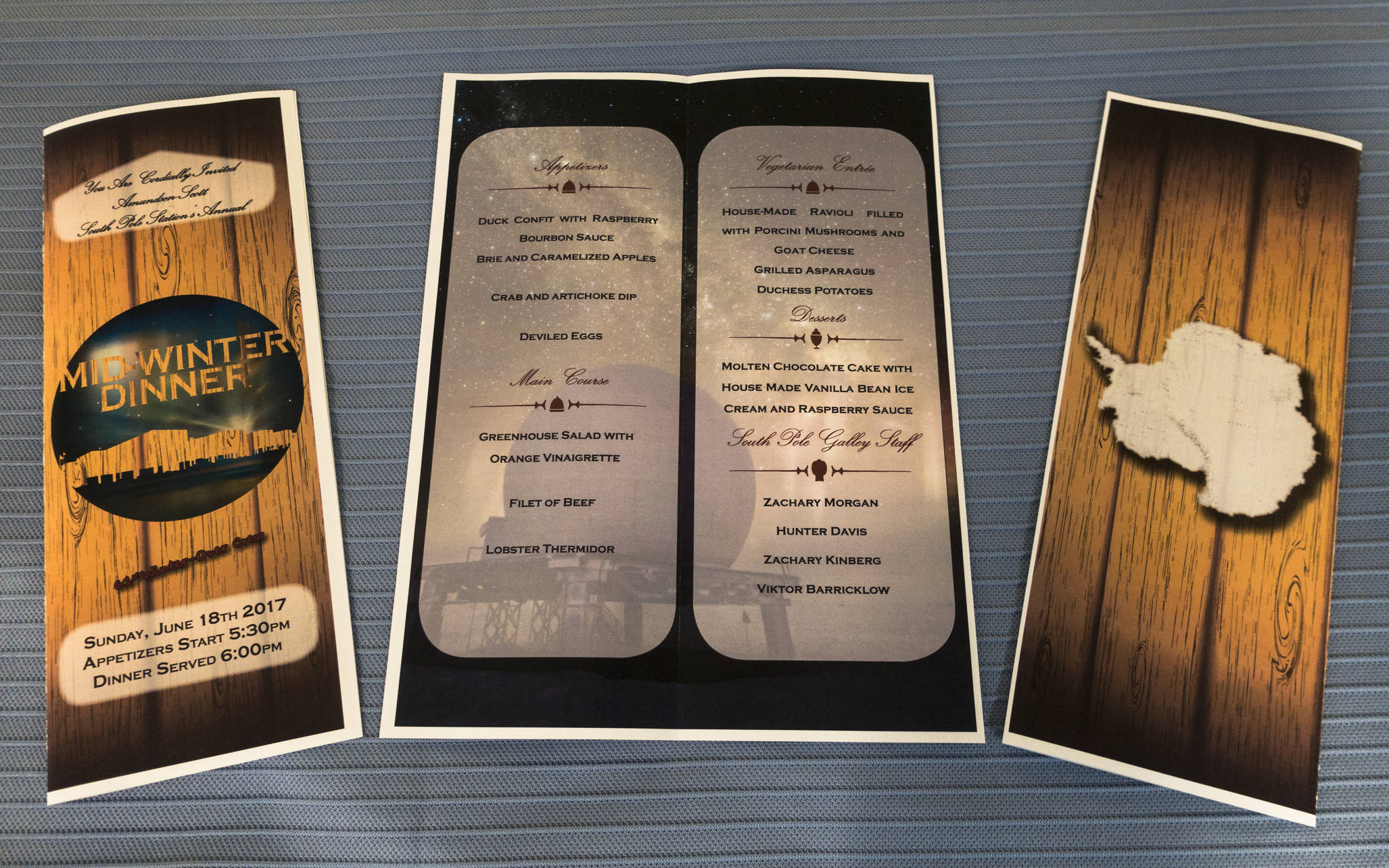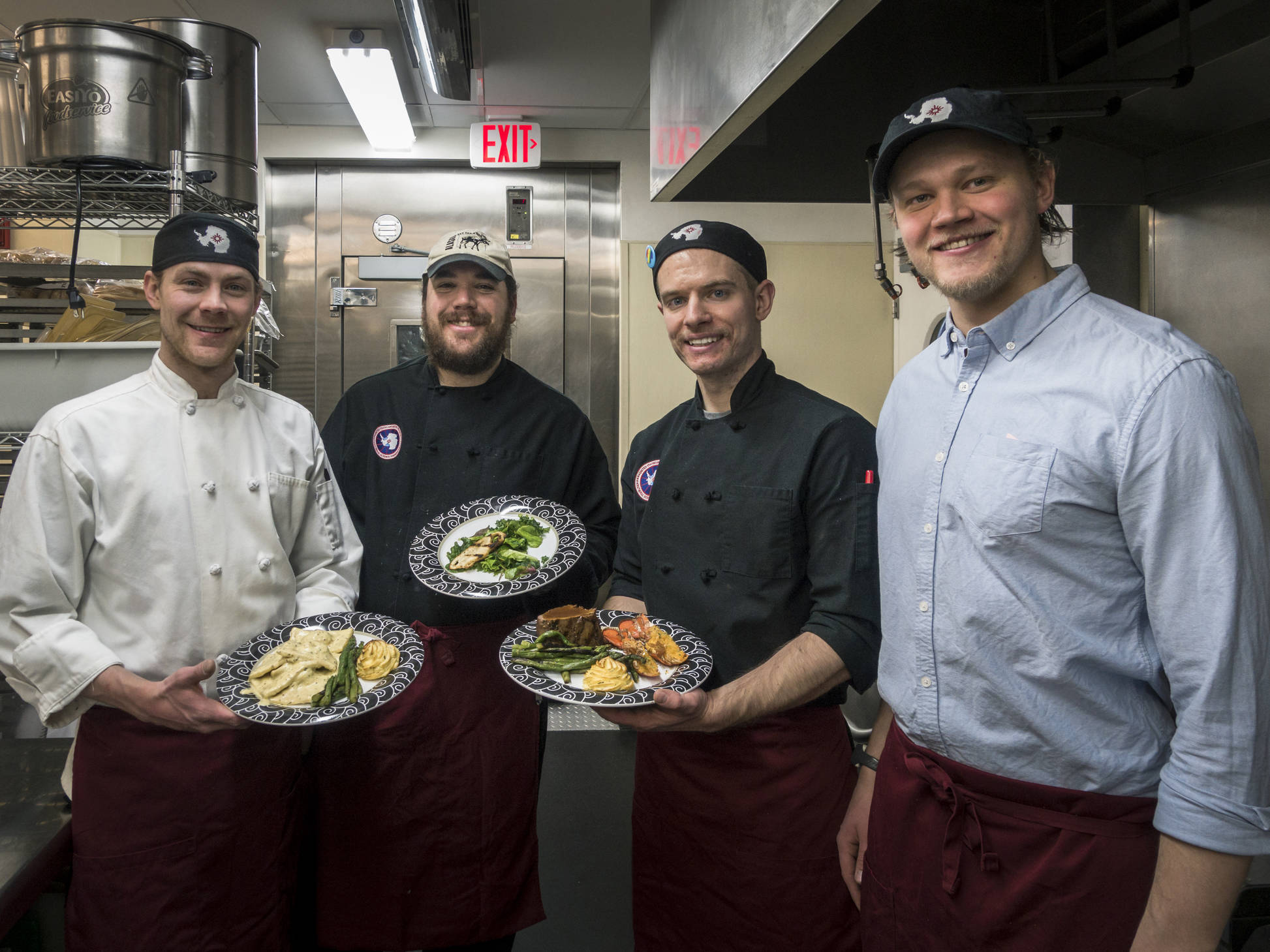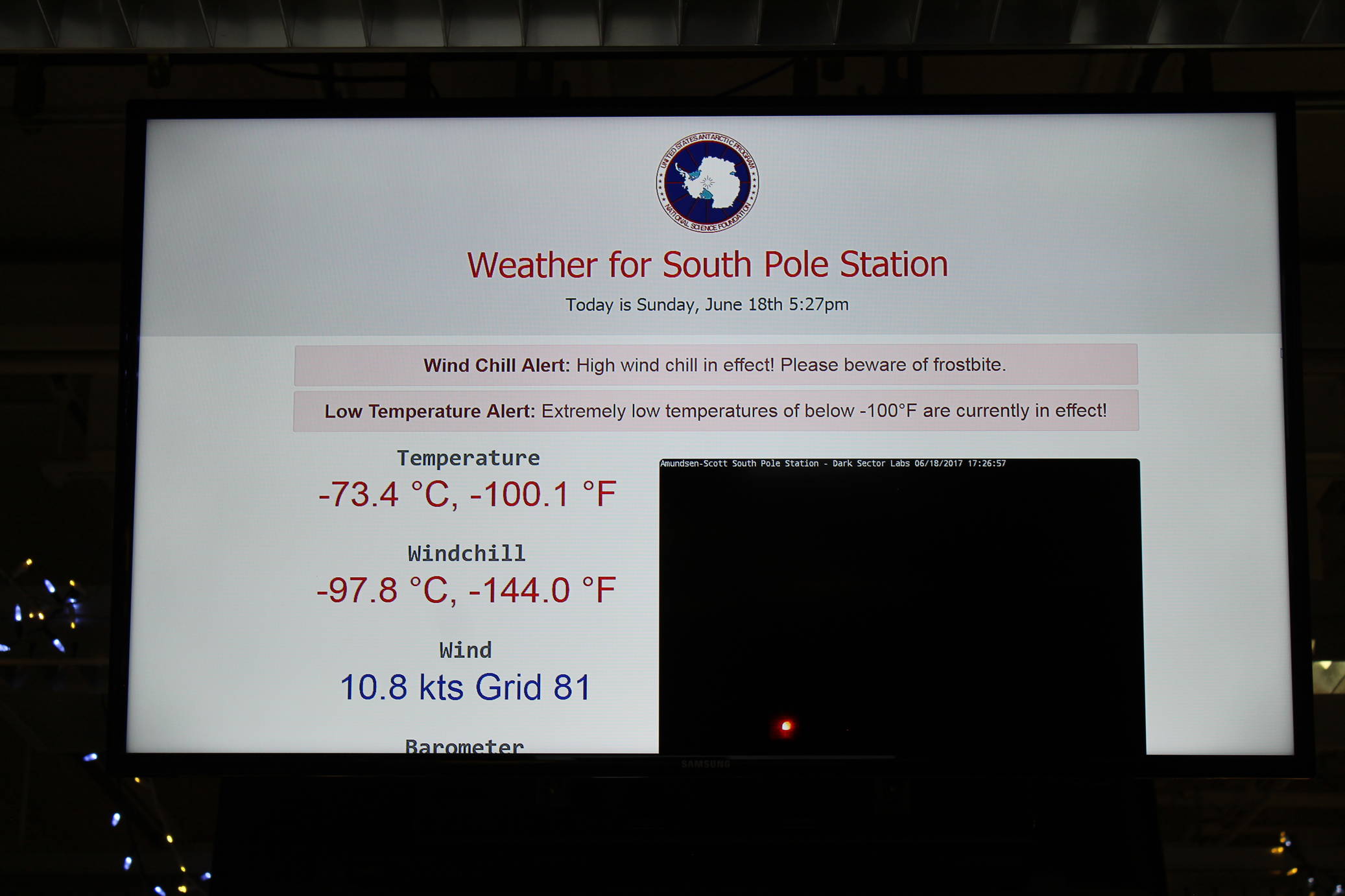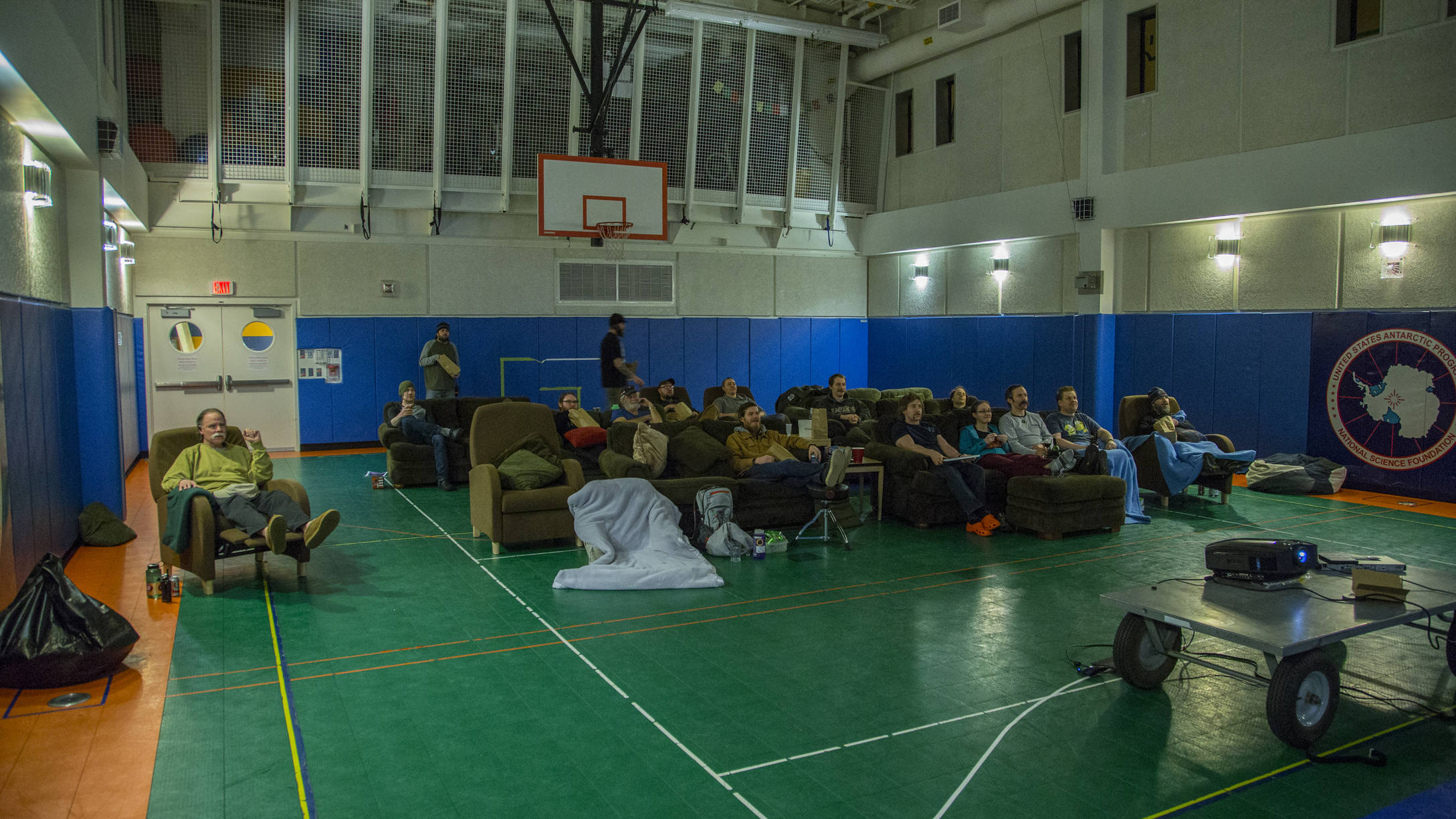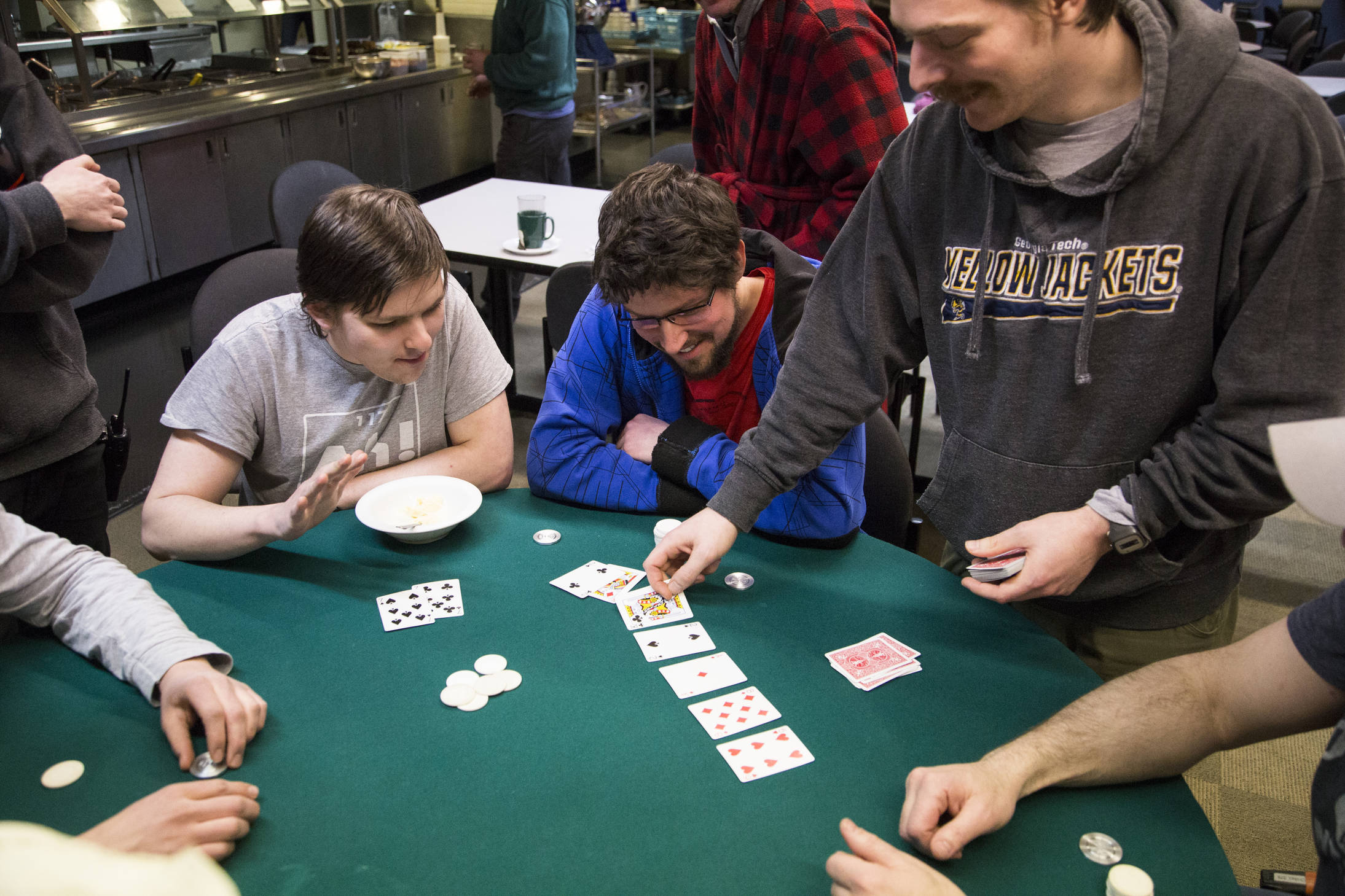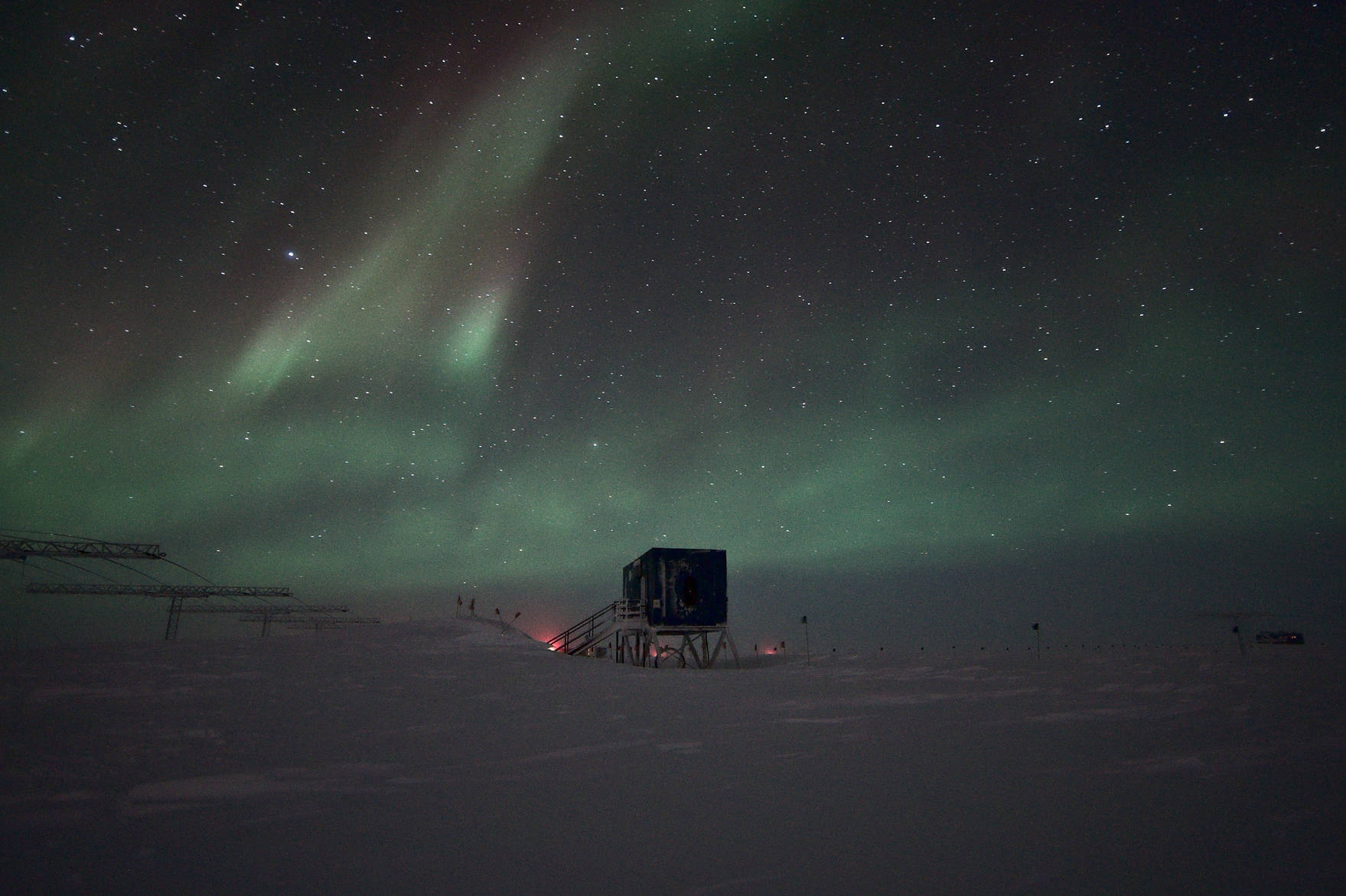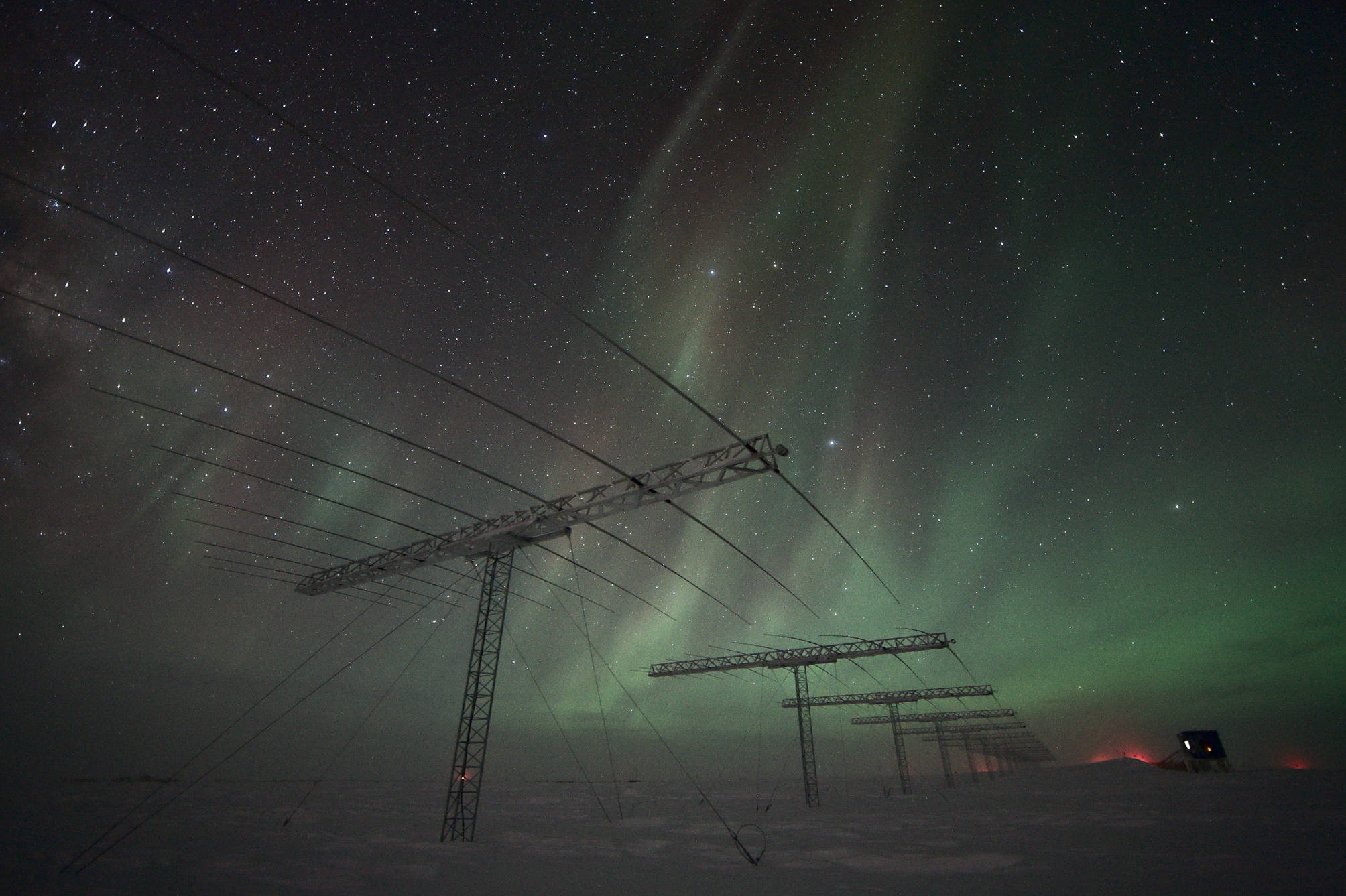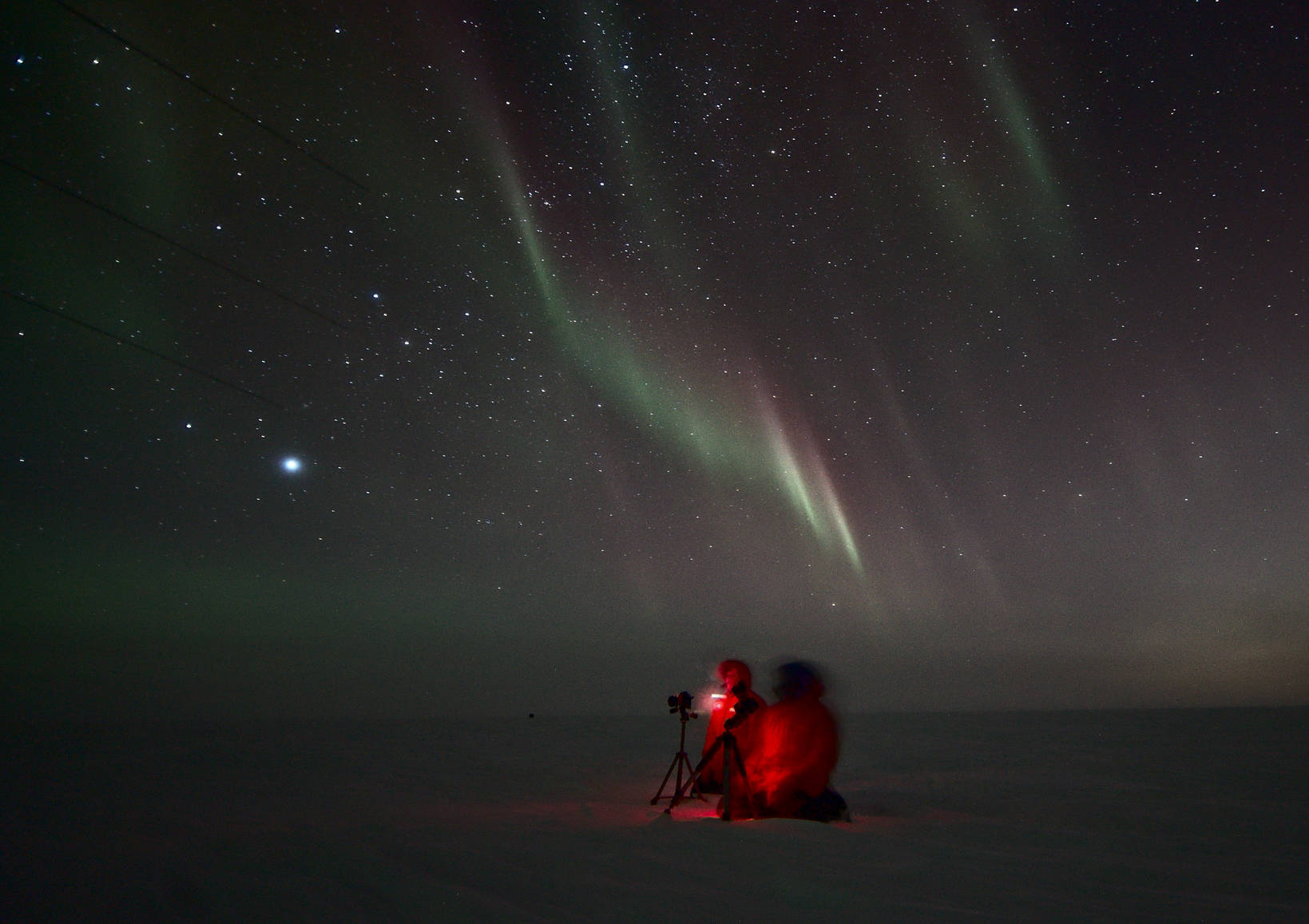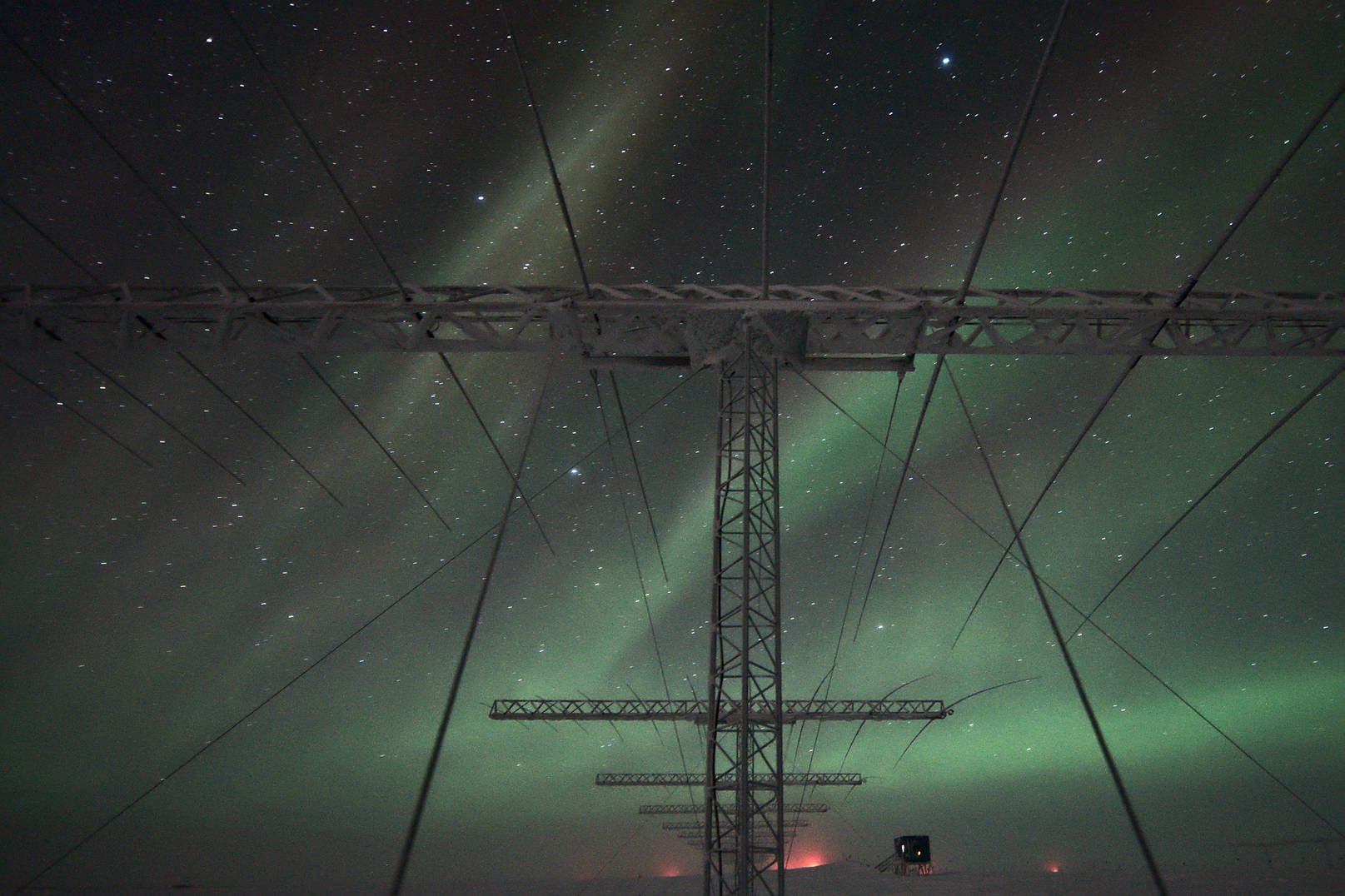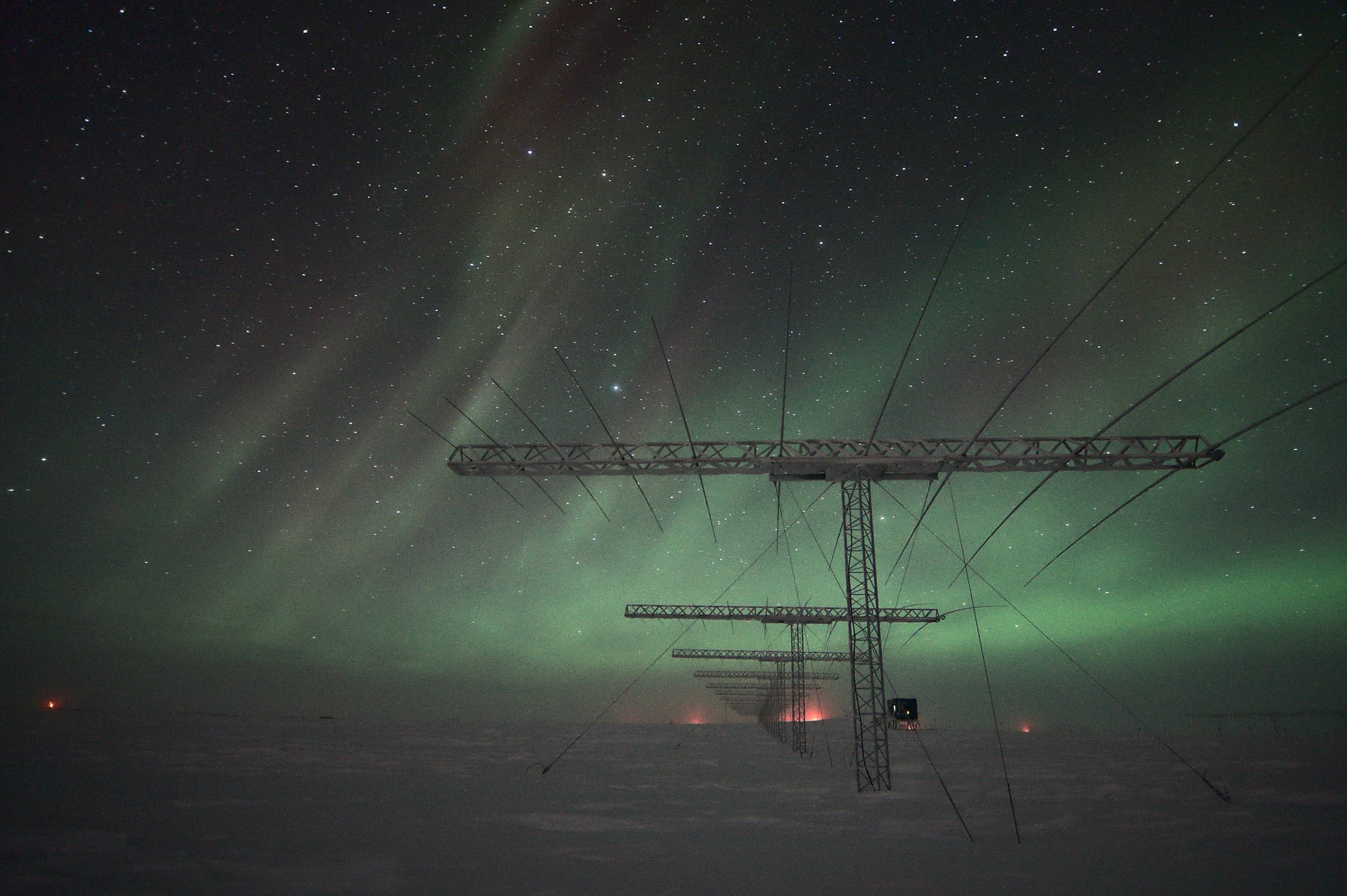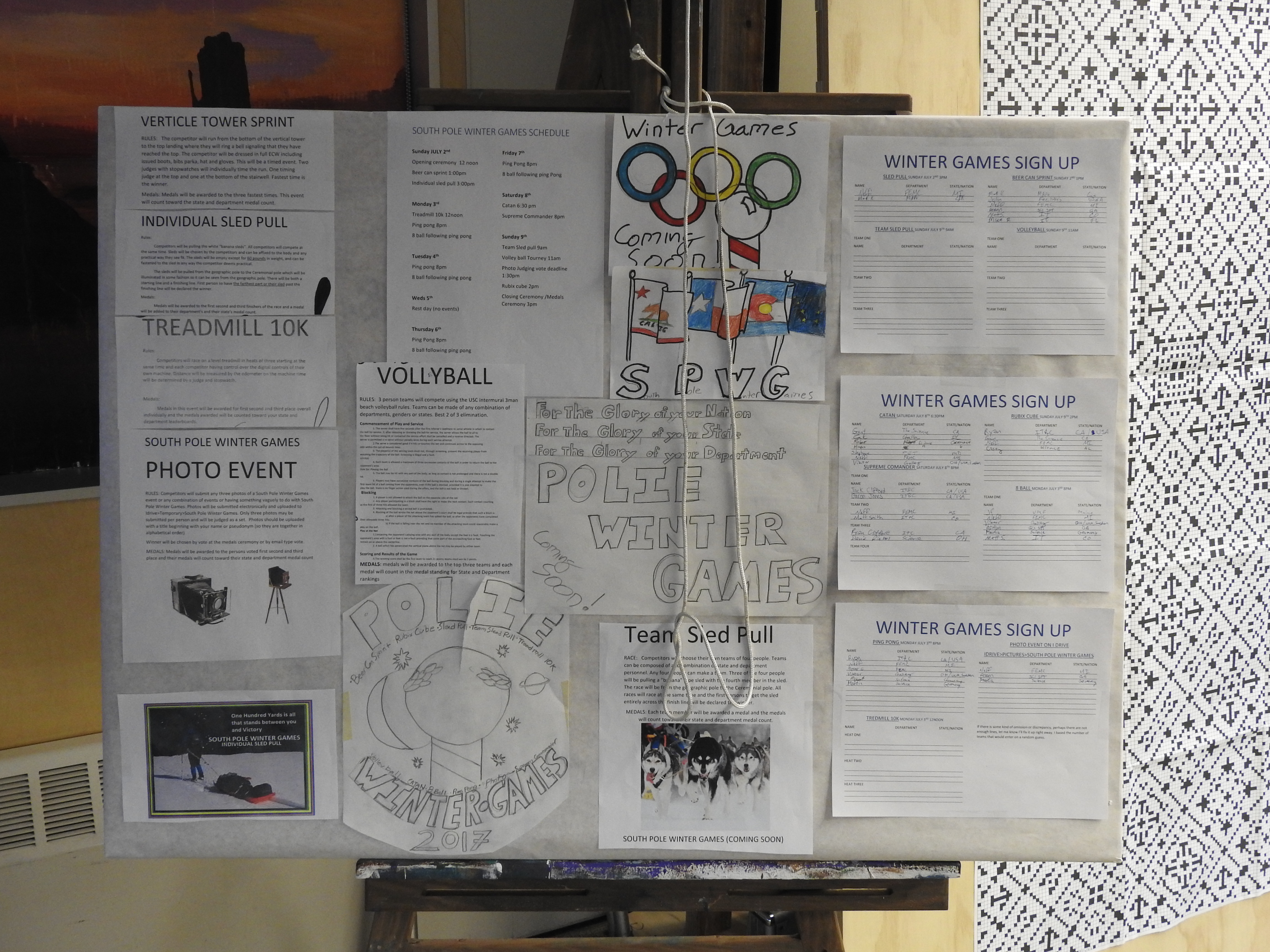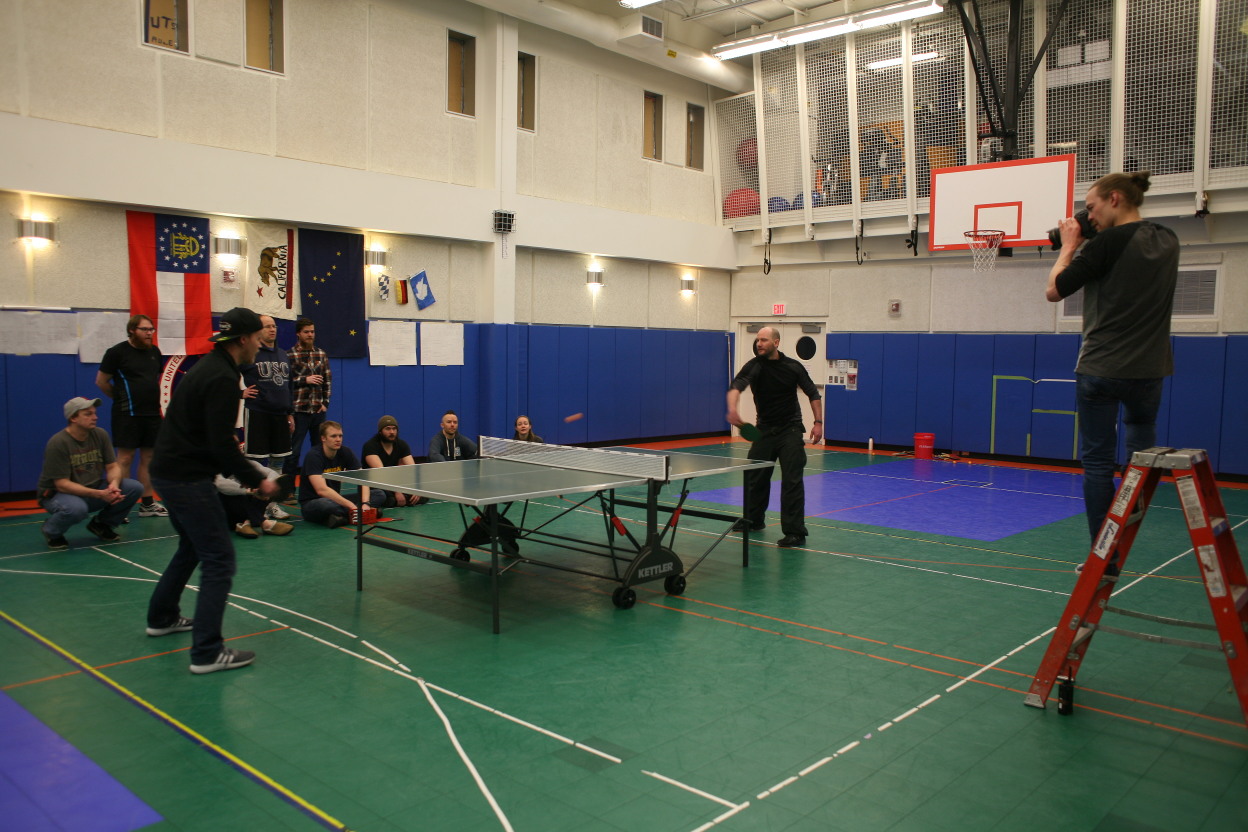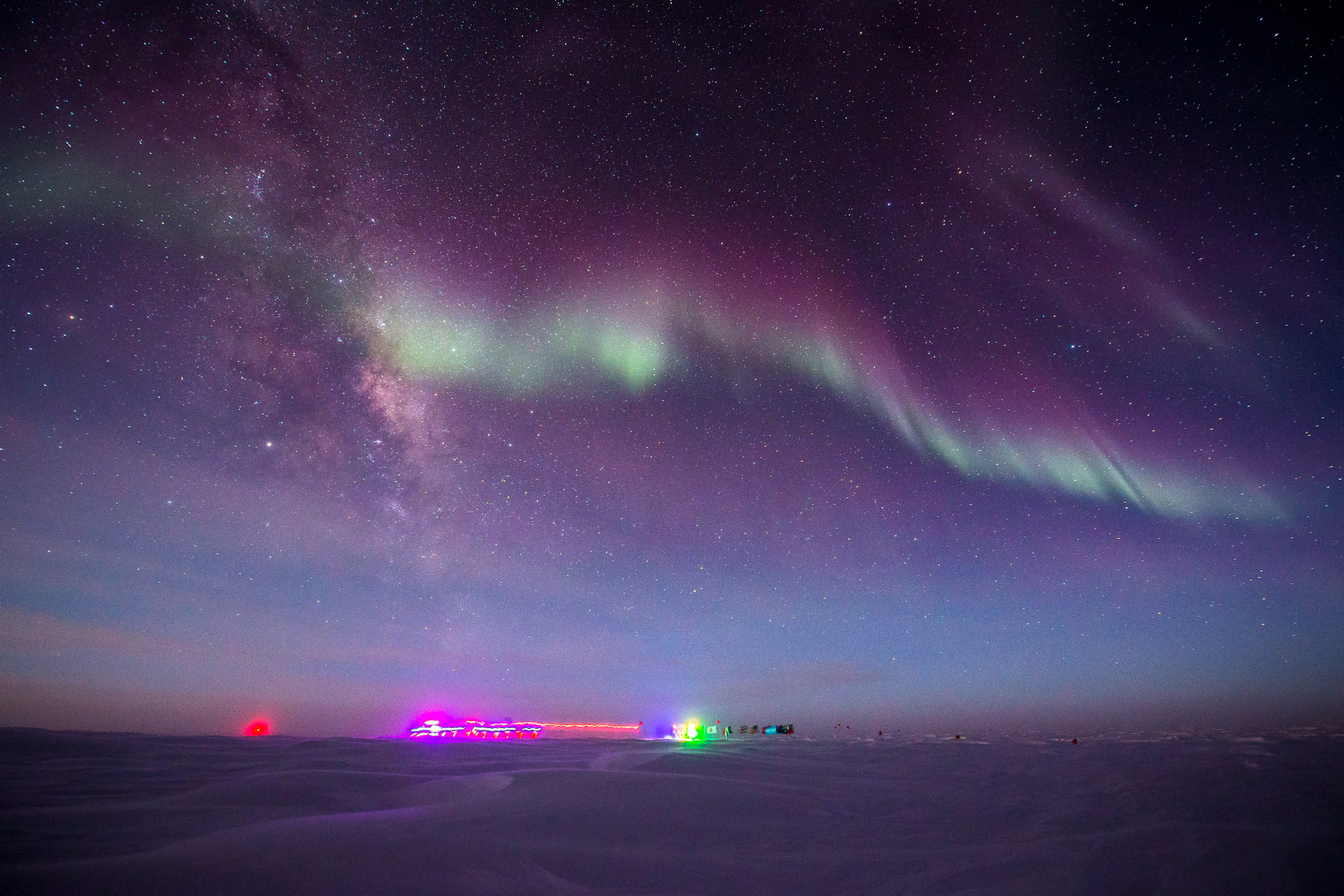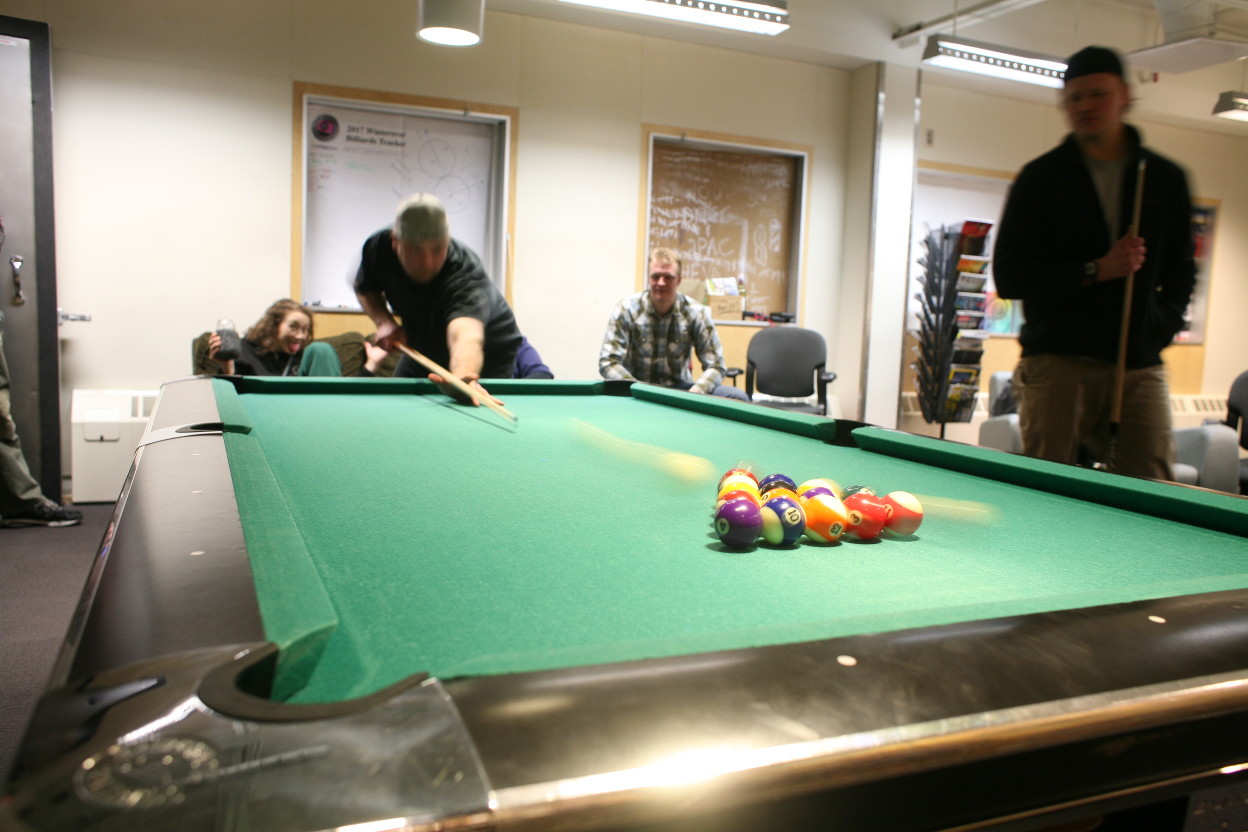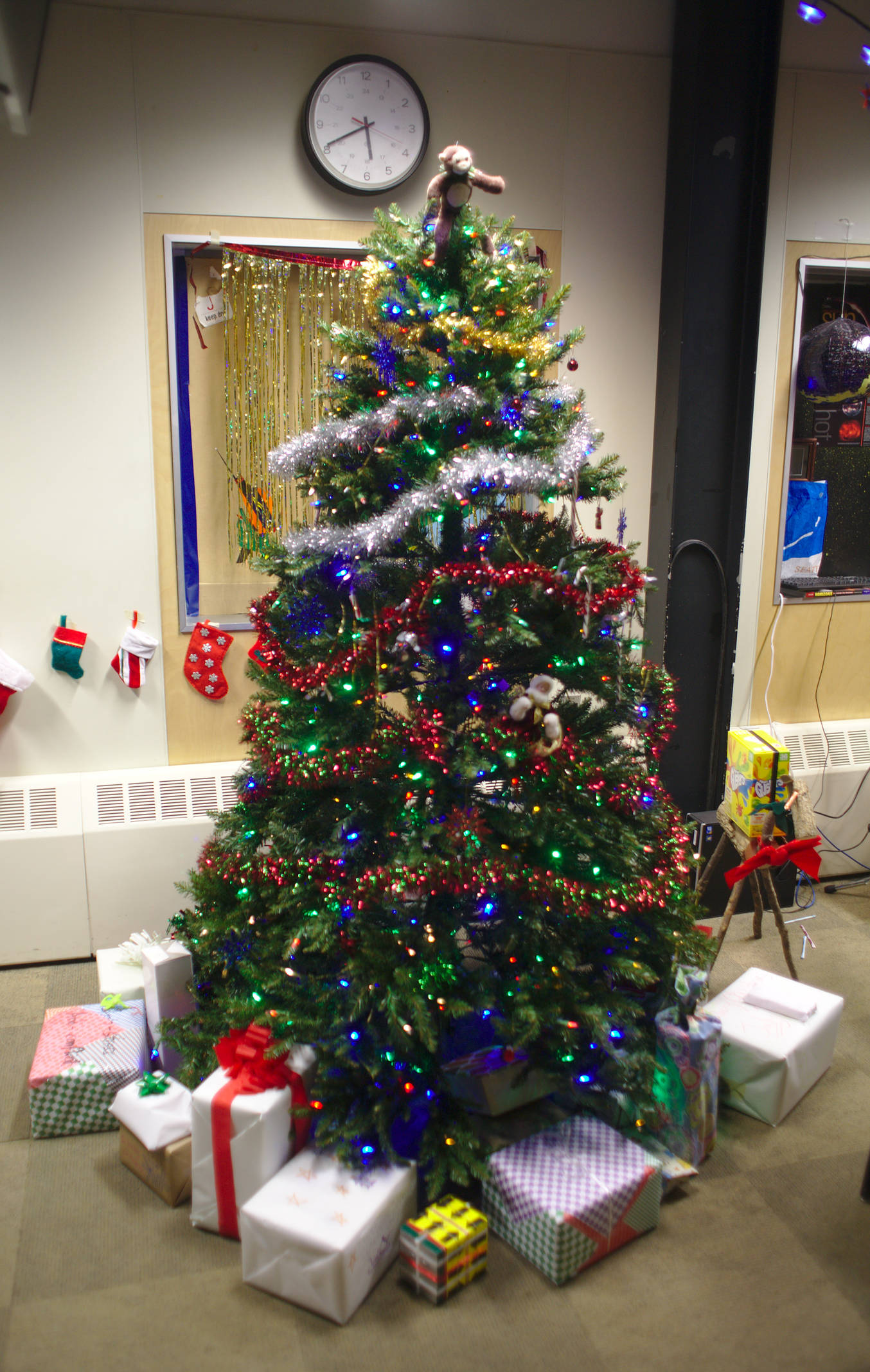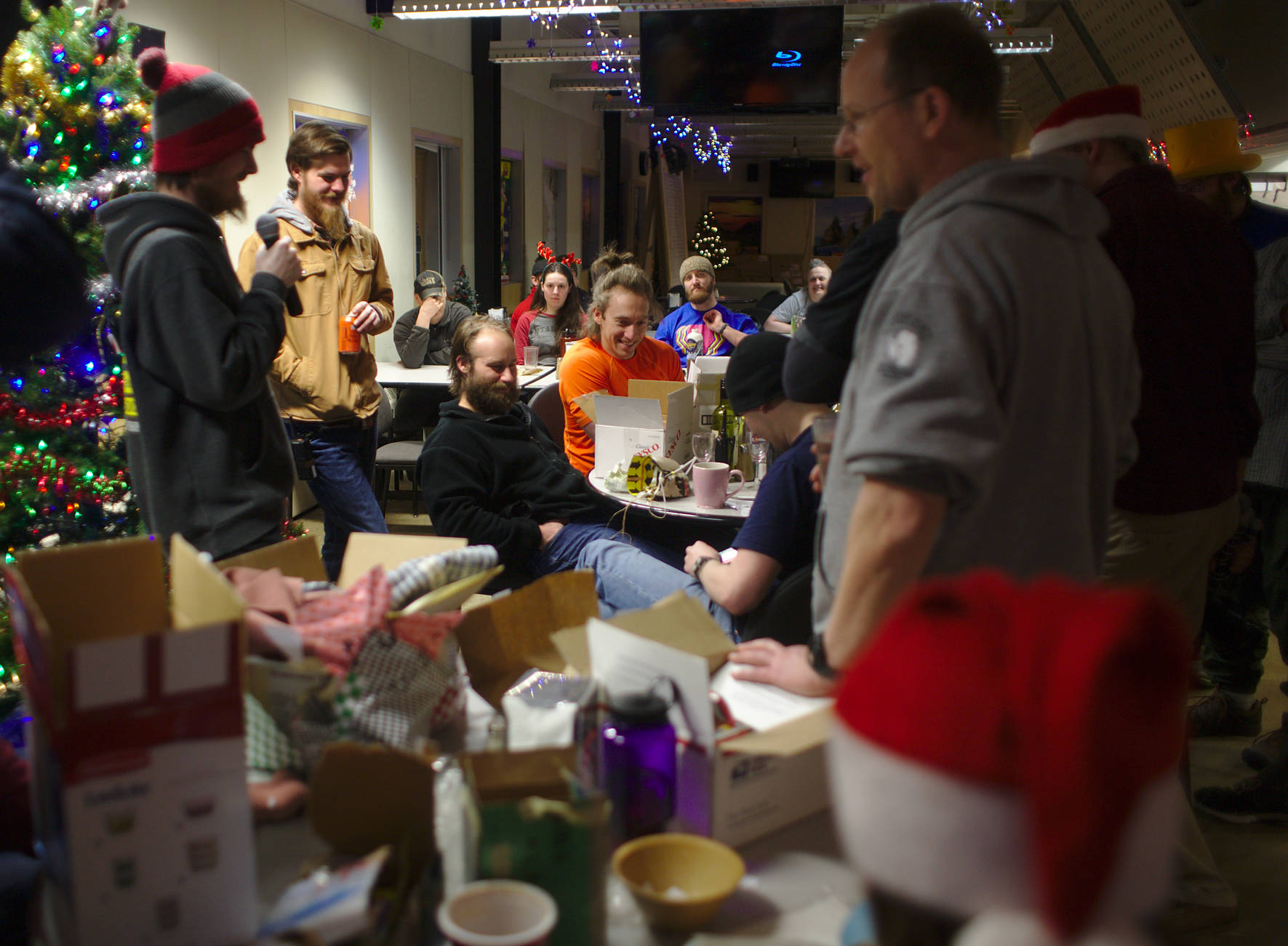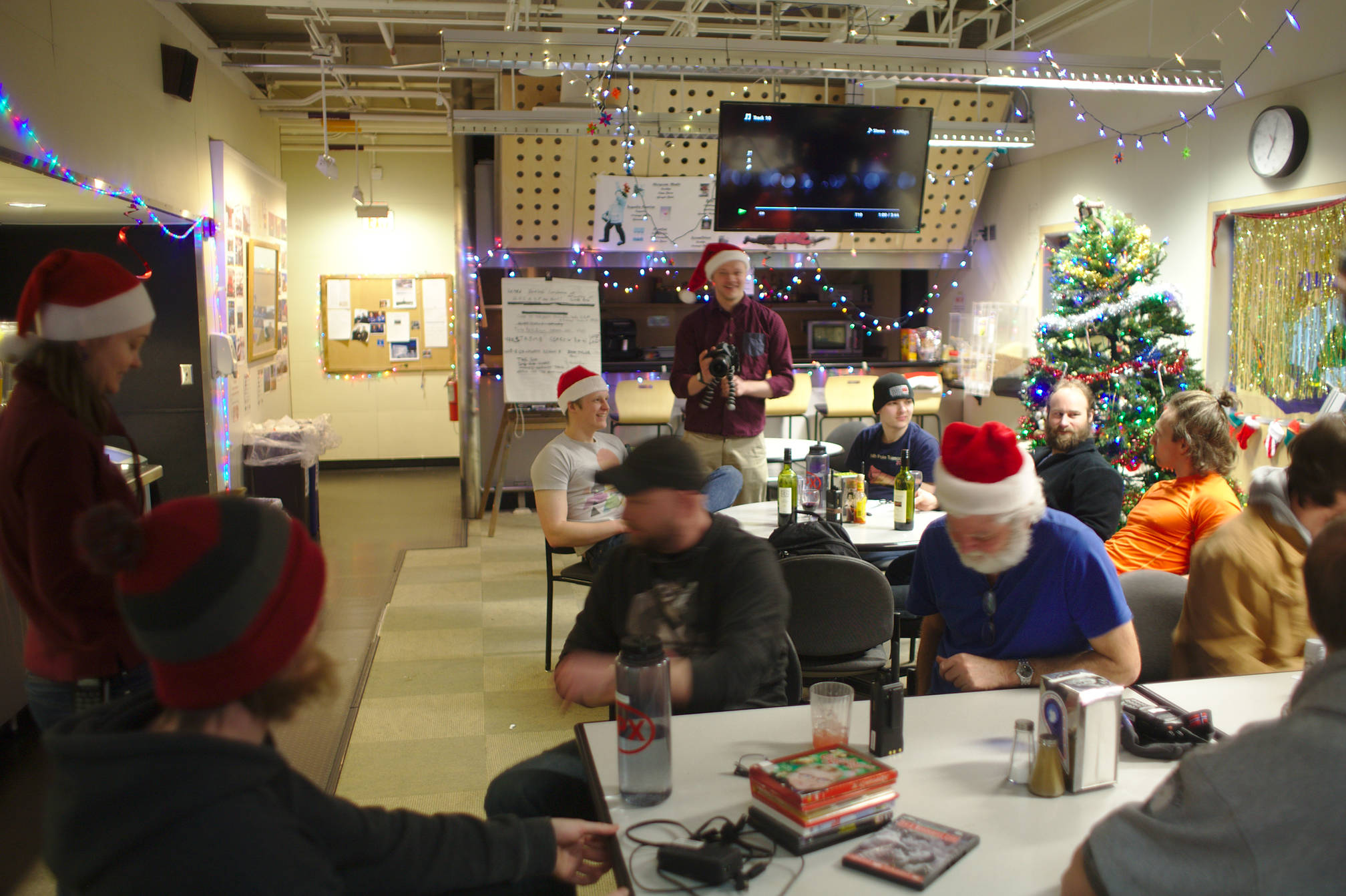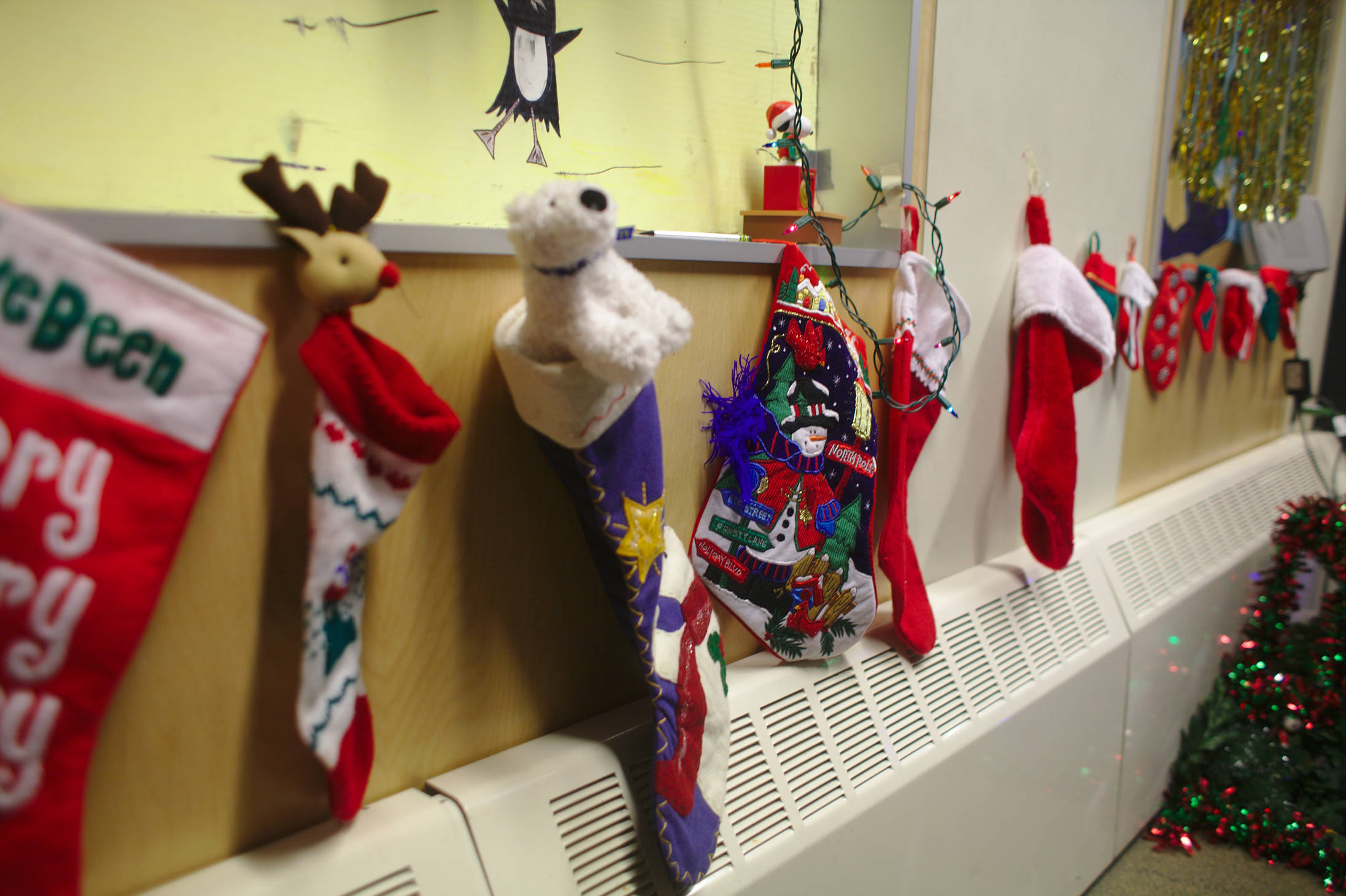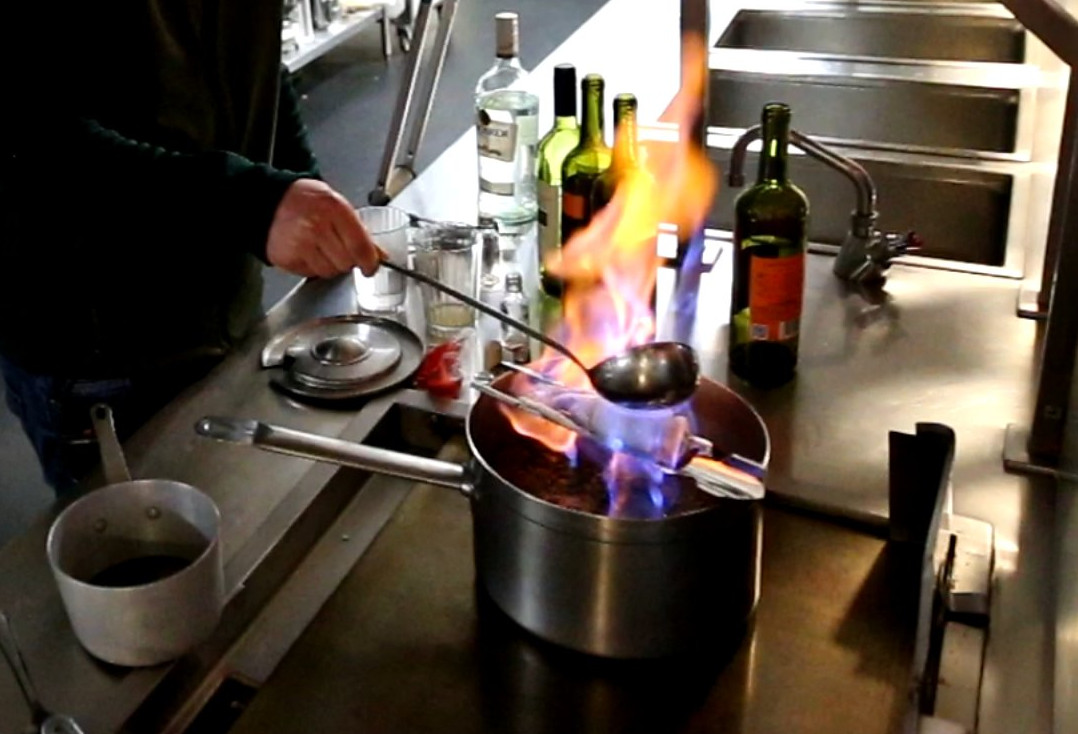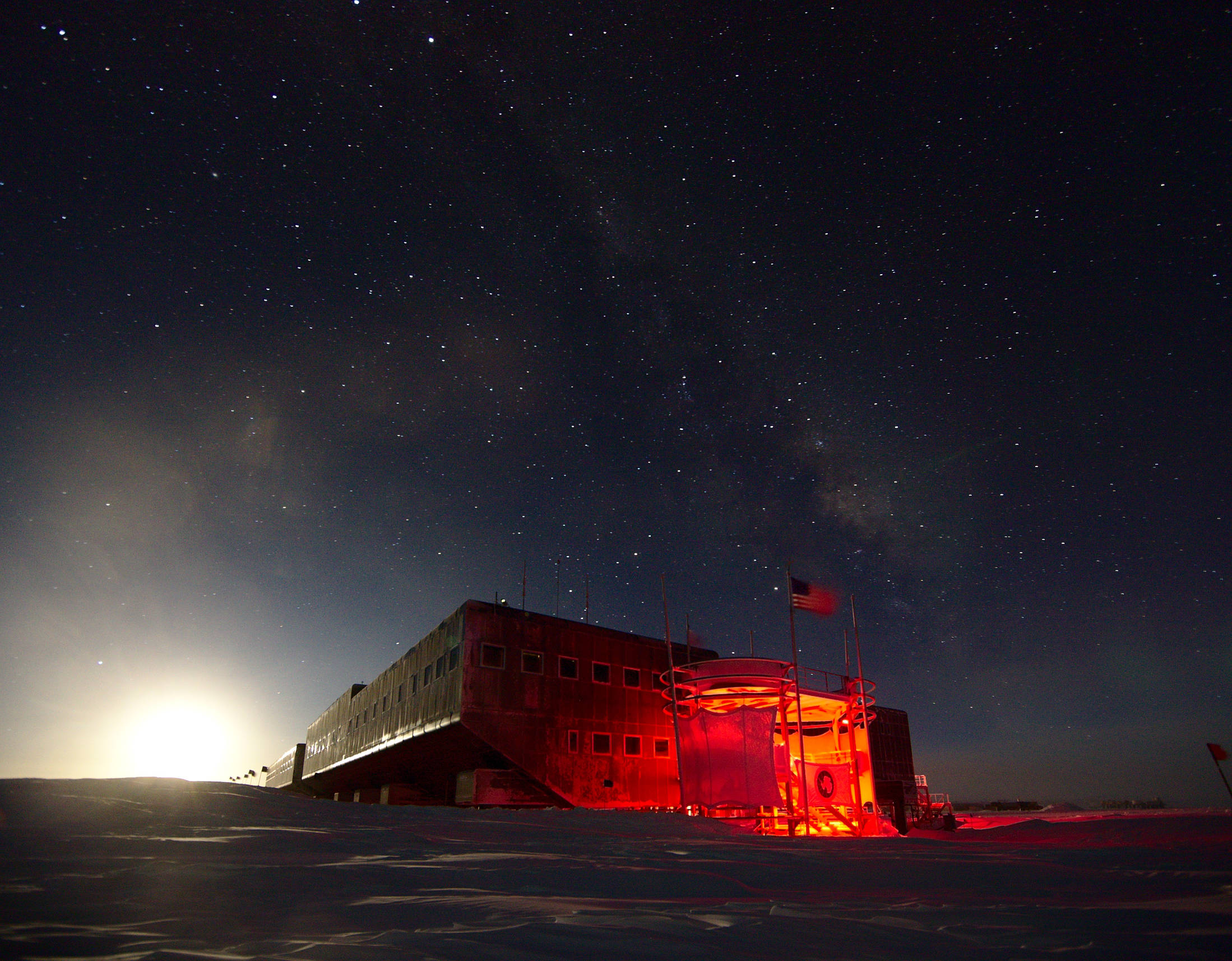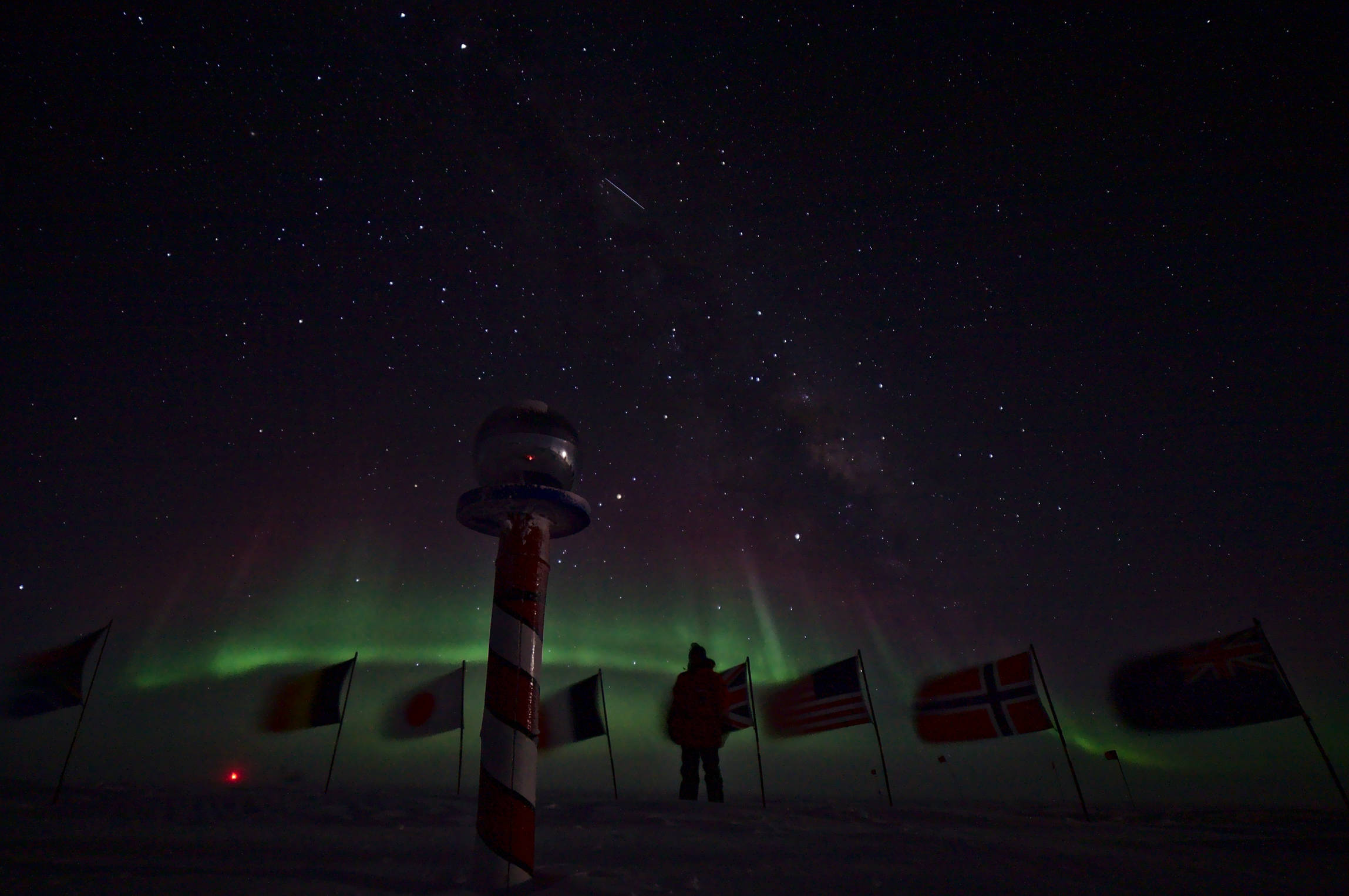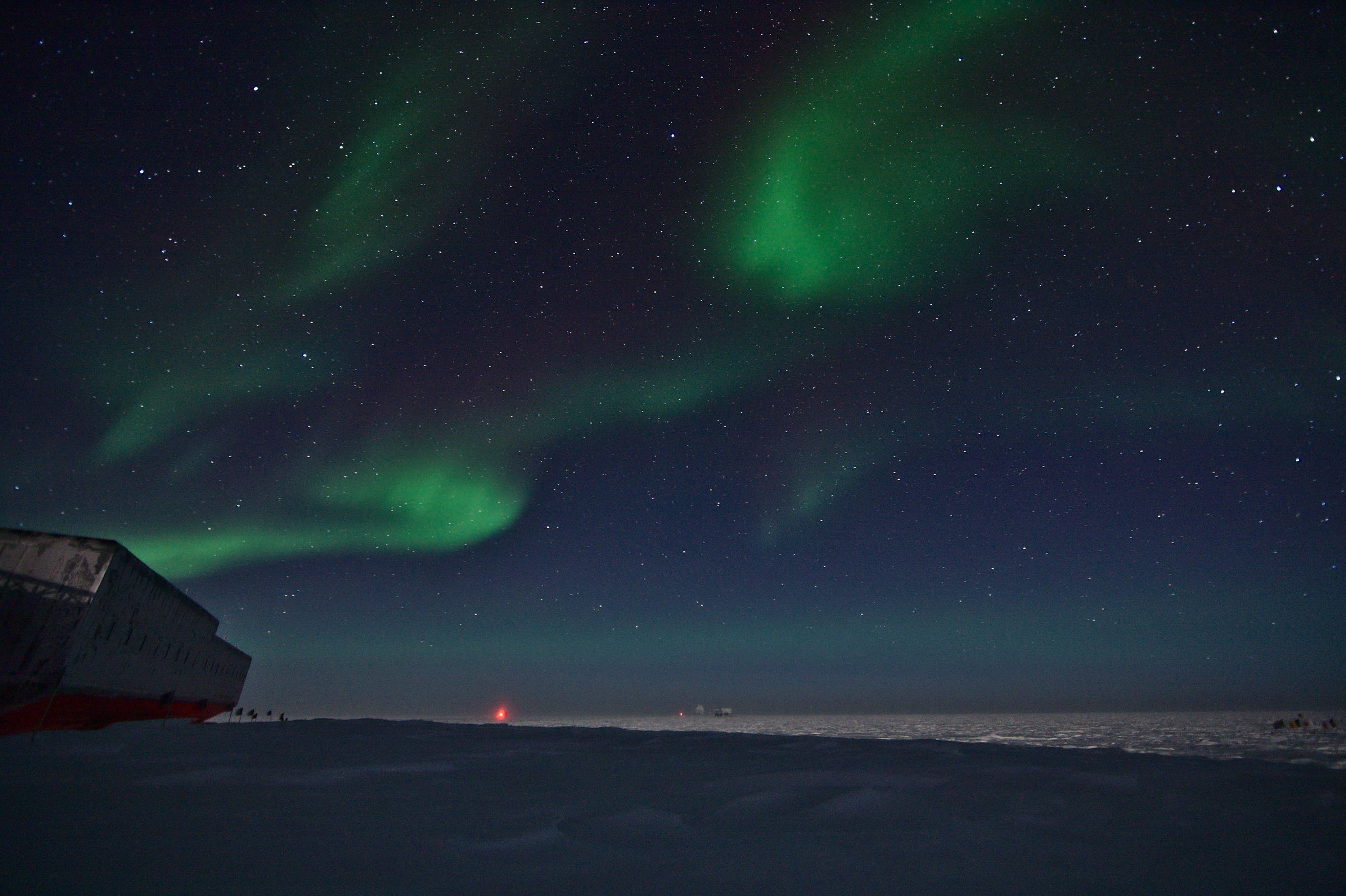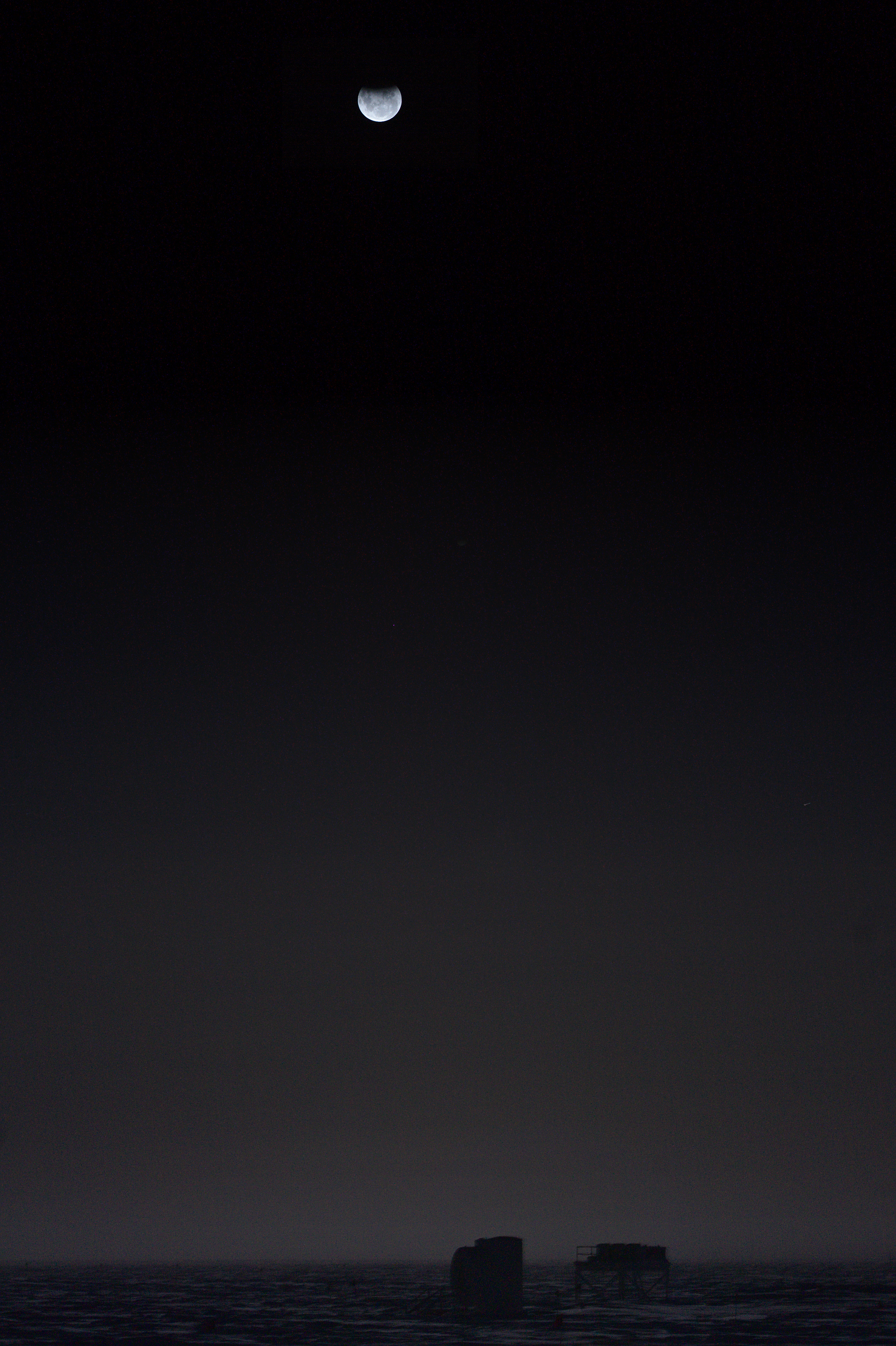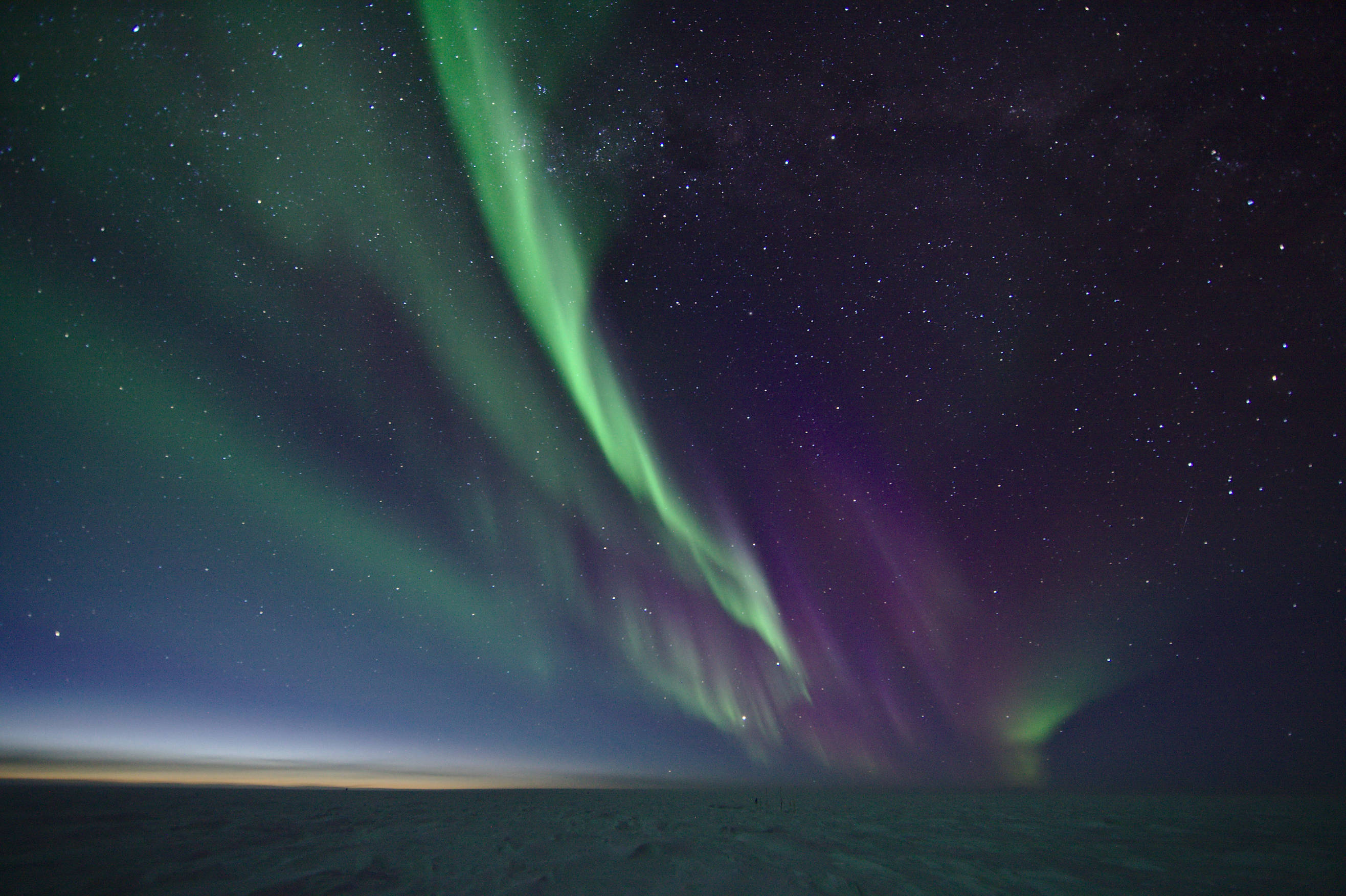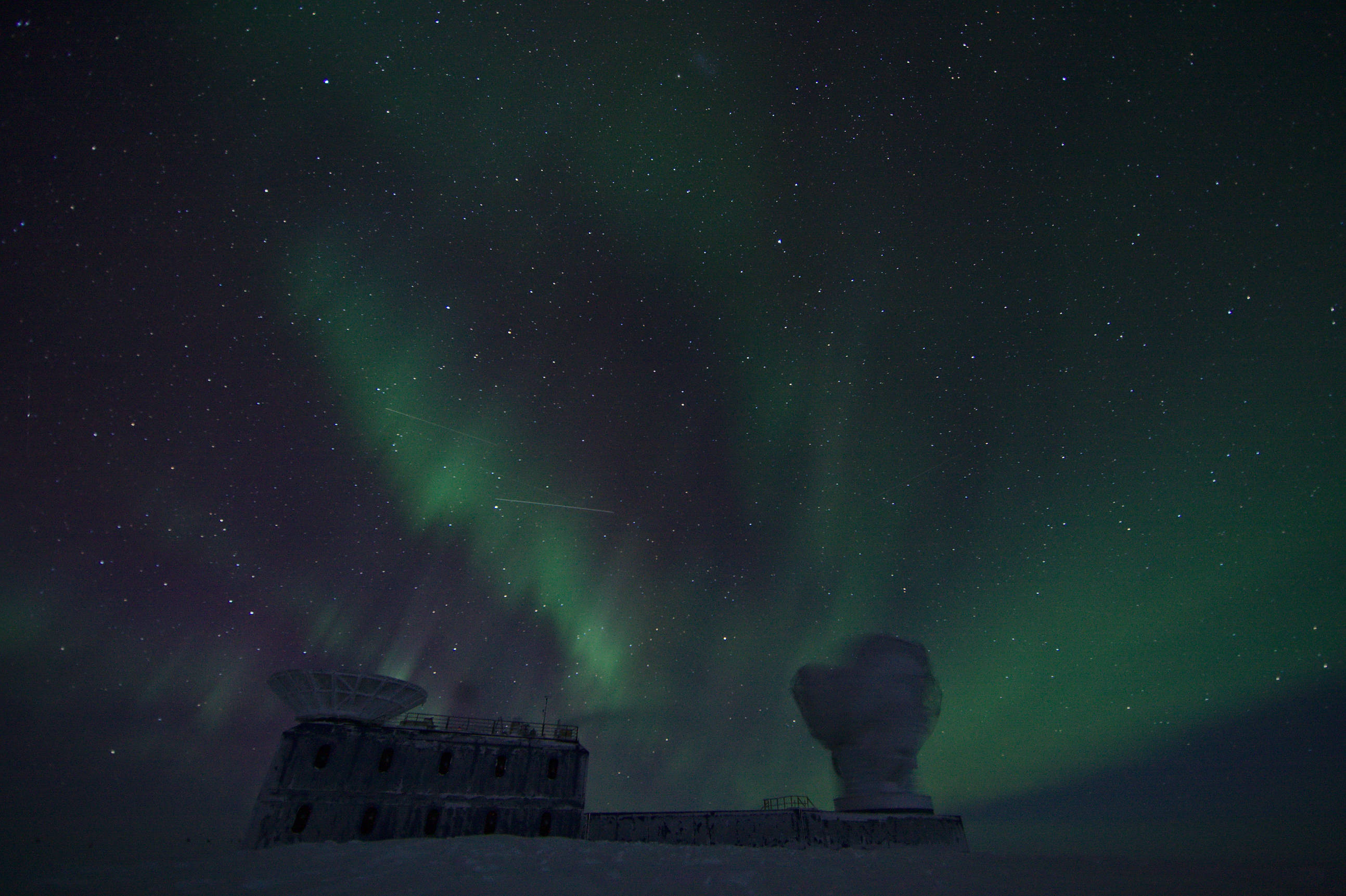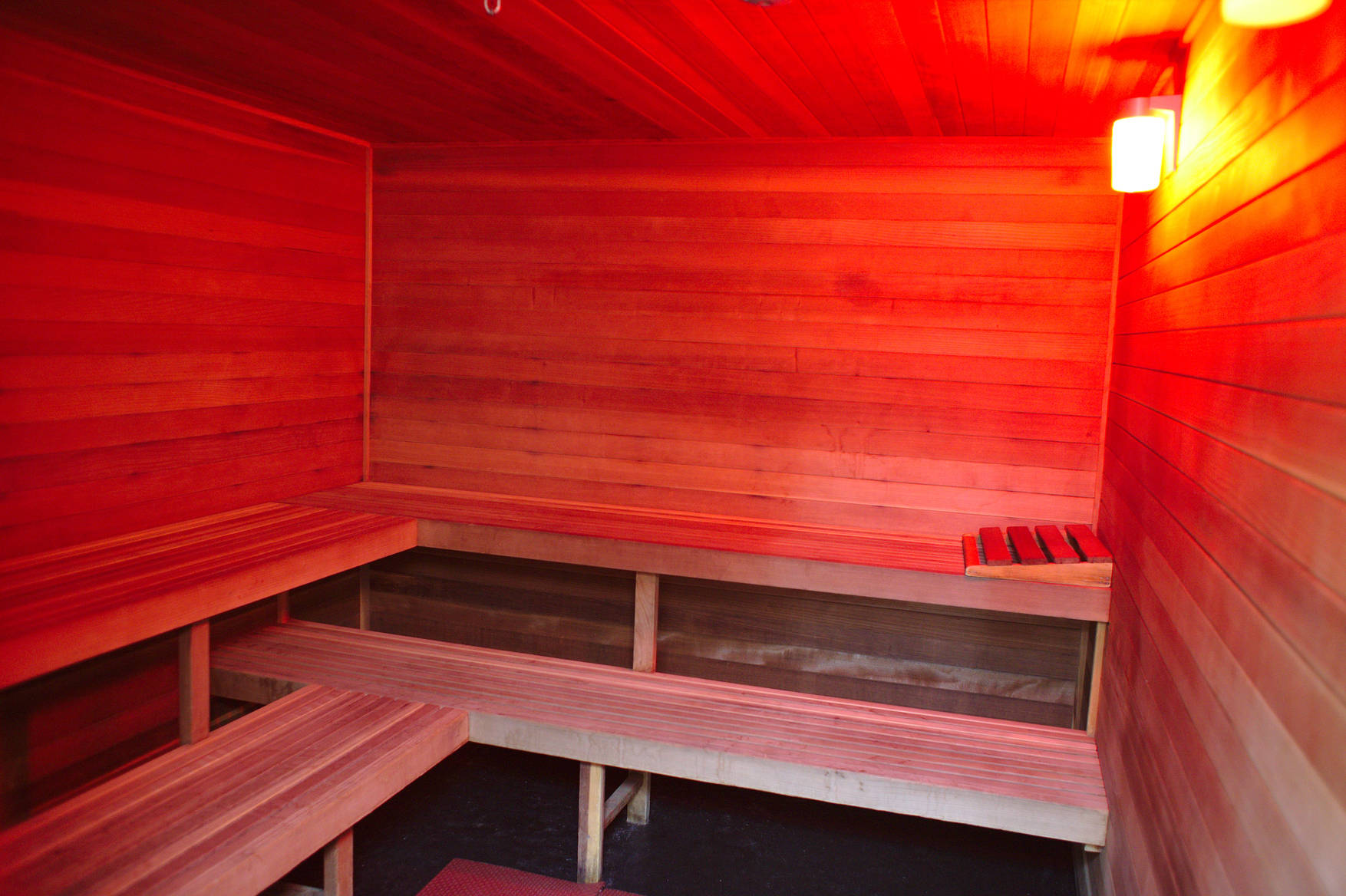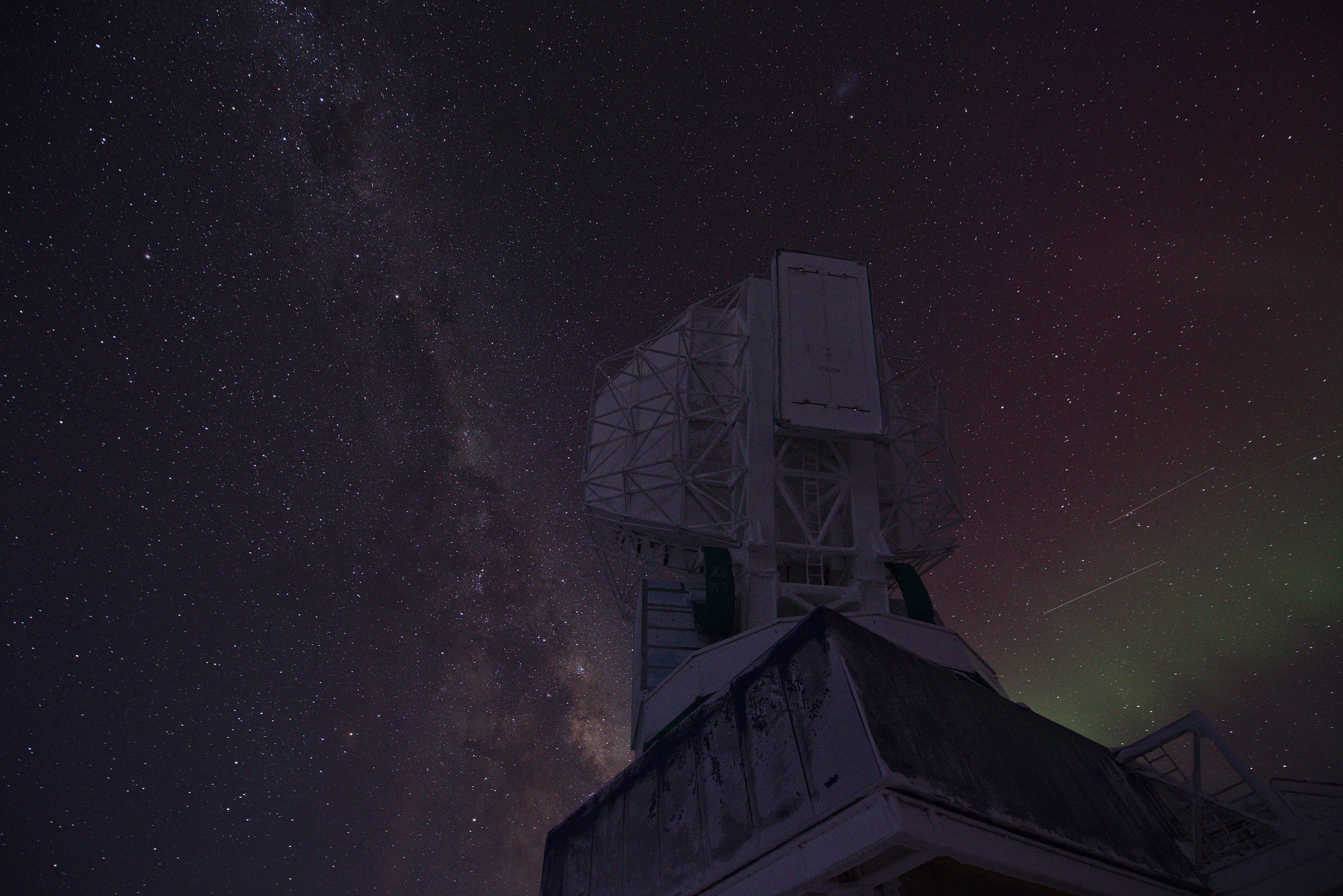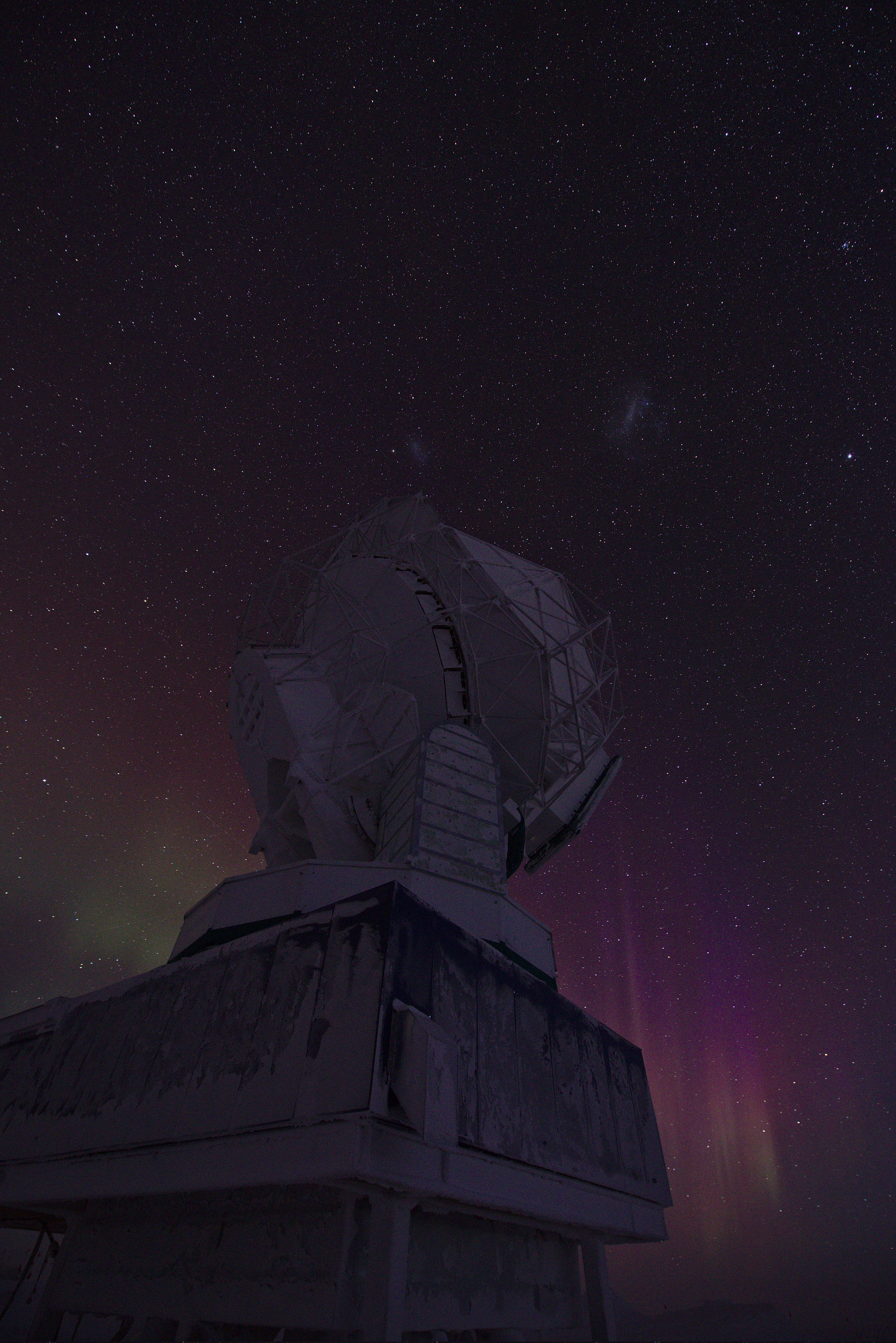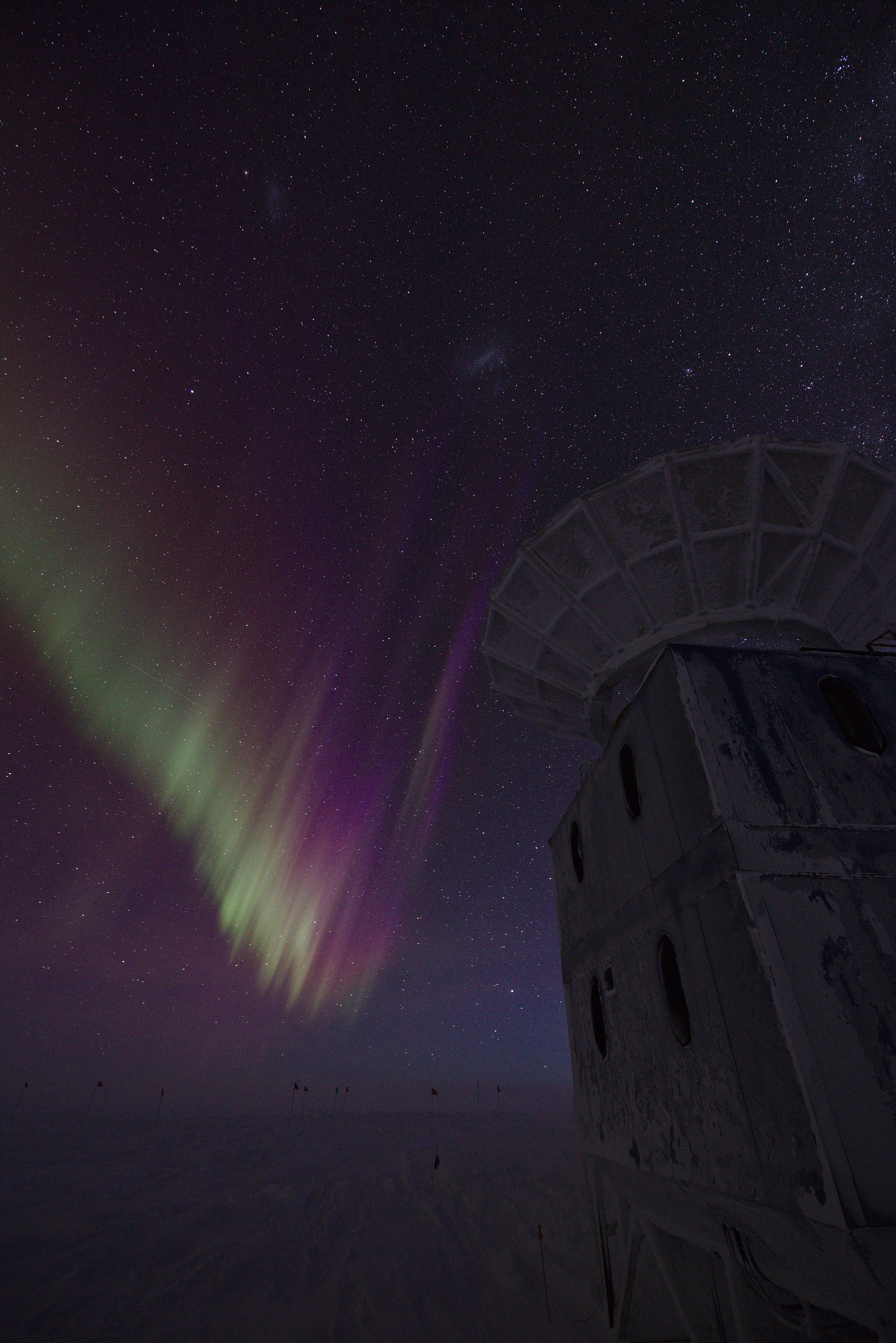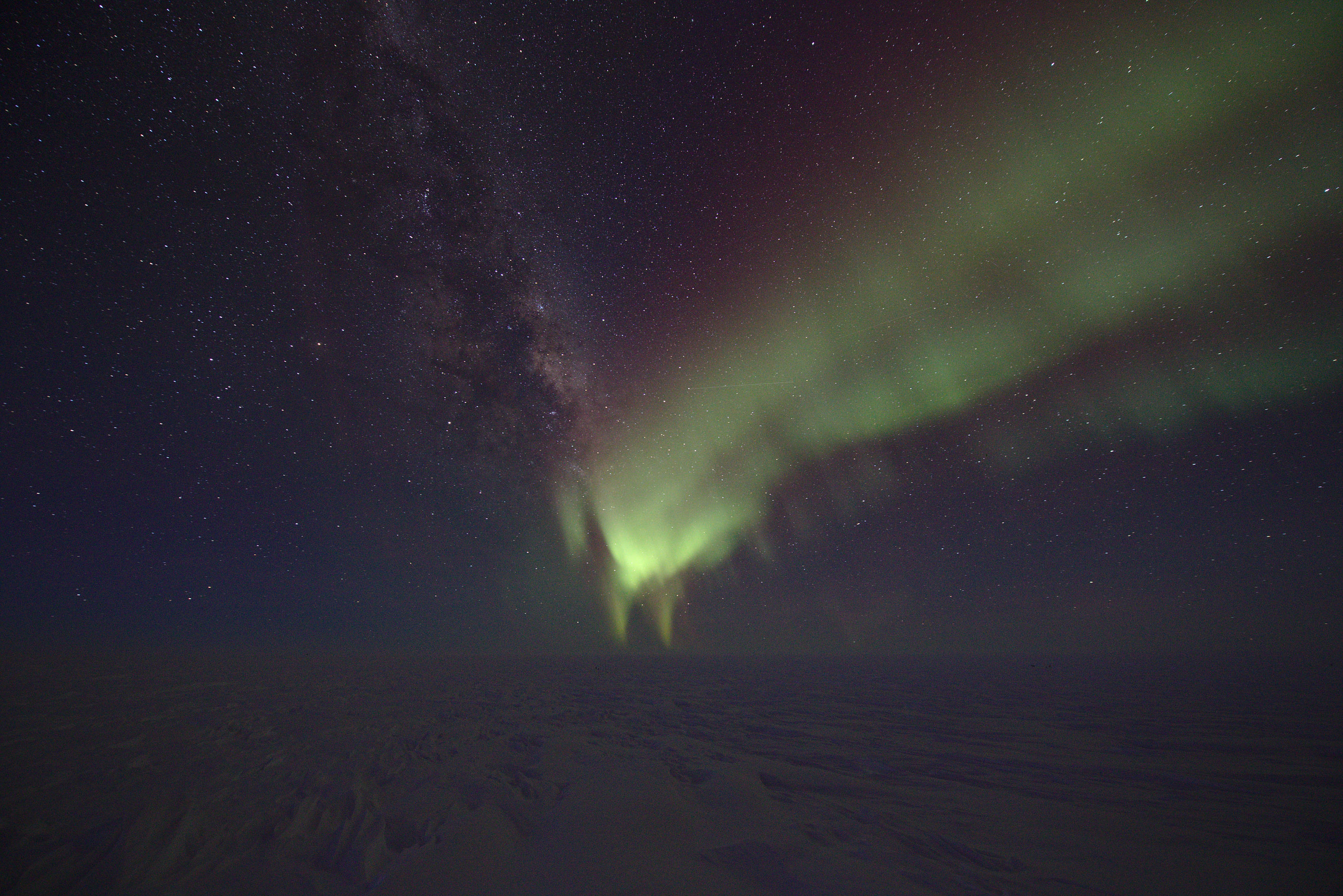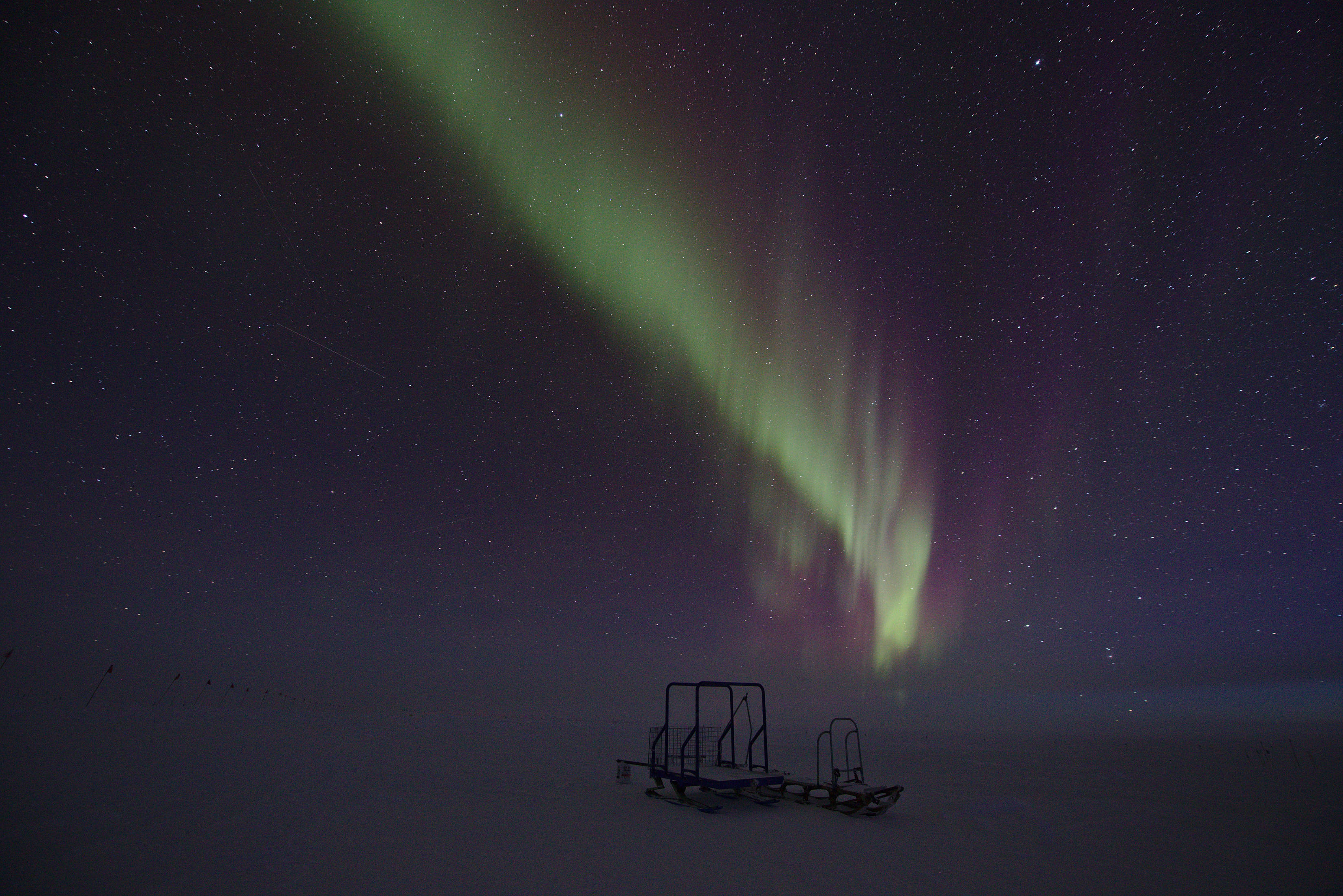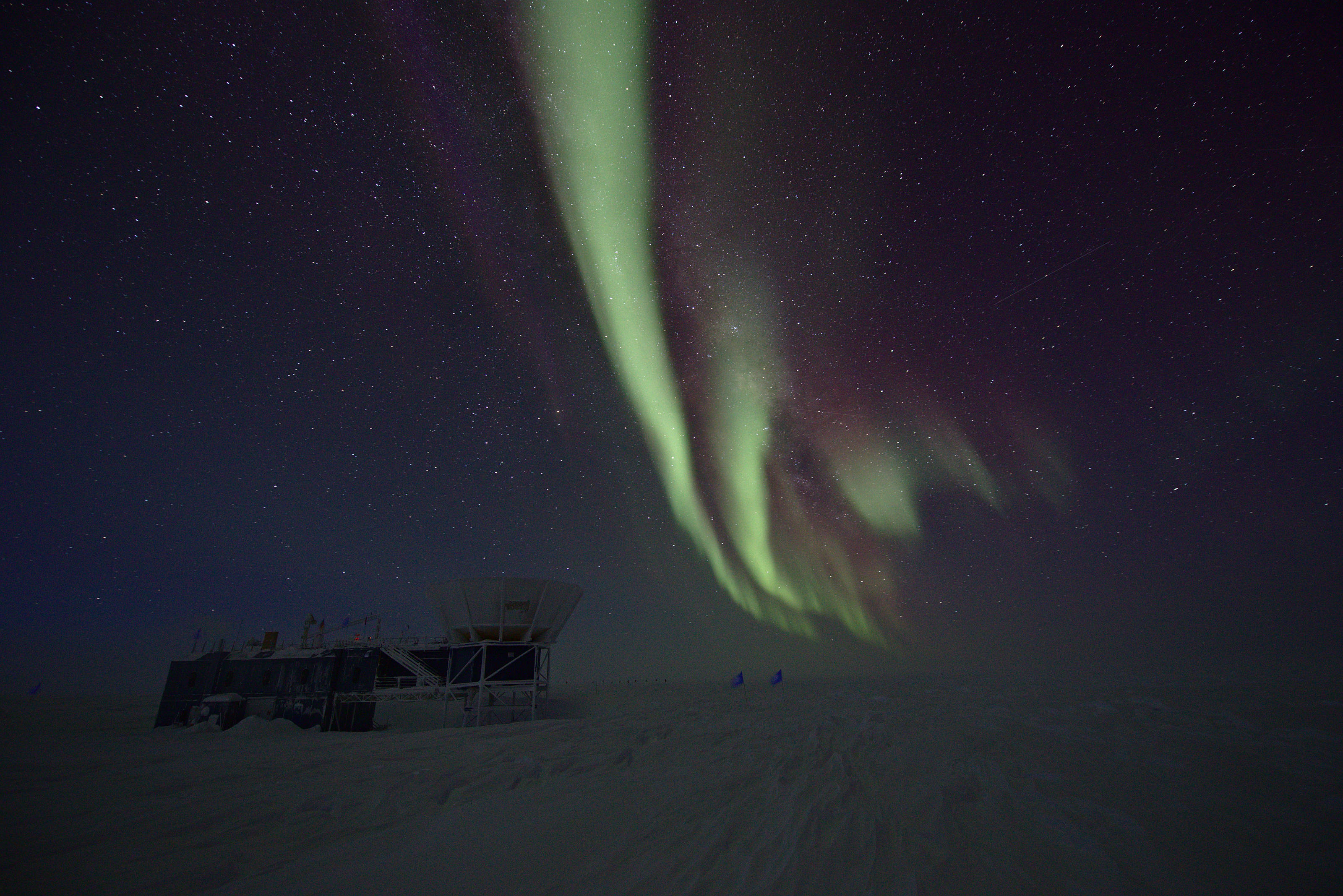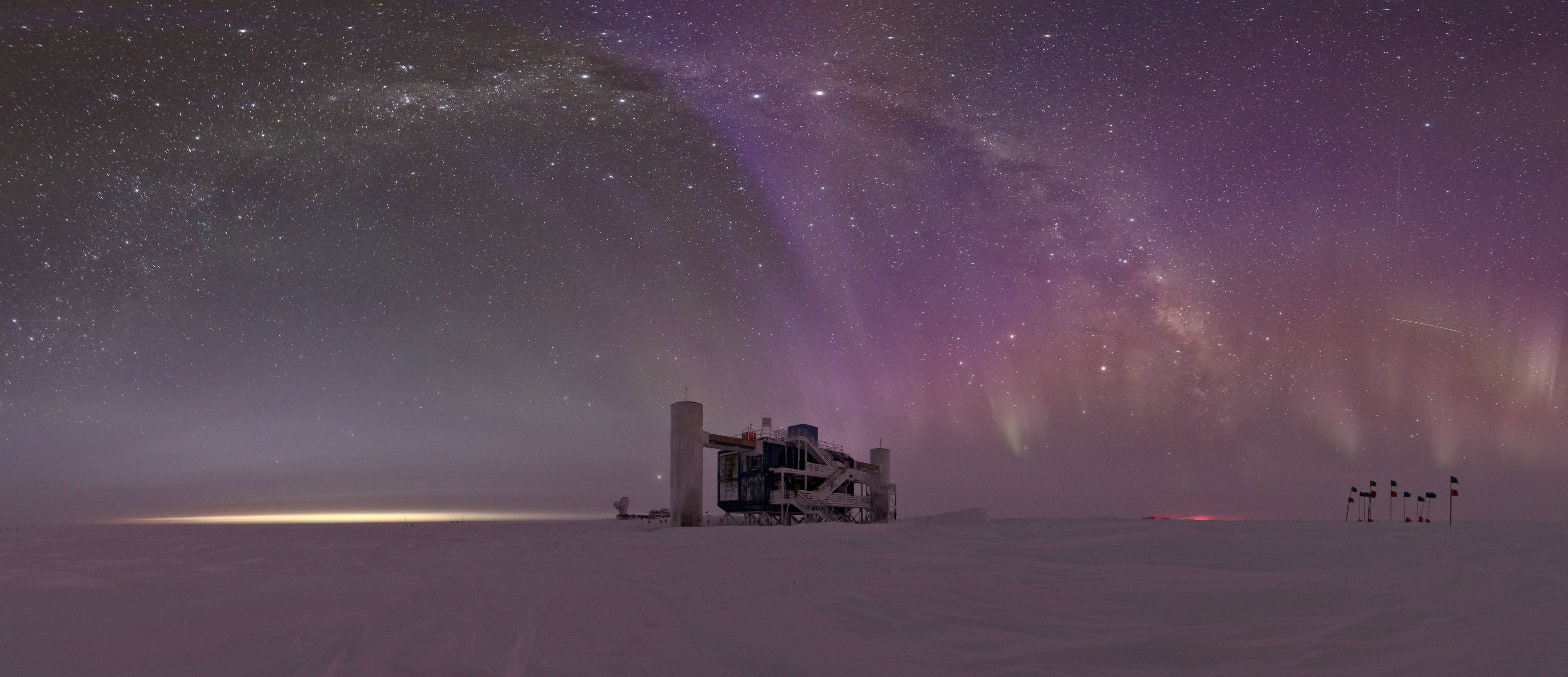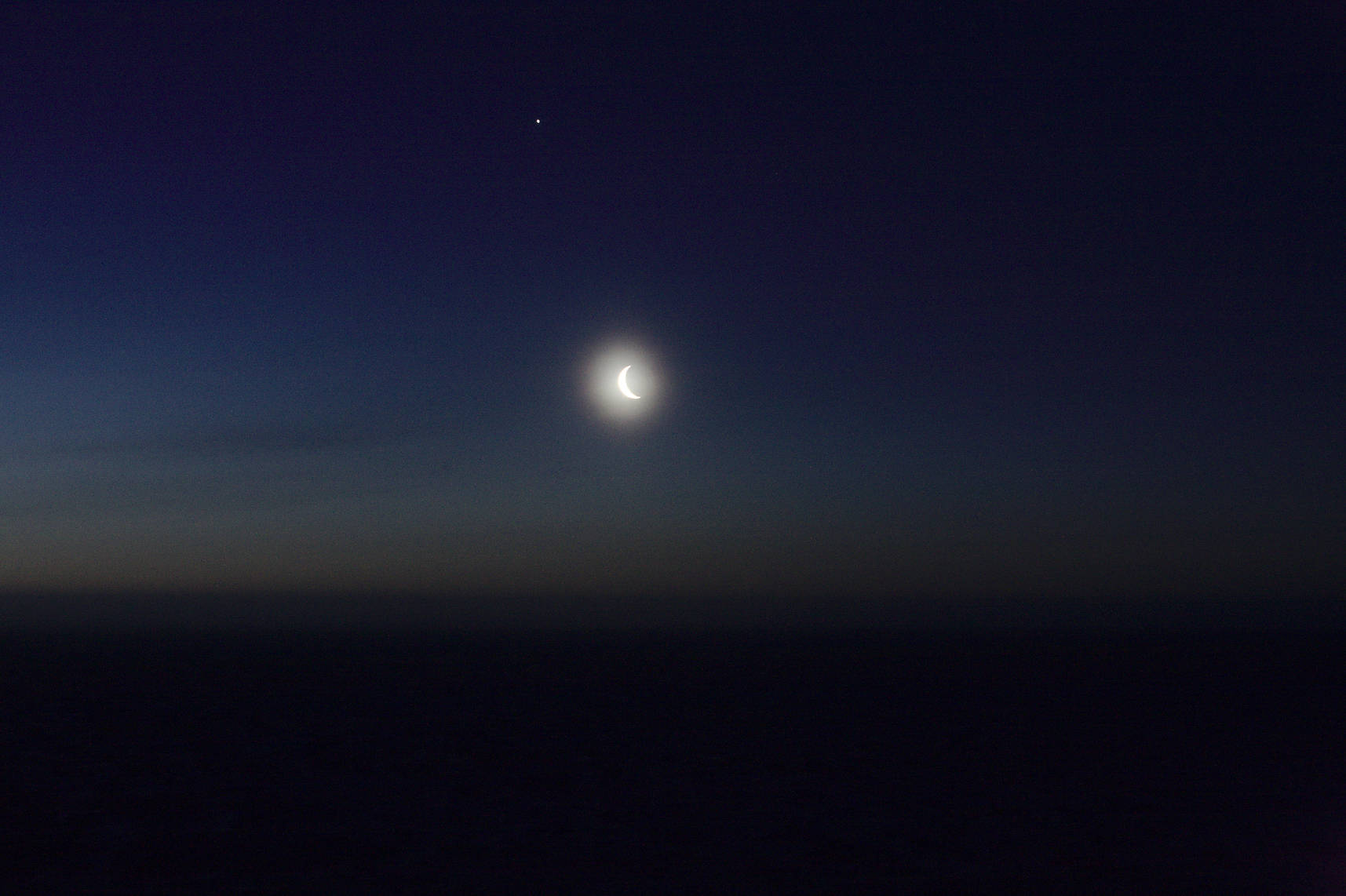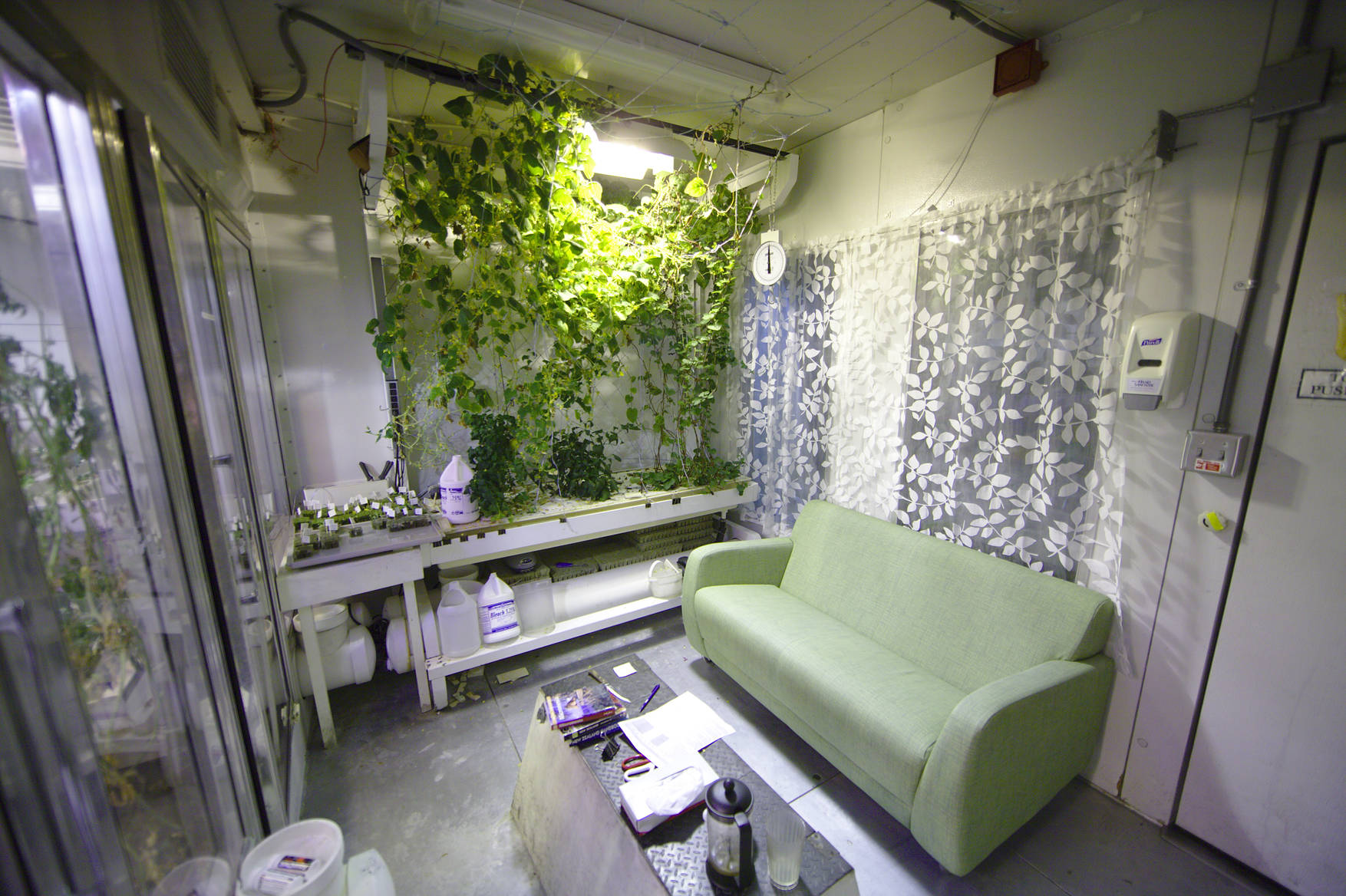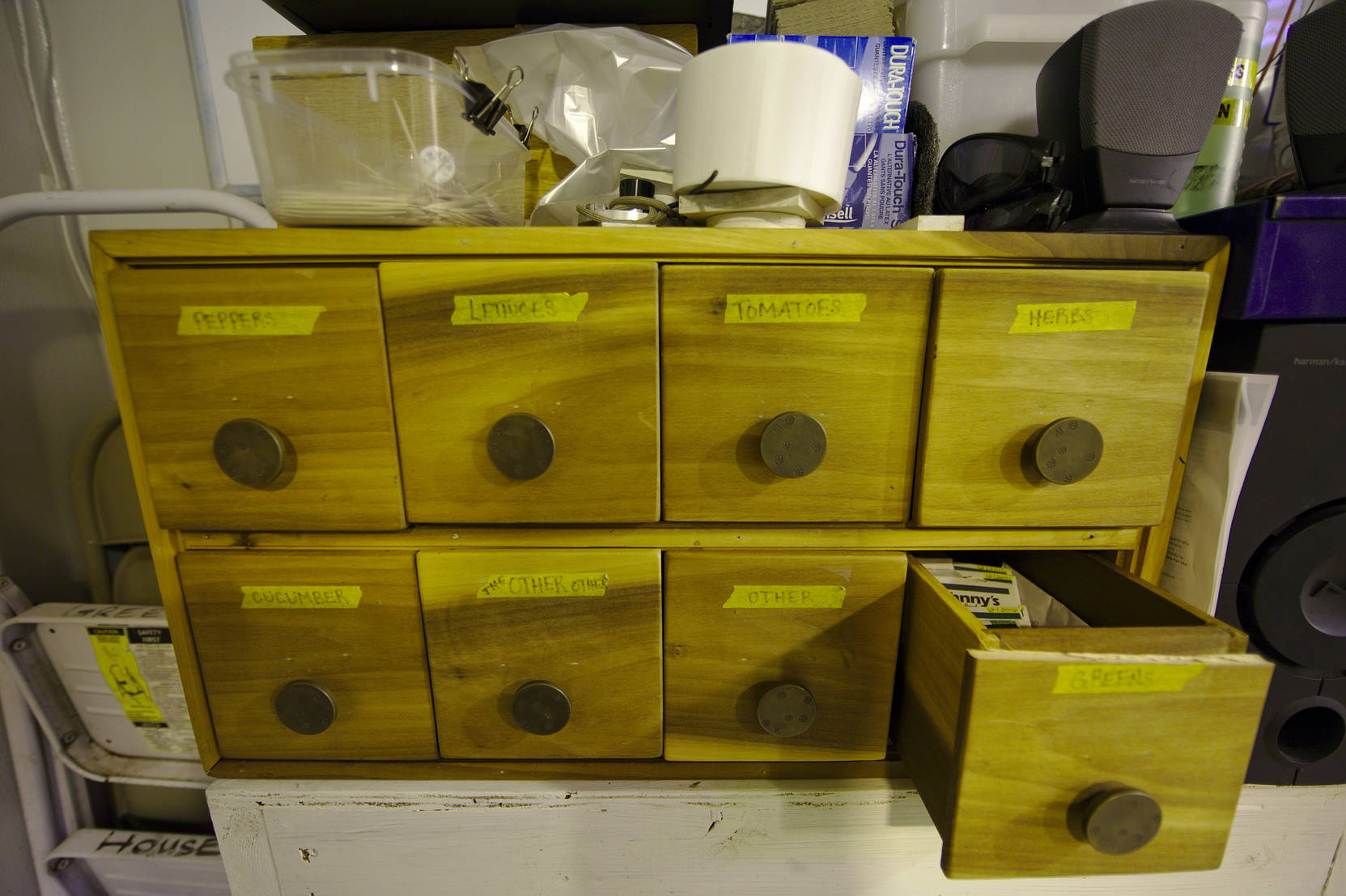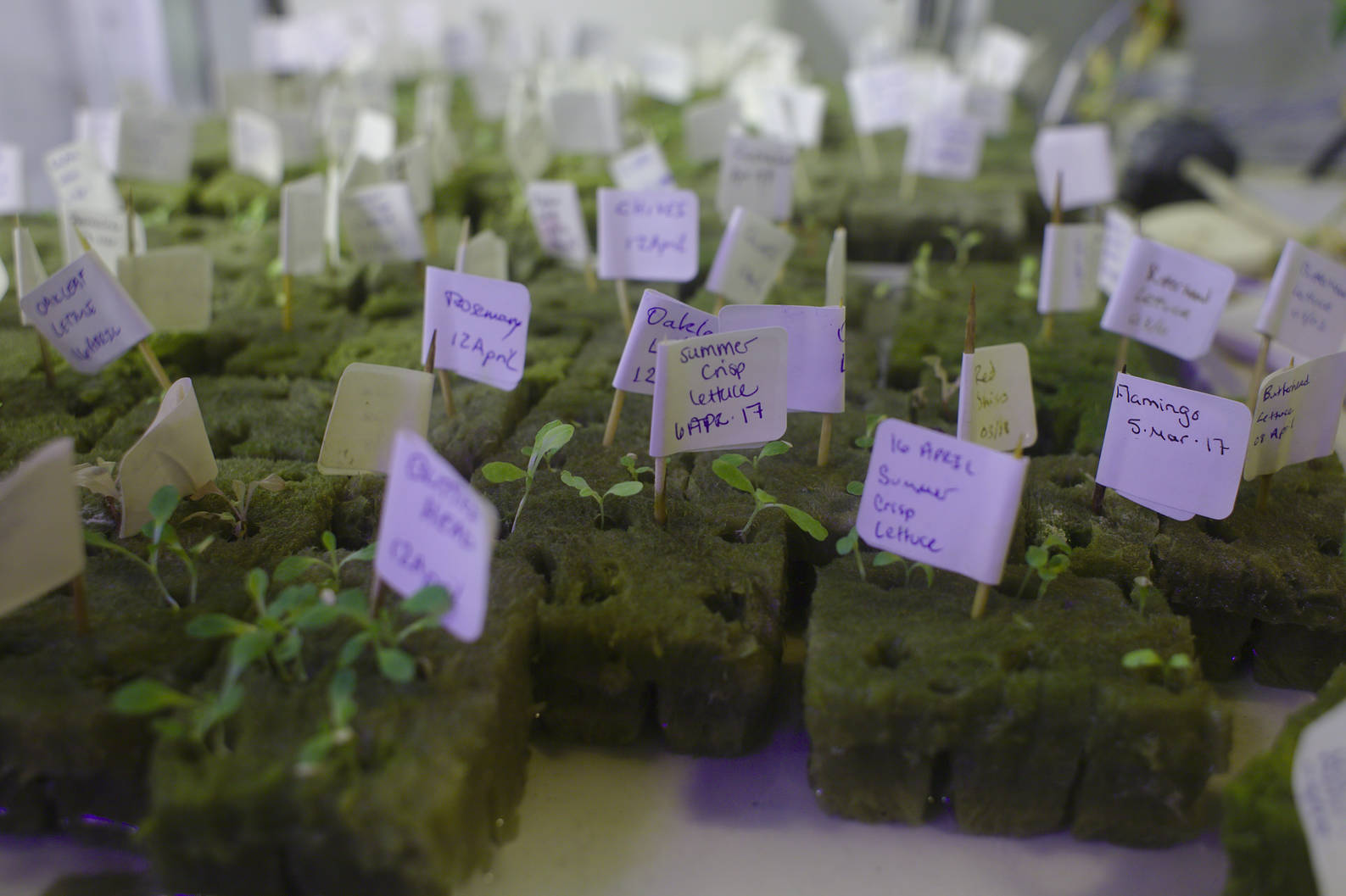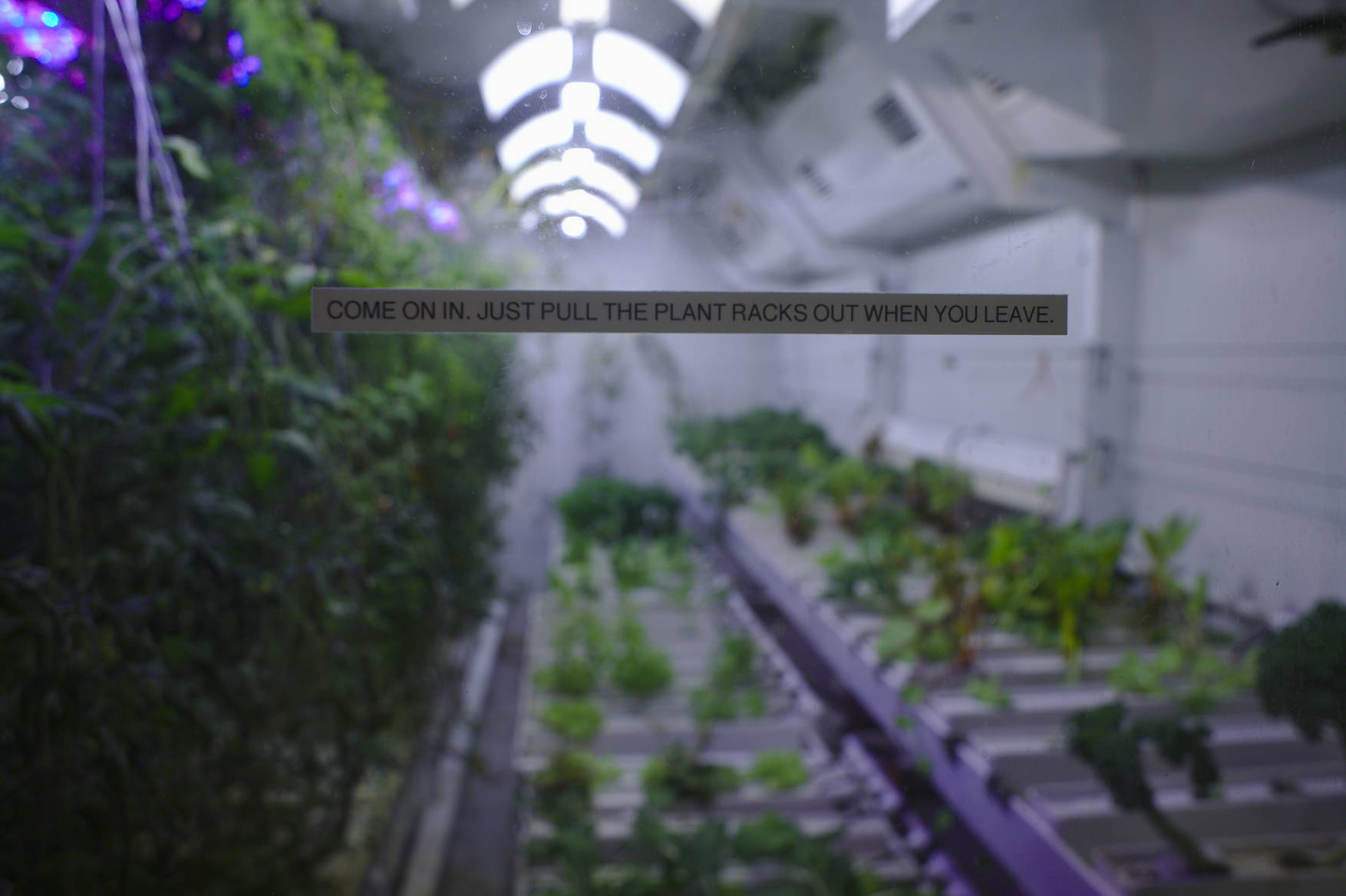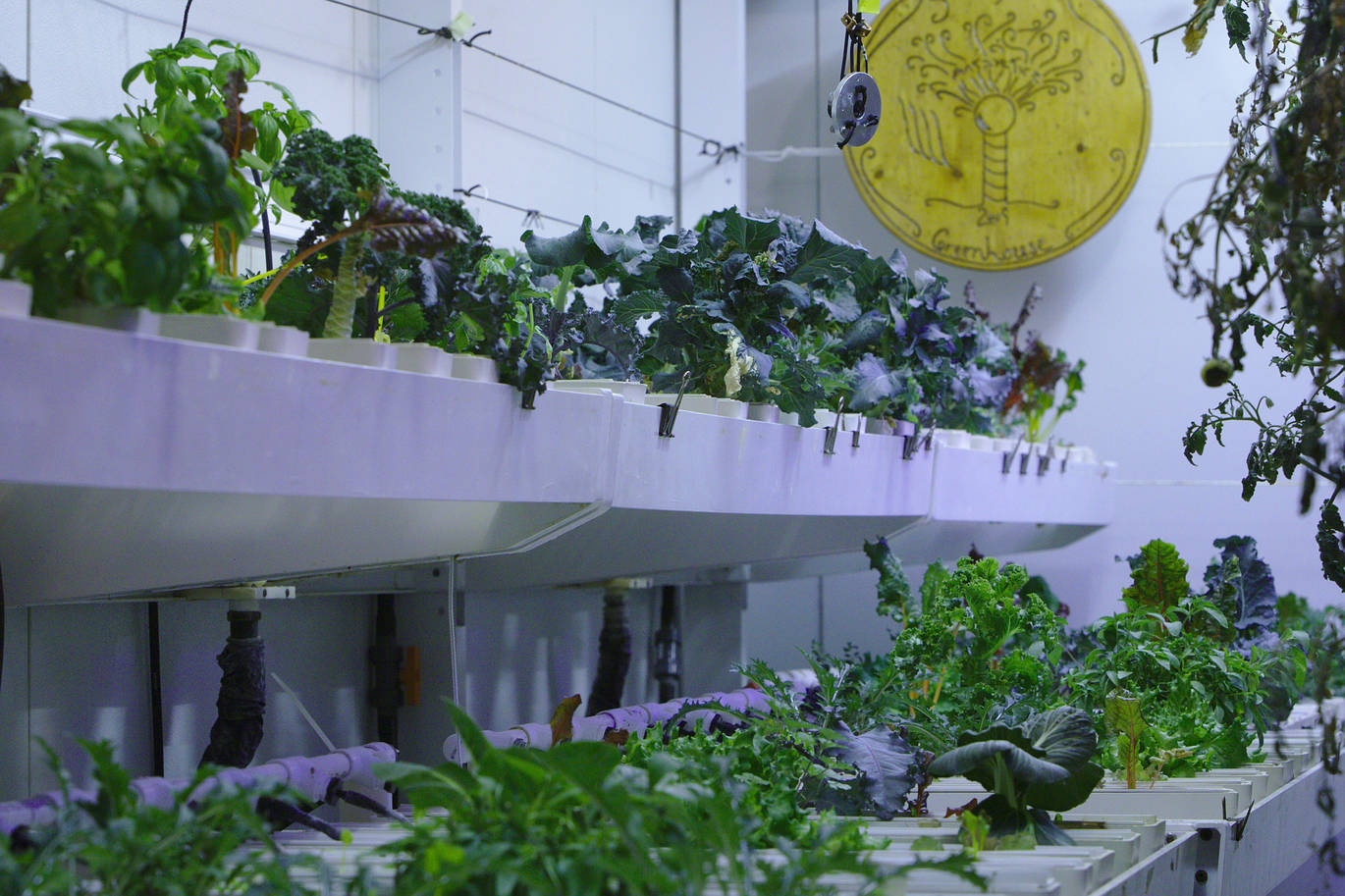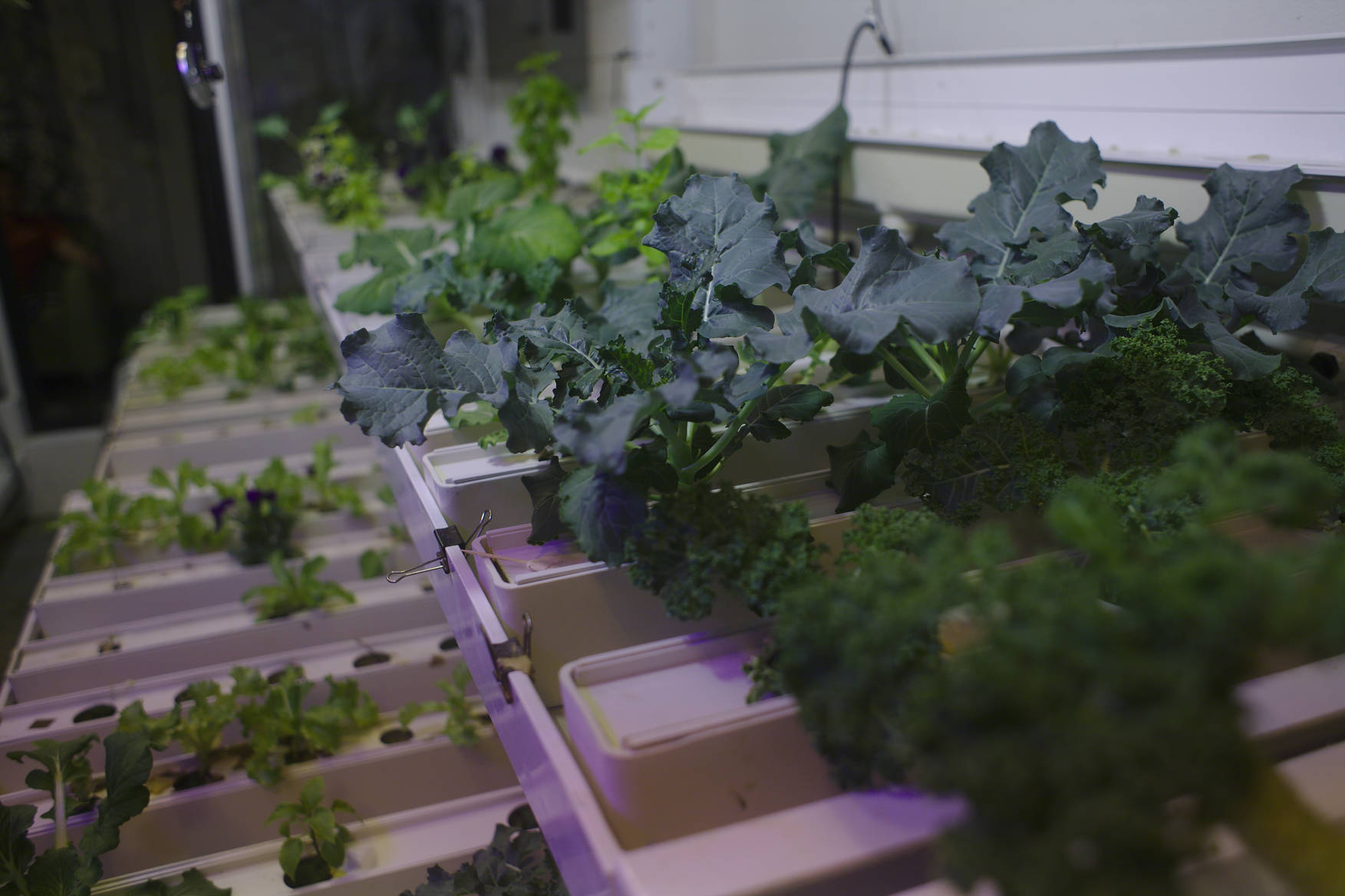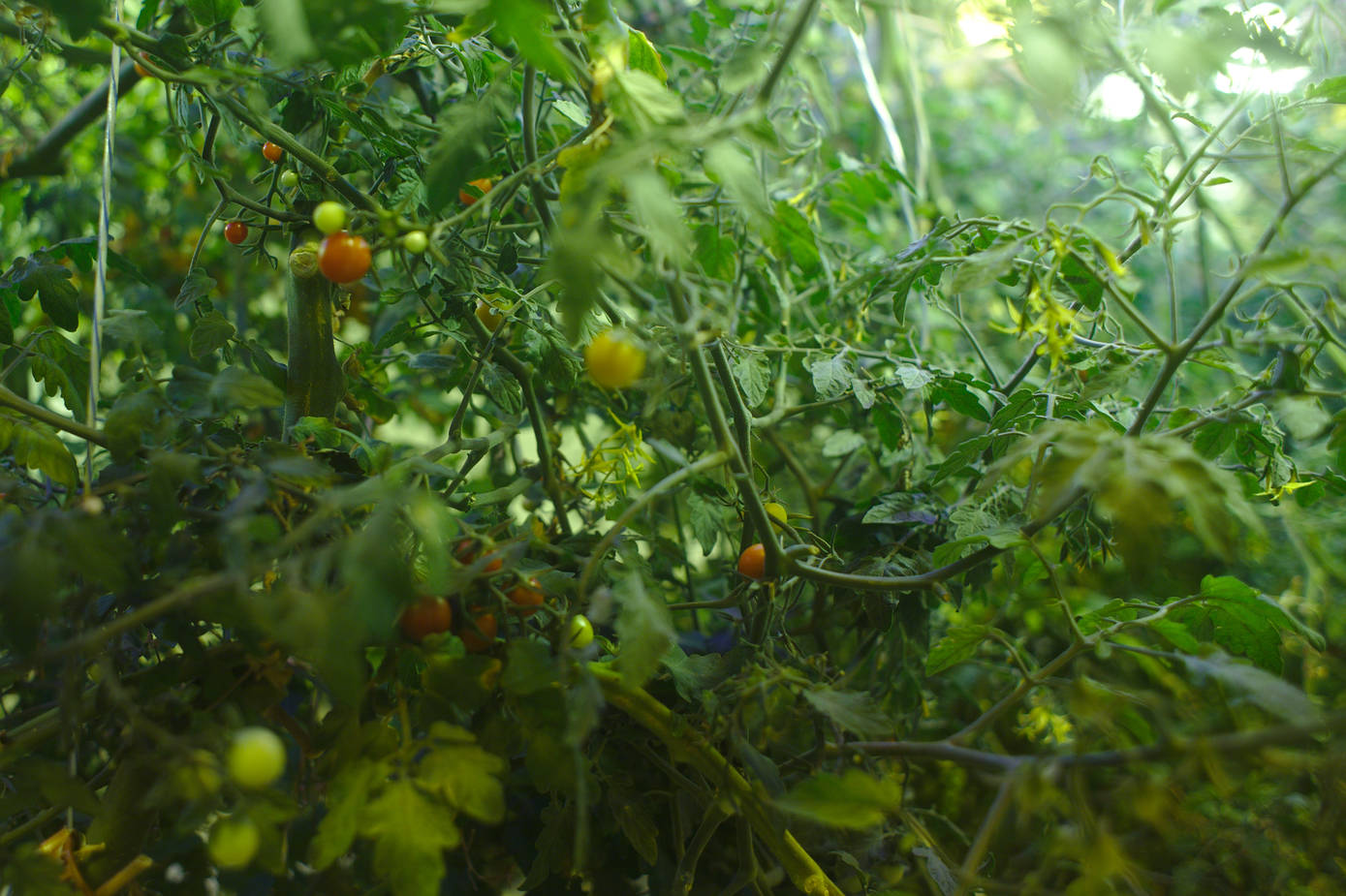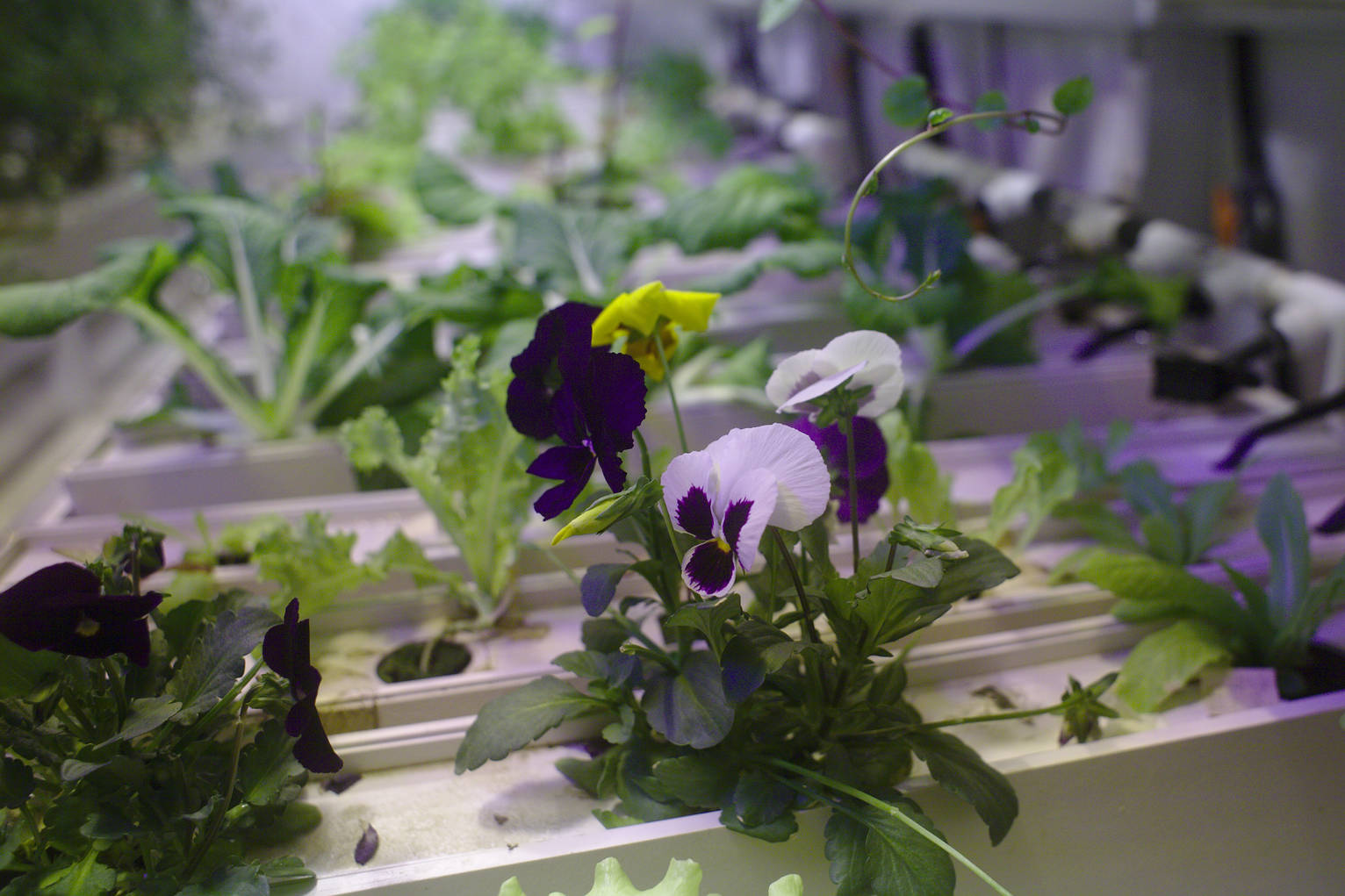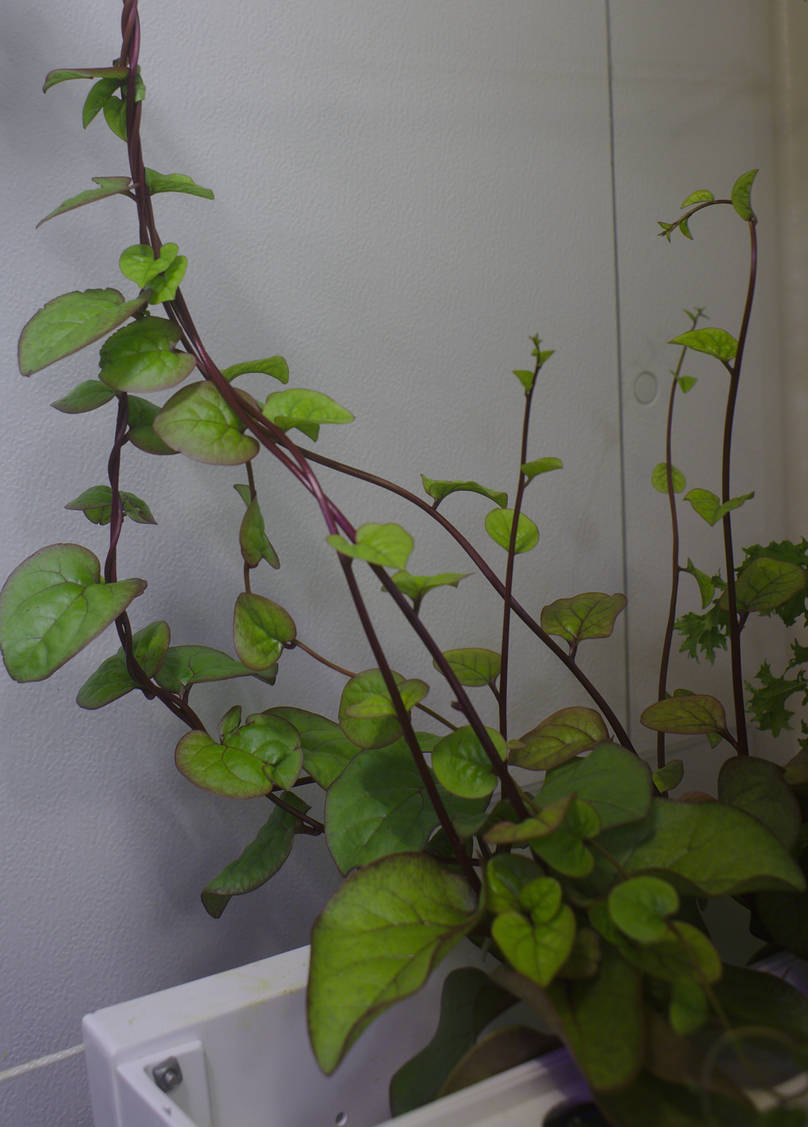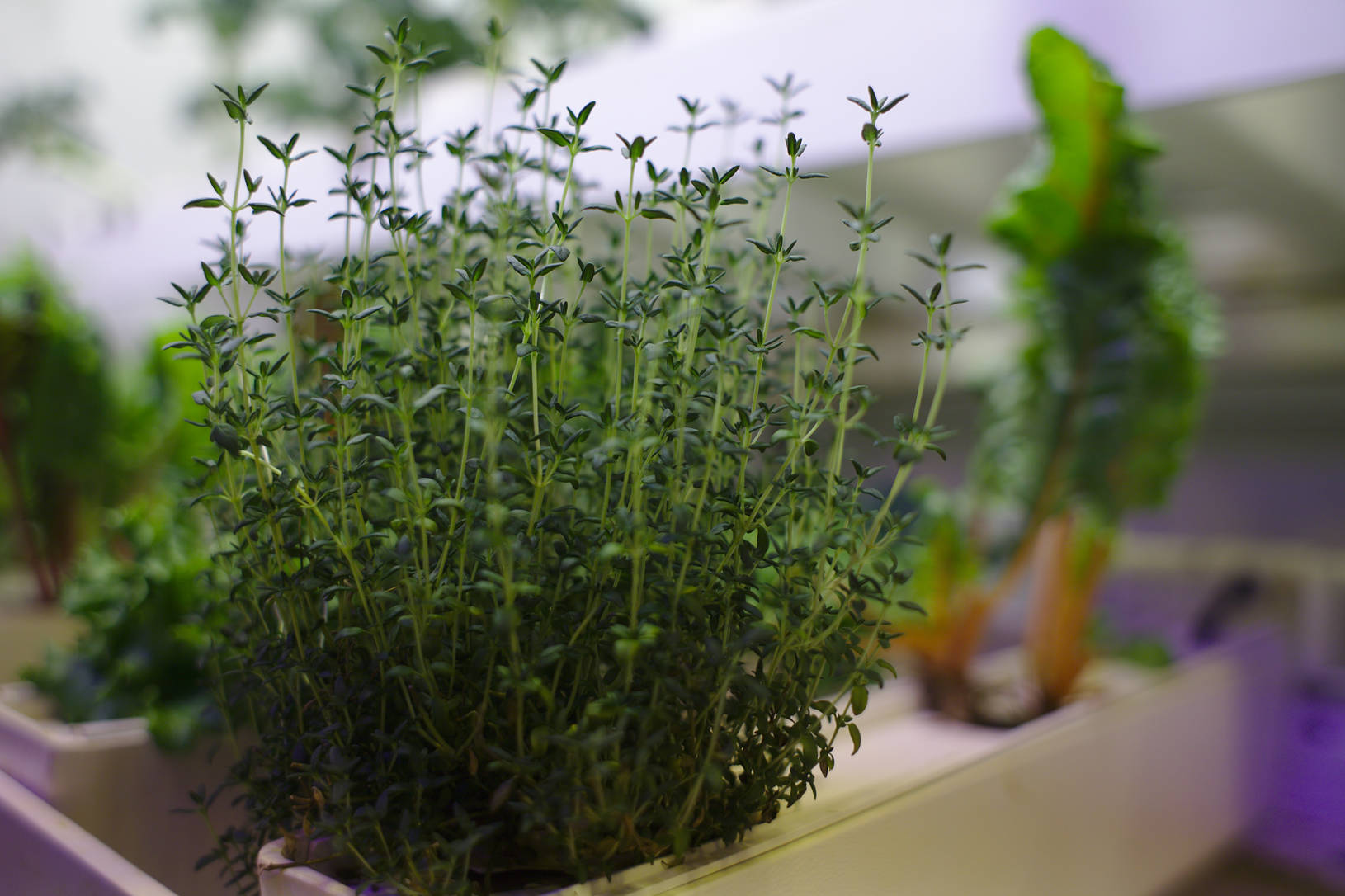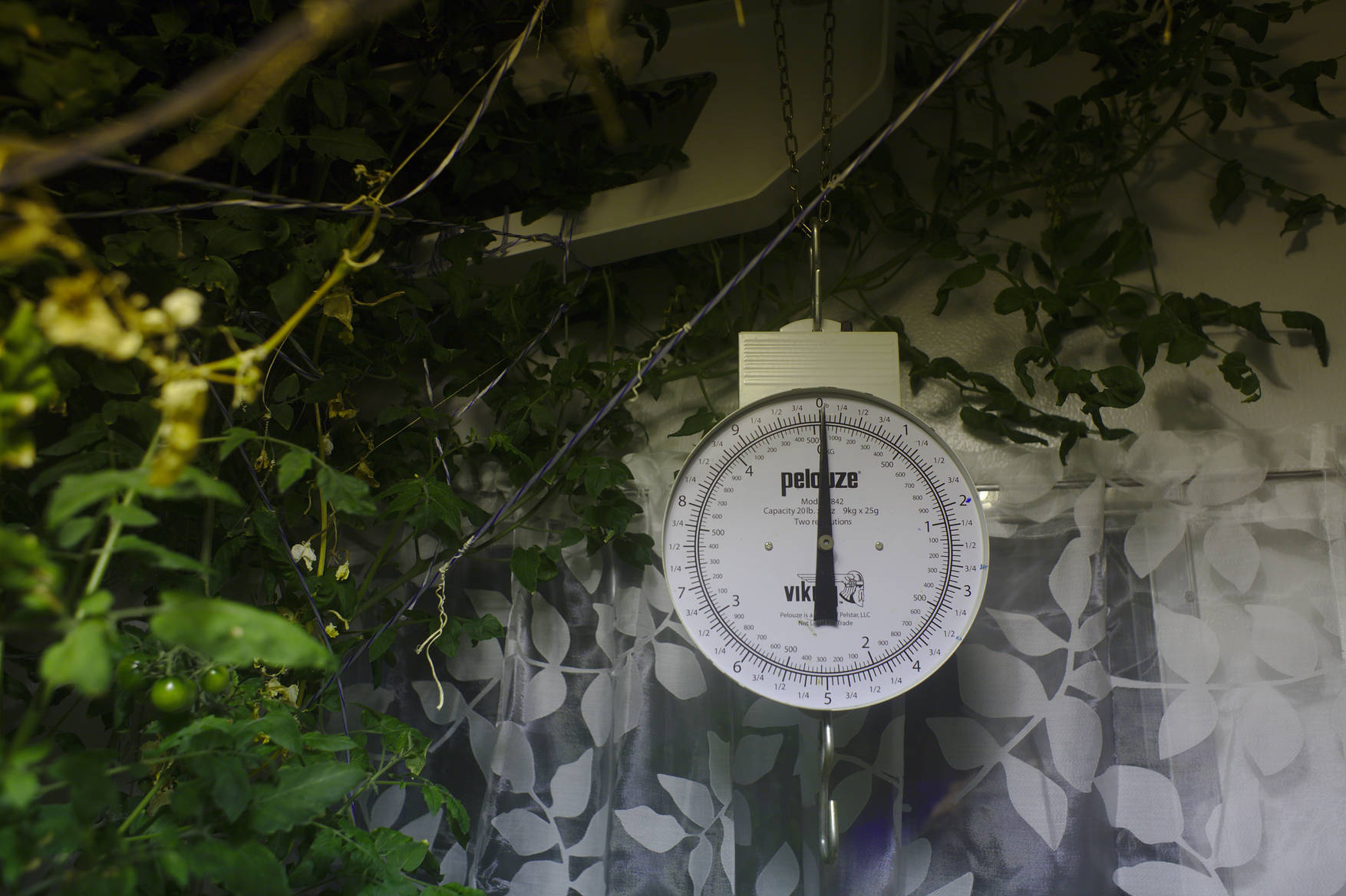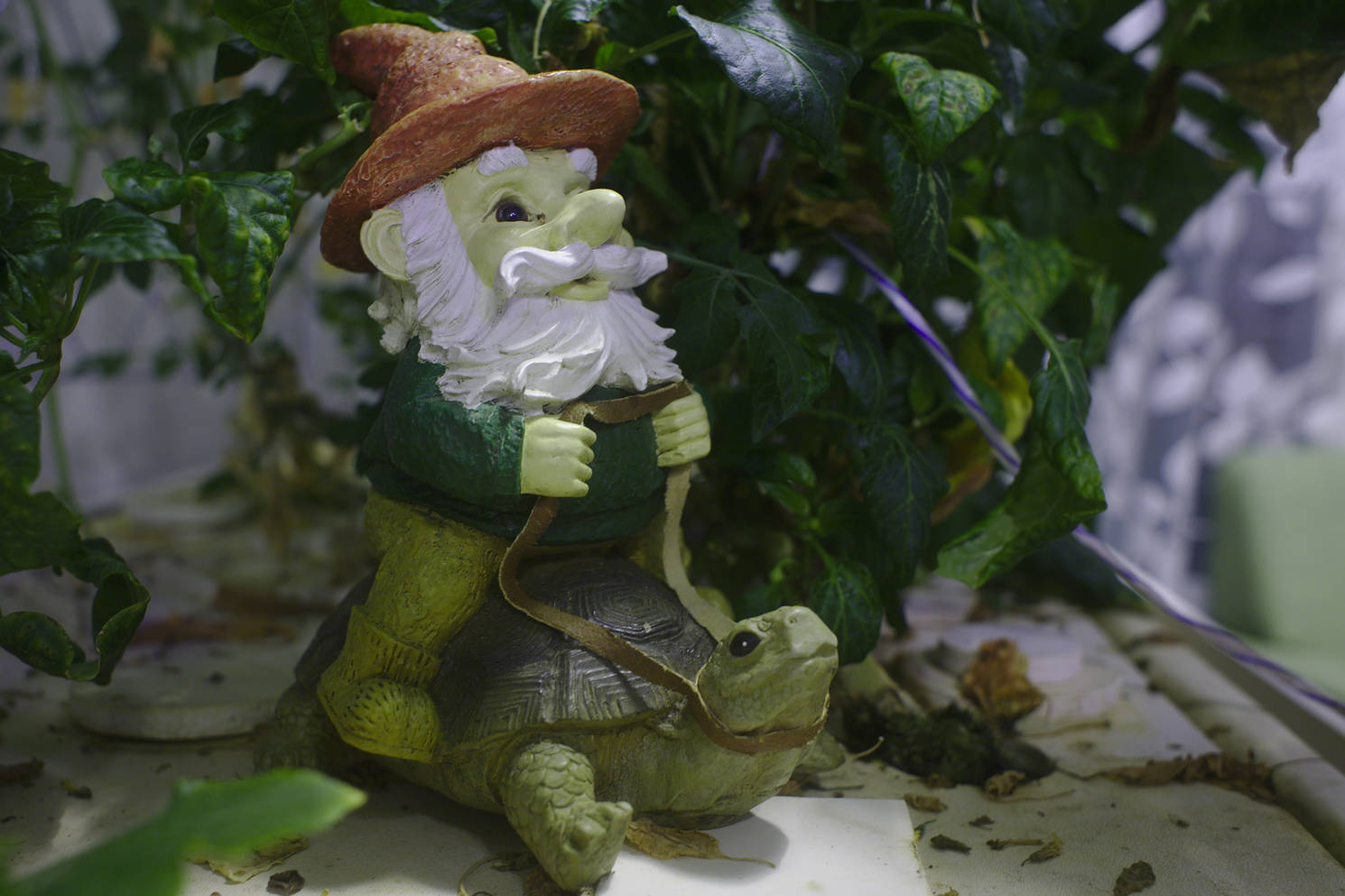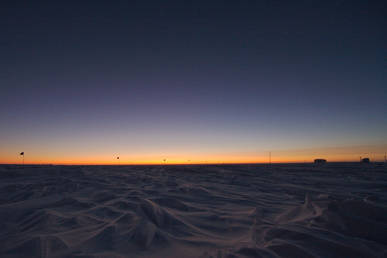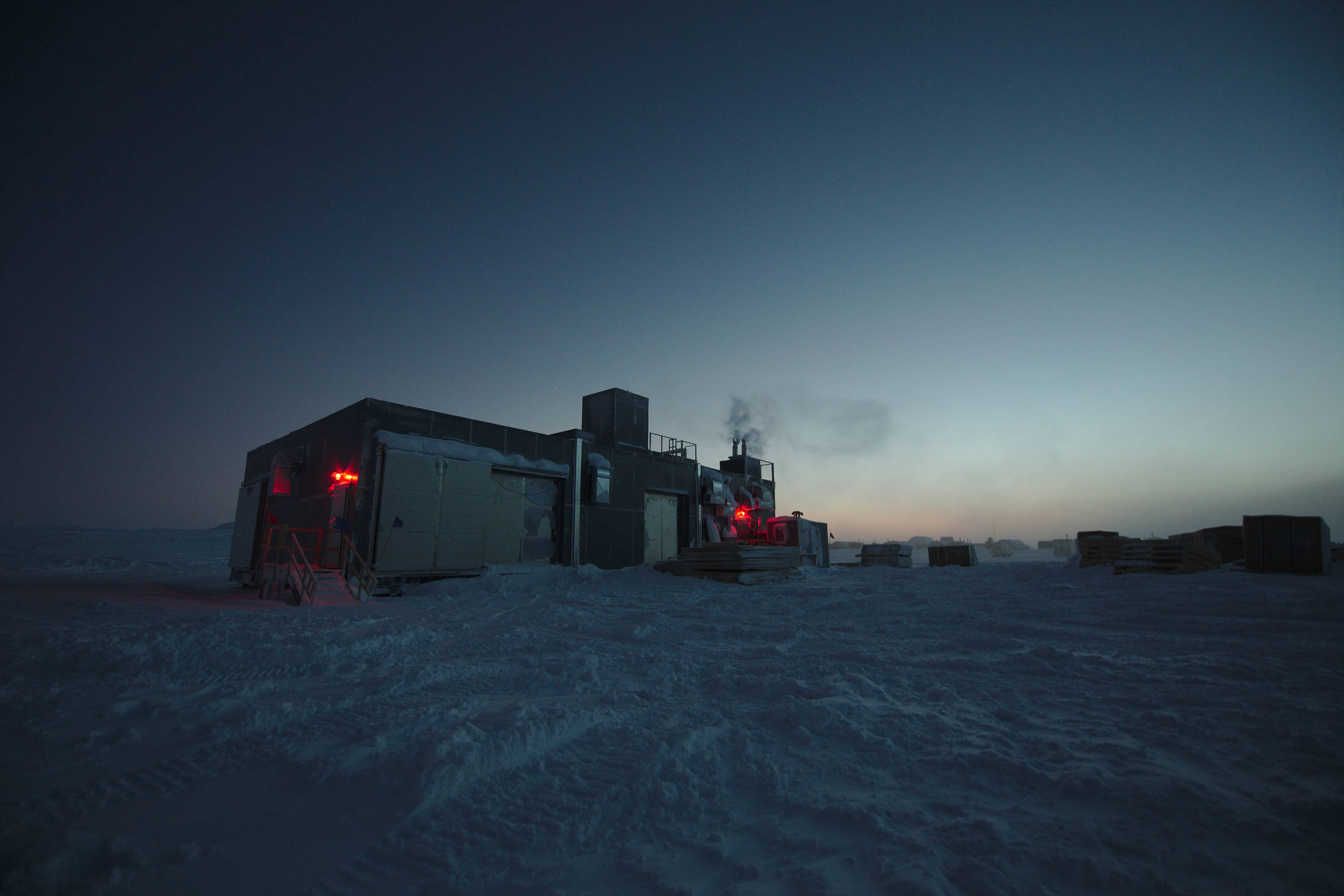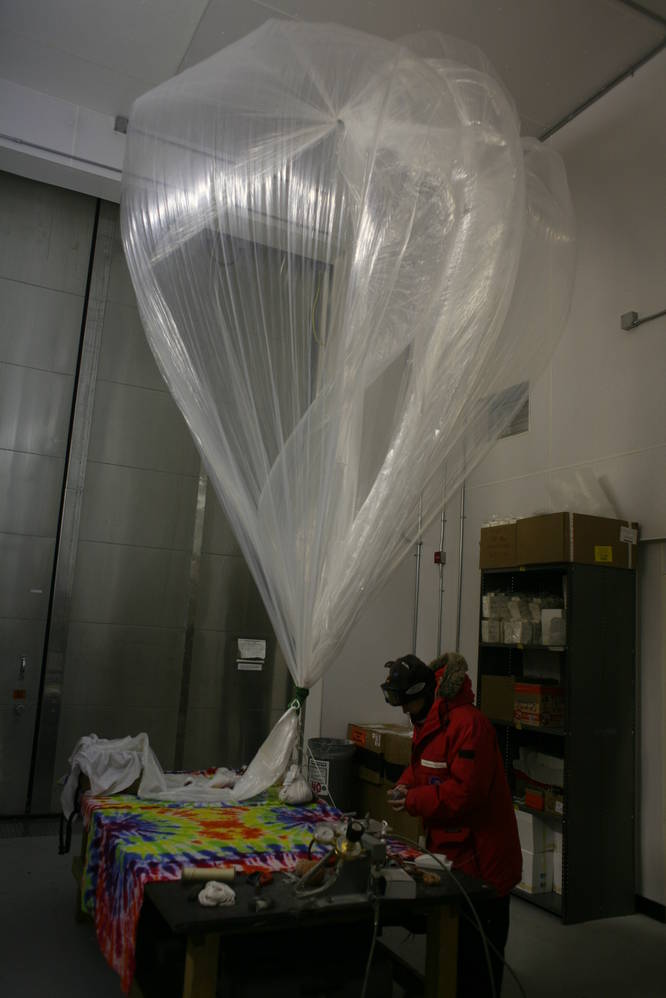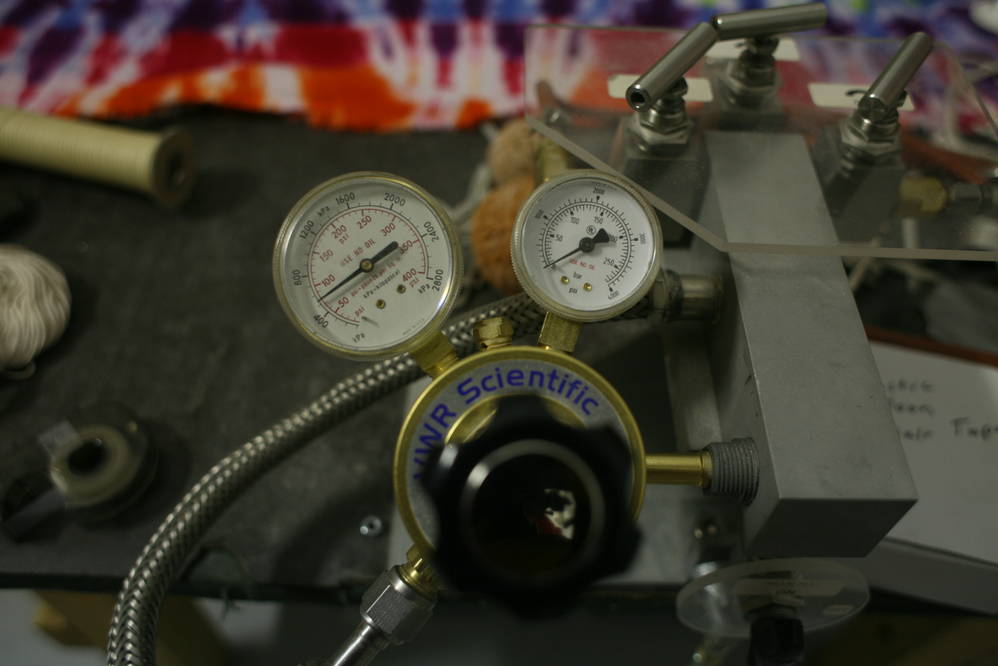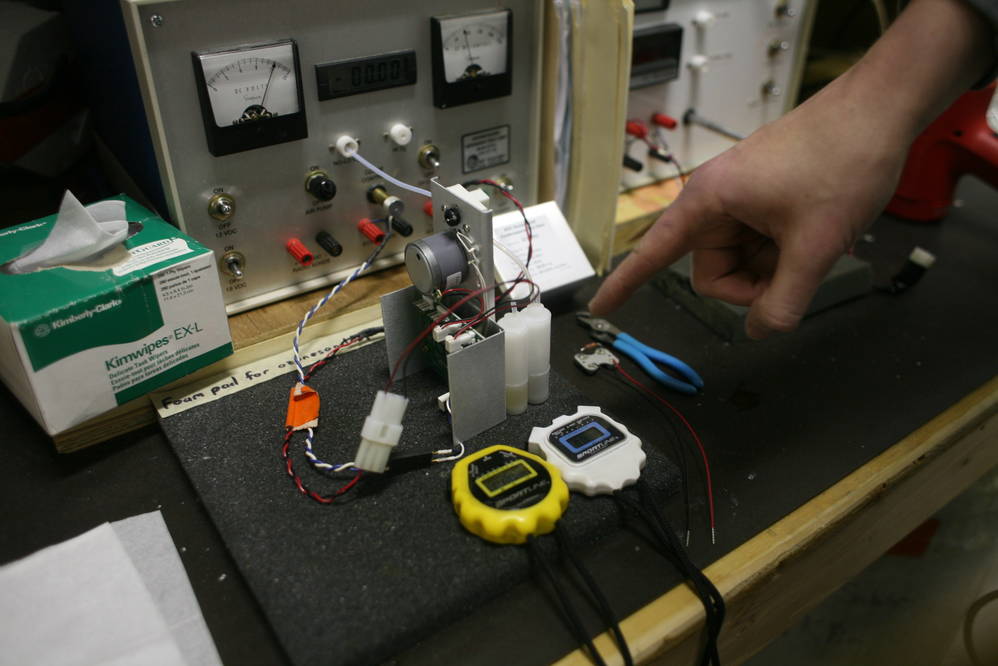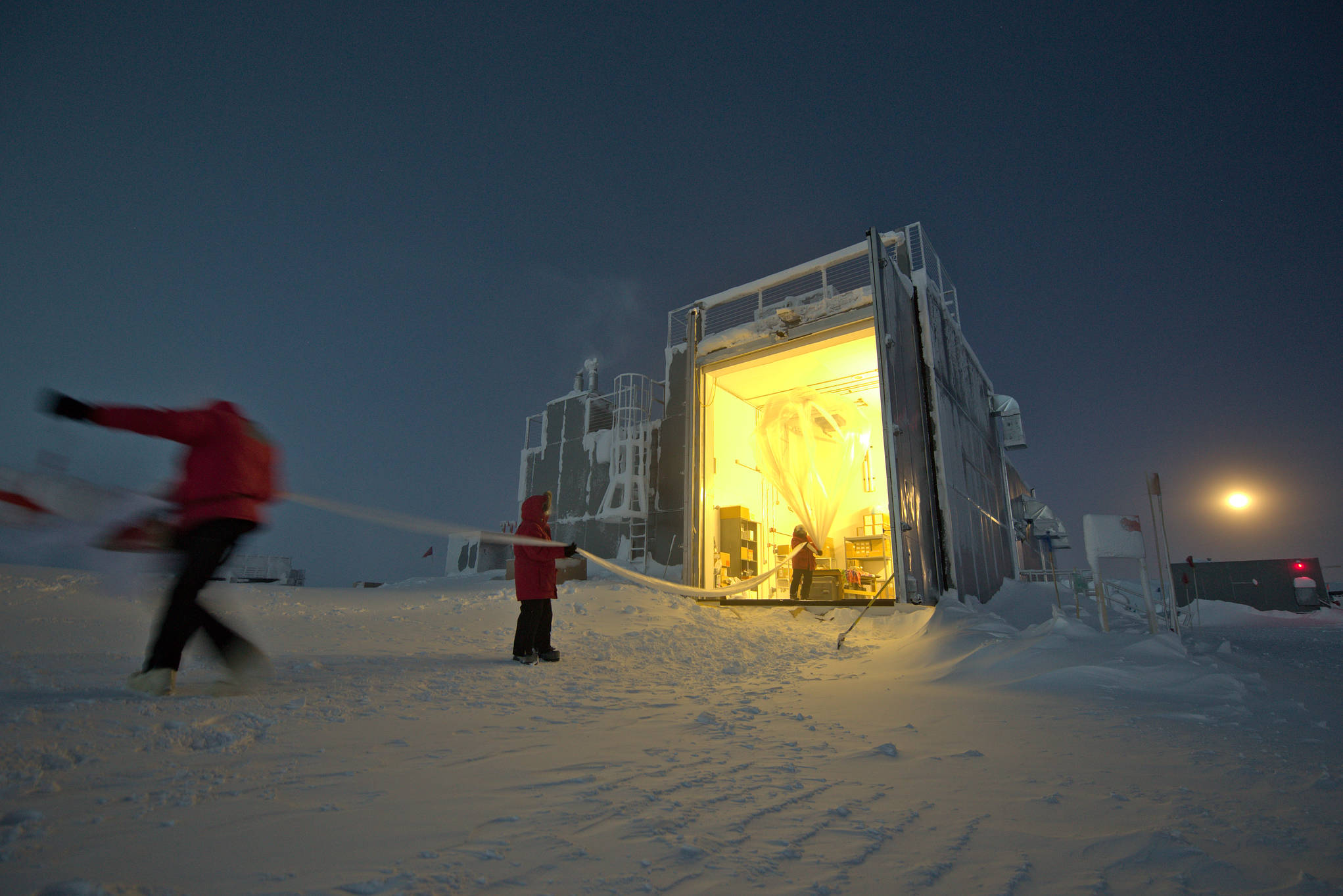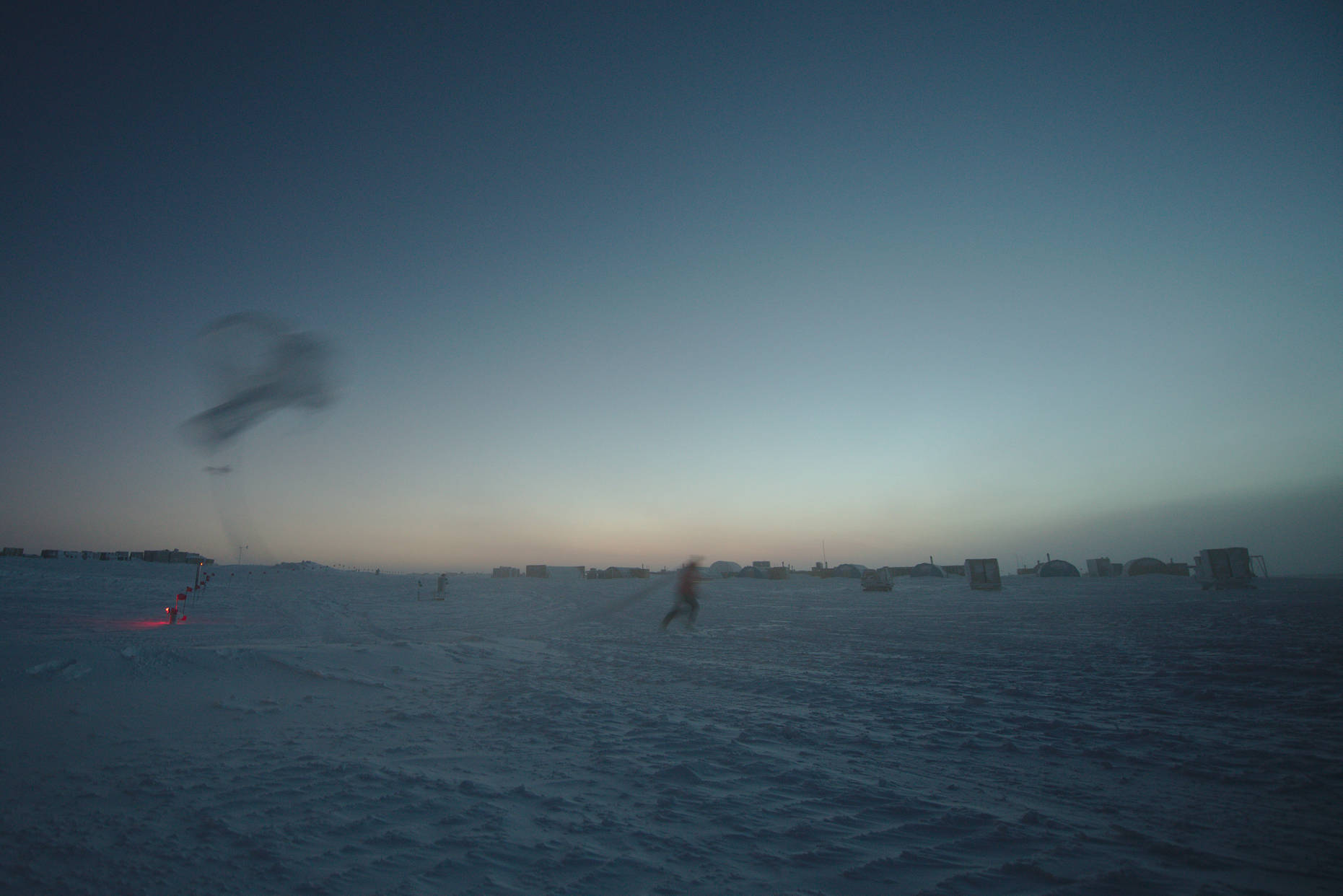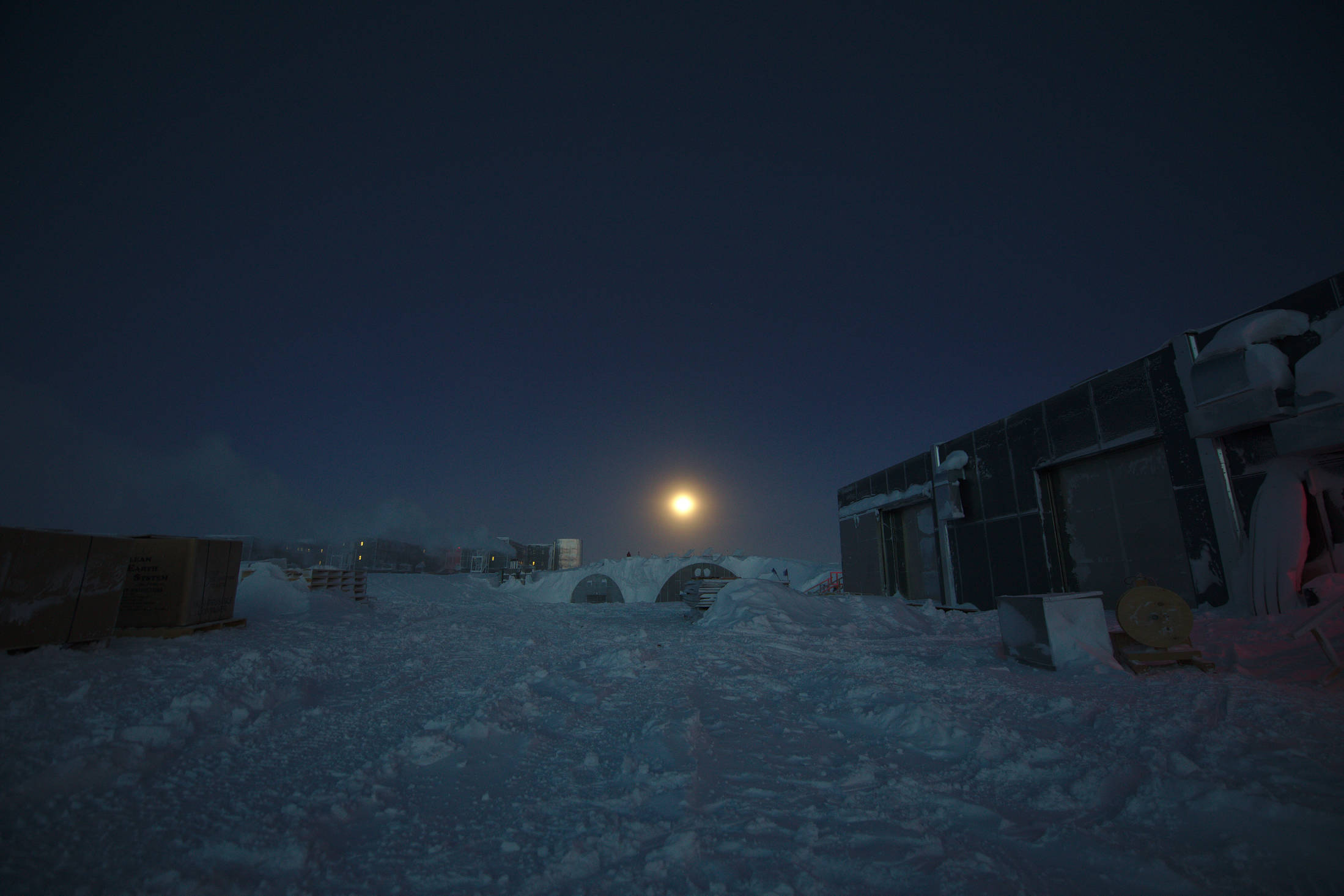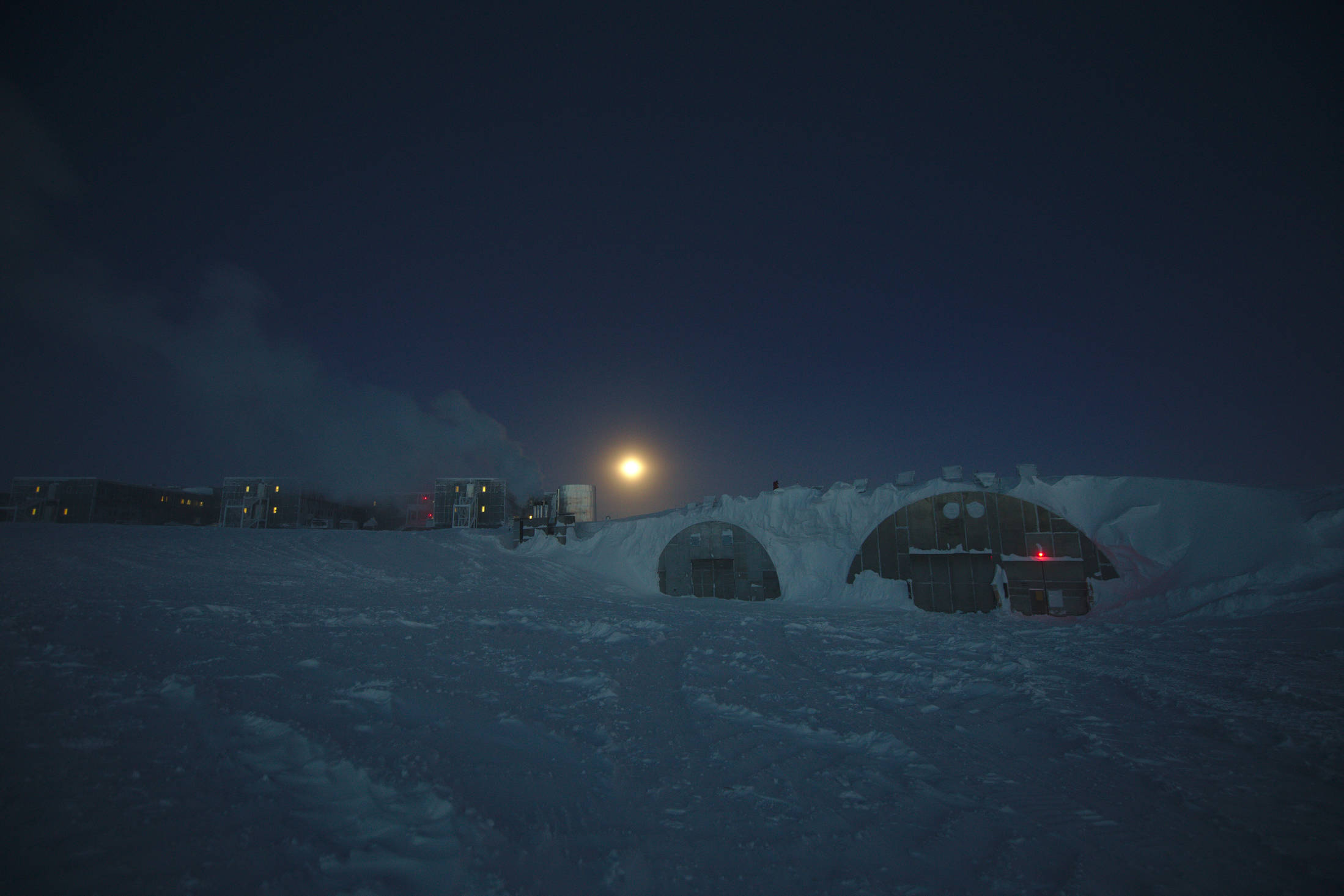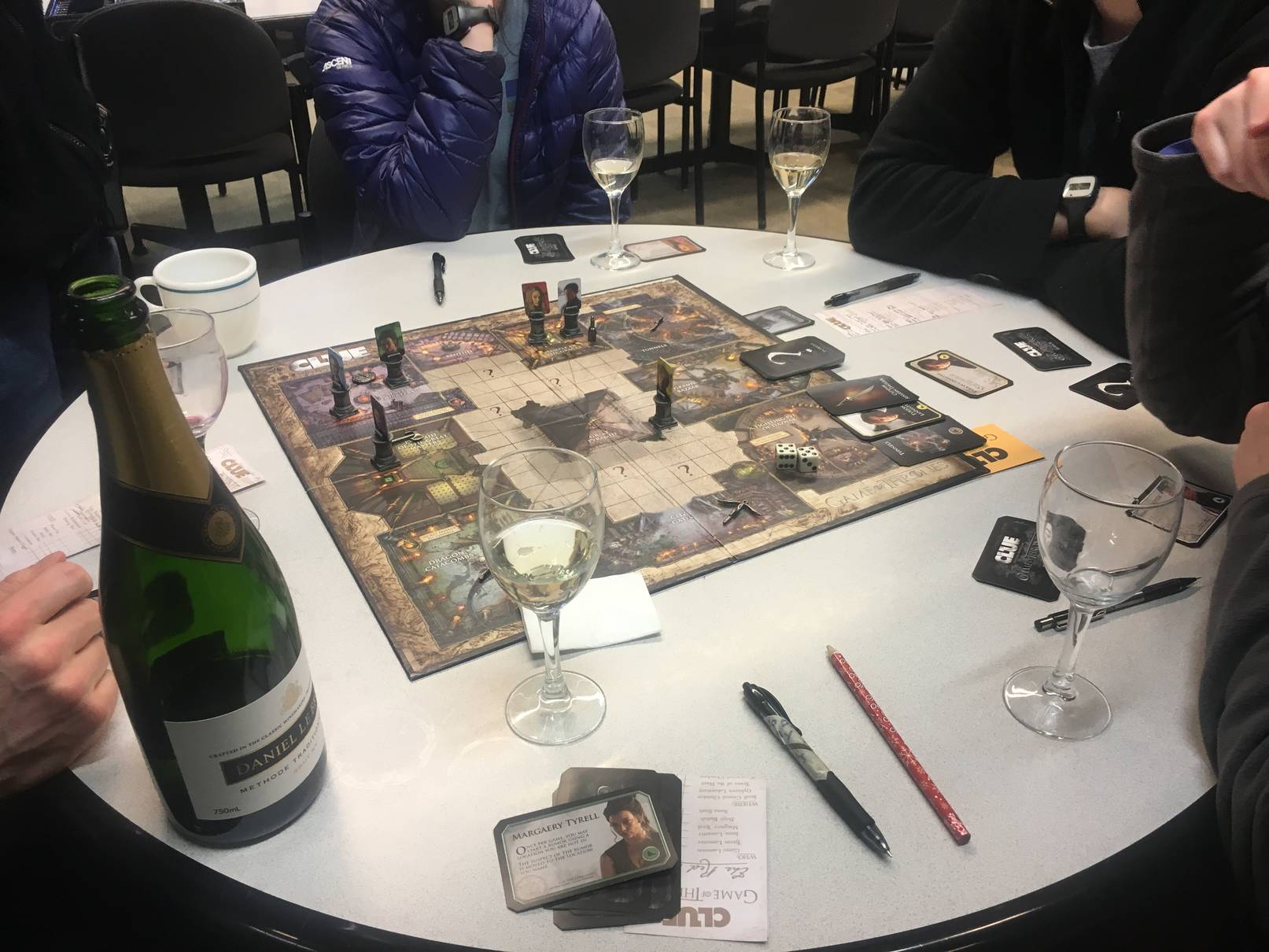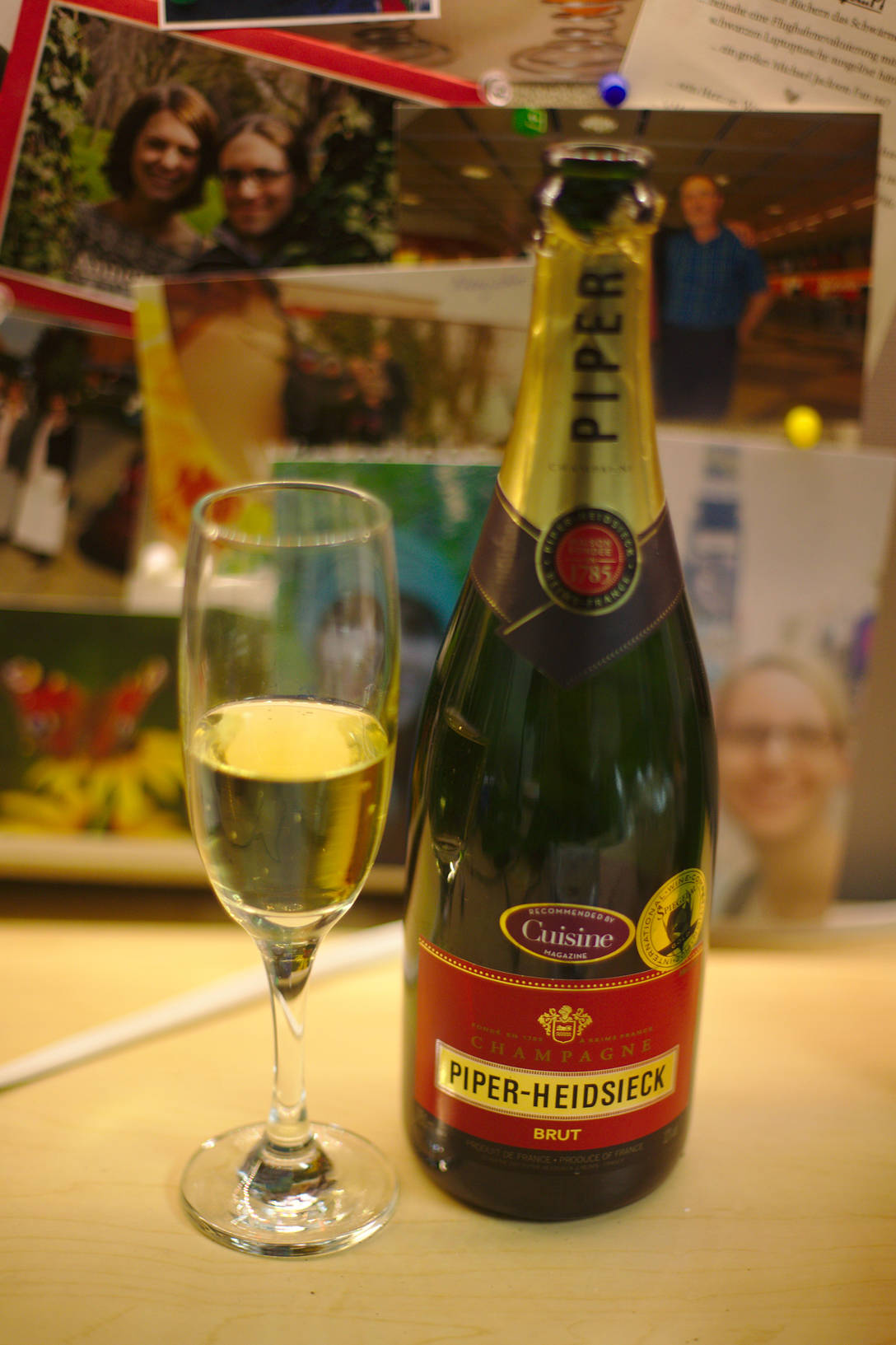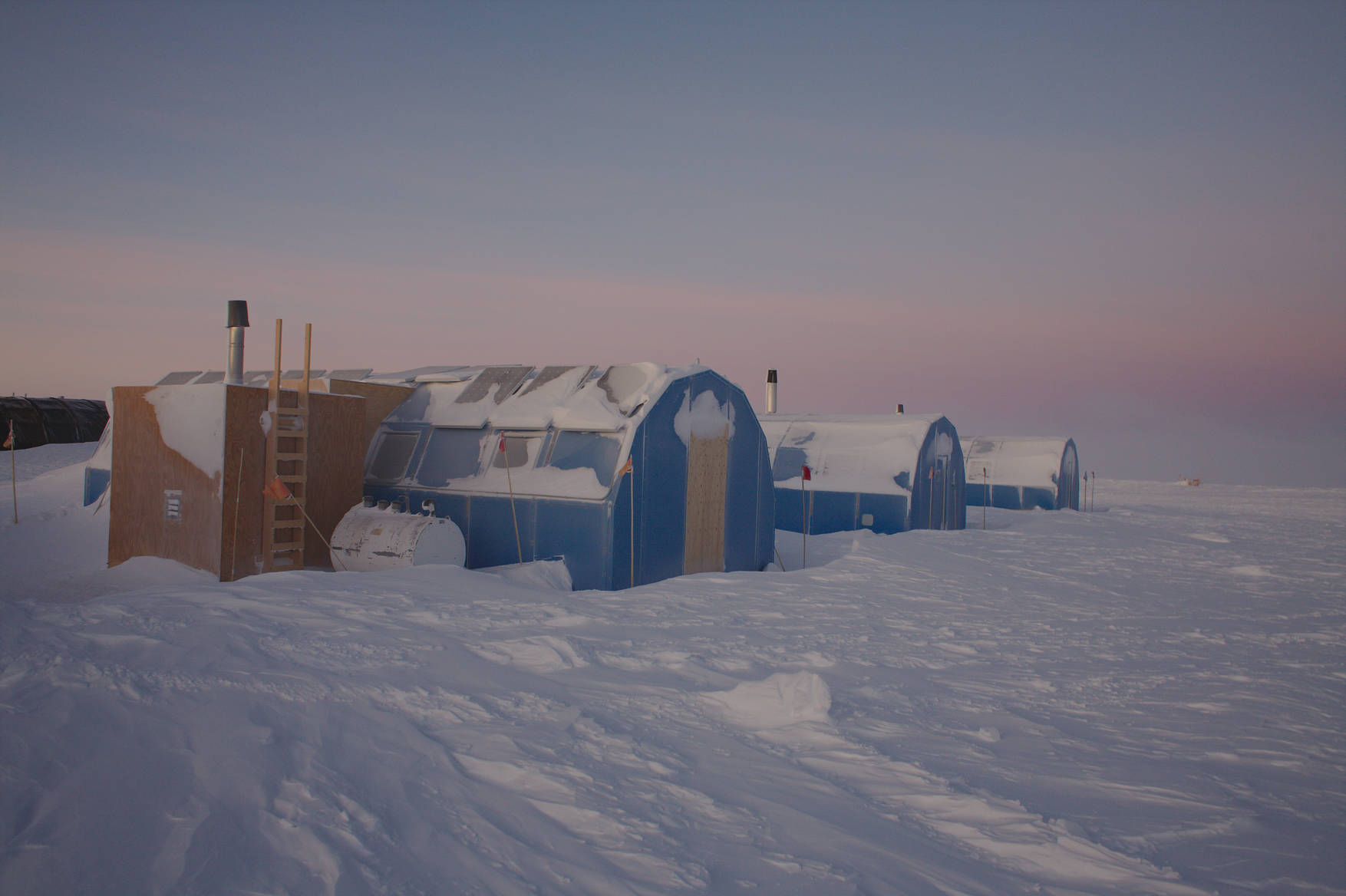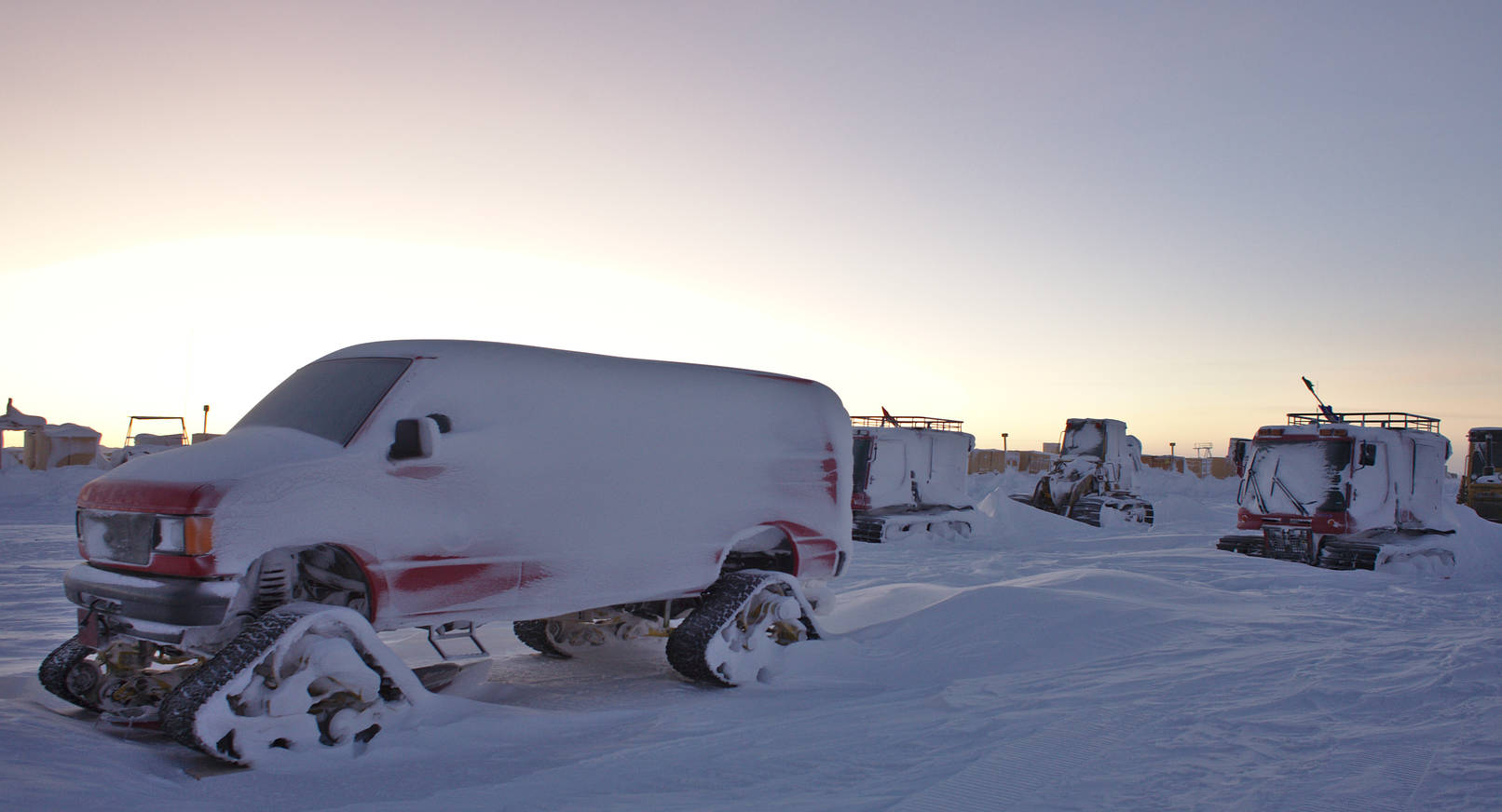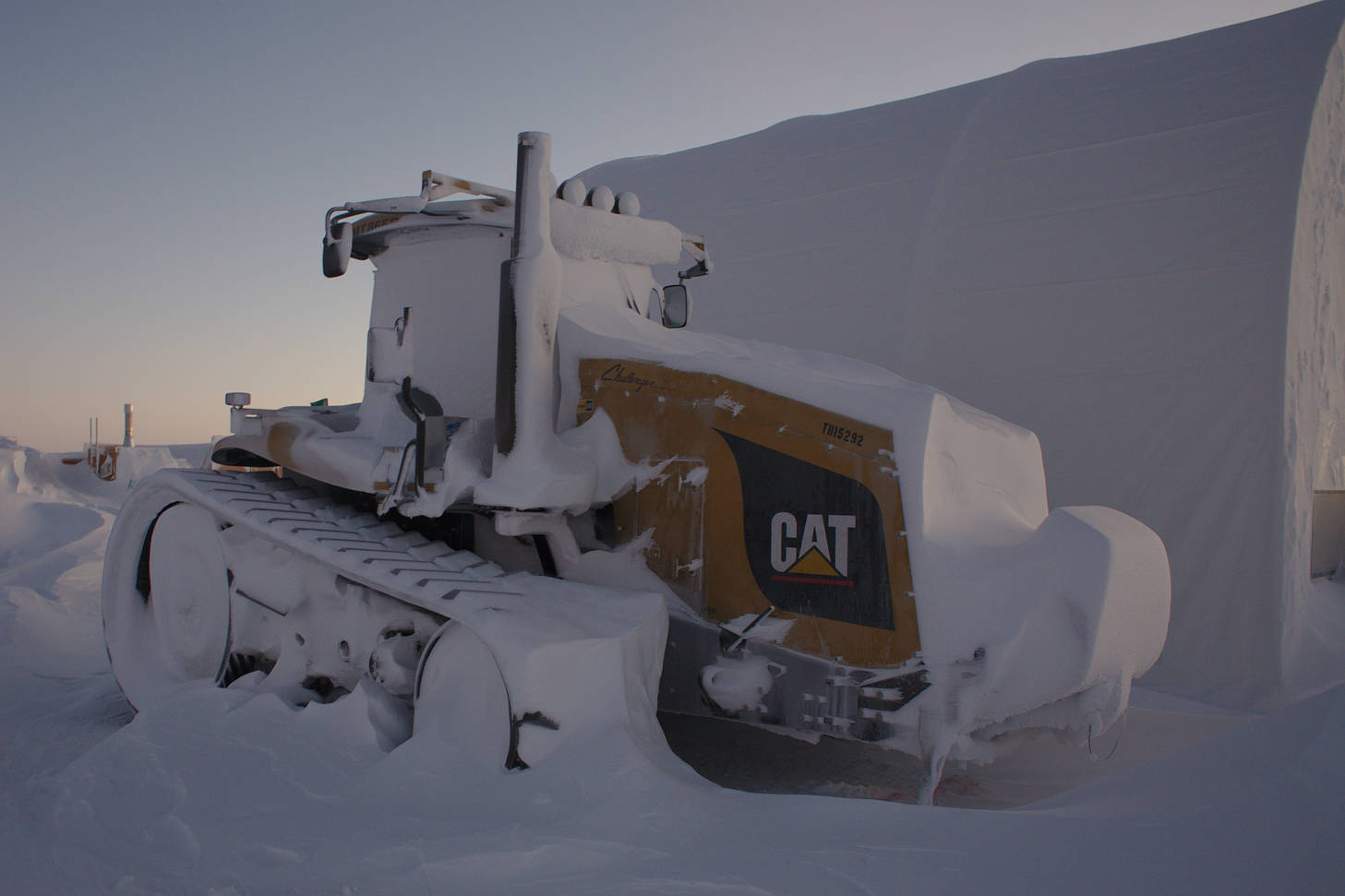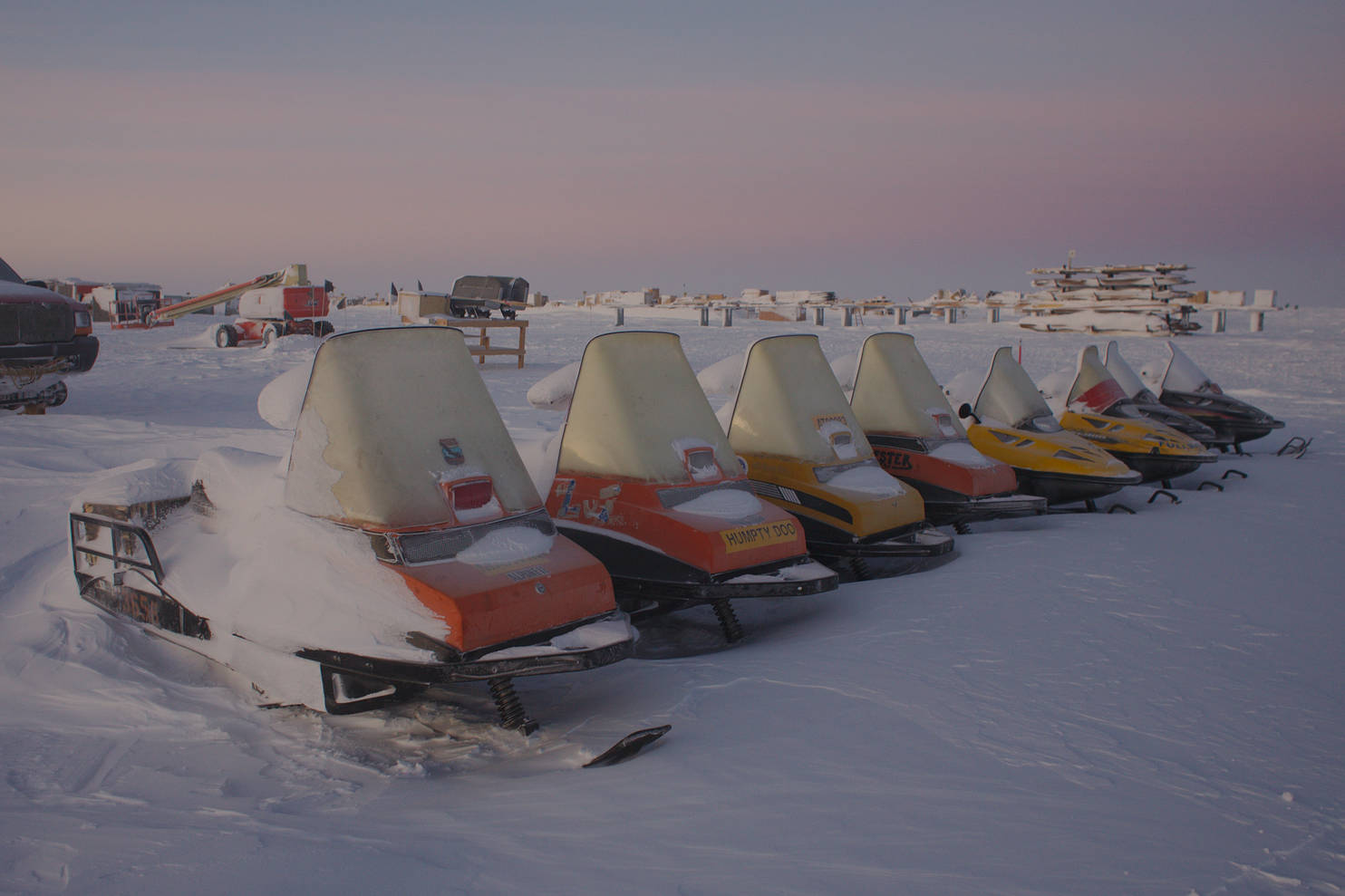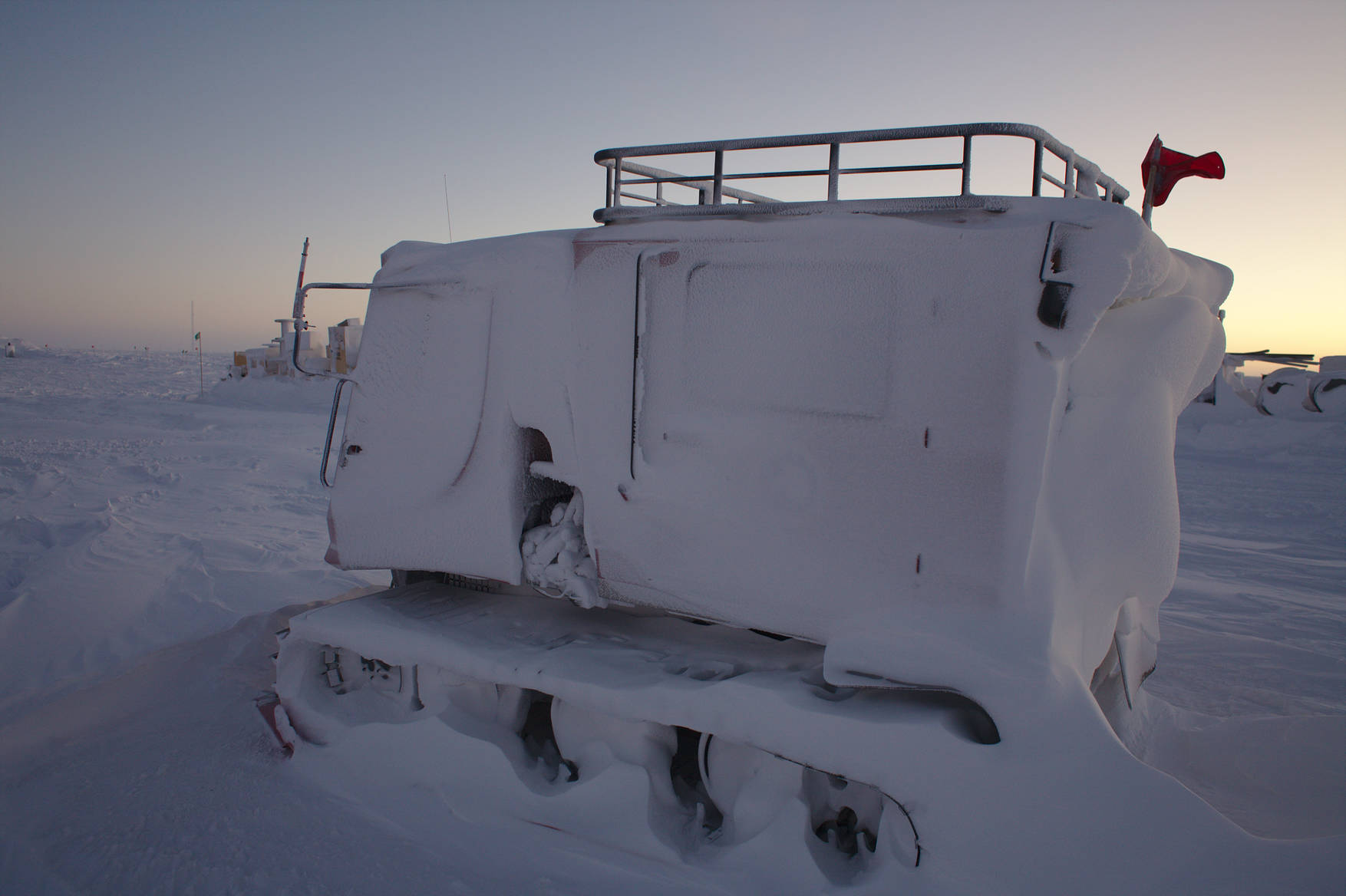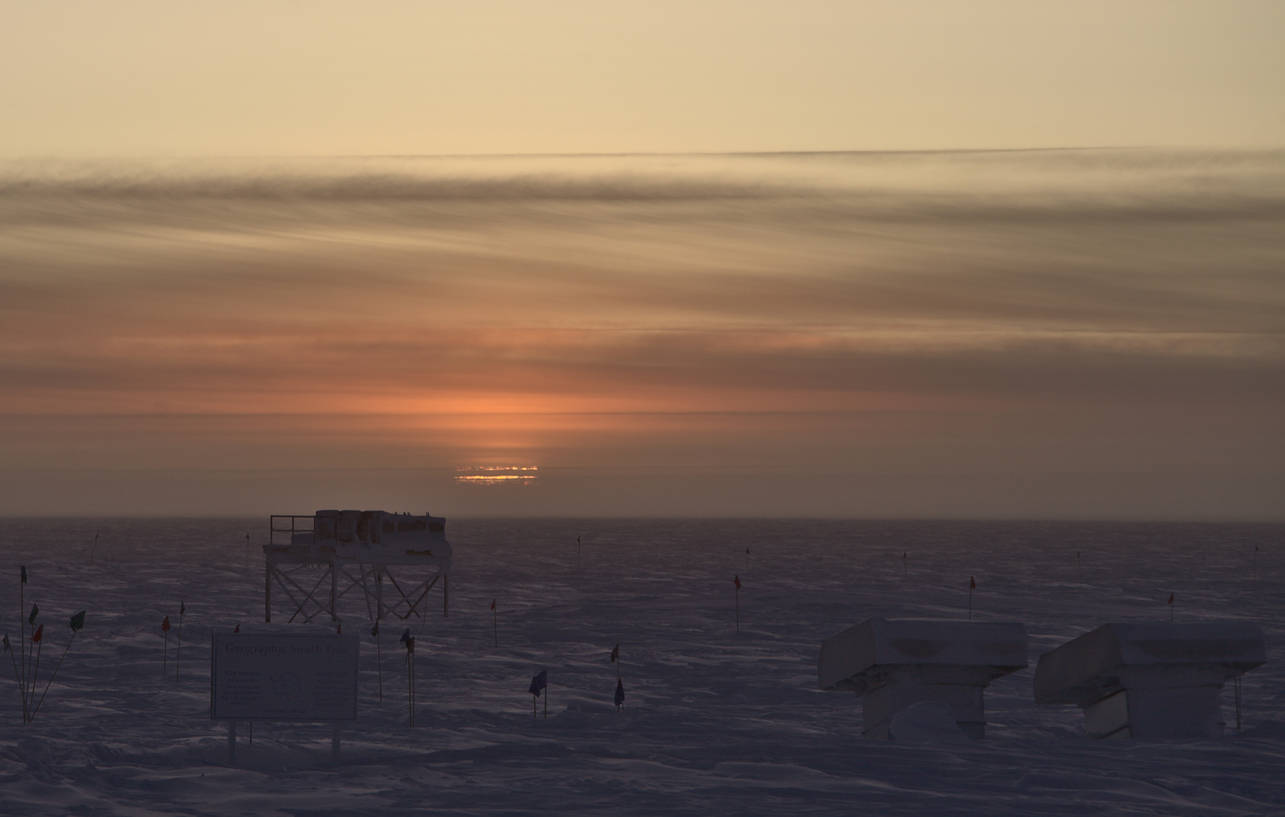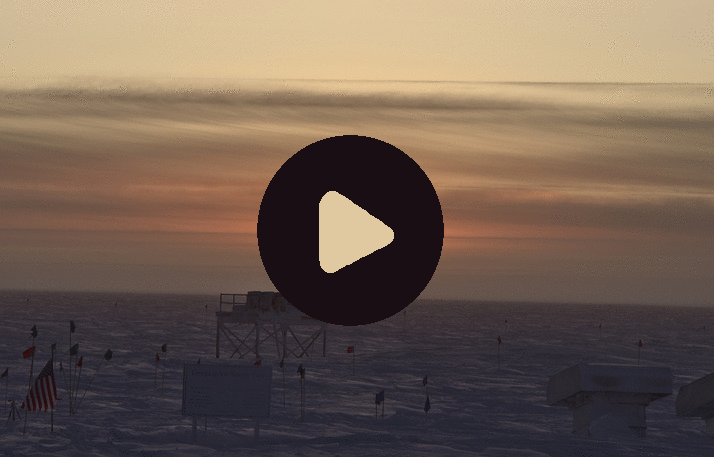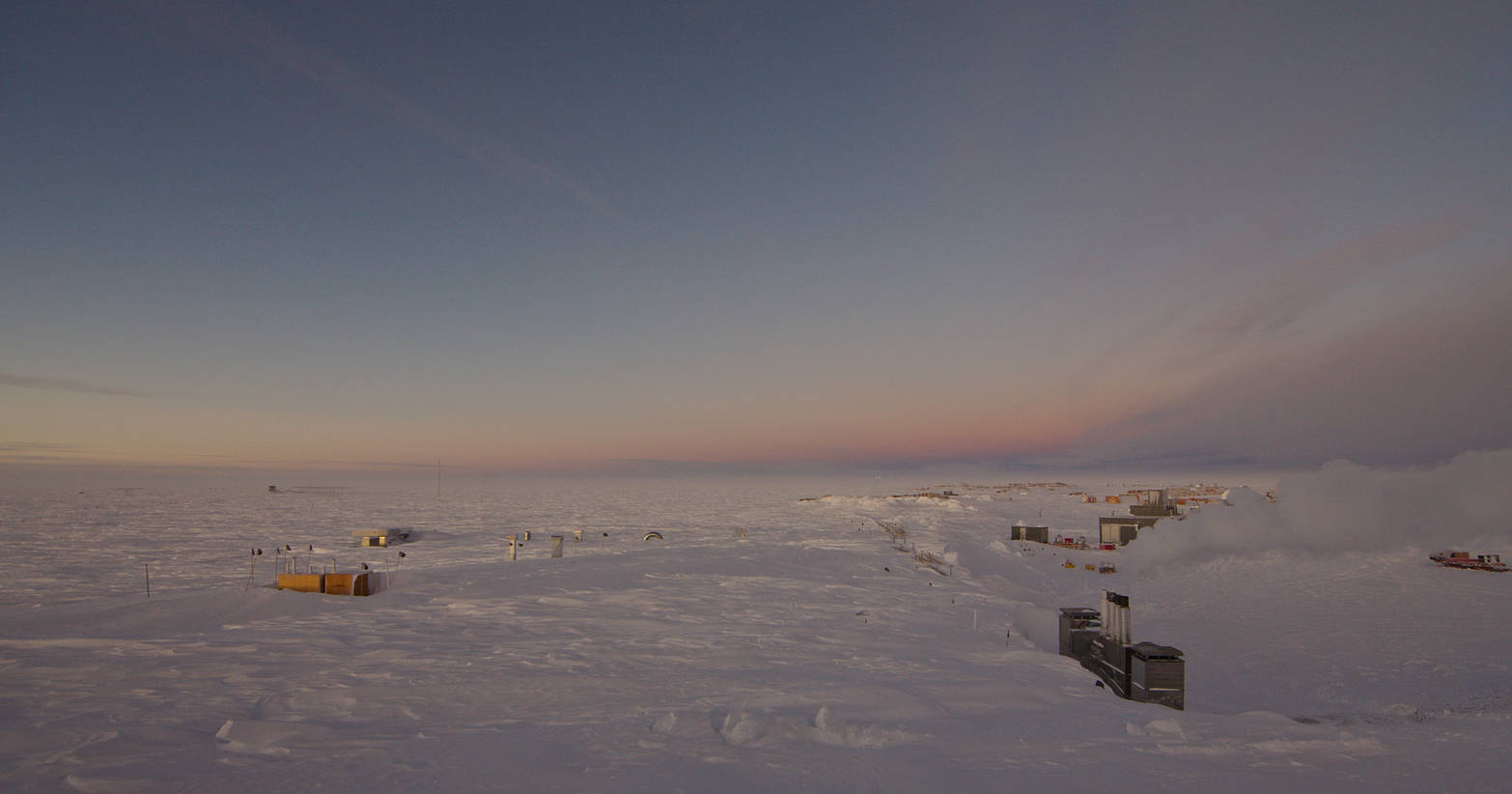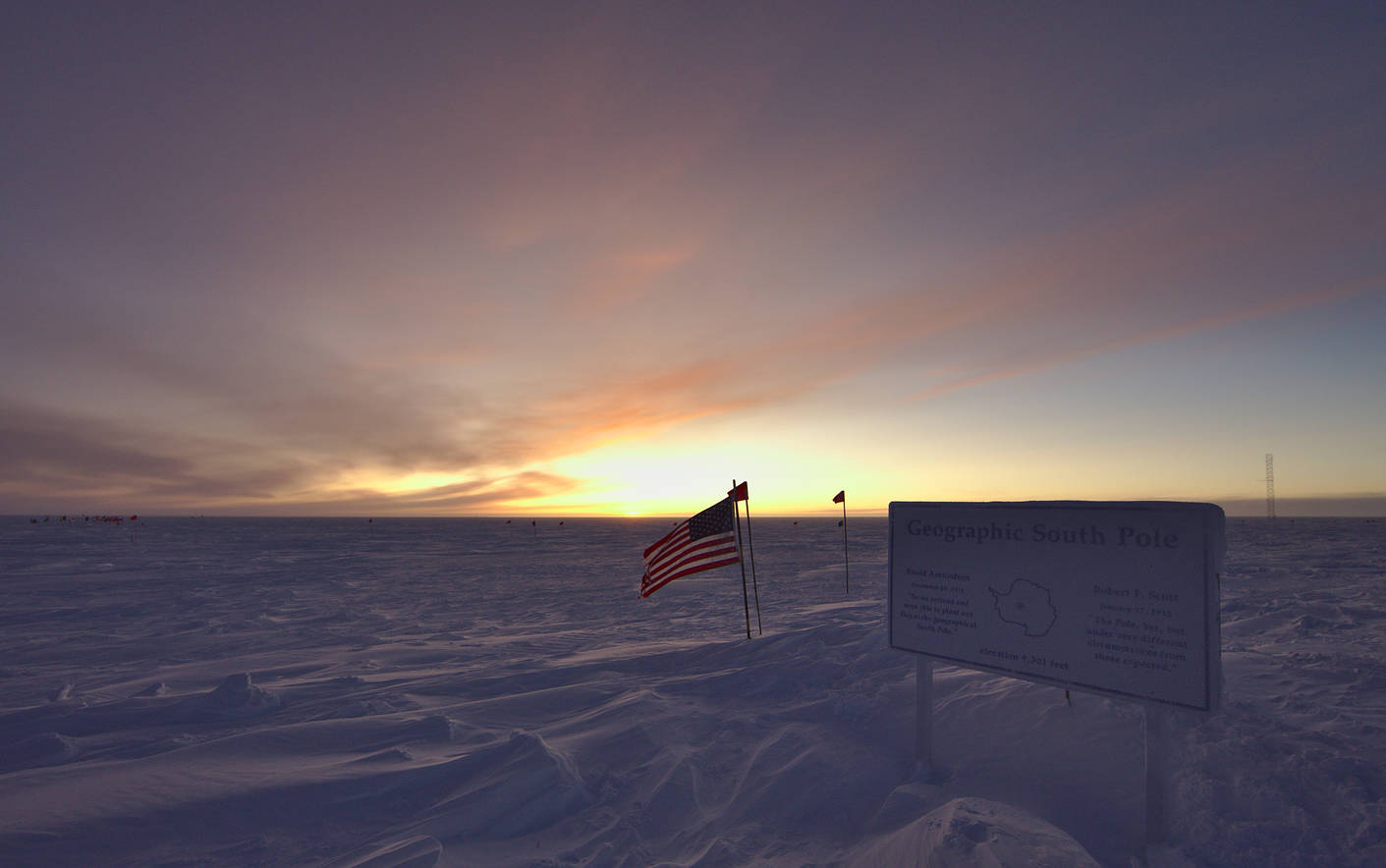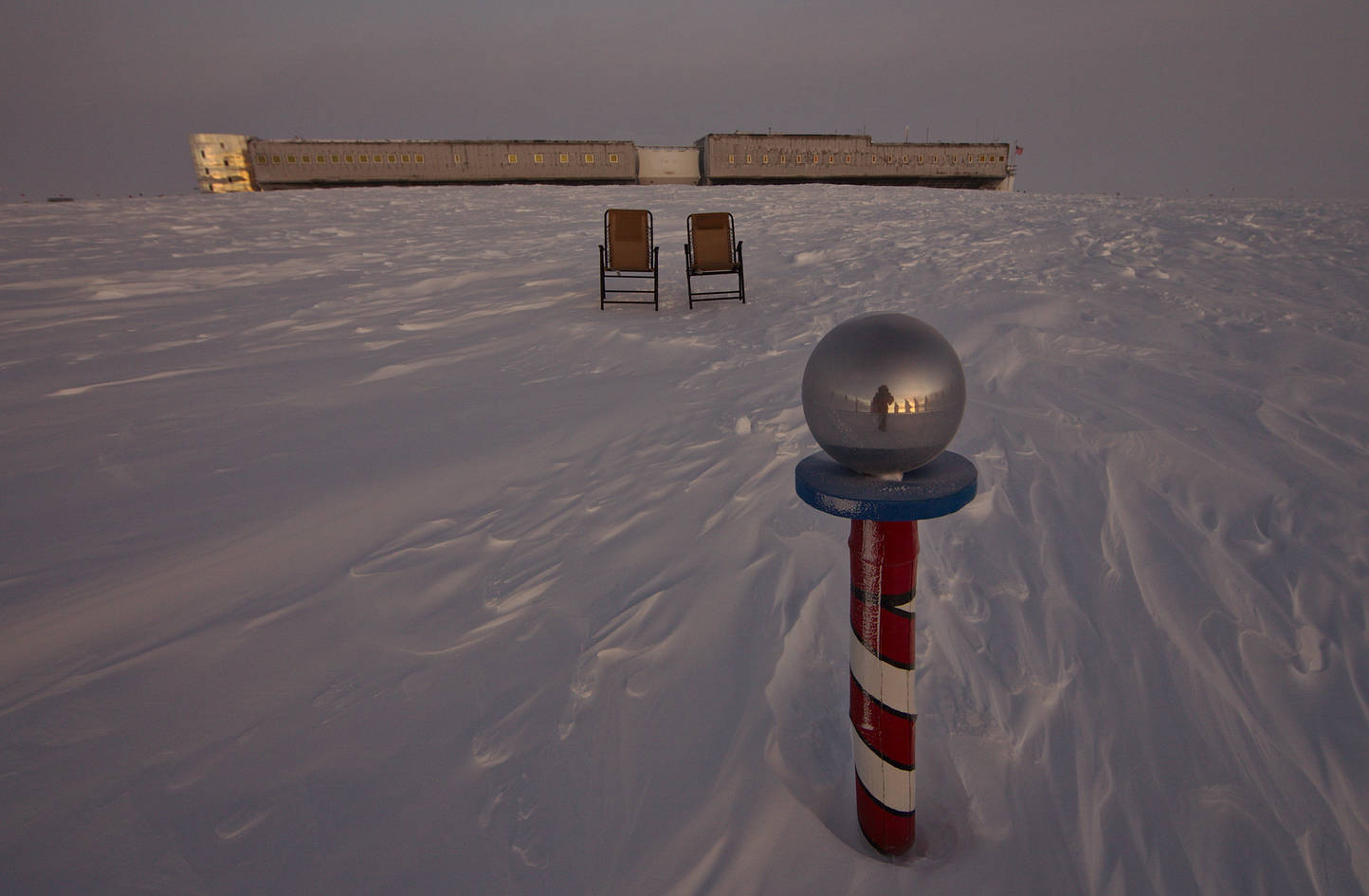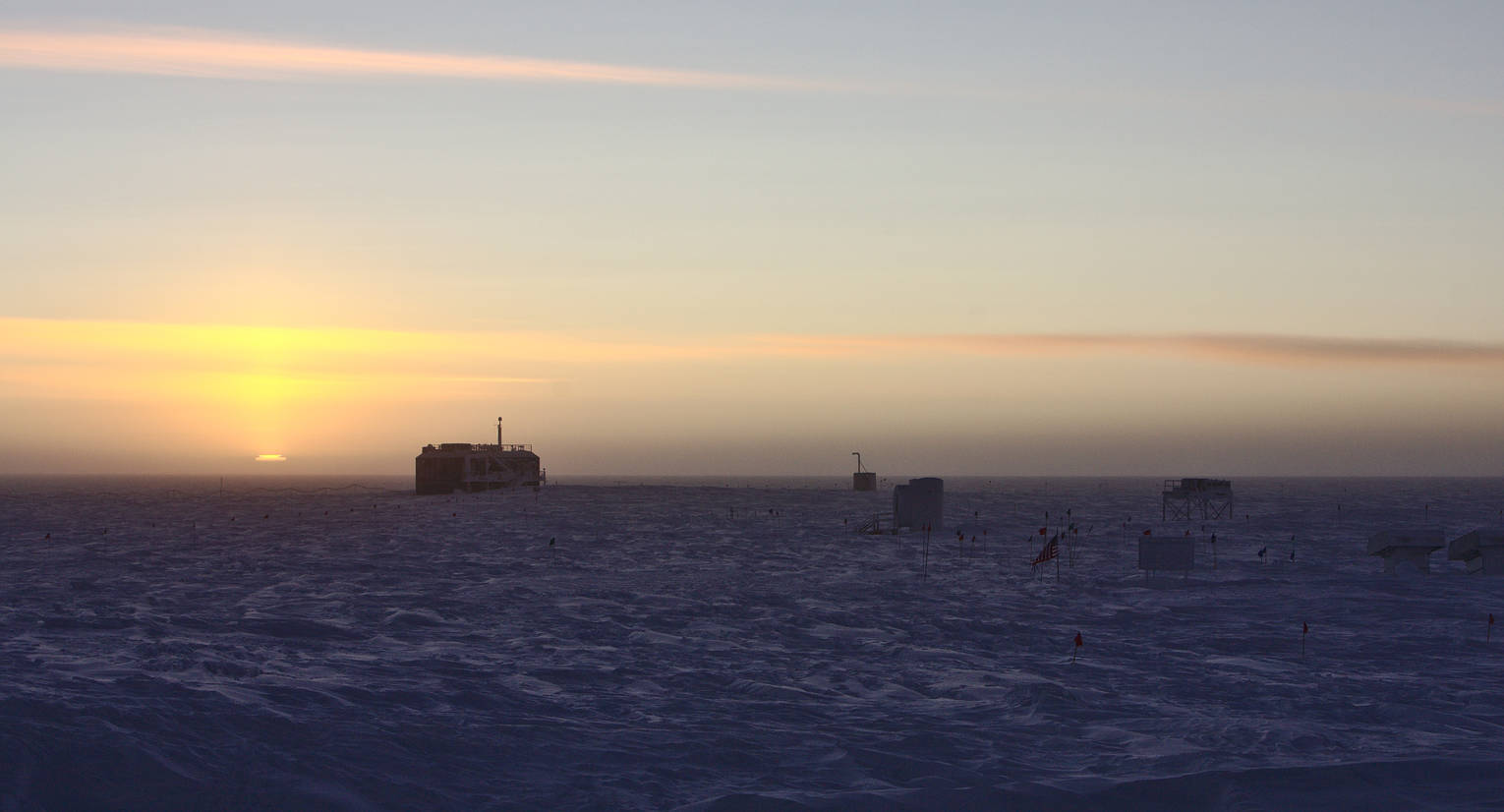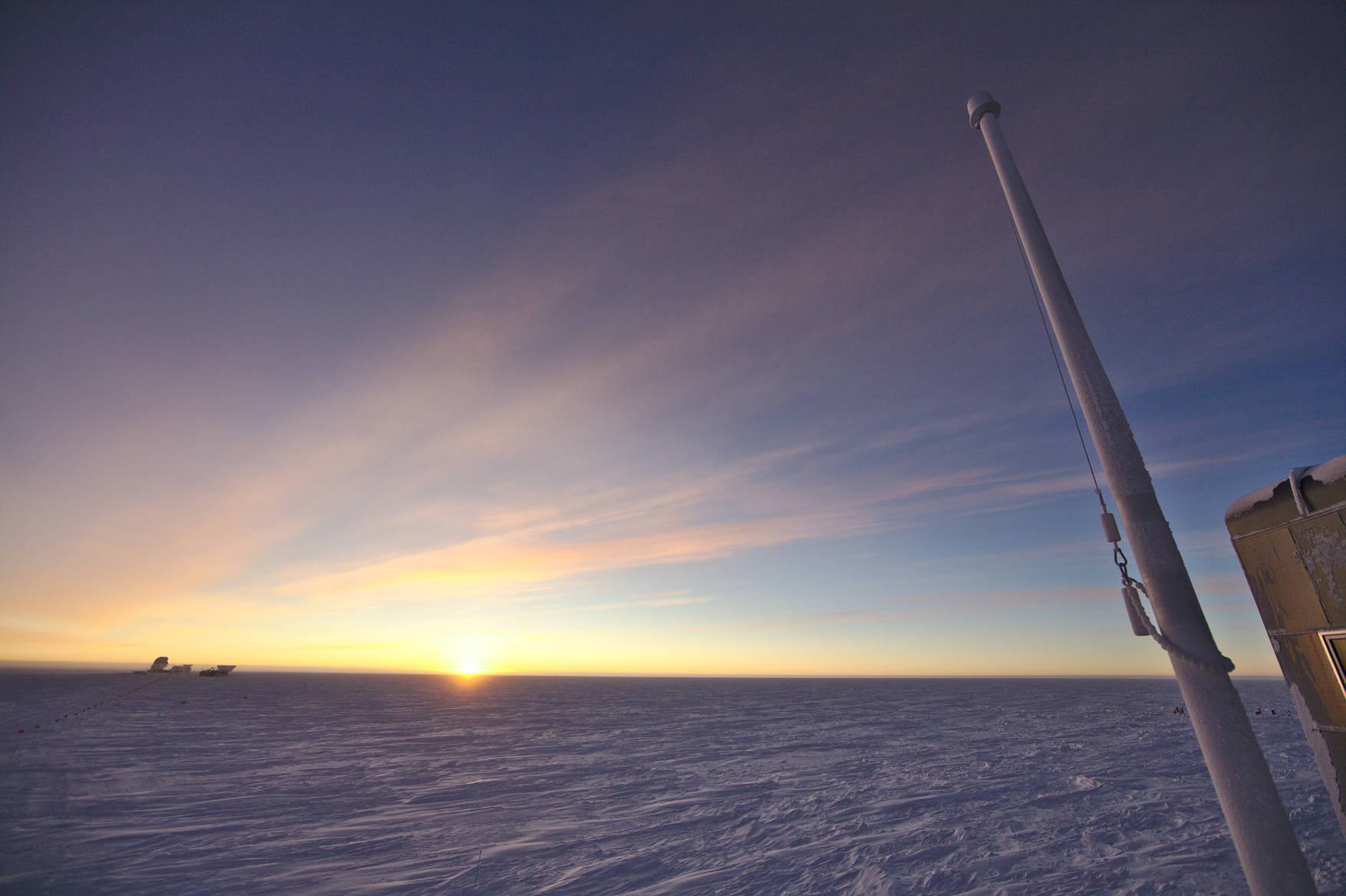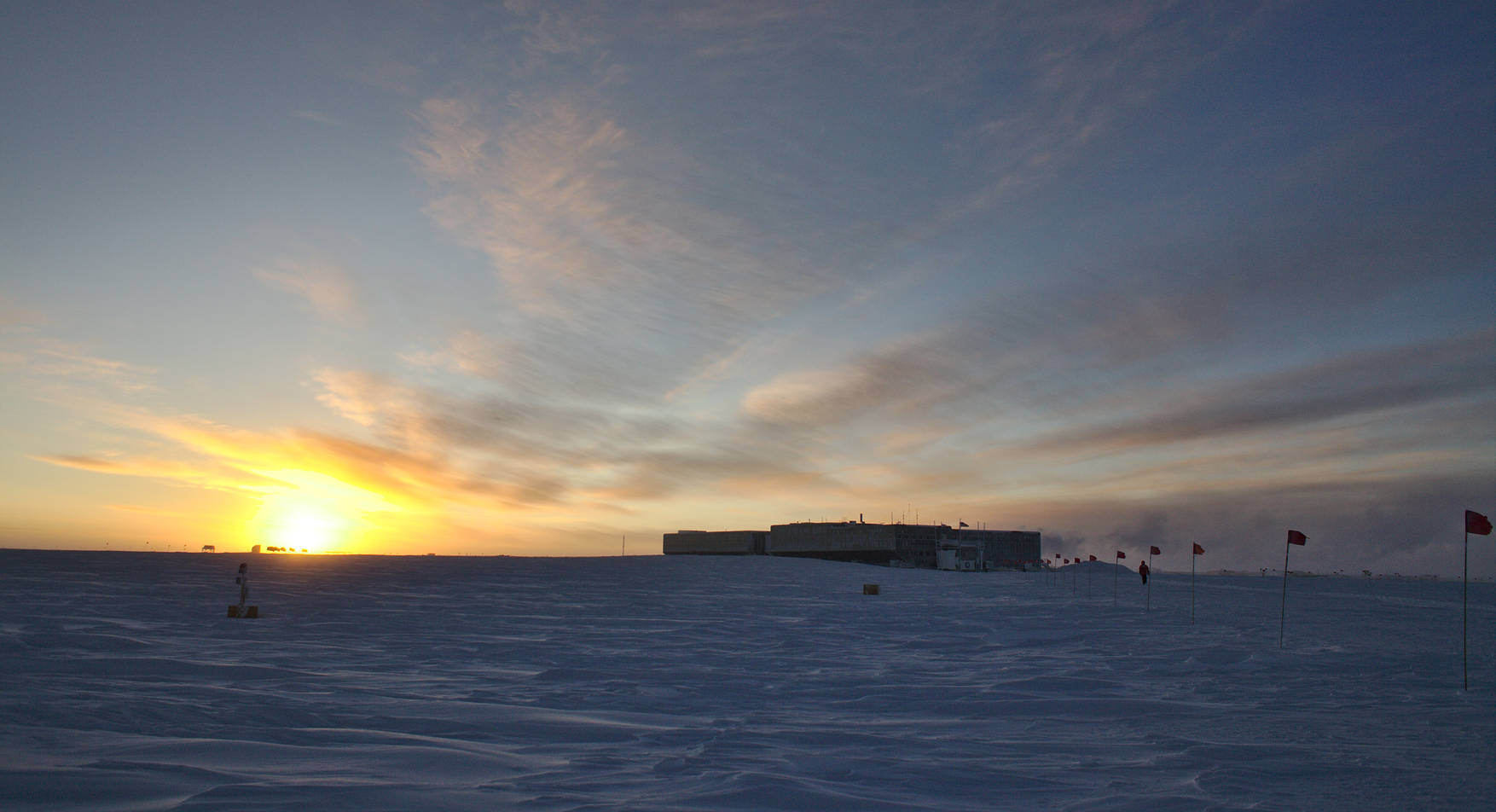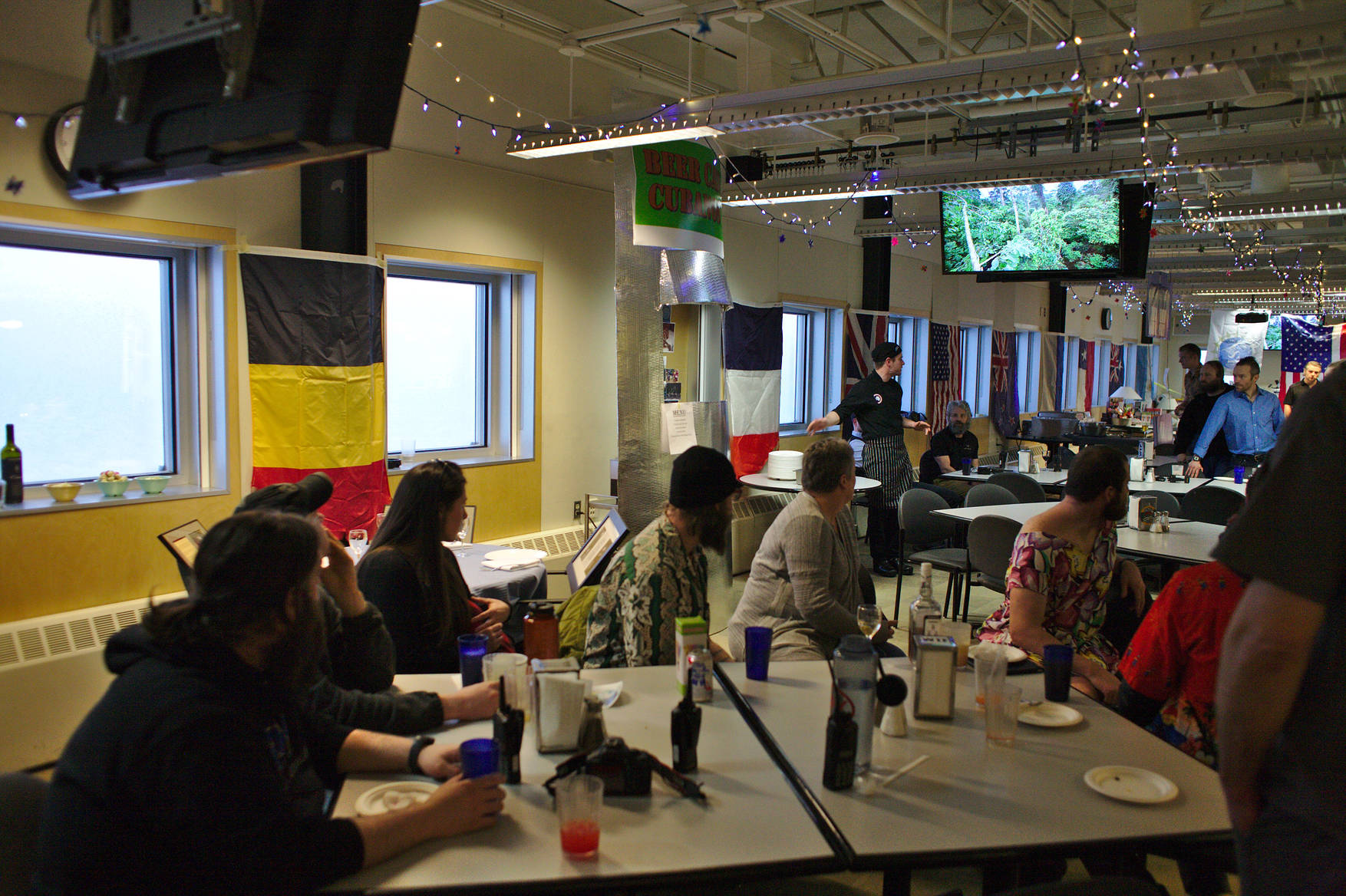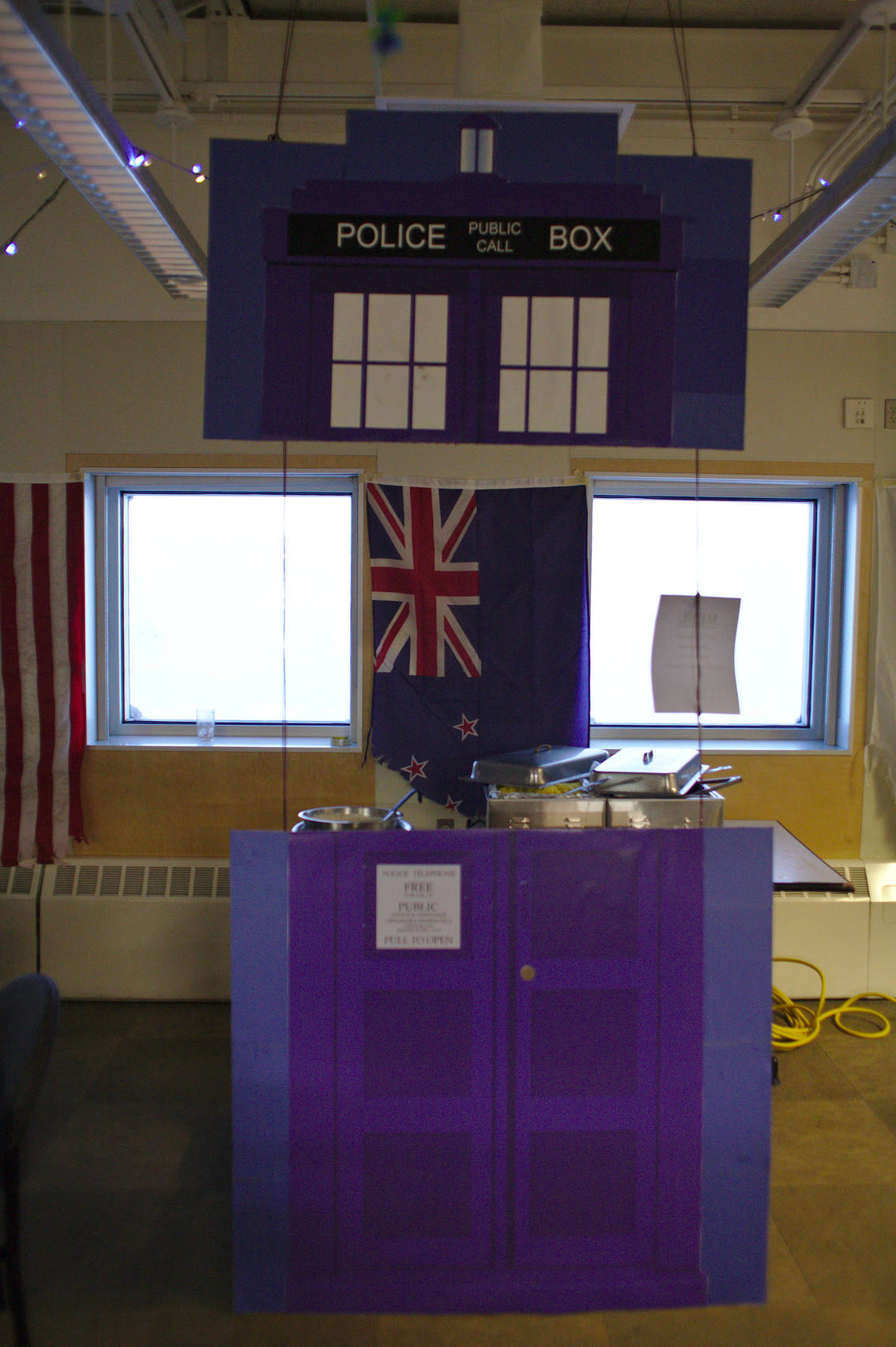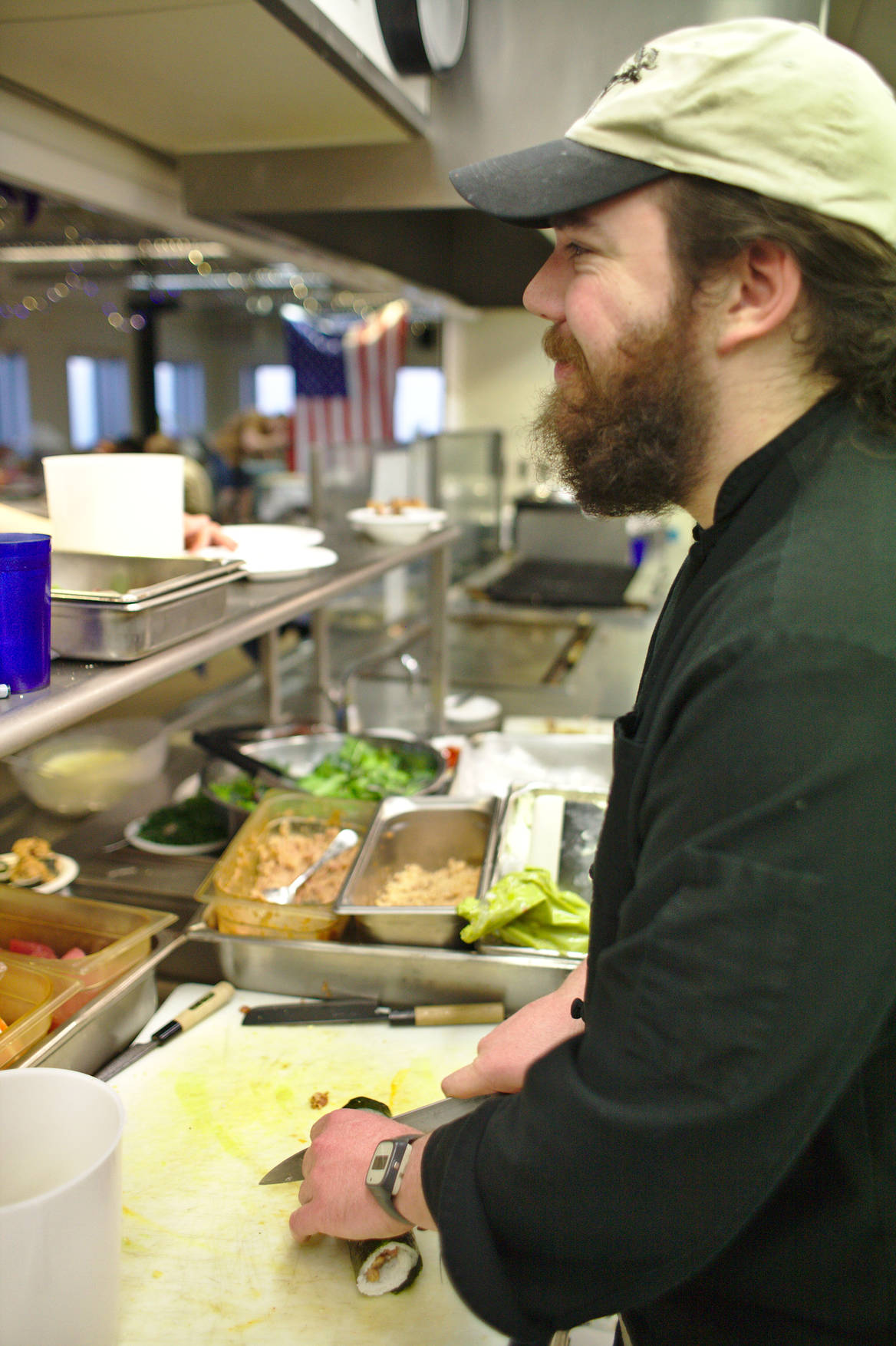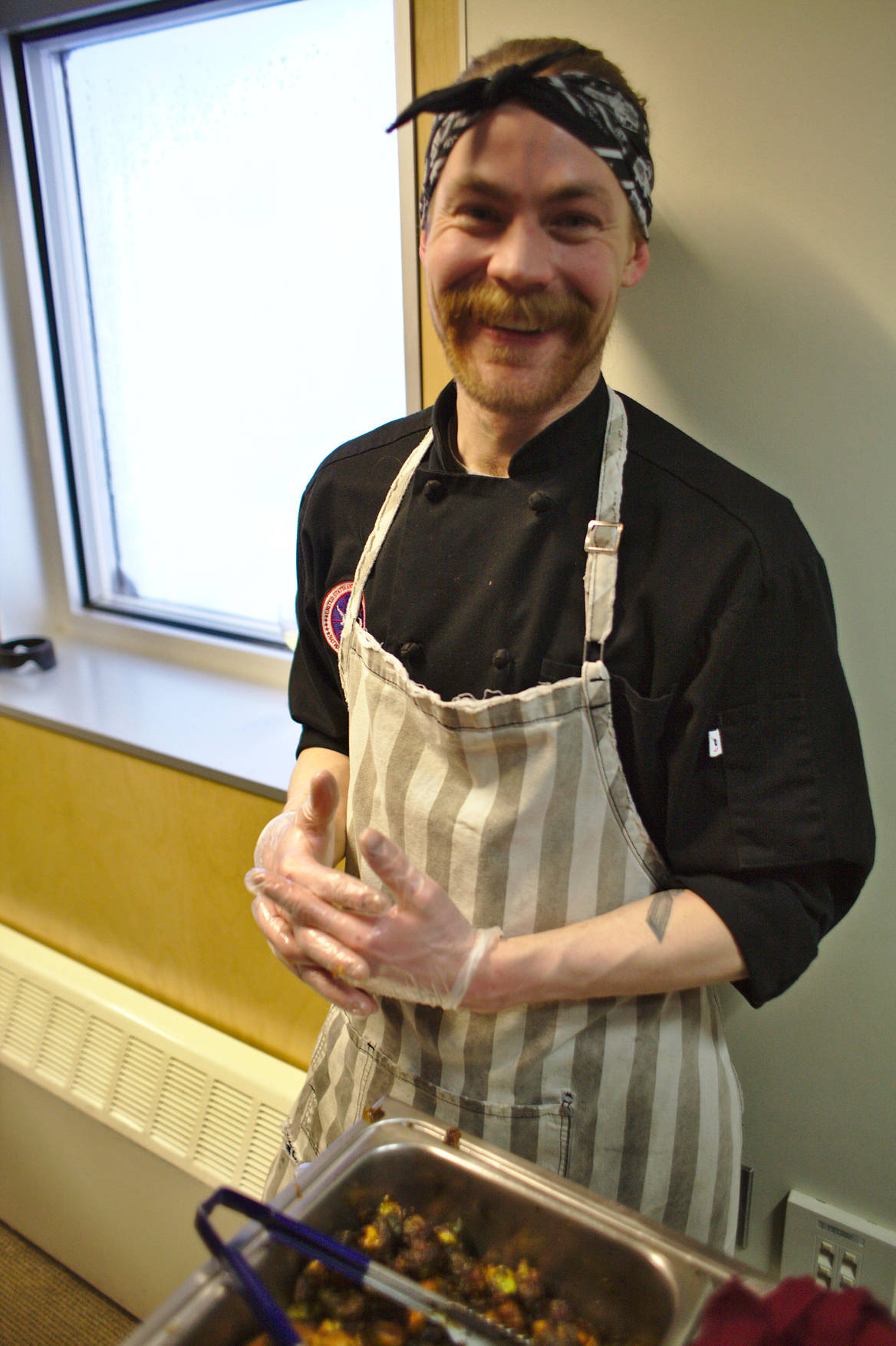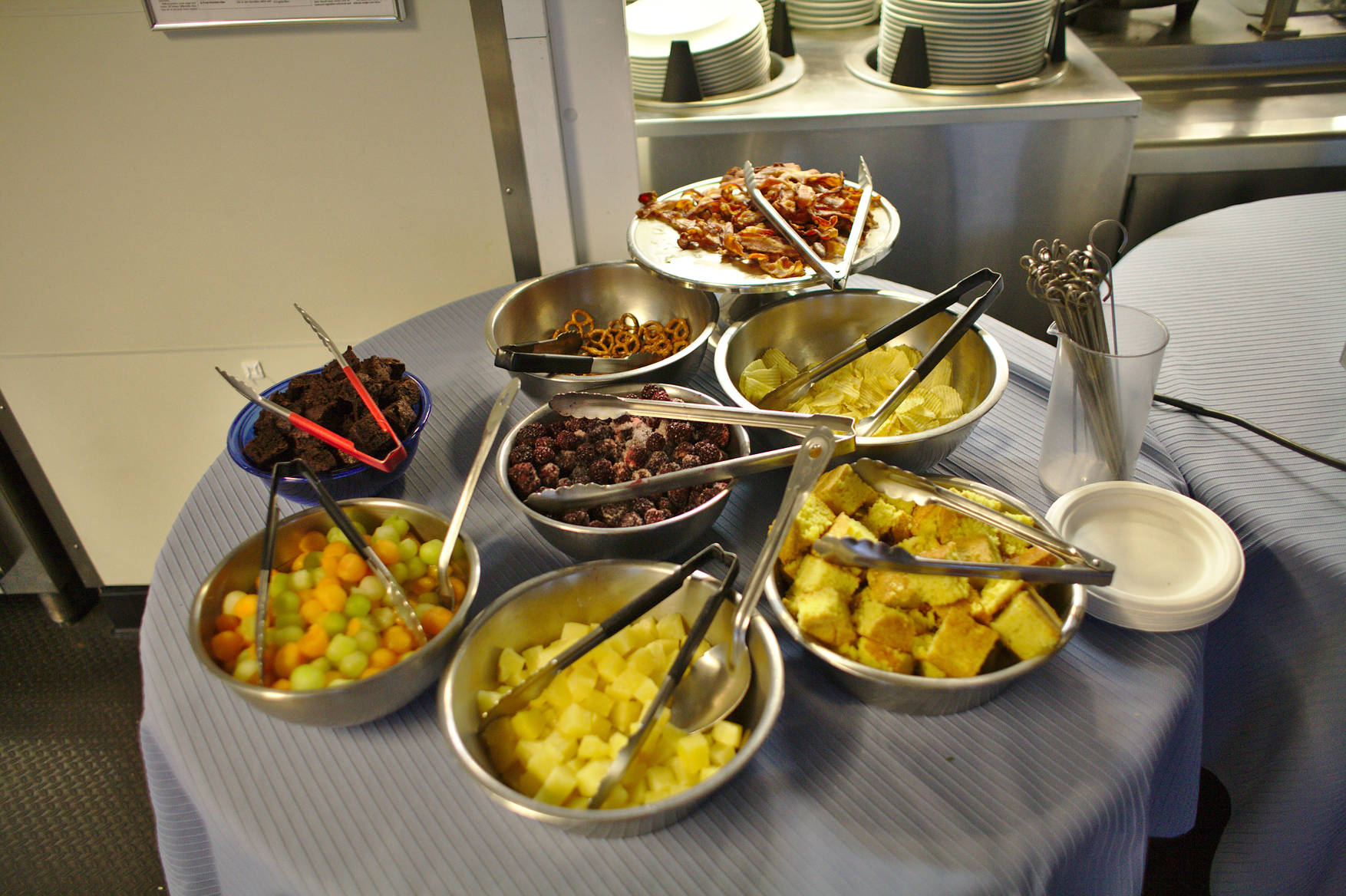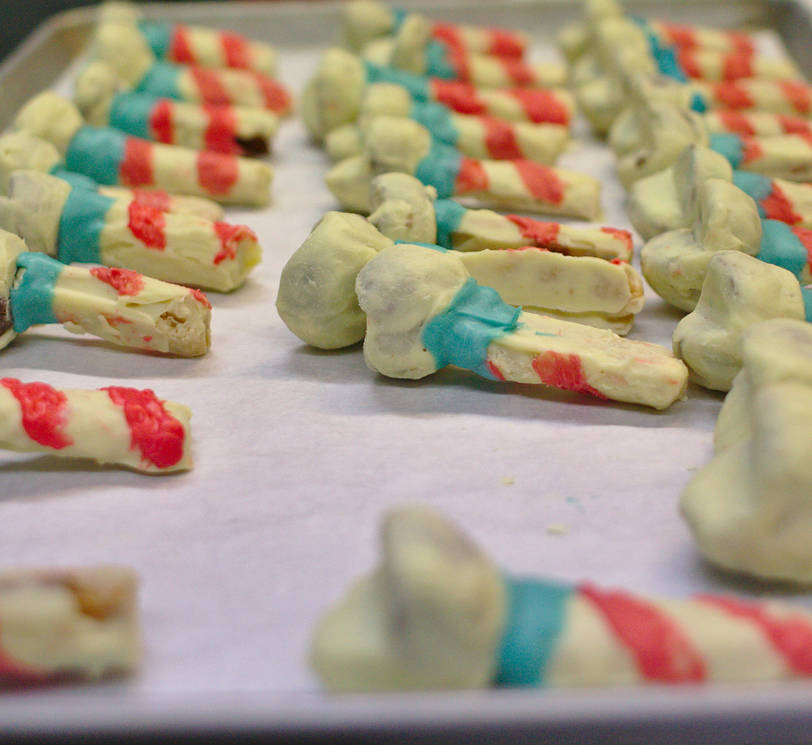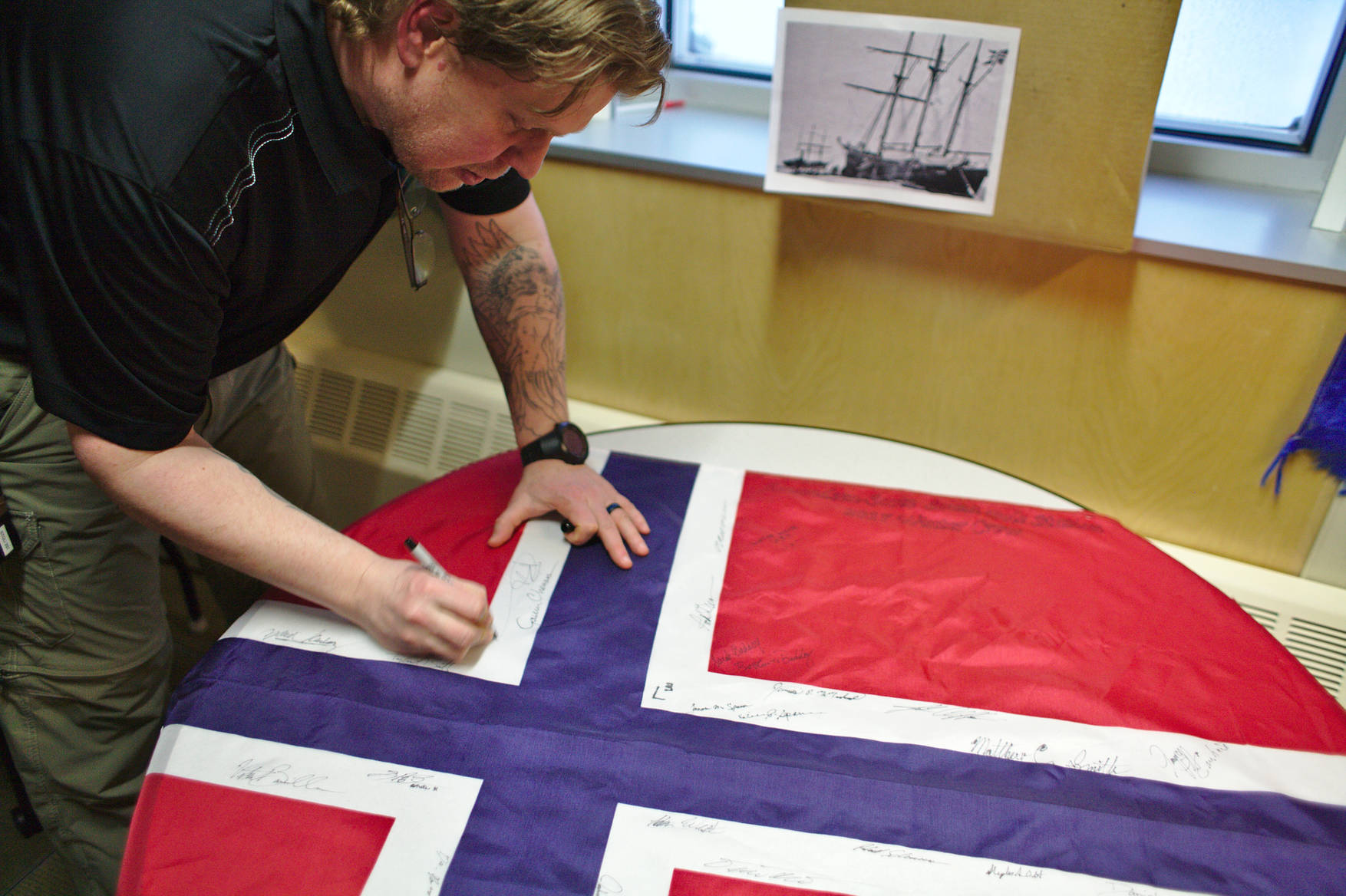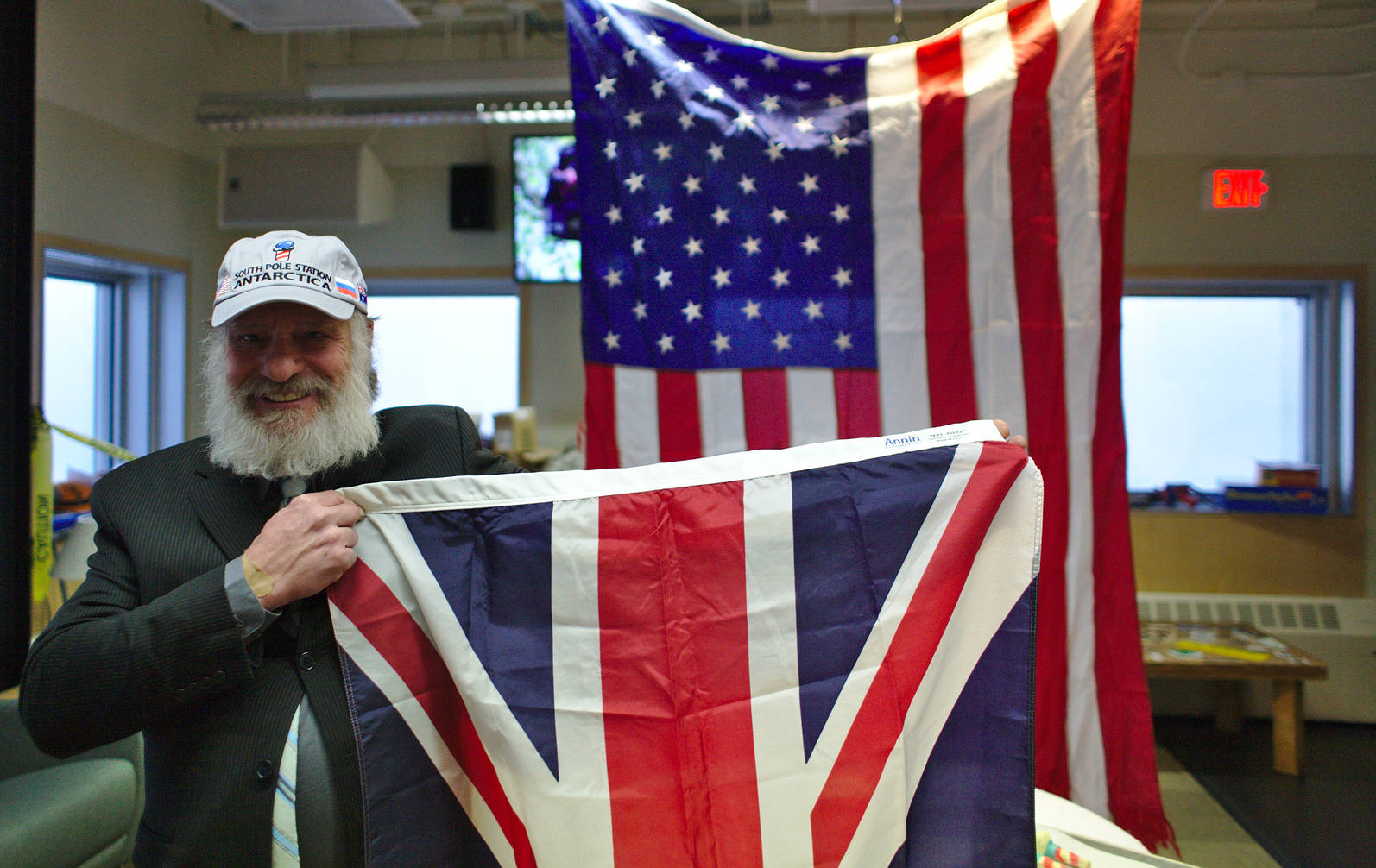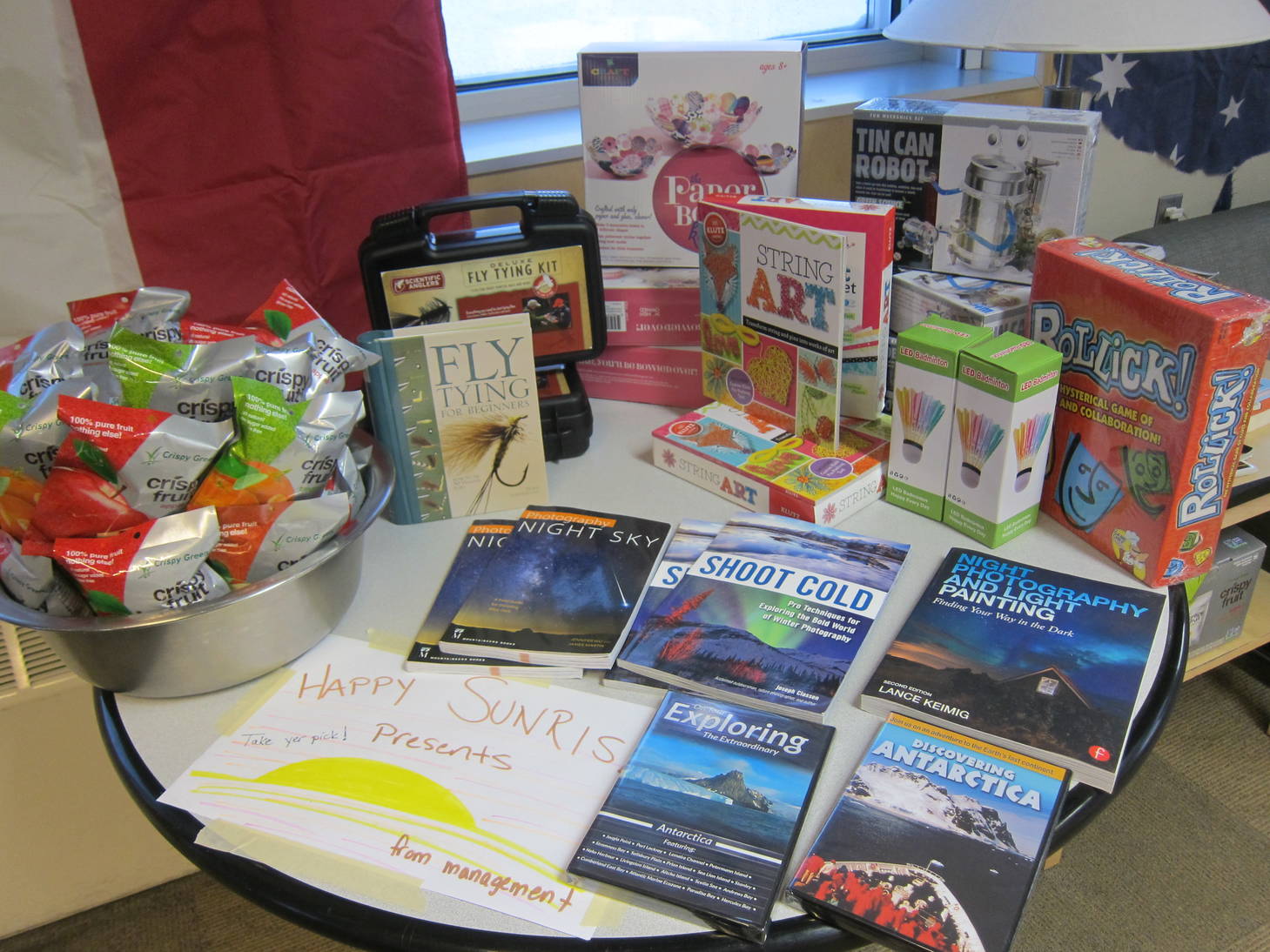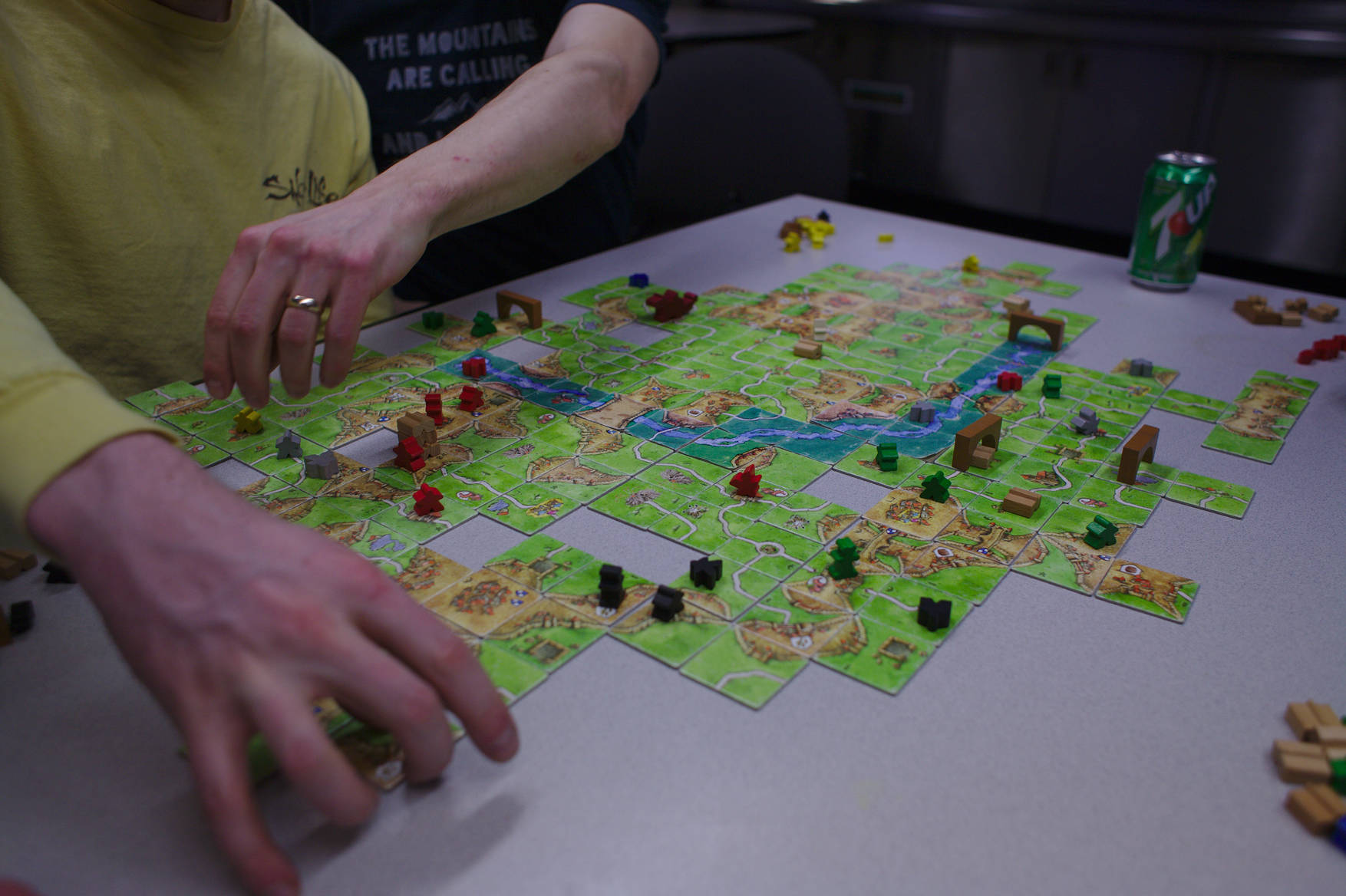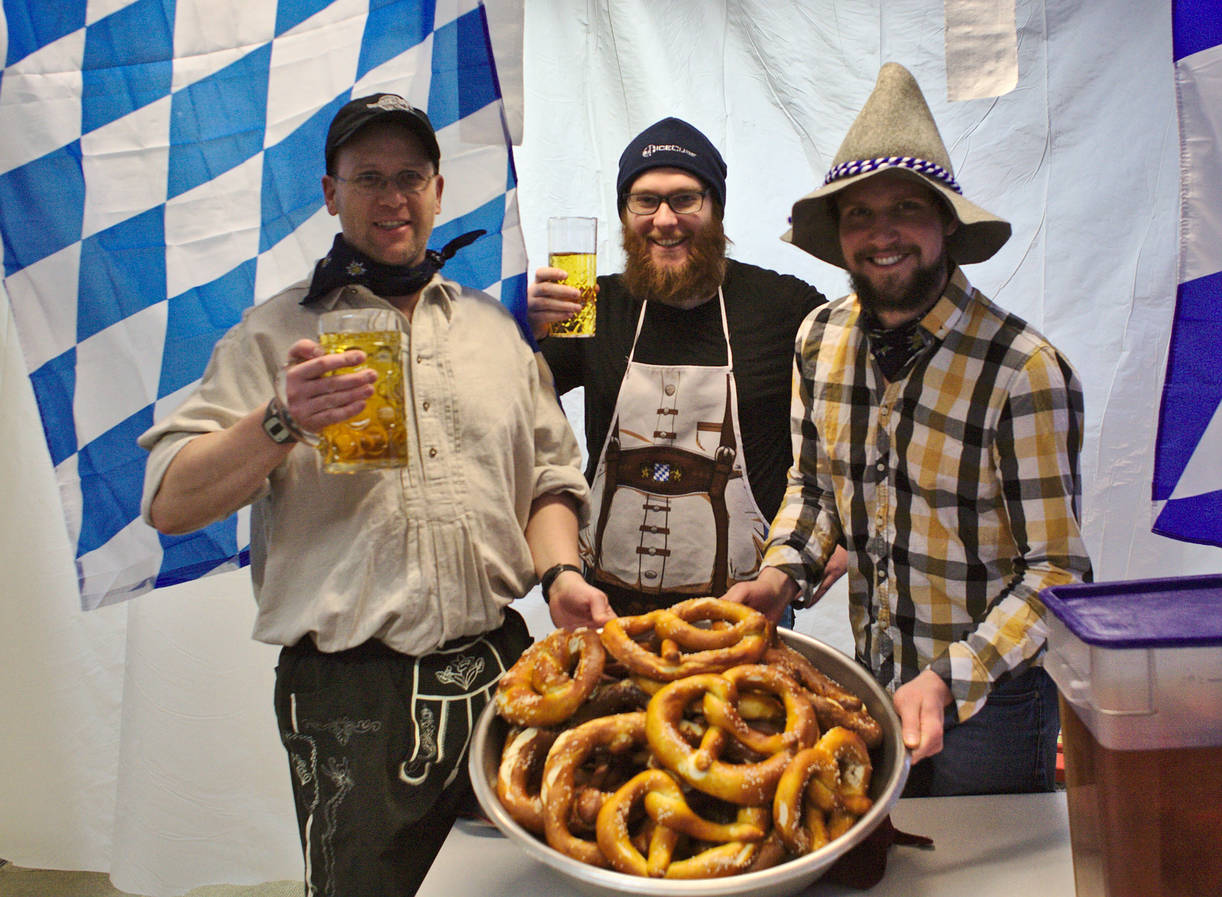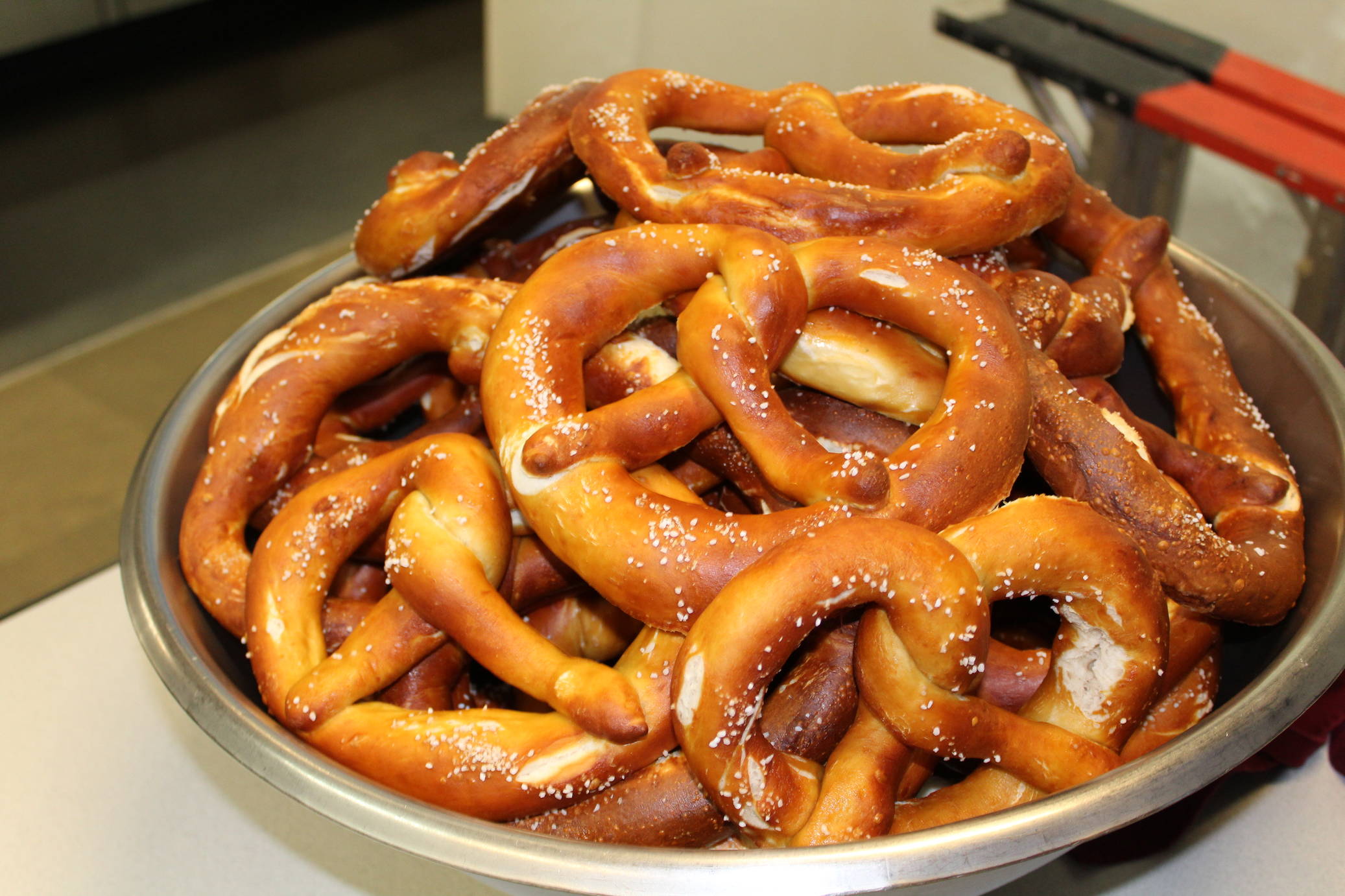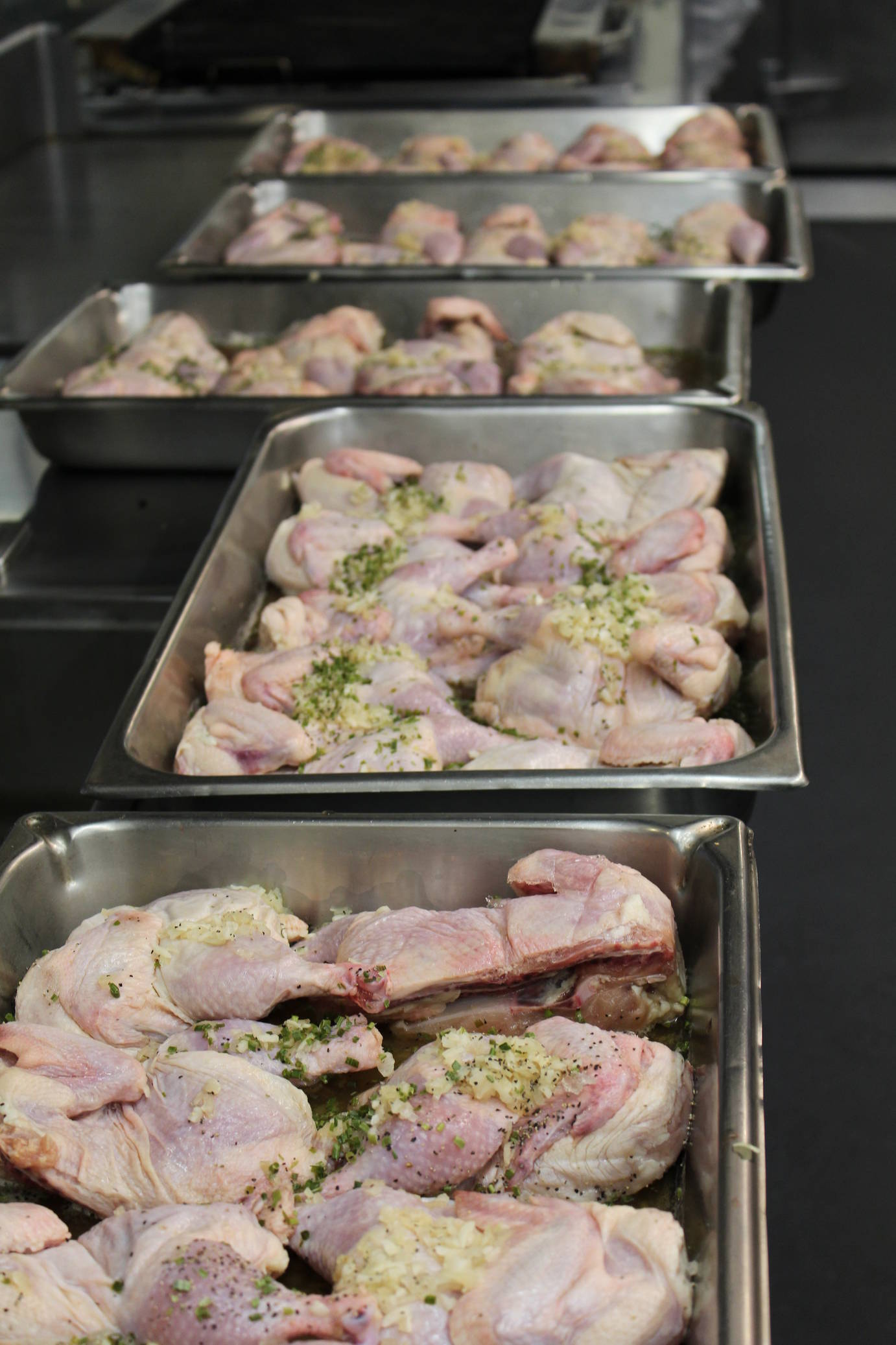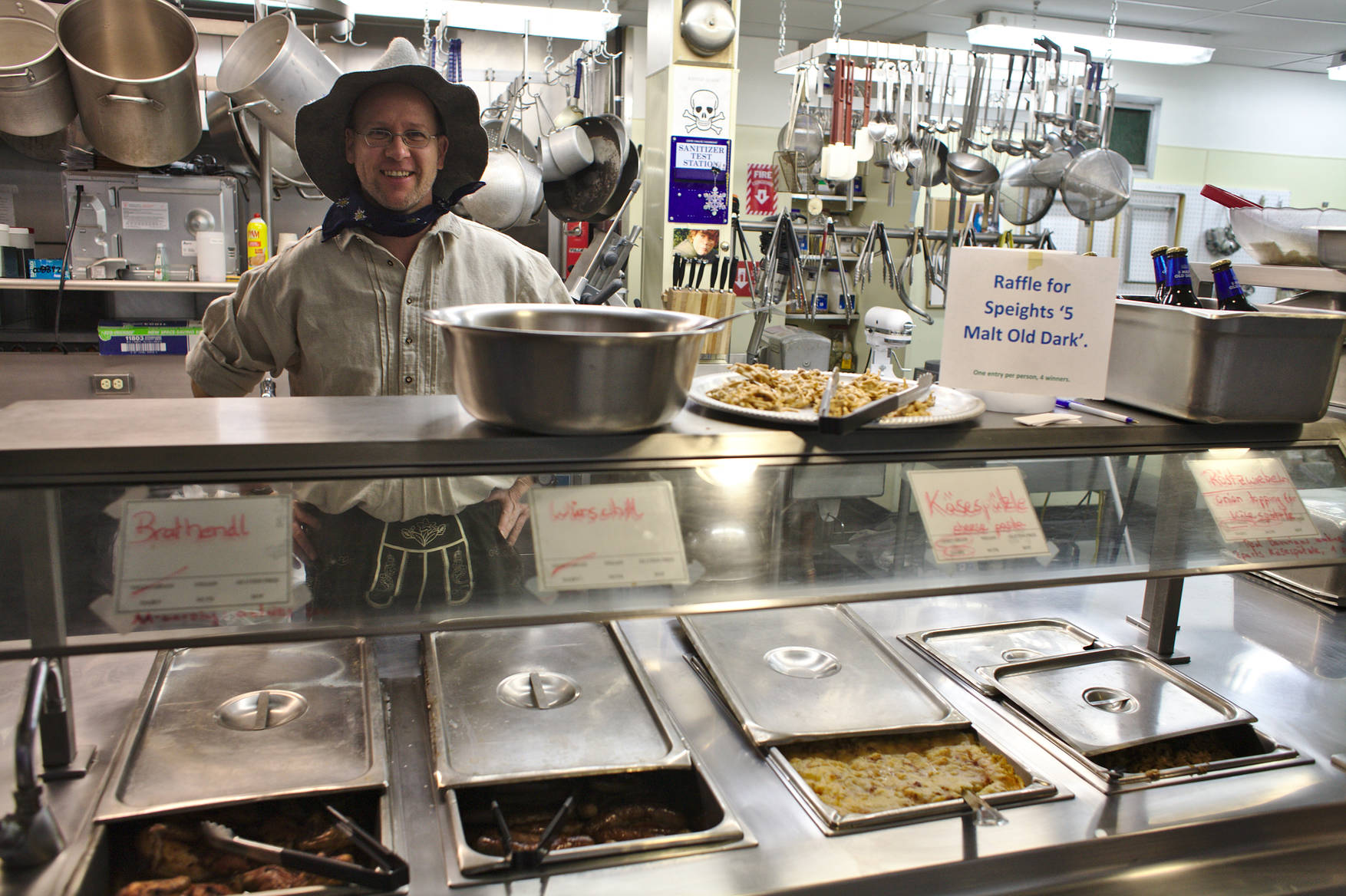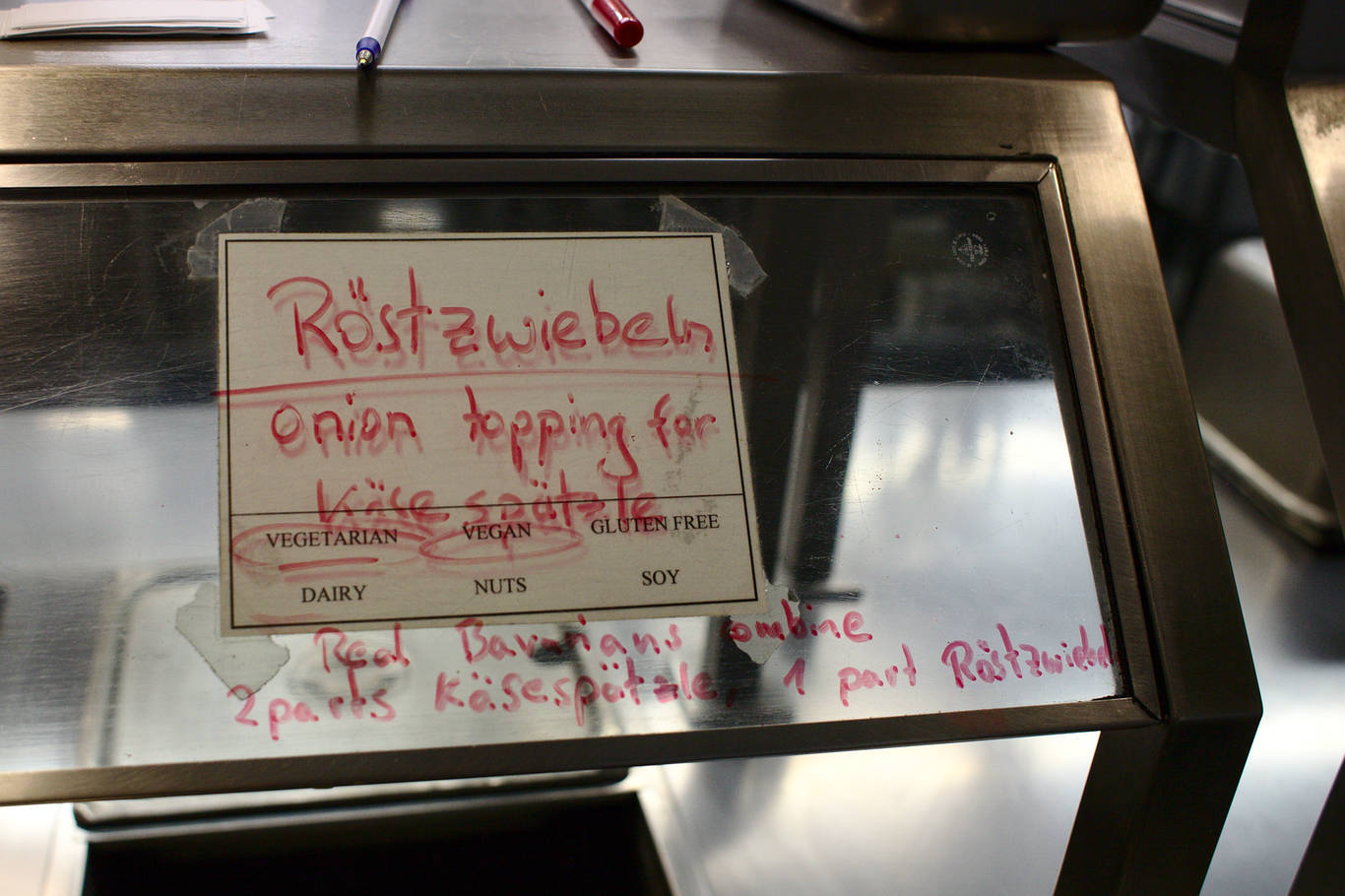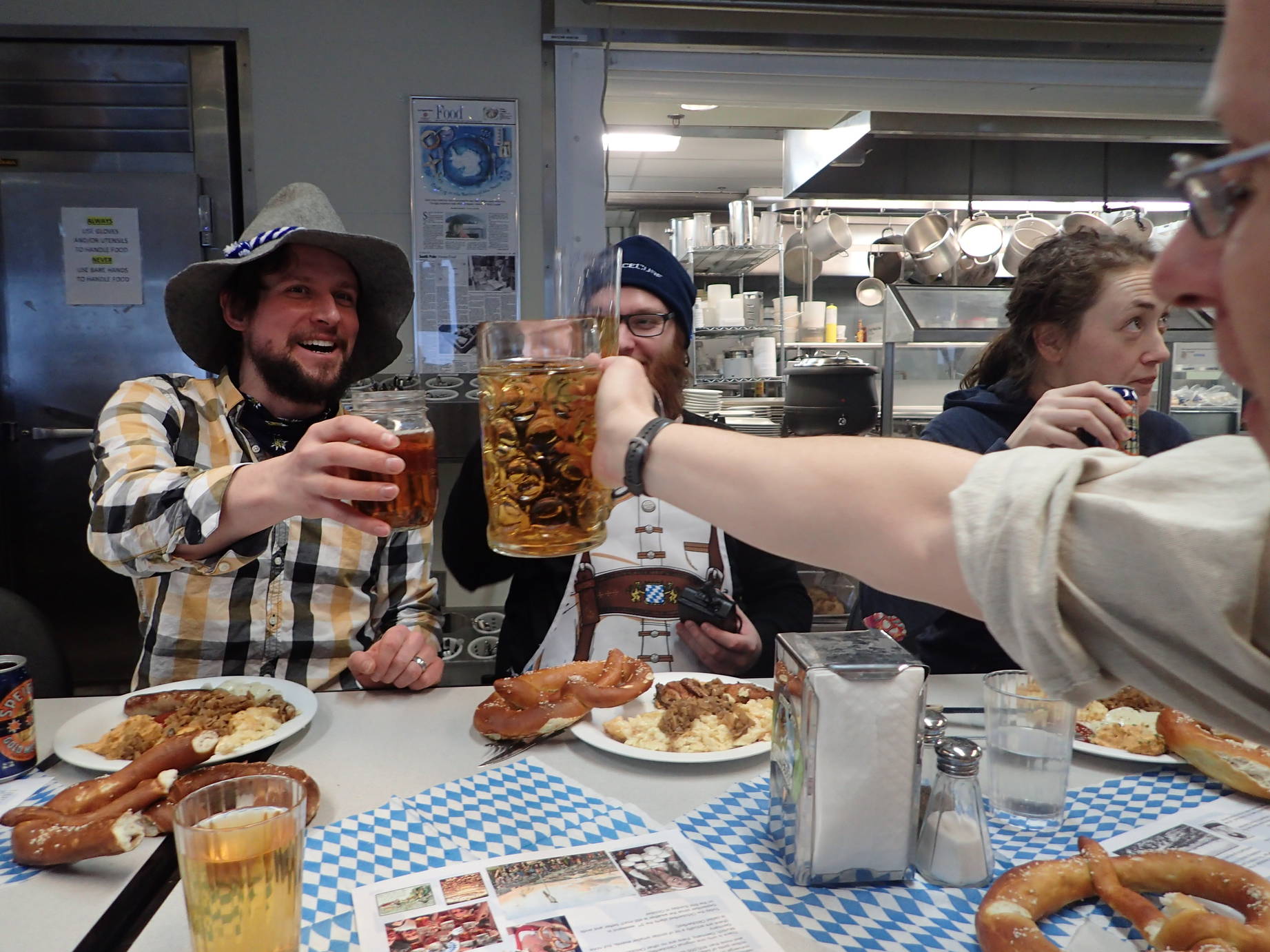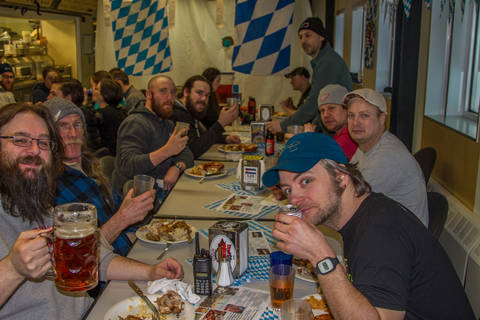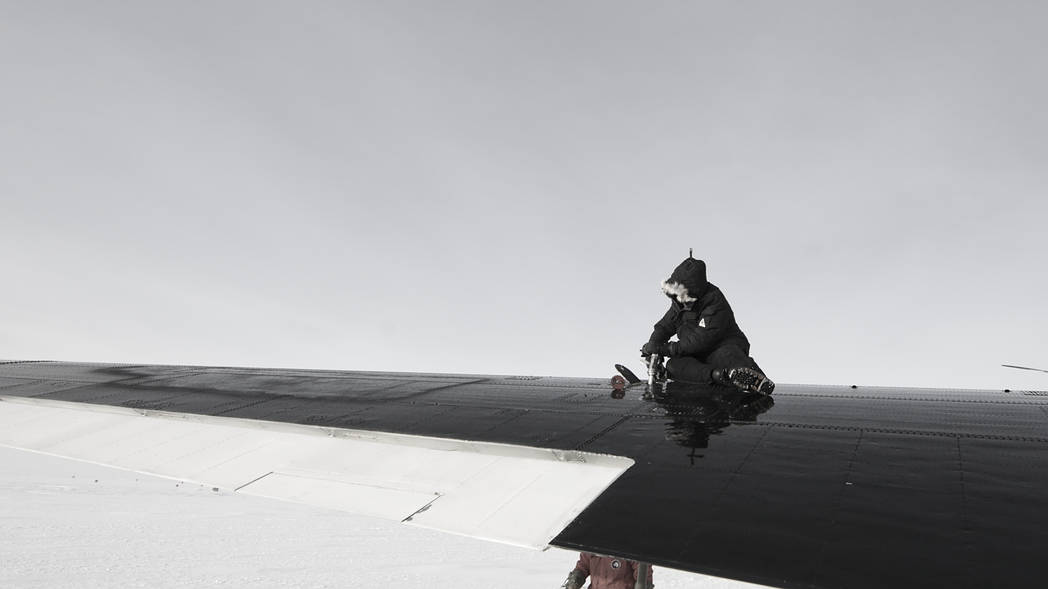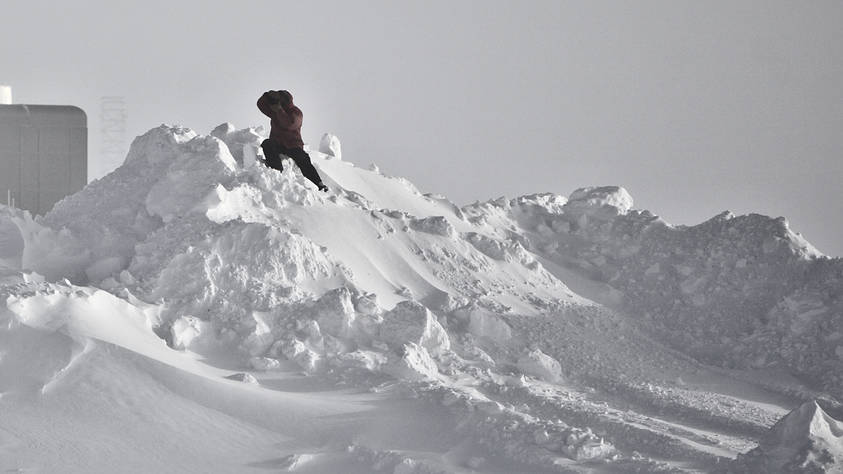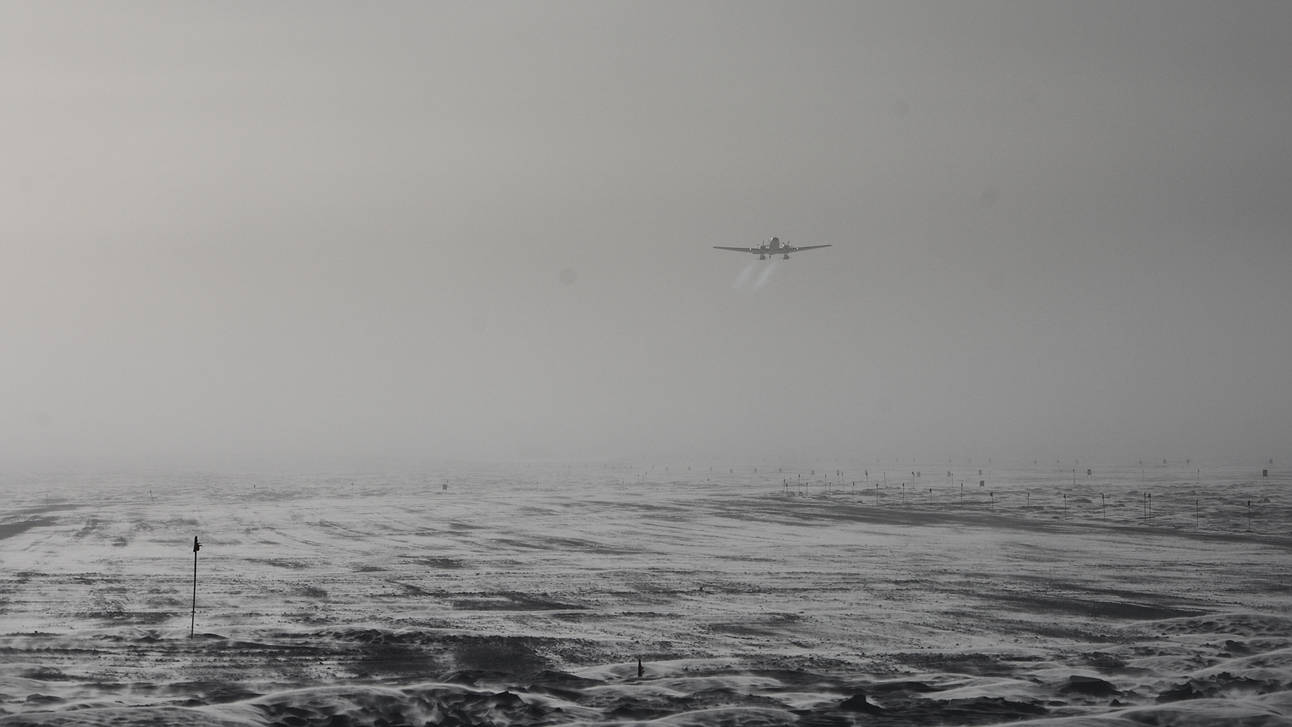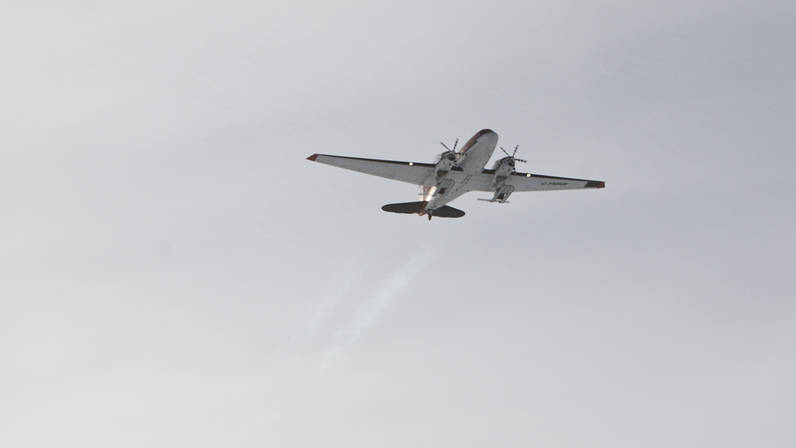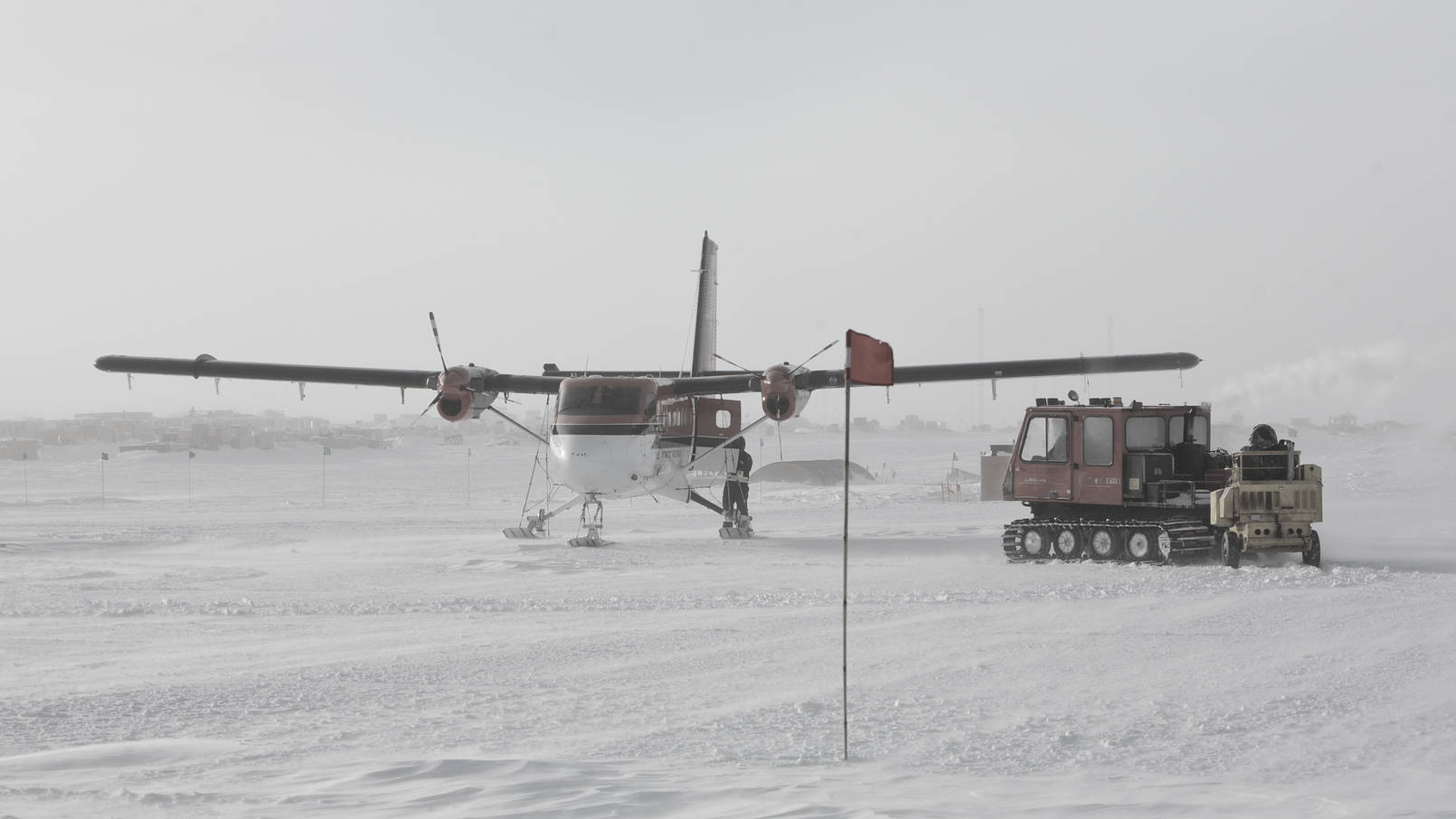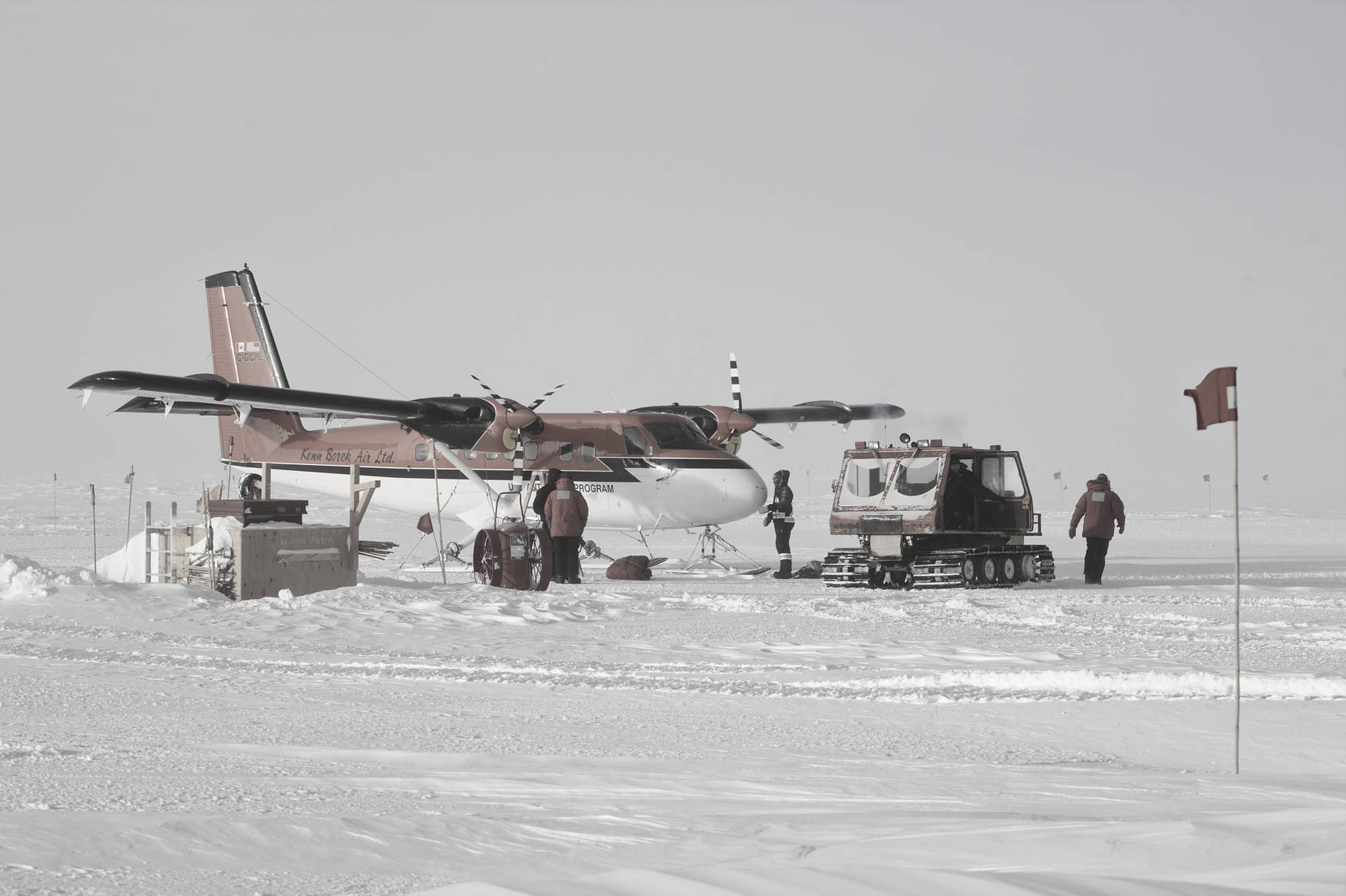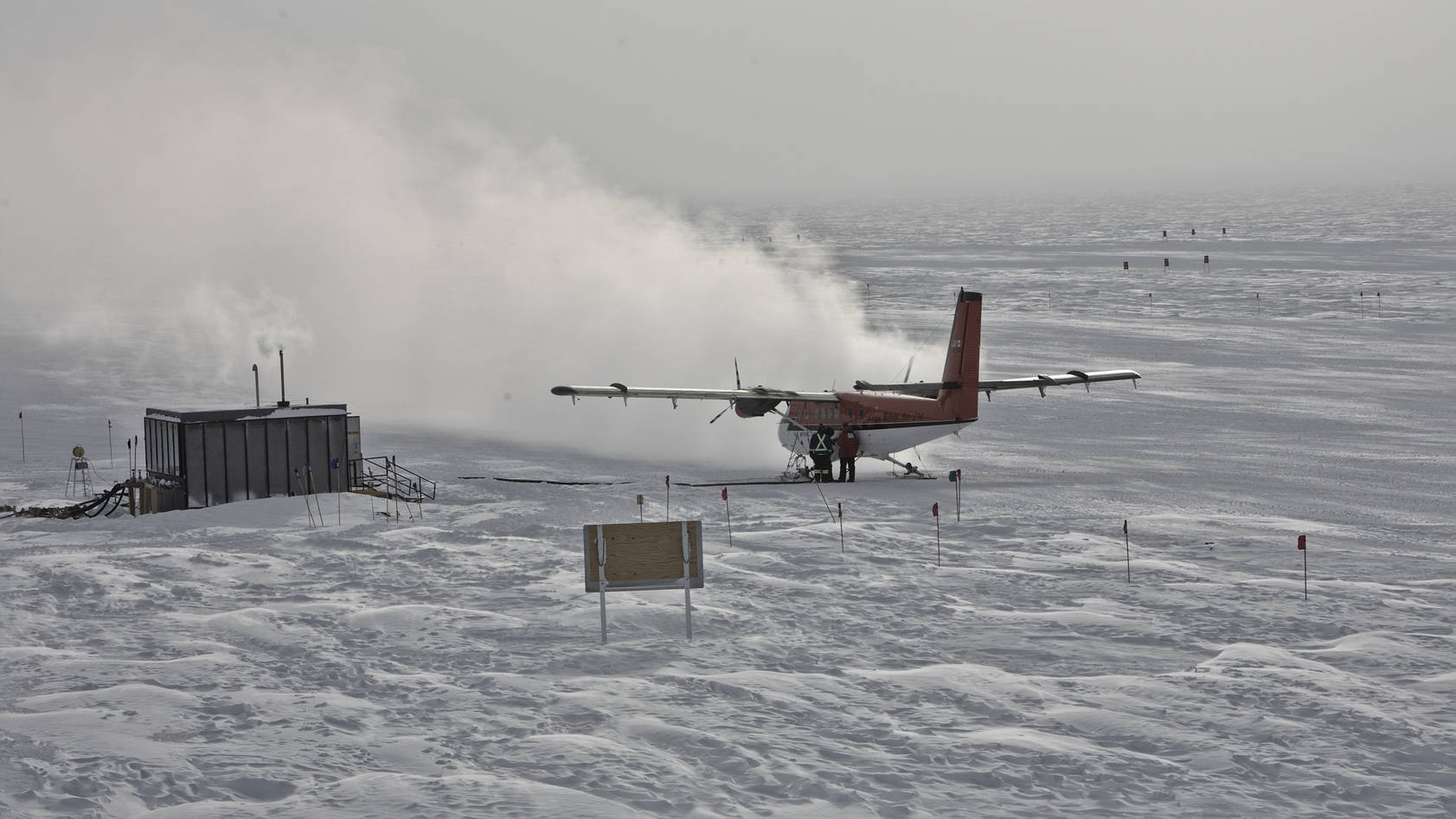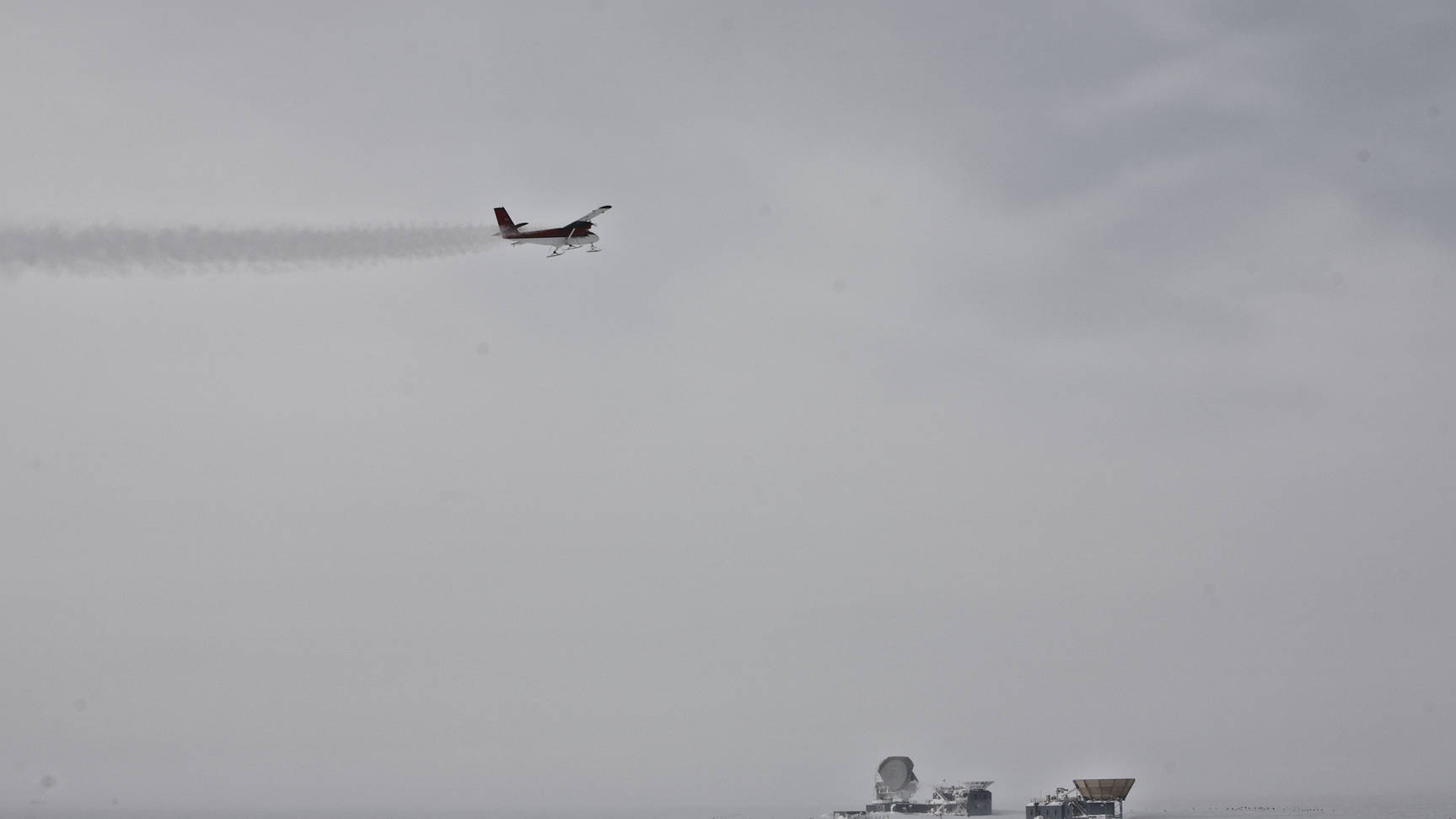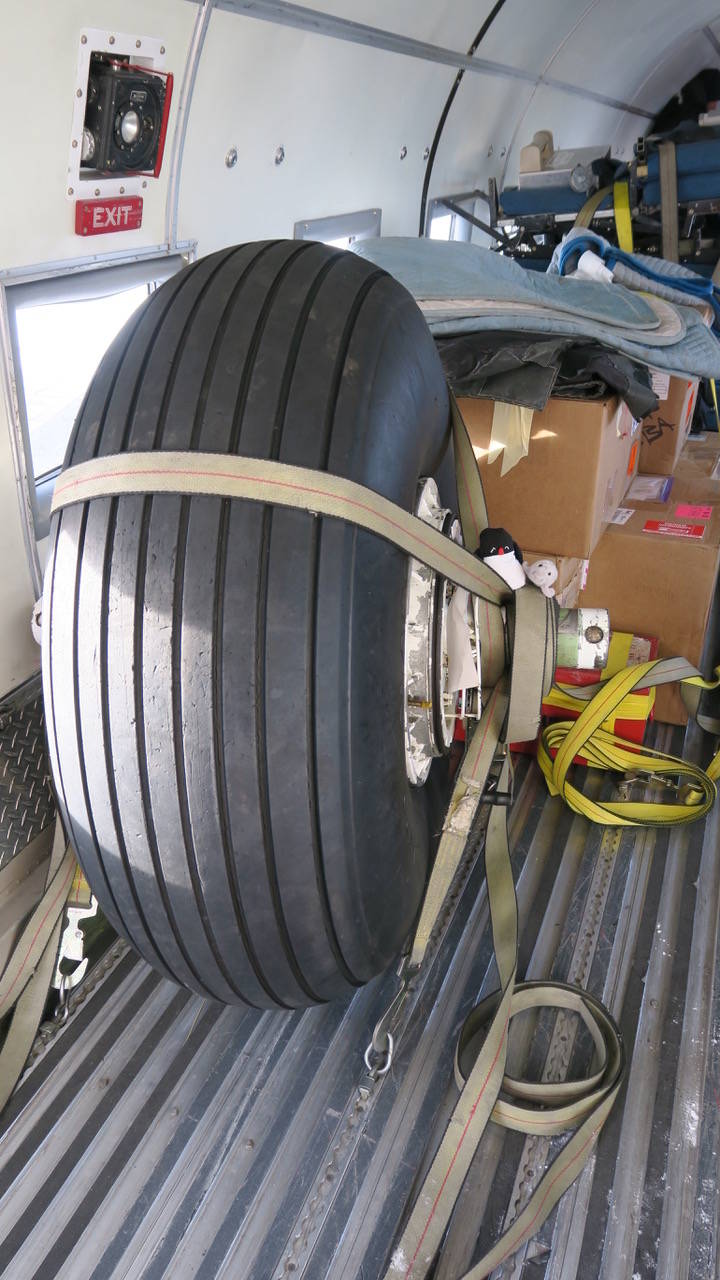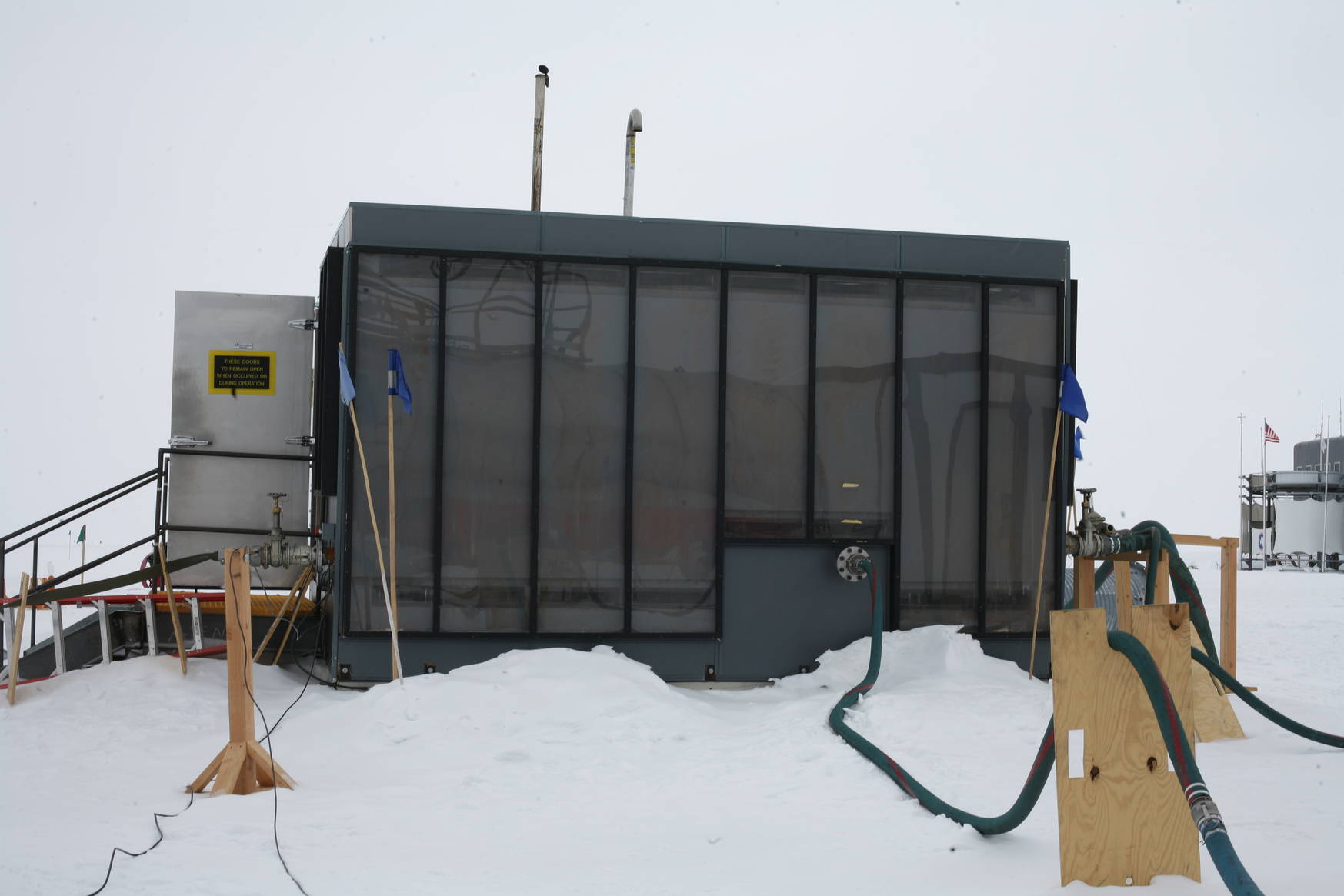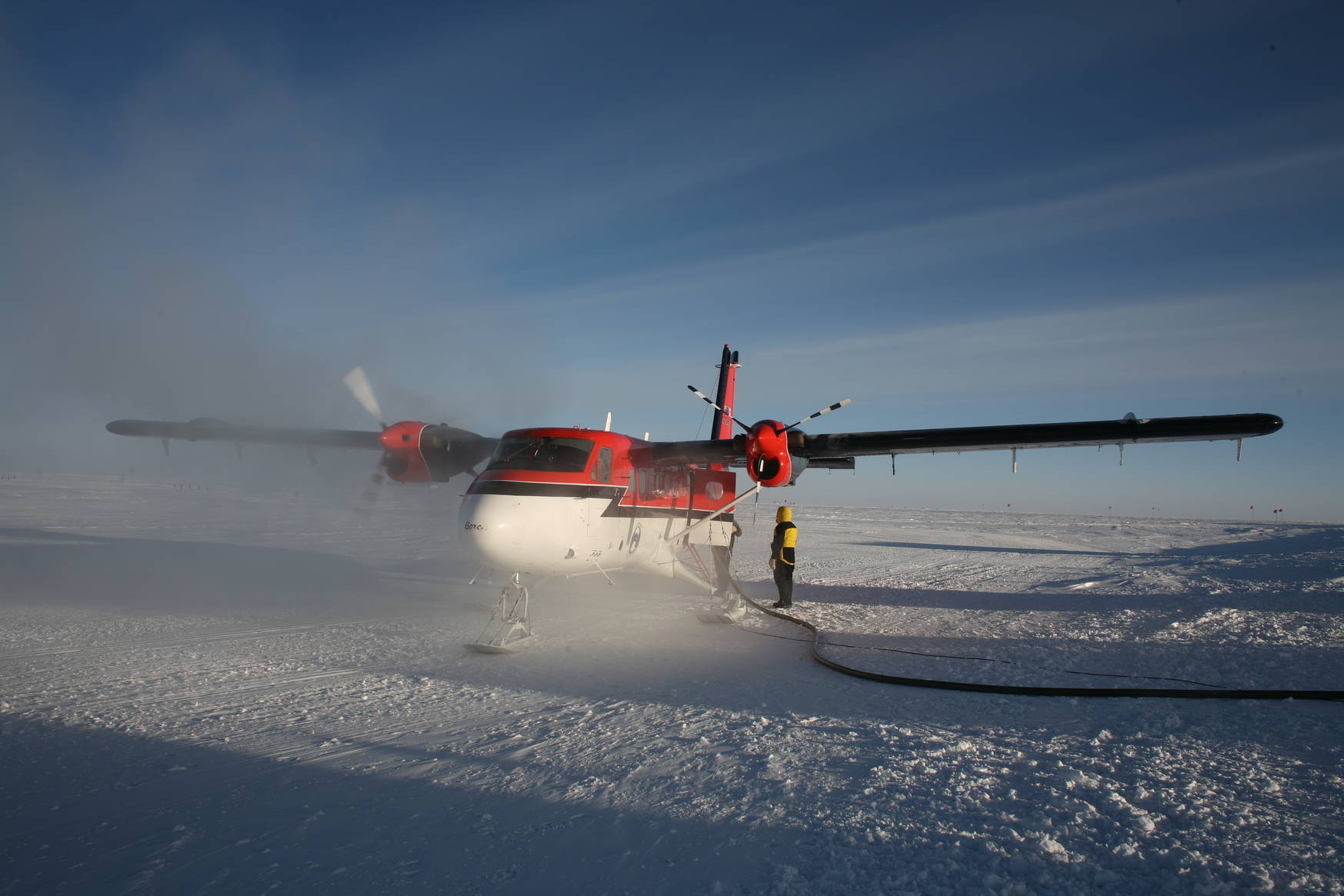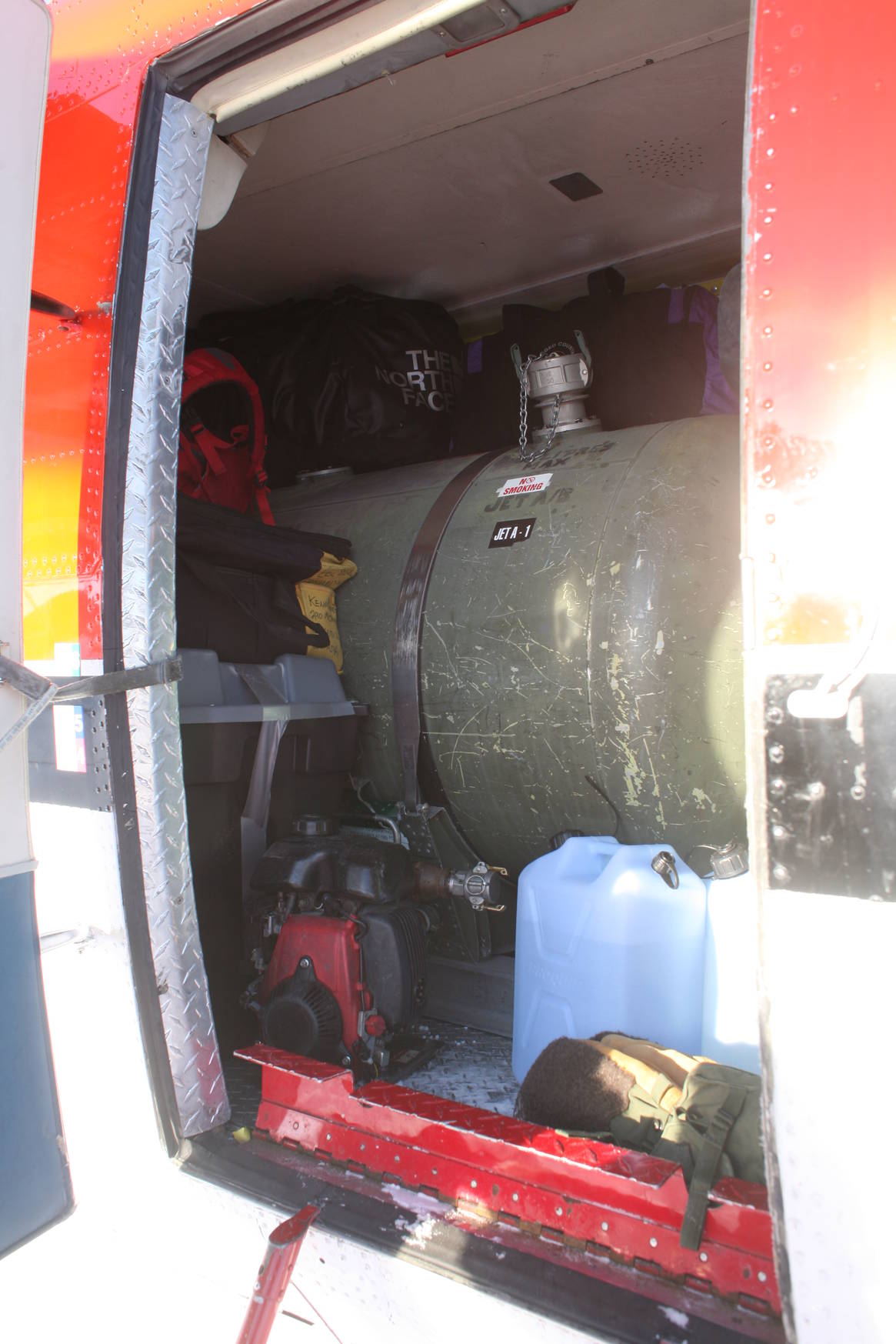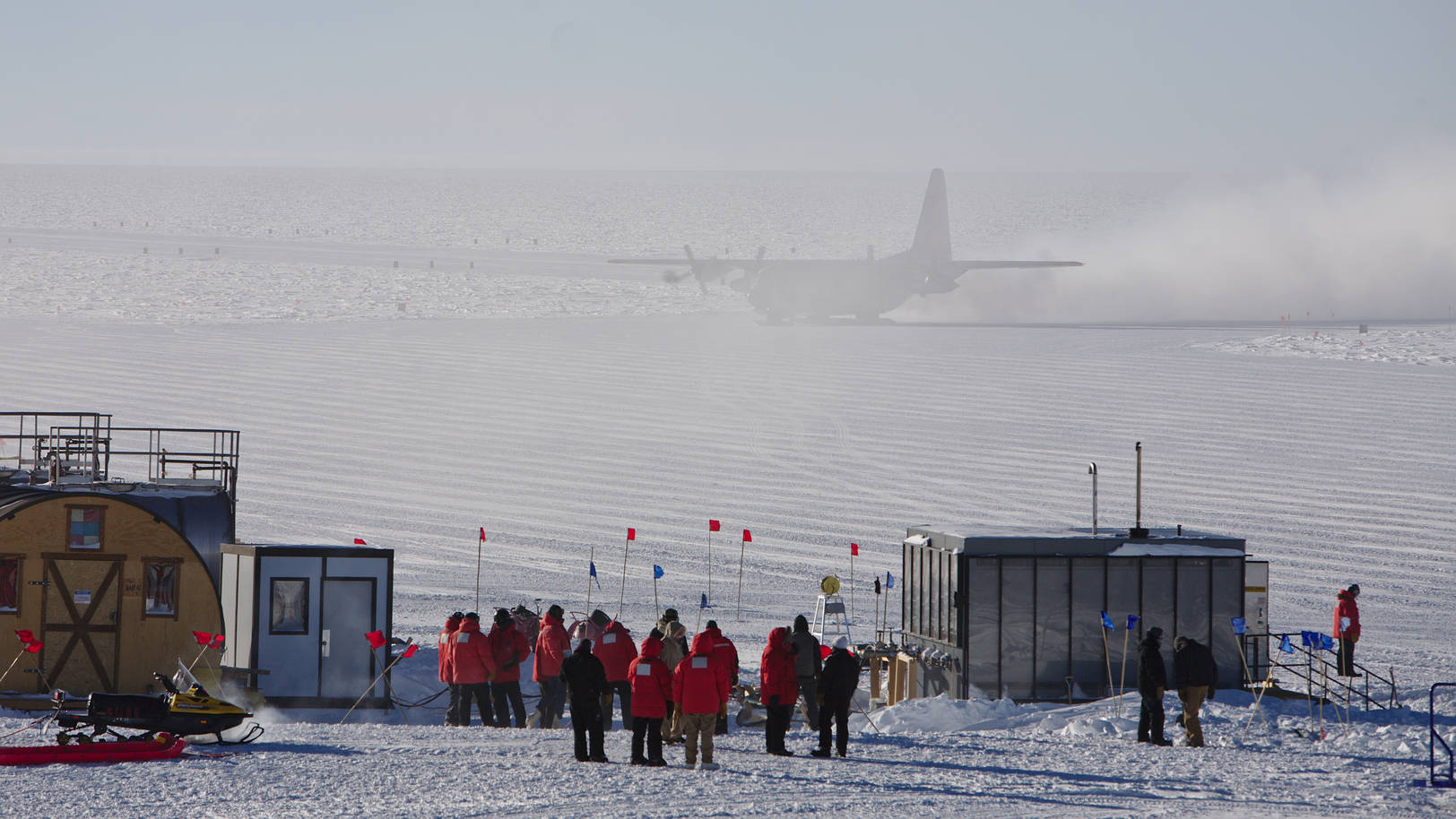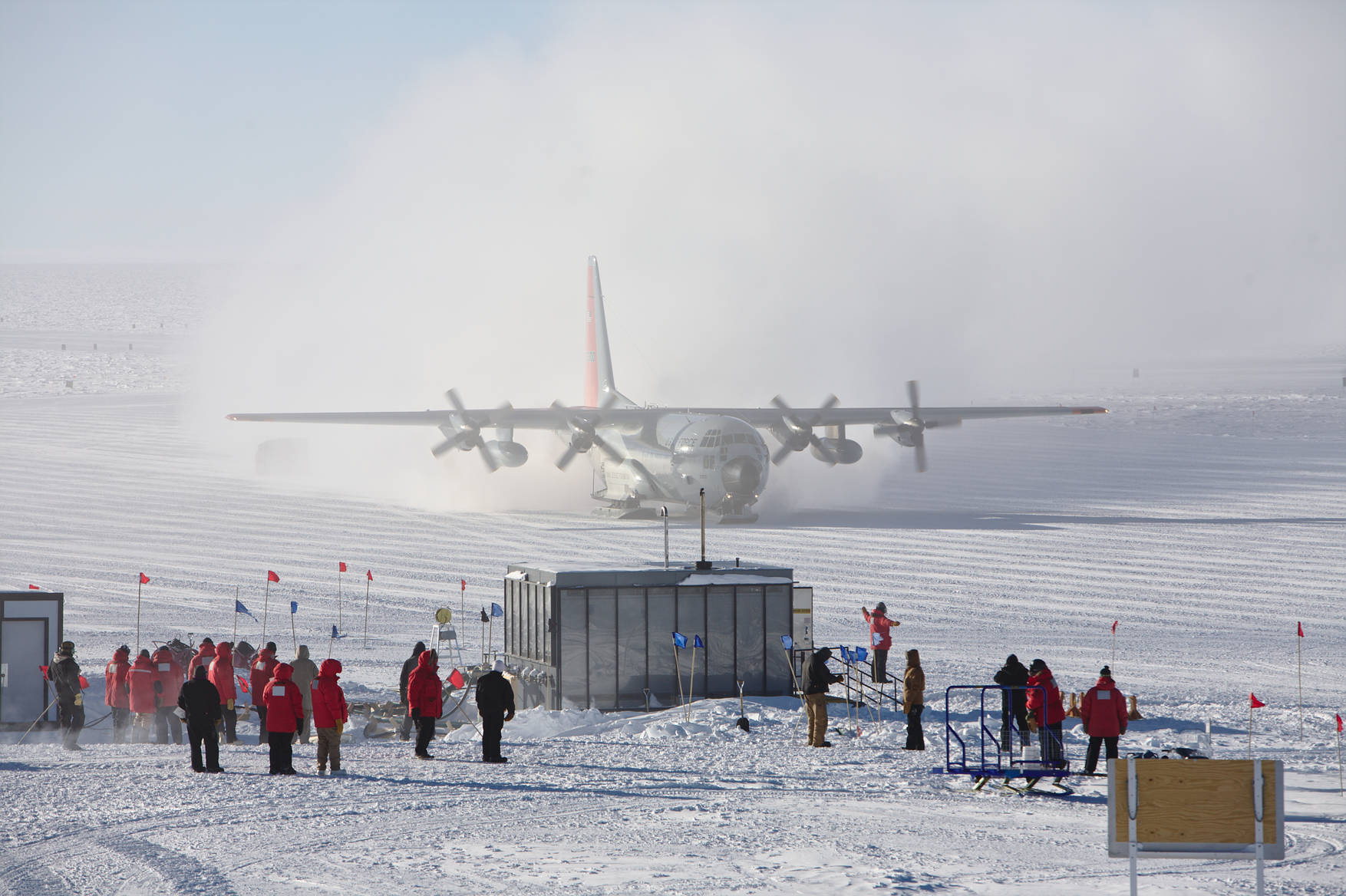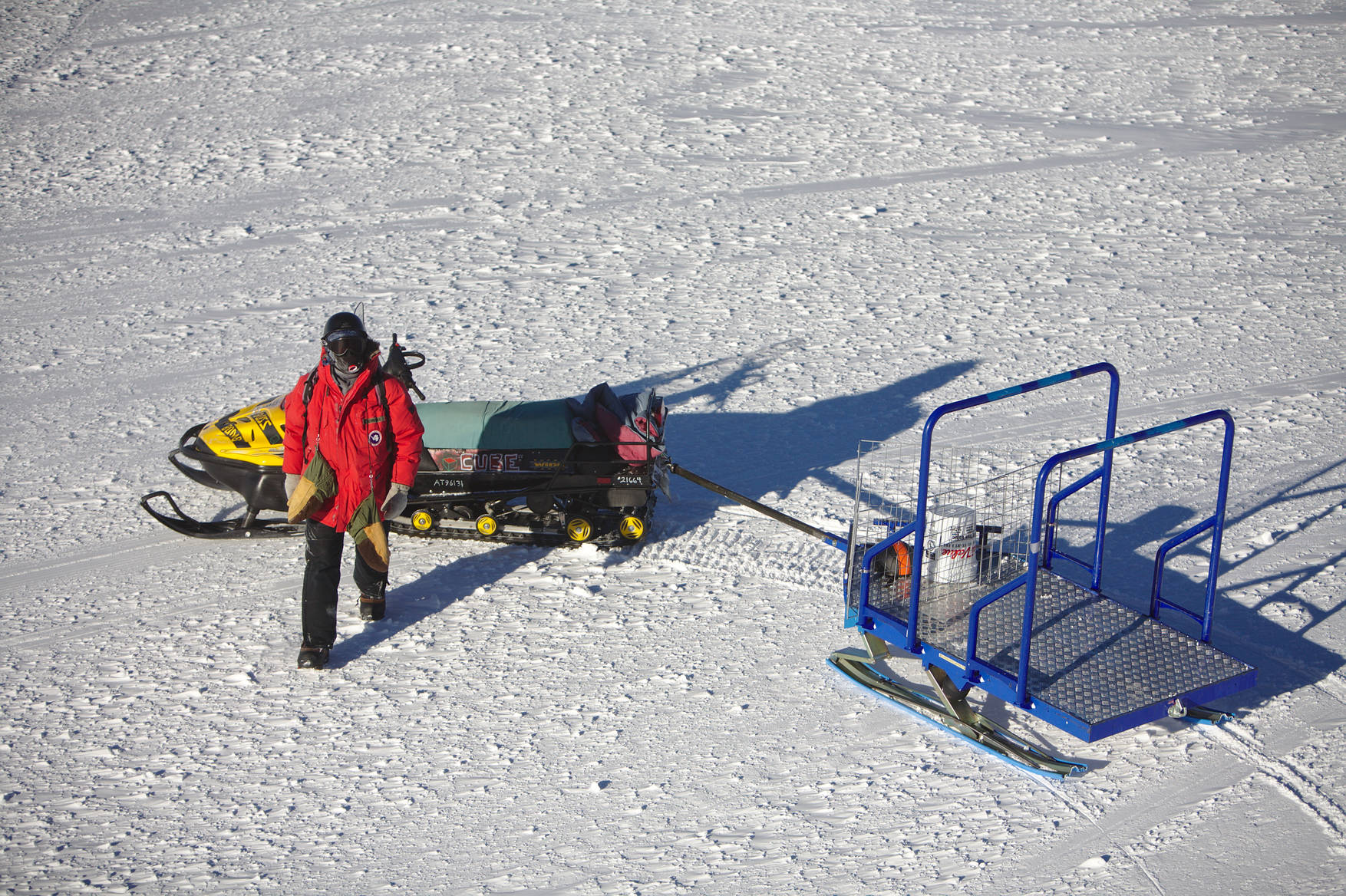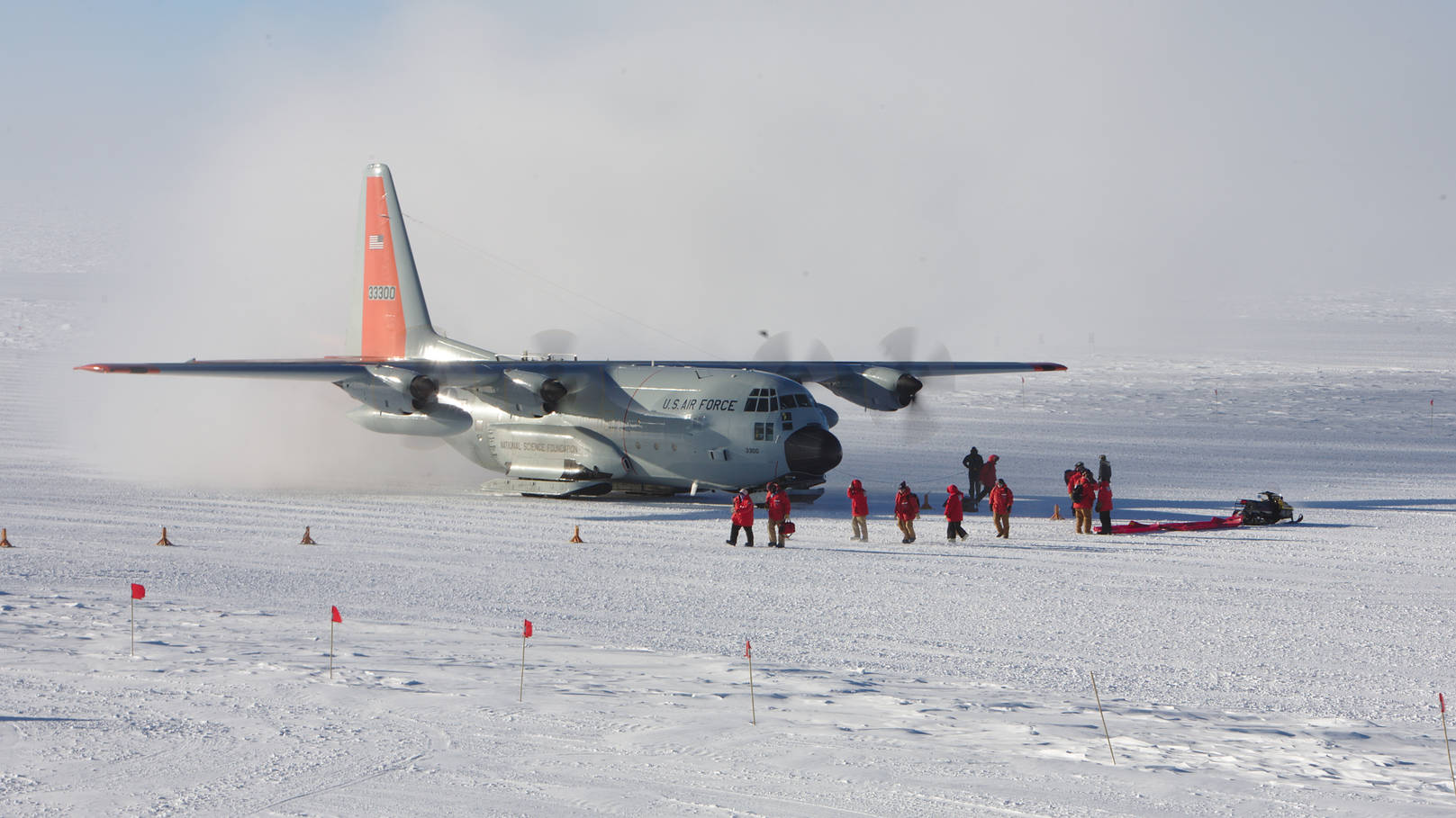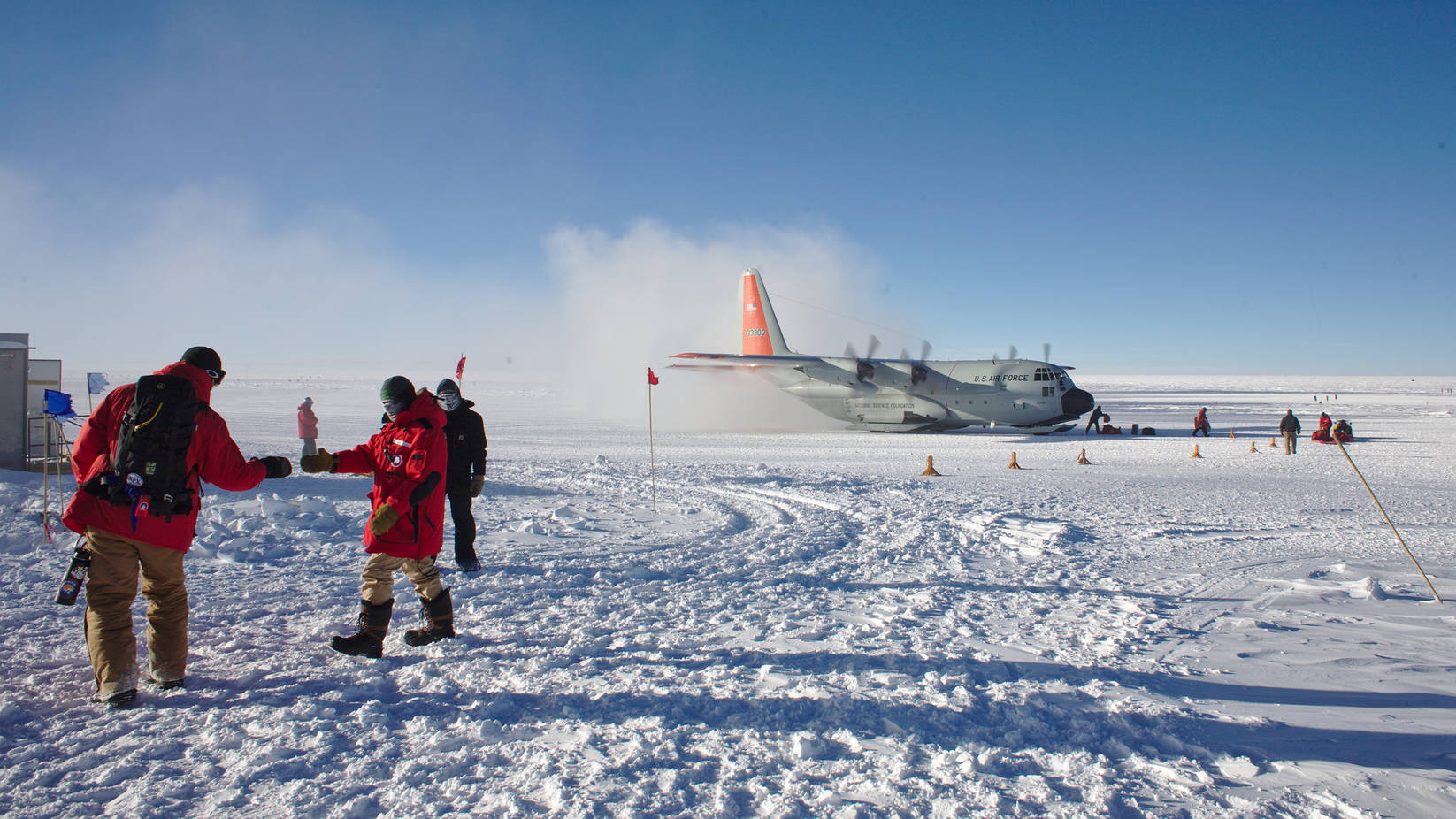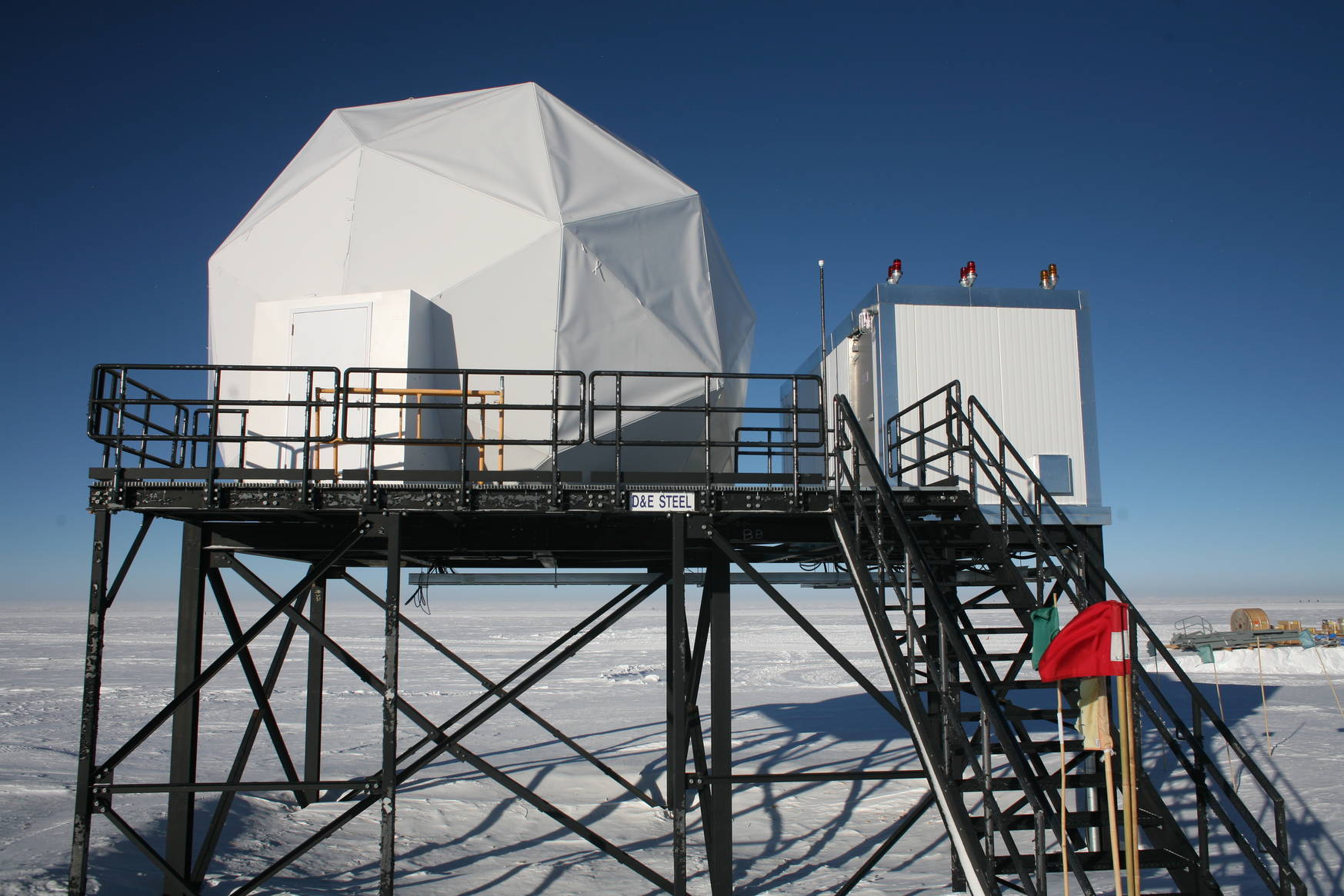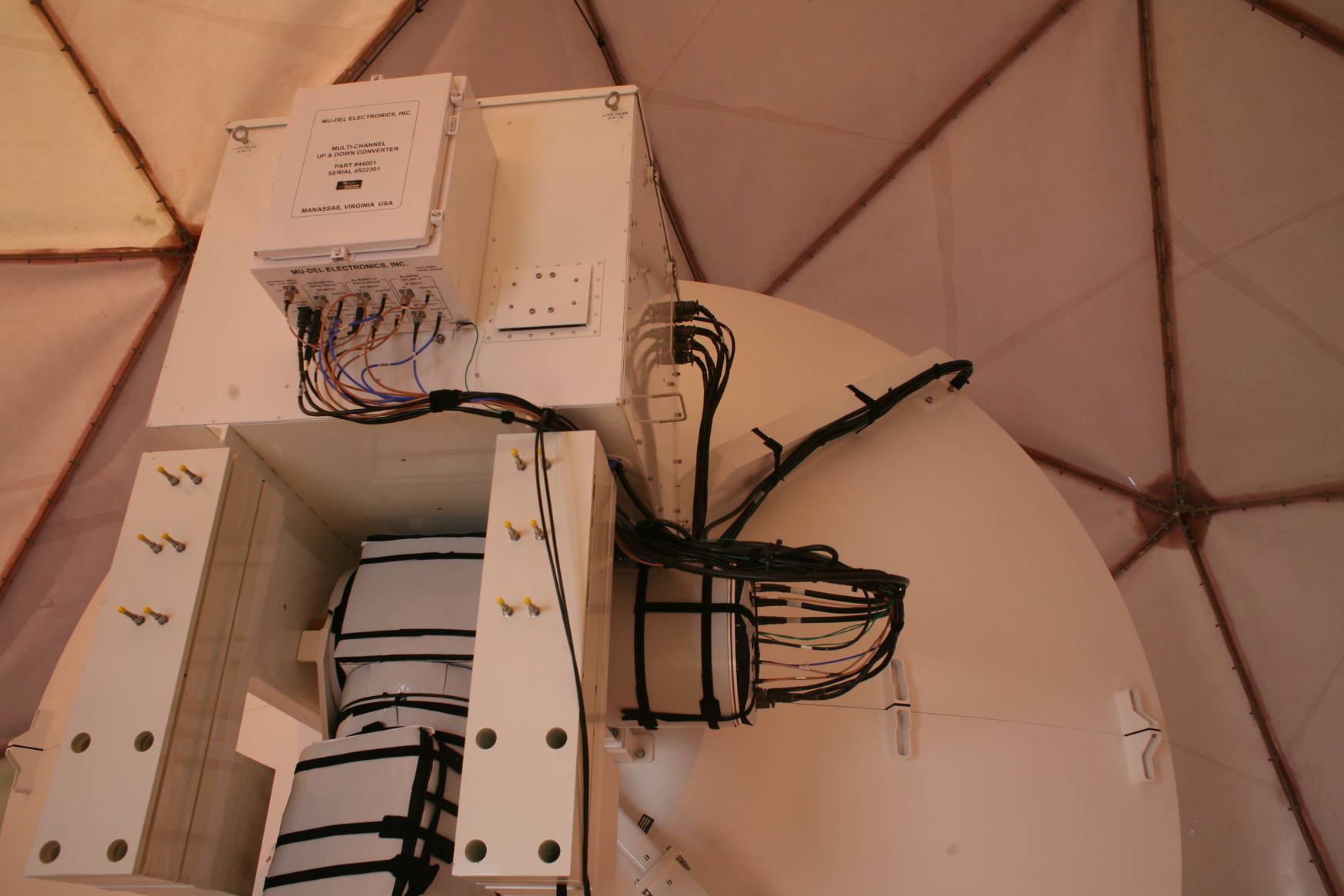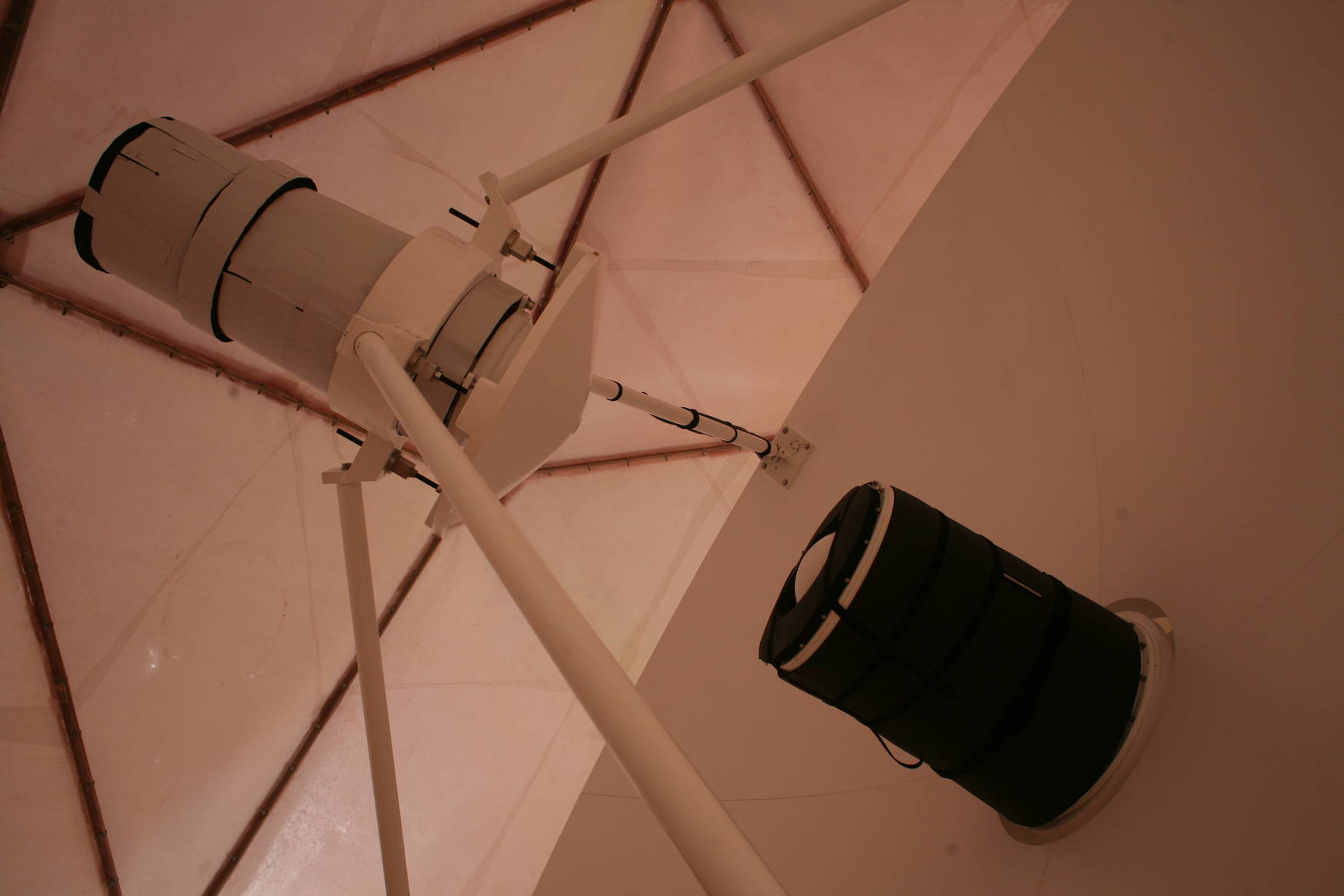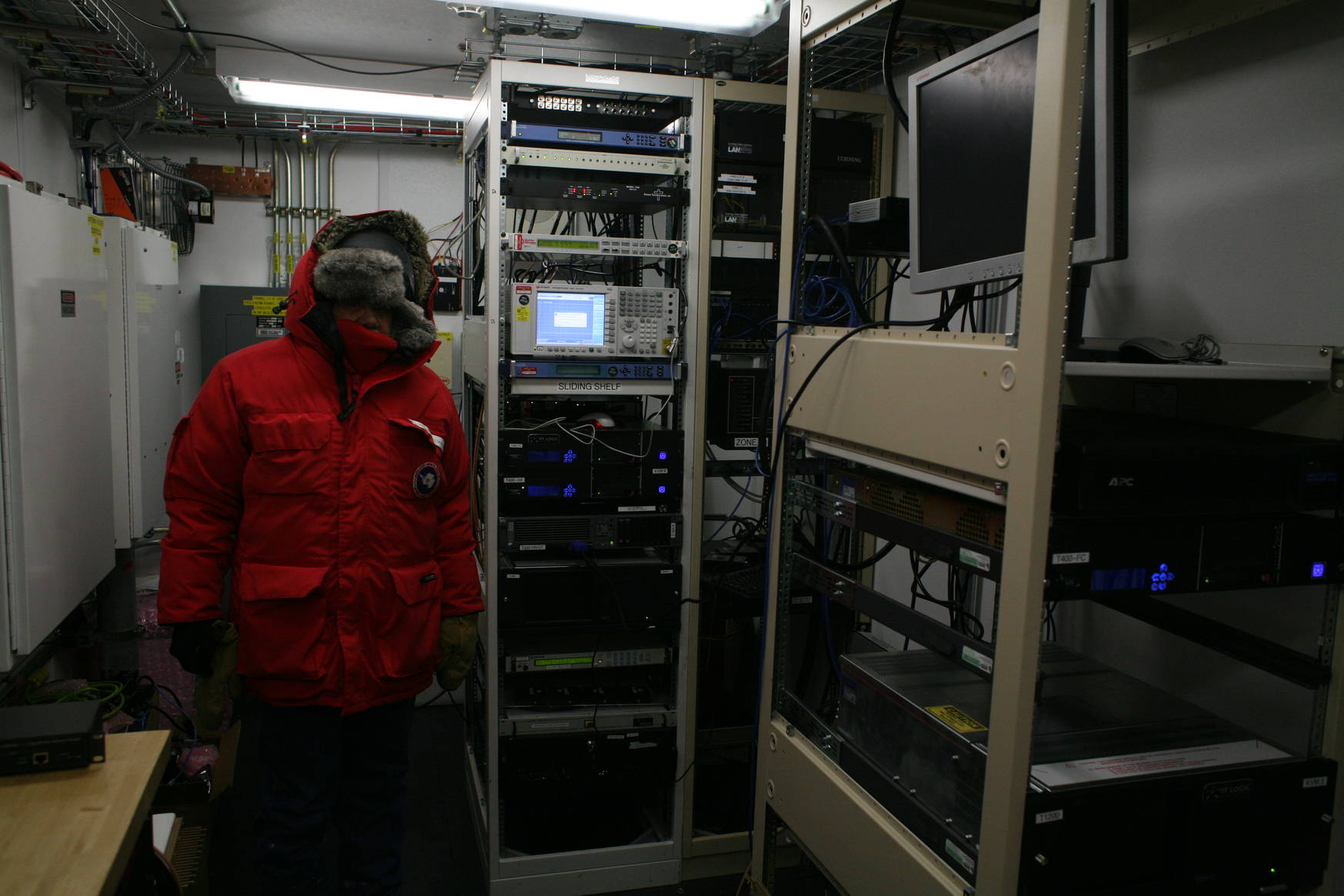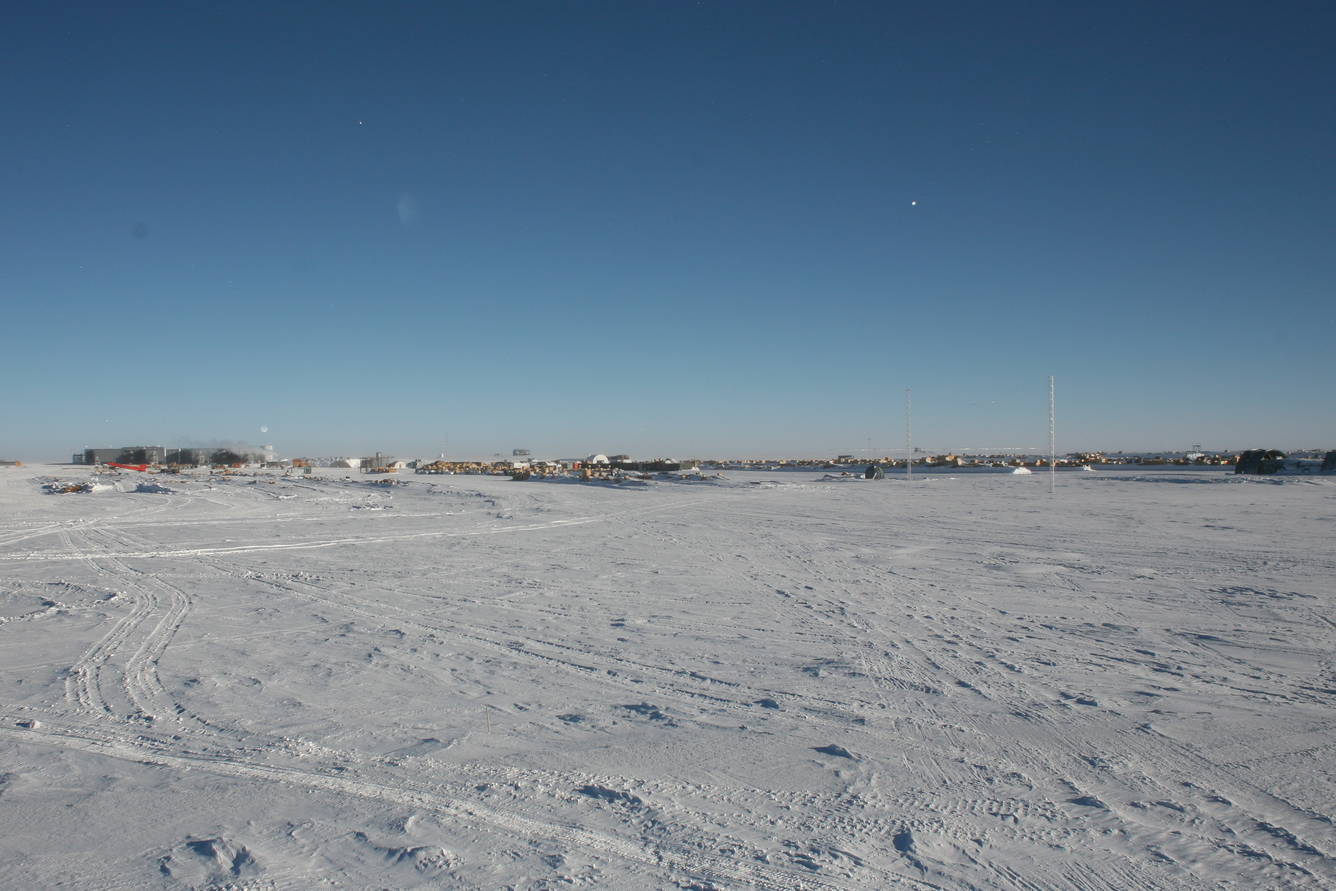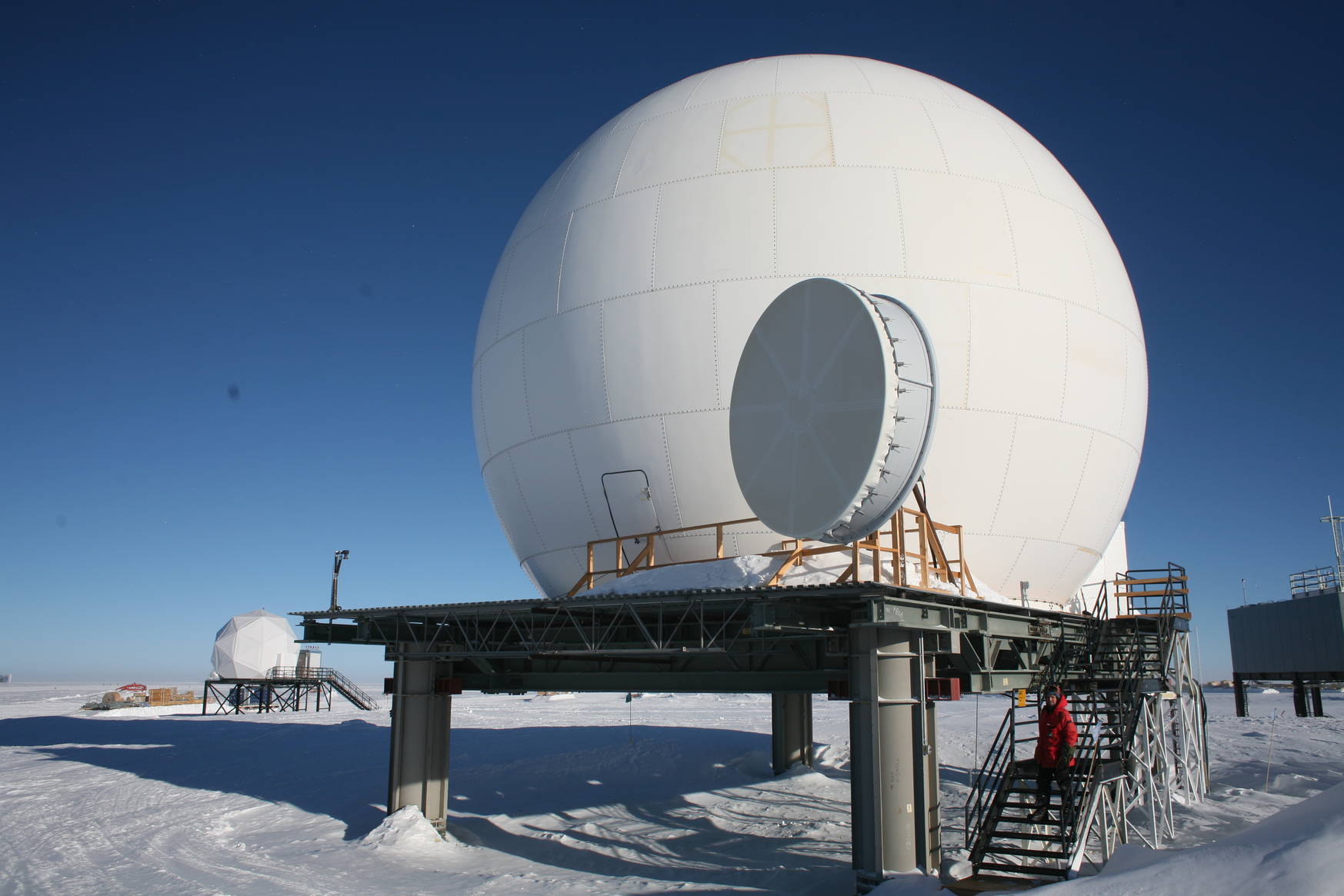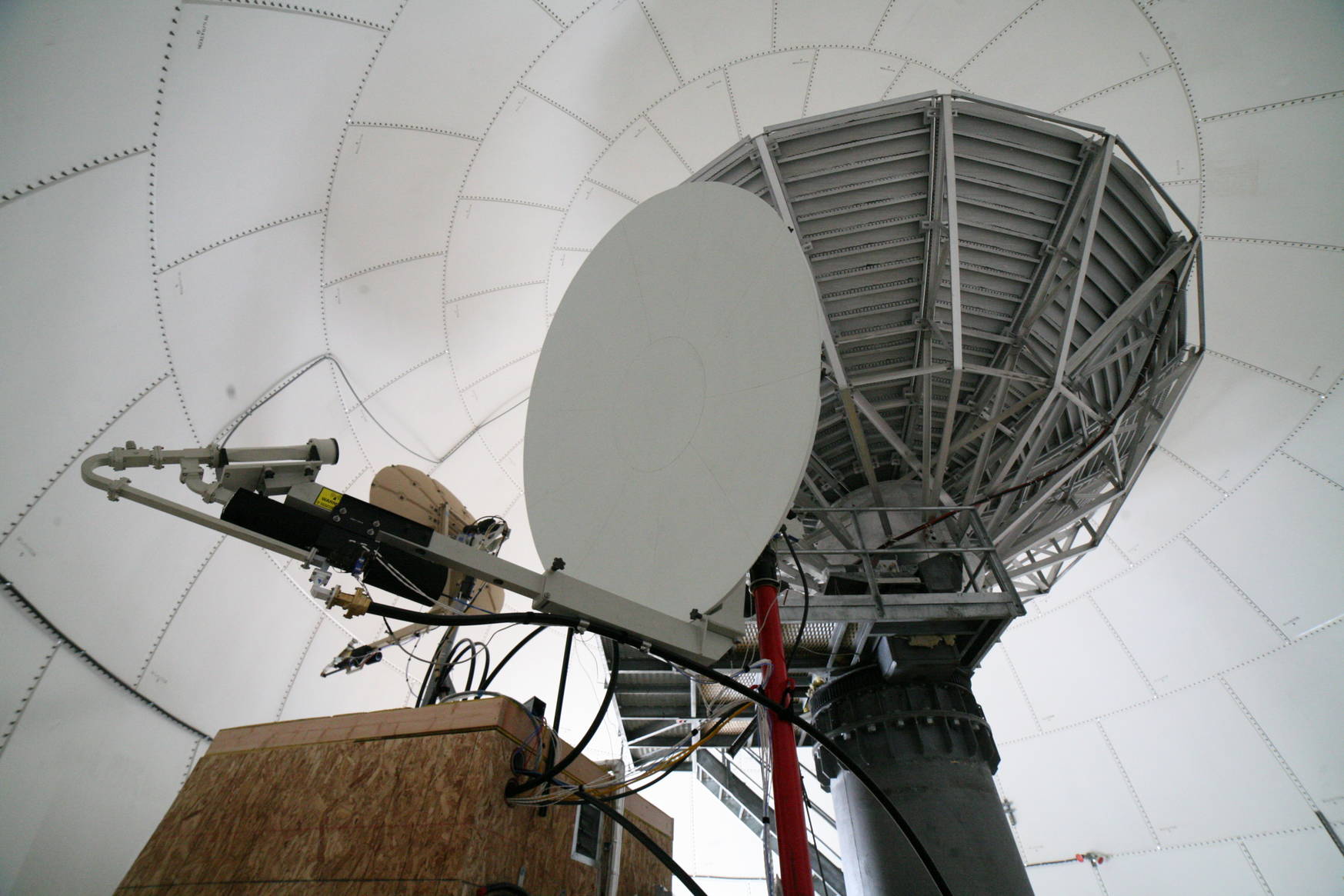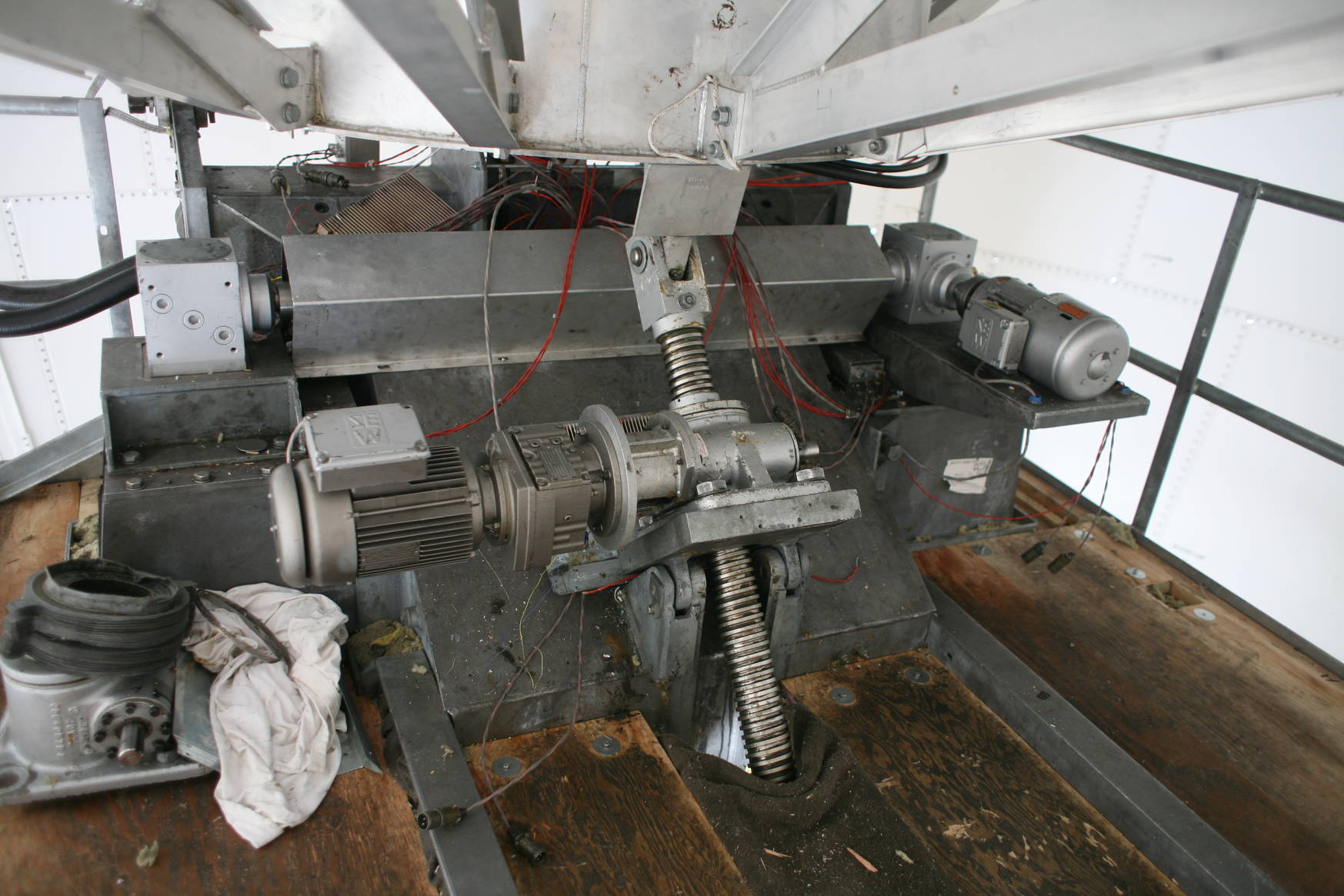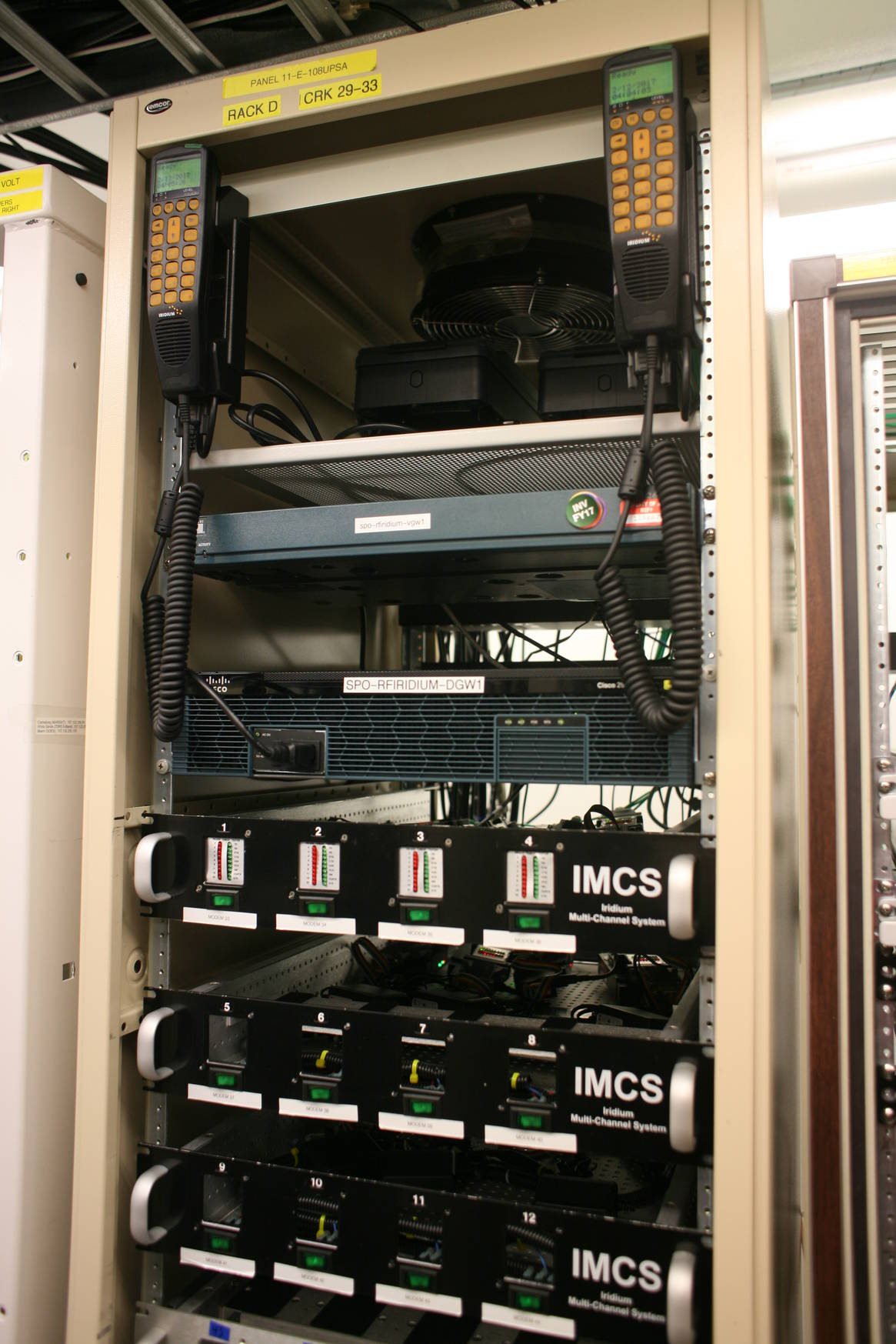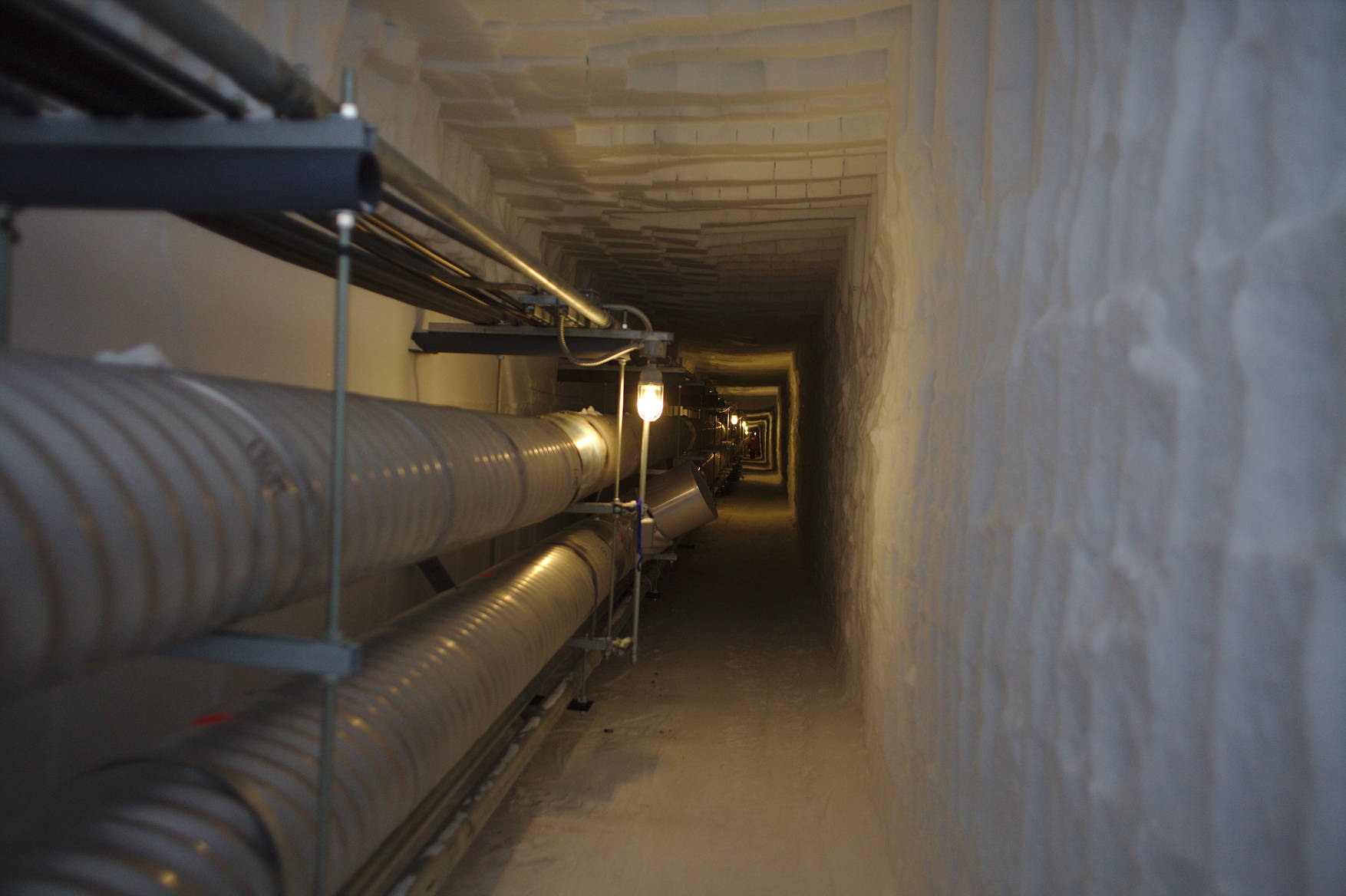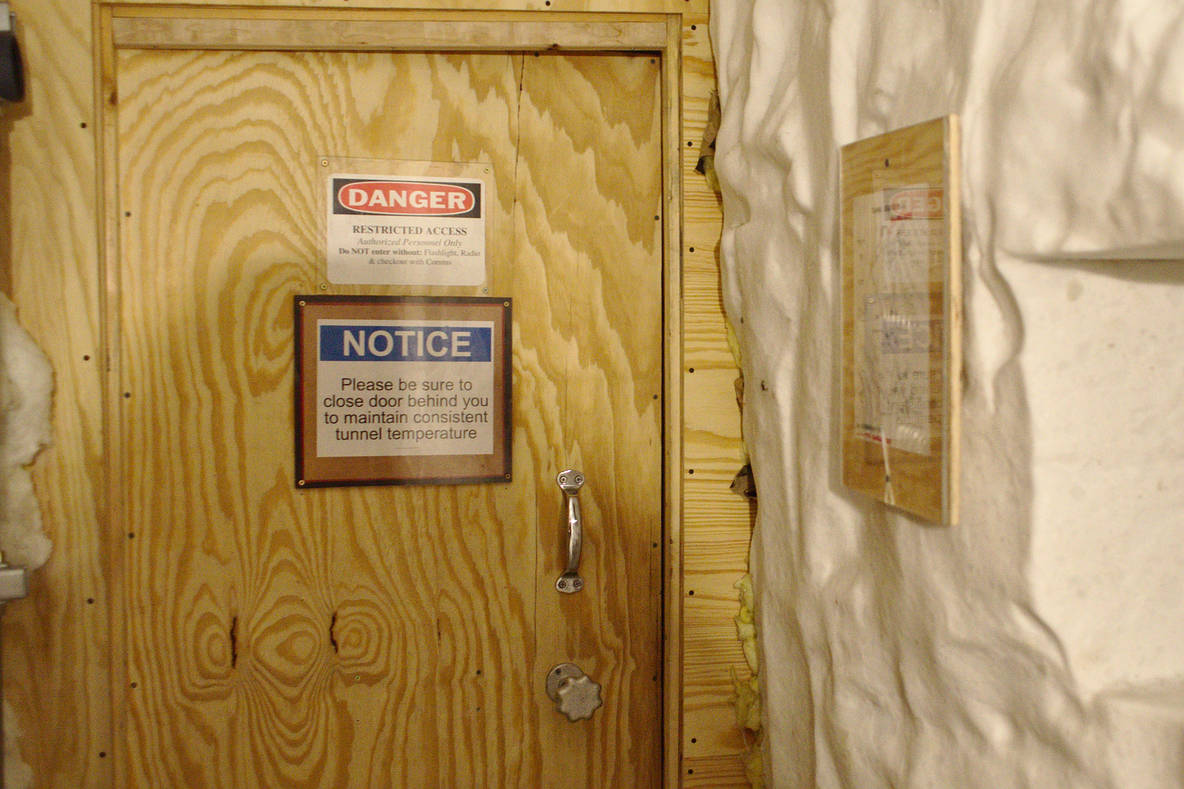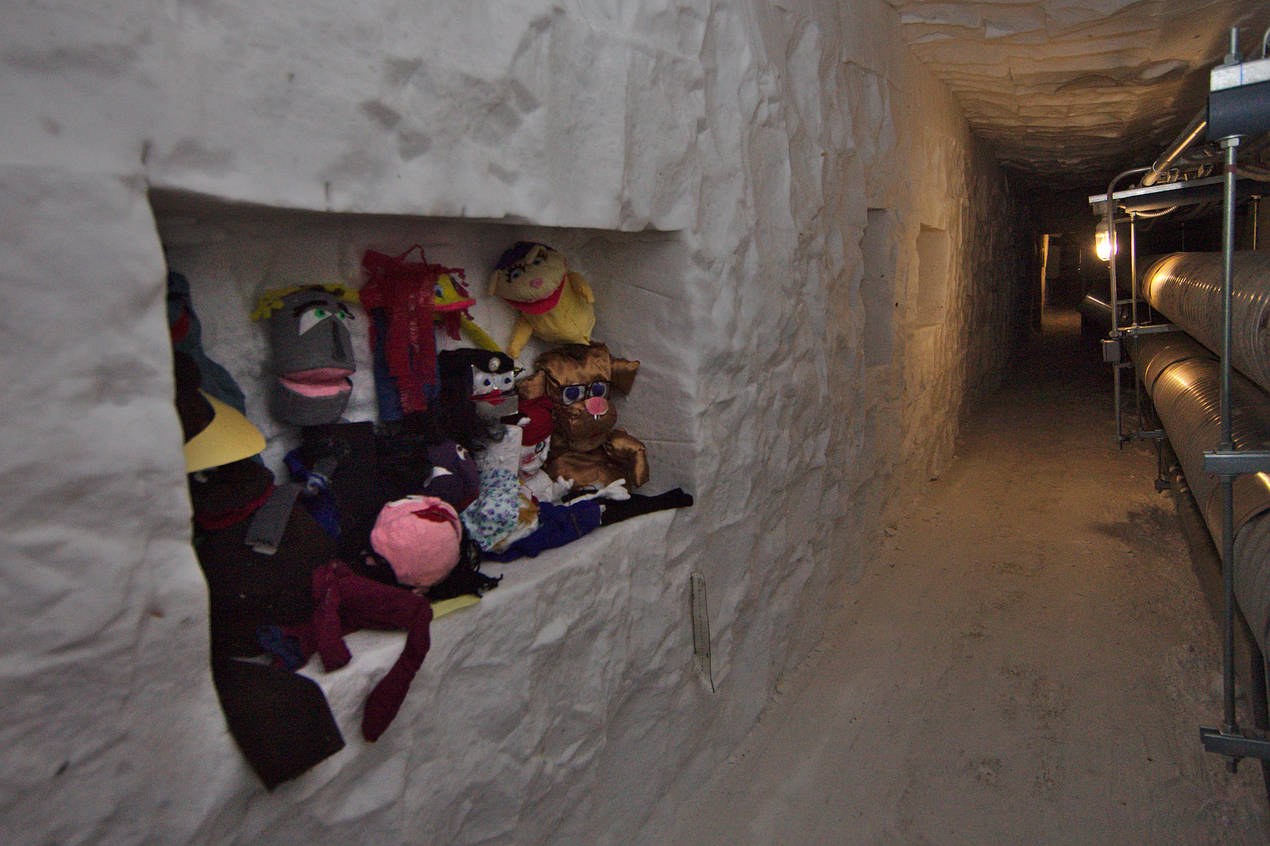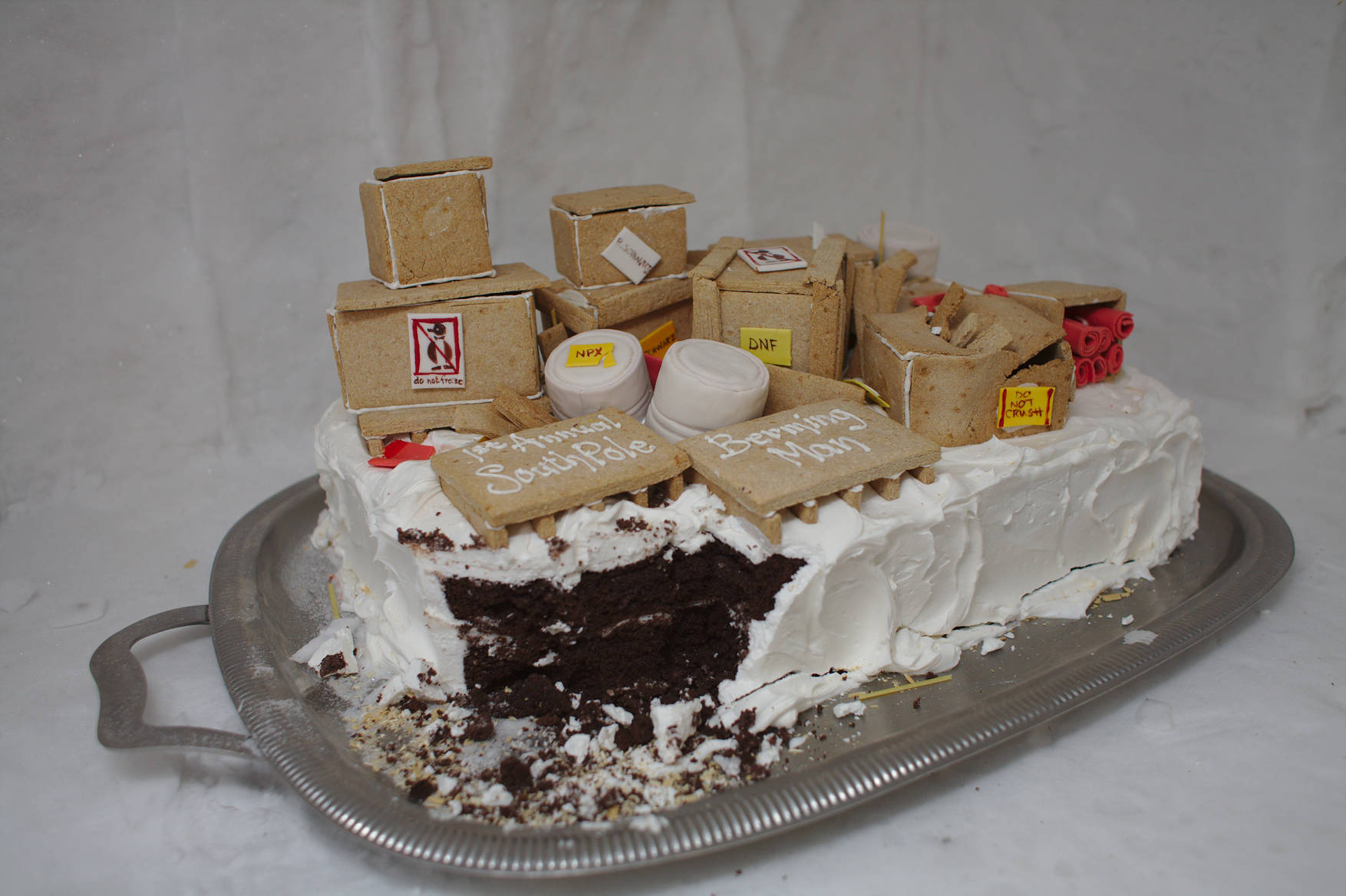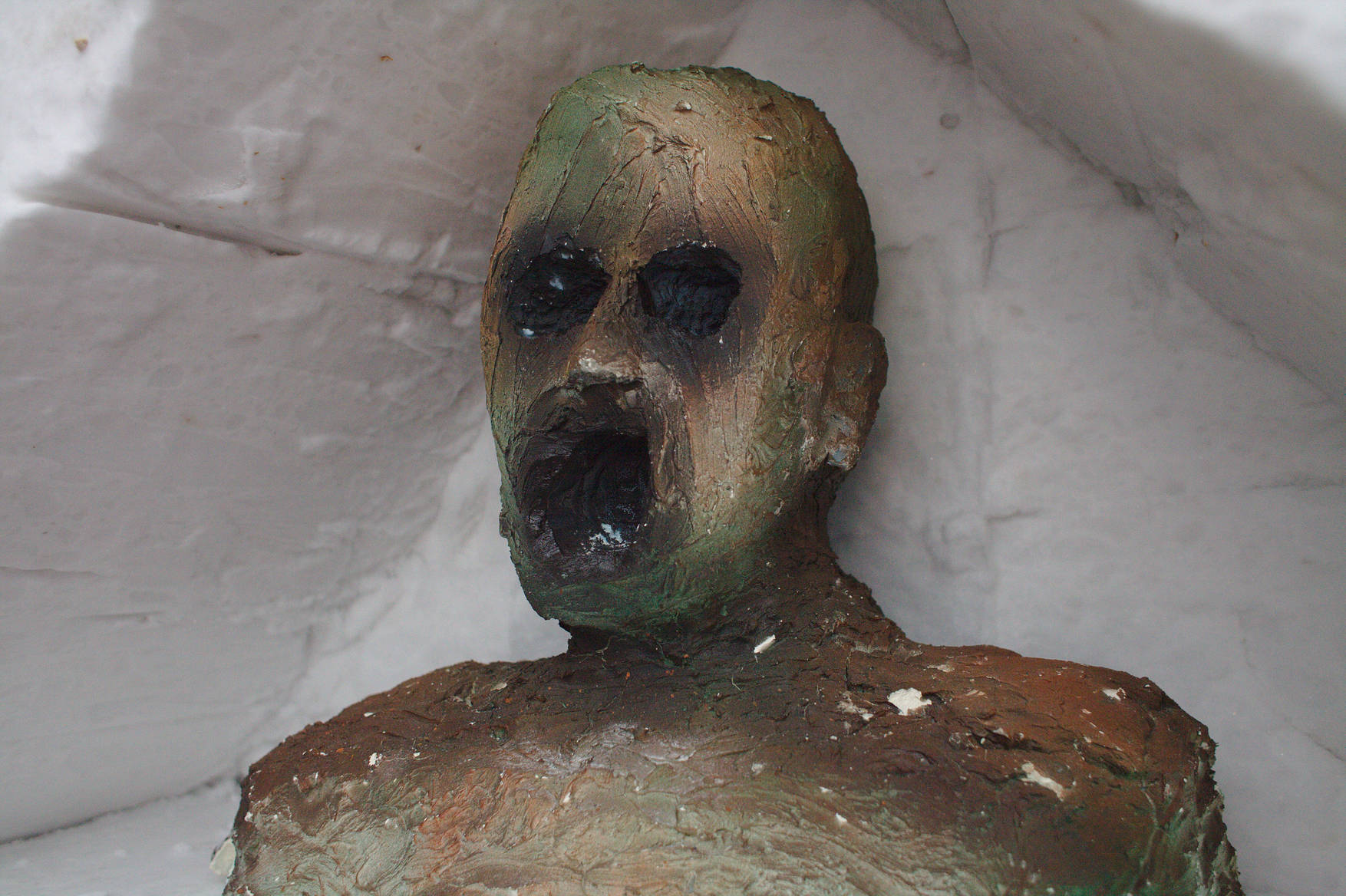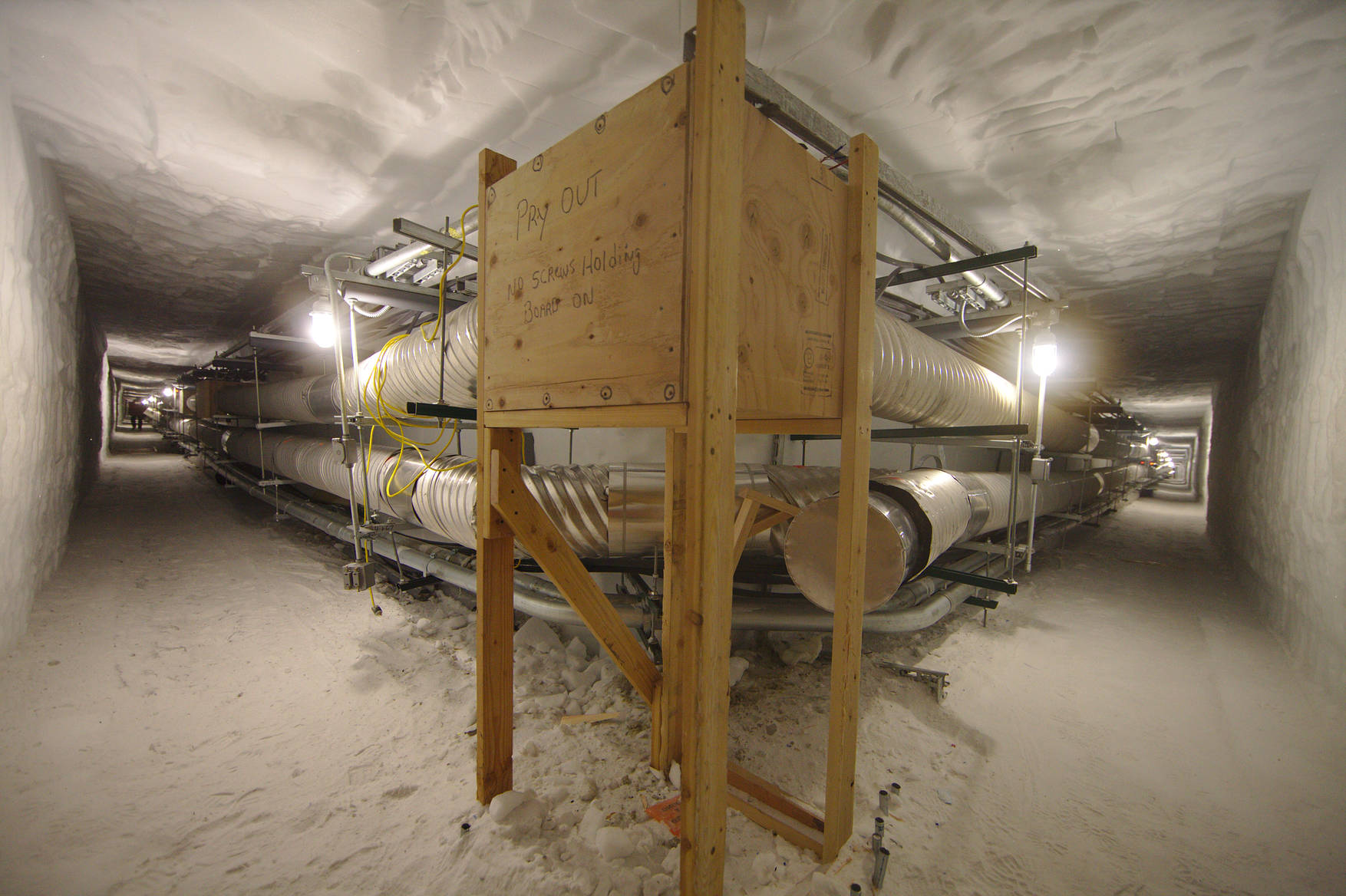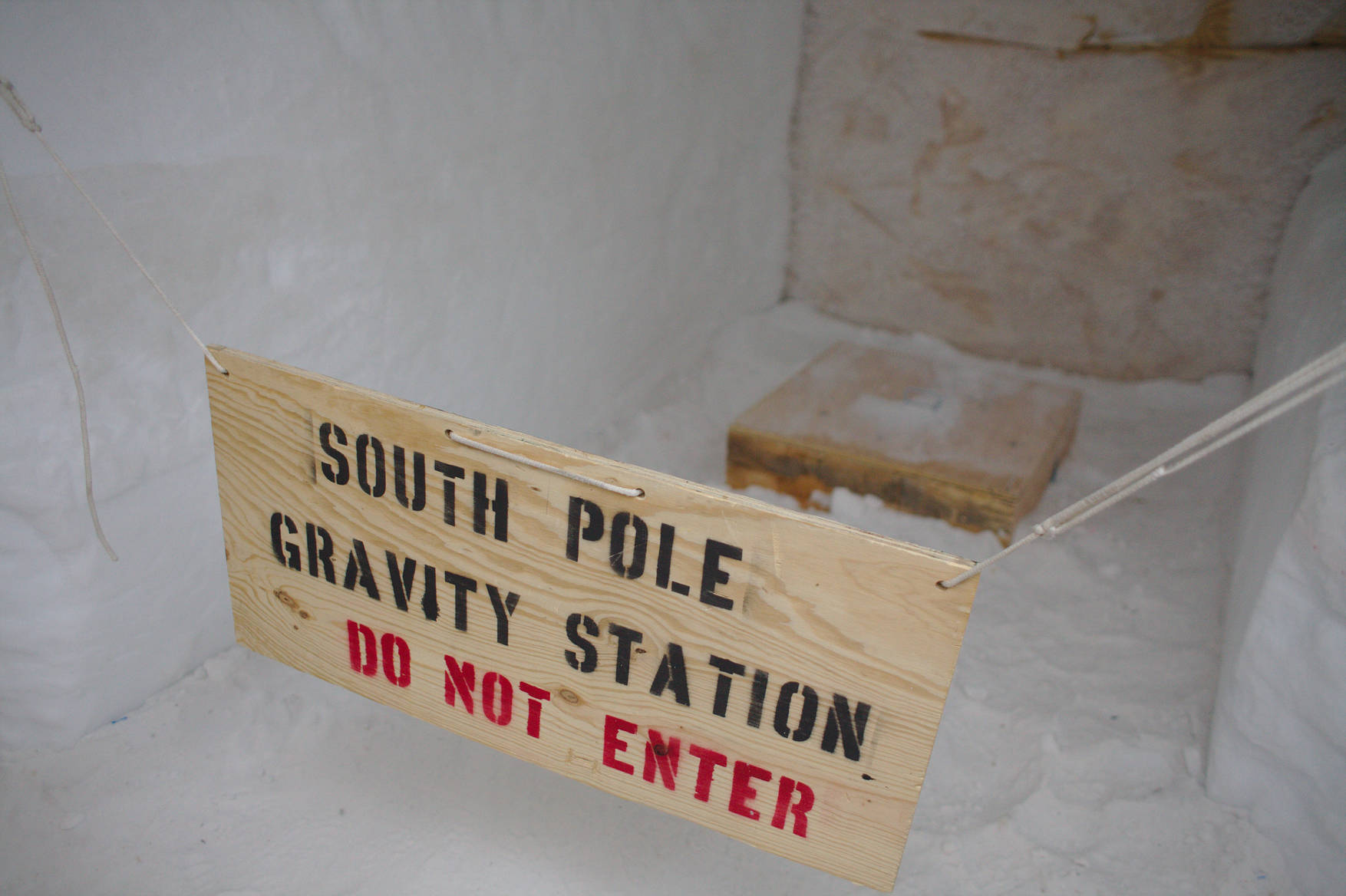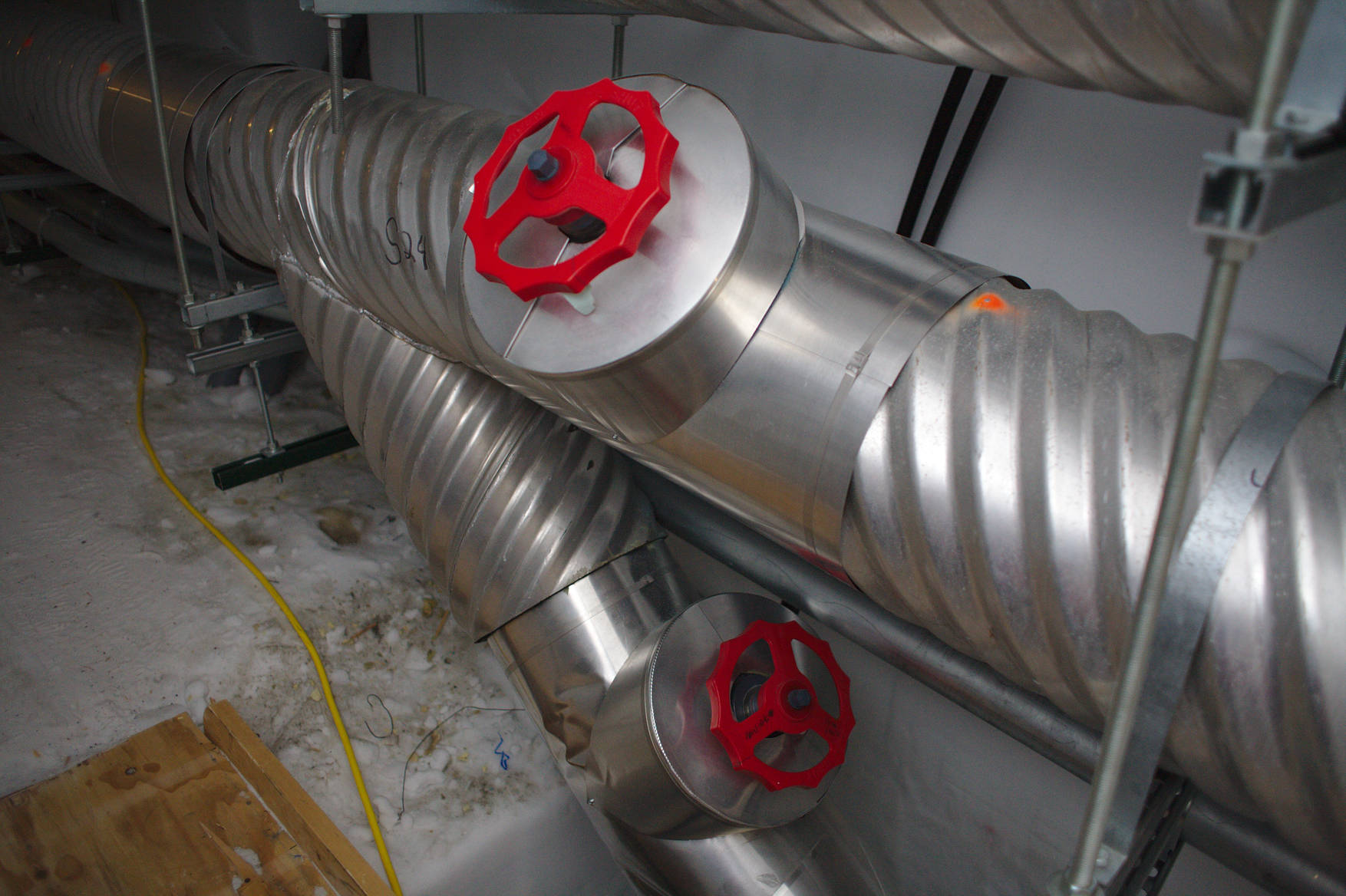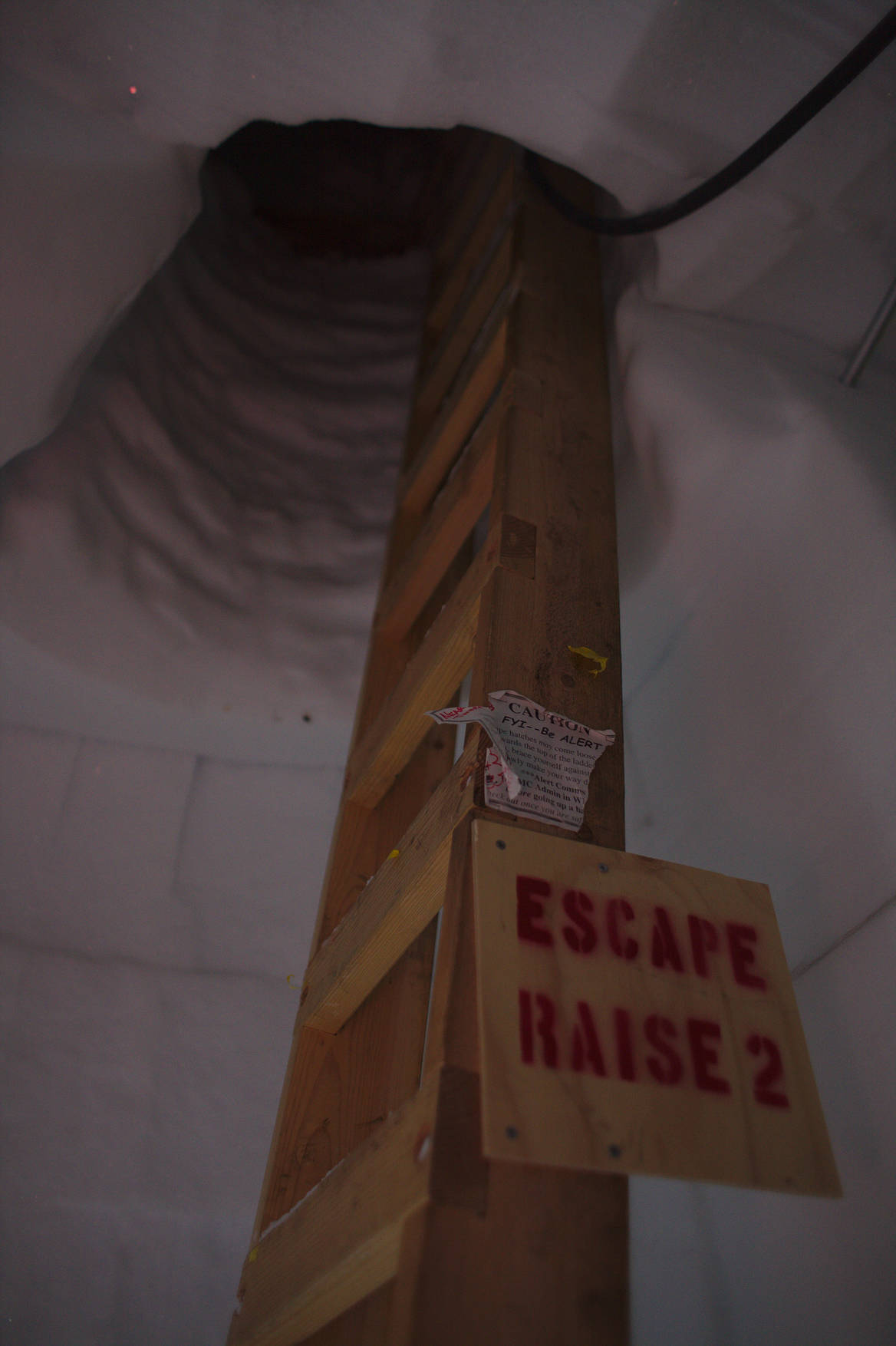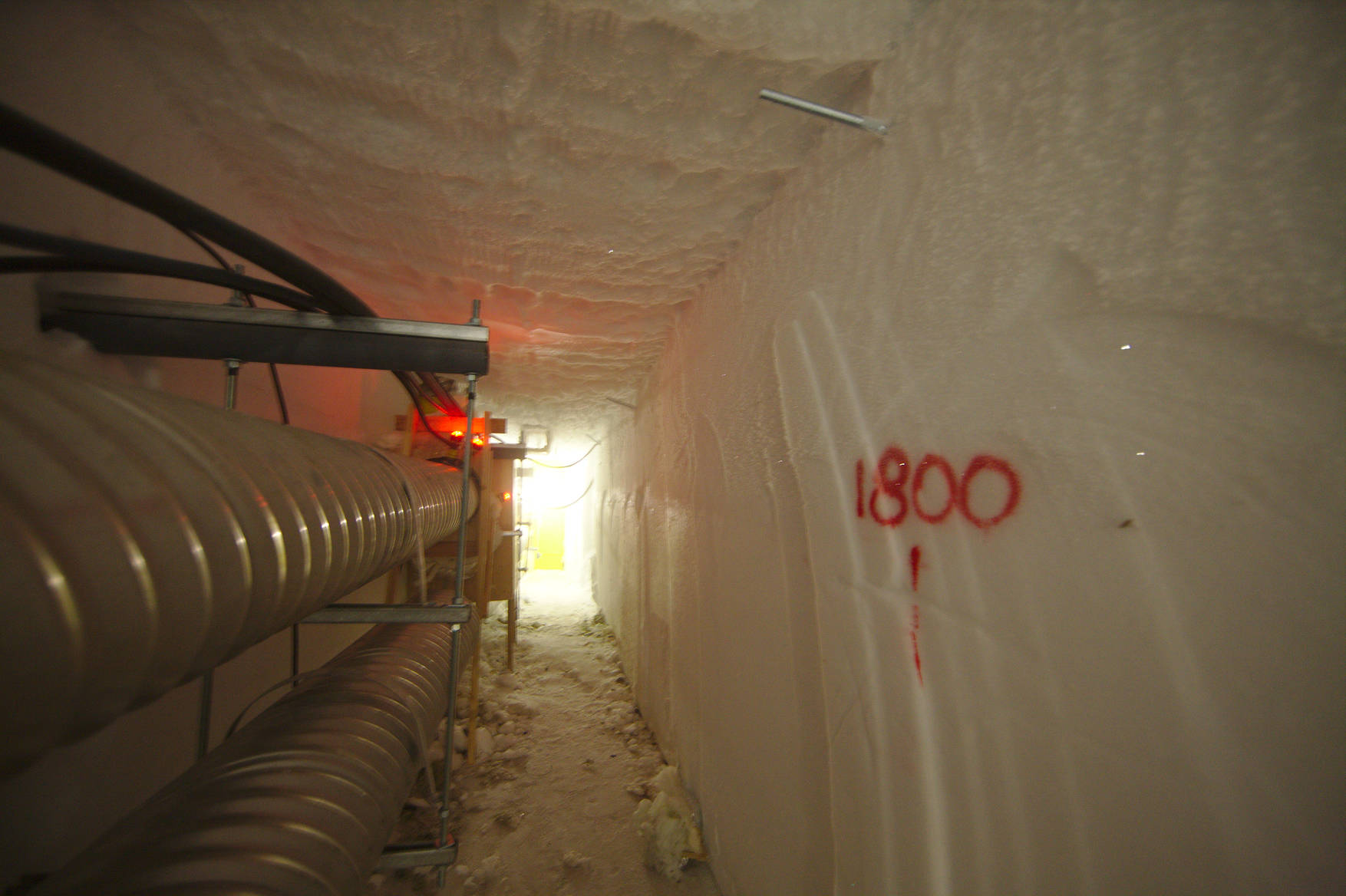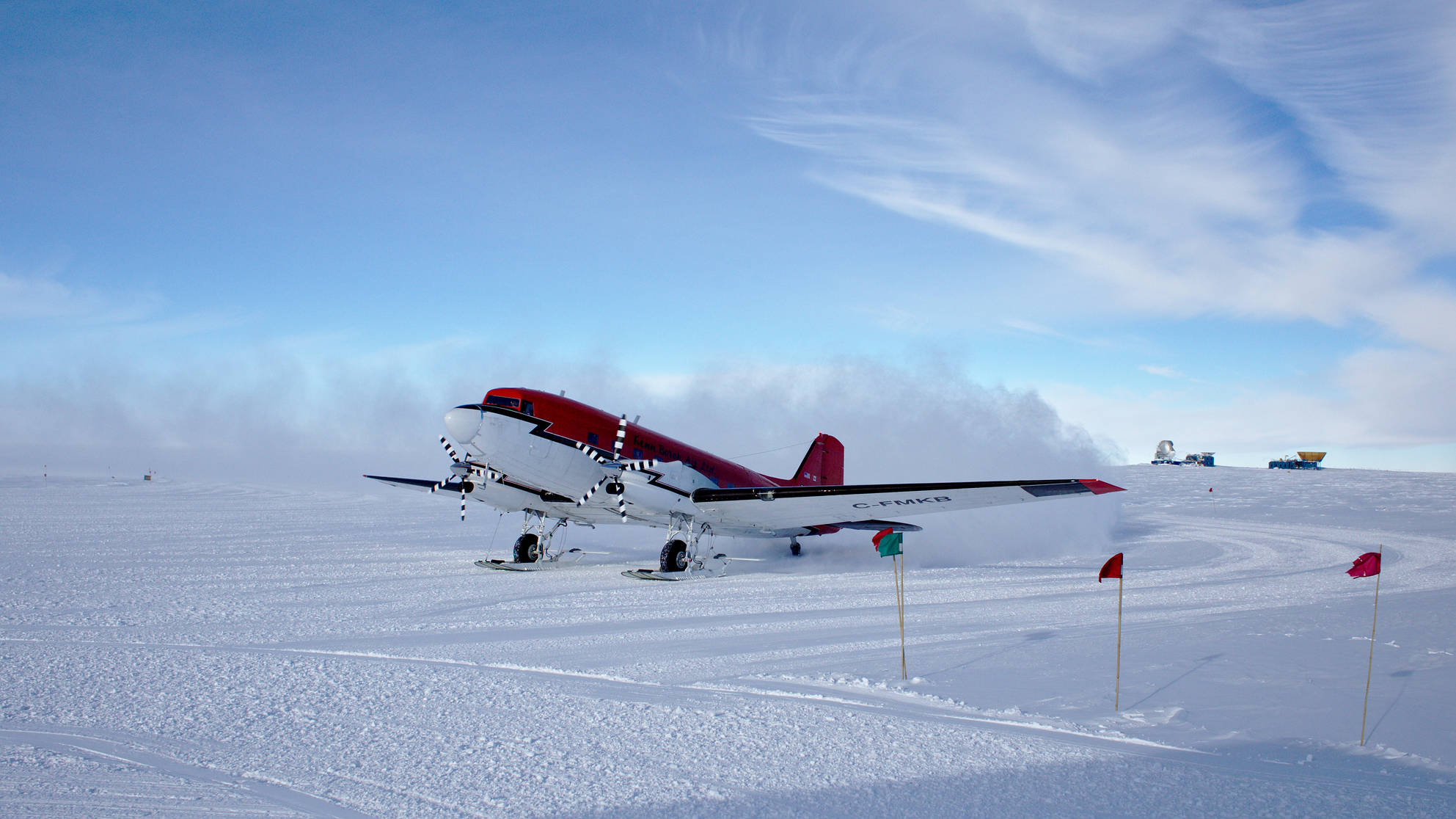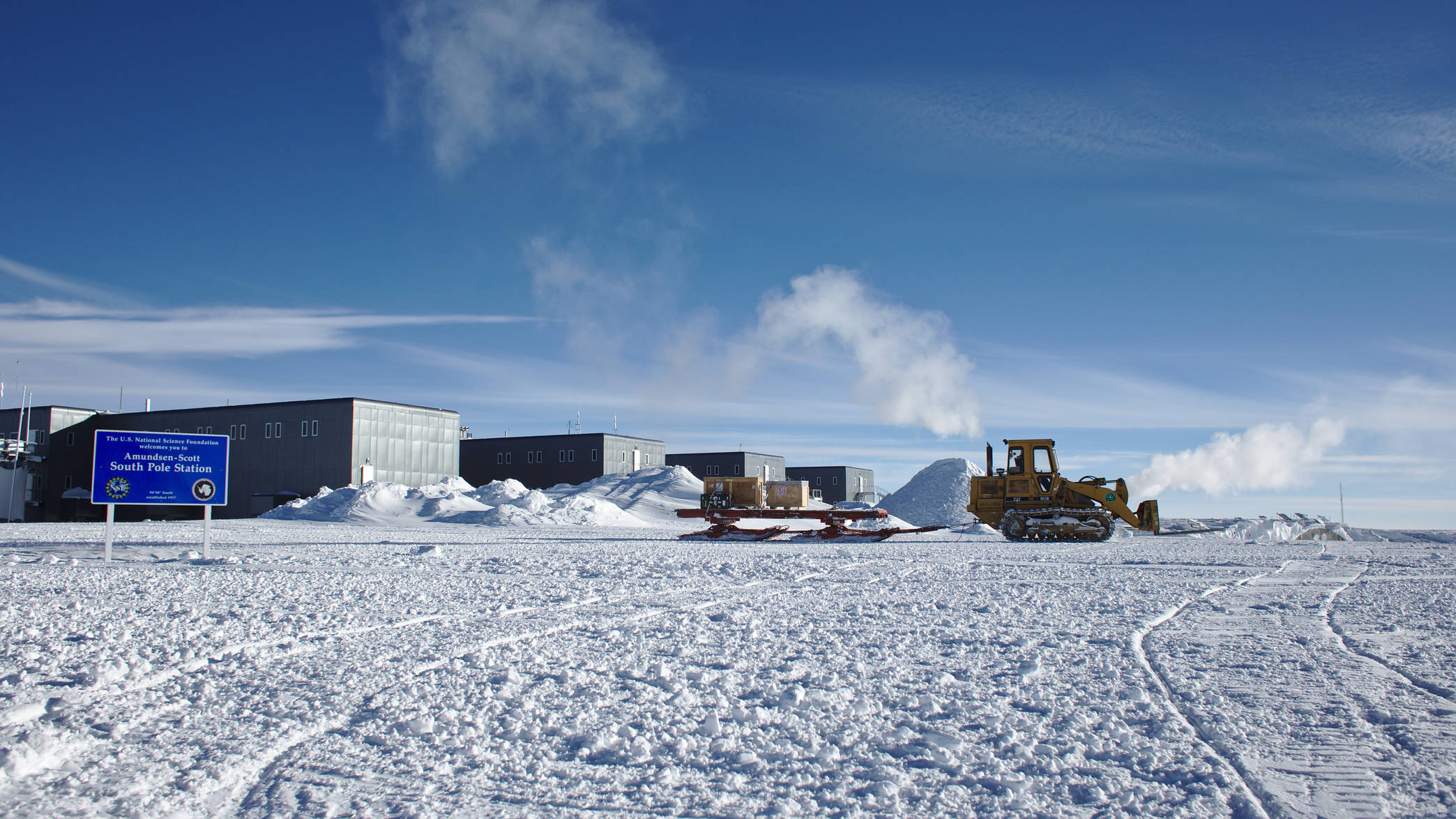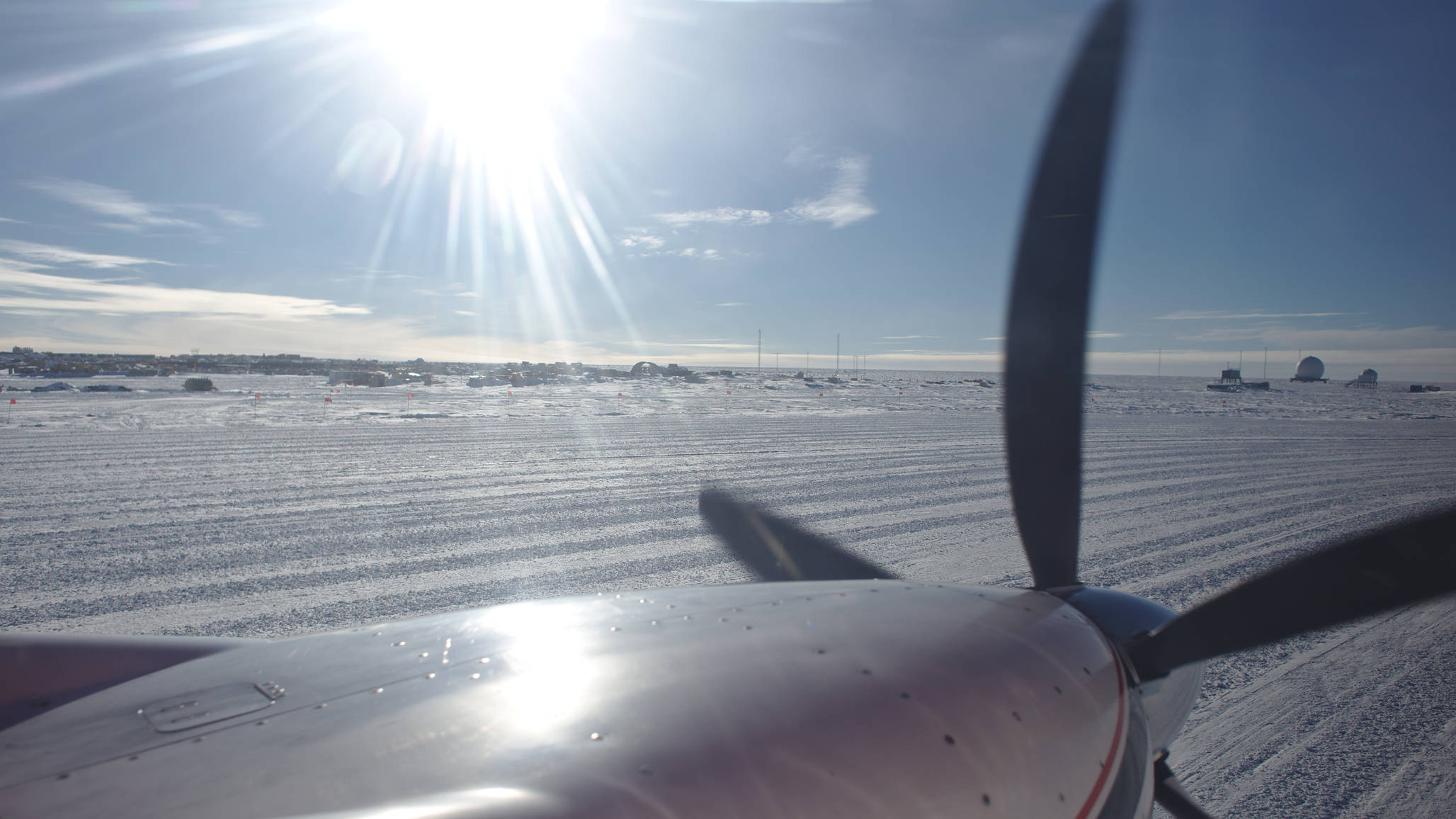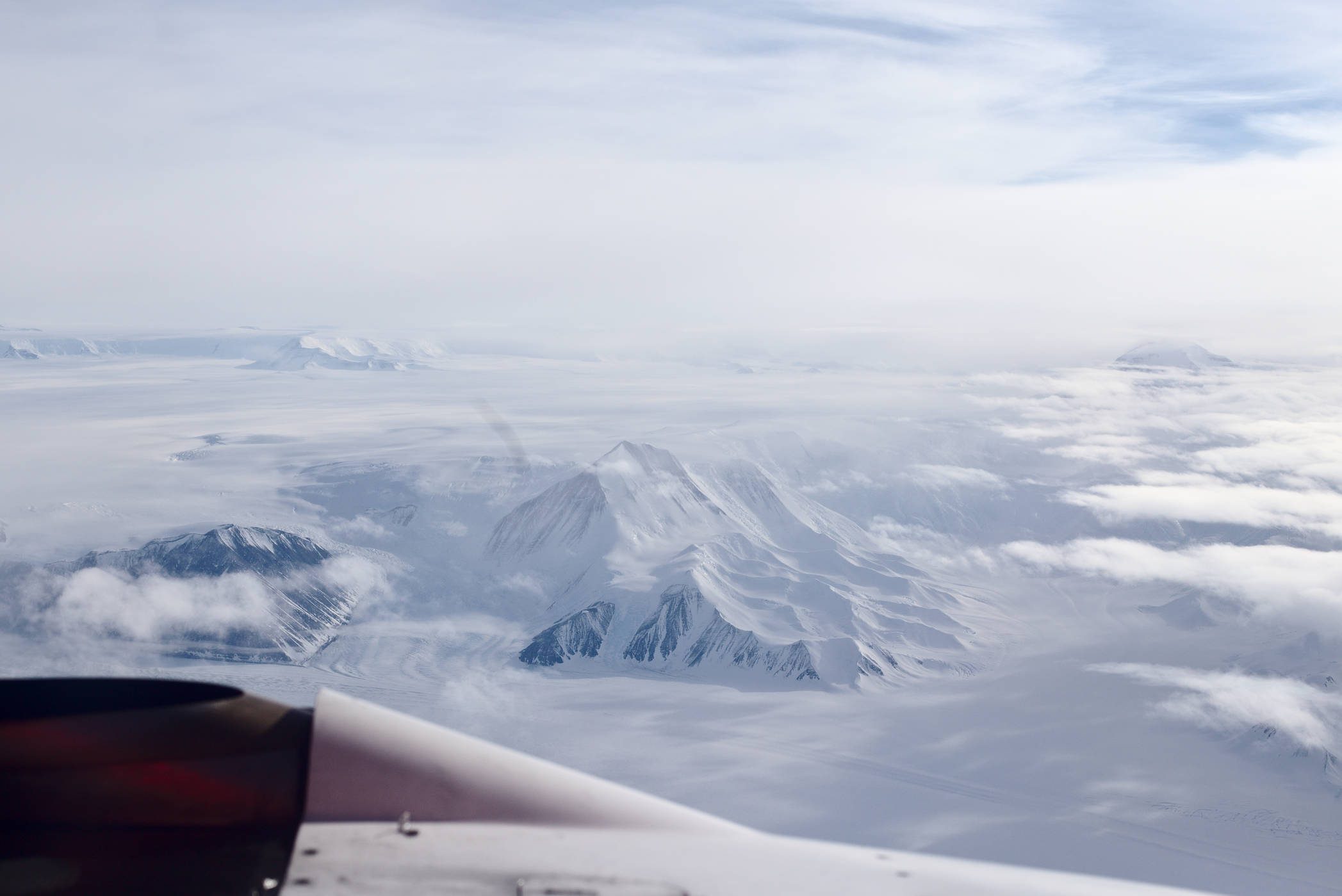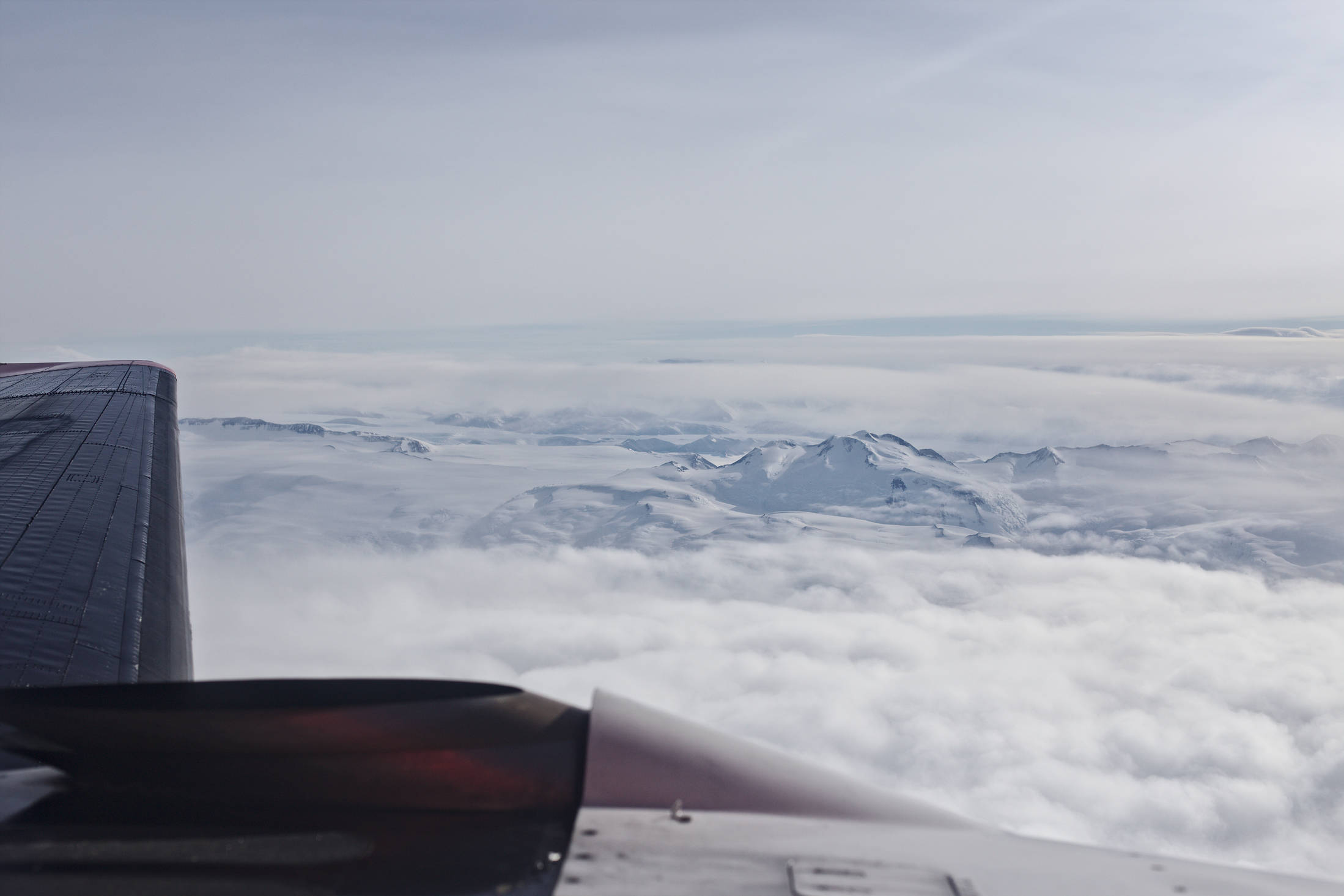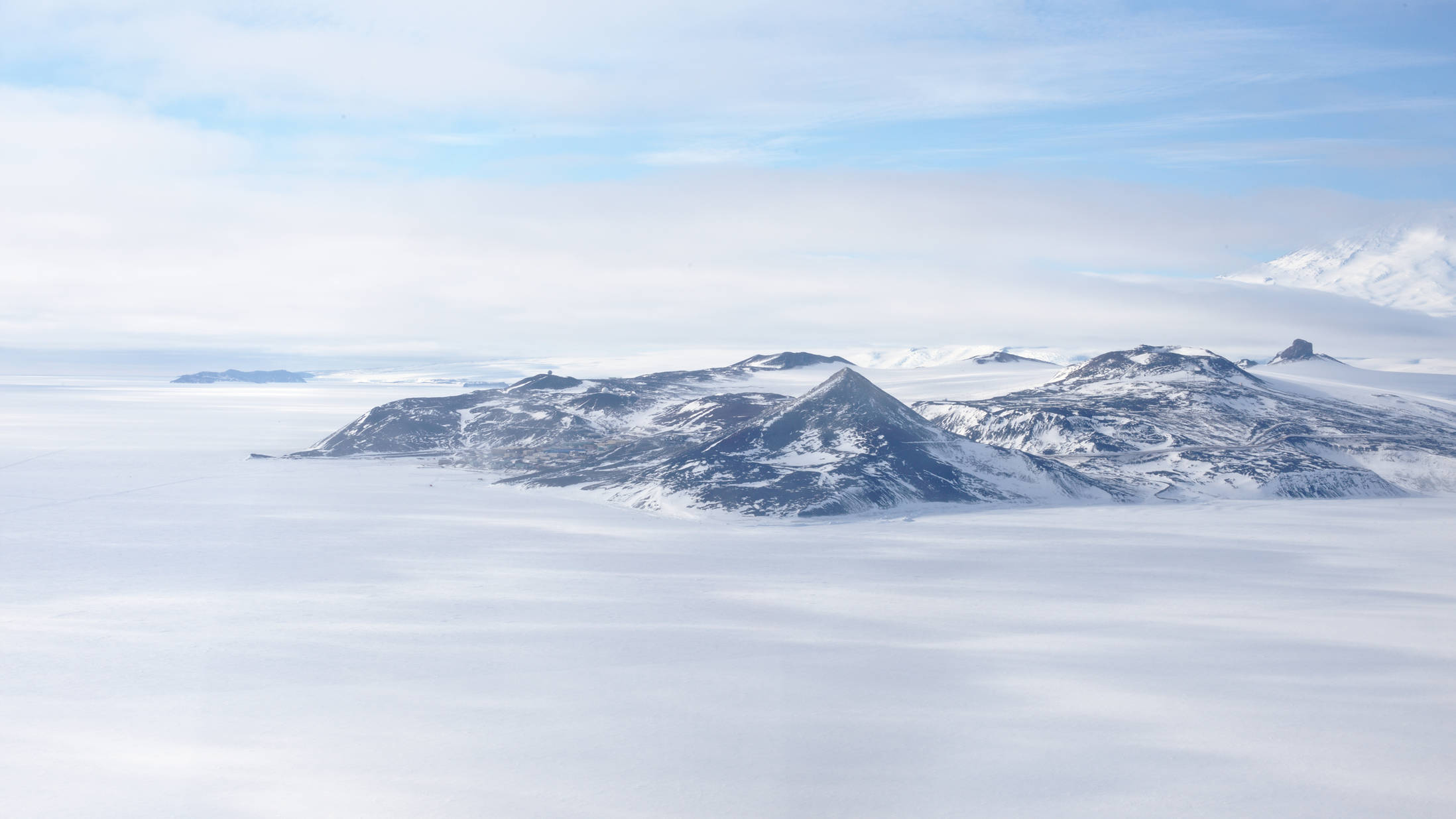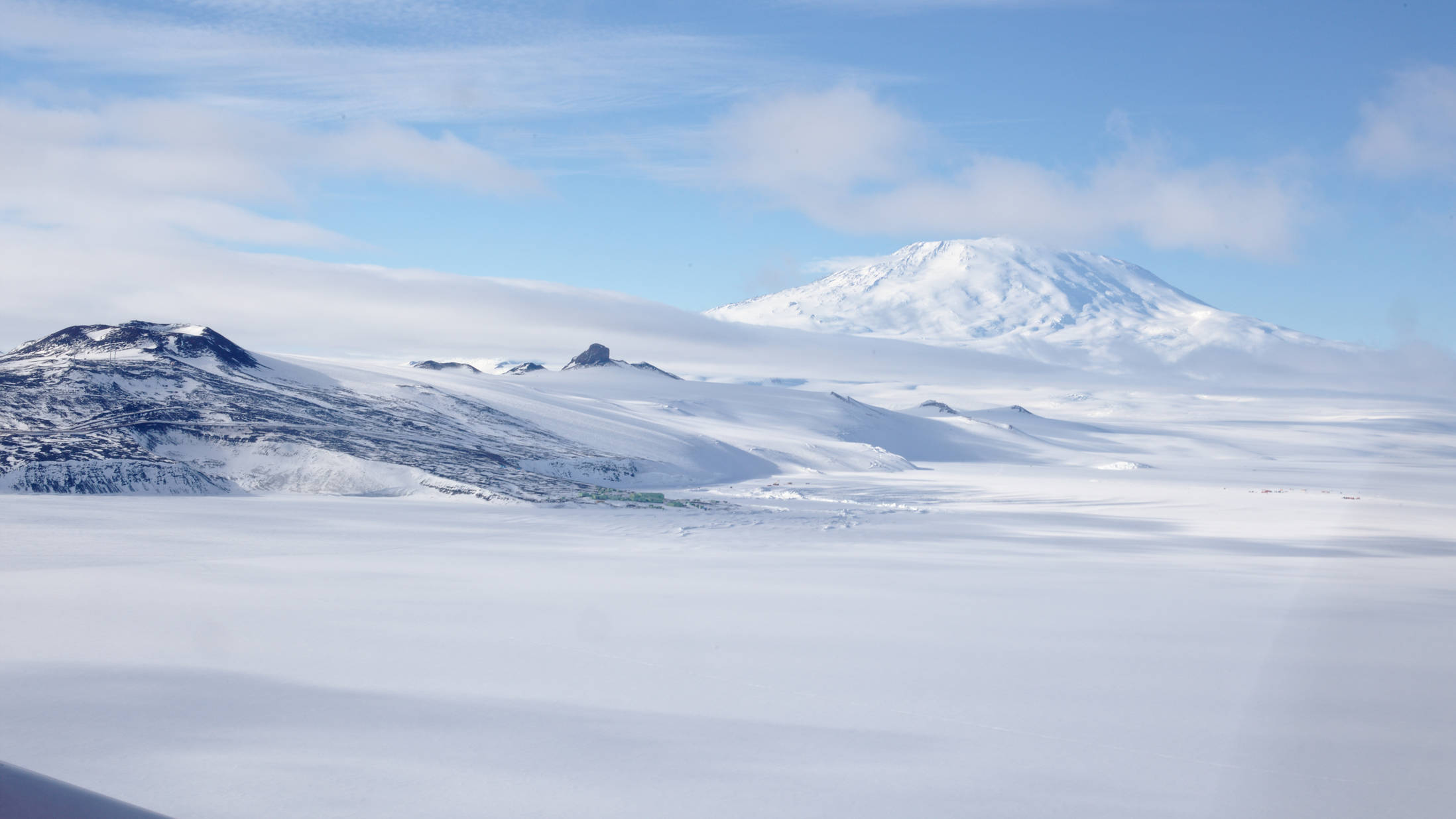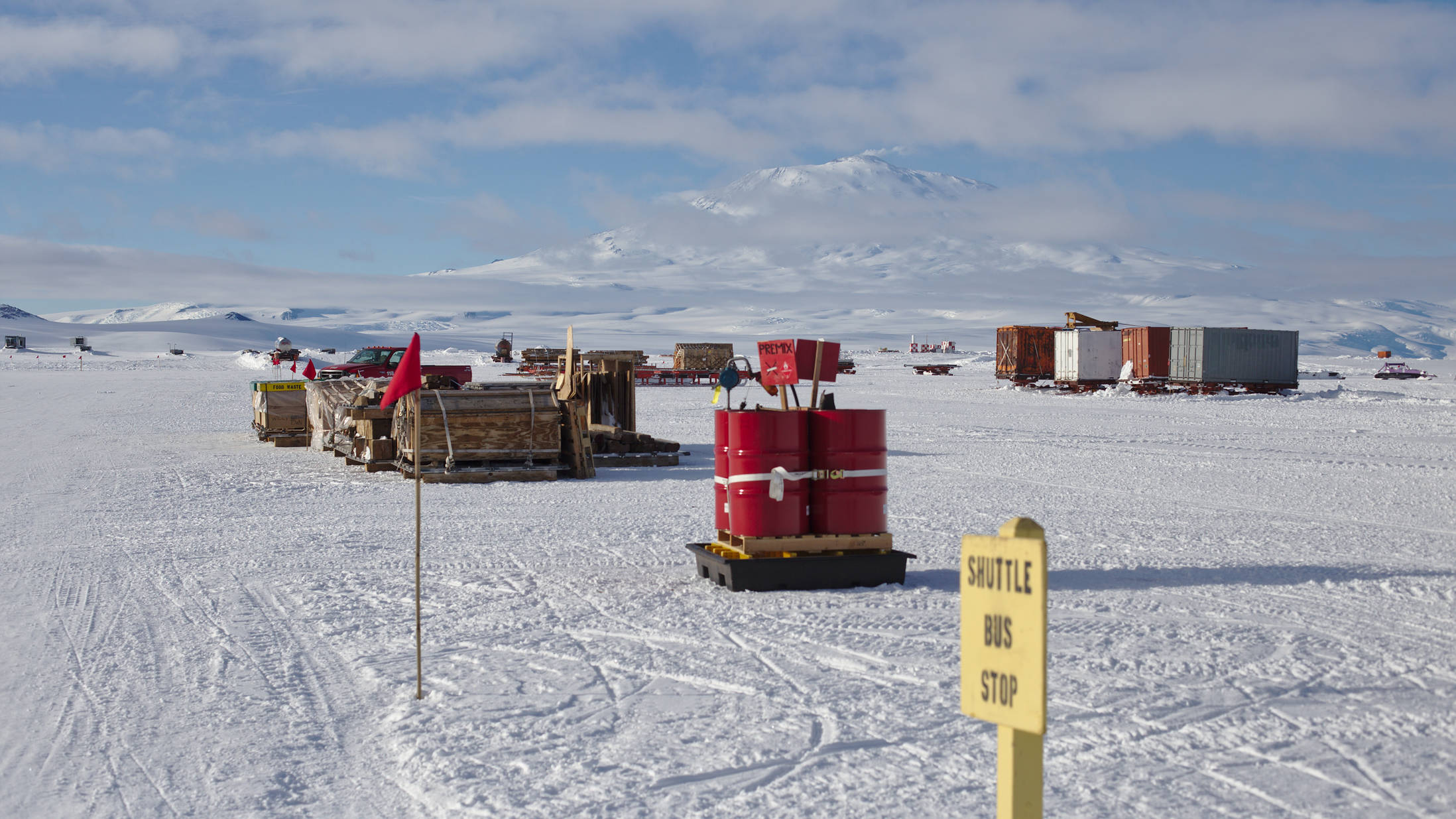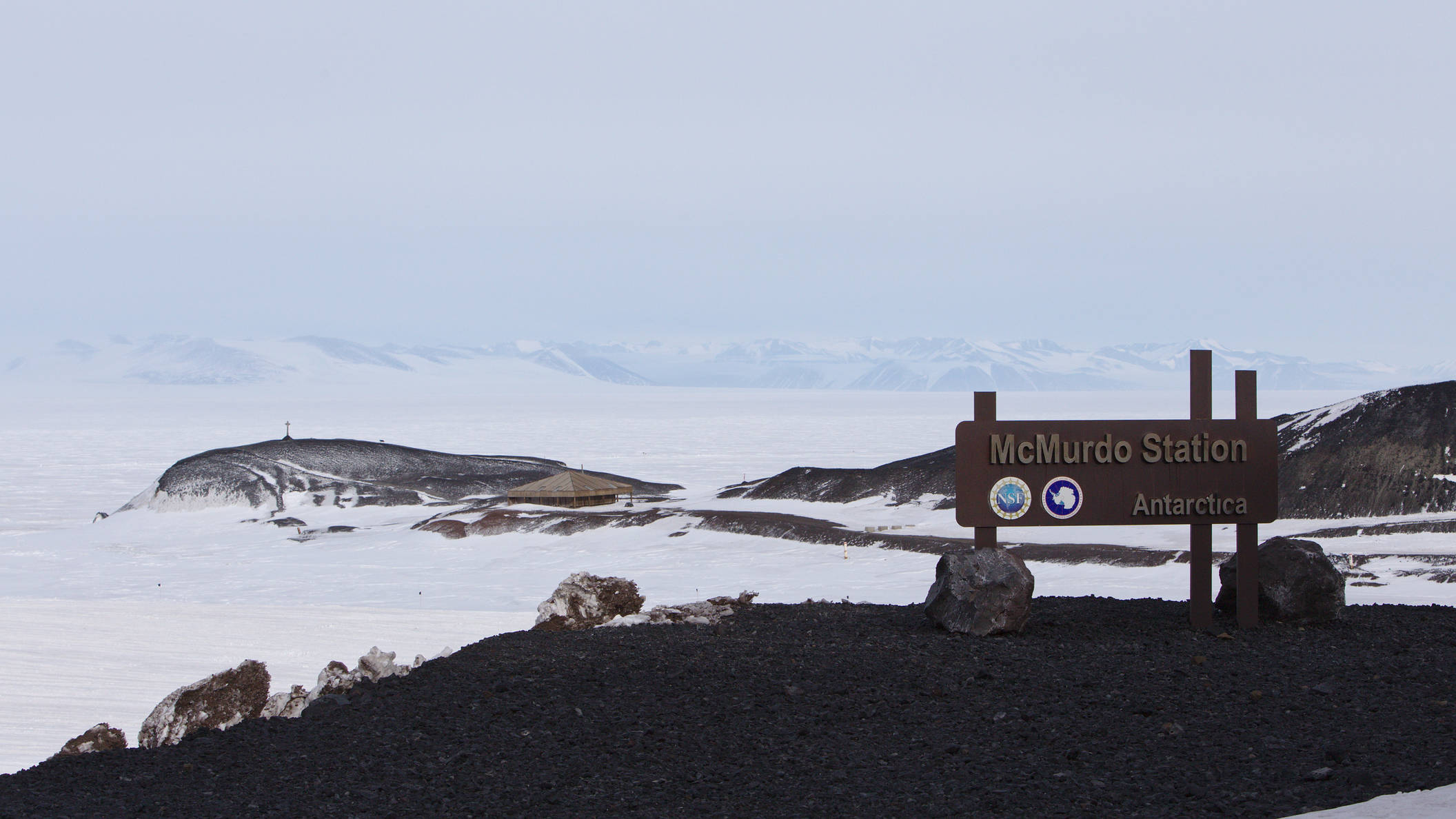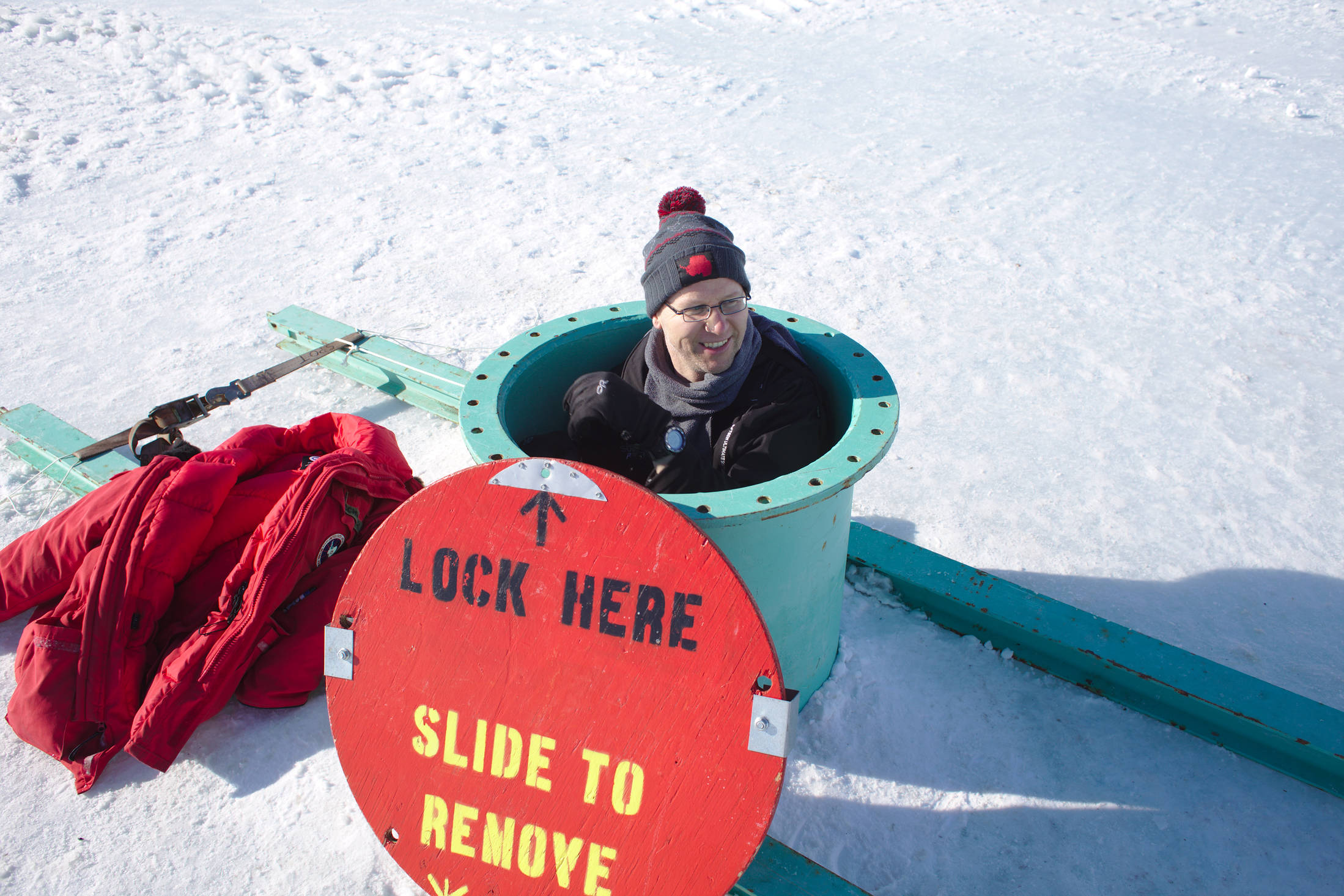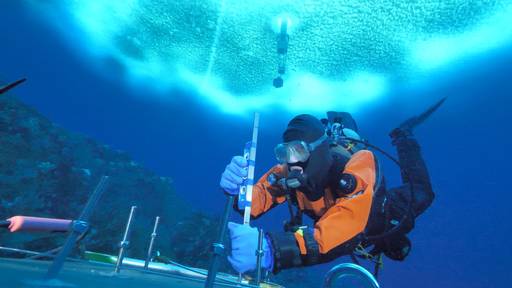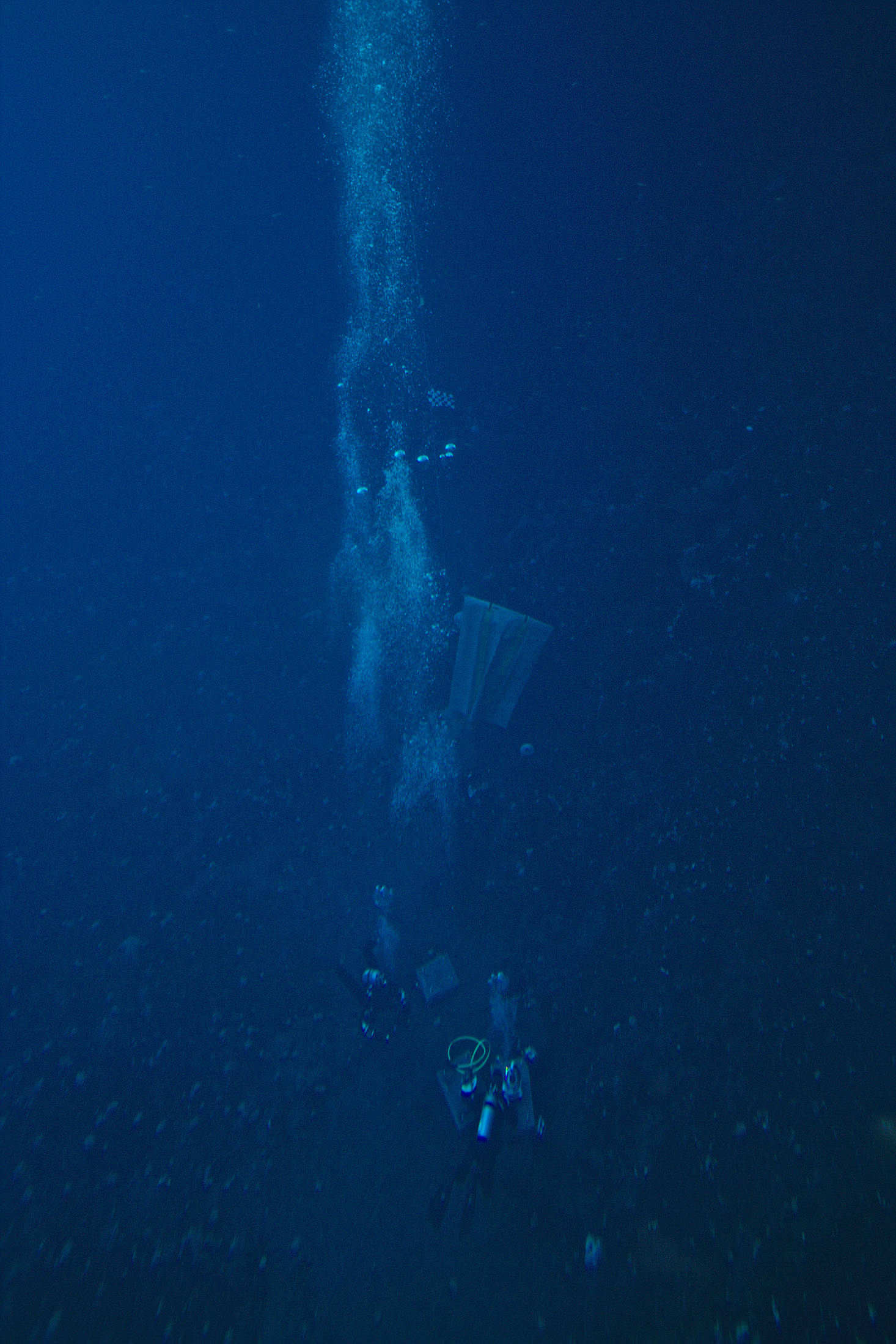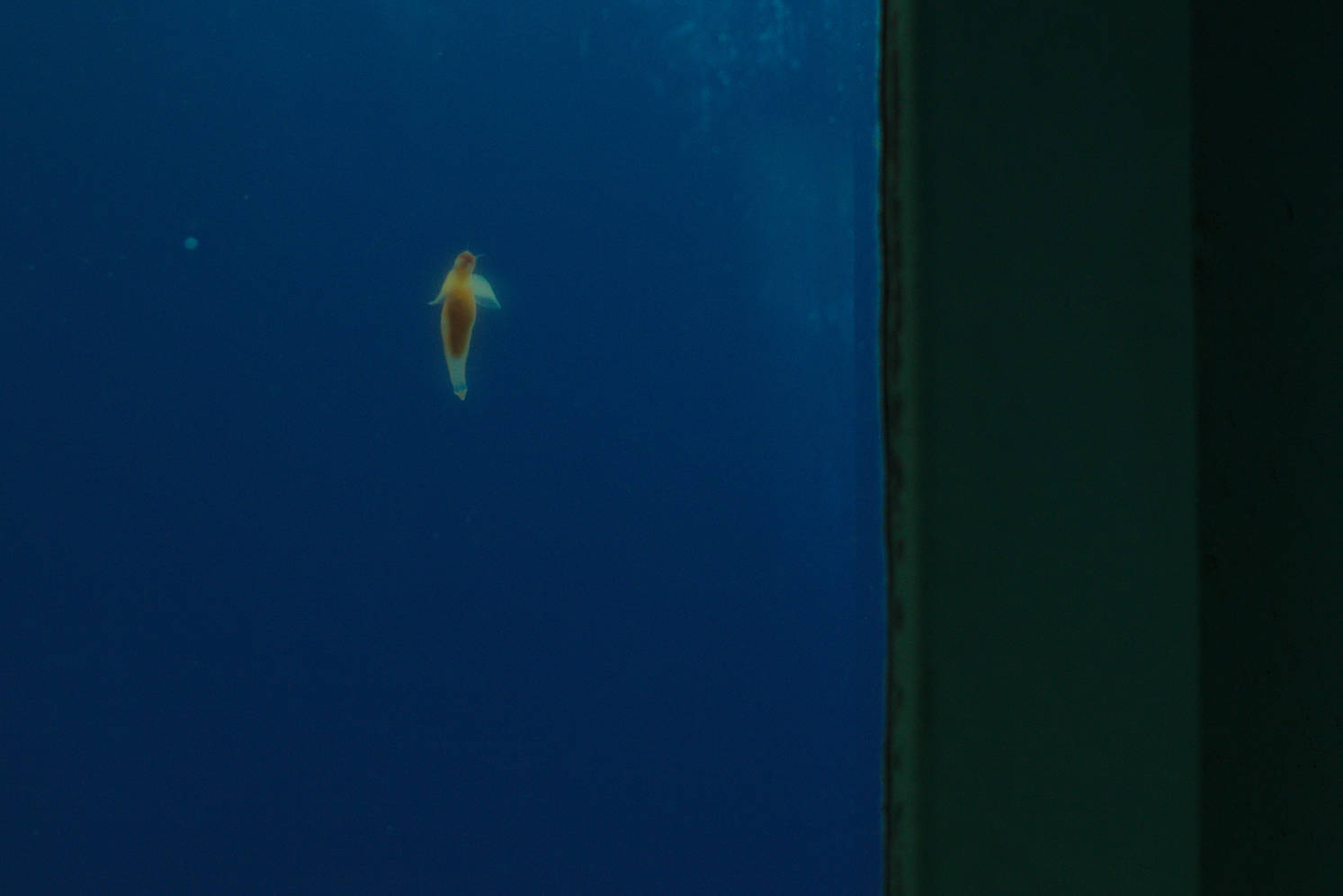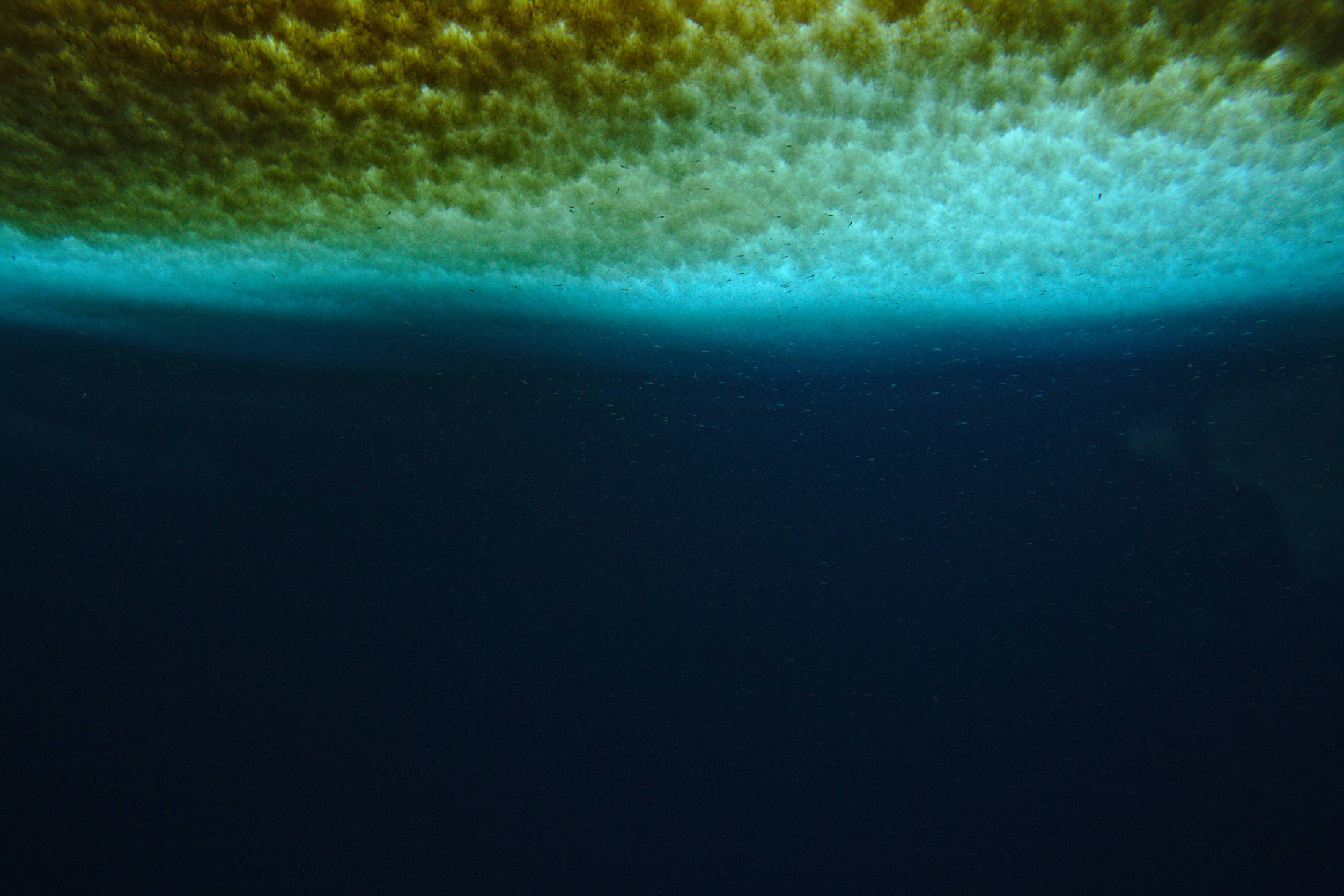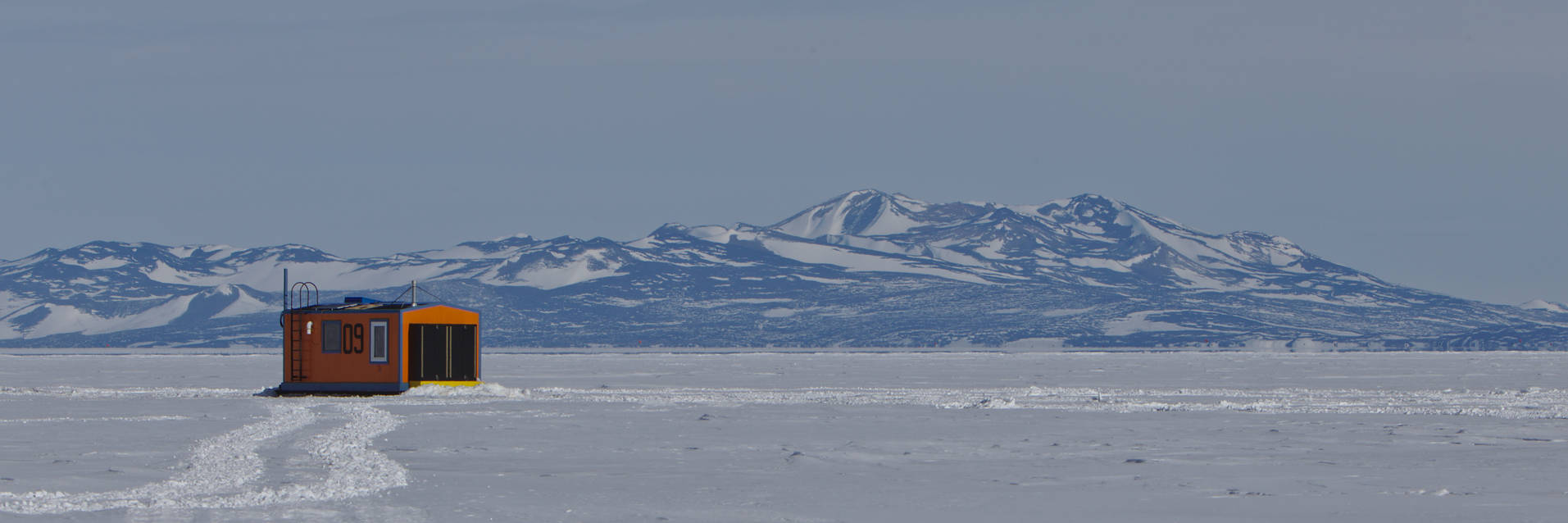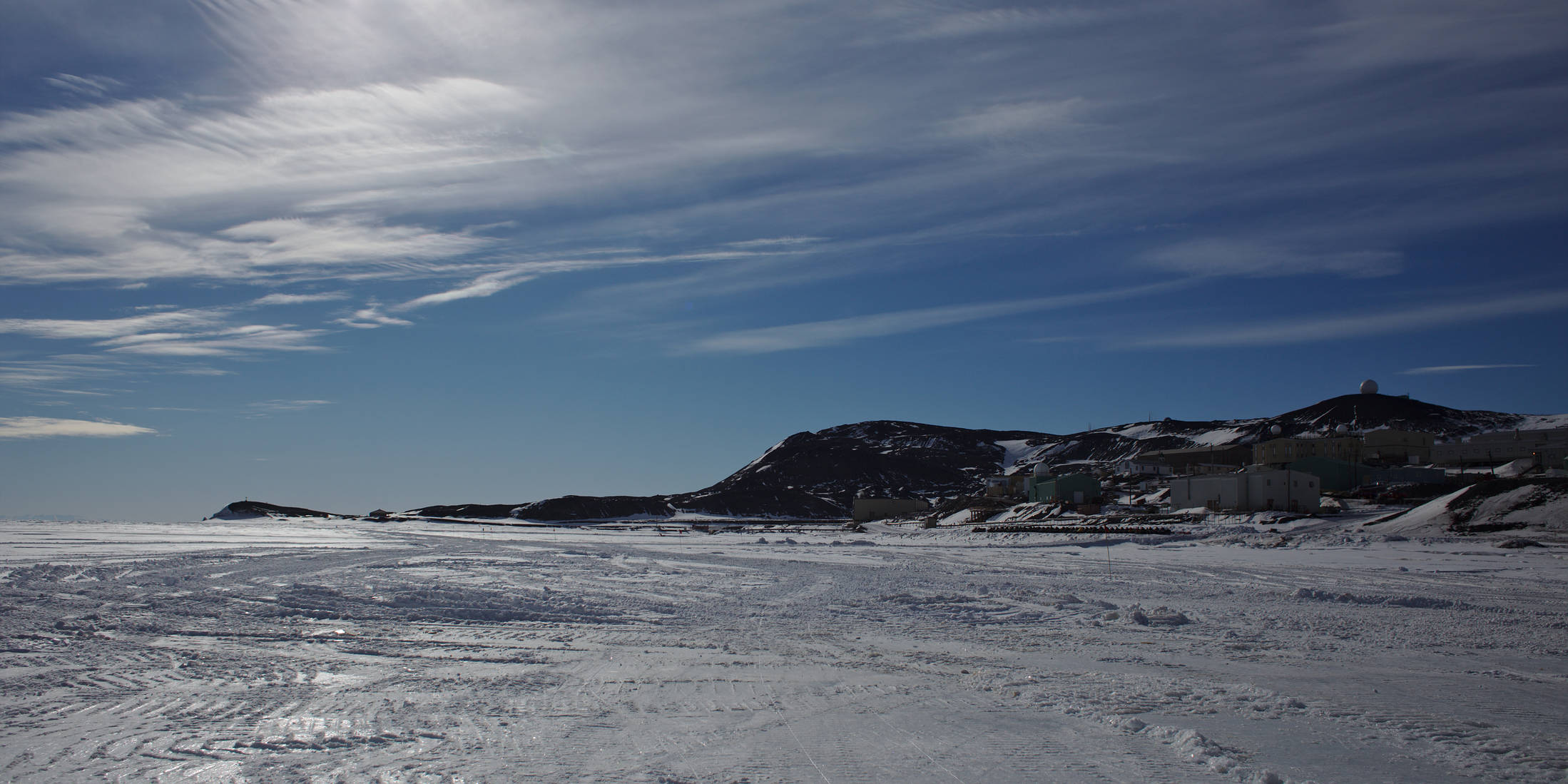Resumé
Work Experience and Education
Postdoctoral research fellow
2018-2021
European Space Agency (ESA/ESTEC), the Netherlands
- Research focus: Detection of long-period exoplanets in astrometry, Gaia DR2, open clusters
Support astronomer (winter-over)
2017
South Pole Telescope, Antarctica
- Event Horizon Telescope (EHT) observations of black holes and quasars
- CMB observations with the SPT-3g detector. Scientific goals include the characterisation of small-scale structures in the CMB, detection of orphan gamma-ray bursts from their millimeter-wave afterglow, B-mode polarization studies, and the detection of galaxy clusters.
- Winterover tasks included SPT3g detector commissioning, read-out system noise characterization, hard-/software maintenance of the computing system, and mechanical, electrical, and electronic maintenance of the telescope and its control systems.
Research assistant
2016
Lund University, Sweden
- Research focus: Gaia astrometric core processing, preparation and validation of Gaia data release 1
PhD studies
2011 - 2015
Lund University, Sweden
- Bayesian combination of astrometric observations, Astrometric core solution for insufficiently observed objects (Gaia-DR1/TGAS)
- Ph.D. thesis: Tycho-Gaia and beyond: Combining data for precision astrometry (Download)
Young Graduate Trainee
2010
European Space Agency, Spain
- Science satellite data processing: Astrometric data reduction algorithms (Gaia, Nano-JASMINE), mission planning scheduling algorithms (LISA Pathfinder)
University education
2003 - 2009
University Erlangen-Nuremberg, Germany
- Diploma in Computer Science (equiv. MSc)
- Focus: Networking and security, computer architecture, computer graphics, operating systems, physics
A journey to the South Pole

On the 6th of January 2017 I left from Sweden to the South Pole. My journey led me 16200 km south (as the bird flies), although the actual flight distance was much closer to 25000 km. My mission on the harshest continent on Earth: do my best to ensure smooth operations of the South Pole Telescope (SPT) and help with the scientific analysis of its data, with the goal of discovering the signatures of high-energy events.
SPT is a state-of-the-art observatory of the cosmic microwave background. The telescope has just been upgraded, it now features a brand-new camera, the third generation of its kind. We are located in the very middle of the Antarctic continent at the Amundsen-Scott research station, quite exactly 90 degrees South. Yes, we really see the South Pole marker from our galley windows!
I will be staying here throughout the Antarctic winter, until November 2017. On this page I will upload pictures and small stories. Updates will come more or less often, depending on our internet availability and how busy I am. I strive for an update once a week. Feel free to email me questions! I hope you enjoy this little insight into the adventure of travelling to and living at the bottom of the world.
A journey to the south pole
Christchurch: the final dark nights and the last lush greens
Christchurch (New Zealand) is the gateway to the US and New Zealand bases on Antarctica. Arriving early morning of the 8th of January, I was just in time to see a lovely sunrise behind the airport control tower. The city features a fantastic botanical garden. I happened to be there just in time for an open-air concert in the park and a nap in the warm summer sun.
Sun, 8 JanFlying to Antarctica
Christchurch does not only host the departure airport for flights bound for Antarctica, it also hosts the clothing distribution centre. Extreme cold weather (ECW) gear is issued for all participants of the United States Antarctic Program (USAP). It is strange to think that today is my last dark night for a while, and the last time I see people, bars, restaurants, stores. When I arrive to Antarcitca the sun will be above the horizon the entire time, all day and night. In the morning of the 10th we are boarding a ski-equipped military Hercules aircraft. The journey to the coast of Antarctica takes 8 hours and we are greeted by ice, snow, and mountains.
Jan 9+10One night in McMurdo
At the very coast of Antarctica, at the point closest to New Zealand, lies its largest research base: McMurdo. Travellers bound for the south pole typically spend one night here, and if the weather is too bad to continue the journey one might be stranded here for a few days. We continued next day, and for me this was a decision between sleeping and seeing the research base and its surroundings. Of course I had to chose the latter! The pictures below show the base, the historic 1902 Discovery Hut at the Hut Point peninsula, and give an impression of my hike up the nearby Observation Hill.
Jan 11The way to the very bottom of the Earth
Quite a painfully early morning. I was out hiking till 3am, and had to get up shortly after 6am for my flight from McMurdo to the south pole. The flight took about three hours and crossed straight across the trans-Antarctic mountains. After five days of travelling I am finally at my destination! I immediately feel welcome, basically the entire South Pole Telescope team is waiting at the airfield and I am greeted with the words Welcome home. South pole, my new home for the next year.
Jan 11First impressions
Upon arrival it took me quite a while to acclimatize to the surroundings. First, there is a large change in altitude, from sea level to effectively 3300m above sea level in only three hours of flight time. The air is very thin and occasionally it was hard to breath, especially when walking up stairs. I spent three days avoiding moving too much and tried to sleep much, which helped a lot with getting used to the altitude.
Secondly, it's bright here, twenty-four hours a day, all the time, until mid-March when we will experience one single sunset that lasts for multiple days. Quite mind-blowing, eh?
Lastly, oh, the jet lag, it was bad. The station uses New Zealand time, which is exactly opposite (we are twelve hours ahead) compared to Central European time. We currently only have satellite coverage during night hours, which makes calling people or using the internet hard if one still wants to actually get some sleep before working hours. Speaking of the satellite schedule, it is published as a PDF and in text form on the USAP website. Reading it is easiest done by checking the last page (New Zealand time) of the PDF (non-Javascript) which shows when we have satellite coverage at the south pole, and then to subtract twelve hours to convert the times to Central European times.
Anyhow, I'm posting this with a bit over a one week delay. I spent the last week getting up to speed with my work, and I hope you'll enjoy some first impression pictures this week instead!
Jan 13The South Pole Traverse
Today, the third south pole traverse arrived. The traverse is a convoy of nine tractors that drive the 1600 km from McMurdo at the coast to the south pole in the middle of the Antarctic continent. It takes them about three to four weeks, during which the drivers live along the road in two containers, also drawn as part of the traverse cargo.
The purpose of the traverse is delivering fuel to the south pole station. This summer three traverses had arrived to the pole, each delivering over 400 000 liters of fuel for our upcoming winter. This covers roughly three quarters of the total fuel needs (1.5 million liters) of the station. The remaining fuel is brought in by aircraft.
Jan 27Locked in for 268 days
Today is a very special day. Our last Hercules plane came in and picked up all the remaining people who are not staying the winter. Hercules are military cargo aircraft equipped with skies, bringing personnel in and out of our station, delivering food, science cargo, station supplies, and mail, and taking out trash. Each Hercules arriving also brings up to 10000 liters of fuel to us.
Watching the last plane leave was a very strange moment. The temperatures have dropped to almost -50 degrees Celsius during the last two weeks, too cold for further Hercules flights. We are now stuck here, with the same 46 people (41 men, 5 women) for the next 268 days. No supplies, no mail, no new people, whatever breaks we have to either fix somehow, or live without. The real adventure begins!
Feb 15The South Pole Telescope (first part)
Today's entry comes with special greetings to my brother in law, Andi, who asked for more pictures of "my" telescope. Here we go! My work here in Antarctica is caring for the South Pole Telescope, observing with it, sharing the observational data with colleagues in the North, and preparing a preliminary analysis of the data. The telescope has received a major upgrade this summer, consisting of a new camera with a much larger number of pixels. The pictures below show the telescope, the assembly and installation of the new camera, and what the data looks like on our screens. In part two (next week) I will show some more specifics of my work and say something about the issues we need to solve before we can start using the upgraded telescope for sciene.
Feb 20Field trip to the South Pole Solar Telescope JEFFRIES
A few weeks back we were invited to visit the JEFFRIES solar telescope, located four kilometers from station. The telescope had a very successful season, and has now been packed away. I still go running to its former location every now and then. The "road" is made of compressed snow and marked with flags, which makes the run and orientation out in the snow a little bit easier.
Feb 27The other side of the coin
When writing here I mostly focus on giving an account of the cheerful and exciting bits of being at the south pole: the logistical challenges, the state-of-the-art science experiments, the massive machinery to survive in the snow and cold, the oh-so-different and cold weather, and the fact that nothing on the sky moves the way you're normally used to.
It is not always fun to be here though. Two weeks ago, my grandfather whom I dearly love passed away in the North. Being stuck at the south pole feels like the worst place to be right now. I miss my family, my friends, real hugs from people I love, walking barefoot through the forest, and laying in the grass in the sunshine on a blanket doing nothing. I miss people in the North I didn't have the chance to talk to in a while or that I lost contact with before leaving to Antarctica, and I keep wondering how they are and if they forgot about me in the meantime. Even the people I talk to regularly or even daily, like my parents, my sister and my baby niece, my brother, Isabelle and Dafne, friends at home; I think of them all the time, and miss them, a lottleA beautiful word creation emphasizing the expression a lot: it's like a little, just a whole lot of it. . 236 days till I come home.
Very appropriate to how I felt the last two weeks, the weather has changed a lot and a white gloom currently washes out the horizon entirely. Around us only white, temperatures below -60 degree Celsius, and even our telescope one kilometer from station is barely visible from our galley. At the same time we are just a few days away from our once-a-year sunset and it's starting to get dark. Weltuntergangsstimmung. I recommend closing your eyes and listening to some piece of dramatic classical music after reading this.
I am of course well aware that I'm complaining on a very high level: from a warm room in a place with ample food, water, power, and occasionally even internet. All impossible to imagine just 100 years ago. Next on my list is therefore a reminder of how incredibly hard it was get here in the first place: the book The worst journey in the world by Cherry-Garard, published 1922, a gift for my journey I received from my parents. It starts with the beautiful sentence polar exploration is at once the cleanest and most isolated way of having a bad time which has been devised. With that in mind, lots of love, hugs, and kisses to my family and friends in the North.
Mar 19Sunset at south pole
The geographical (south) pole is literally the place that the earth rotates around. Reaching your arms around it is a fun thing to do for a picture, your body in all timezones at once. This also means that, during one day, the sun just goes aroud our heads, same height above the horizon all around. No daily sunsets and sunrises, oh no! South Pole gets only one sunset per year, and it lasts roughly two-three days.
During the last month we watched summer turning into winter. With every bit of the earth's yearly orbit around the sun our shadows got longer, with the sun lower and lower on the horizon. Two days ago the sun finally disappeared behind the horizon, giving us some spectacular sunset views. Since a complete sunset takes some two days (during which the sun spirals around us slowly crossing the horizon more and more), pictures of the setting sun and the beautiful colours opposite of it can be taken in all directions.
This is also the moment to introduce Pete, the tiny penguin who mailed himself down to the south pole for a unique adventure, and Debbie, a tiny seal with a magnet in its stomach, who was my travel companion from the beginning. Dafne and Isabelle sent those two tiny ones down with me. I am considering a small photo series for children, where those two little guys go on south pole adventures ... Let's see how it turns out!
What's up next for us? First, this weekend is marked with a sunset celebration dinner. From now on we are facing six months without sunlight, and peace and harmony in our small group will be extra important. A few weeks of evening twilight will gradually turn into complete darkness, while we watch the brightest stars and planets appear in our eternal night sky. During the four darkest months we hope for pristine dark skies for stargazing and plenty of aurora australis/southern lights. Goodbye, Sun, see you in half a year!
Mar 22-25
Sunset dinner
Sunset at pole is a big happening. We started the day with a late lazy Sunday morning brunch, featuring omlettes, mimosas, cheese, salmon, and waffles. The staple that made me personally most happy was finding real milk - oh, how much I missed it! Peter & Peter organized a lovely little café in our climbing gym where we spent the time between brunch and dinner.
In the evening a three-course dinner was served. Nice to see everyone dressed their finest. The meal featured lovely ingredients, bison steaks, duck, blue cheese pasta with nuts (lovely taste and texture!), and salads and vegetables grown in our own greenhouse. A true highlight. Our galley staff is fantastic, and so was the Crème brûlée.
Monday after the dinner was a day off for the entire station population, giving the science experiments in the dark sector a welcome reason to invite to an open-house.
Mar 26-27
Tears in -60°C
This week we boarded up our windows with cardboard. We did it to prevent light pollution and to protect our light-sensitive experiments outside from our lamps indoors. It felt rather sad though, and symbolic for us being cut off from the rest of the world, captured in an icy cage for a long cold winter.
While applying for a job here, I read travel reports and Antarctica blogs, watched documentaries, and talked to people who did what I was about to do. Comes rather handy in the job interview. But there seems to be one topic no-one seems to dare to write about: death.
Death has turned my dream job on Antarctica into a temporary nightmare. My sister's husband, father to my two year old goddaughter, and friend of mine, died very unexpectedly at age 35. No-one tells you how bad it feels to be stuck 16 000 km from everyone you love when something like this happens. The feeling of being lost and alone, the feeling of not being there for your family, it is devastating and hard to cope with. I am lacking words to express how heartbroken and sad I feel. So I will let the image of the boarded-up windows speak for me instead.
For all of you who are true scientists in their hearts and are curious now to find out what actually happens when crying outside in -60°C: crying is fine. It's really the blinking that causes you trouble. Your top and bottom eyelashes freeze together instantenously. Not strongly enough to keep your eyes shut for long, but amusing enough for a brief juckle under tears and good enough to serve as a reason to find a slightly warmer place for mourning. To my sister and niece, and my family, I love you.
April 03The Event Horizon Telescope
In dedication to my brother-in-law Andi, who started his mornings "reading about Trump, and checking out what's new at the south pole". You are dearly missed.
The South Pole Telescope (SPT) has a secret. Hidden in an unsupicious corner in the big receiver cabin is an additional science instrument, much smaller and very special. It is a single pixel camera with very high spectral resolution, and used when SPT observes together with other telescopes. All the telescopes together form a kind of super-telescope, one that is capable of taking pictures of incredible resolution. This technique is called very long baseline interferometry (VLBI): telescopes in different places of the world observe the exact same part of the sky in unison. In the story of the Event Horizon project, telescopes are spread out covering one side of our globe: Chile, Mexico, Hawai'i, mainland US, Spain, and -drumroll- the South Pole Telesope in Antarctica. Just imagine being an astronaut (or an alien?) watching this spectacle from afar, so many big telescopes moving together in perfect harmony, perfectly synchronized like instruments in a symphonic orchestra.
Data is recorded at each telescope site, with timestamps from an atomtic clock. Combining all single observations results in an image so good as if a telescope as large as our Earth took it. Early April we used this technique to observe the silhouette (event horizon) of the super-massive black hole in the very centre of our Milky Way galaxy. This is the first time that a black hole has been imaged directly with enough resolution to actually expect features in the image. Normally, observations of black holes are actually observations of the behavior of stars close to them. Their orbits are super-small and super-fast, and the best and only explanation we can think of is the presence of a supermassive black-hole. But taking a photo of the black hole’s event horizon is an entirely different matter. The galaxy is huge and the black hole incredibly far away. A task for the world’s largest syntetic telescope, called the Event Horizon Telescope.
What does this all mean for us at the South Pole Telescope? A lot of work, but what an incredible experience to be part of. First we prepared the telescope: check the atomic clock, turn on all instrumentation and computer systems, and verify whether everything is working right. This process revealed a bunch of issues that weren't quite optimal, insufficient vacuum in the instrument, wrong Helium pressure in the cooling lines, and a bunch of other small kinks that aren't unexpected for a complicated project like this, but that need fixing before we could start observing. After a week of hard work, repairing and re-calibrating we managed to get all subsystems up and running, hurray! During this time we also mounted mirrors onto the telescope, stealing the light from the main camera beam and reflecting it into the EHT camera instaed. The mirrors are heavy and must be handled with care, and they are mounted to the telescope roof, outdoors in the dark and cold. All telescopes in the world-wide array need to be ready at the same time though, so we didn't have much chance to wait for less wind. One last check and we could finally start our data recorders. Ready for observations!
During the 10-18 hour observation nights Andrew and I took control of the telescope. Following a minute-by-minute schedule we were moving the telescope from observation target to observation target, constantly checking the quality of our data and verifying that the telescope pointed perfectly at the right source and was well-focussed. The observation nights were long and cost a lot of concentration. It was very rewarding though, thinking of how our telescope operates perfectly in sync together with some of the other largest radio telescopes in the world. Early morning on the 12th of April we finally finished the last observations - what a beautiful feeling: we are a part of history in the world of astronomy. Results? To be expected in roughly one year: the gathered dataset is too large to transmit via satellite, uploading it would take roughly four years. We will thus wait until the first flights come in to pick up the stacks of harddrives from our data recorders for full data analysis.
April 12
Auroras above the dark sector
Sleepless night, so I went outside. And I was mindblown, realizing that every direction I look at is North. I don't mean this as a question of defining the cardinal directions, it's really an astronomical epiphany: the night sky I see right now is the only night sky I can ever see from here. It doesn't change throughout the day, it doesn't change throughout the months. With the exception of our Moon and the planets it just keeps being the same, slowly rotating once every 24 hours around the zenith right above our heads. The same stars at all time, none rising, none setting. As an astronomer it is a mangnificient thing to see, only visible at the north and south pole. What a lucky bastard I am!
From the south pole we see the sky of the southern hemisphere, which I don't really know well at all. I've only ever seen the southern skies on three short occassions: once during a visit to South Africa a few years back, a second time when seeing the Gaia launch in French Guiana, and last during a visit to Congo Kinshasa/DRC. What a great chance now to finally learn more southern constellations and to spend more time outside with binoculars. Time to put on all the warm gear I can find and to lay outside in the snow for as long as I can manage to stay.
April 20Happy Towel Day
Here's a frood who really knows where his towel is.
May 25 - happy towel day, everyone! (Wikipedia article / Deutscher Wikipedia-Eintrag)
May 25
Happy midwinter
Happy Midwinter! June 21 marks the day when the Sun is the furthest away from us, 23 degrees below the horizon. We celebrated the midwinter weekend with a beard and moustache competition, a fancy dinner, an interactive murder mystery roleplaying game, a midwinter poker tournament next day, and the traditional movie screening of The Shining.
June 21A visit to SuperDARN
About a kilometer from the station is an installation of high frequency radar antennae observing plasma in the ionosphere and other geomagentic features. Together with 34 other stations this forms the Super Dual Auroral Radar Network (SuperDARN). During one cold night, Viktor, Hunter, and me went out to shoot pictures out there. The auroras were absolutely breathtaking, see for yourself!
June 30Citius, Altius, Fortius - The South Pole Winter Games (Polelympics)
It is early July and a daily routine has set in. Time to mix things up a bit! We present: the polympic winter games 2017. Eleven competitions, both indoors and outdoors, all following the Olympic creed: The most important thing in the Olympic Games is not to win but to take part, just as the most important thing in life is not the triumph but the struggle. The essential thing is not to have conquered but to have fought well.
July 2 - 9An aurora storm at the south pole - 12 hours in one minute
July 25
Three new aurora videos
Auroras dancing above the South Pole Telescope, Antarctica (July 29)
Aurora australis above the moonlit snowscape, South Pole, Antarctica (July 30)
The Milky Way and auroras above the South Pole Telescope (Aug 13)
Aug 13Extreme Cold Weather clothing
For anyone who wonders how one survives taking pictures in temperatures between -60 and -70°C, here is a picture of three of us just before going outside. Typically we wear a couple of different layers underneath our extra warm red coats, but most importantly we try to cover as much of our faces as possible. Wind is enemy number one, and wearing warm mittens is an absolute must to avoid painful frost injuries. Time to go outside!
Aug 13Today at the south pole: -74 degrees Celsius
Today we reached our coldest temperature so far, -74° Celsius. Perfectly clear skies with beautiful auroras give the pole a hauntingly beautiful look. By now we can already see just a hint of light on the horizon, where the Sun will rise in four weeks time. What could possibly be better than a steaming hot sauna for such a wonderful day!
Aug 14Sunrise
The sunrise is fully on its way and the sky looks really pretty, painted in all kinds of shy pinks, oranges, reds, and blues. On the weekend I caught another balloon launch. In summer camp, our vehicle fleet is waiting to be thawed and put back into use. And today we finally saw the first real sunrays. Some fantastic few days!
Sep 1824 hours of sunlight
At home the sun rises in the east during morning, crosses the highest point around noon, and sets in the west in the evening. The rest of the time it is below the horizon, it is night. At the geographic poles however there is no daily sunrise and sunset, no day and no night cycle. Every day the Sun moves horizontally around us at the same height, half a year long below the horizon, half a year long above the horizon: because of the Earth's orbit around the Sun the horizontal motion around our heads moves upwards about a third of a degree every day until the solstice. To illustrate how the Sun stays above the horizon throughout the day I took a series of pictures over the course of five hours. The Sun moves from right to left since we are in the Southern hemisphere. It never sets.
Sep 20The end of isolation
Dedicated to my grandma. You are dearly missed.
The first flights have reached pole. This Sunday, one Basler and one Twin Otter aircraft passed through pole. They have been flying from Canada via Chile via Rothera and are using South Pole Station for a fuel/crew rest stop on their way to McMurdo. So nice (and strange at the same time) to see new faces and hear different voices. The station officially opens in a weeks time when the first large supply flights with goods and relief crew come in.
Oct 22Memories of last summer: a gas station for small aircraft
Today's post comes with special greetings to Kjell, who loves aircrafts and who worked on plenty of DC-3s/Baslers.
Throughout the Antarctic summer, Basler and Twin Otter aircraft are used all over the continent to supply smaller stations and field camps. They are flown to Antarctica all the way from Canada for the four months season. Many of these aircraft pass by south pole station for refueling on their way across the continent. The south pole, a gas station?
The last post featured some pictures of our first smaller aircraft arriving at South Pole after the long polar winter. The pictures in today's post are from February 2017, the very end of the summer season. While there isn't much chance right now for picture taking, back then there was a bit more time to meet some of the crews and take some close-ups of the aircraft.
Oct 27South Pole Communications
Internet and telephone at south pole station work via dedicated satellite connections. Geosynchronous satellites are used in the normal world for TV and communications, we use them for telephone and internet. However most of those satellites (the geostationary ones) are hidden below the horizon for us. We can only use satellites at slightly inclined (geosynchronous) or polar orbits.
We have semi-fast internet for about two hours a day (DSCS), two hours satellite time for science data and slower private internet connctions (SPTR), and another 2-5 hours of slow modem-like internet (Skynet), which is sufficient for email and telephone. In the remaining 13-16 hours we do not have internet. Emergency phone calls and emergency emails (text only) are available (in theory) 24/7 via the Iridium network. This entry shows you some of the satellite antennae and equipment used for our communications to the outside world.
Feb 15 and 26 (posted Nov 12 while stuck in McMurdo)Ice tunnels
The ice tunnels are underground utility corridors connecting the station to the water supply and waste water installations. They are also home to memorials (shrines) of previous years' station folks. The ice tunnels are one of the most mysterious mystical parts of south pole station and access requires special precautions.
Oct 31 (posted Nov 14 while stuck in McMurdo)Leaving pole
Winter is over! Time to go home. After a bunch of weather delays and mechanical issues with the Hercs the winter polees are finally getting ready to leave. Most of the group are on the second Herc of the season leaving on Wednesday. That aircraft brings my relief crew in, so I have to wait one day longer. After a quick turn over I end up flying to McMurdo on a small Basler - the same aircraft that passed through pole a few weeks ago when arriving from Canada. It's a beautiful flight, flying across the Antarctic plateau just a few hundred meters above ground.
Nov 8 (posted Nov 14 while stuck in McMurdo)Eleven nights in McMurdo: Observation tube
I am stuck in McMurdo. We are waiting for a storm that was forecasted much earlier but only came a week later. Every day our flight got scheduled, the weather was nice and sunny without wind, but the forecast was bad. It then got delayed 24 hours at a time, every day, right after breakfast. Rather disappointing. Still, the delay gave a chance to decompress and to explore McMurdo and Scott Base. Today's feature: Observation tube.
Nov 8-18Contact information
Email me at
dm.public@argafal.de
(GnuPG-ID: 0x53BE81EC, fingerprint: A854 4C0A FF1A 09DF 5433 0EF8 1CF0 0213 53BE 81EC, Download Key)
Where to find me
Currently stuck in:
McMurdo
Antarctica
Postal address
On my way home from:
Amundsen-Scott South Pole Station
Antarctica
